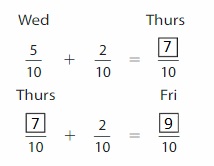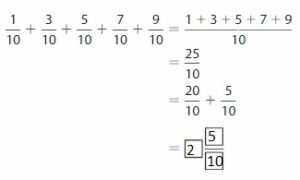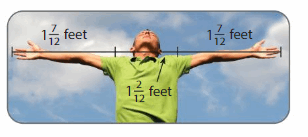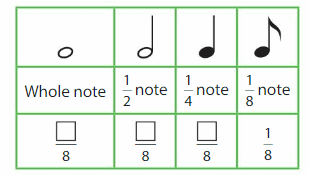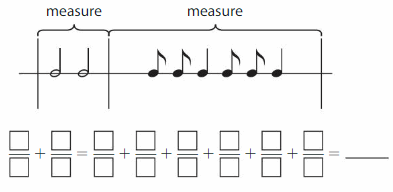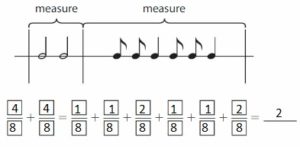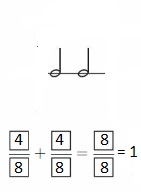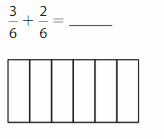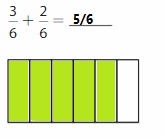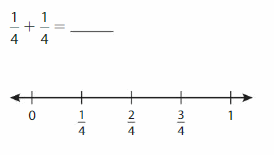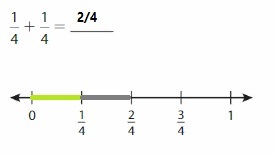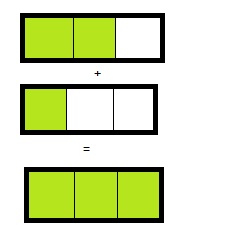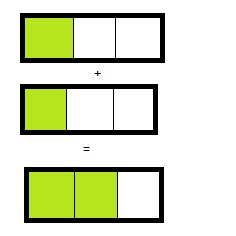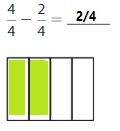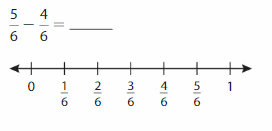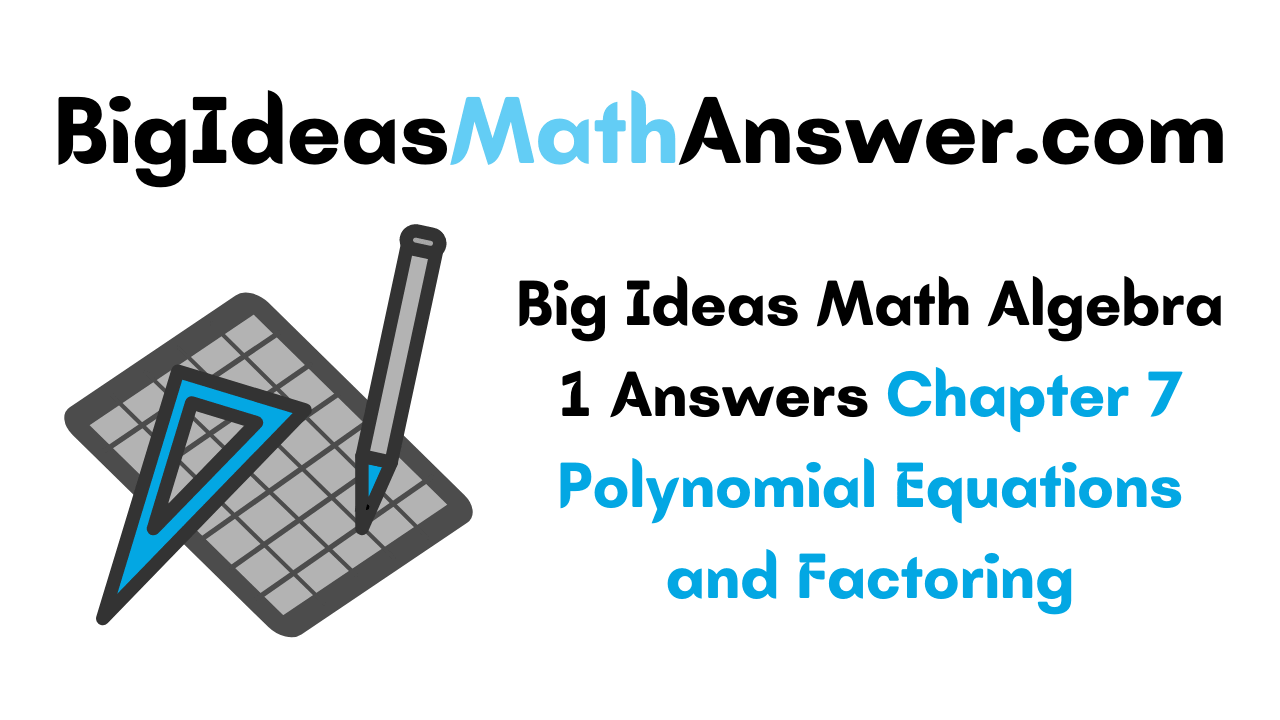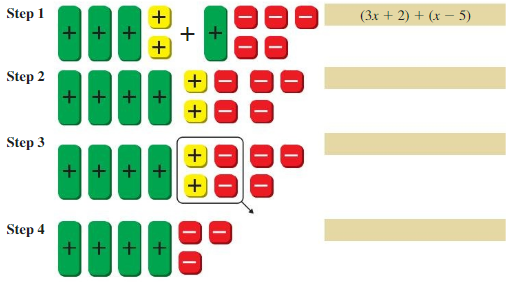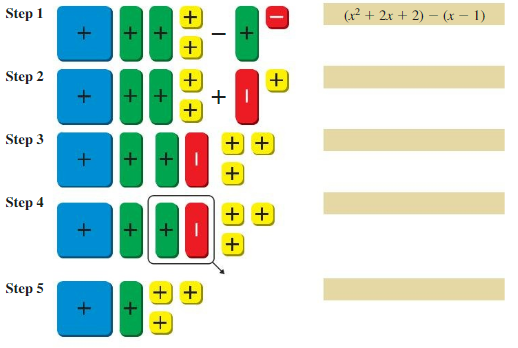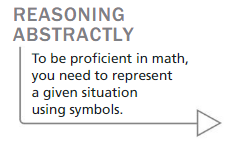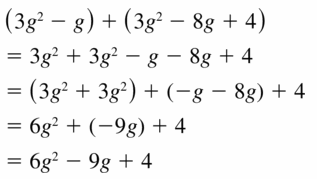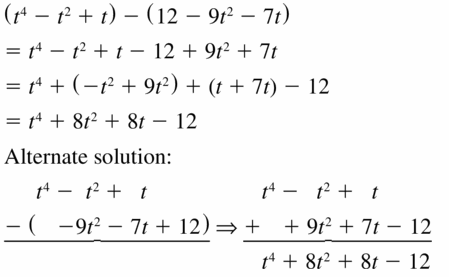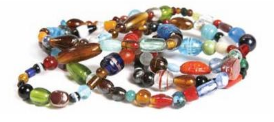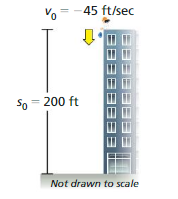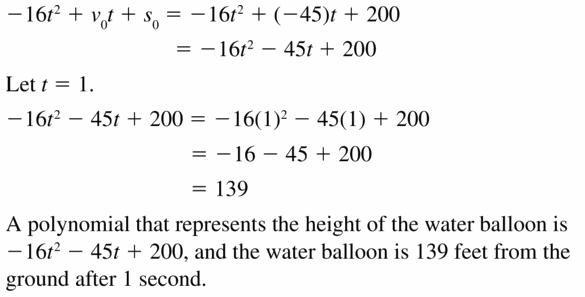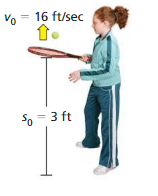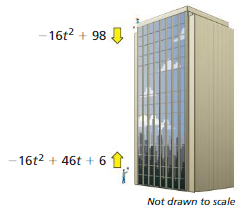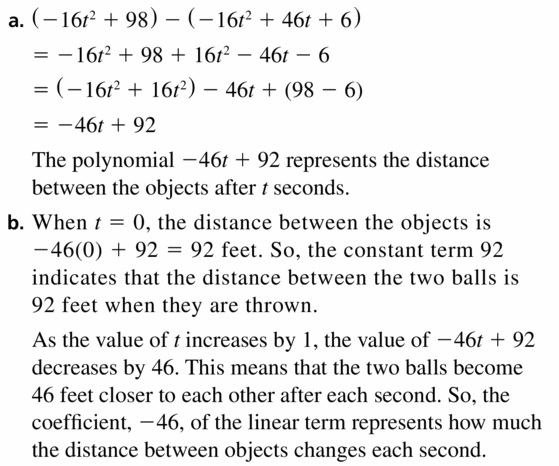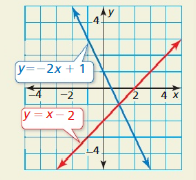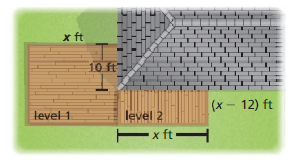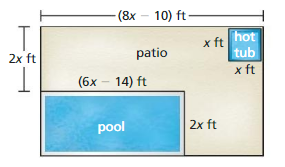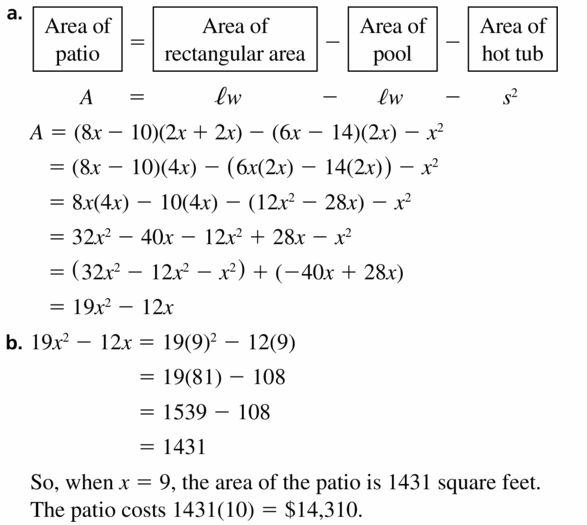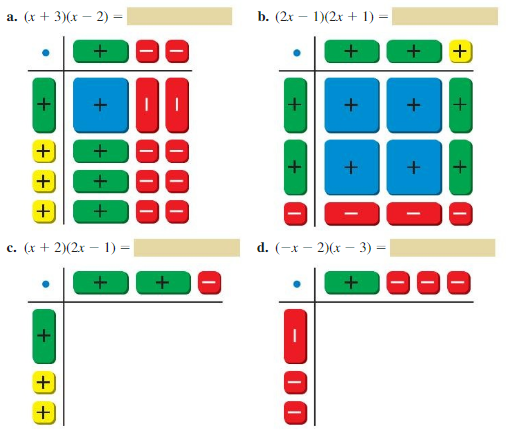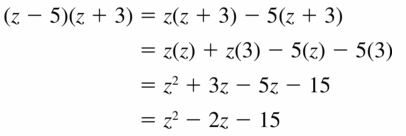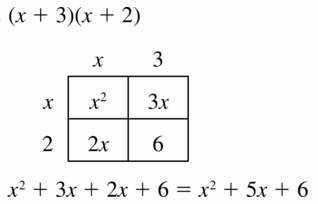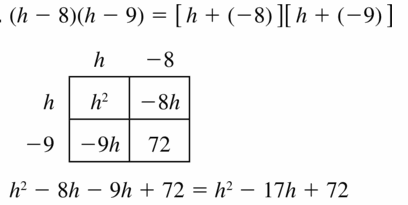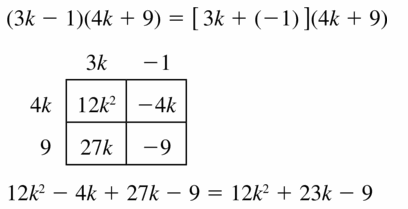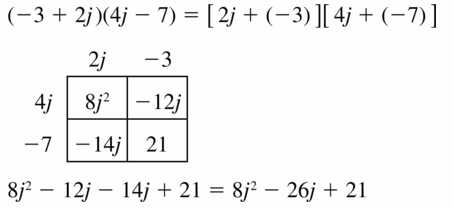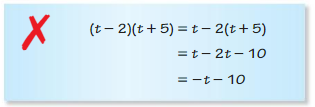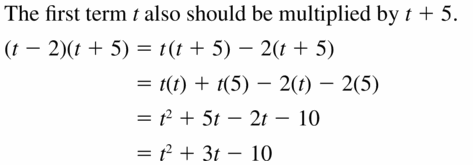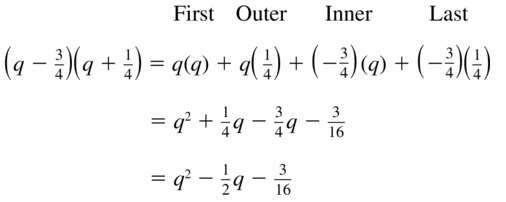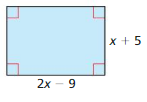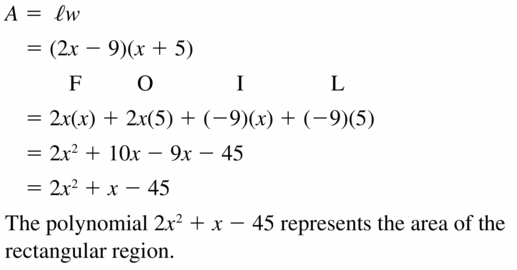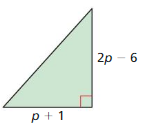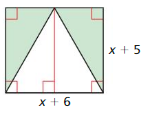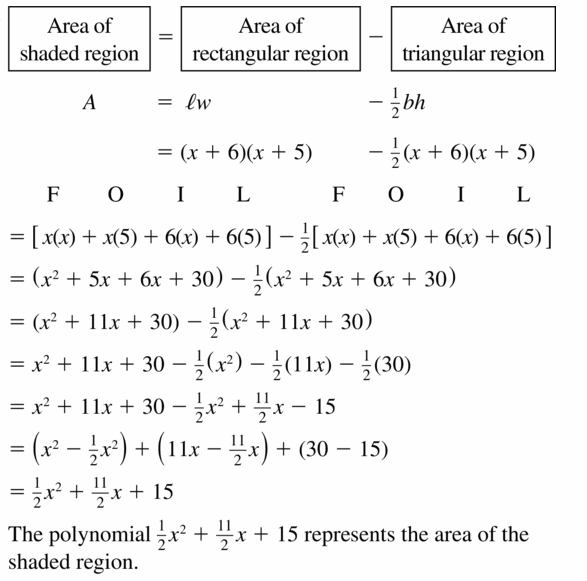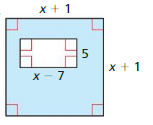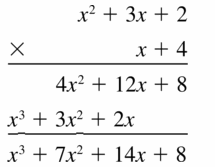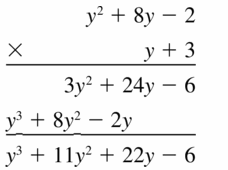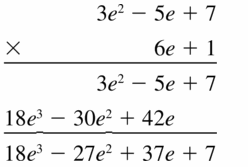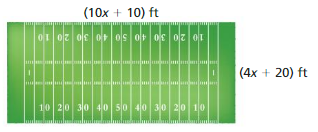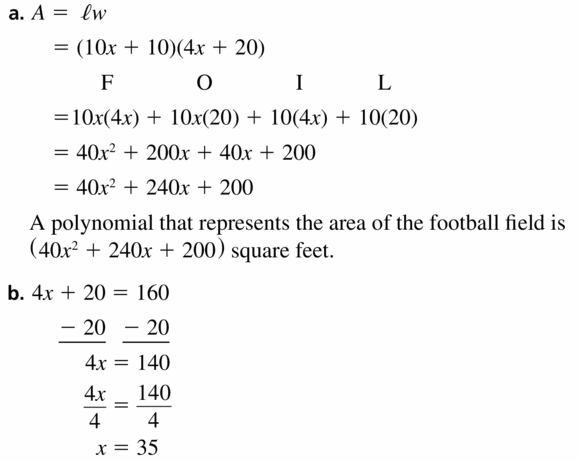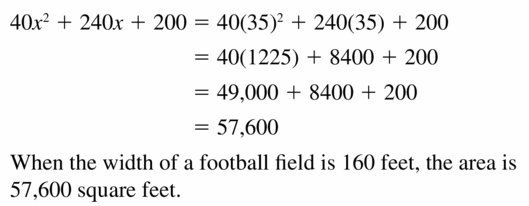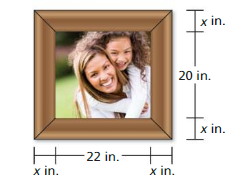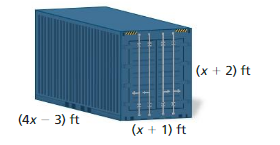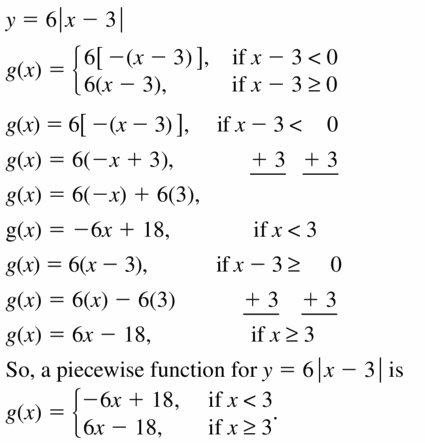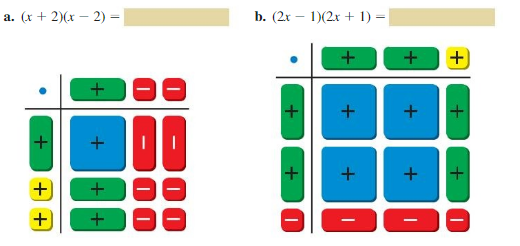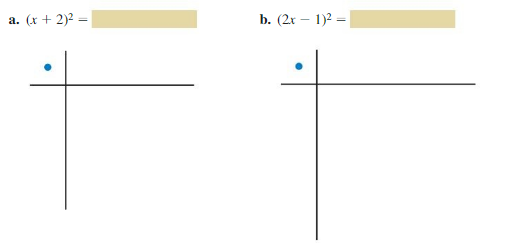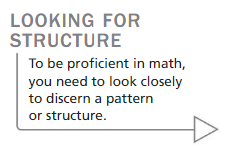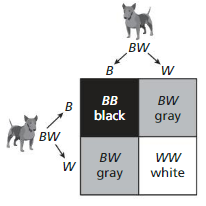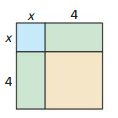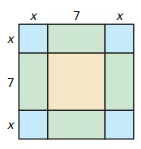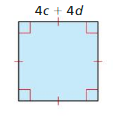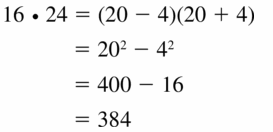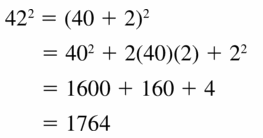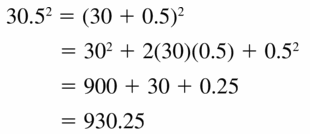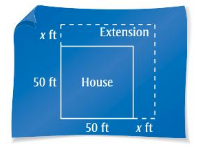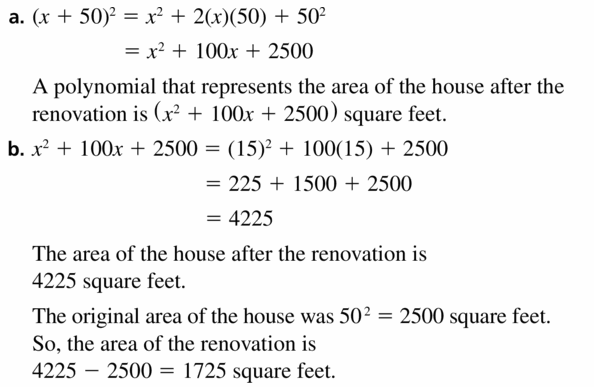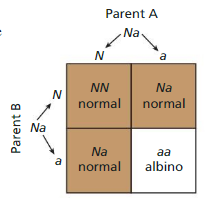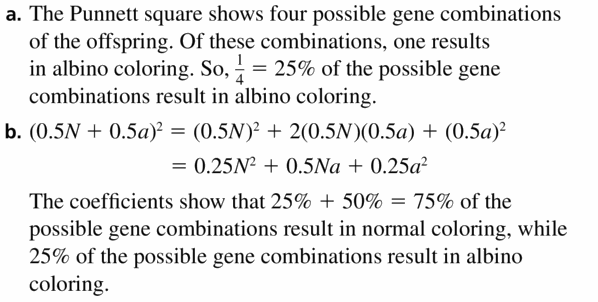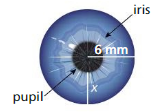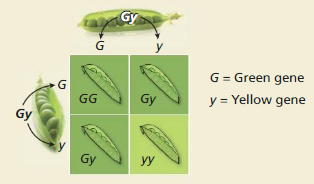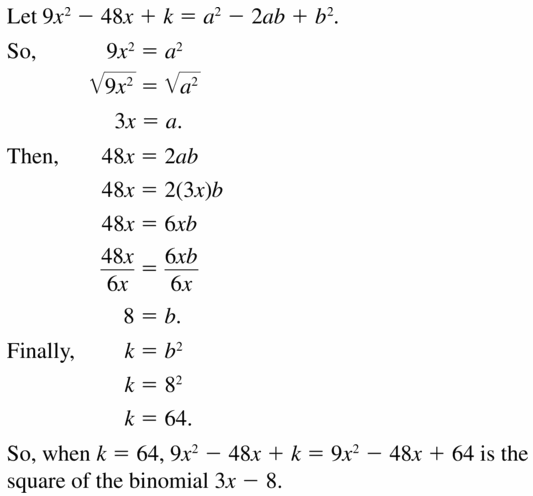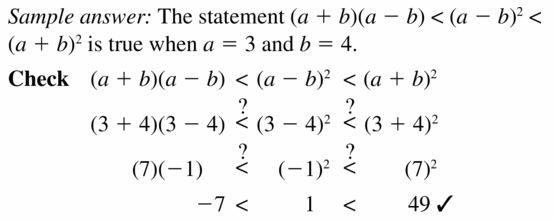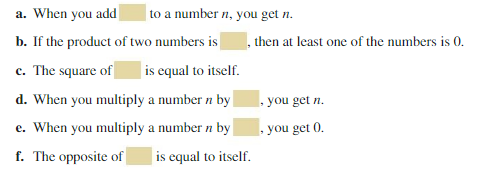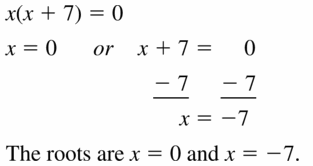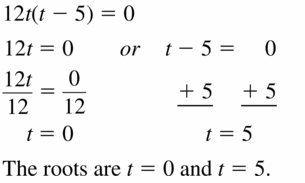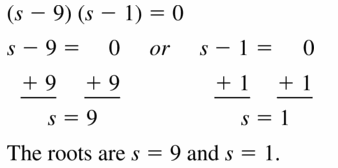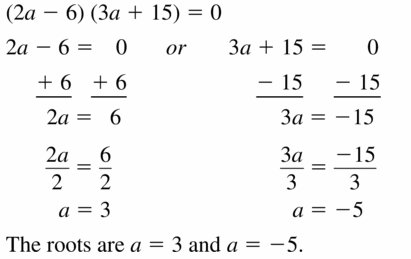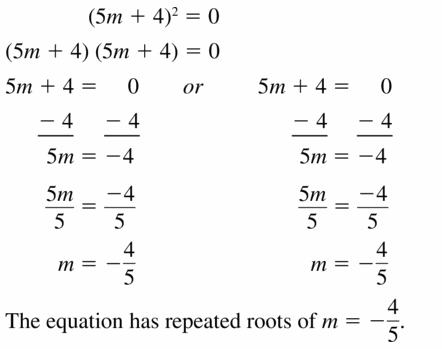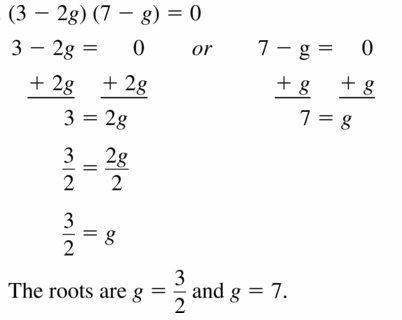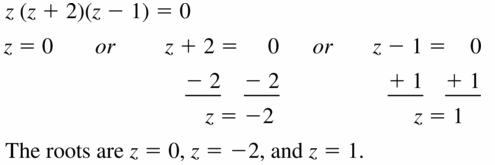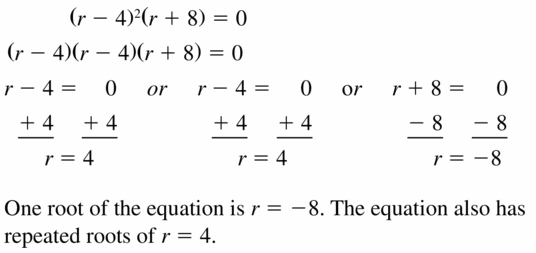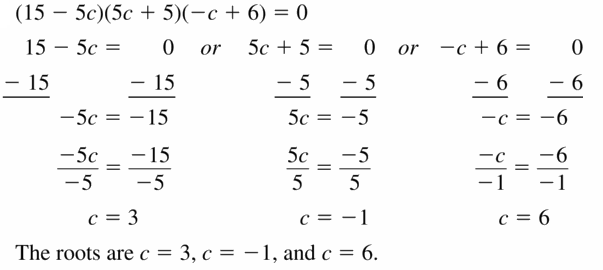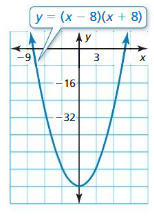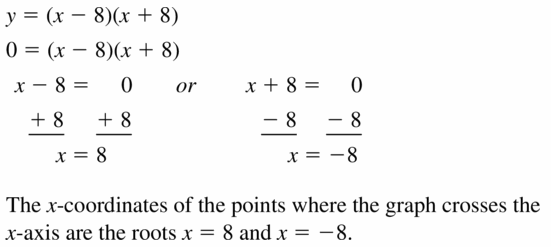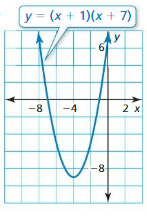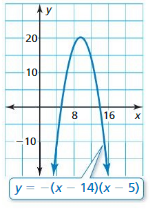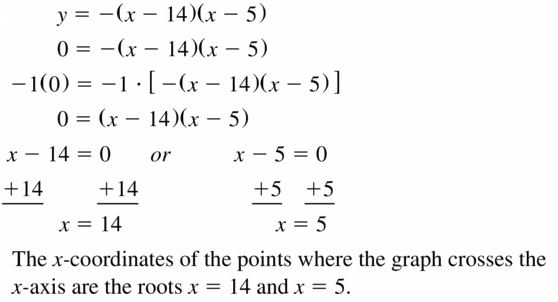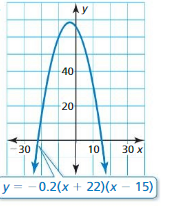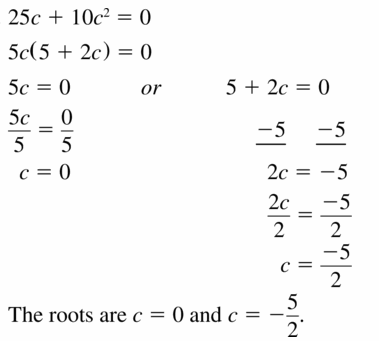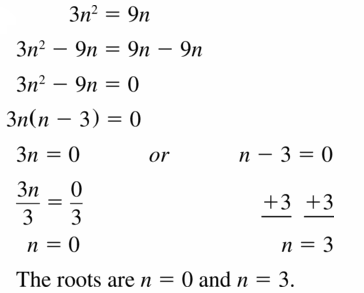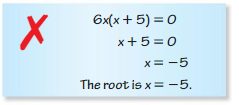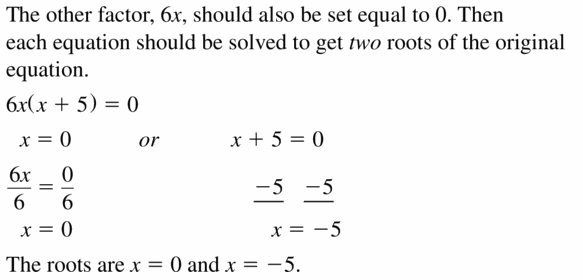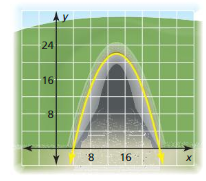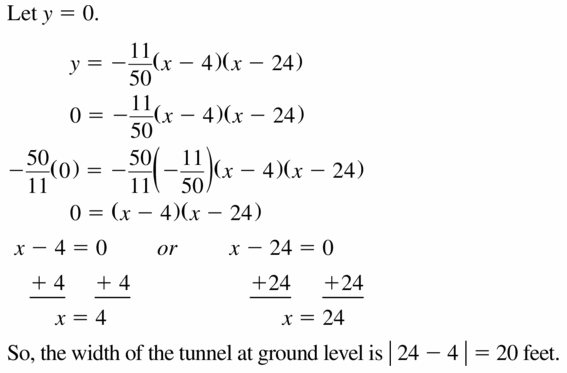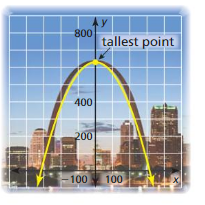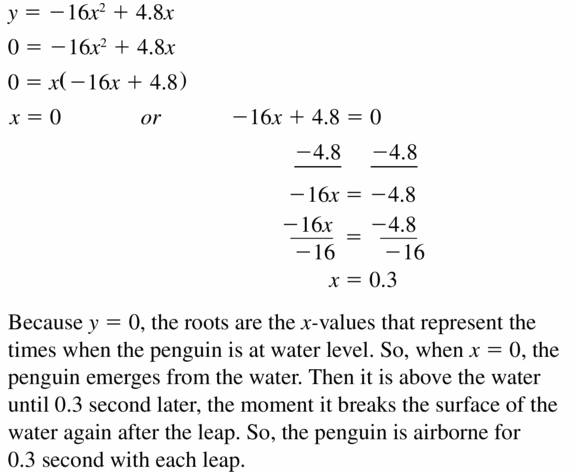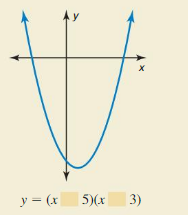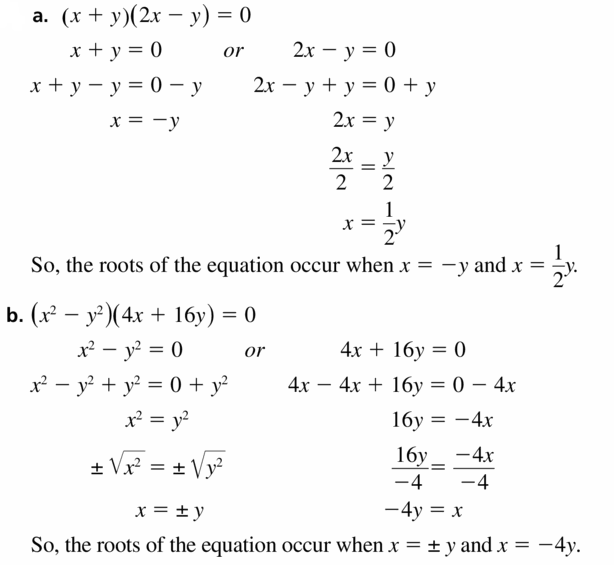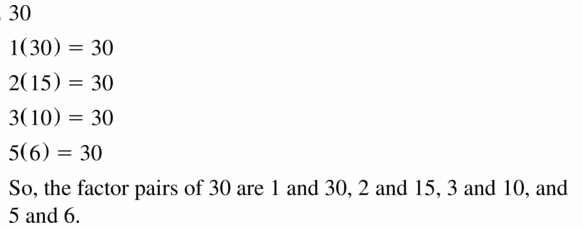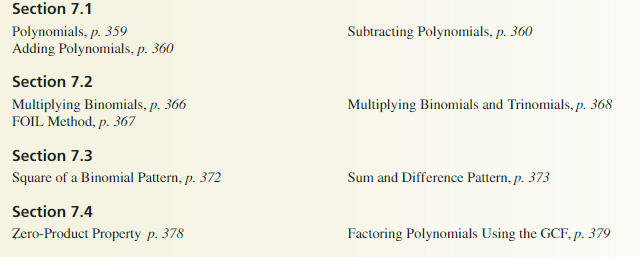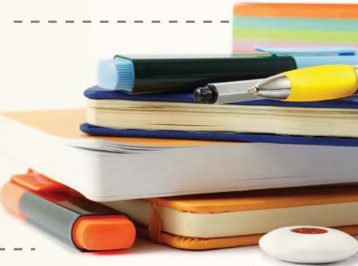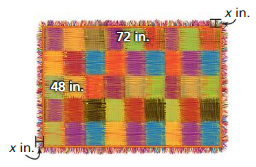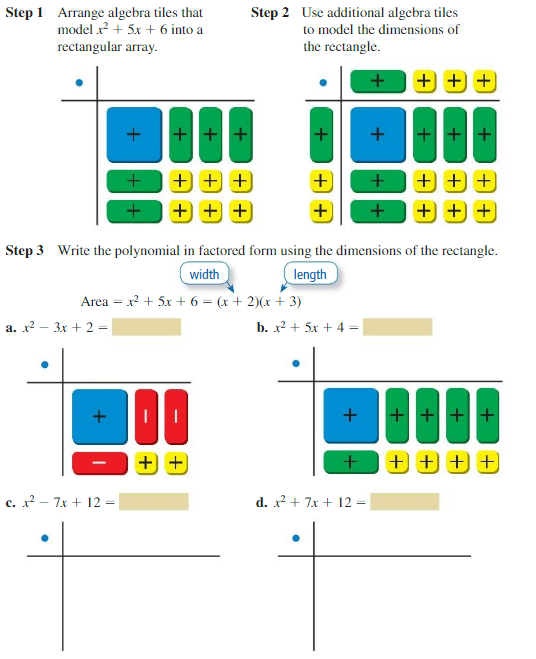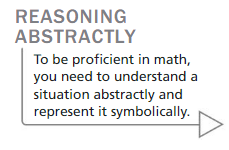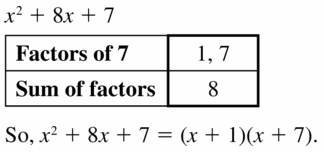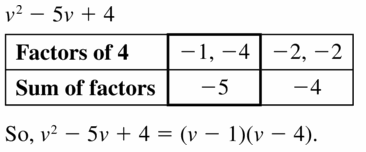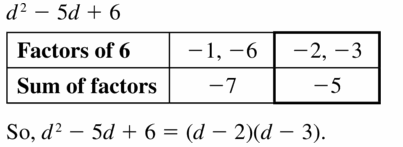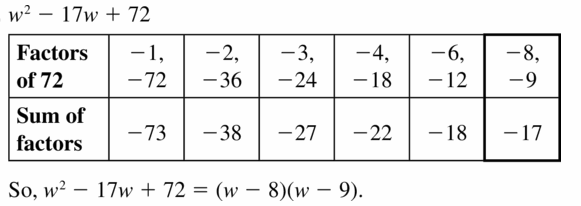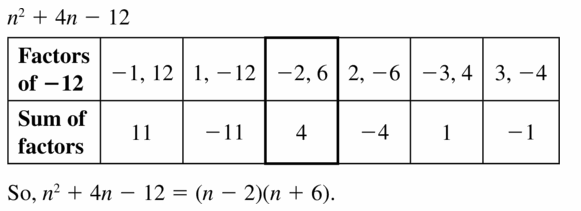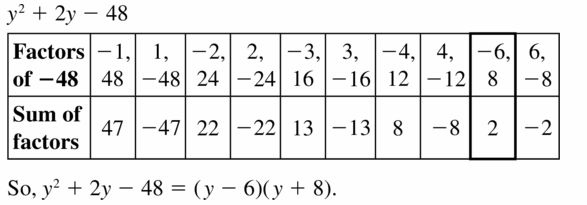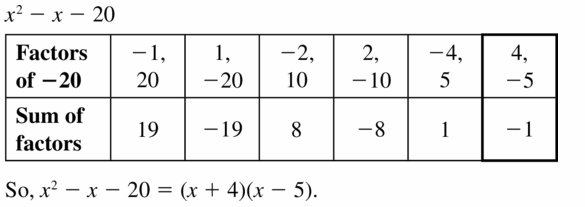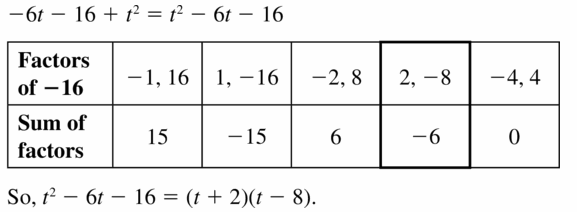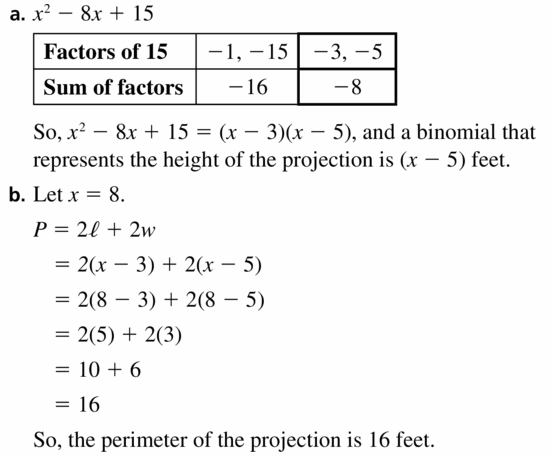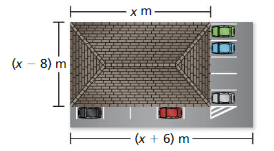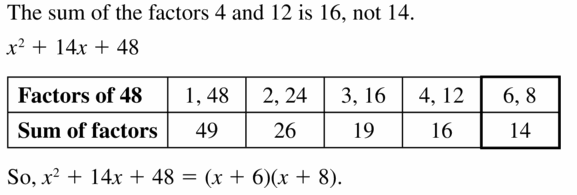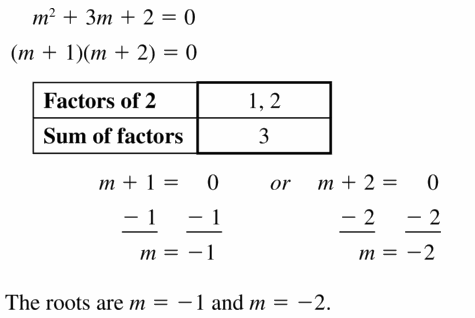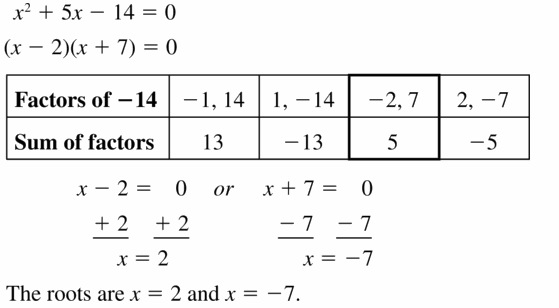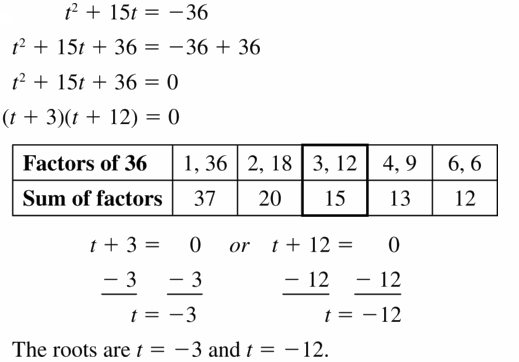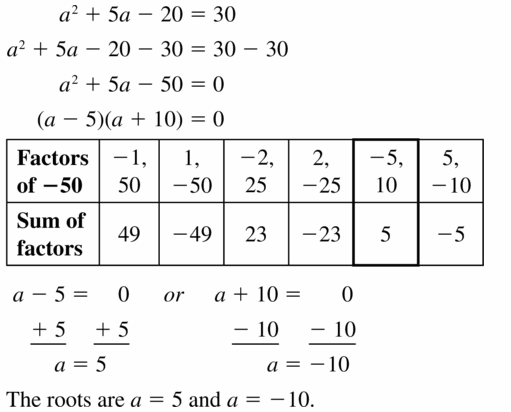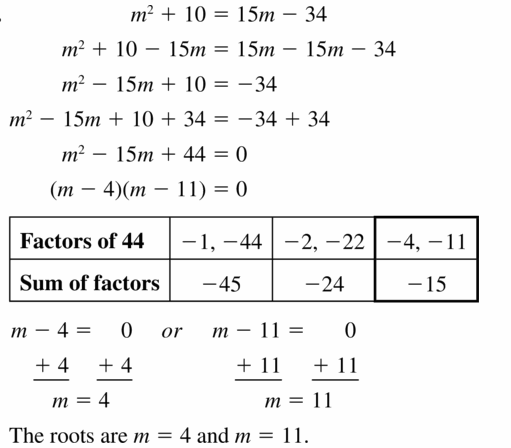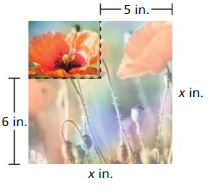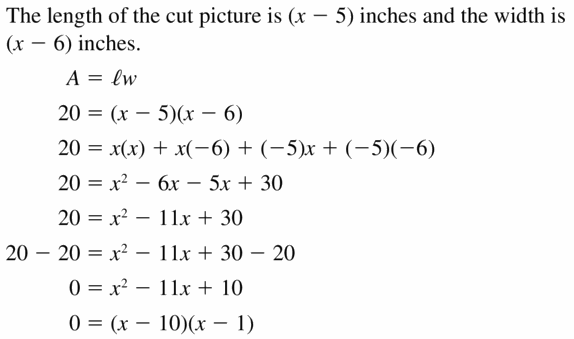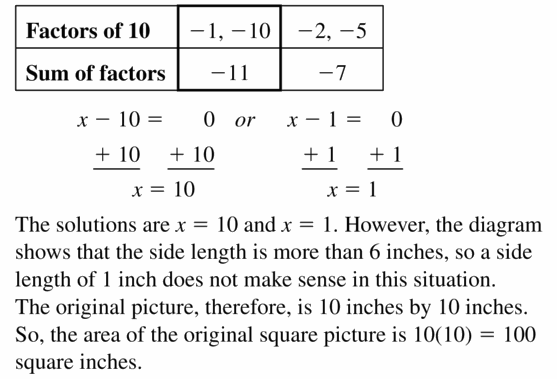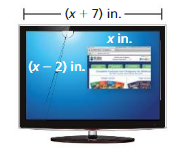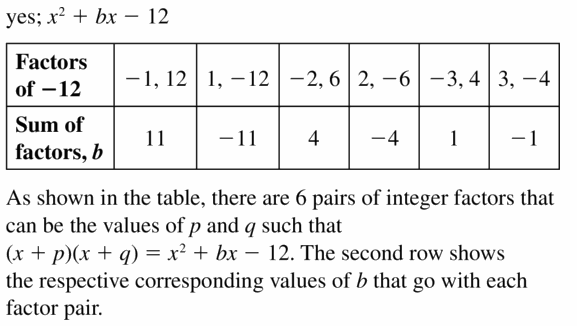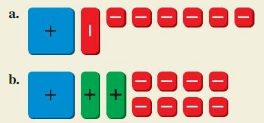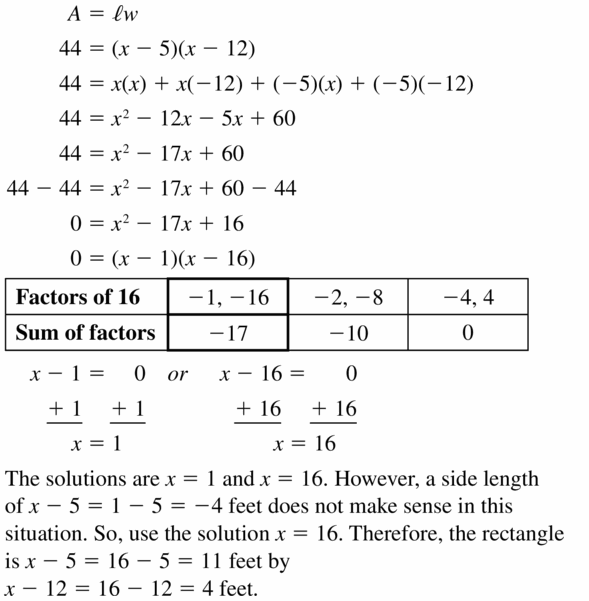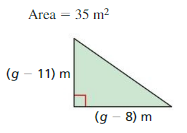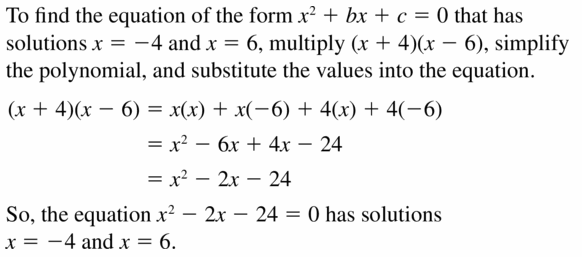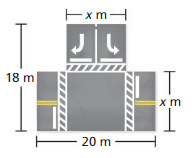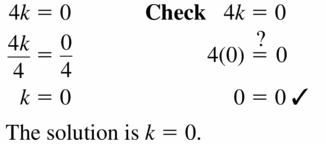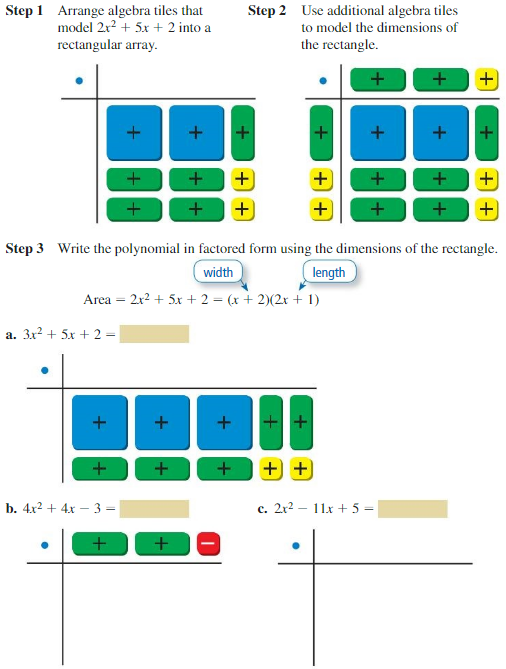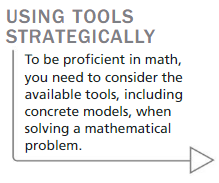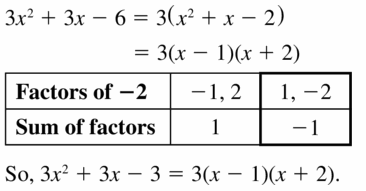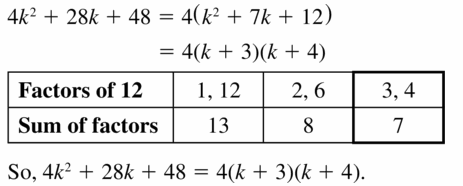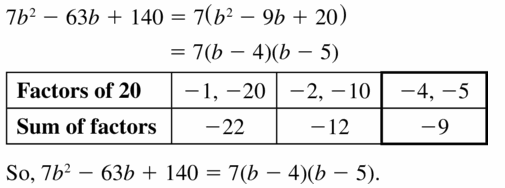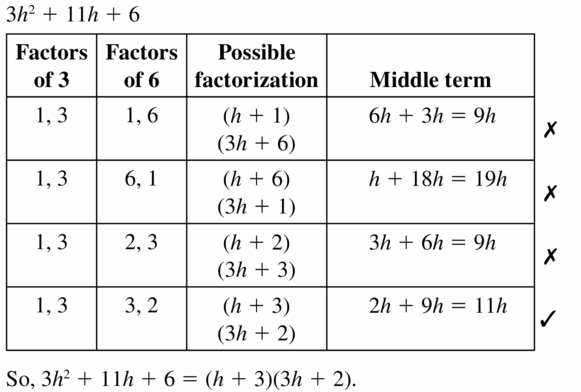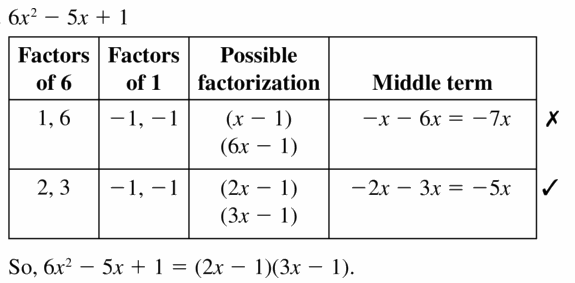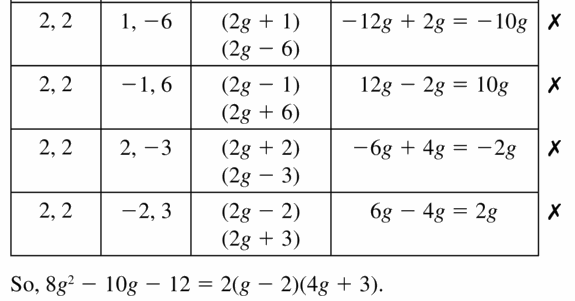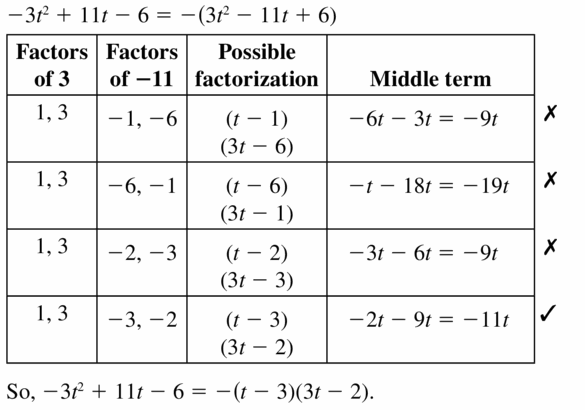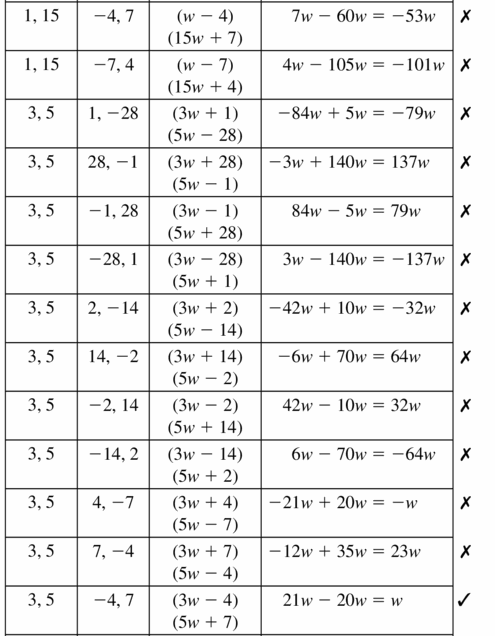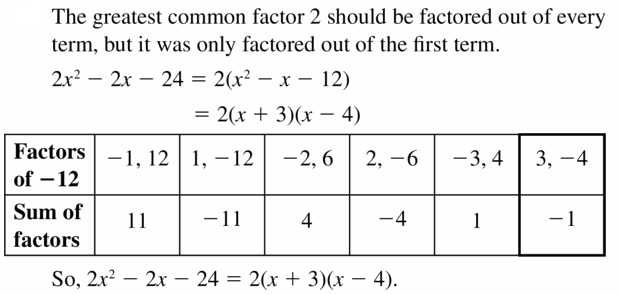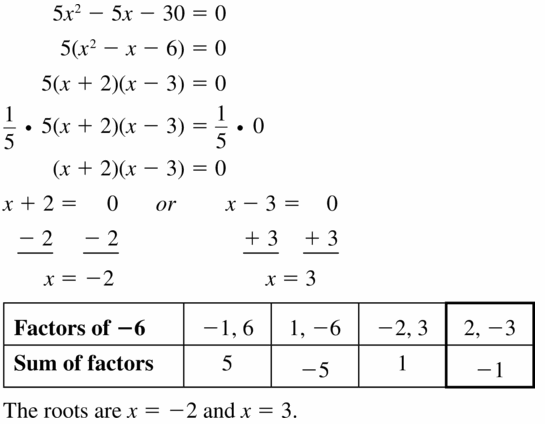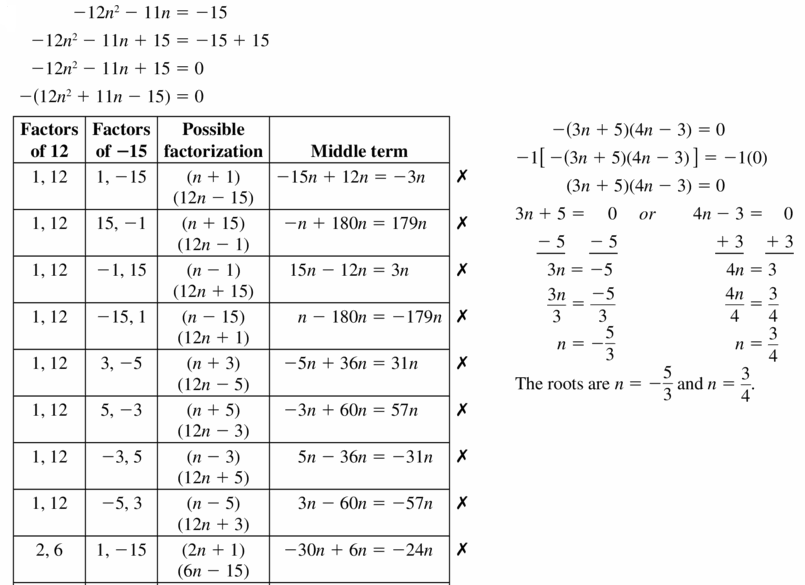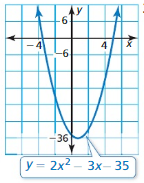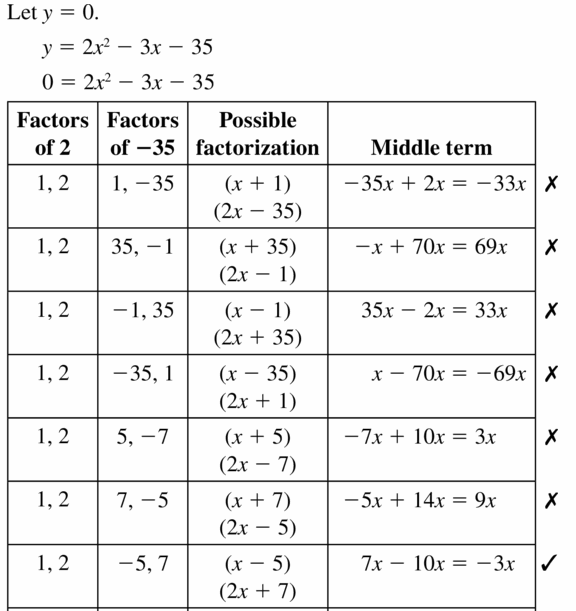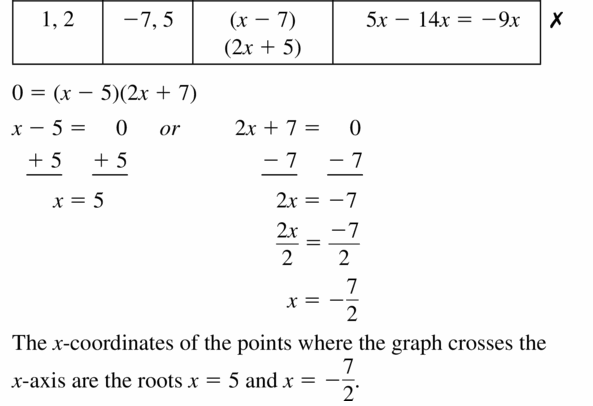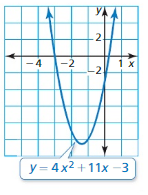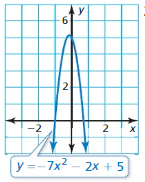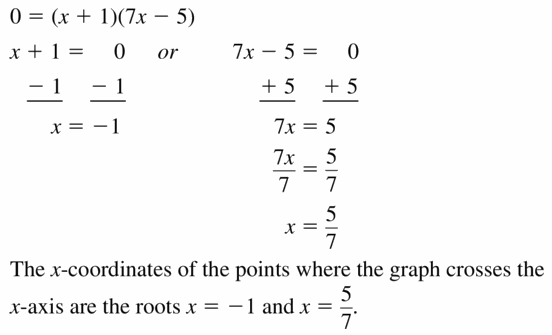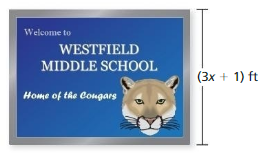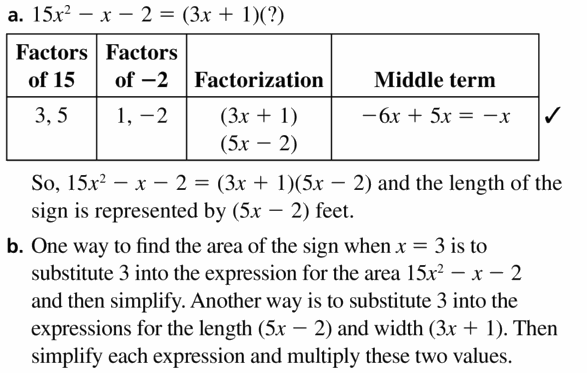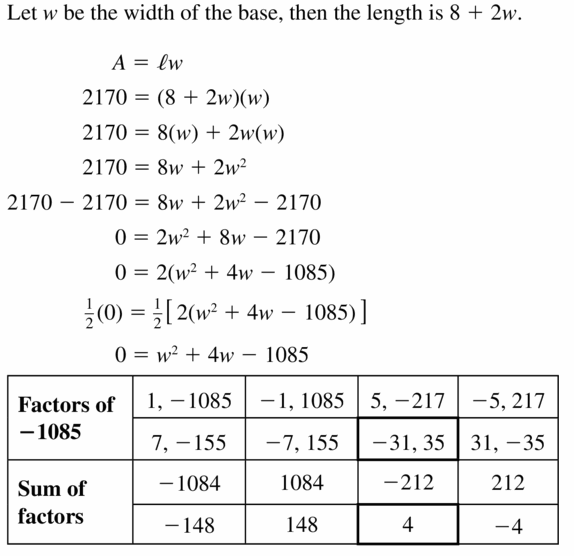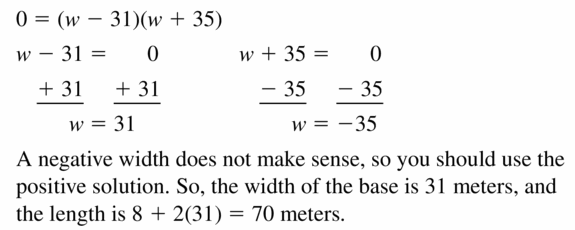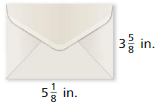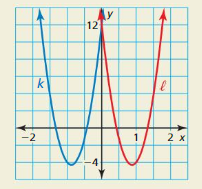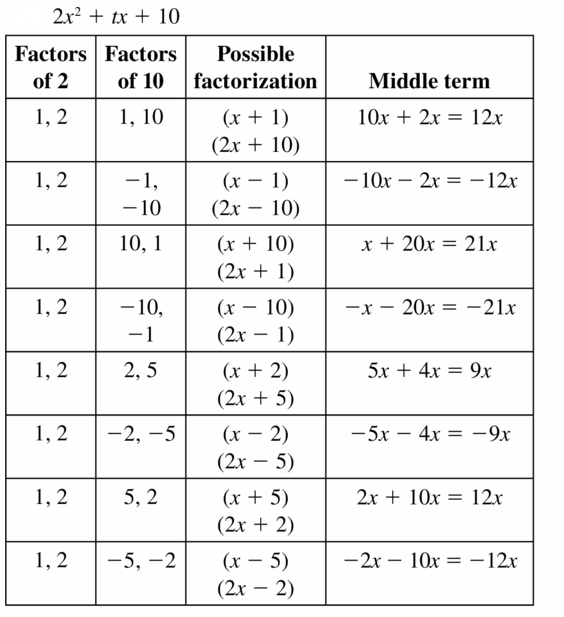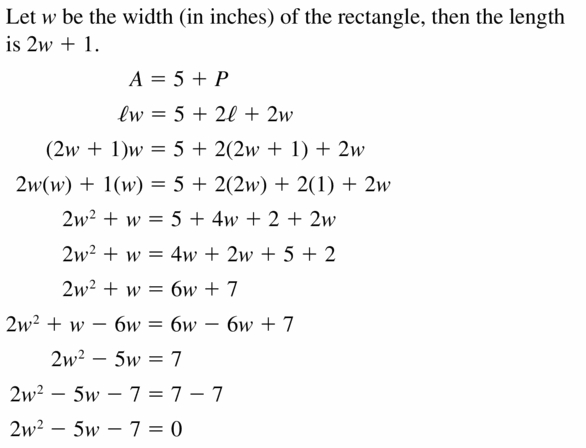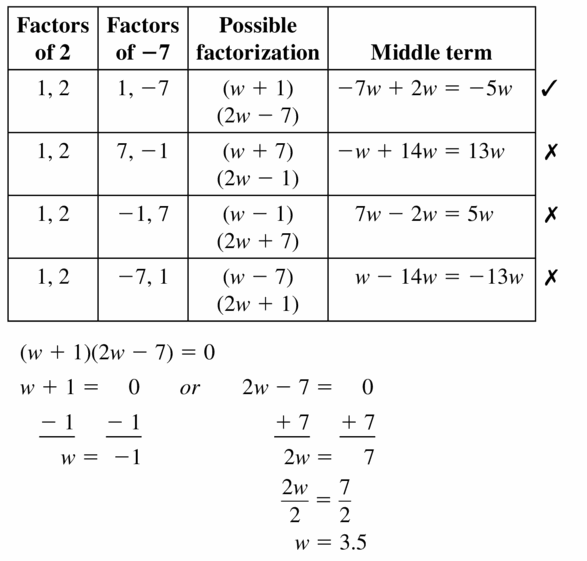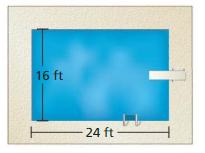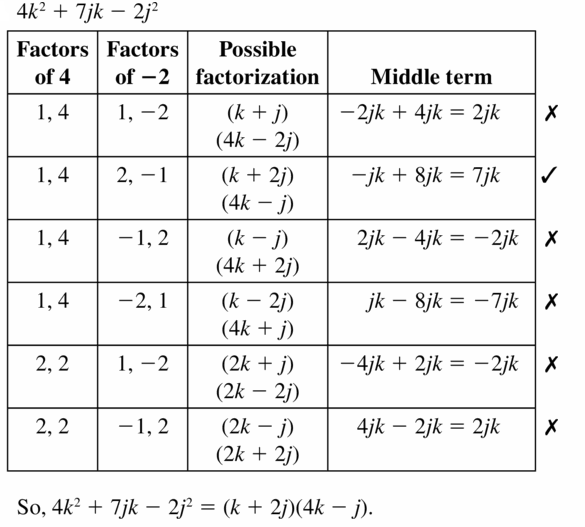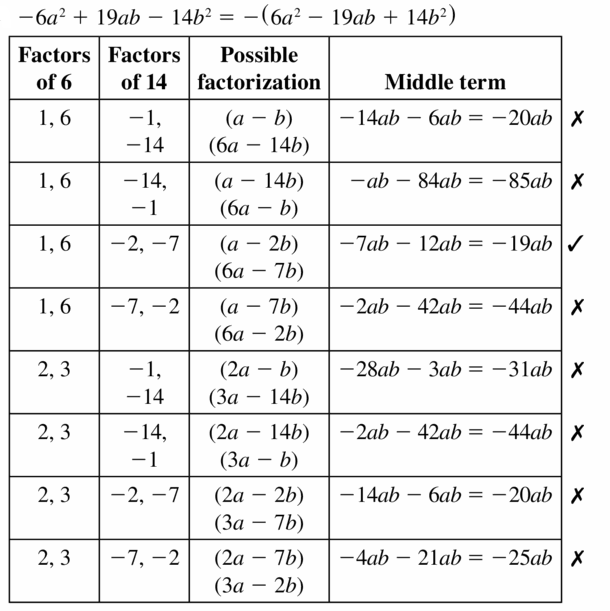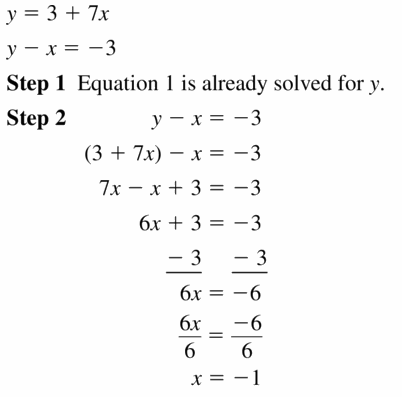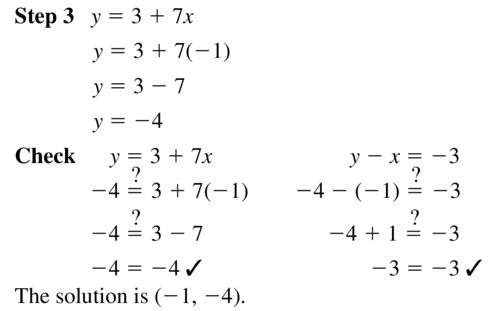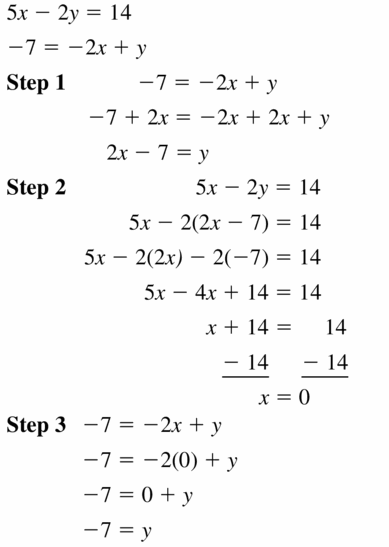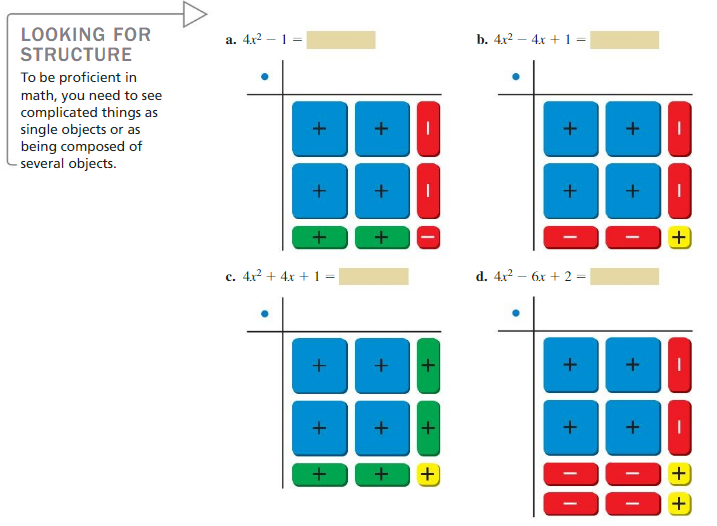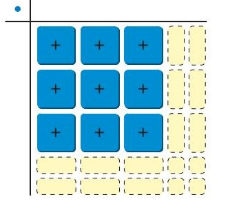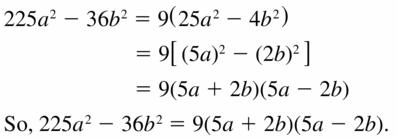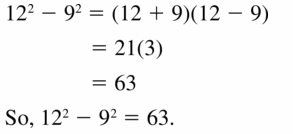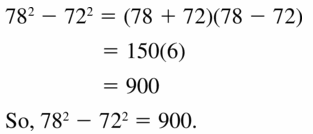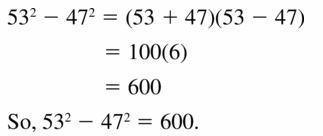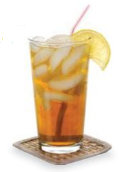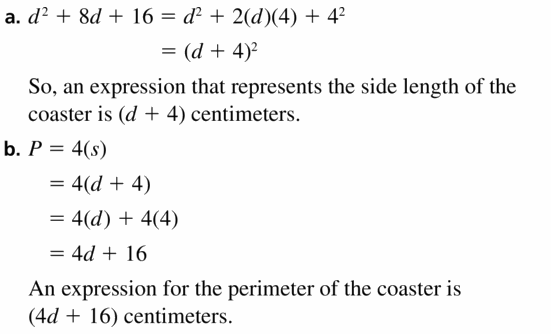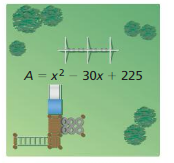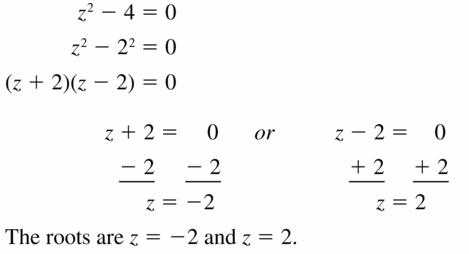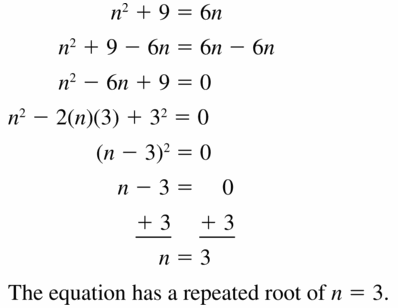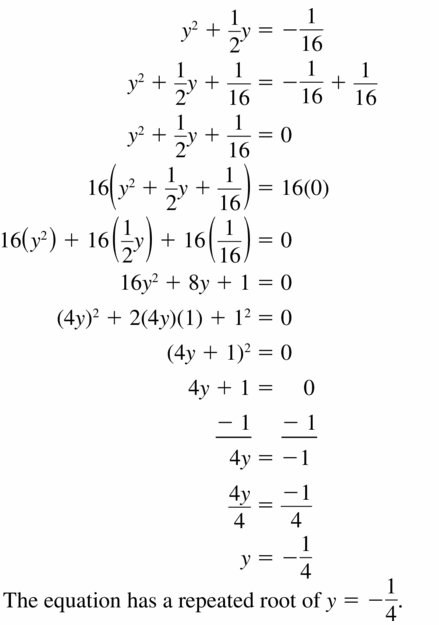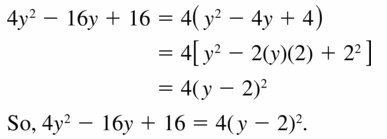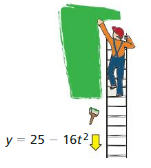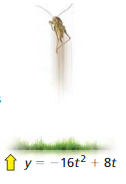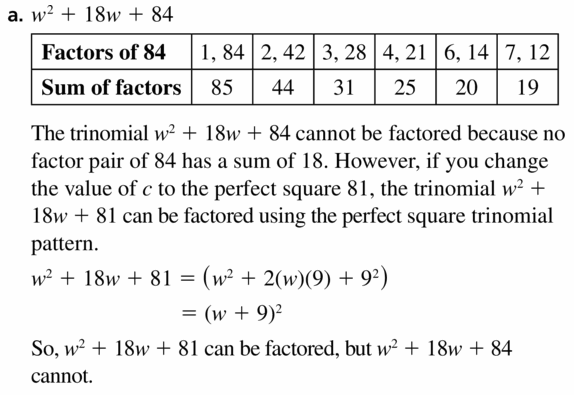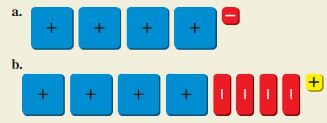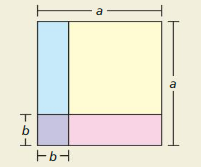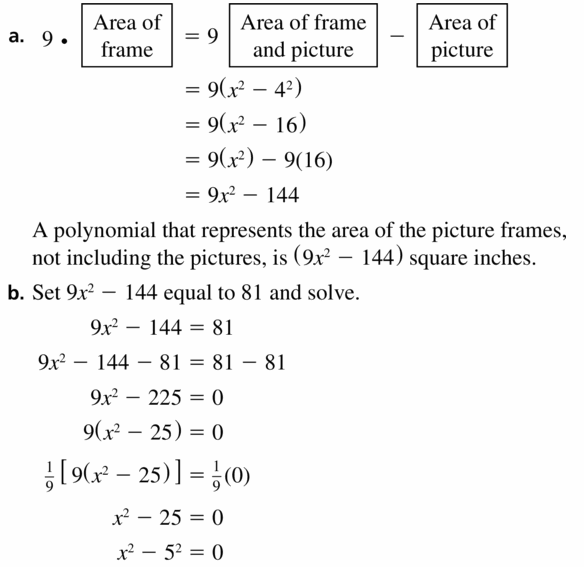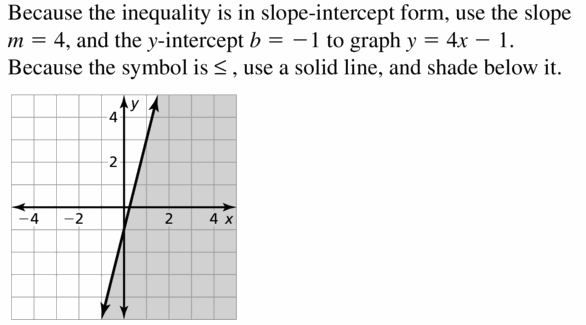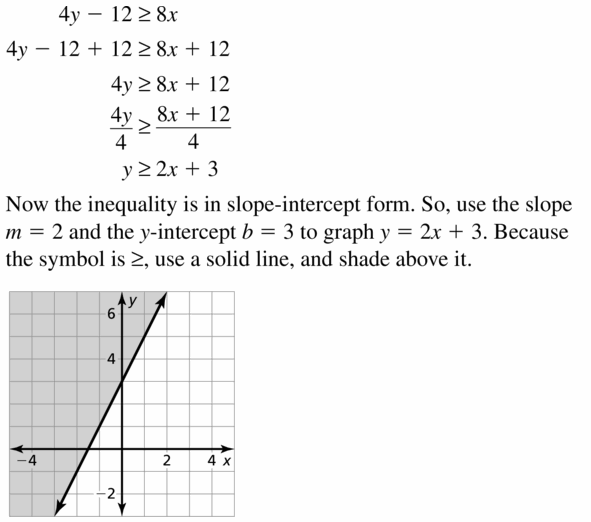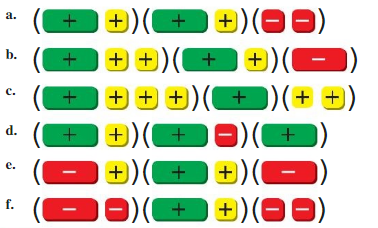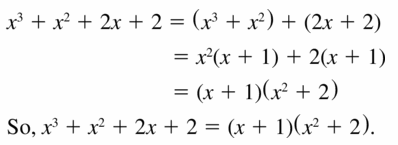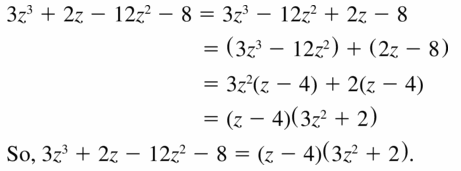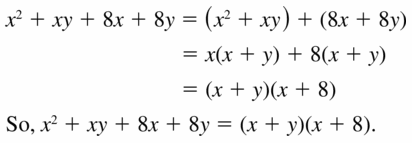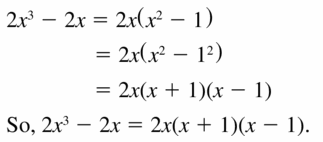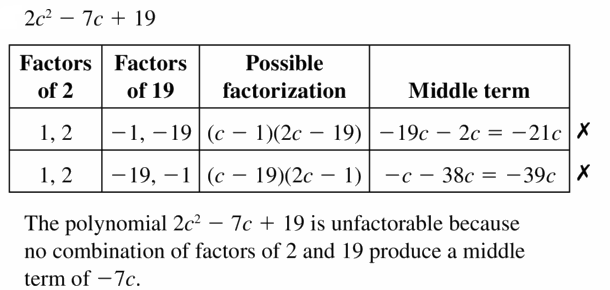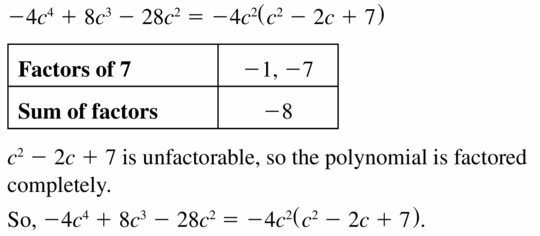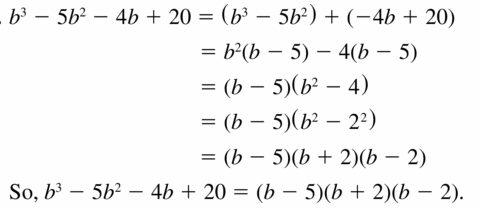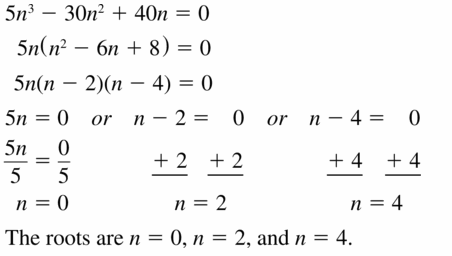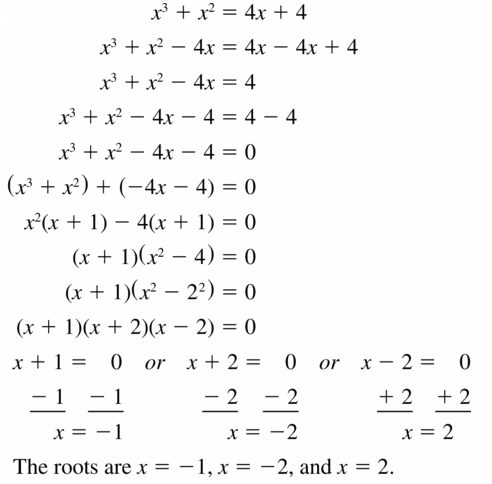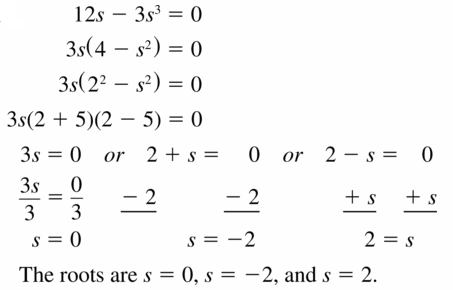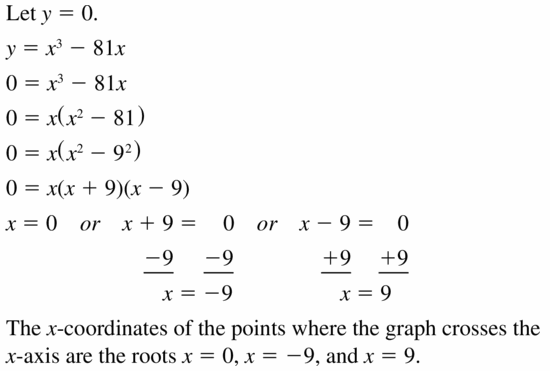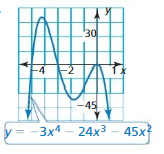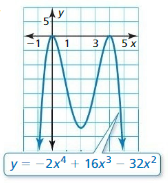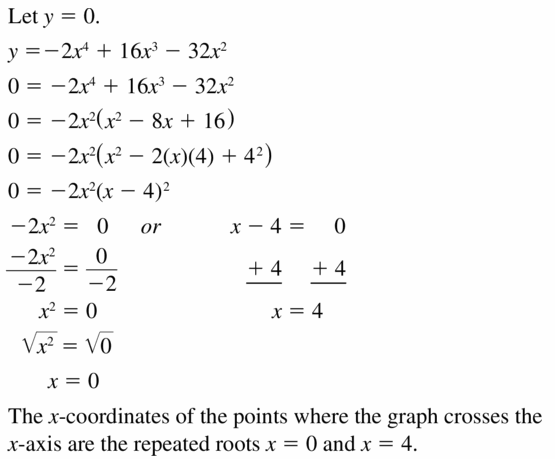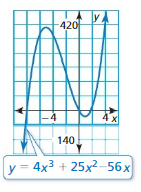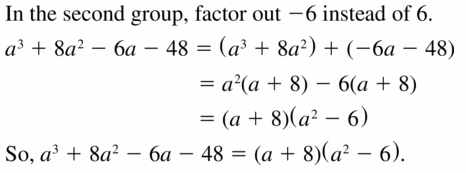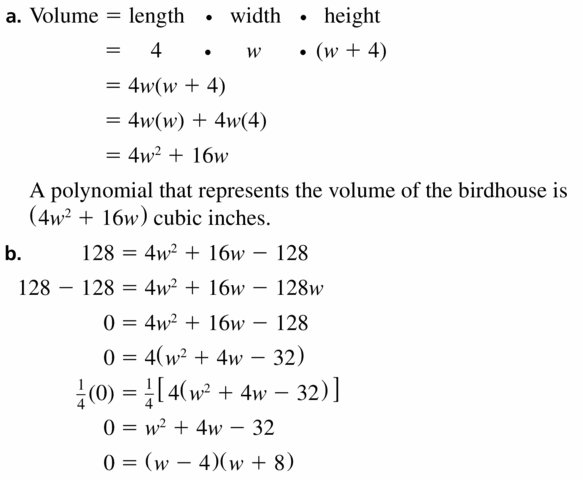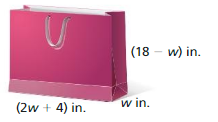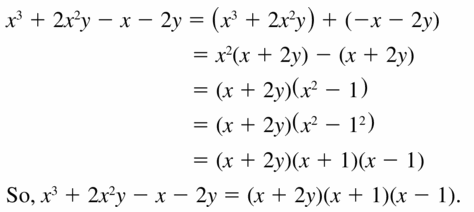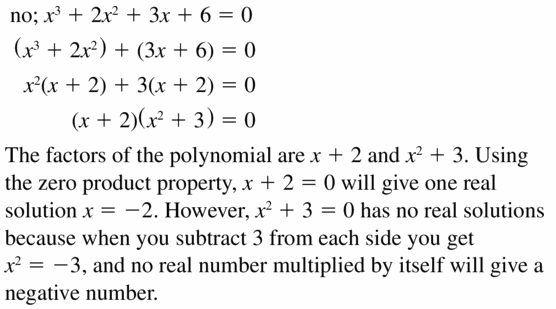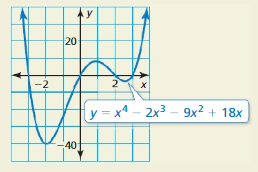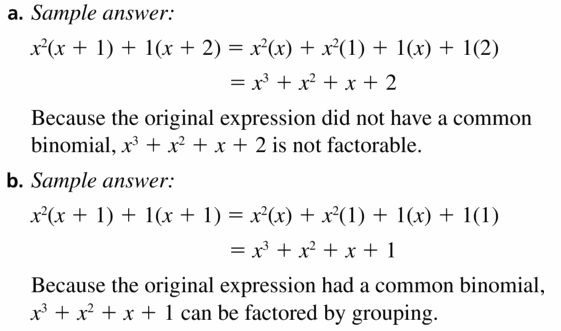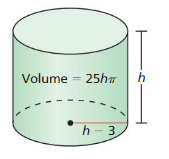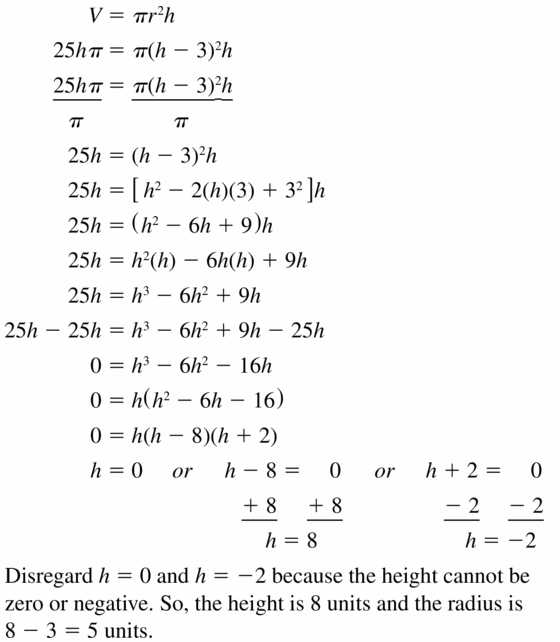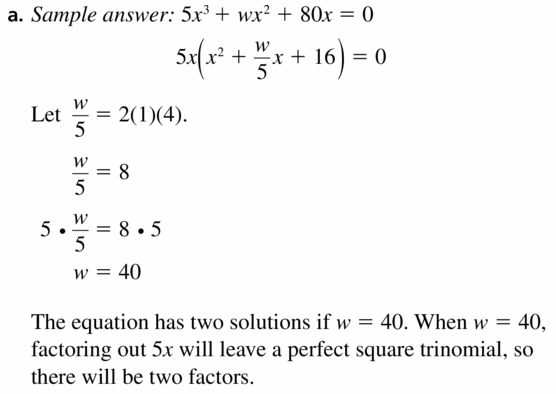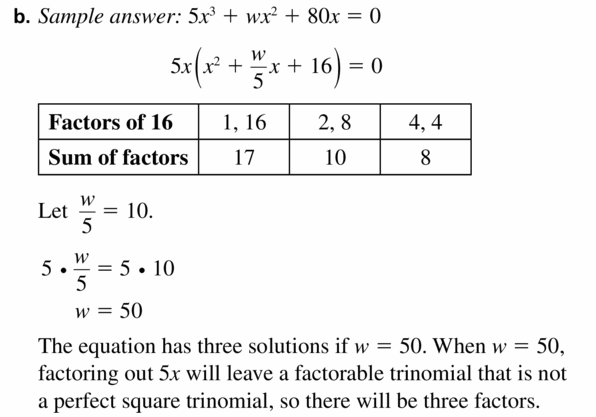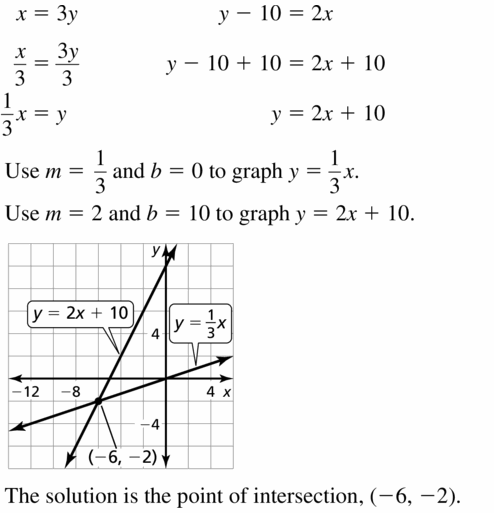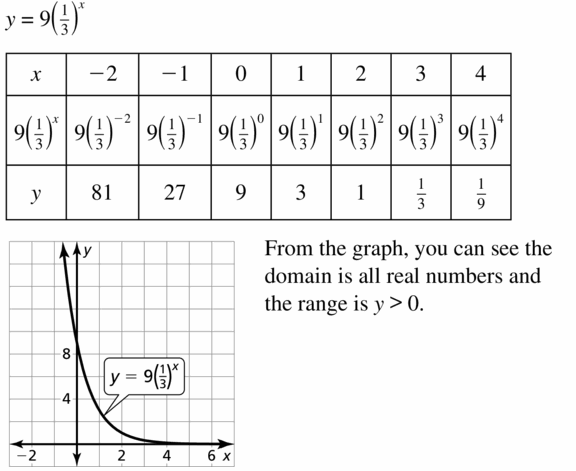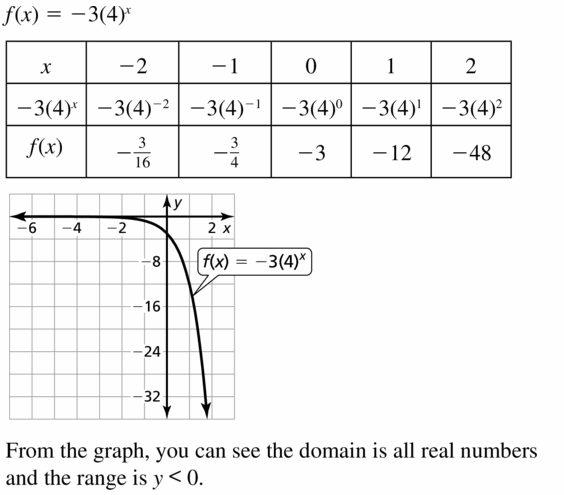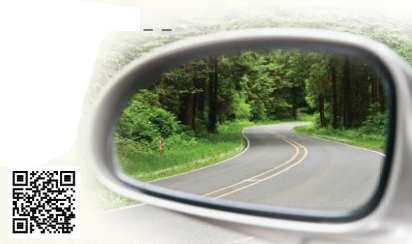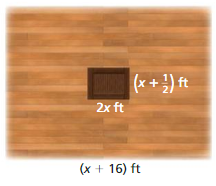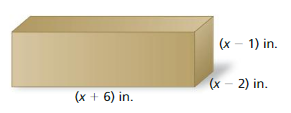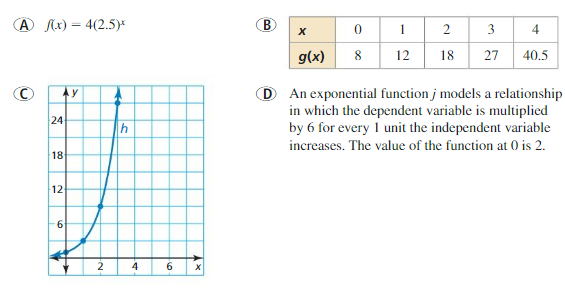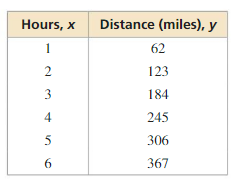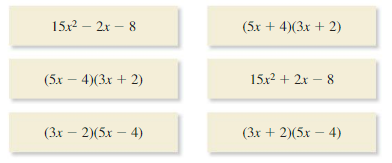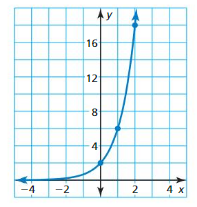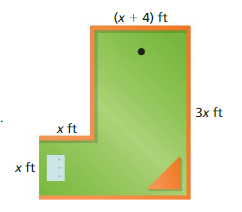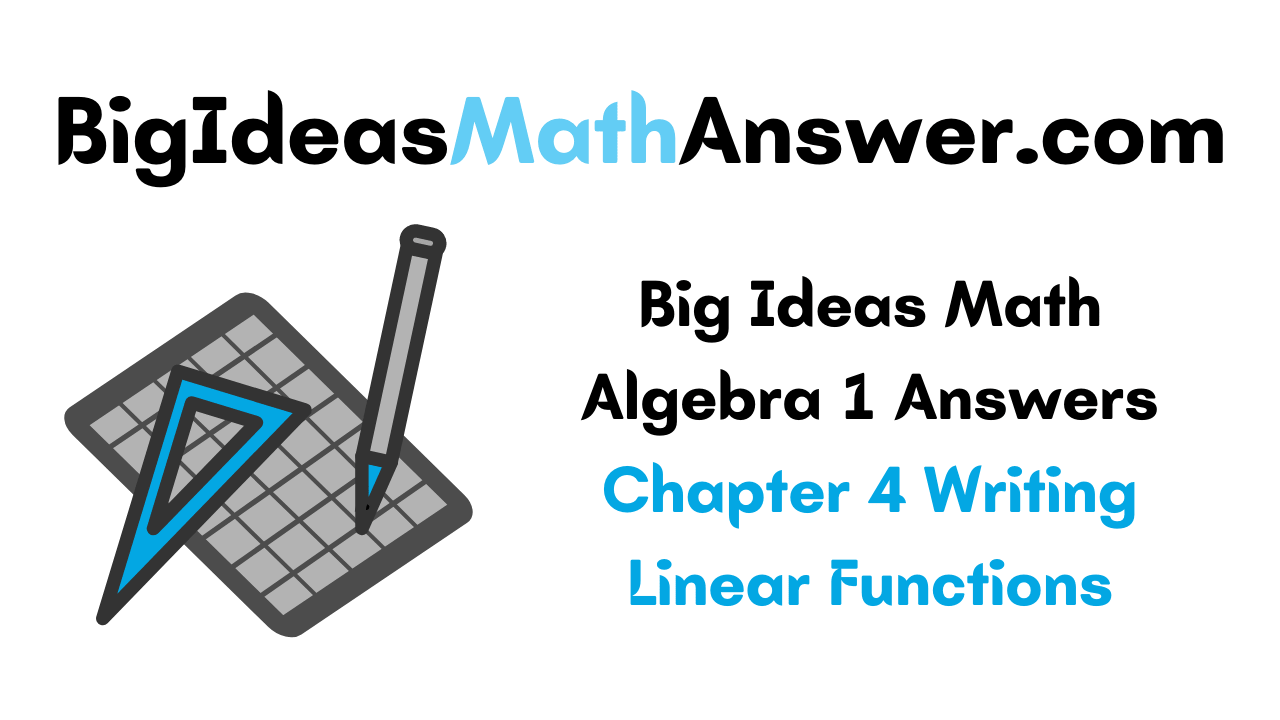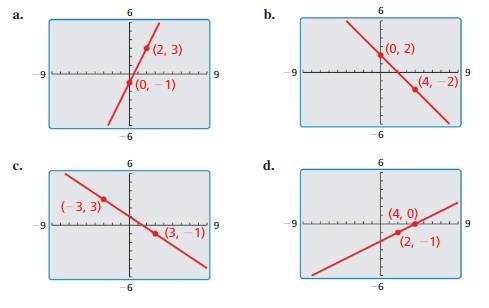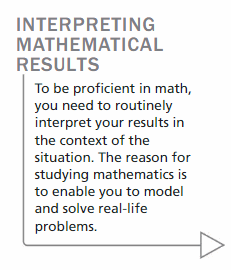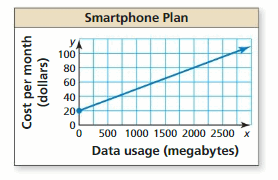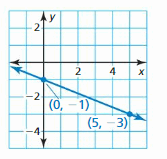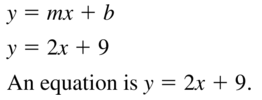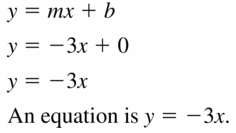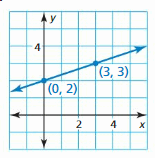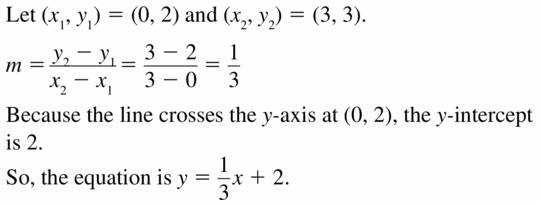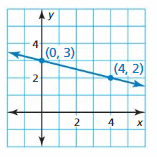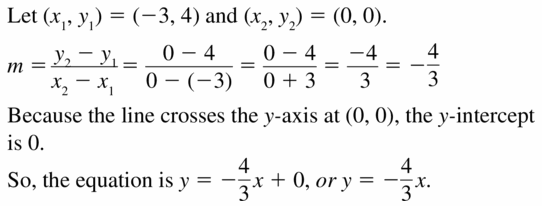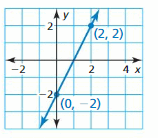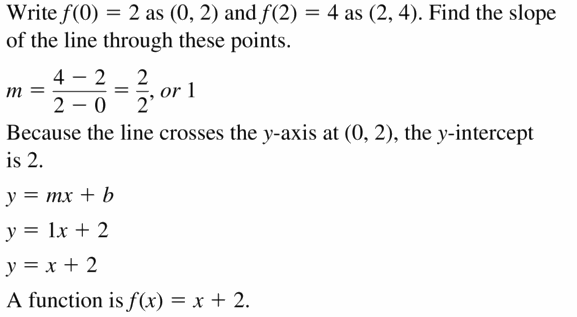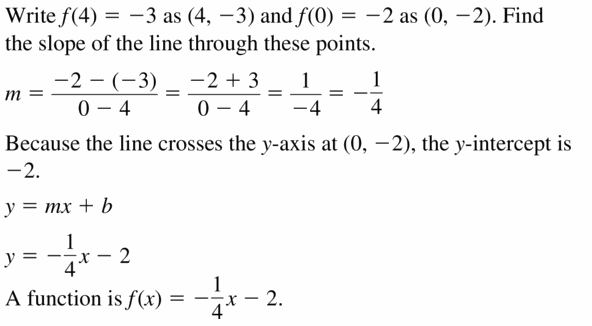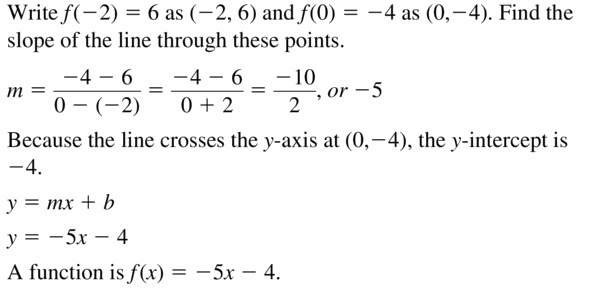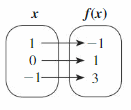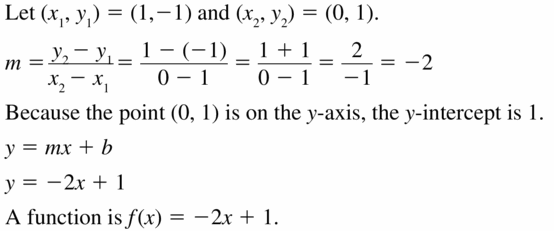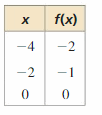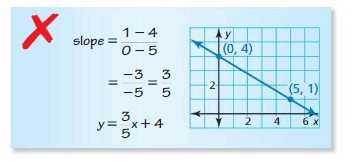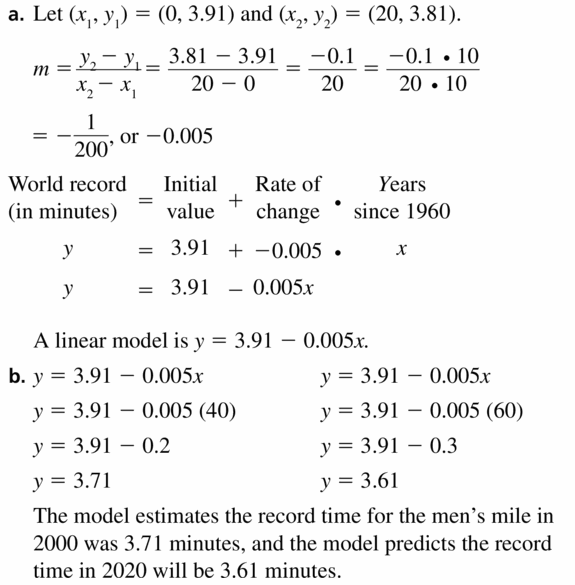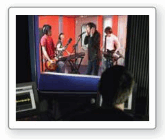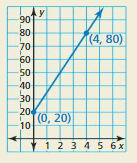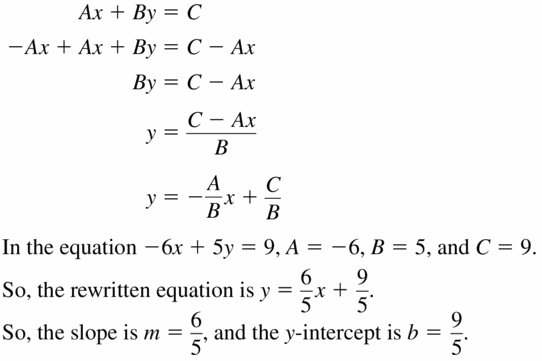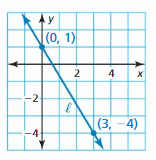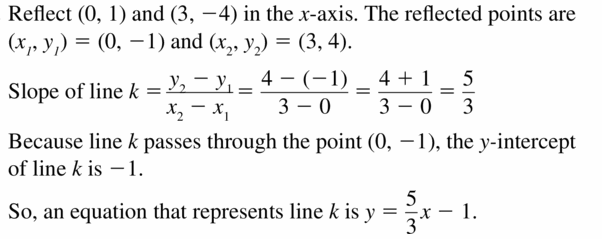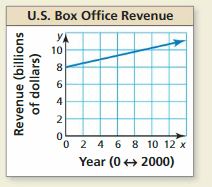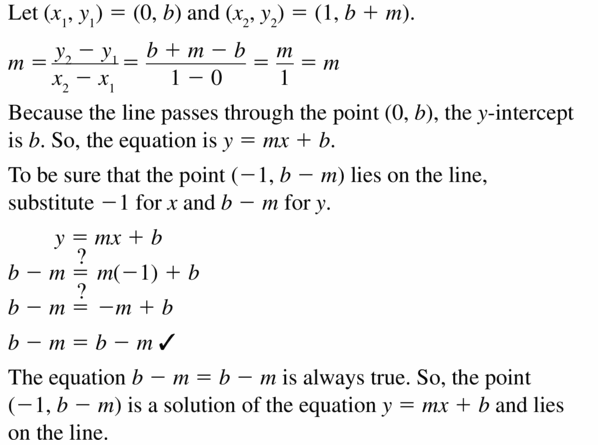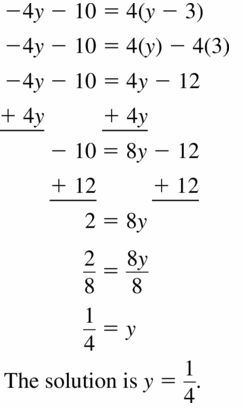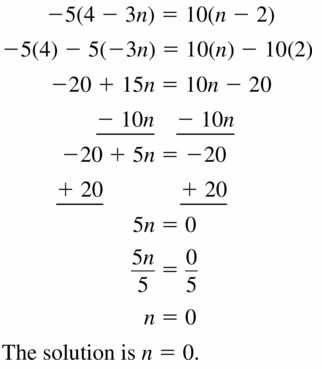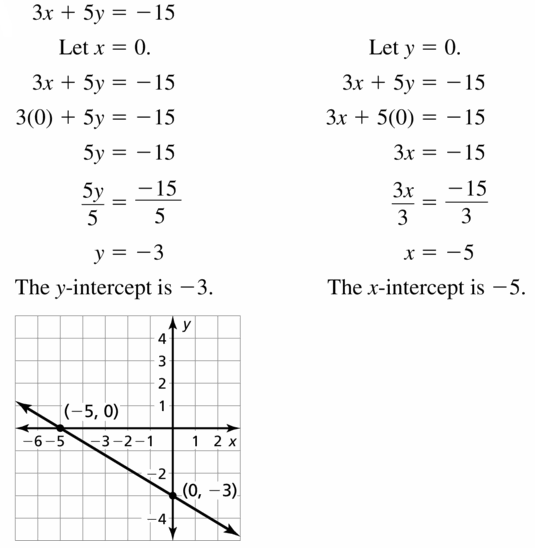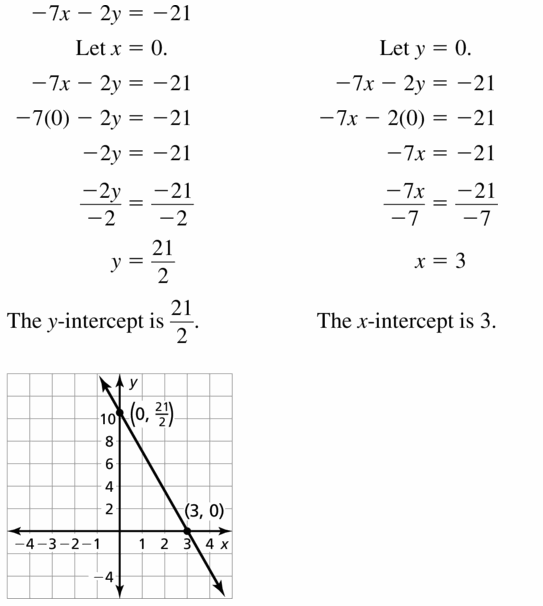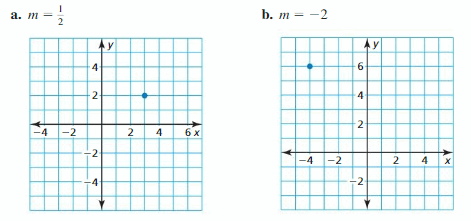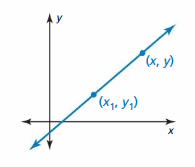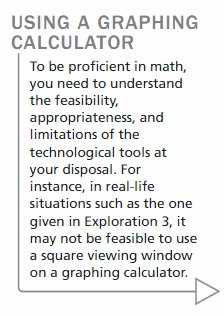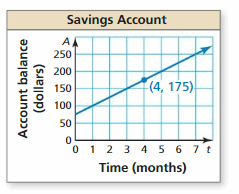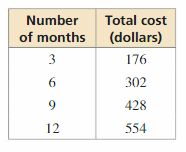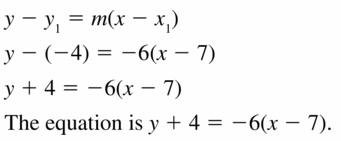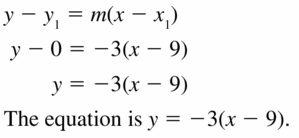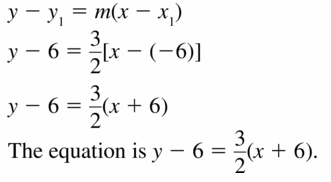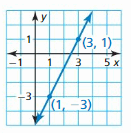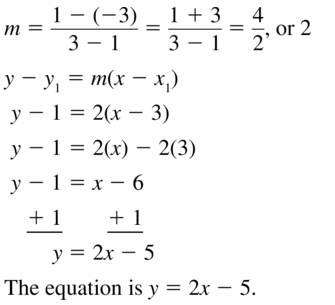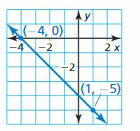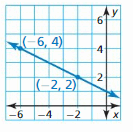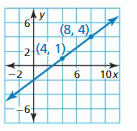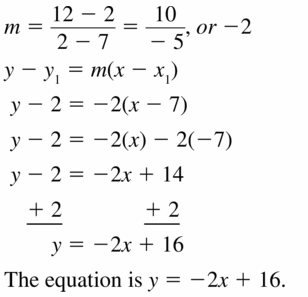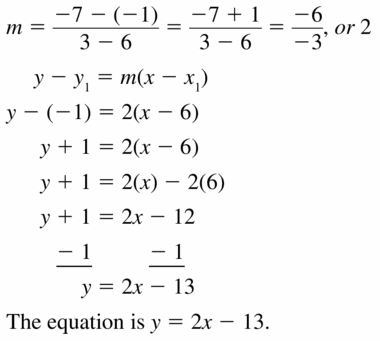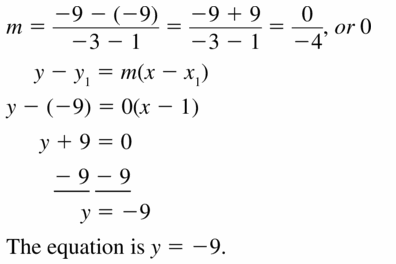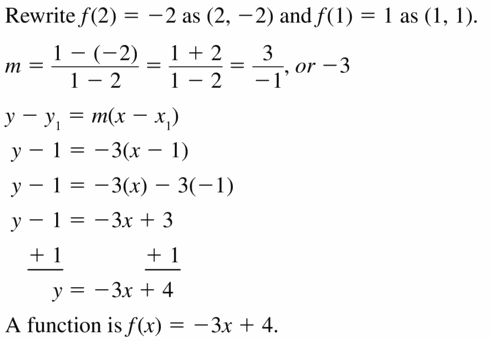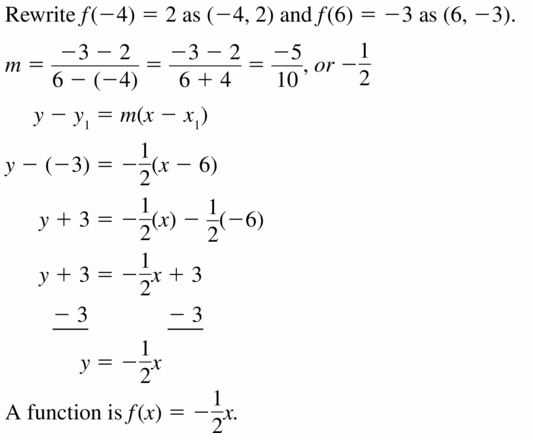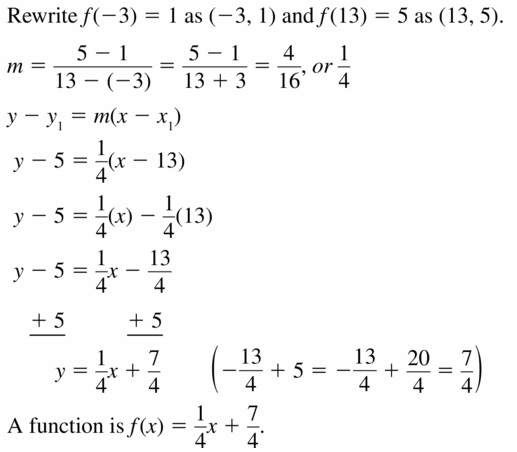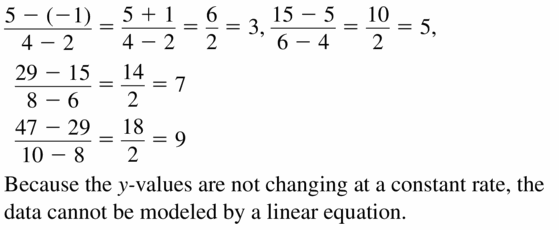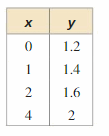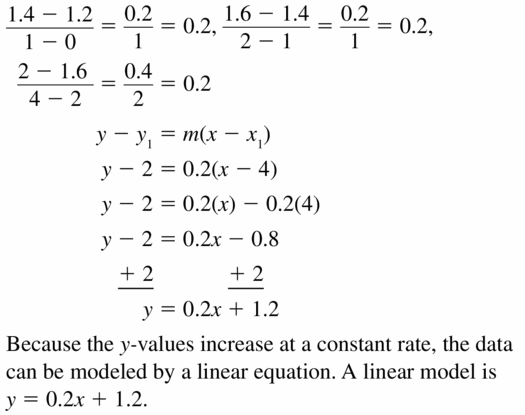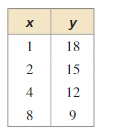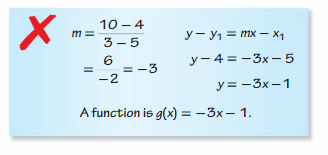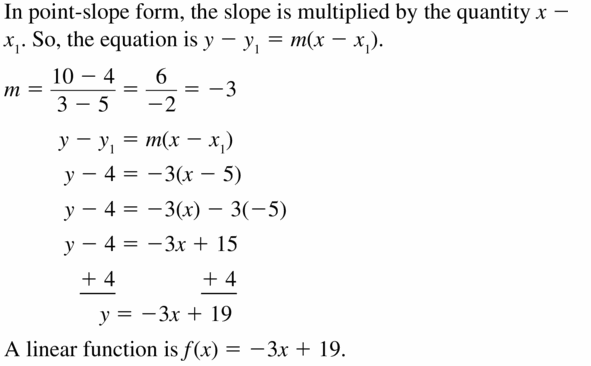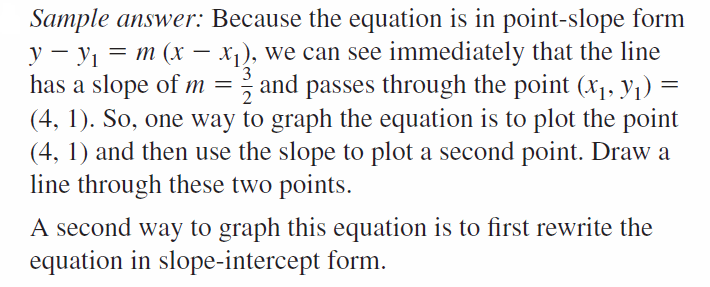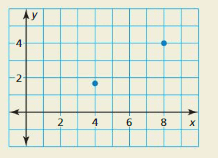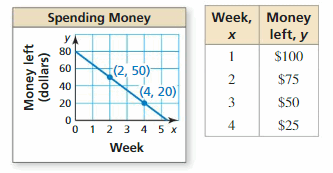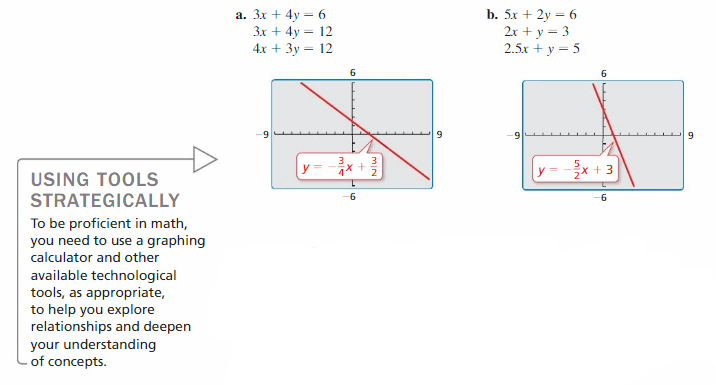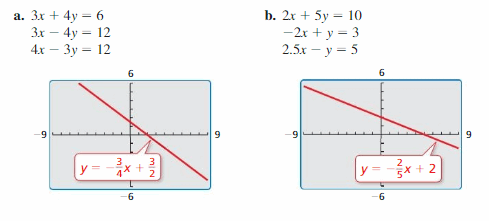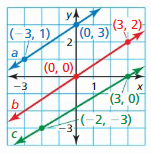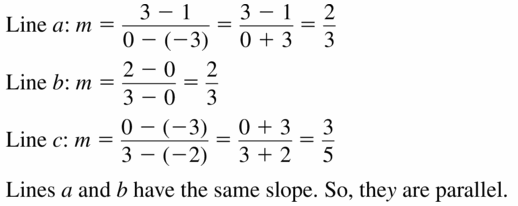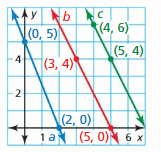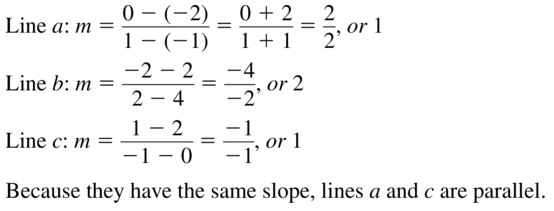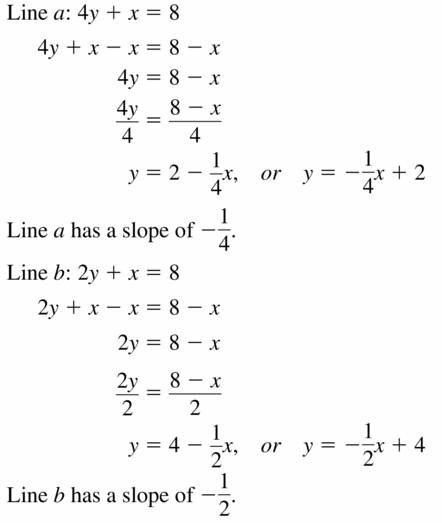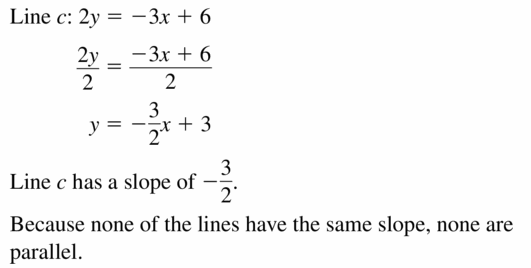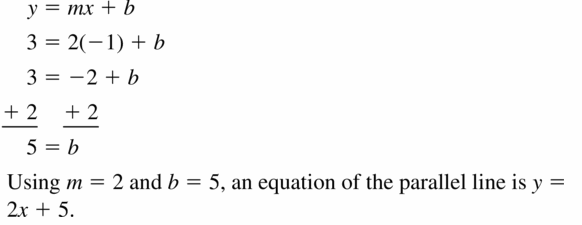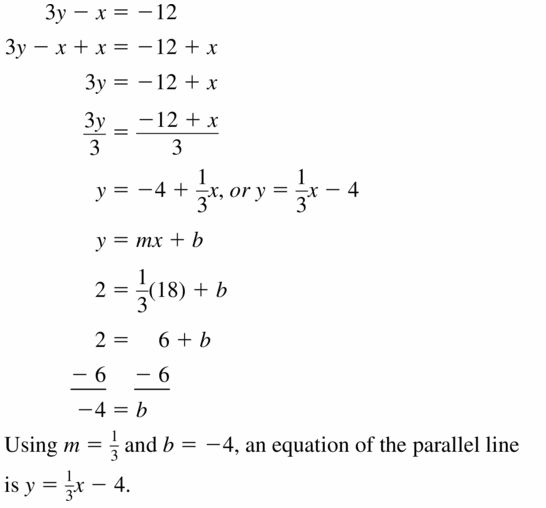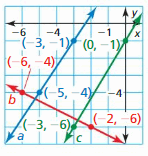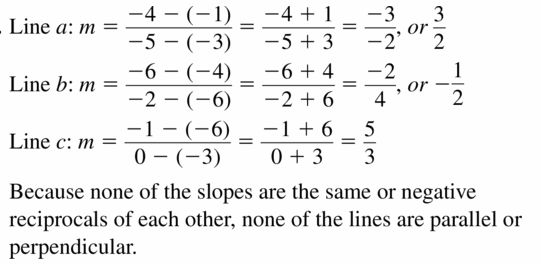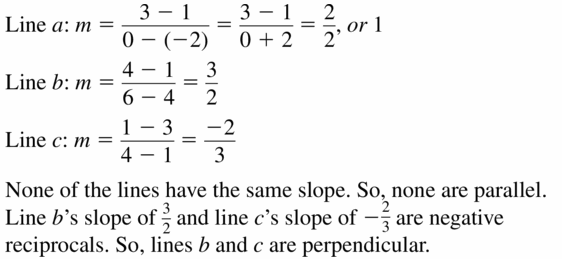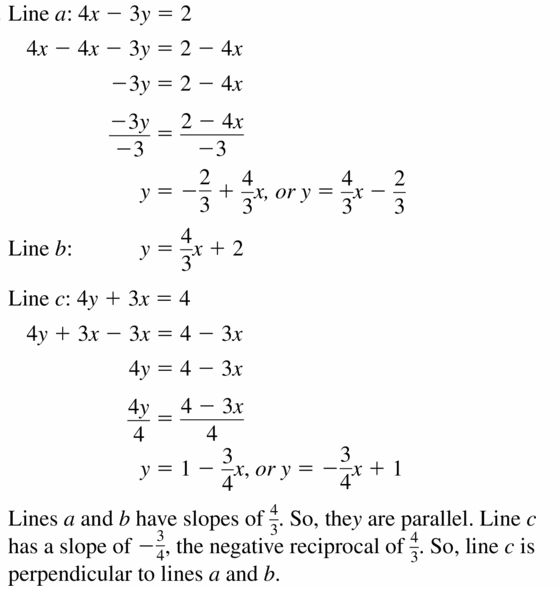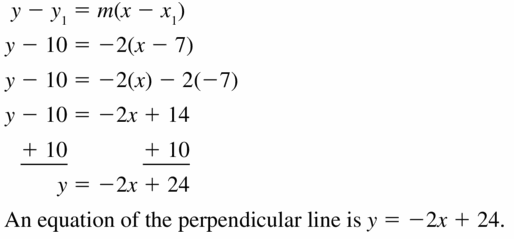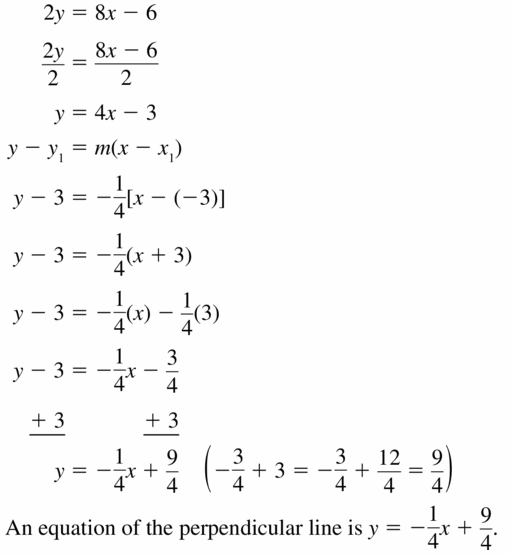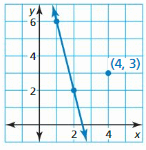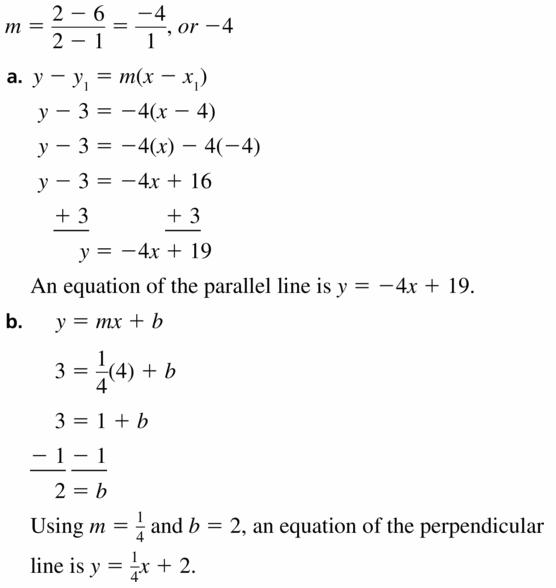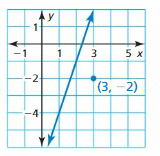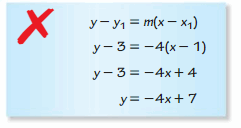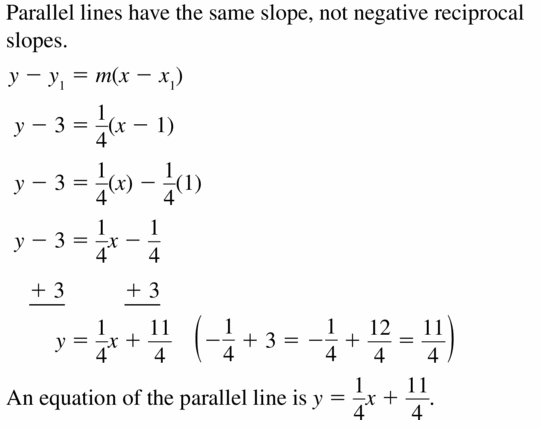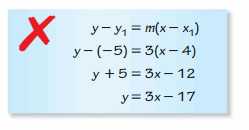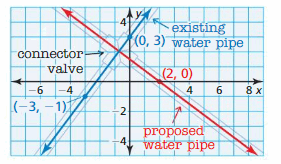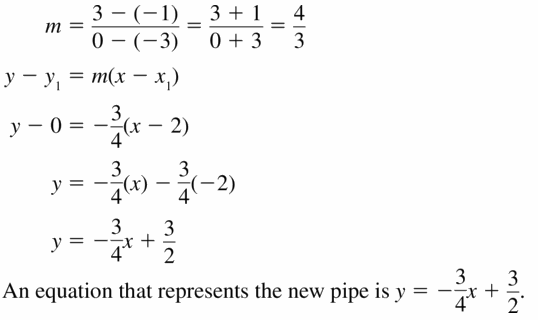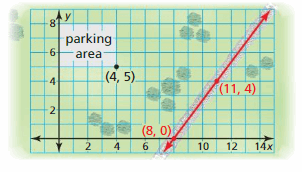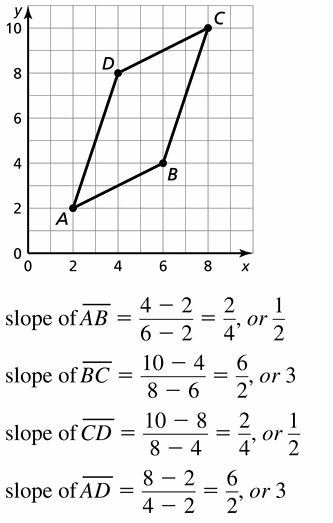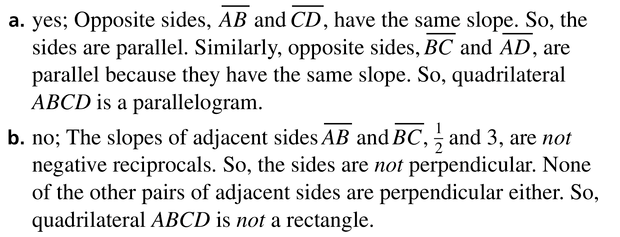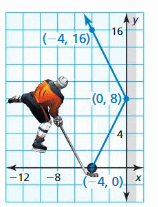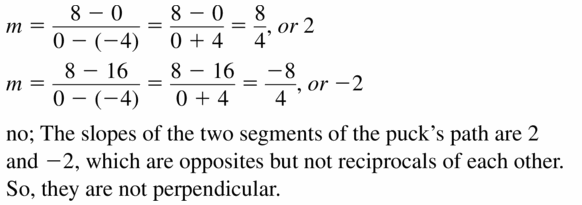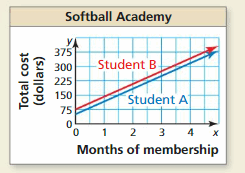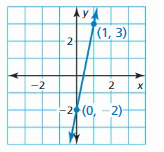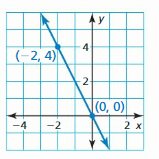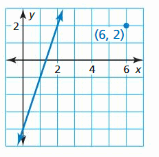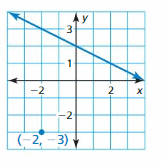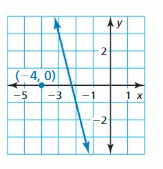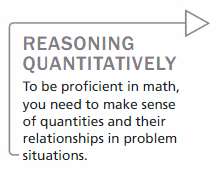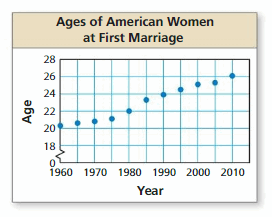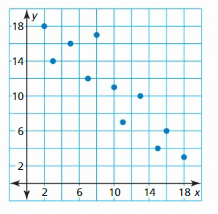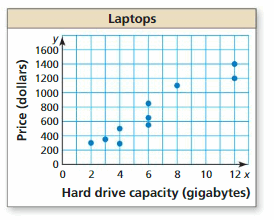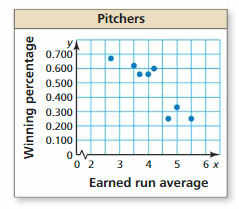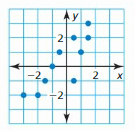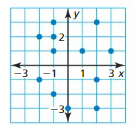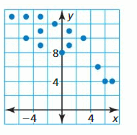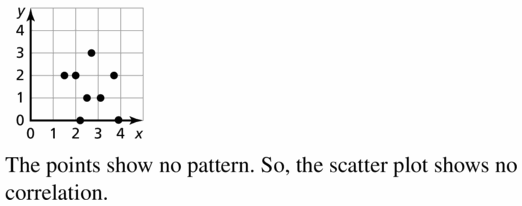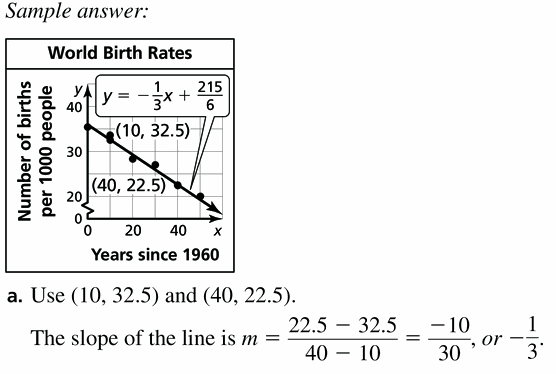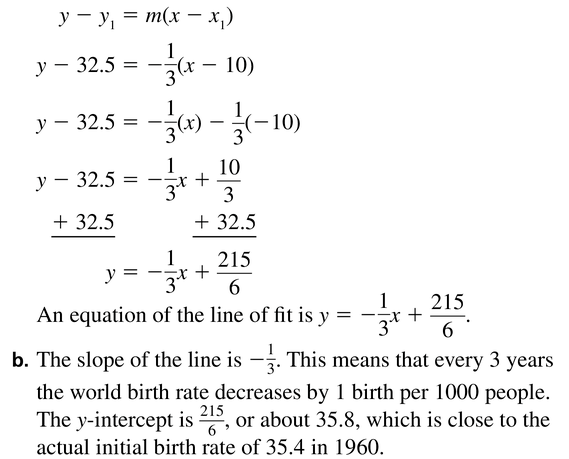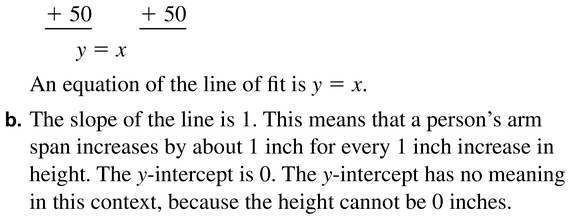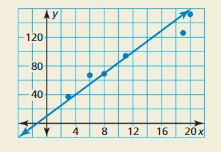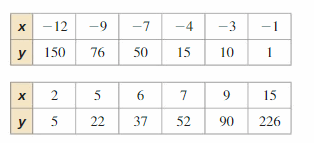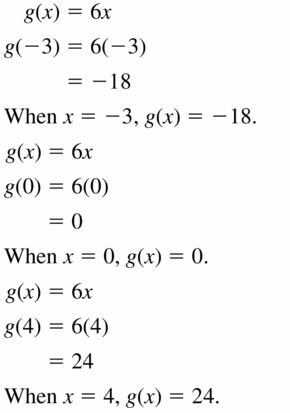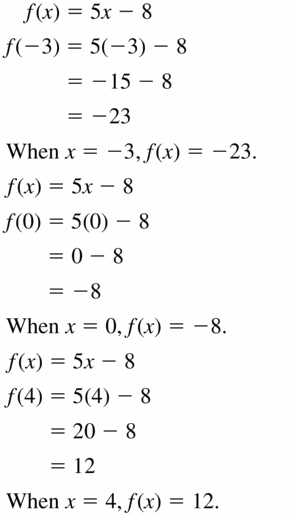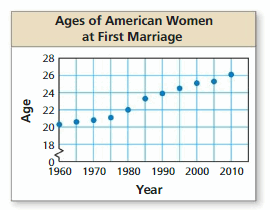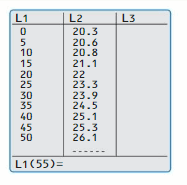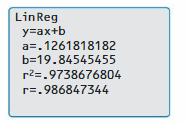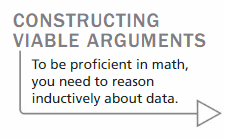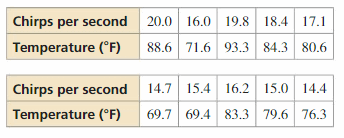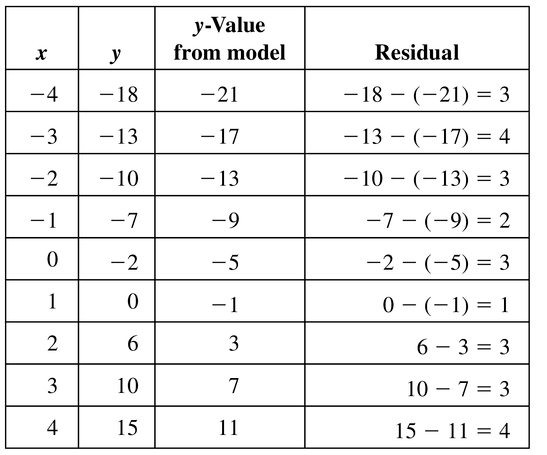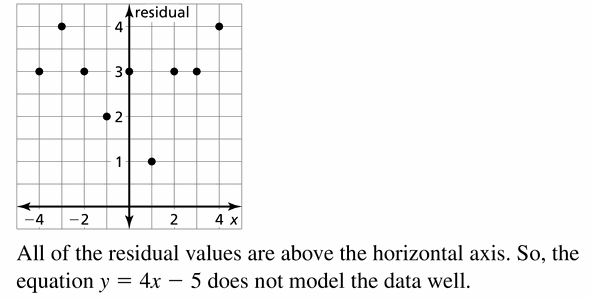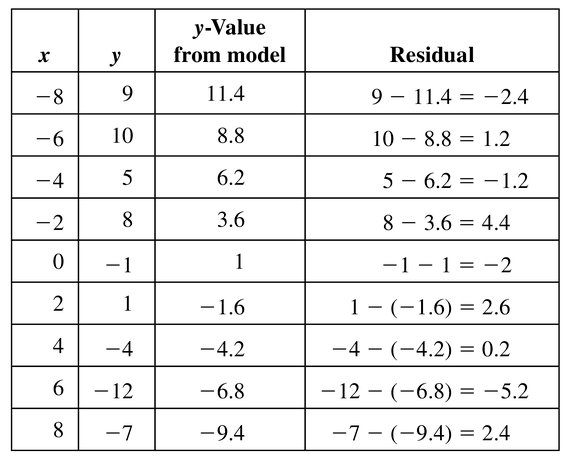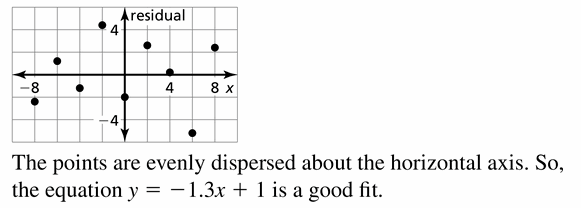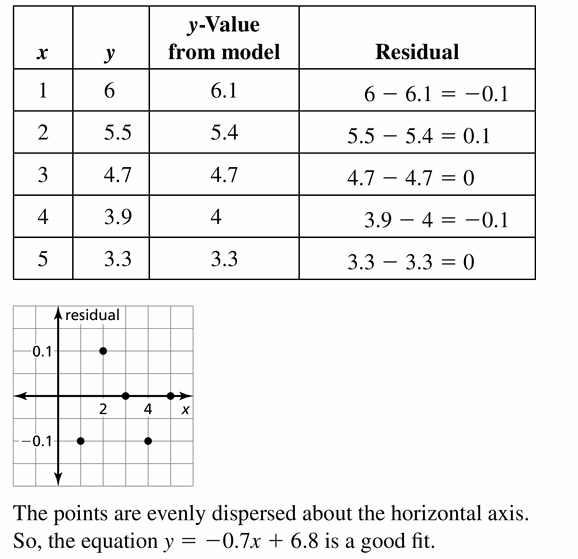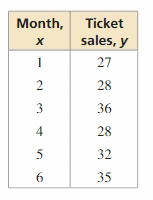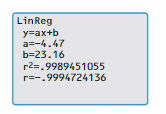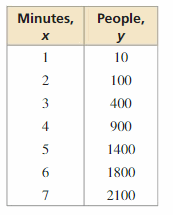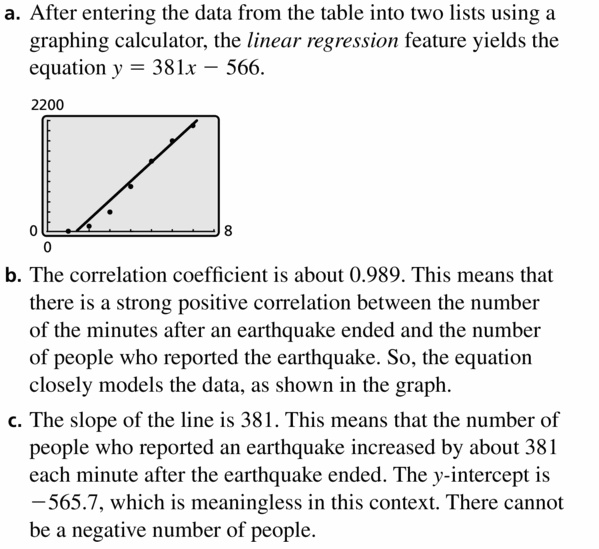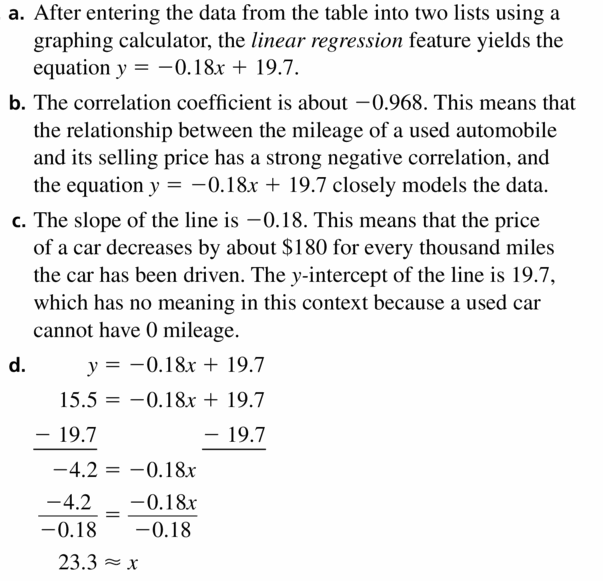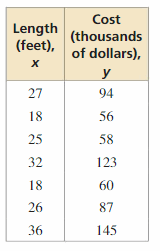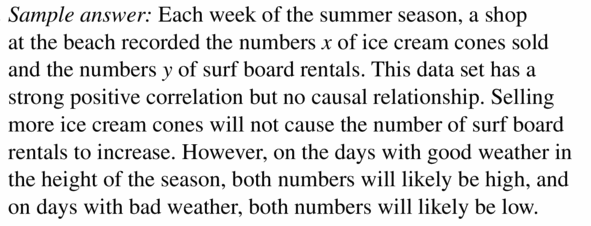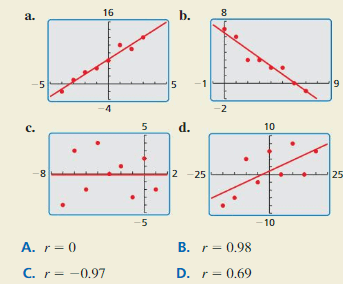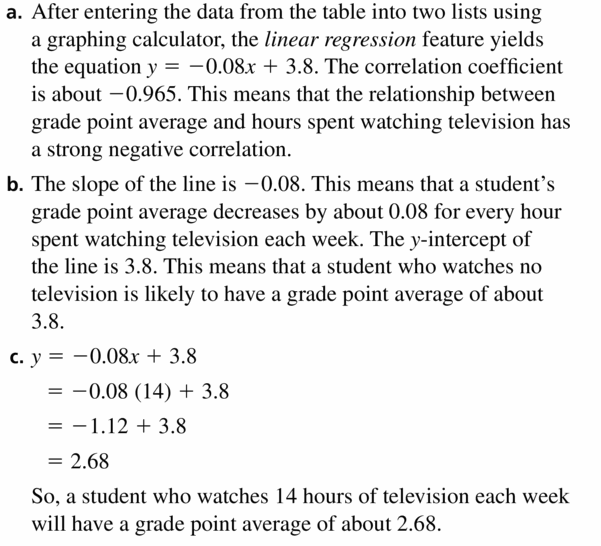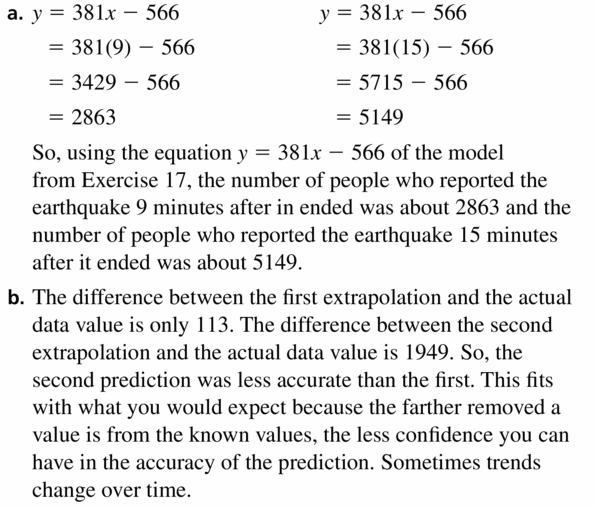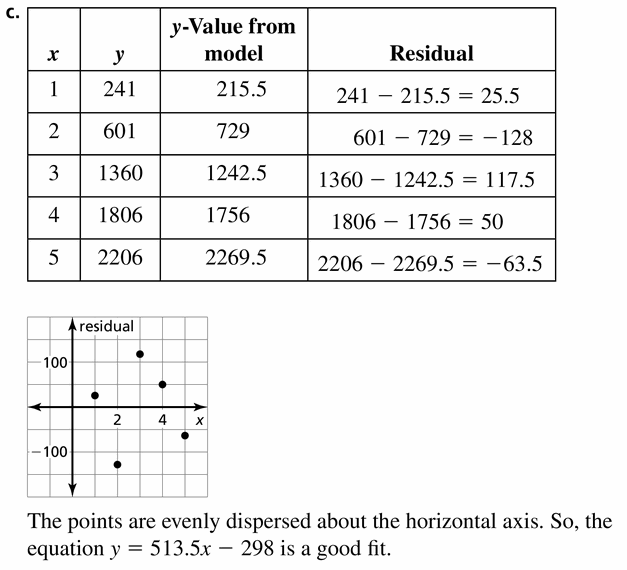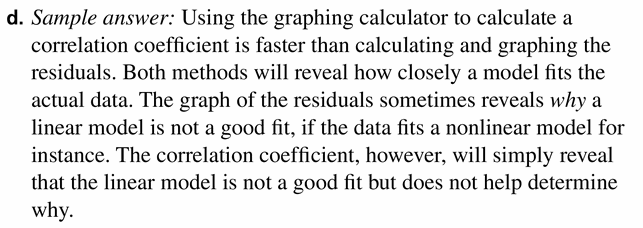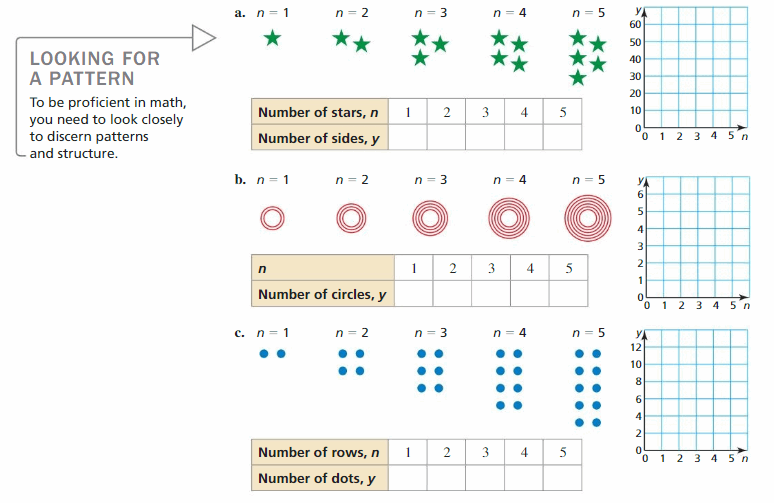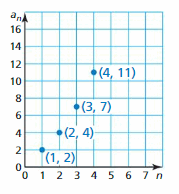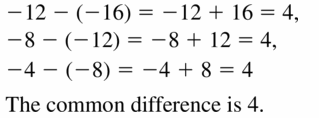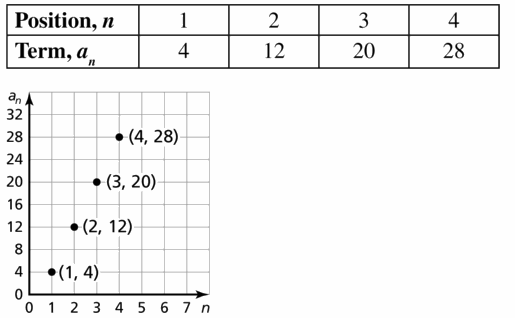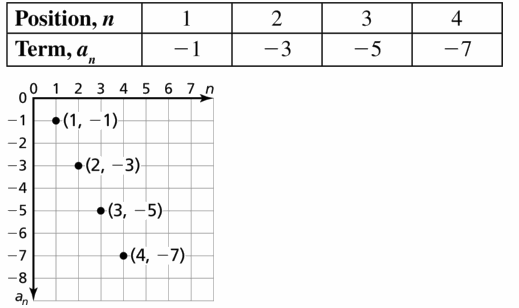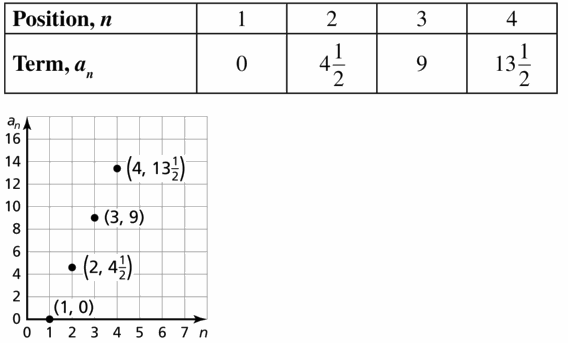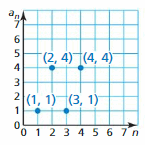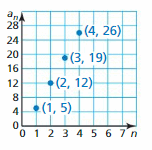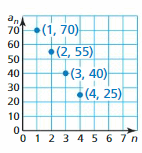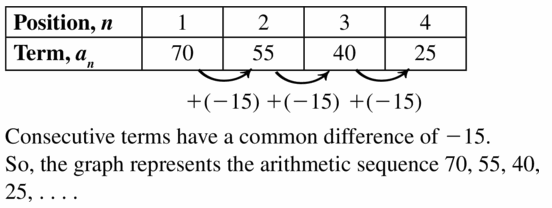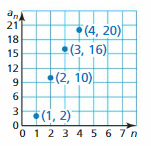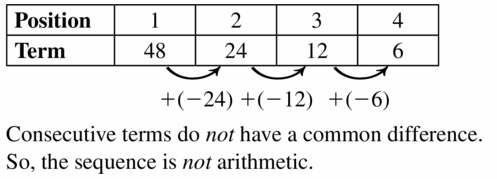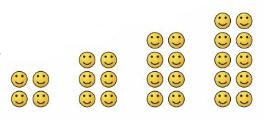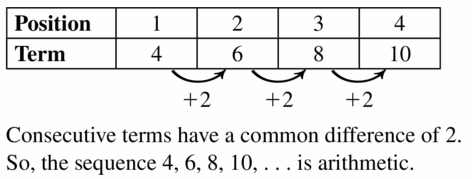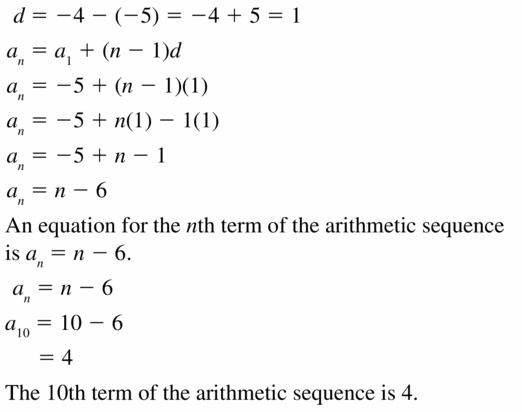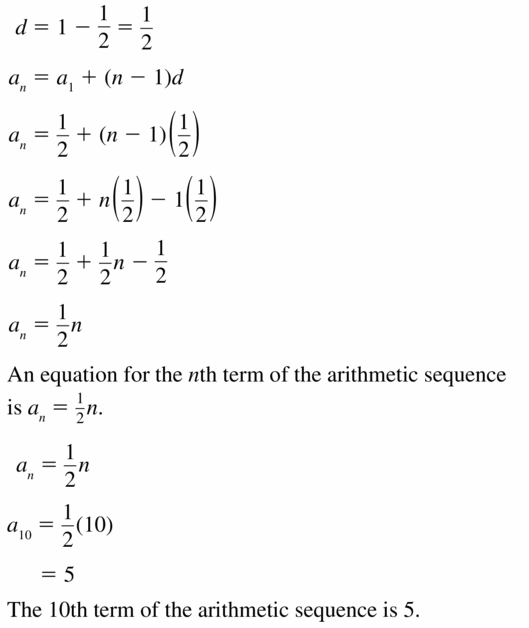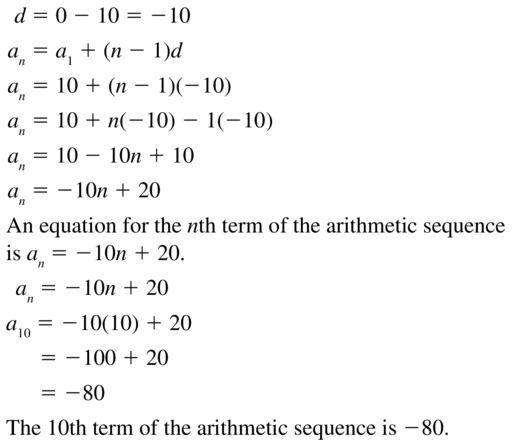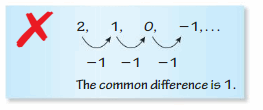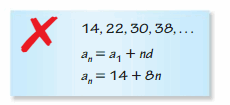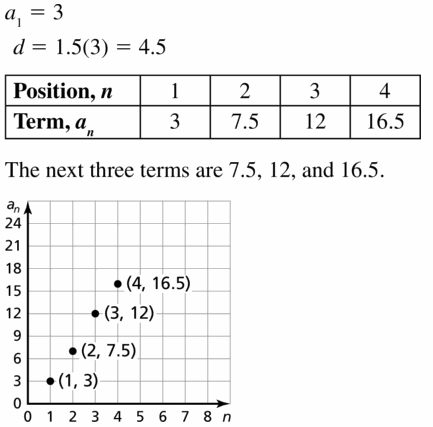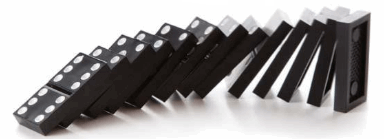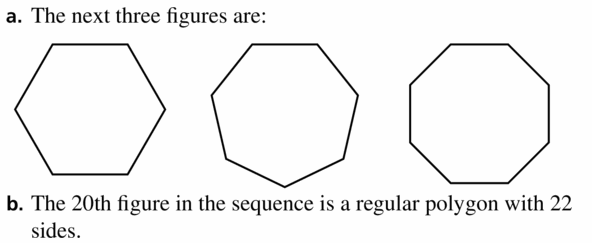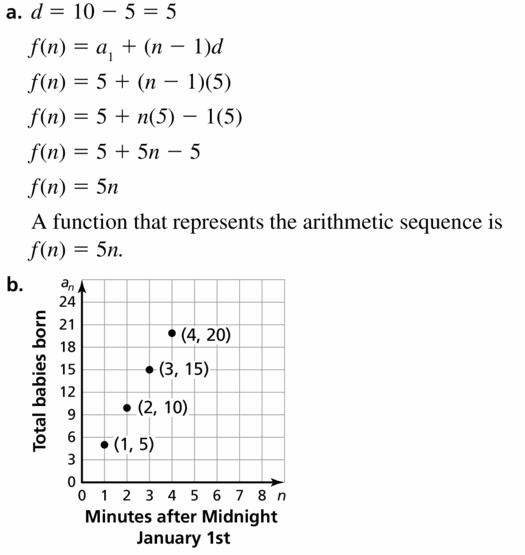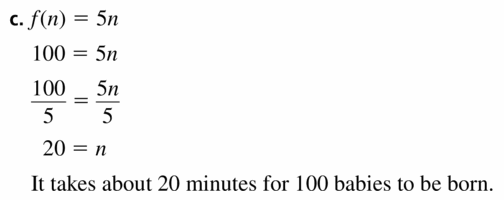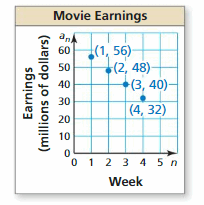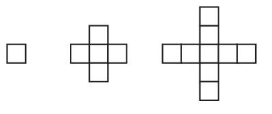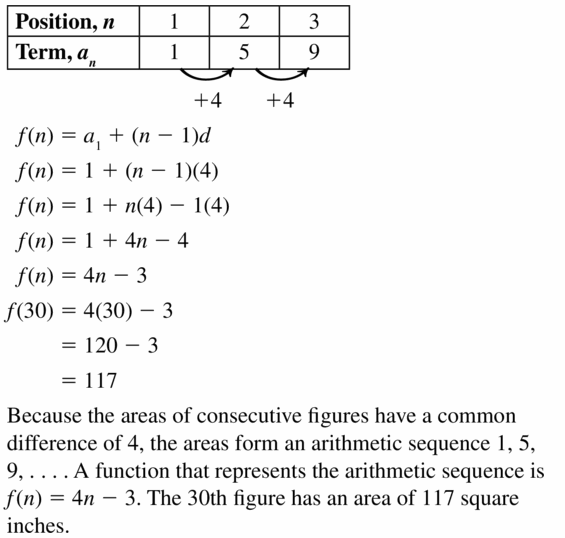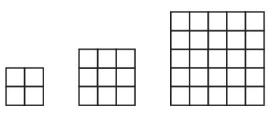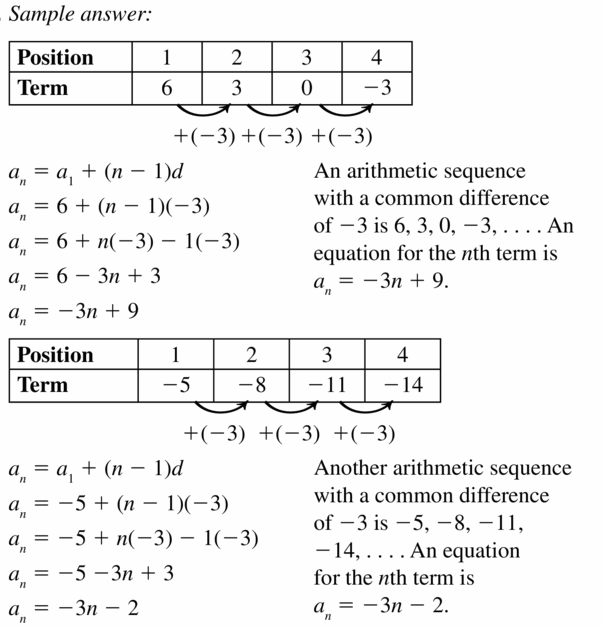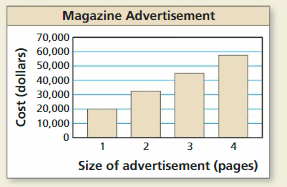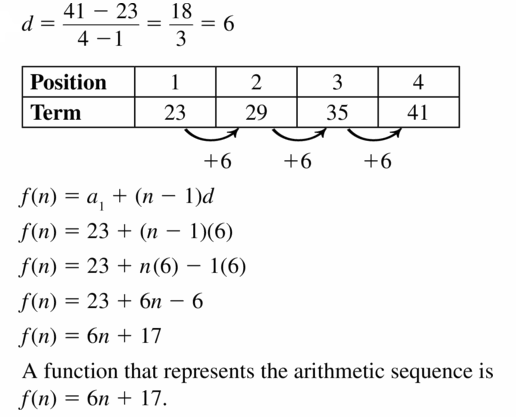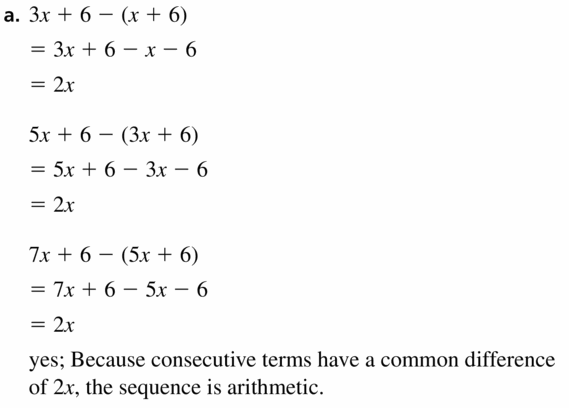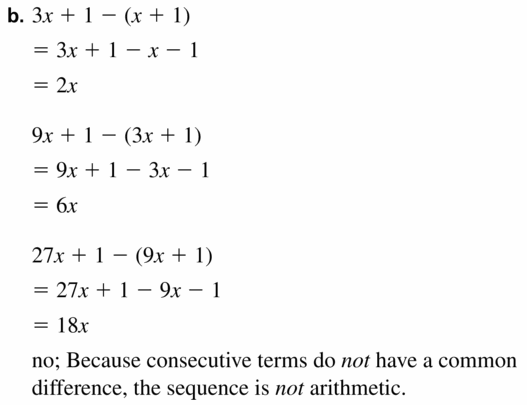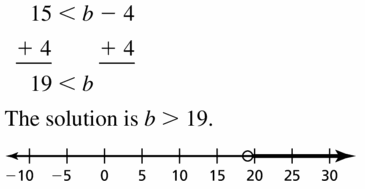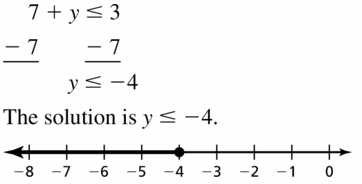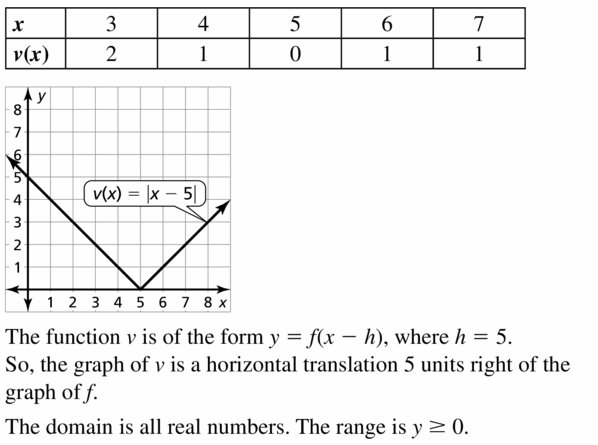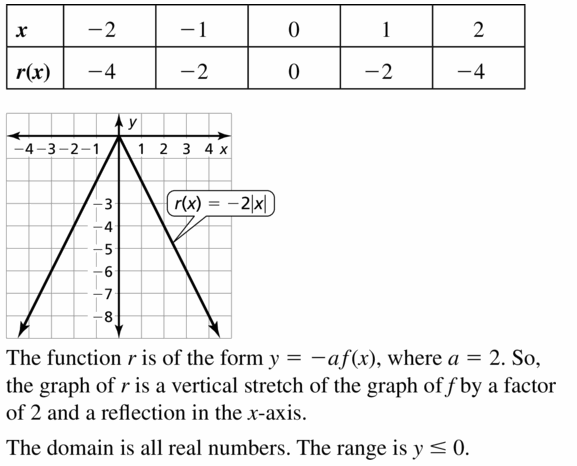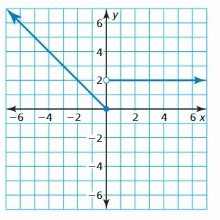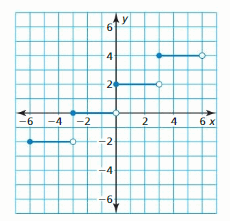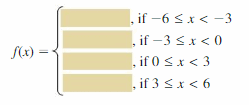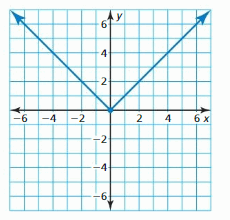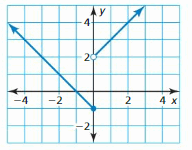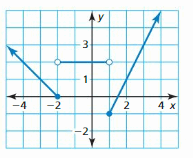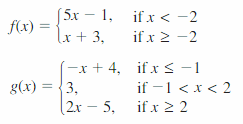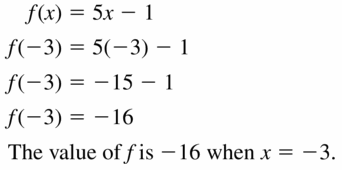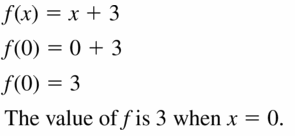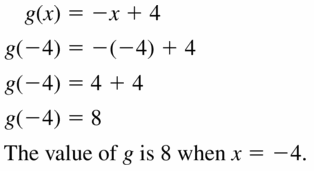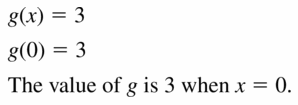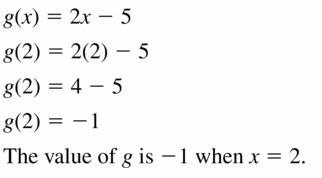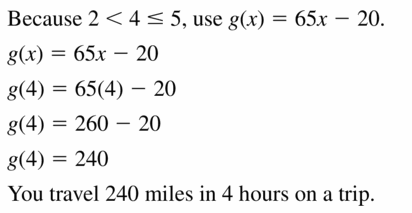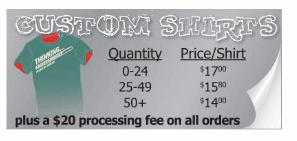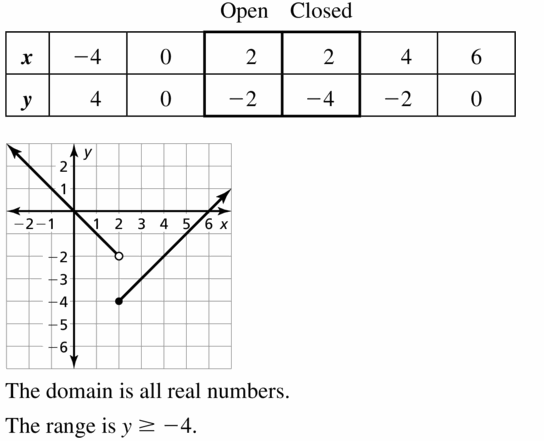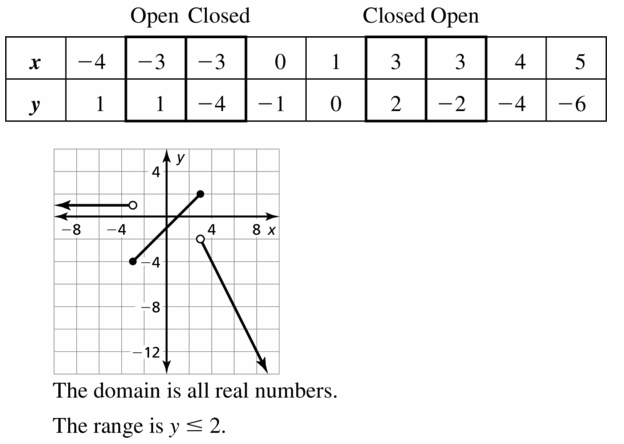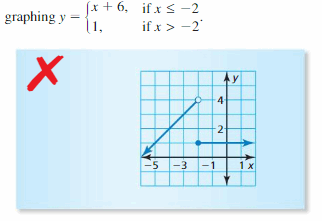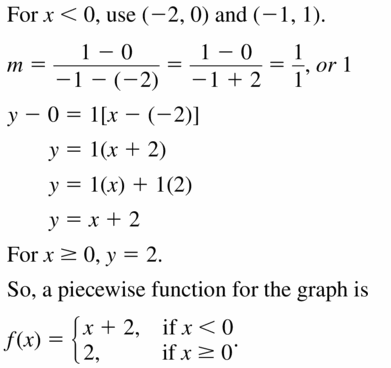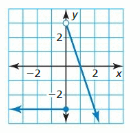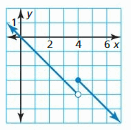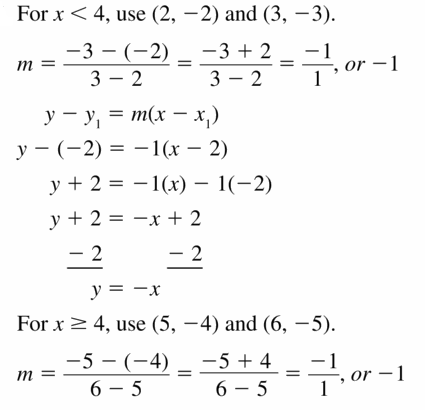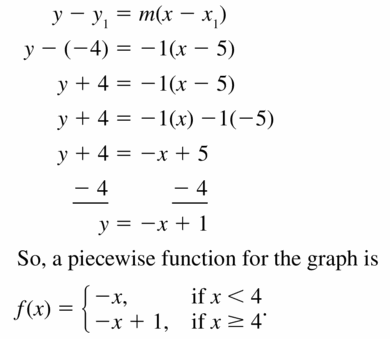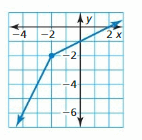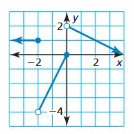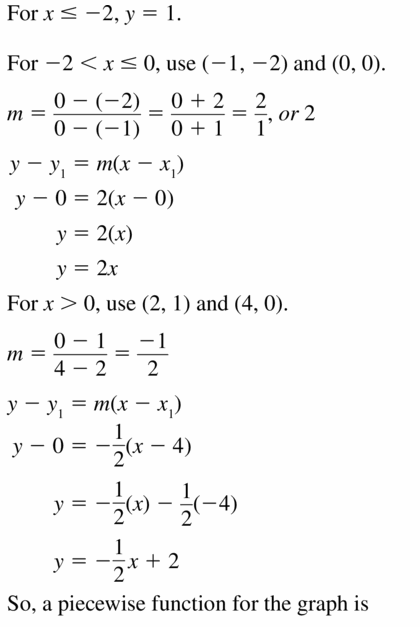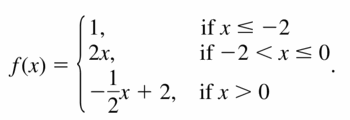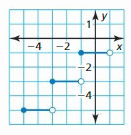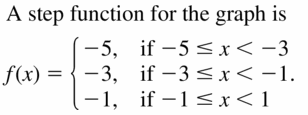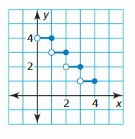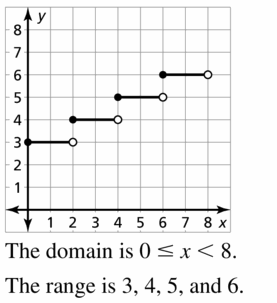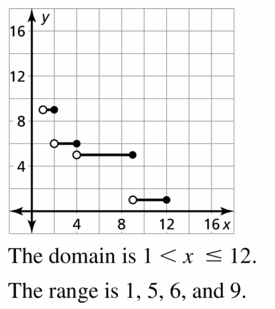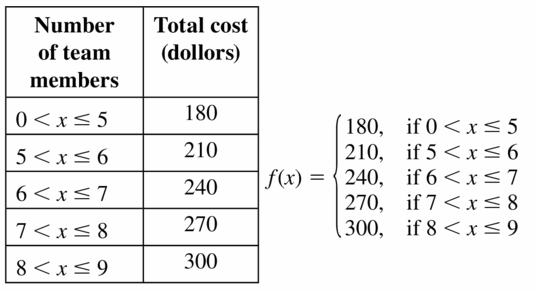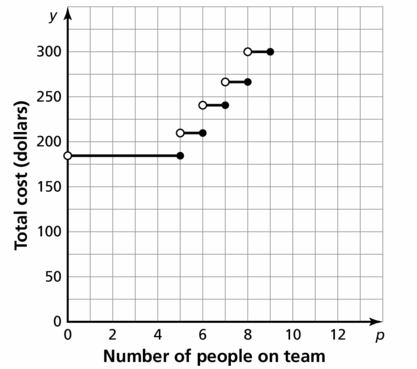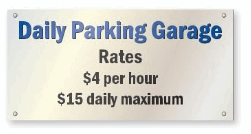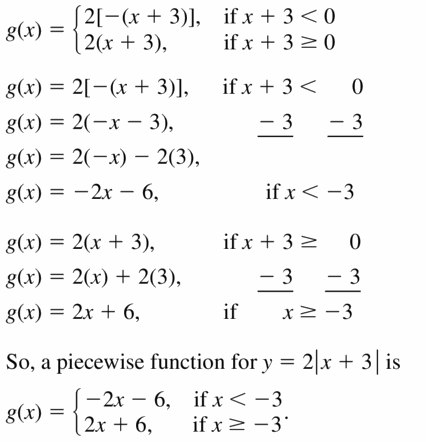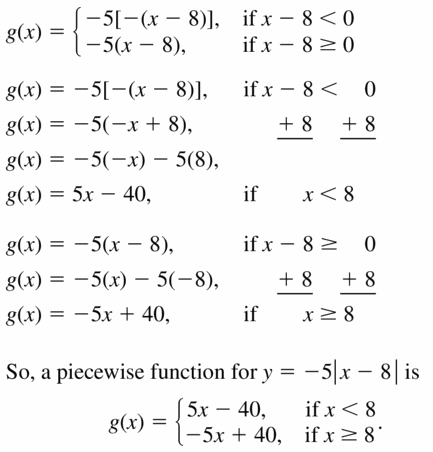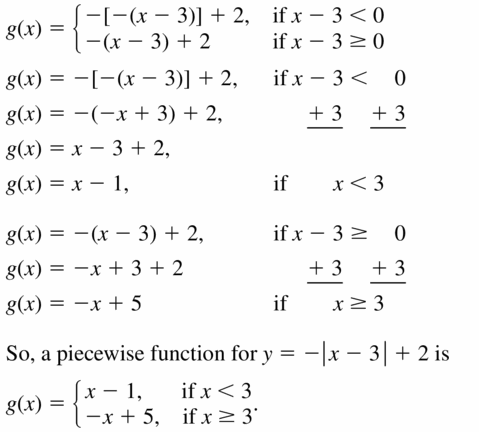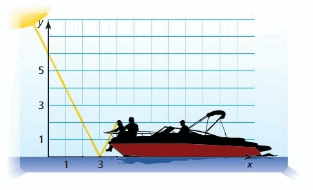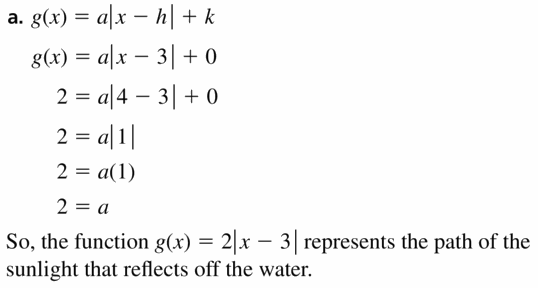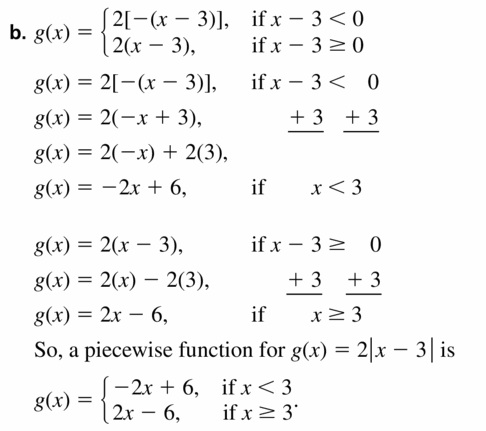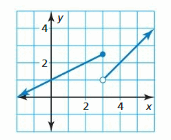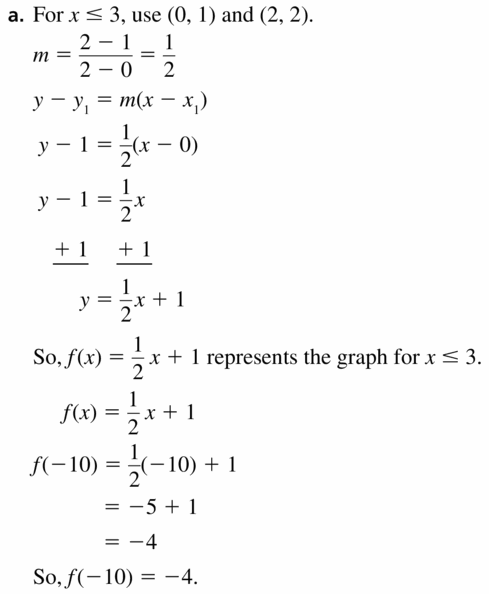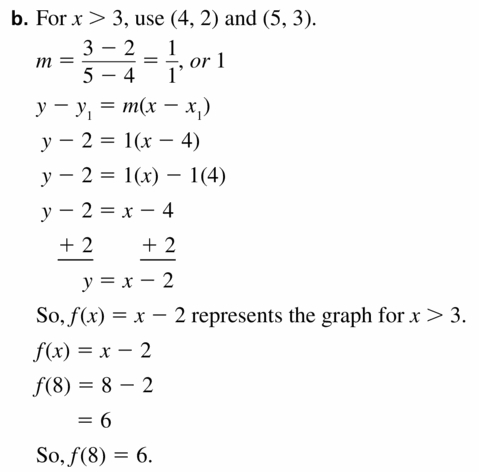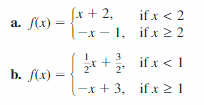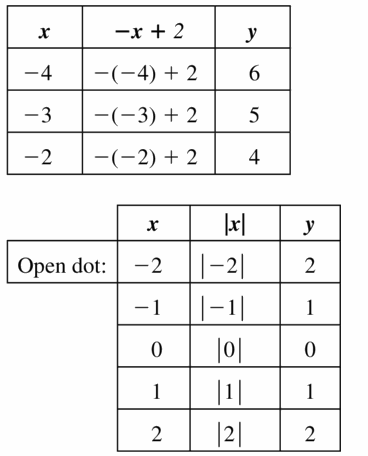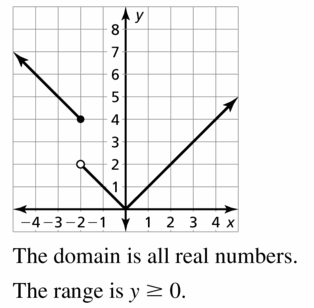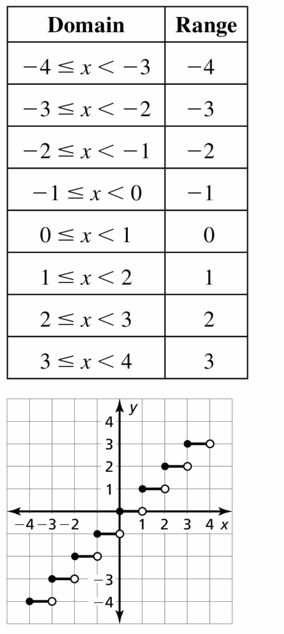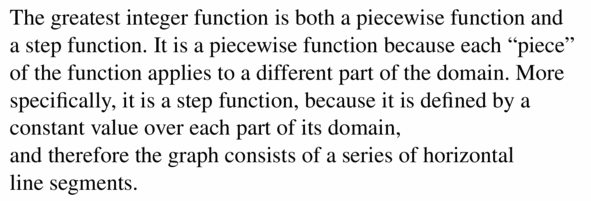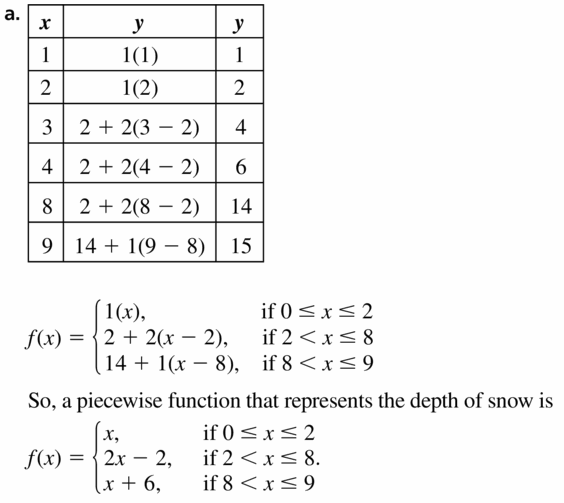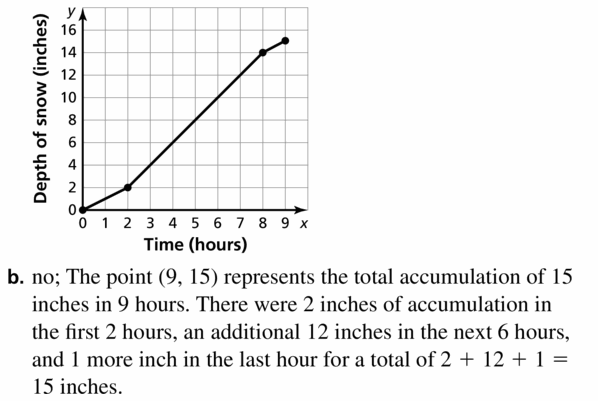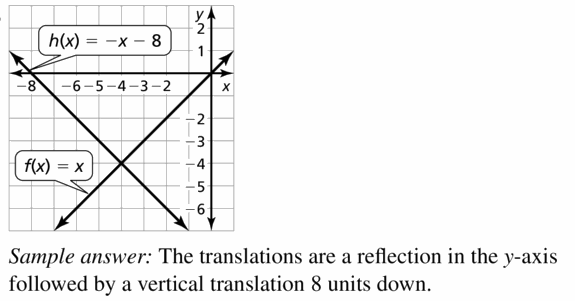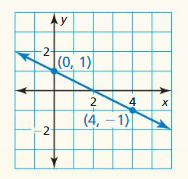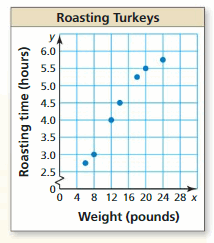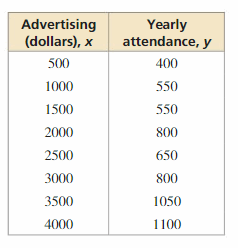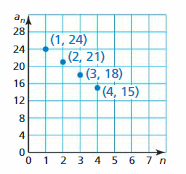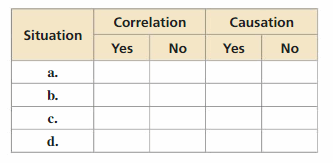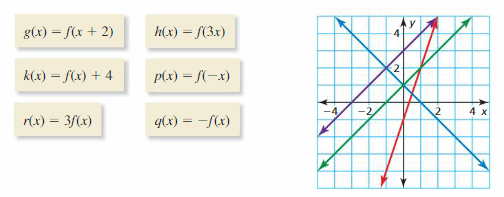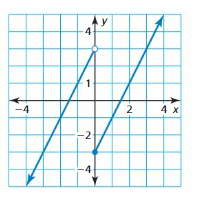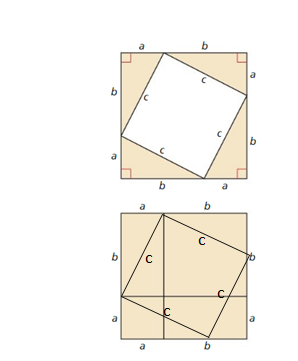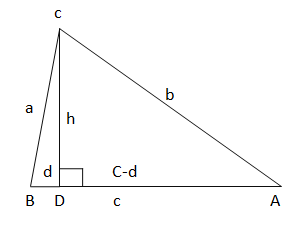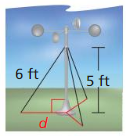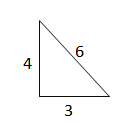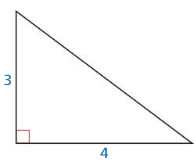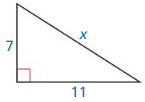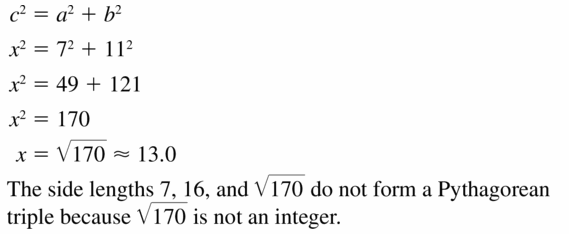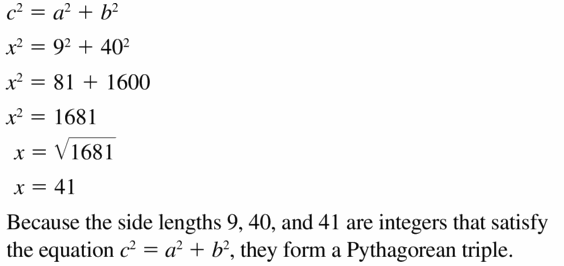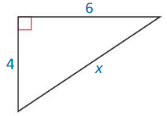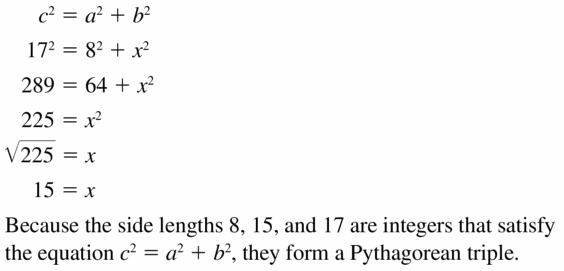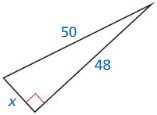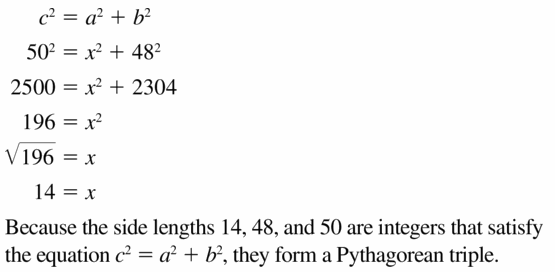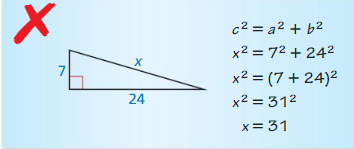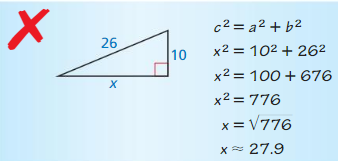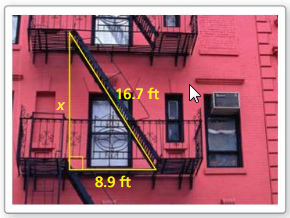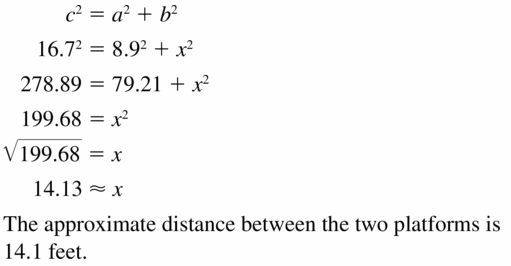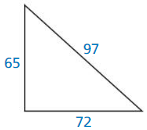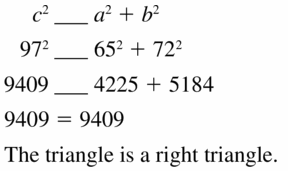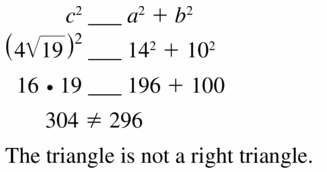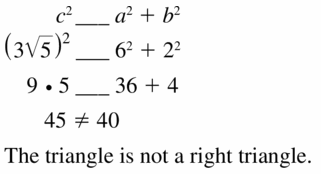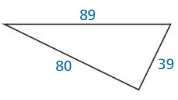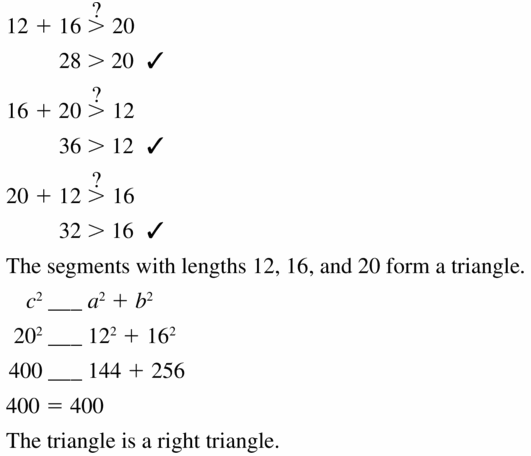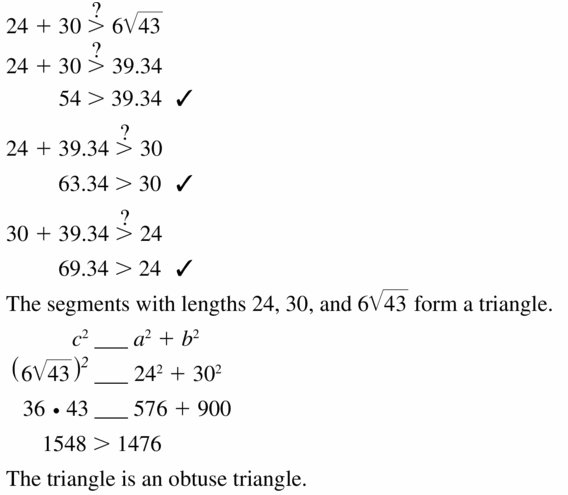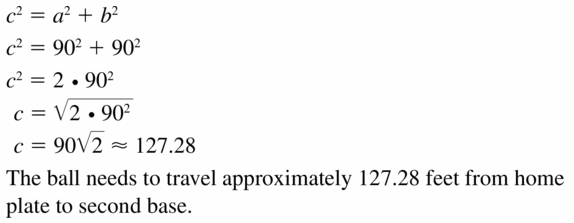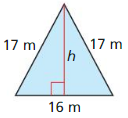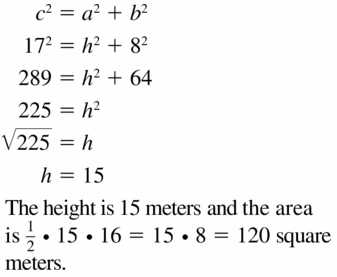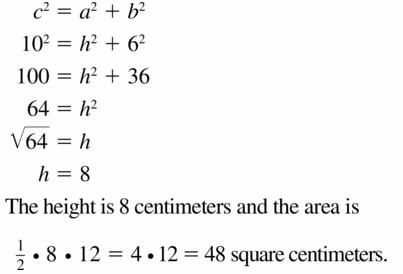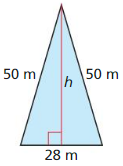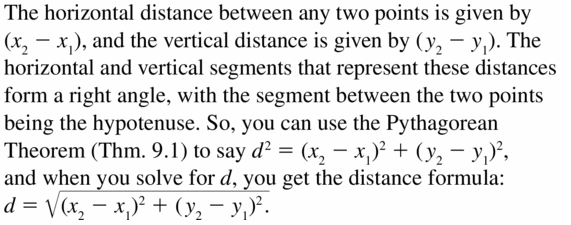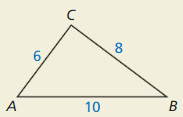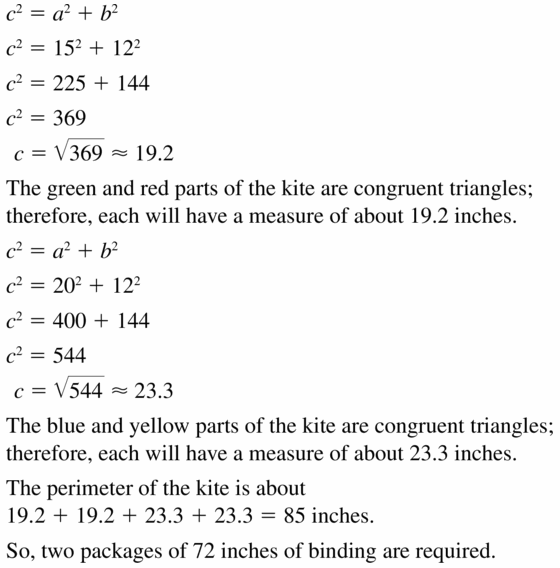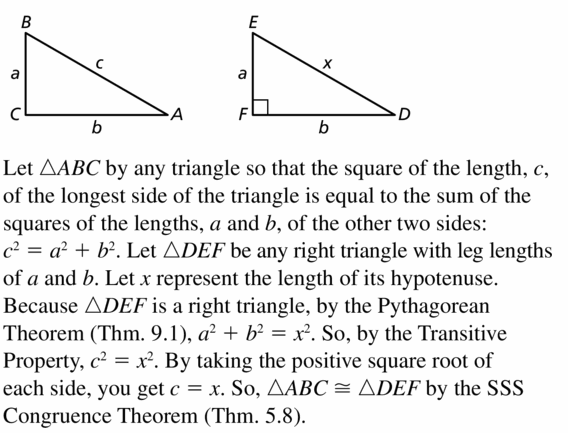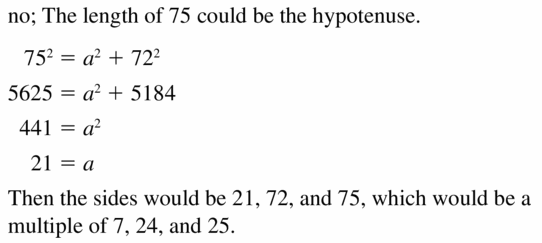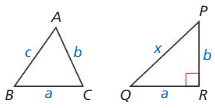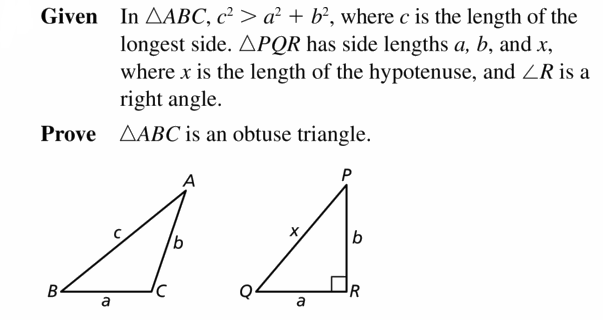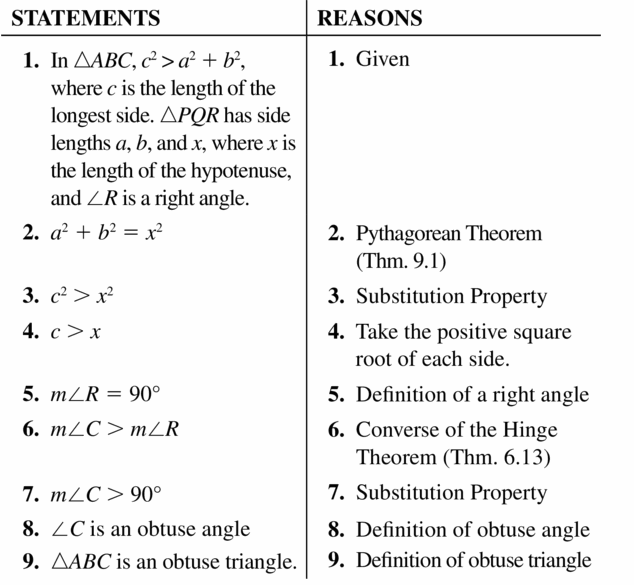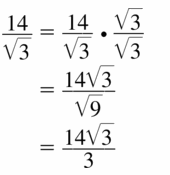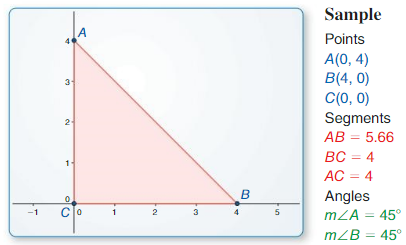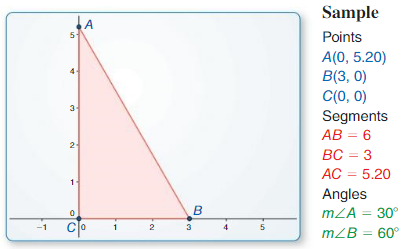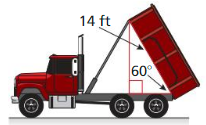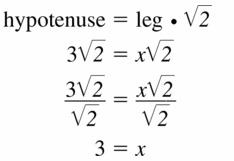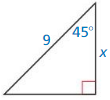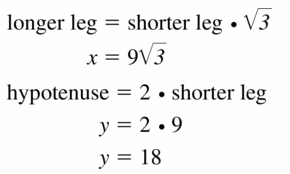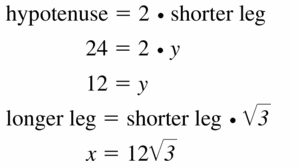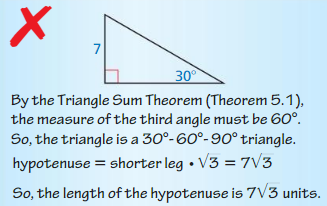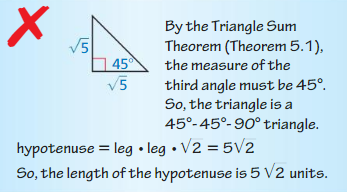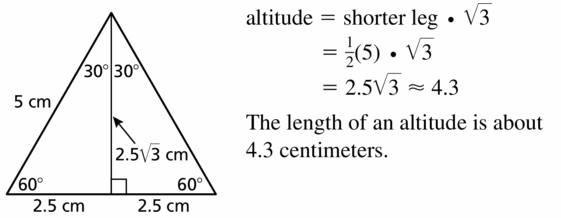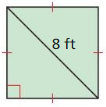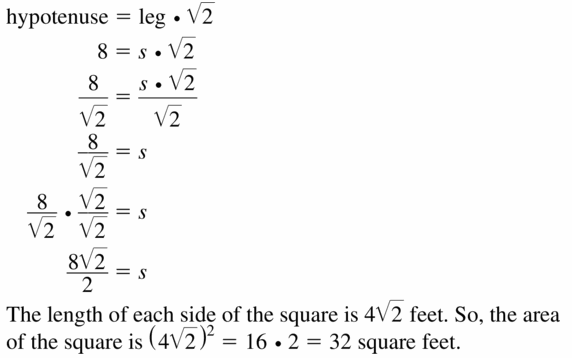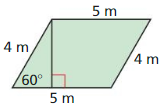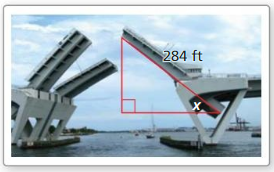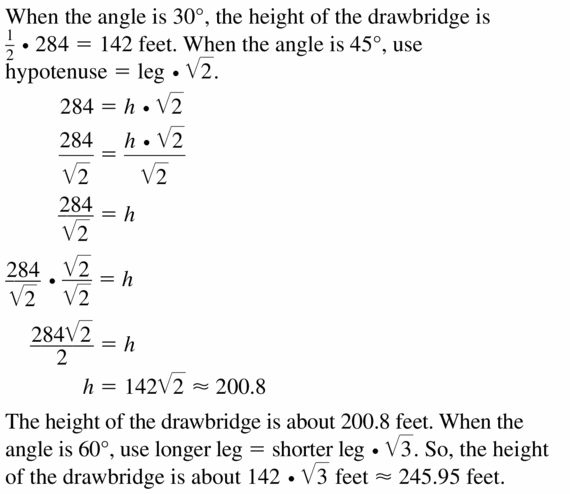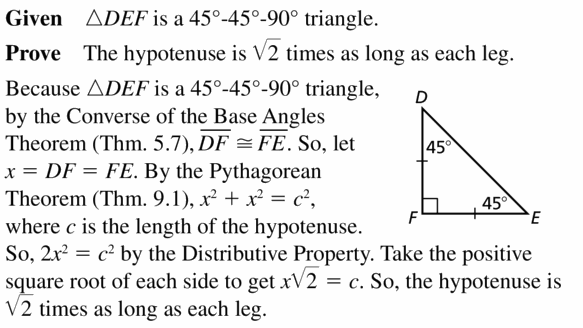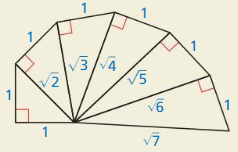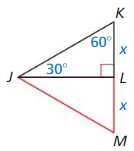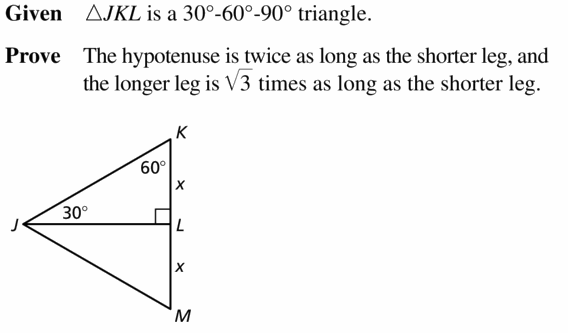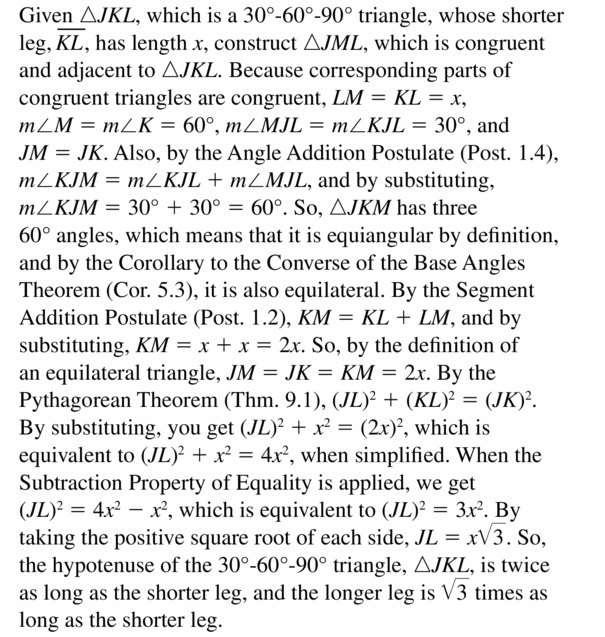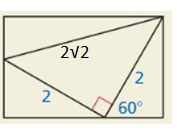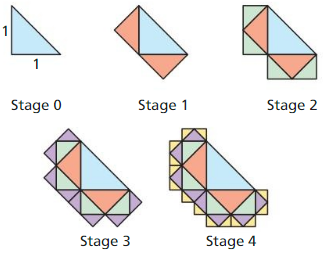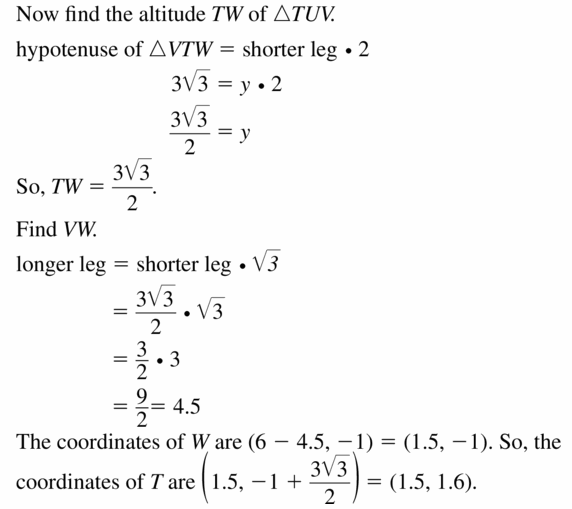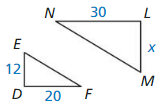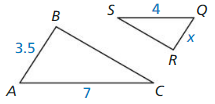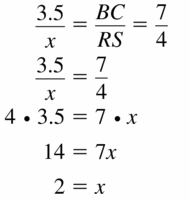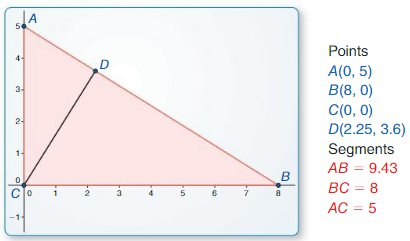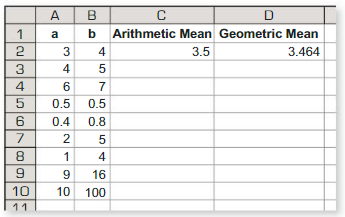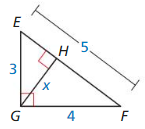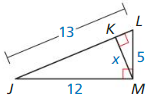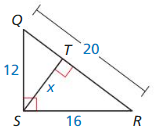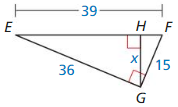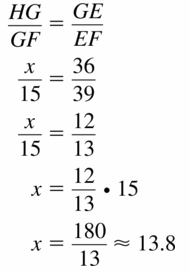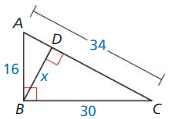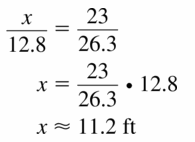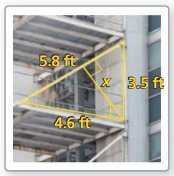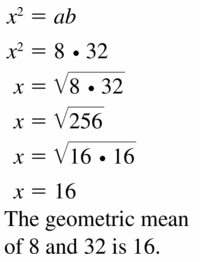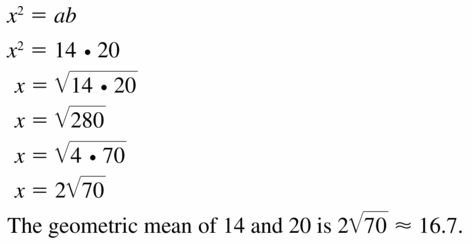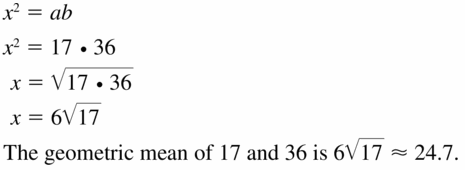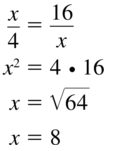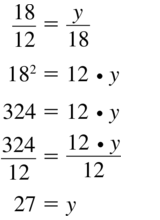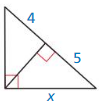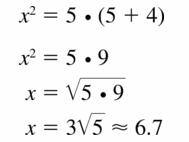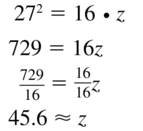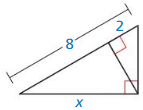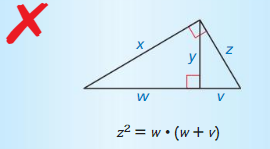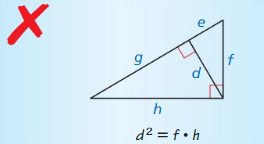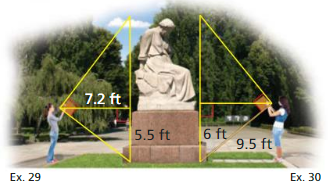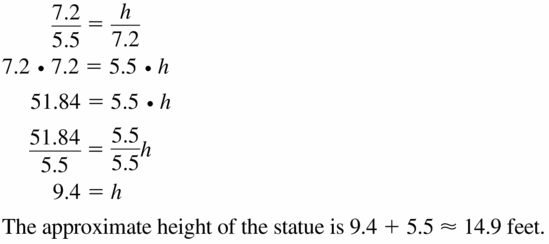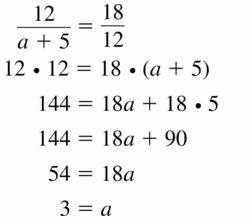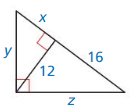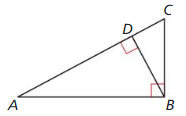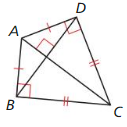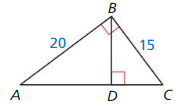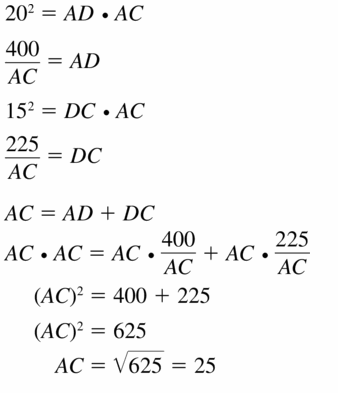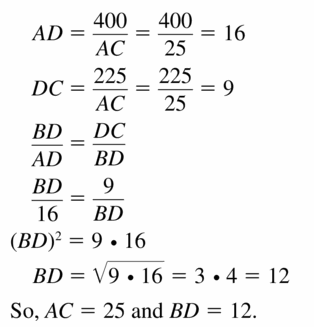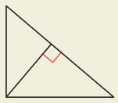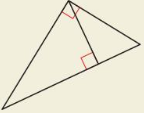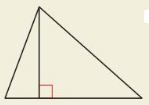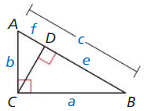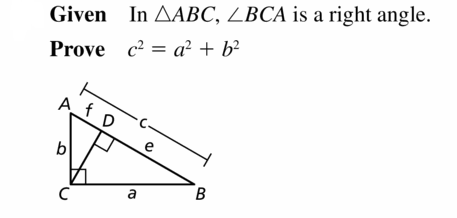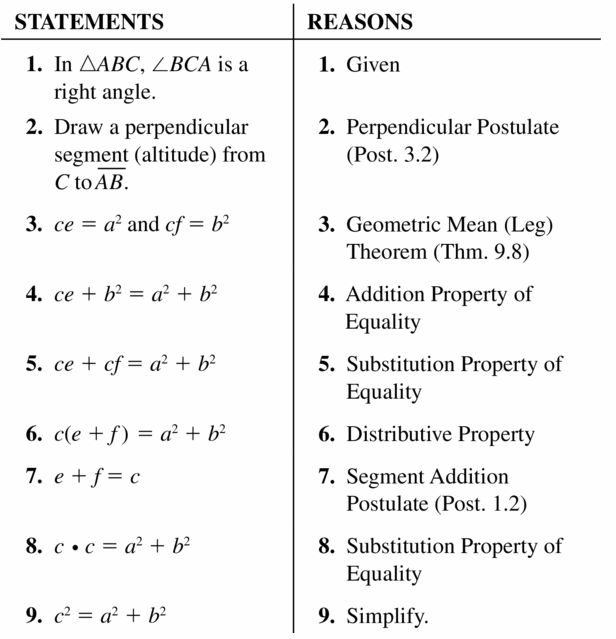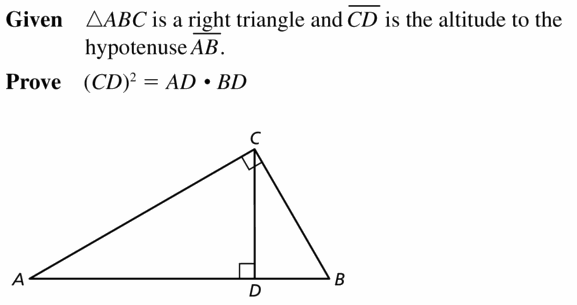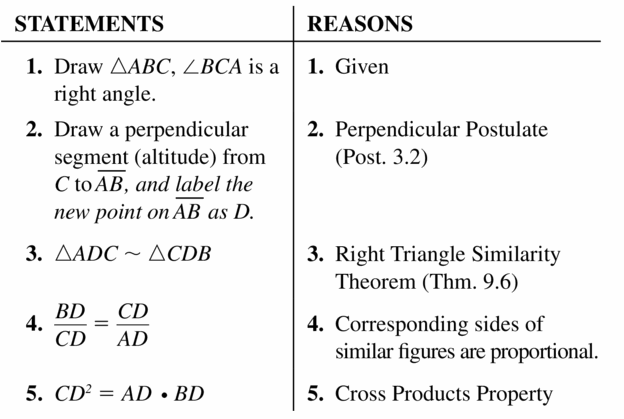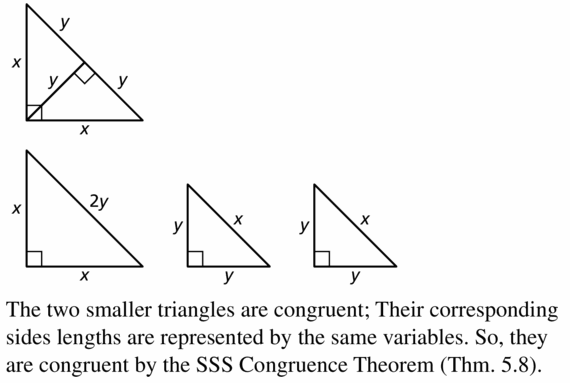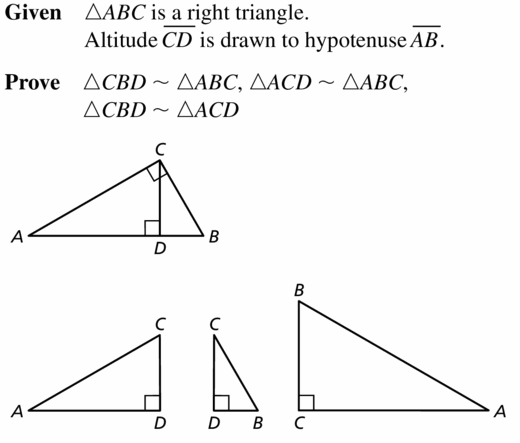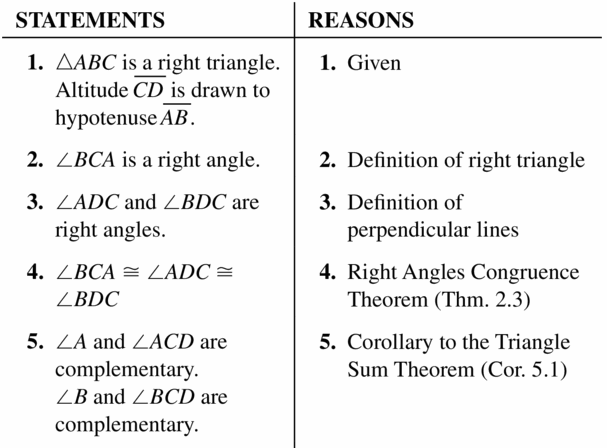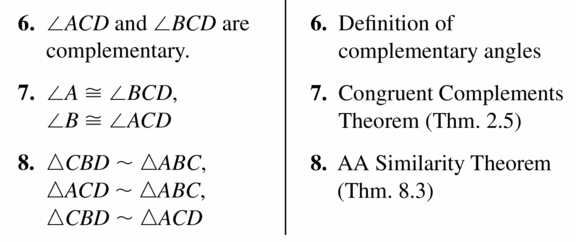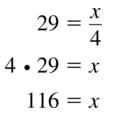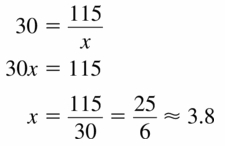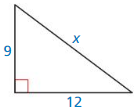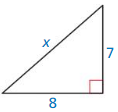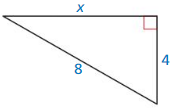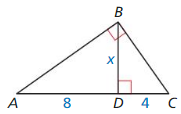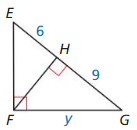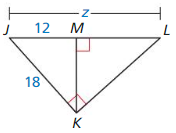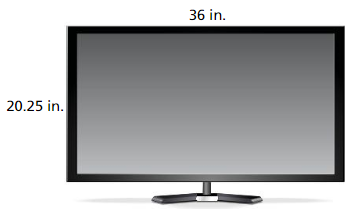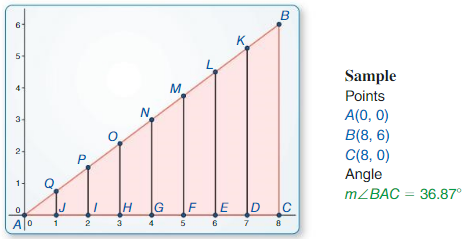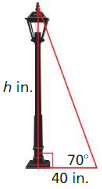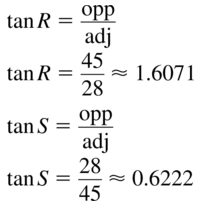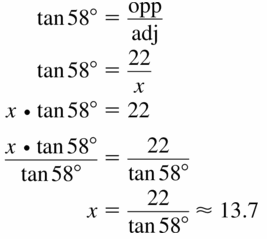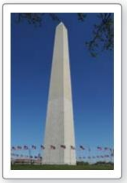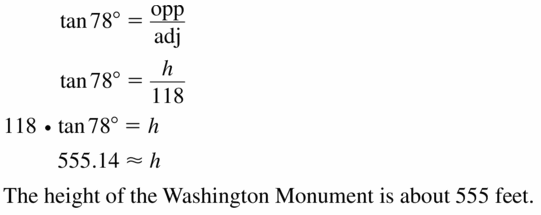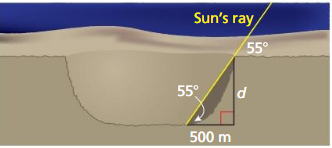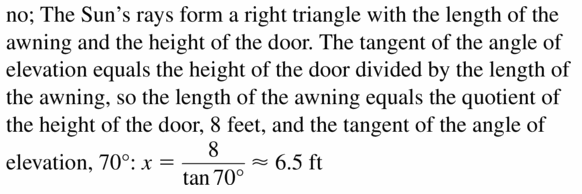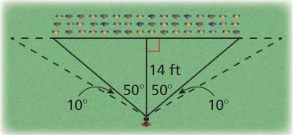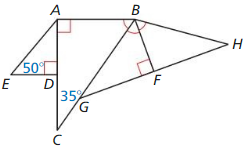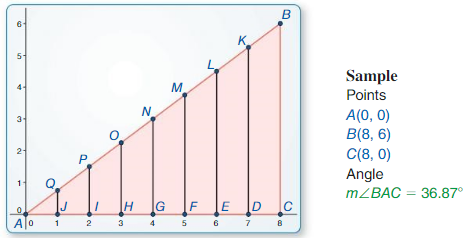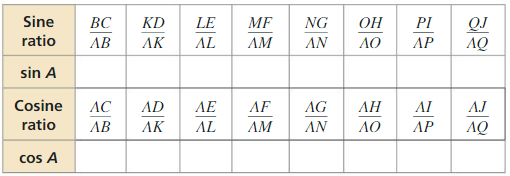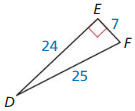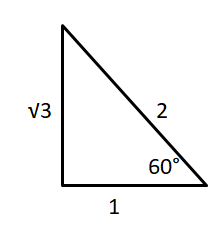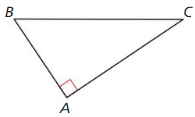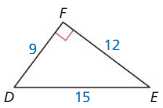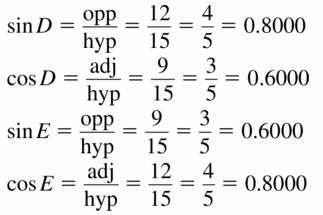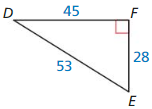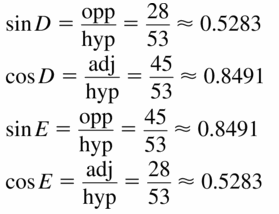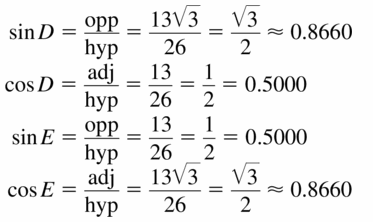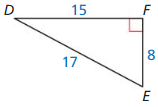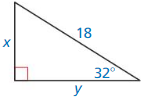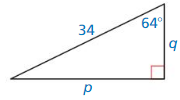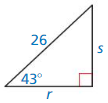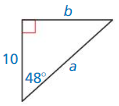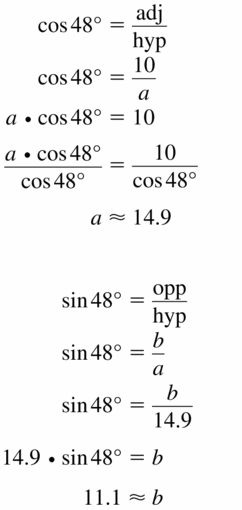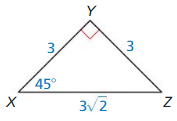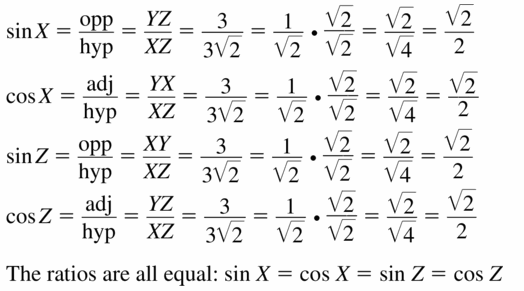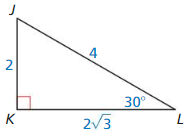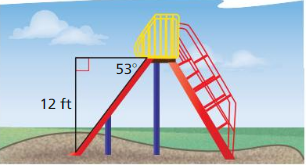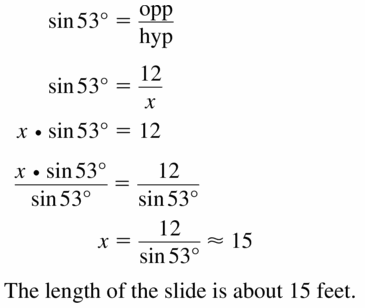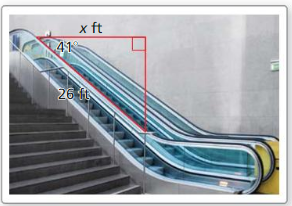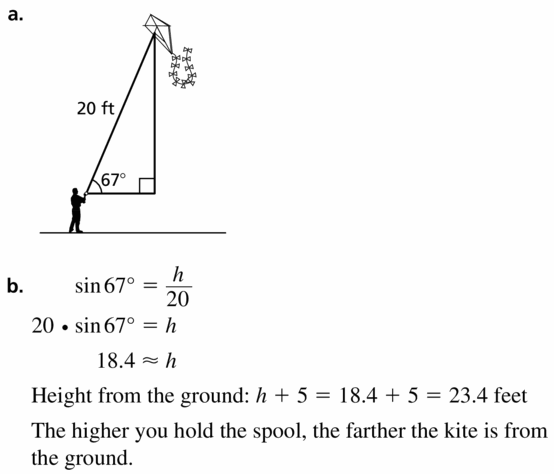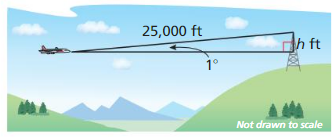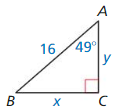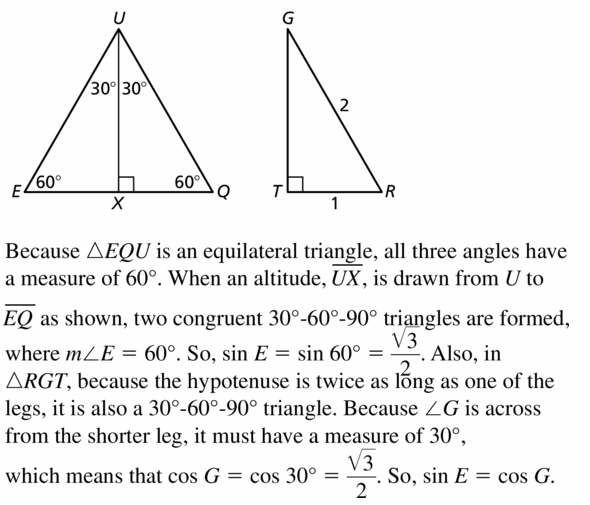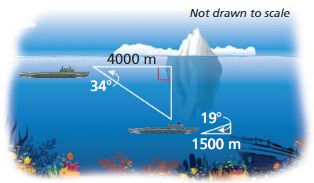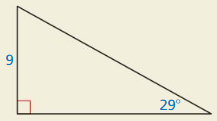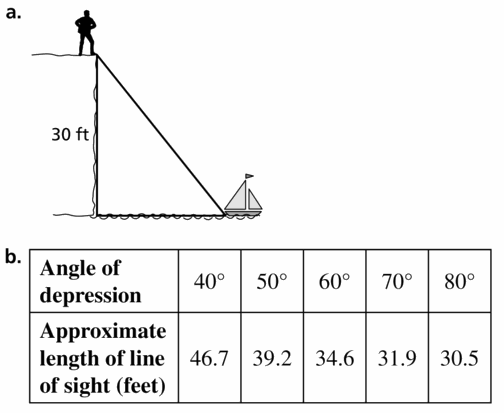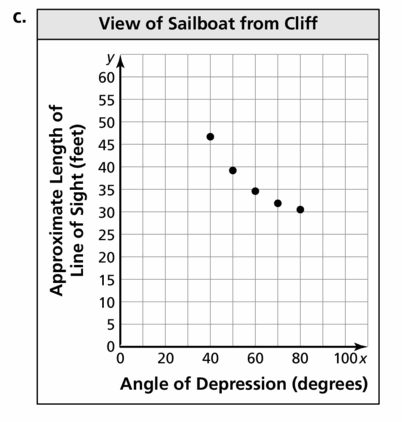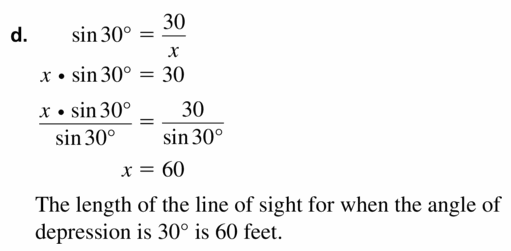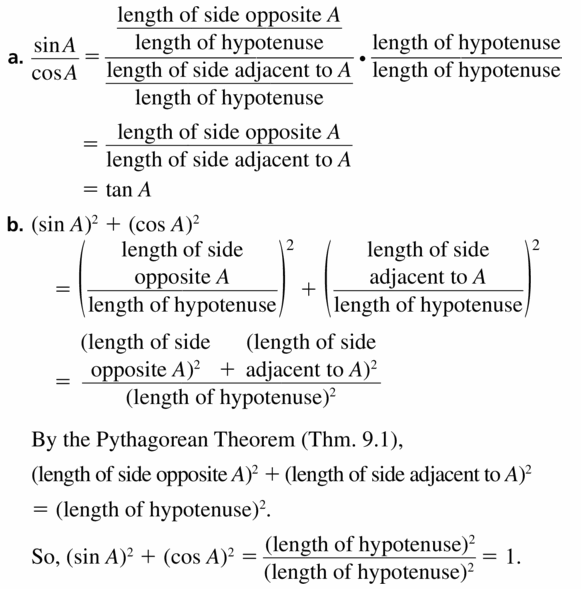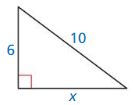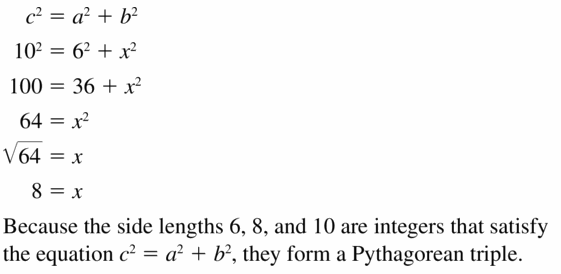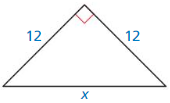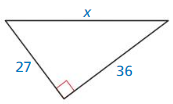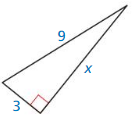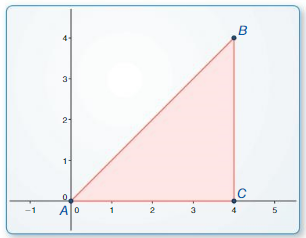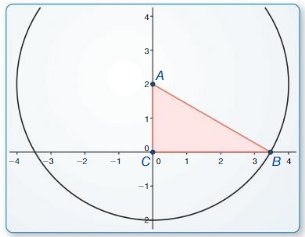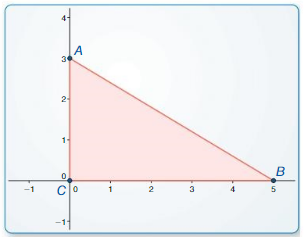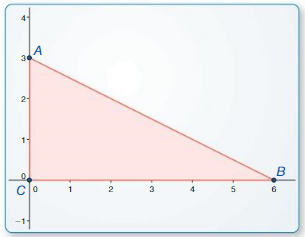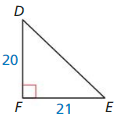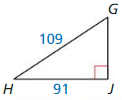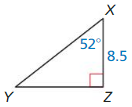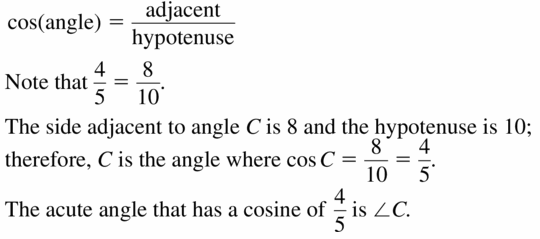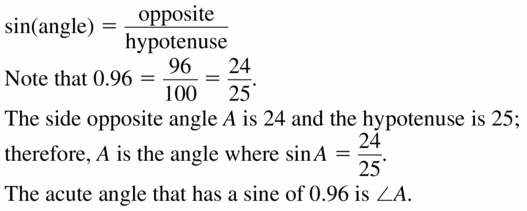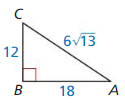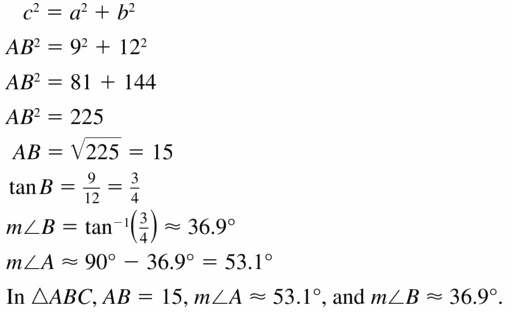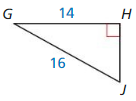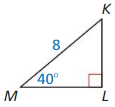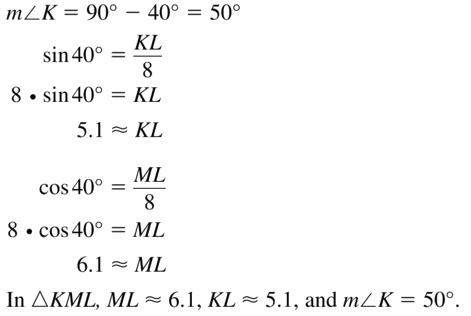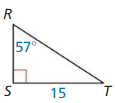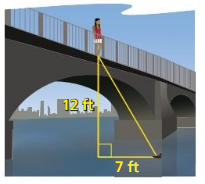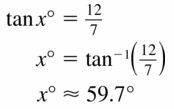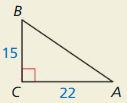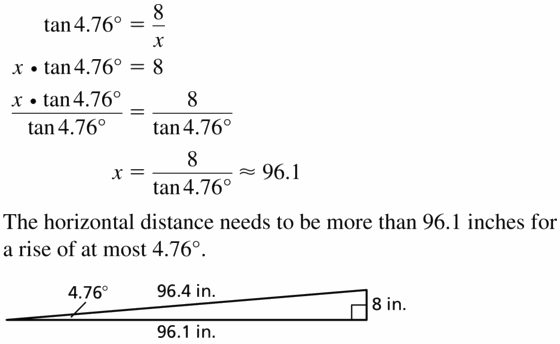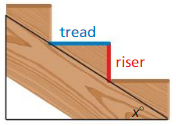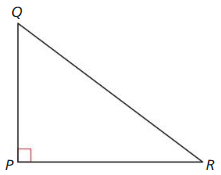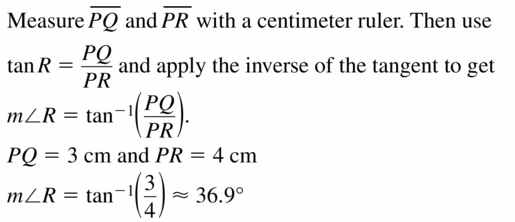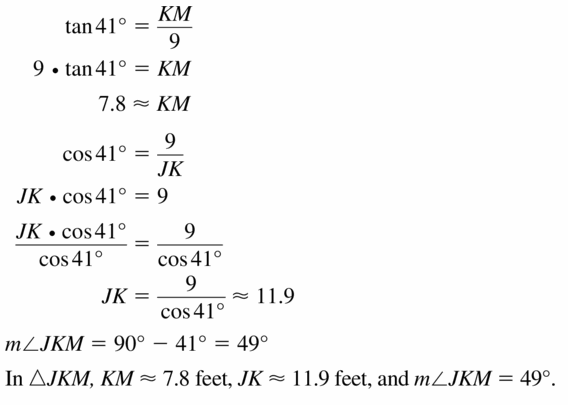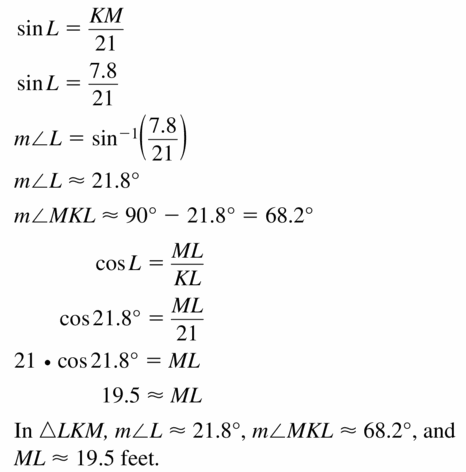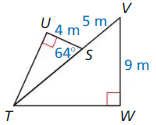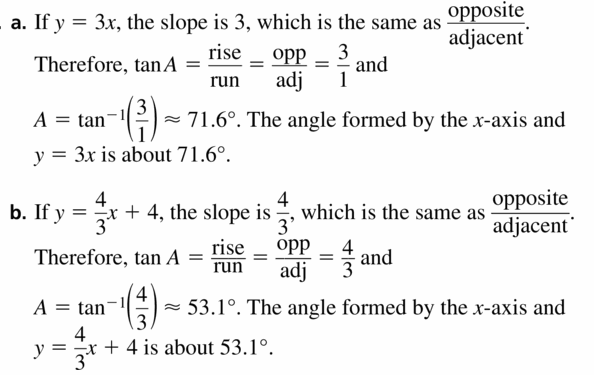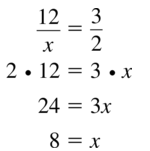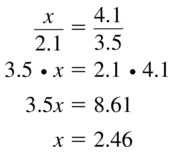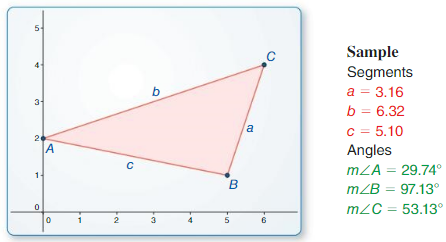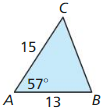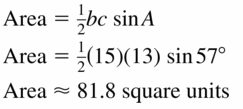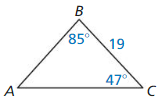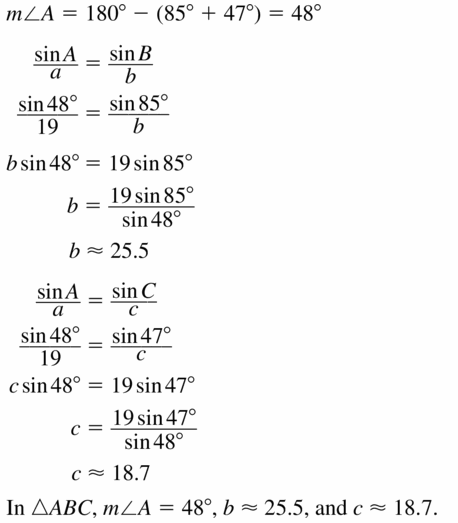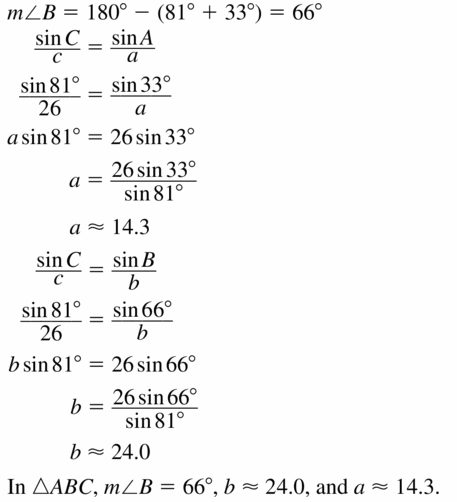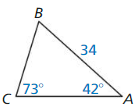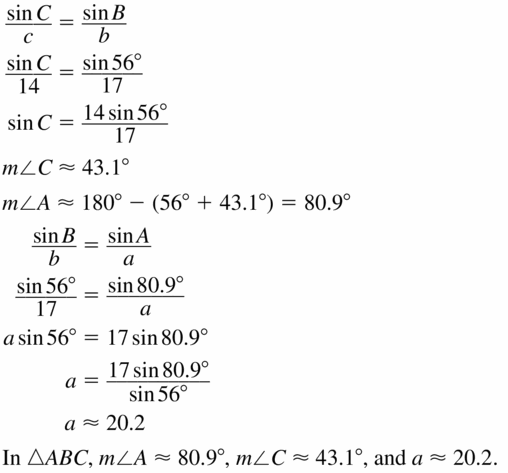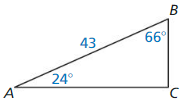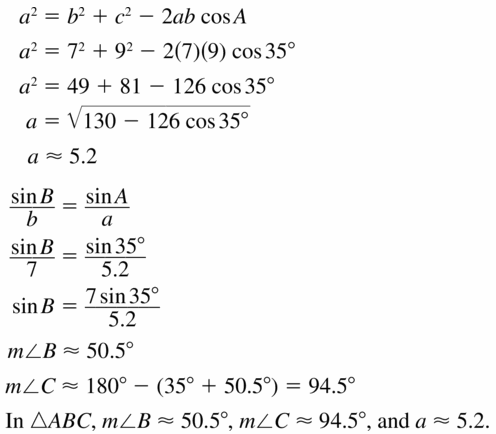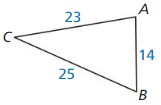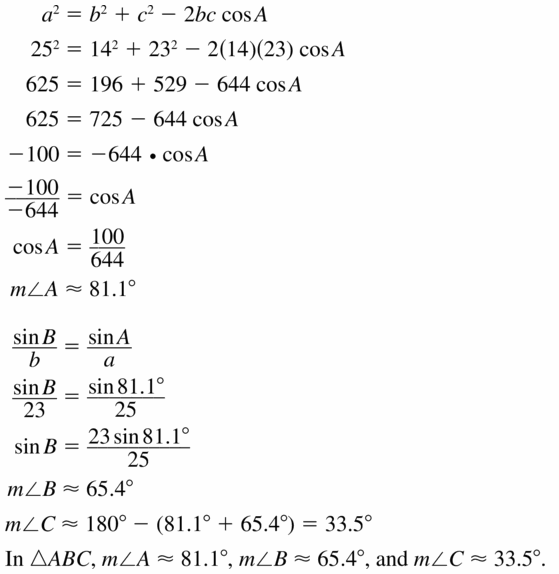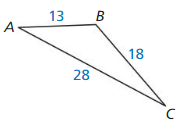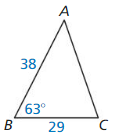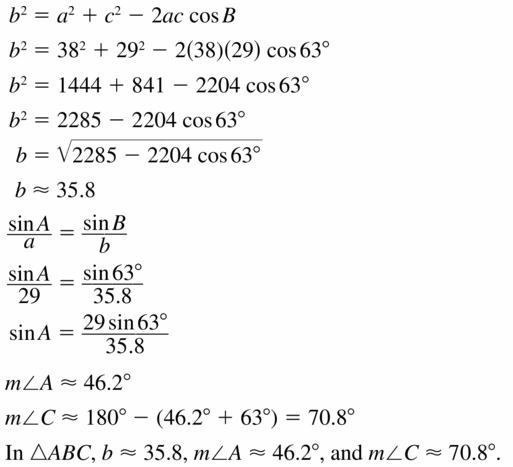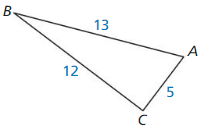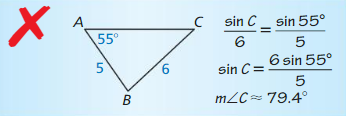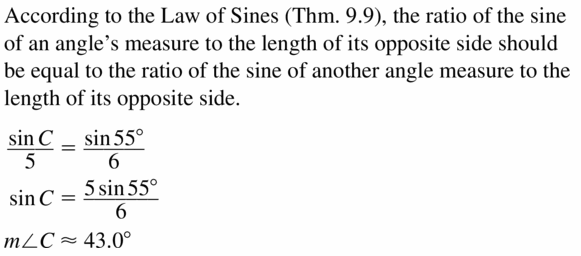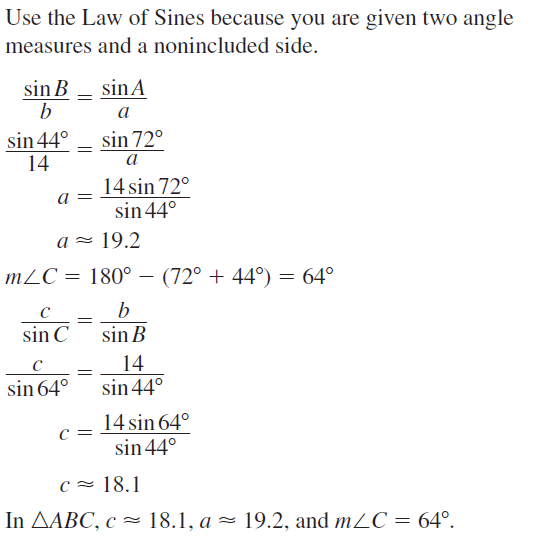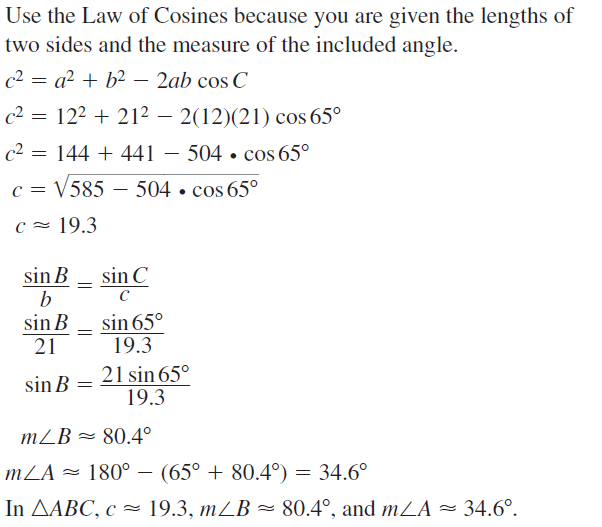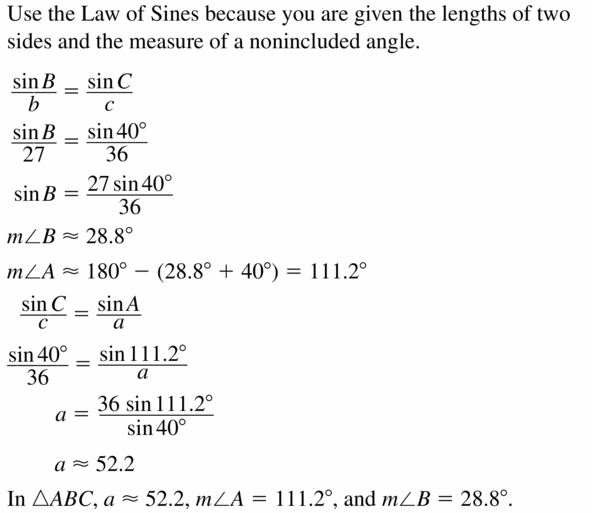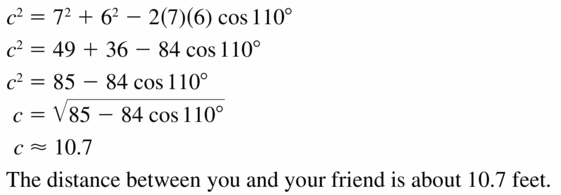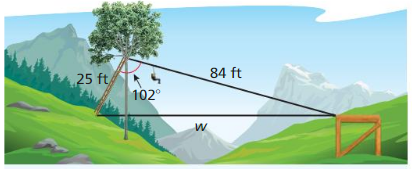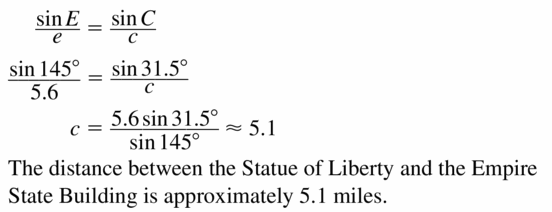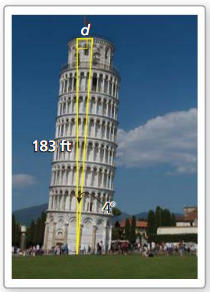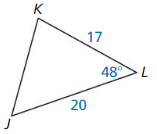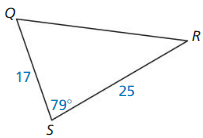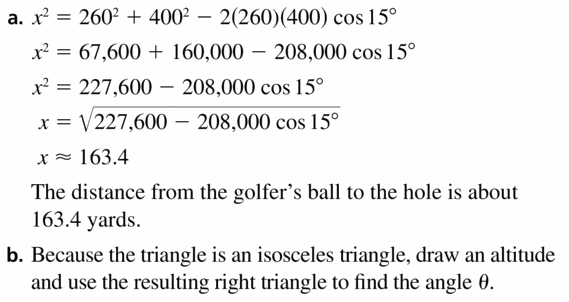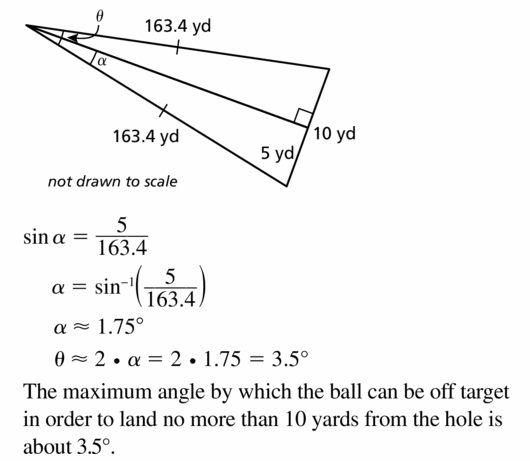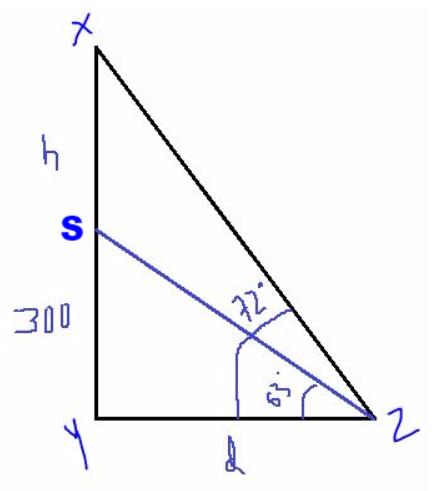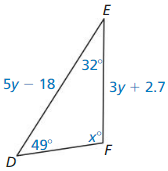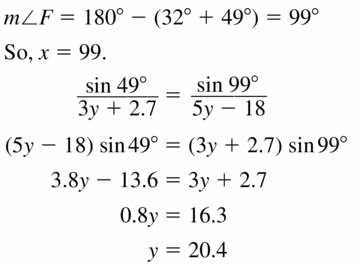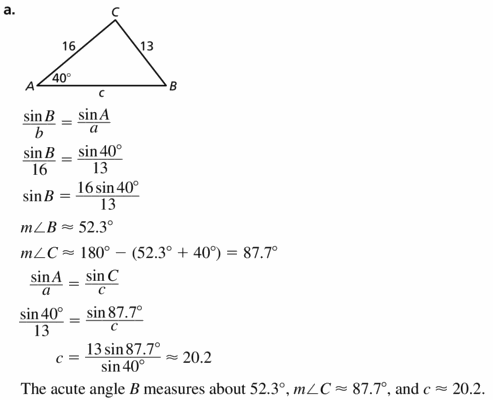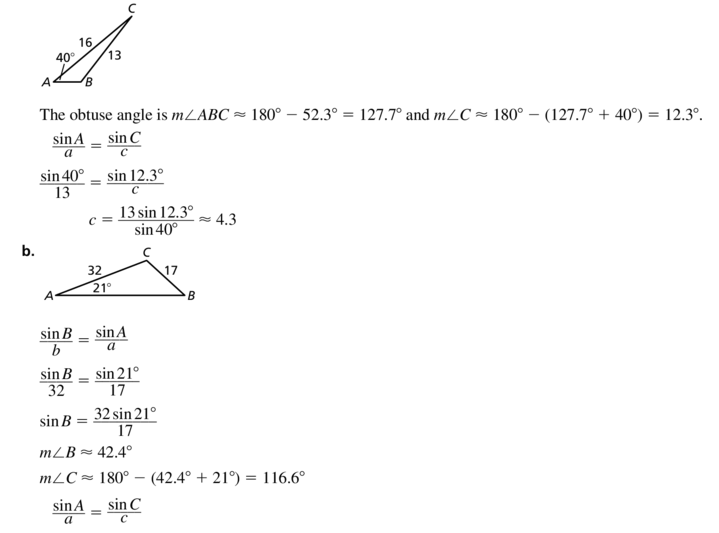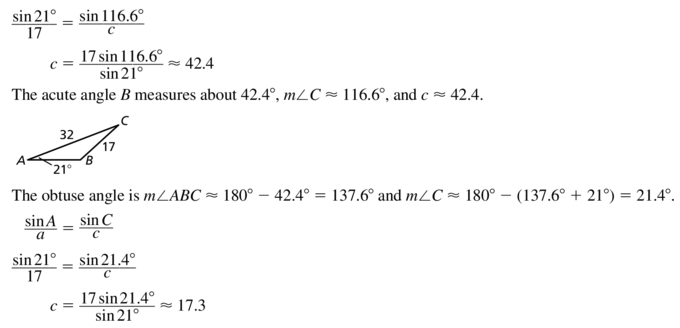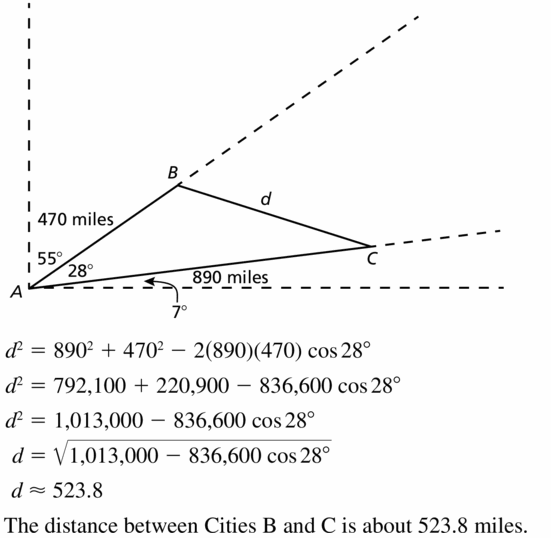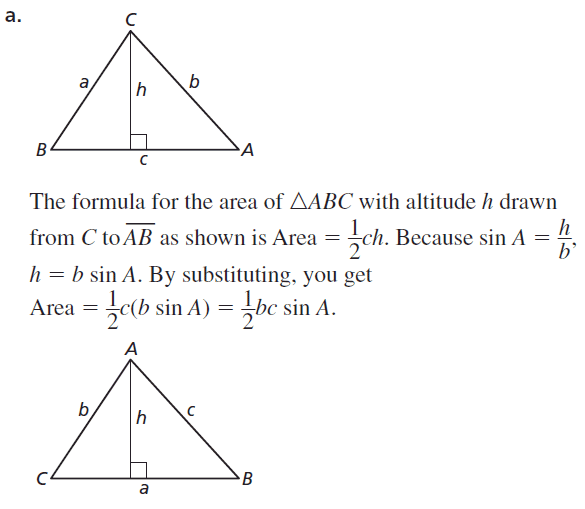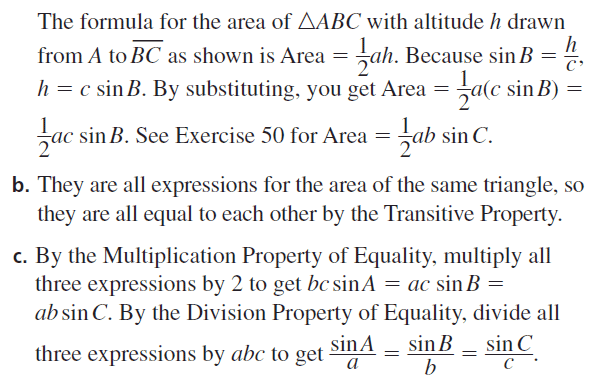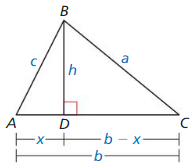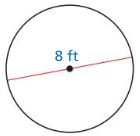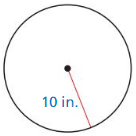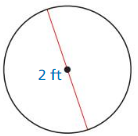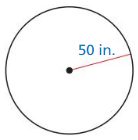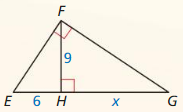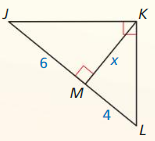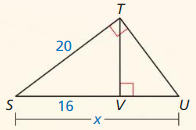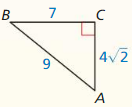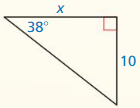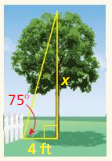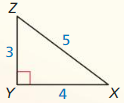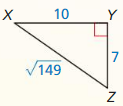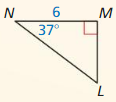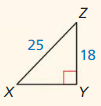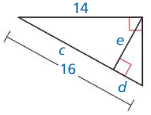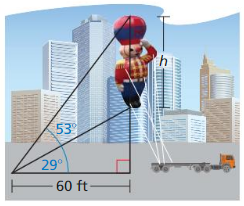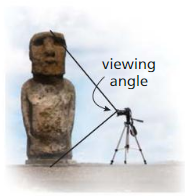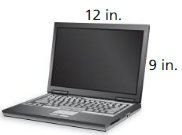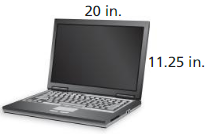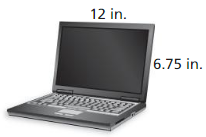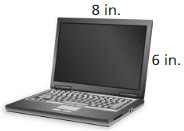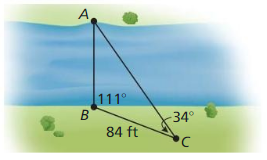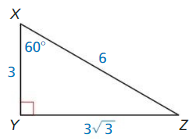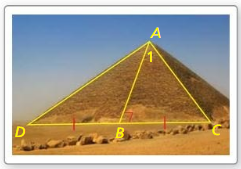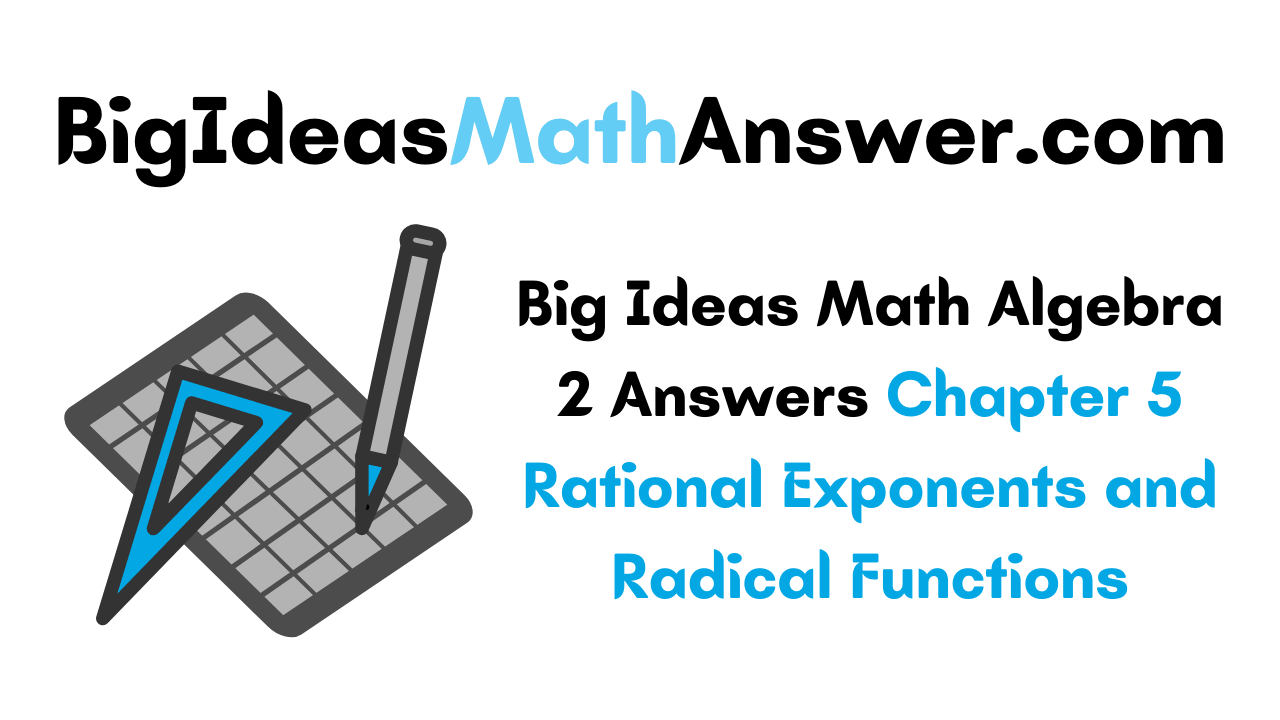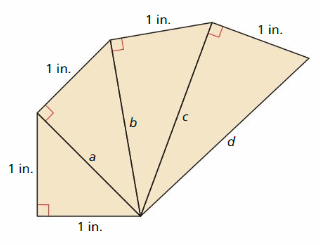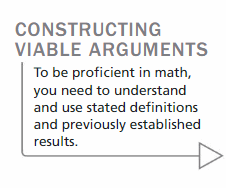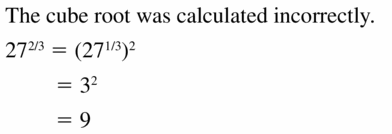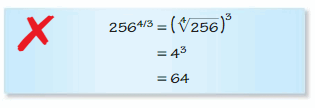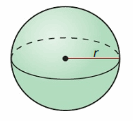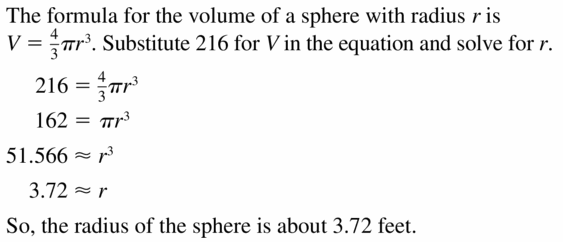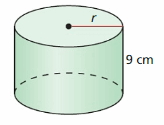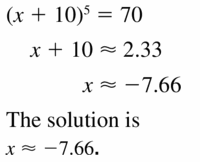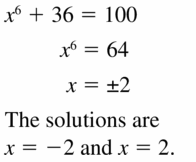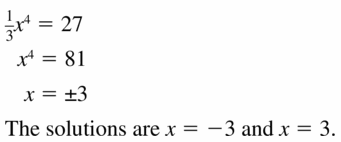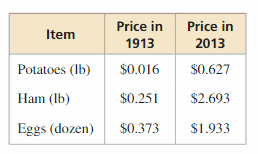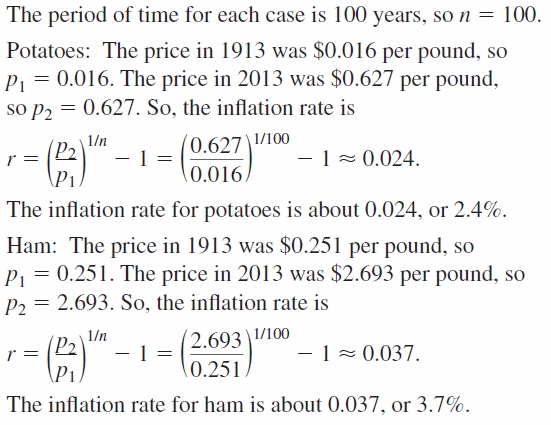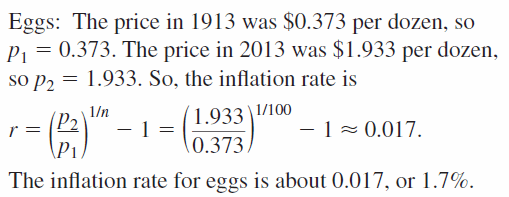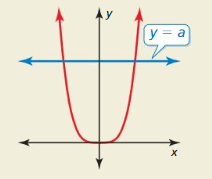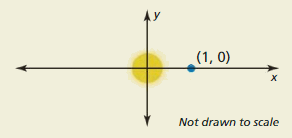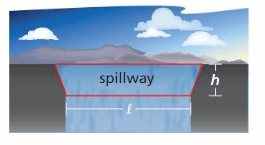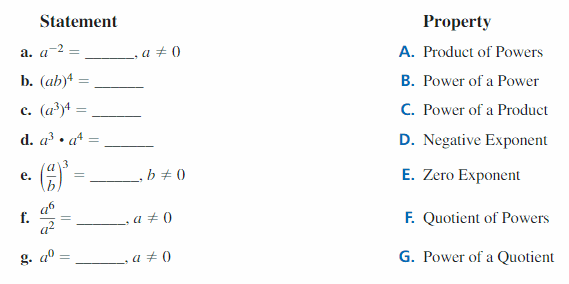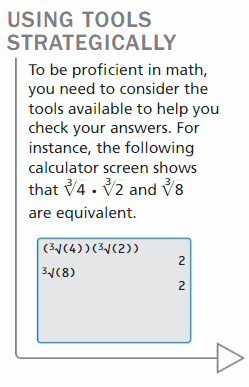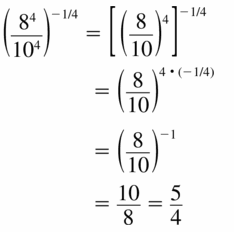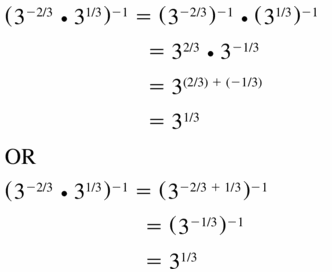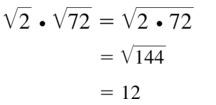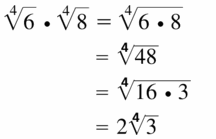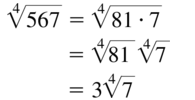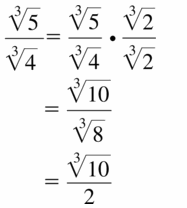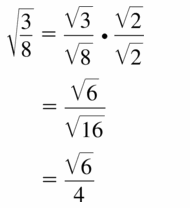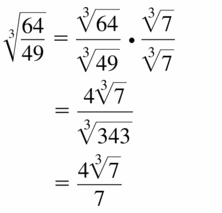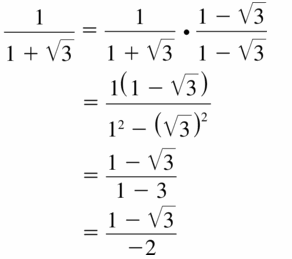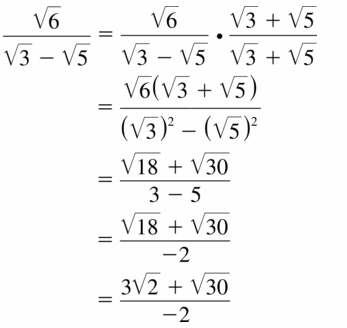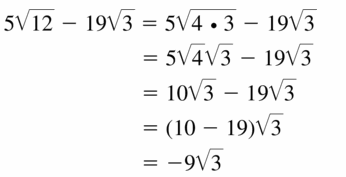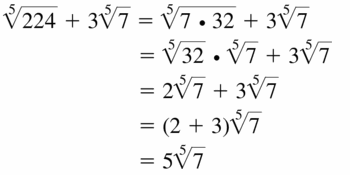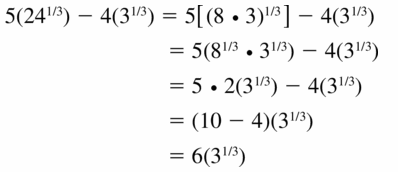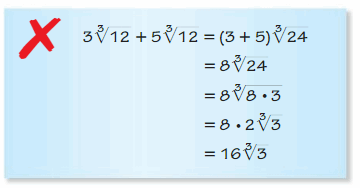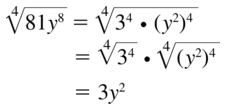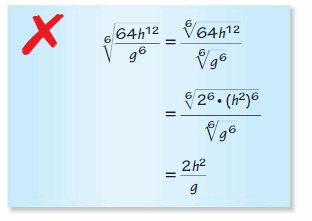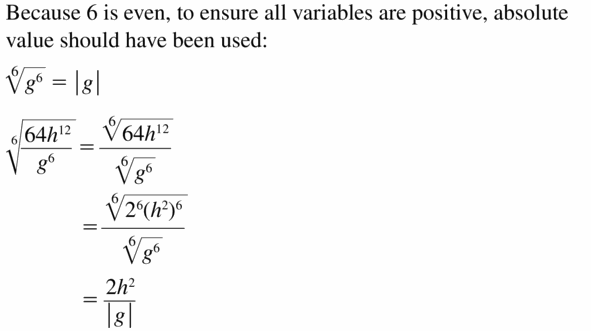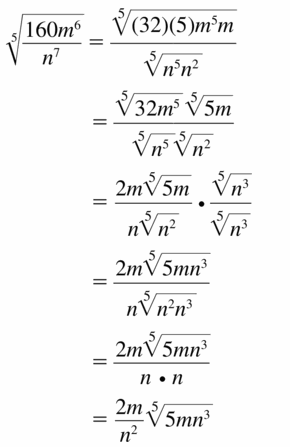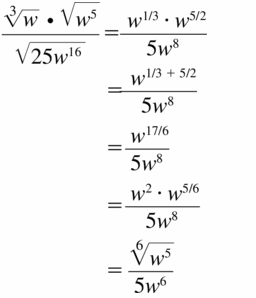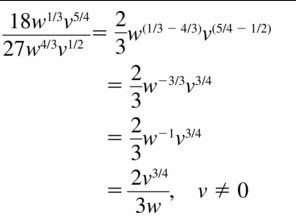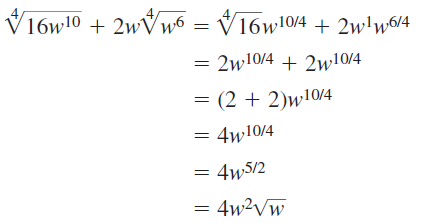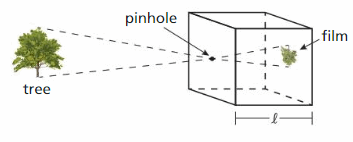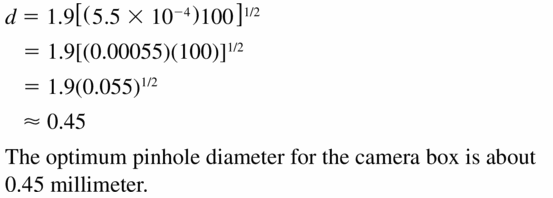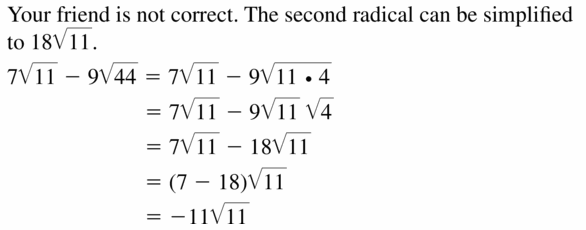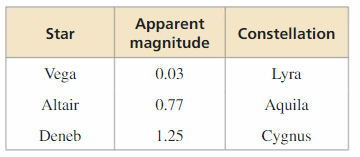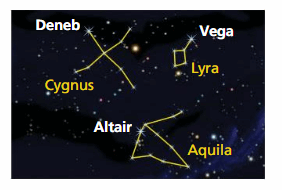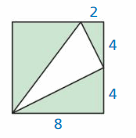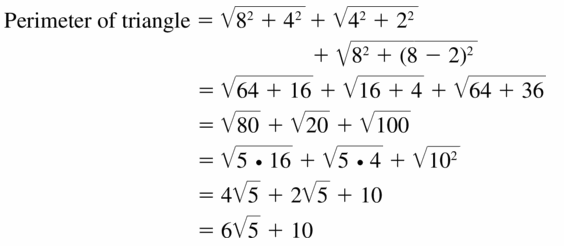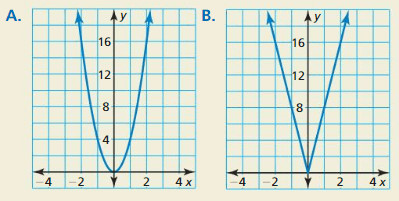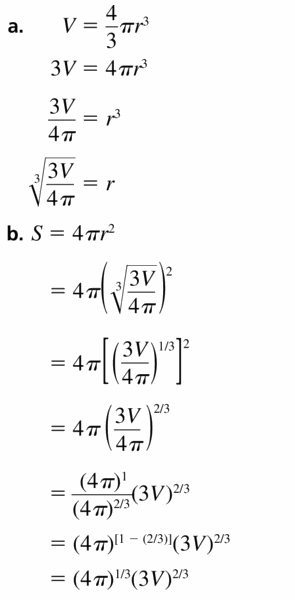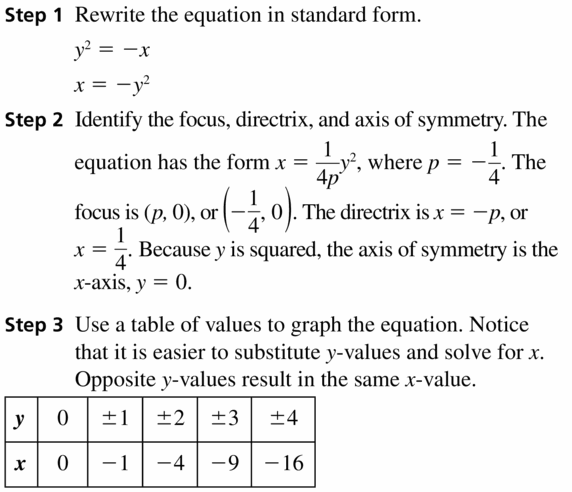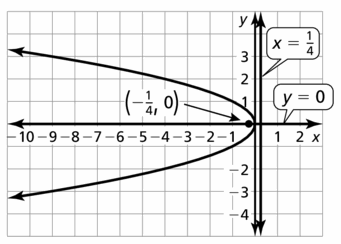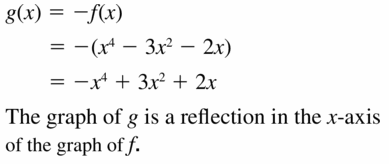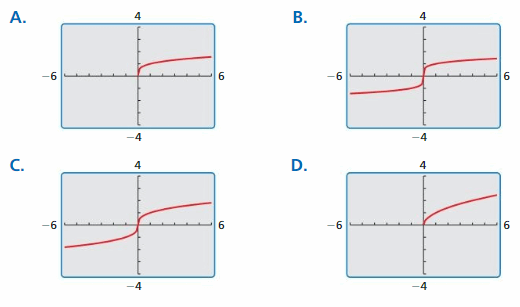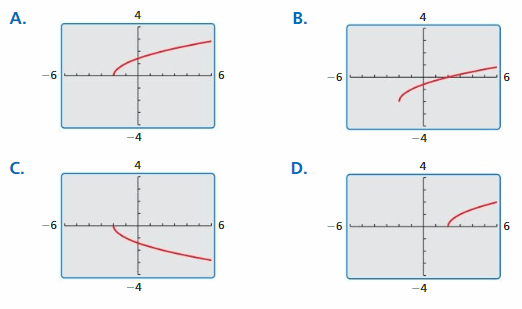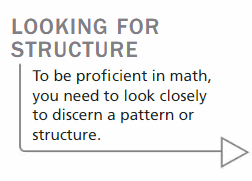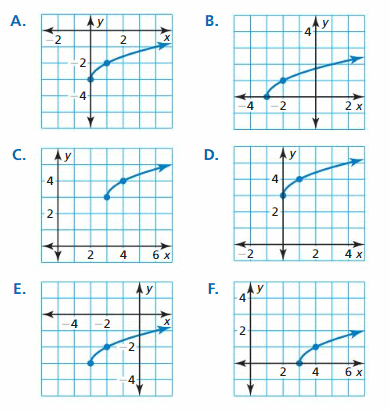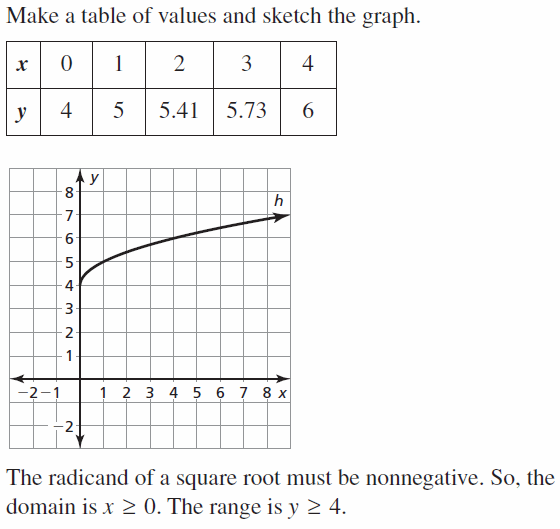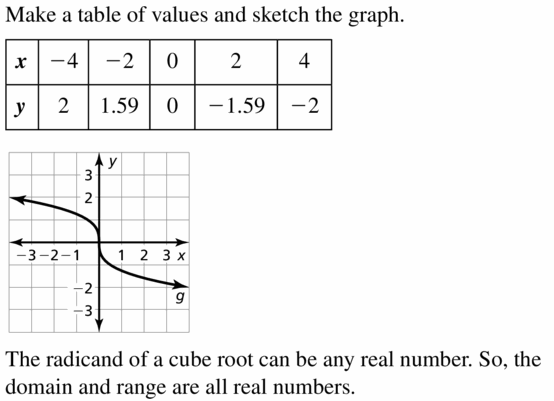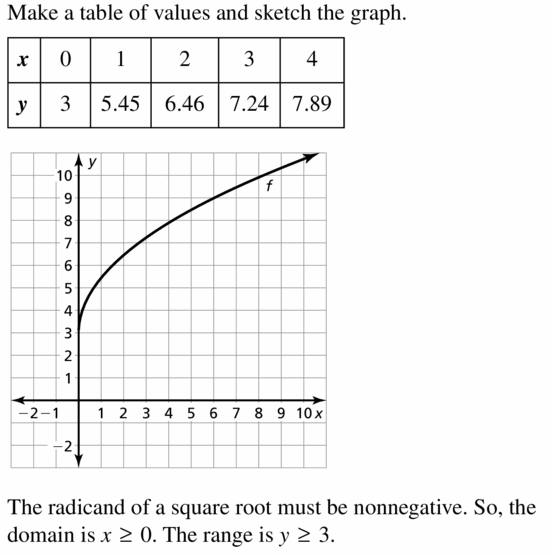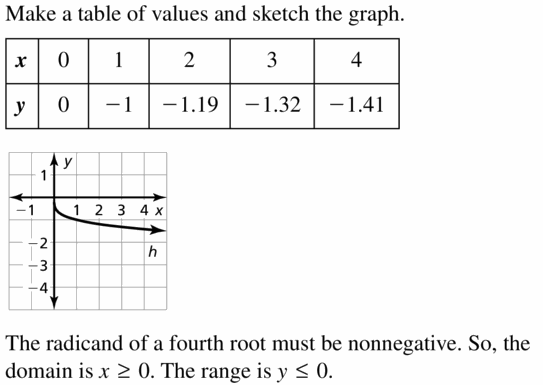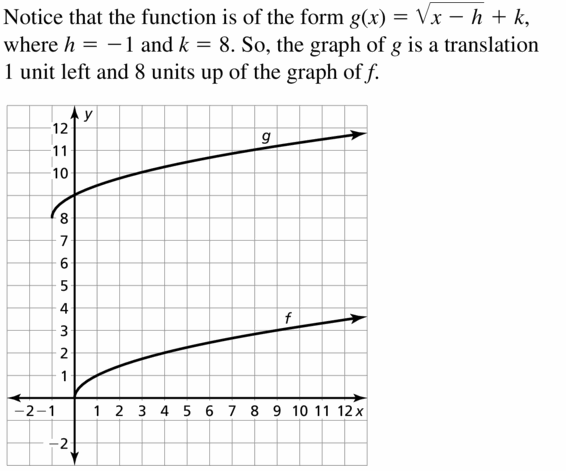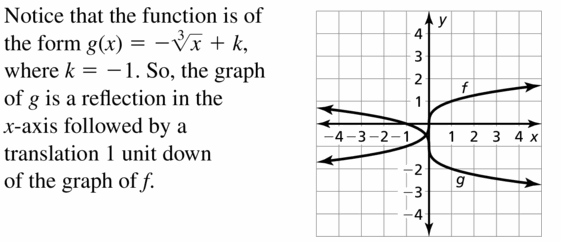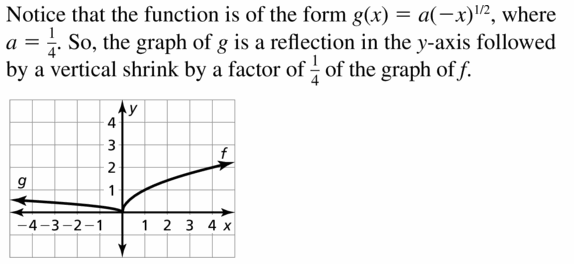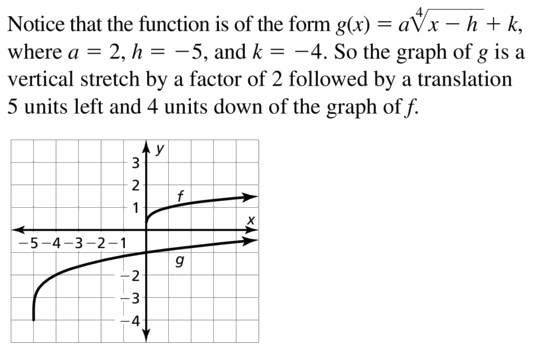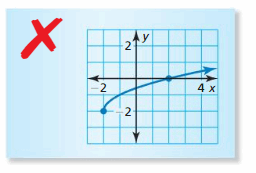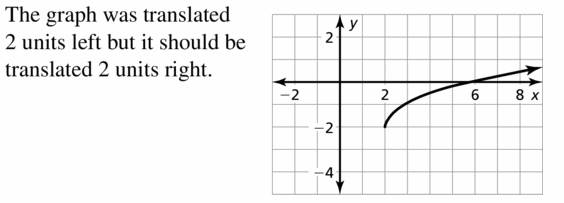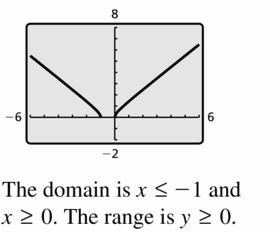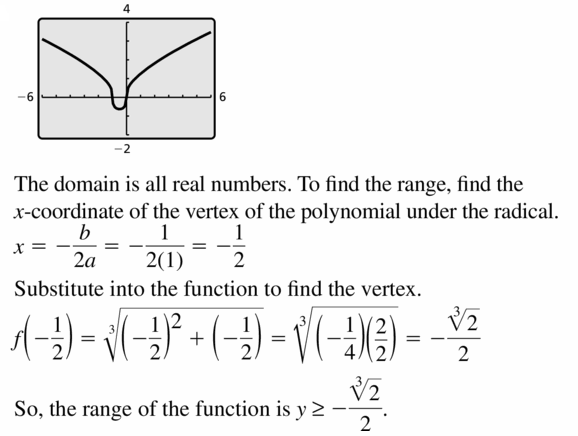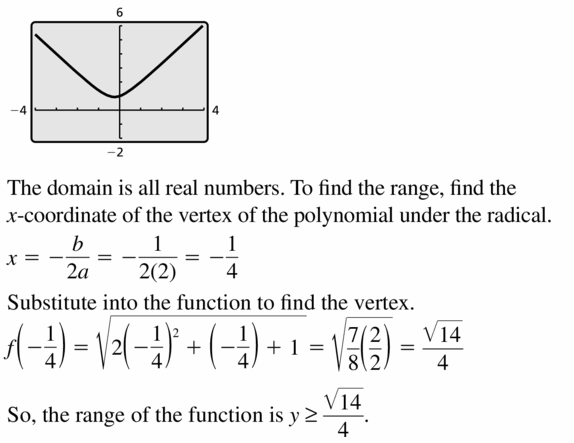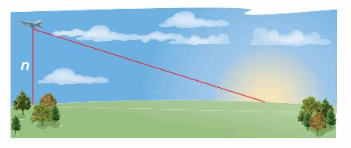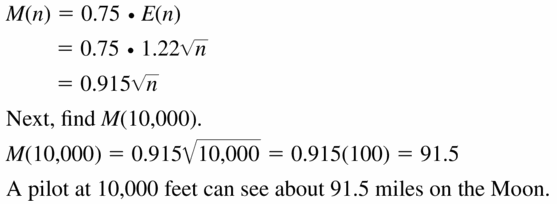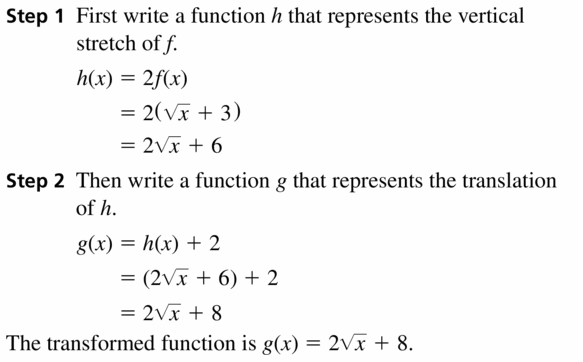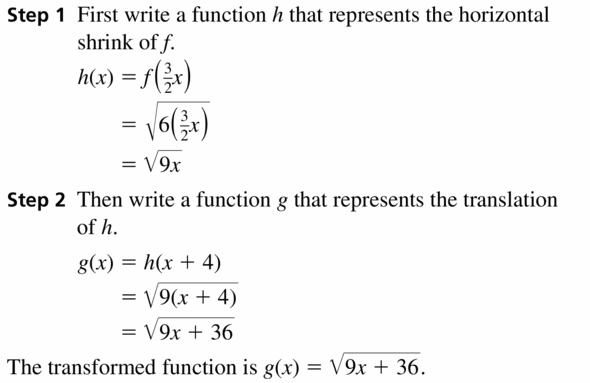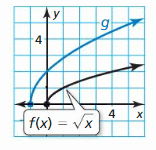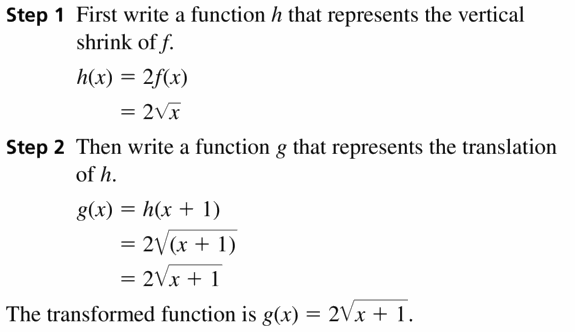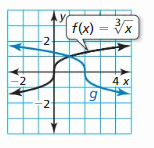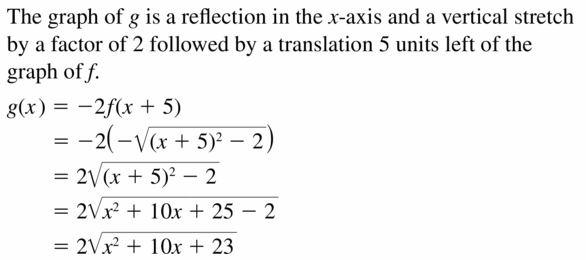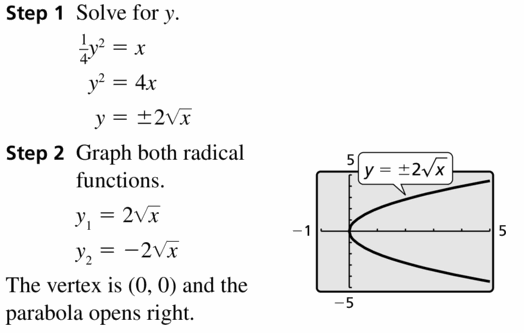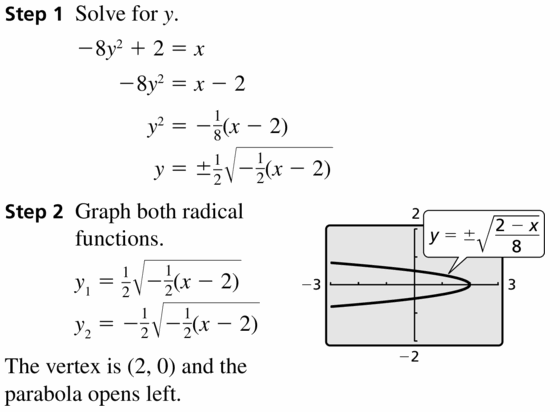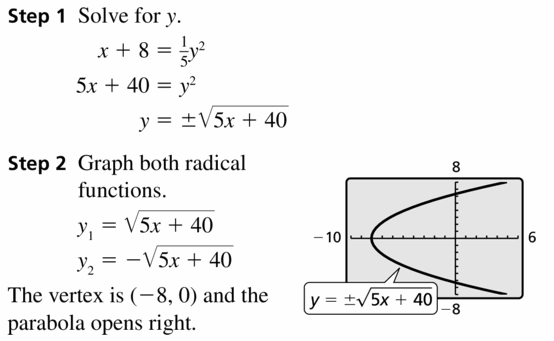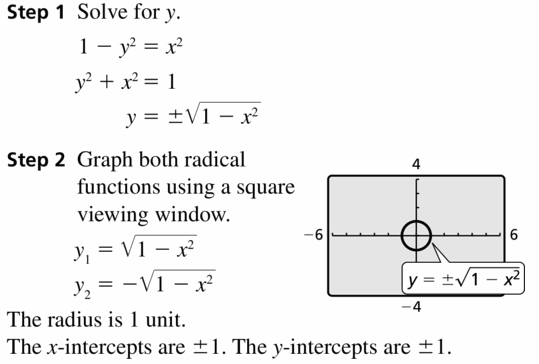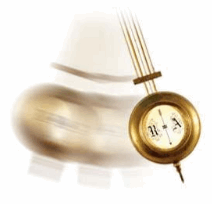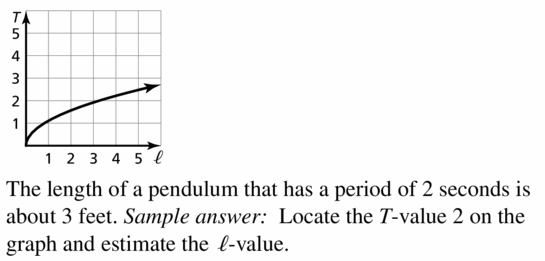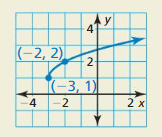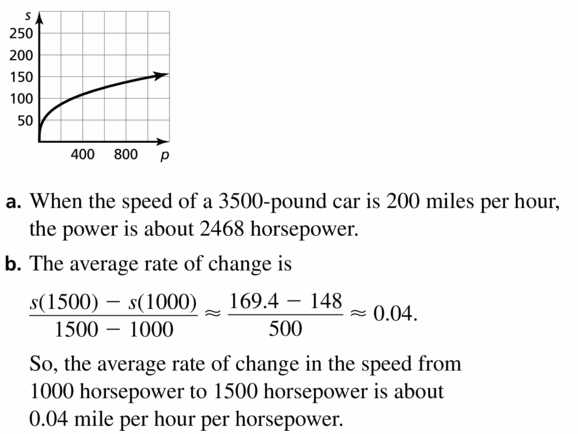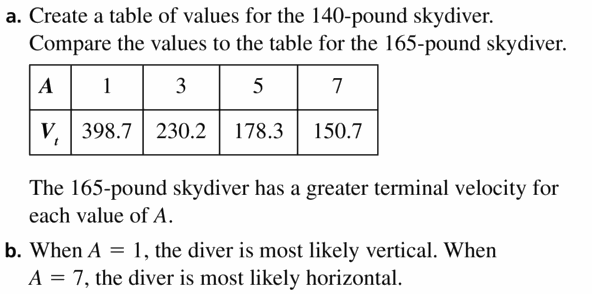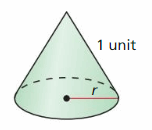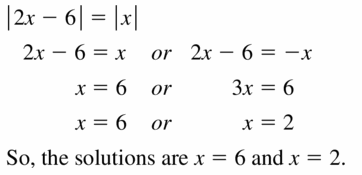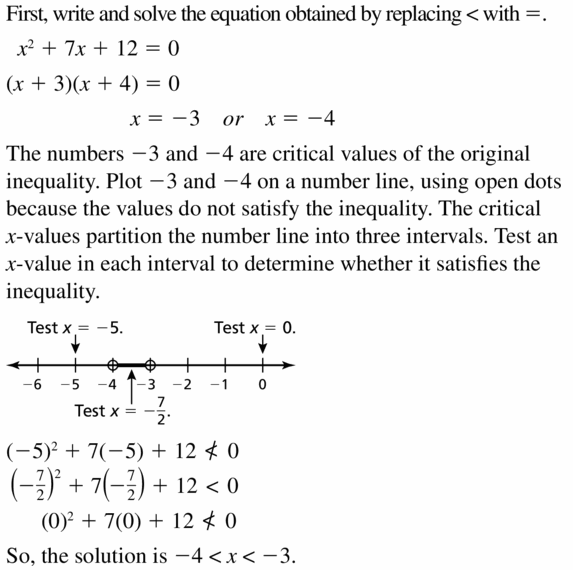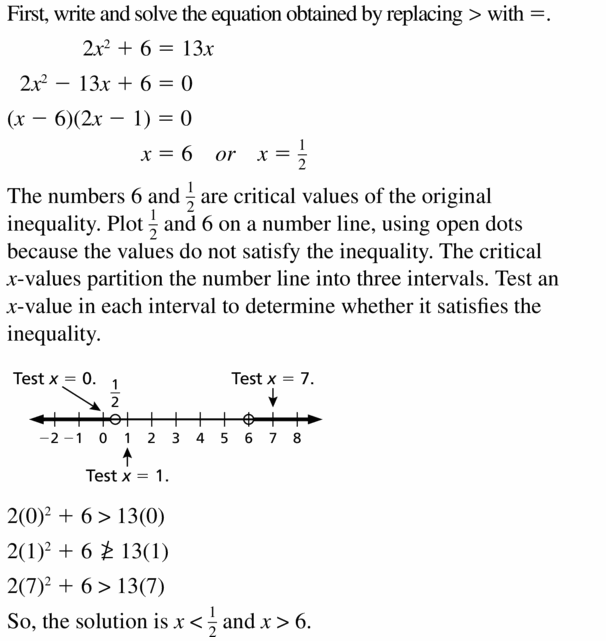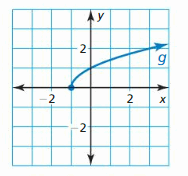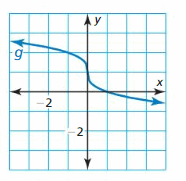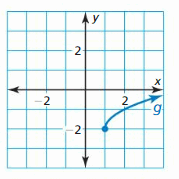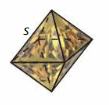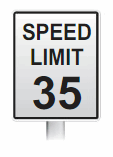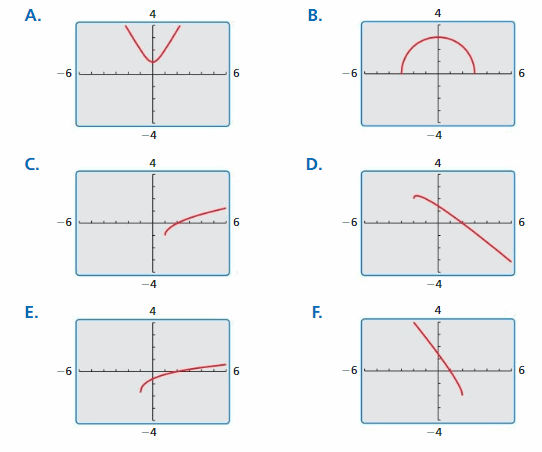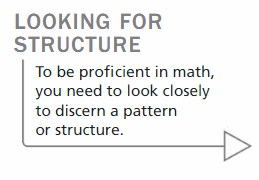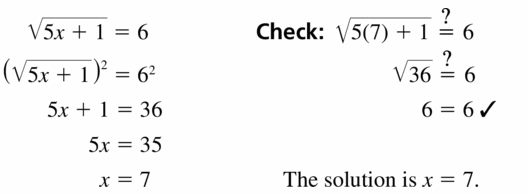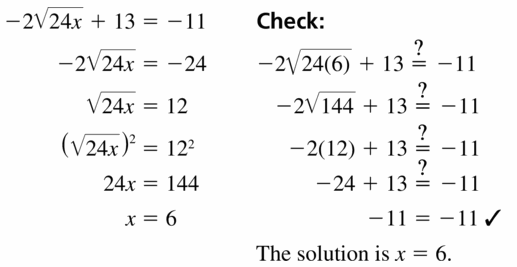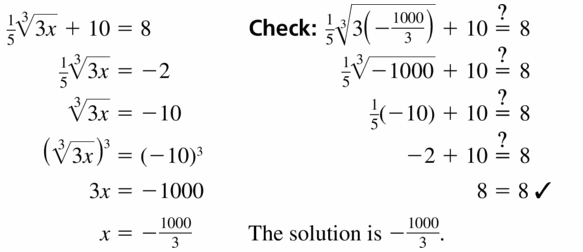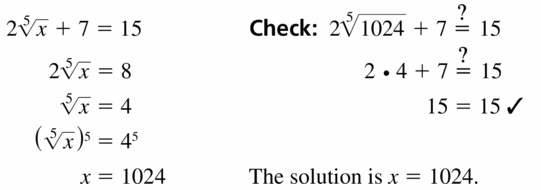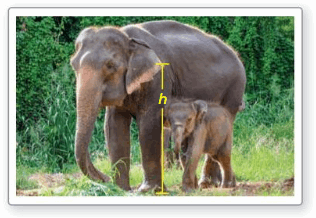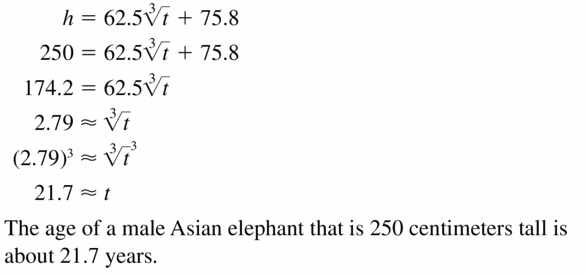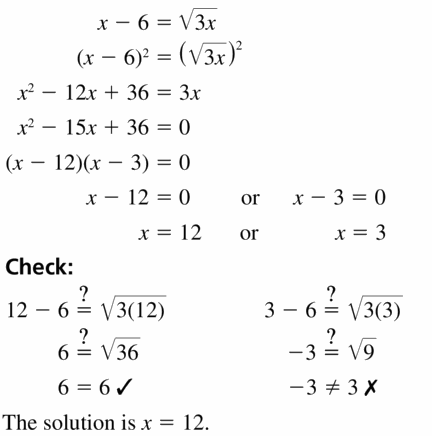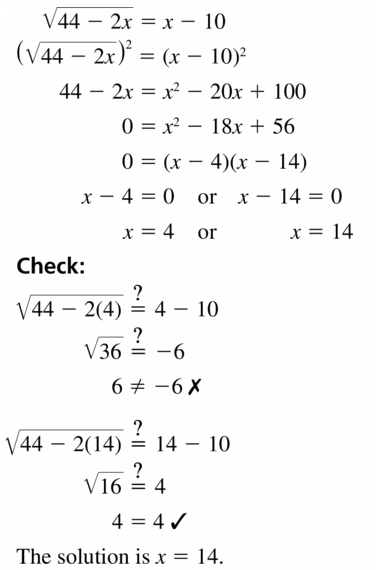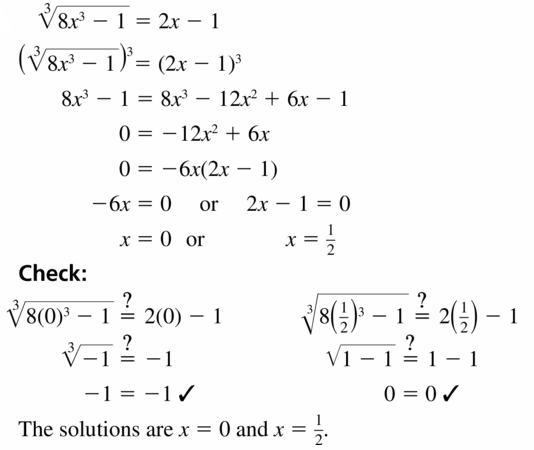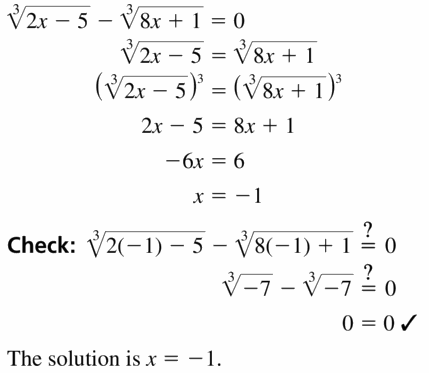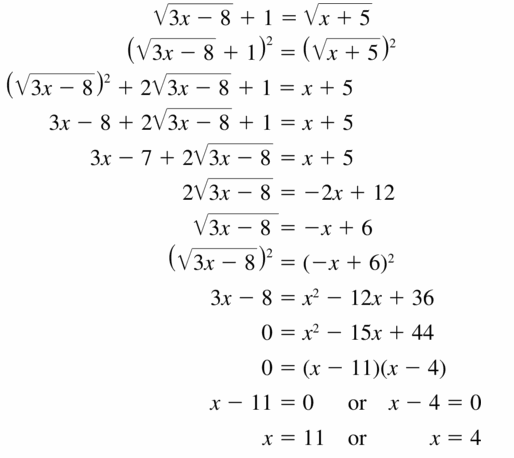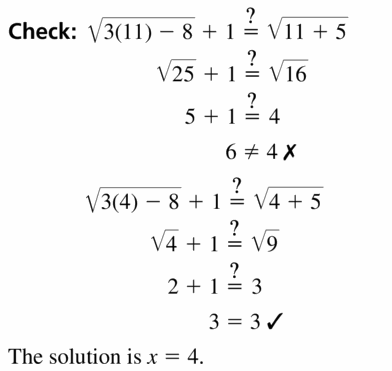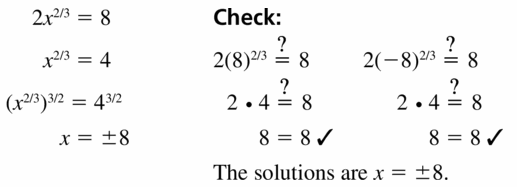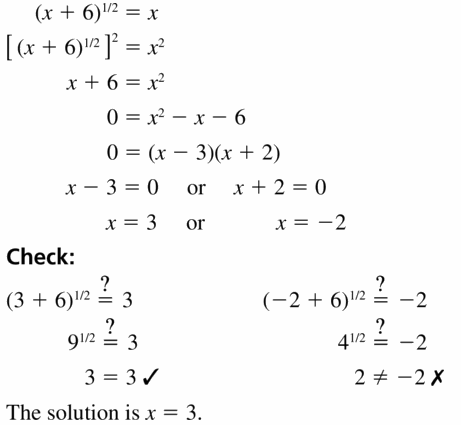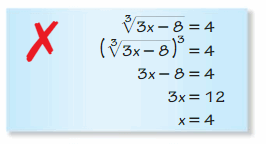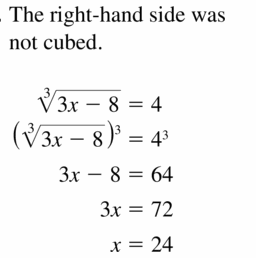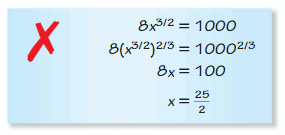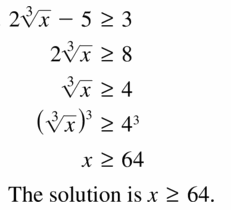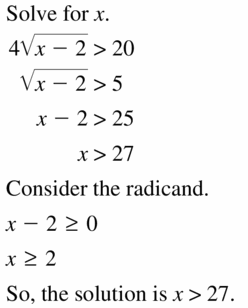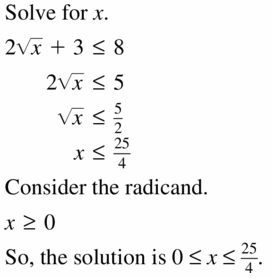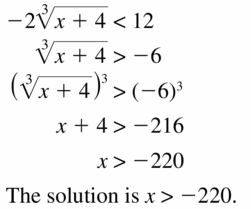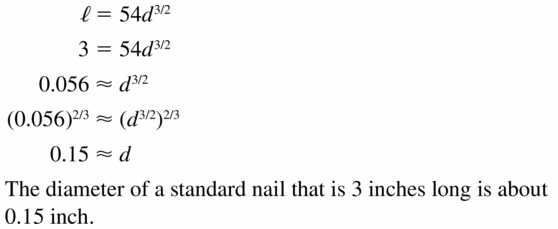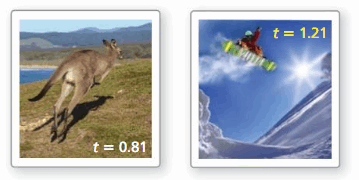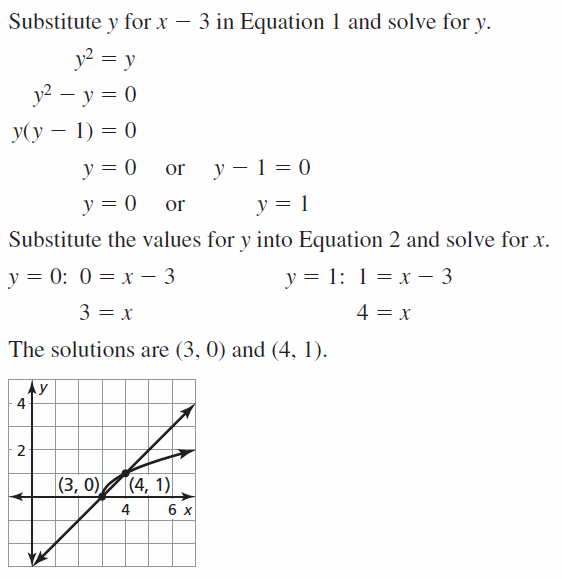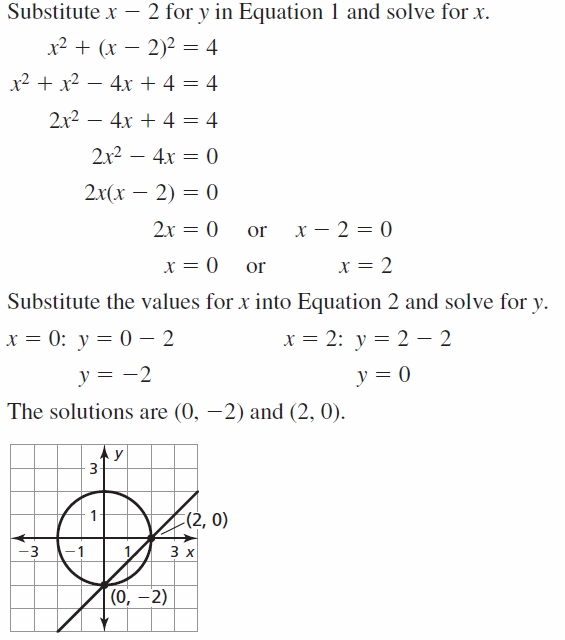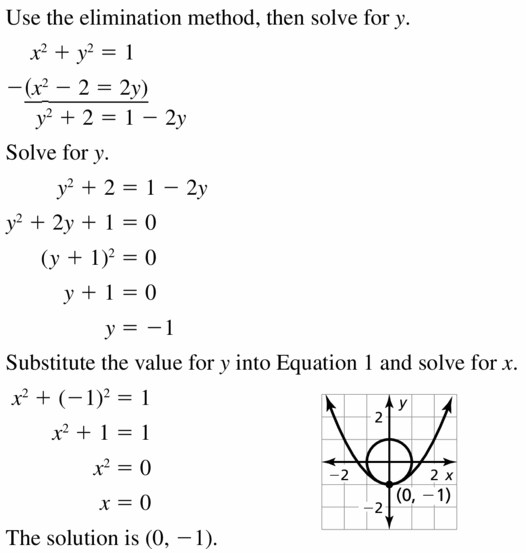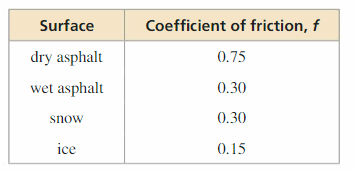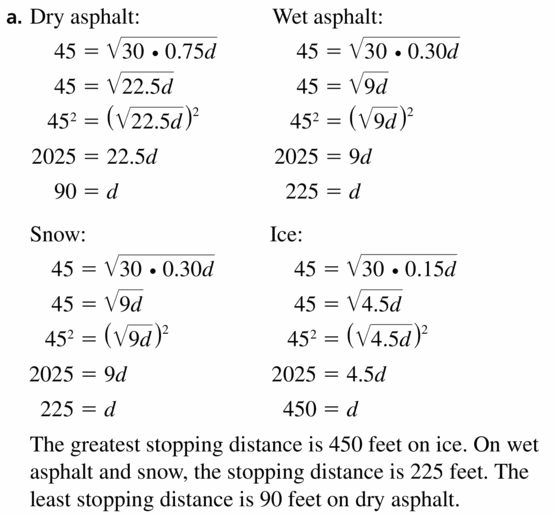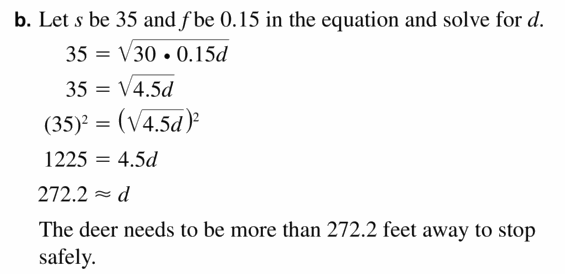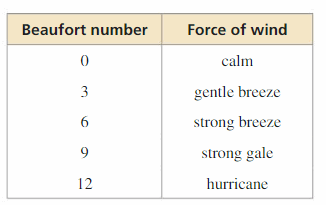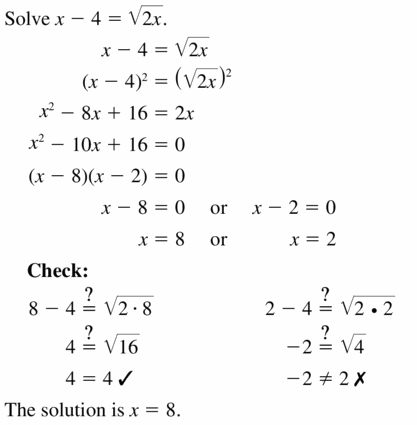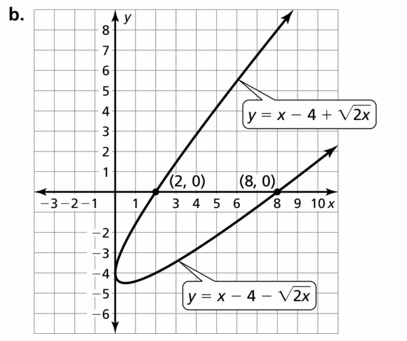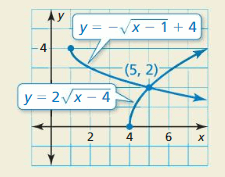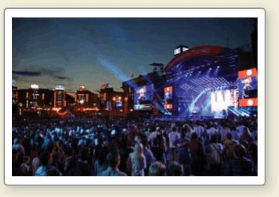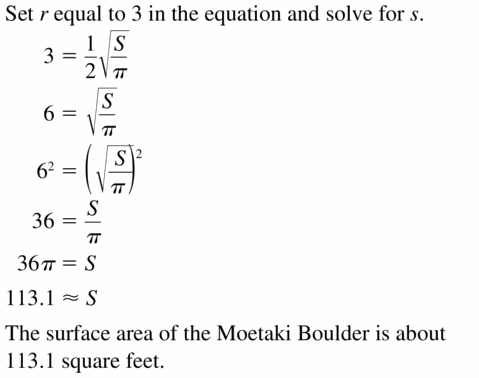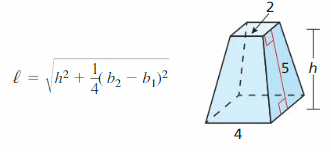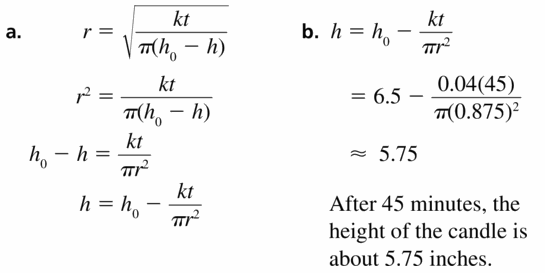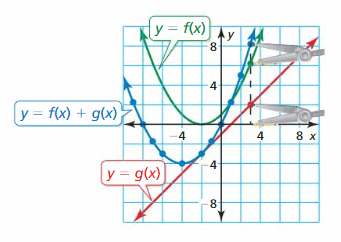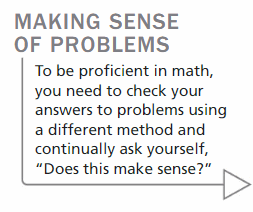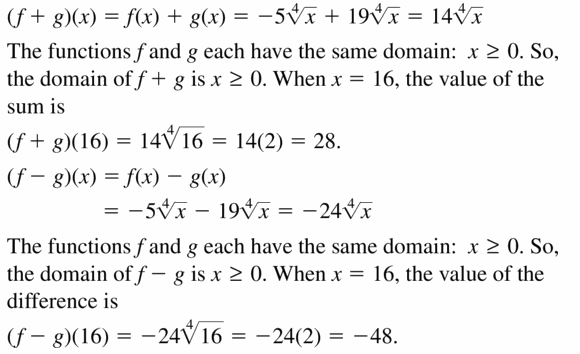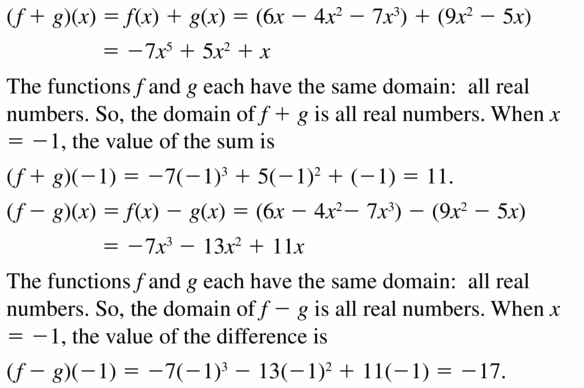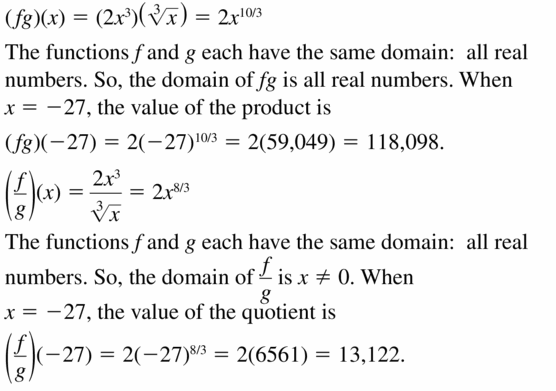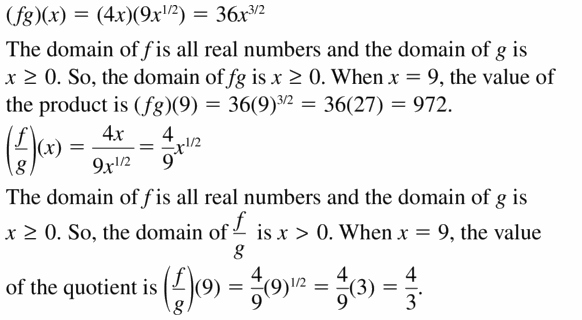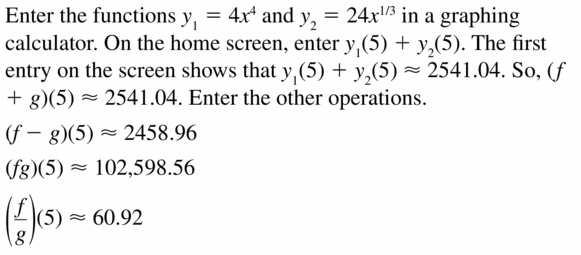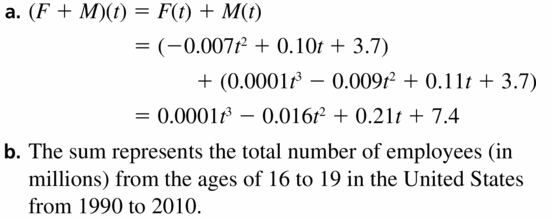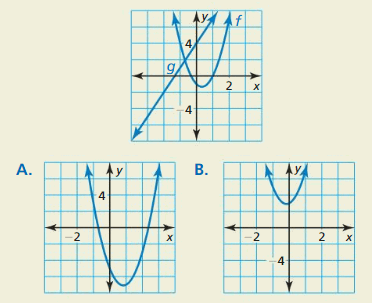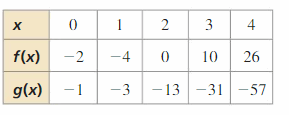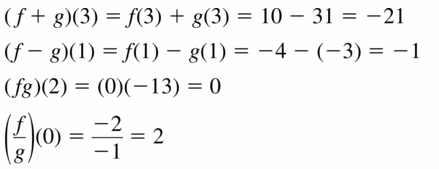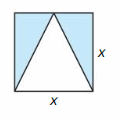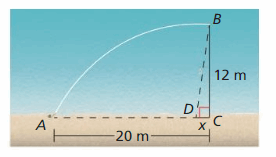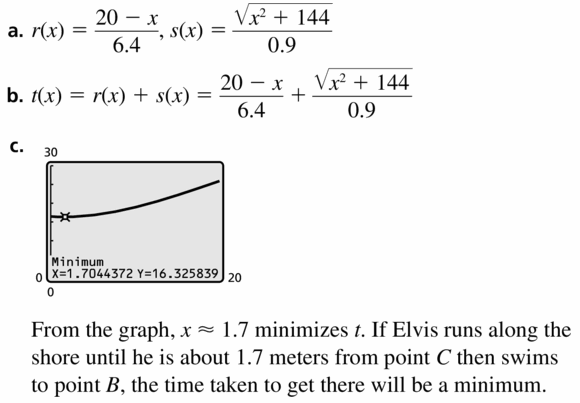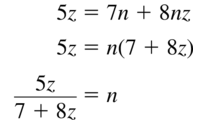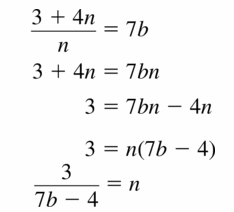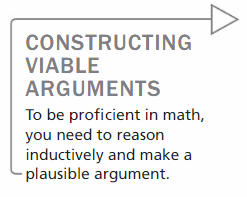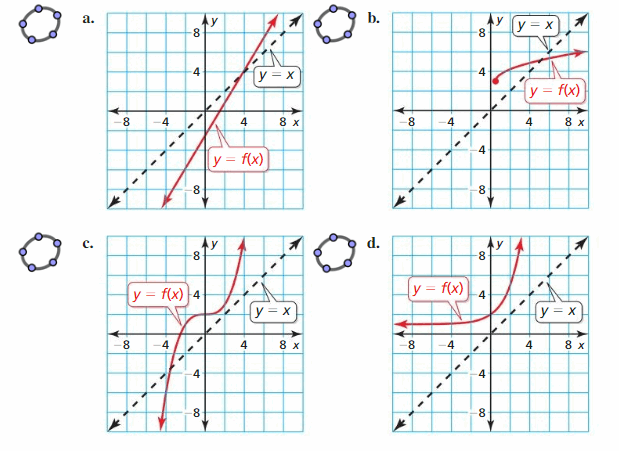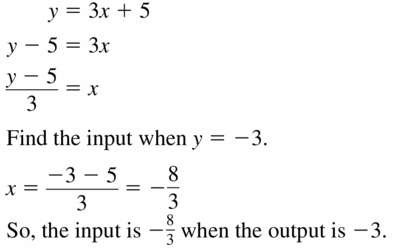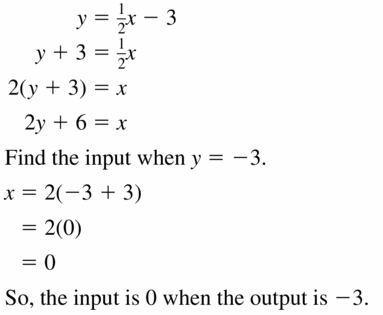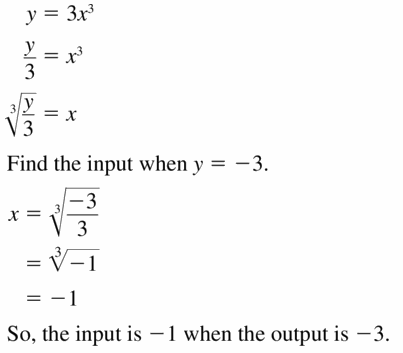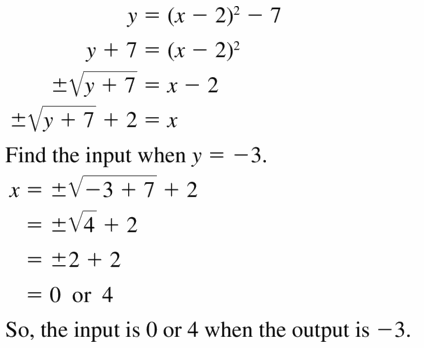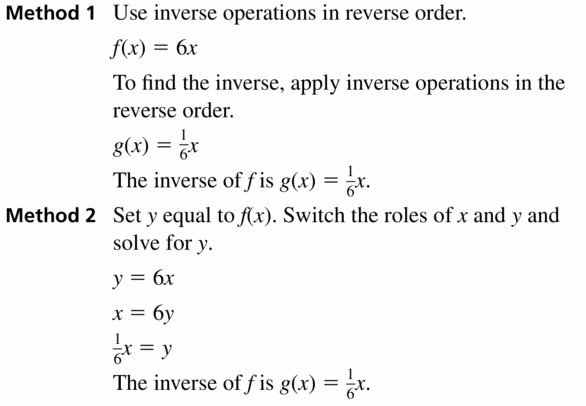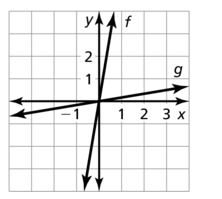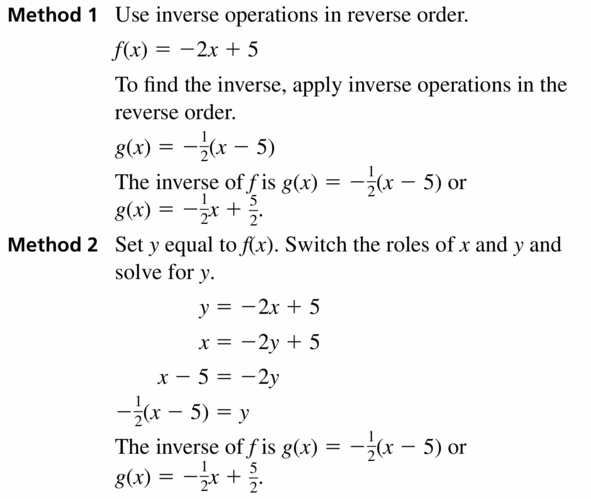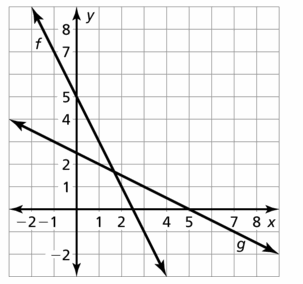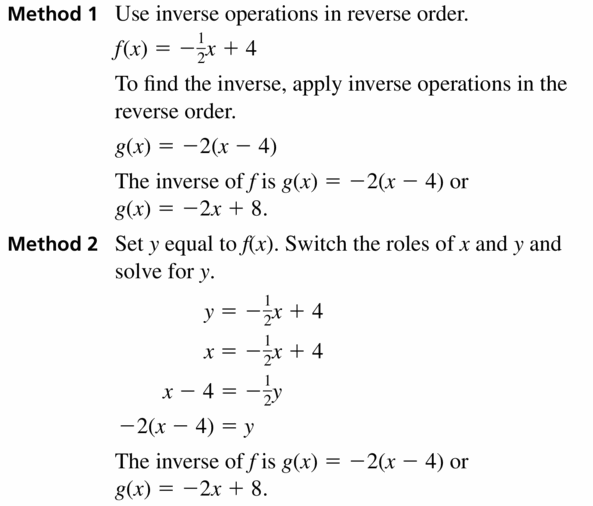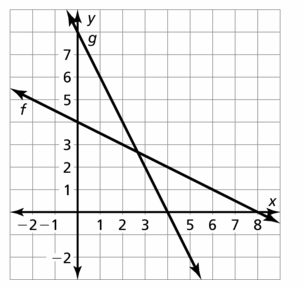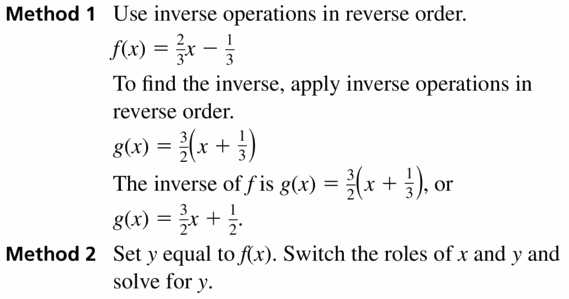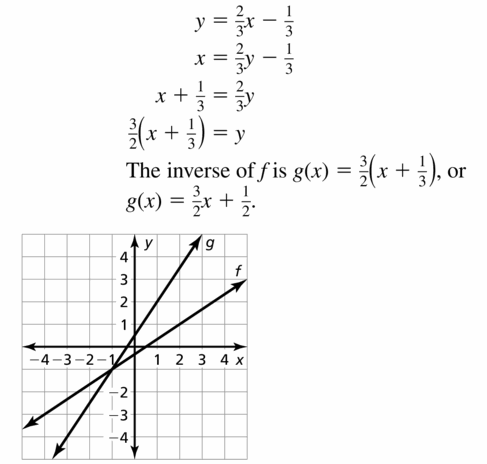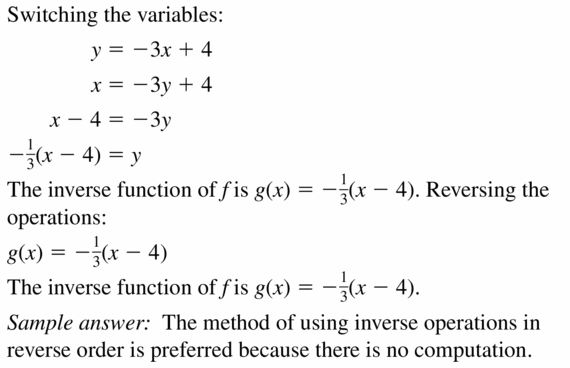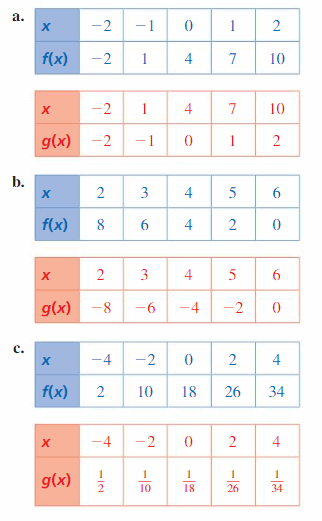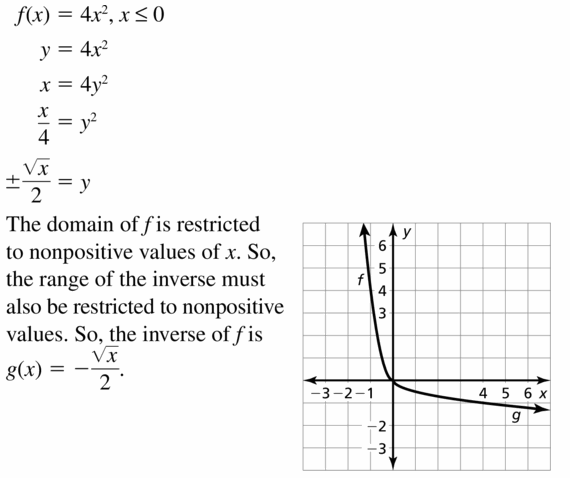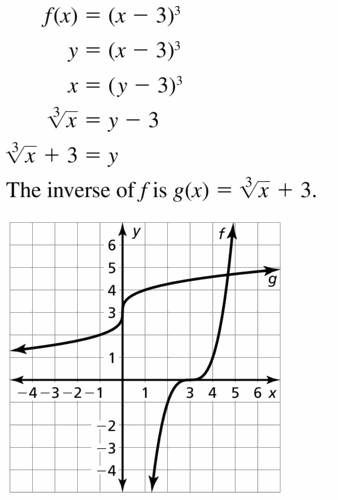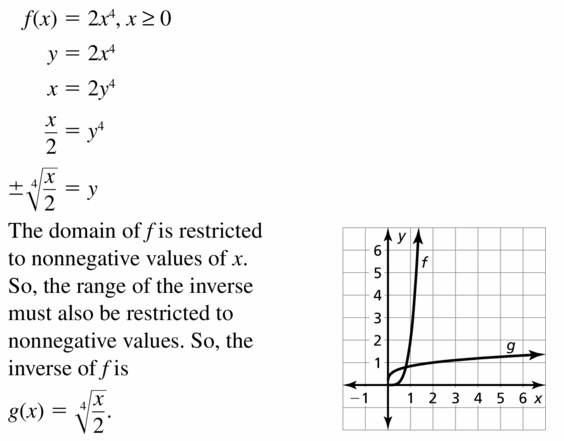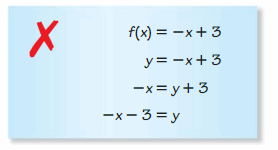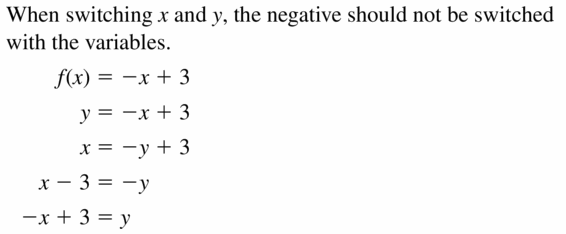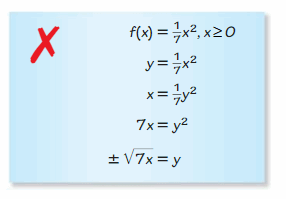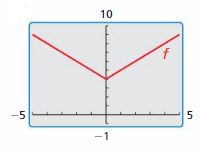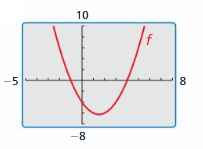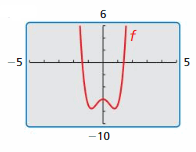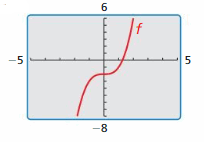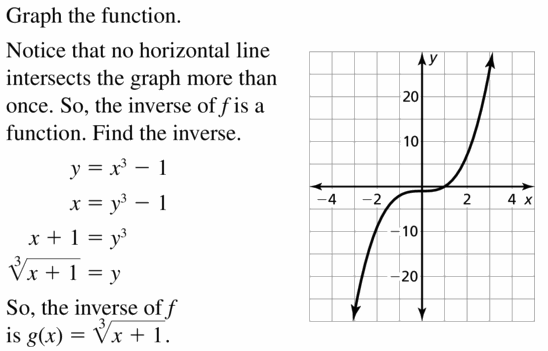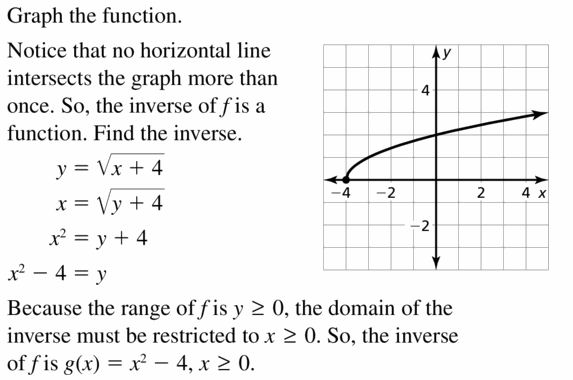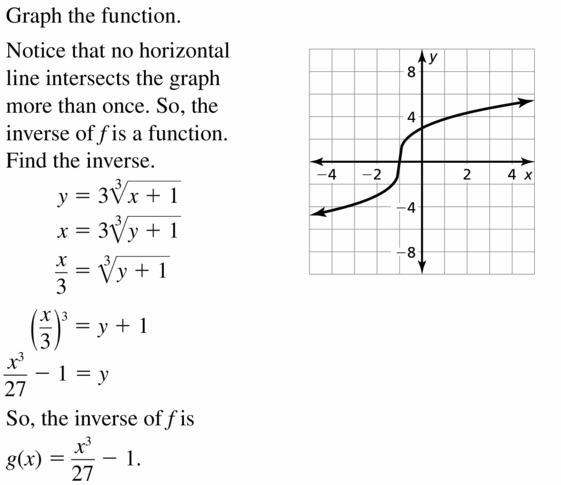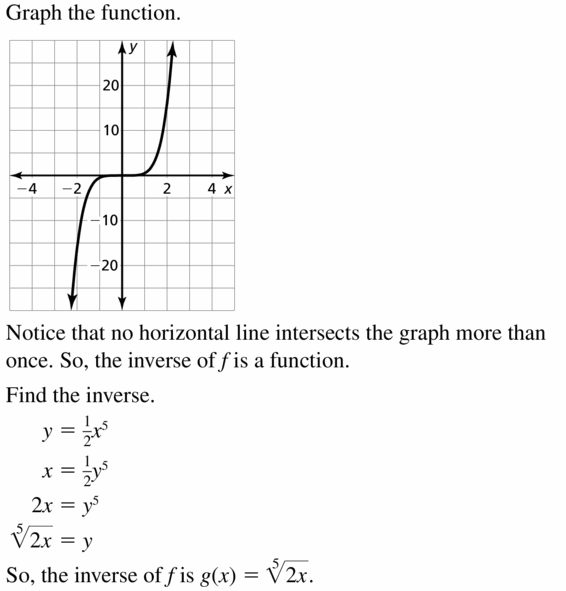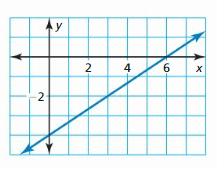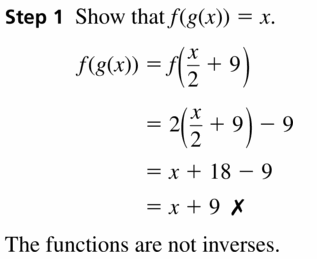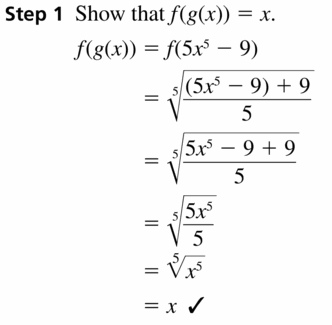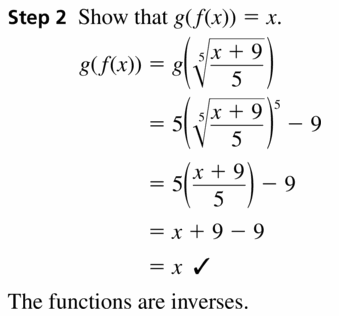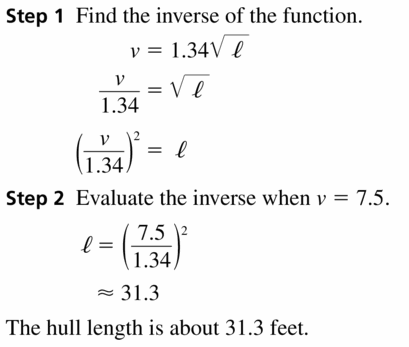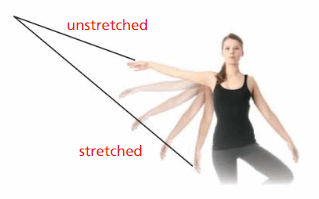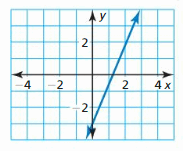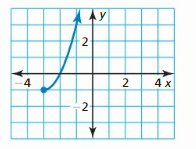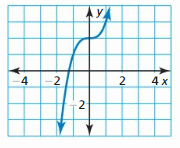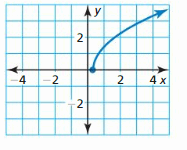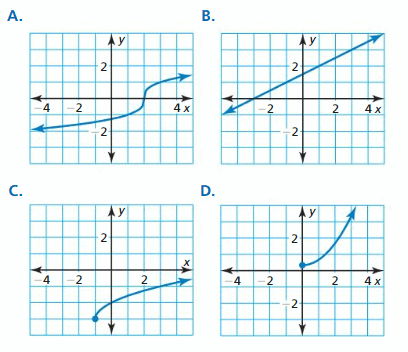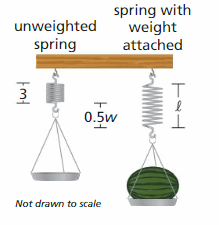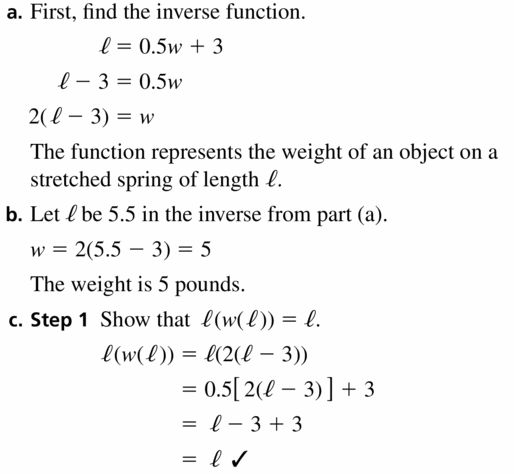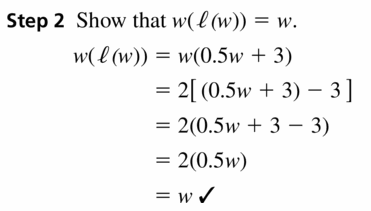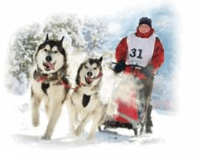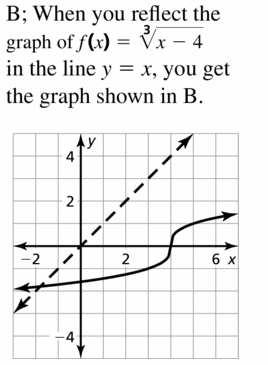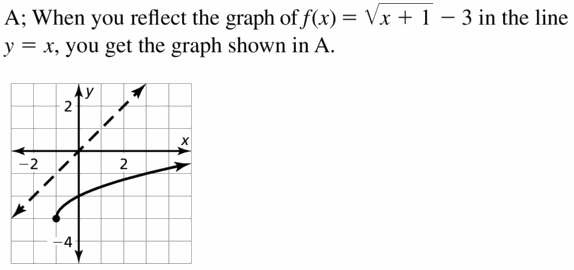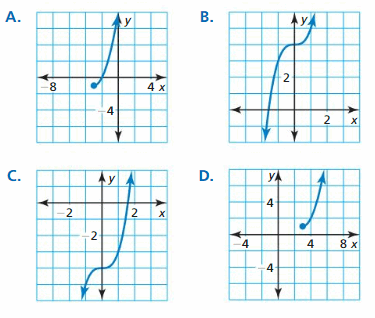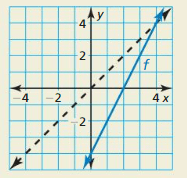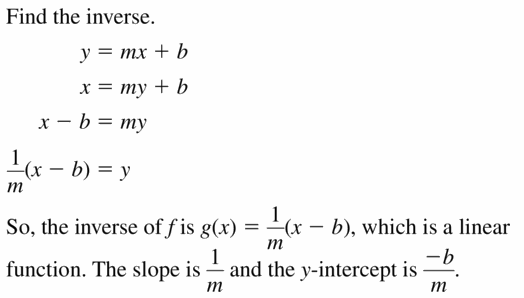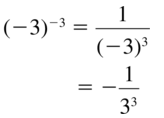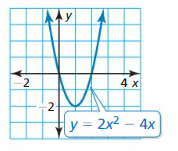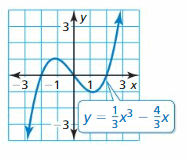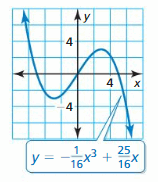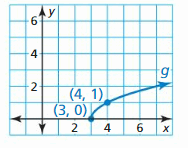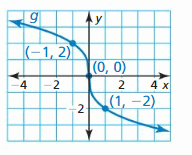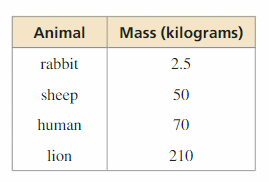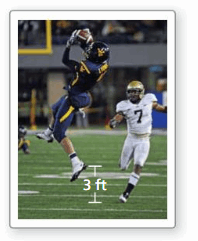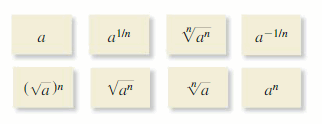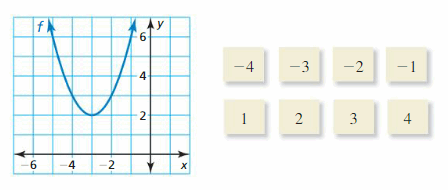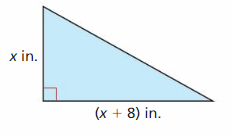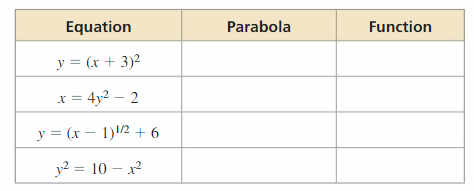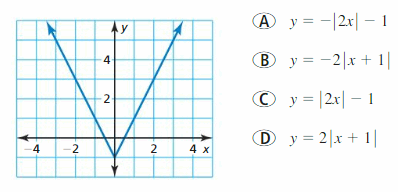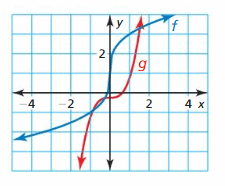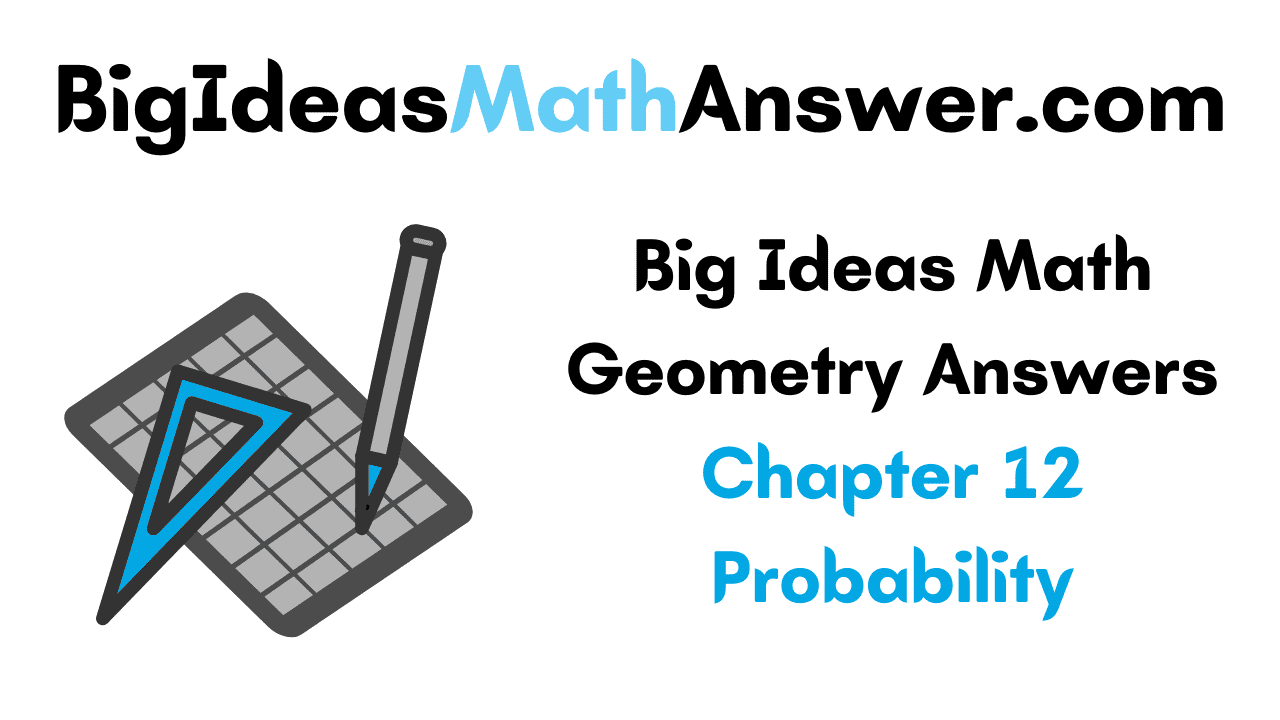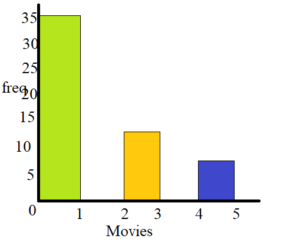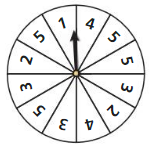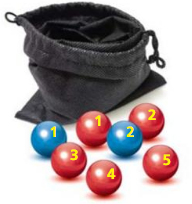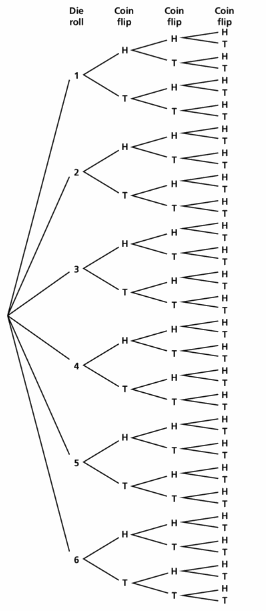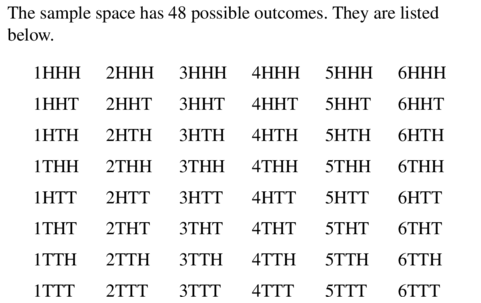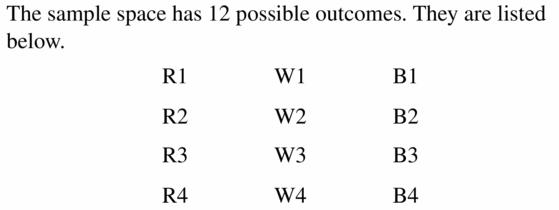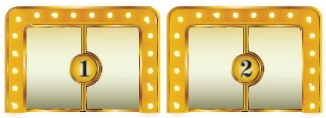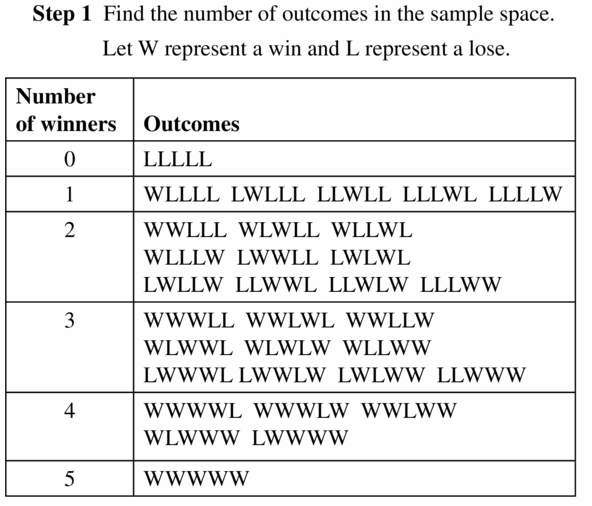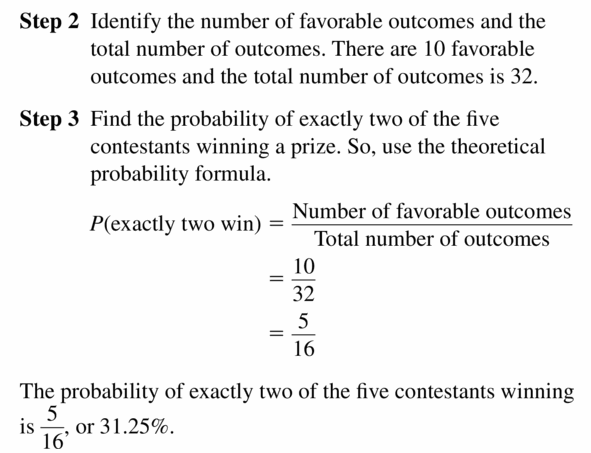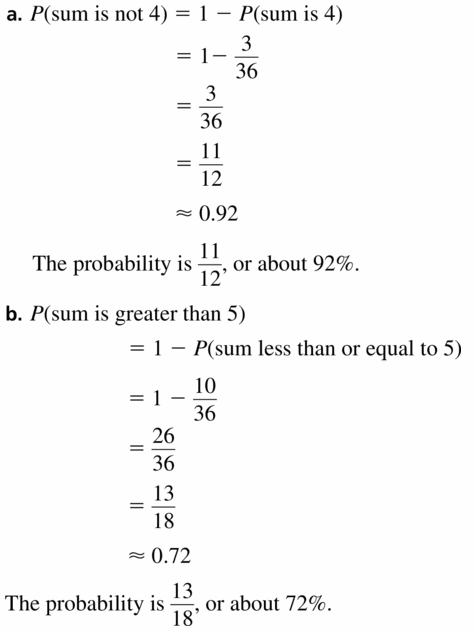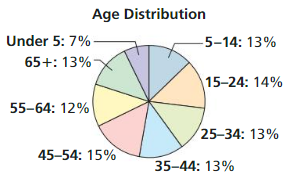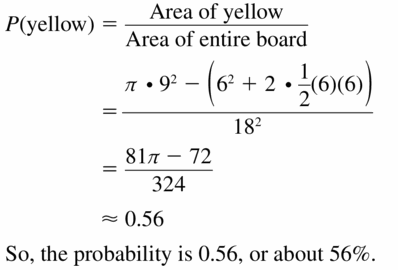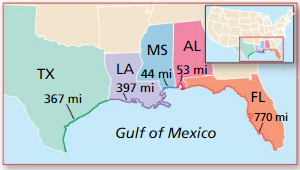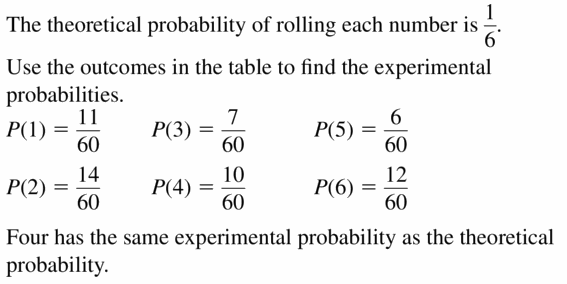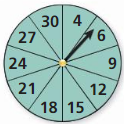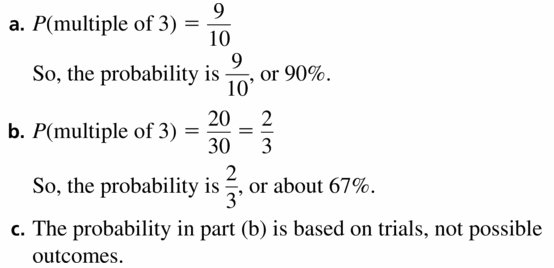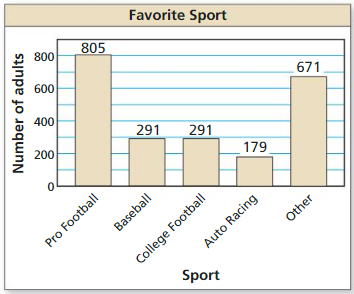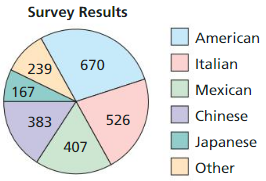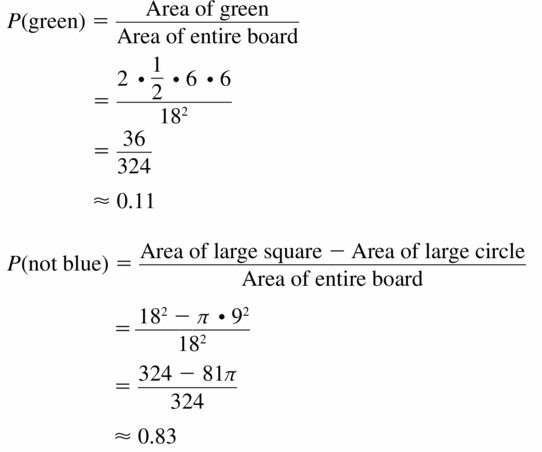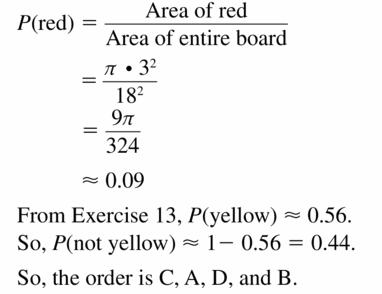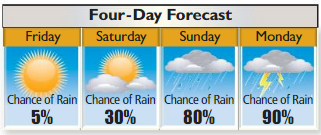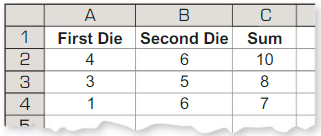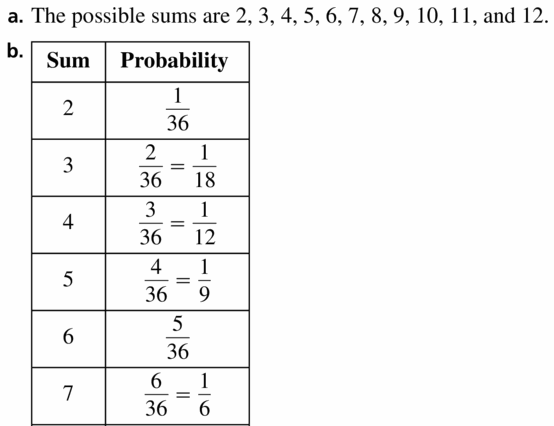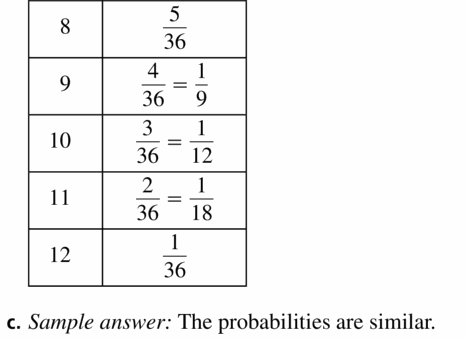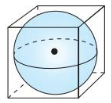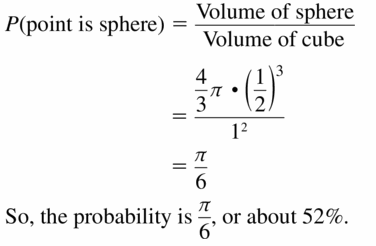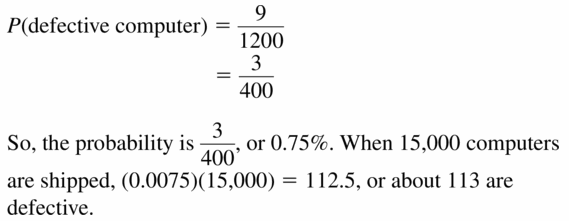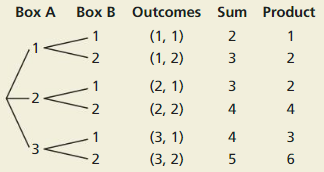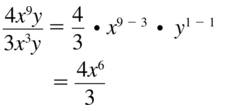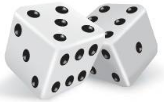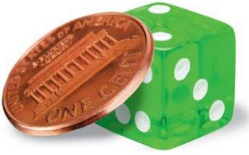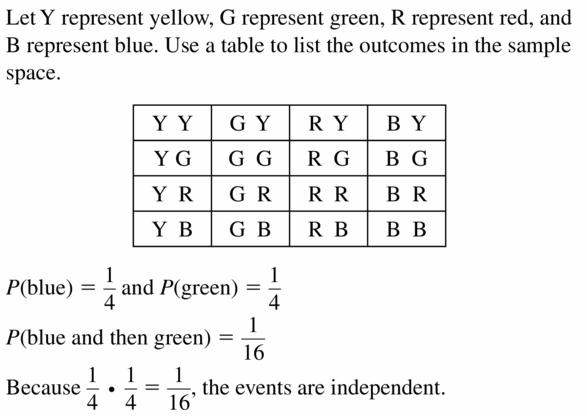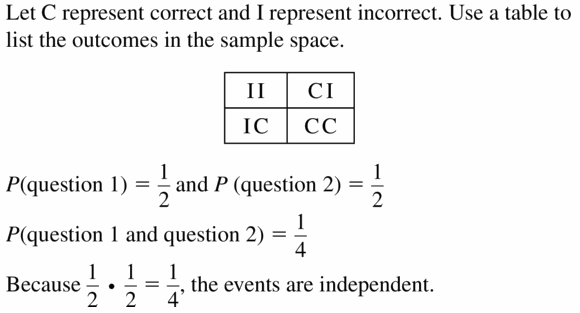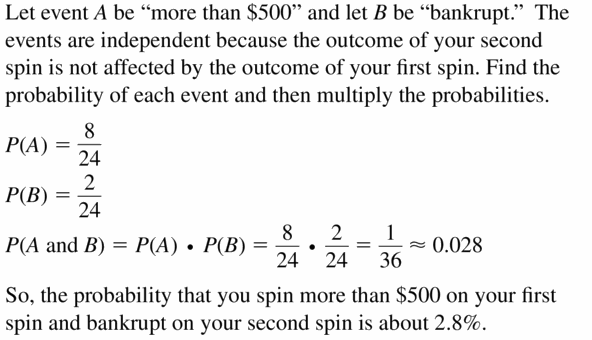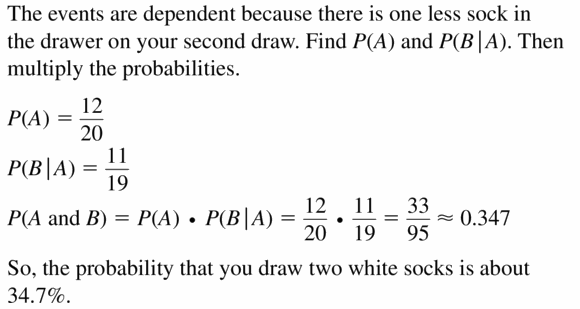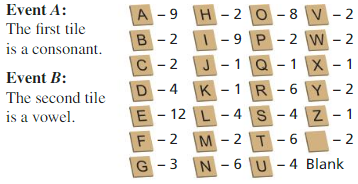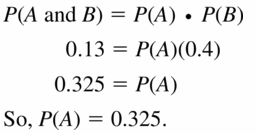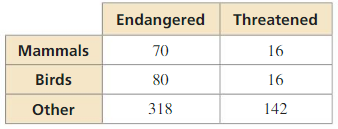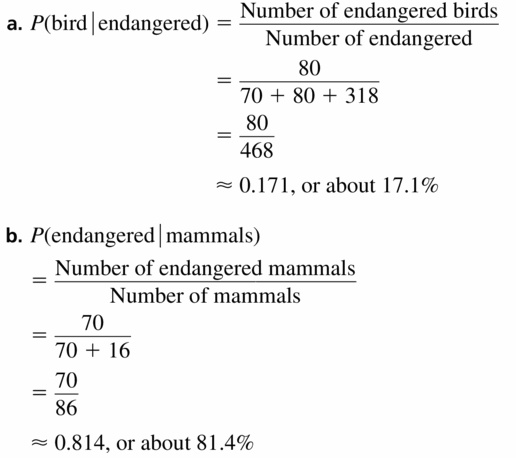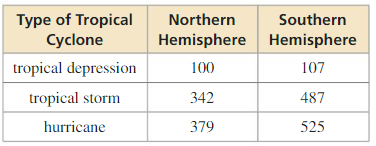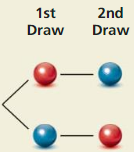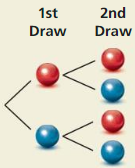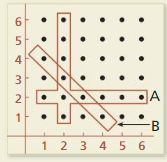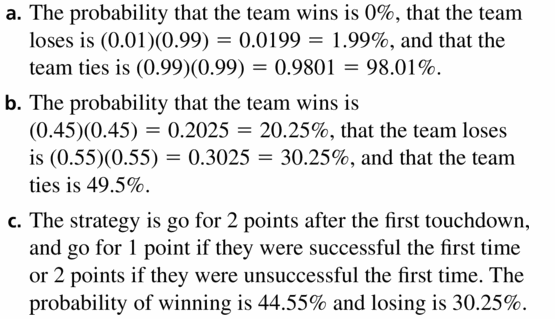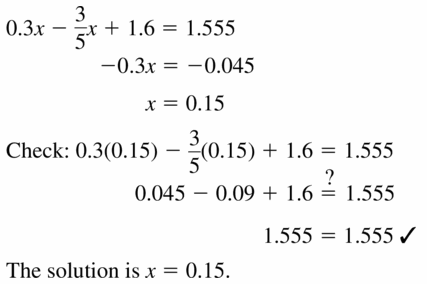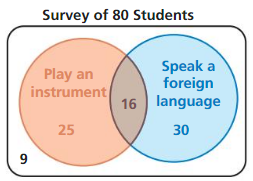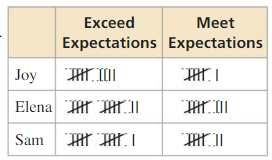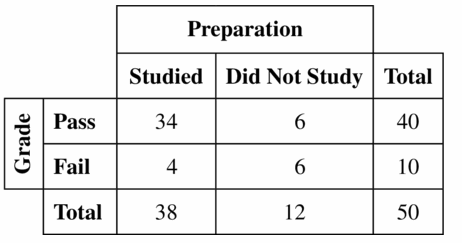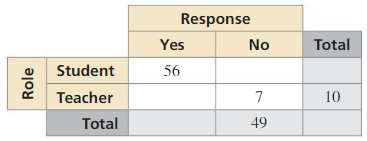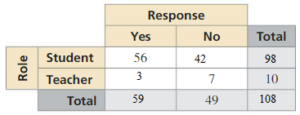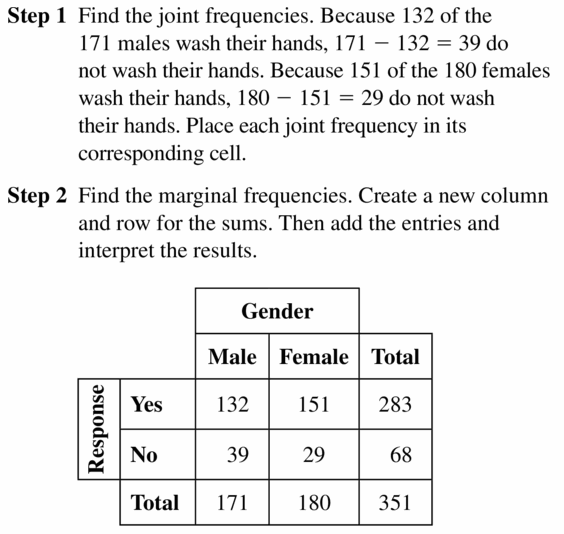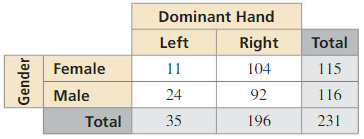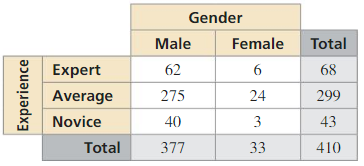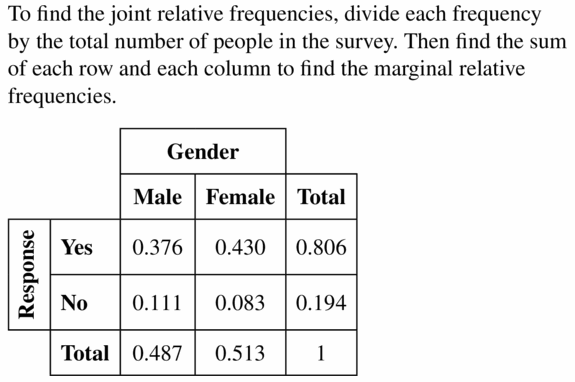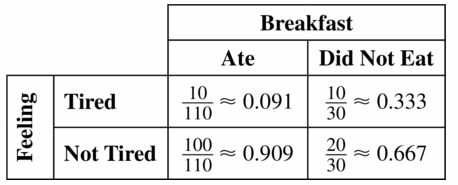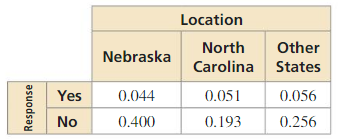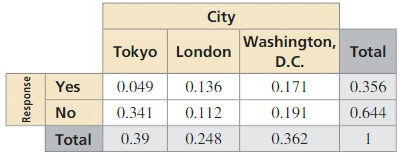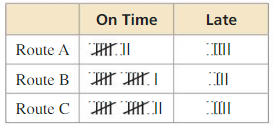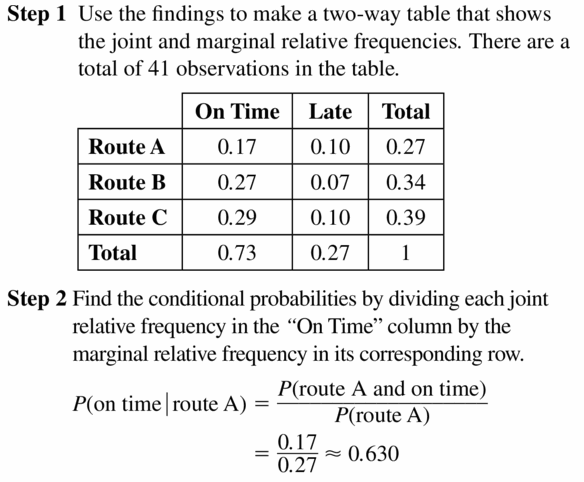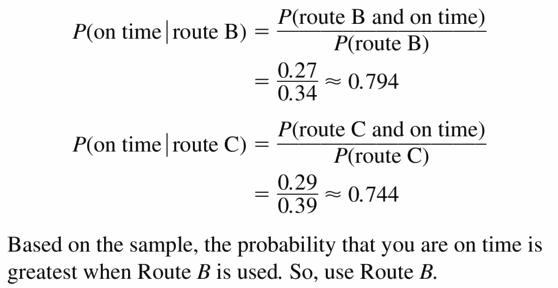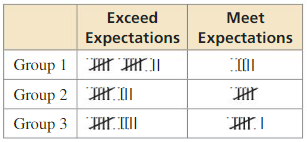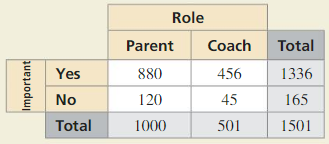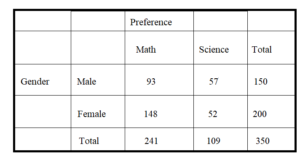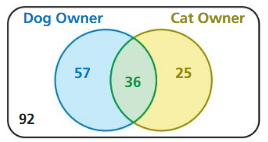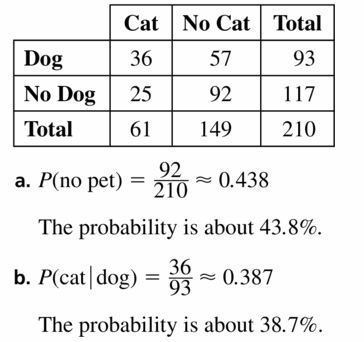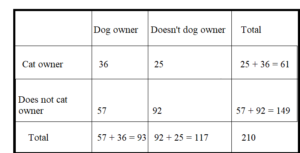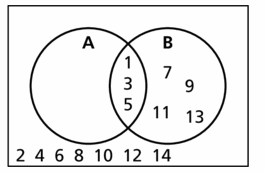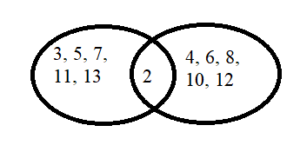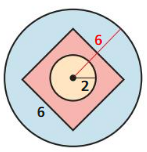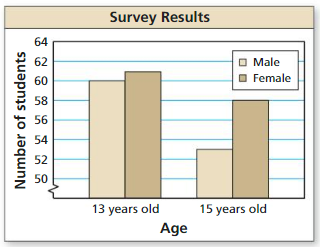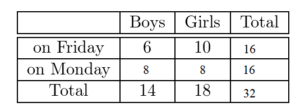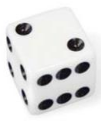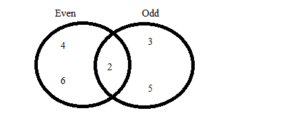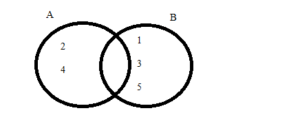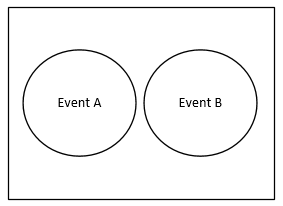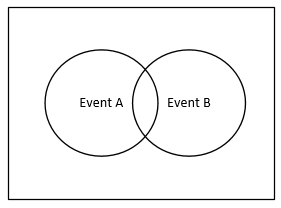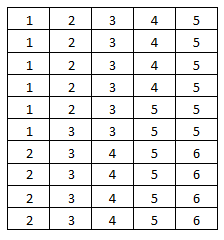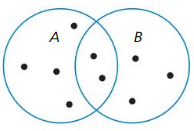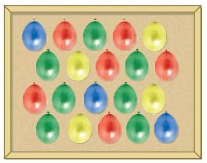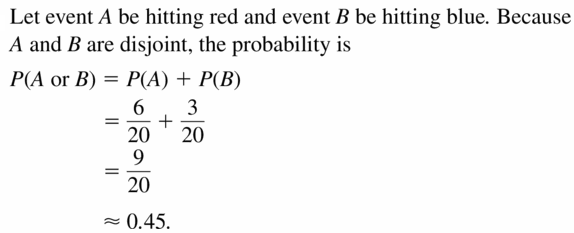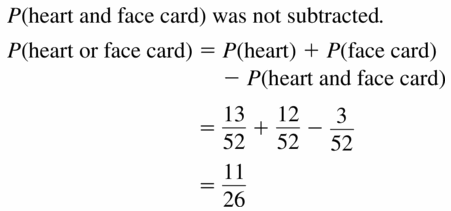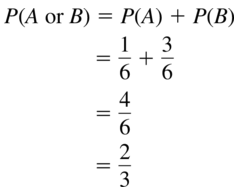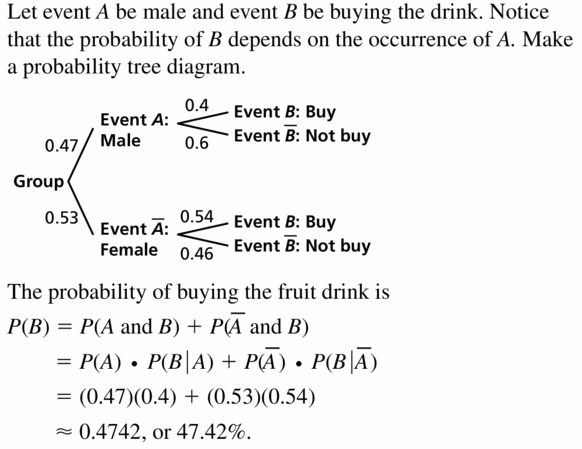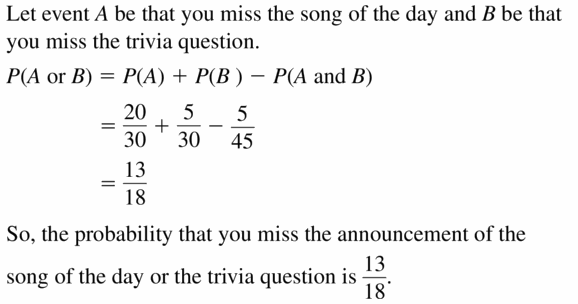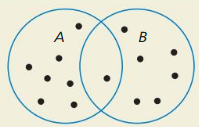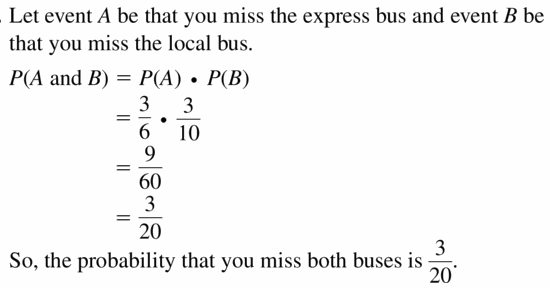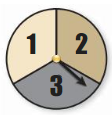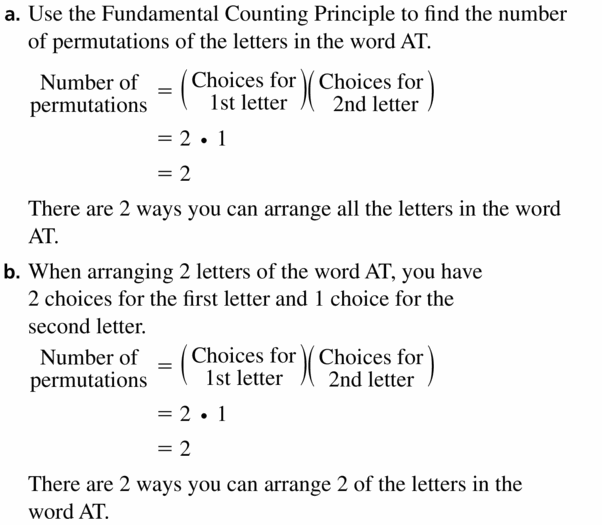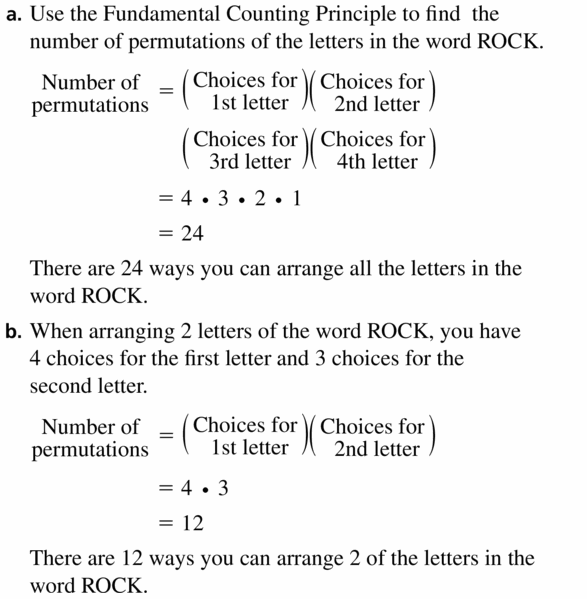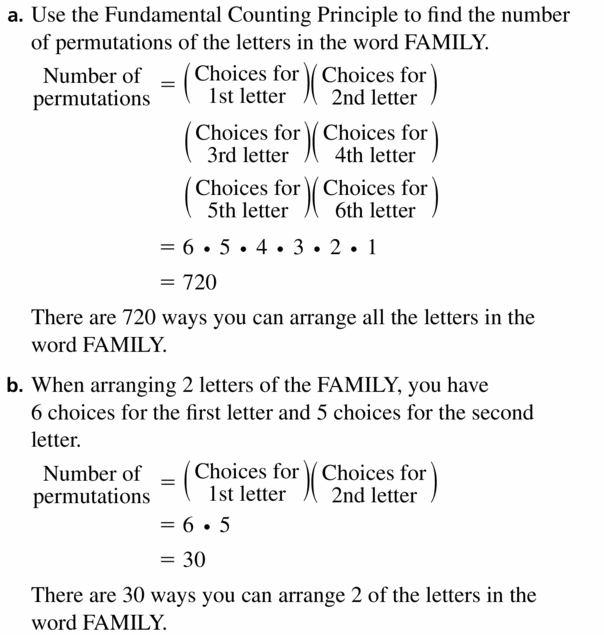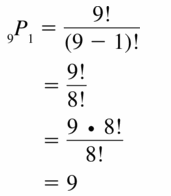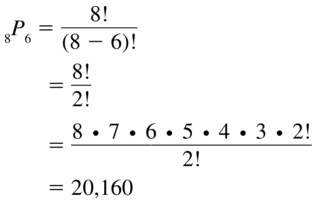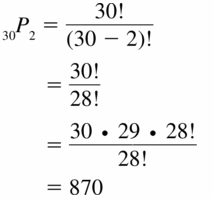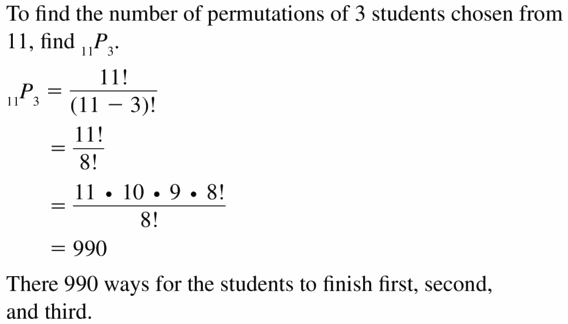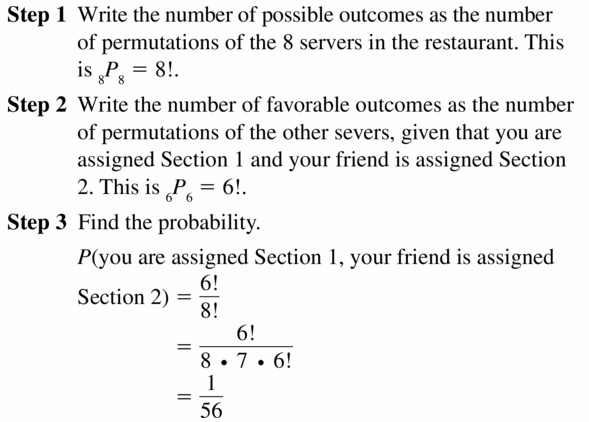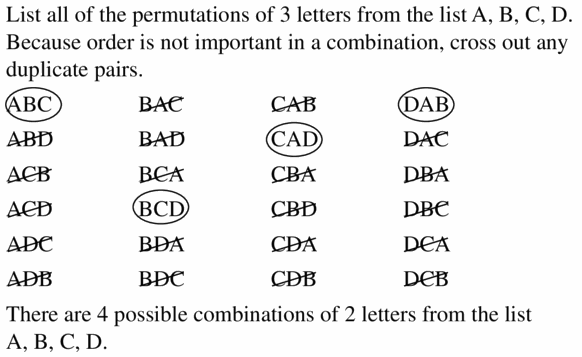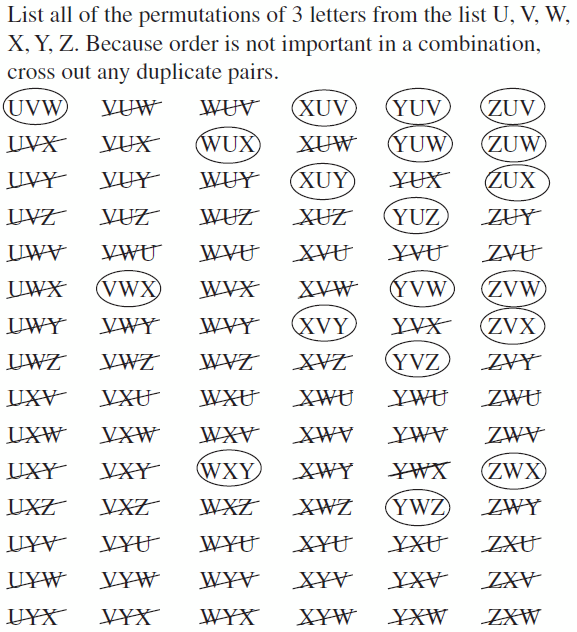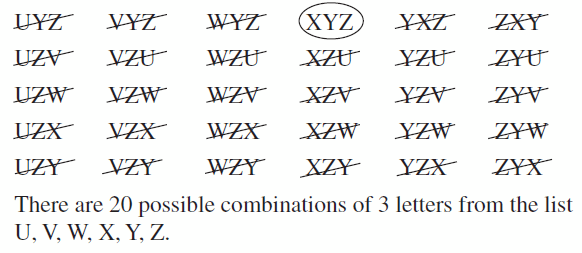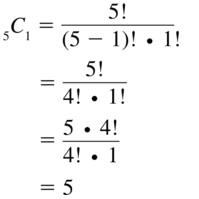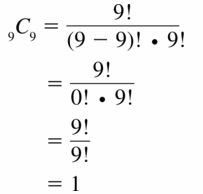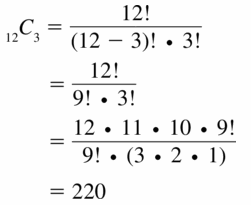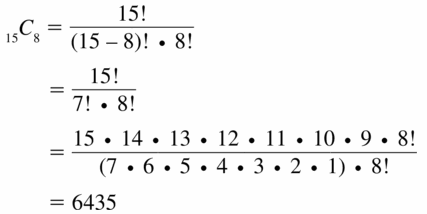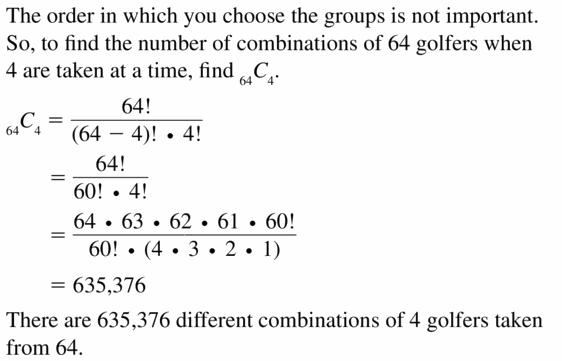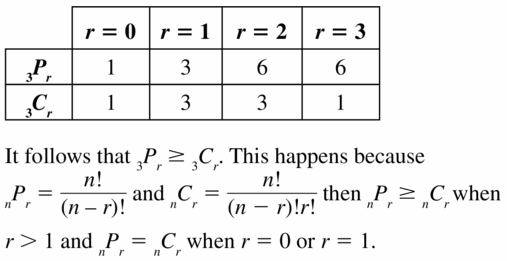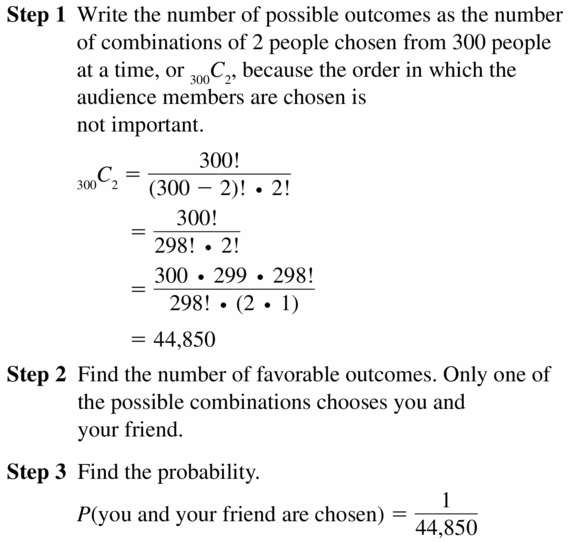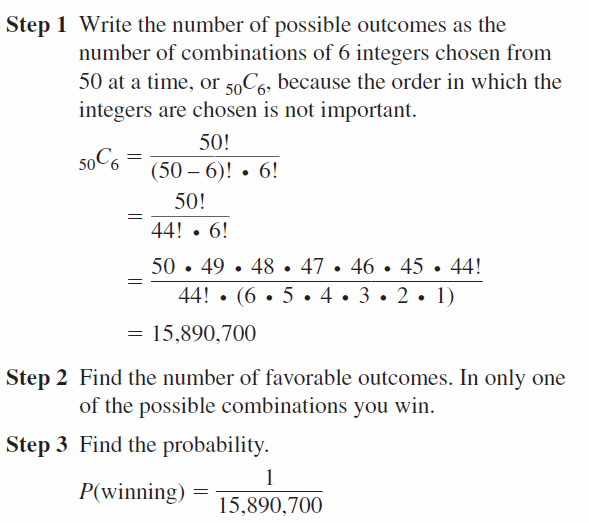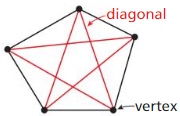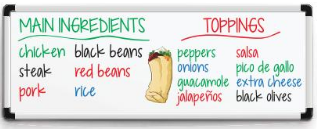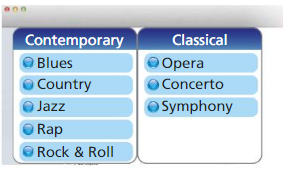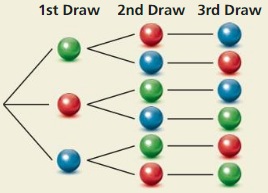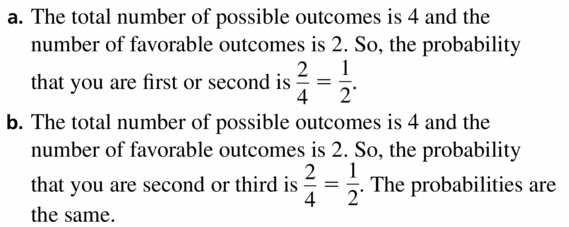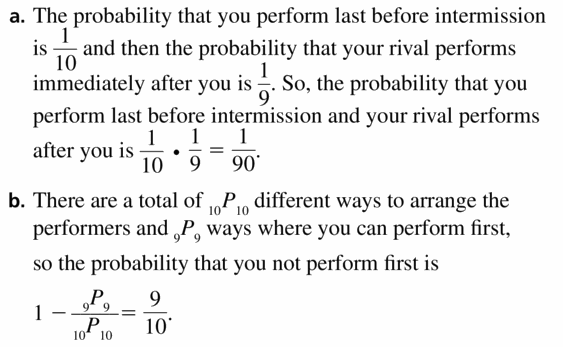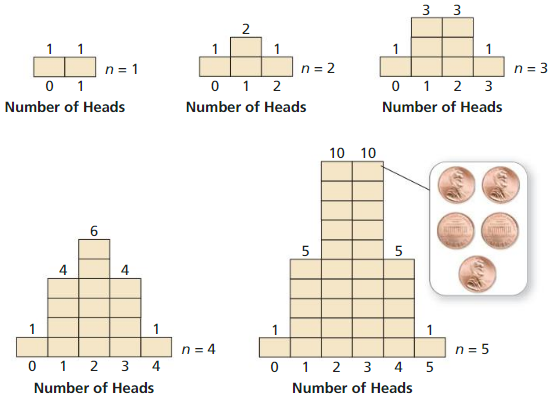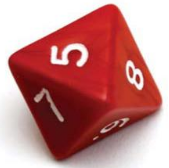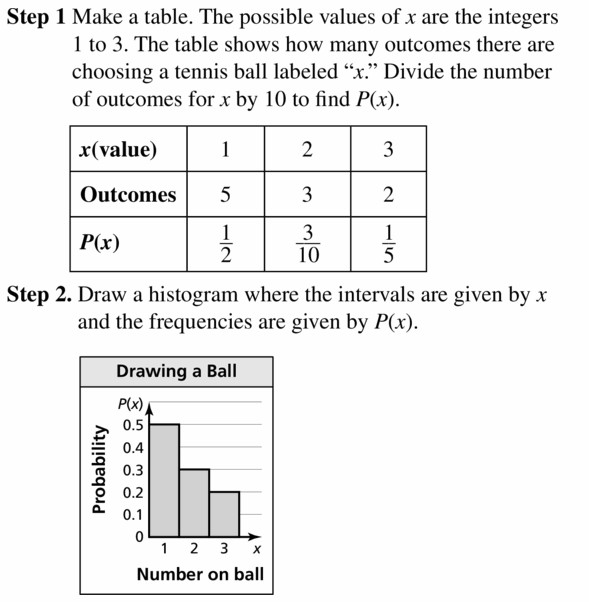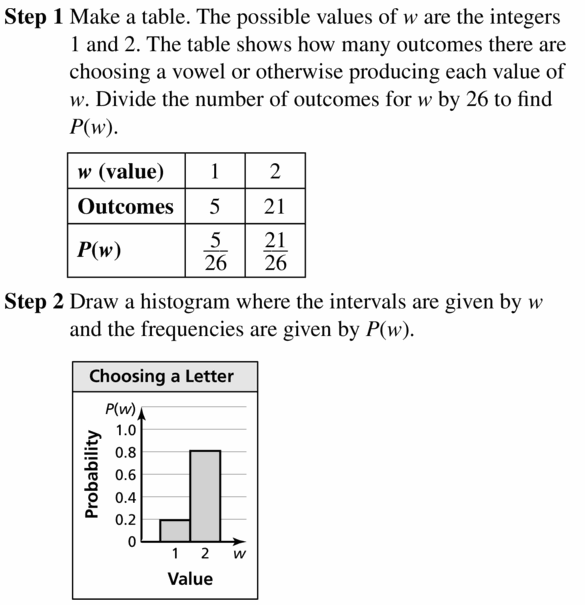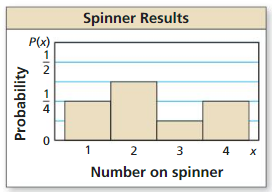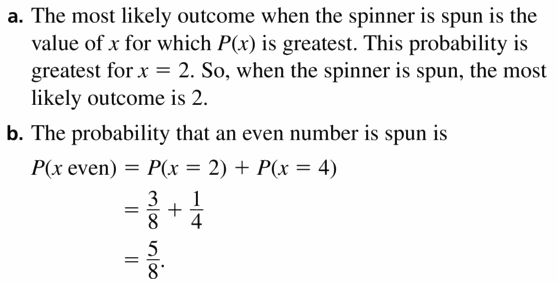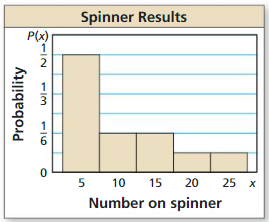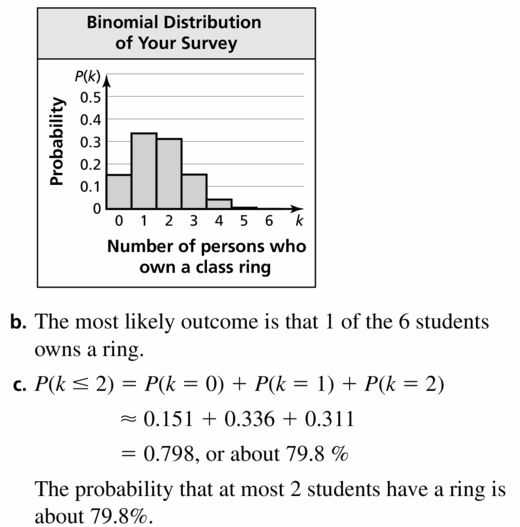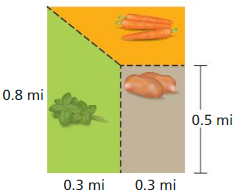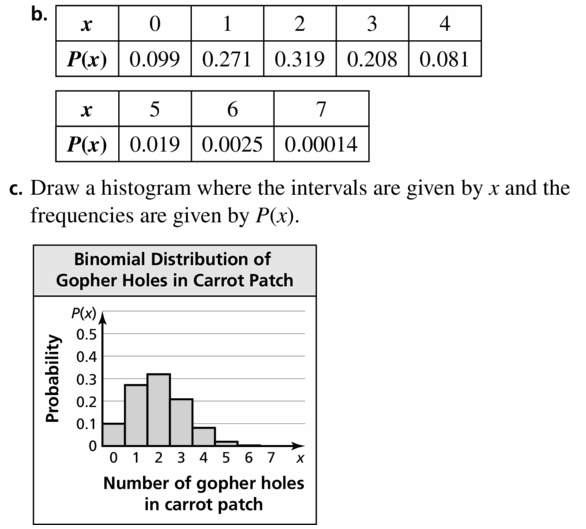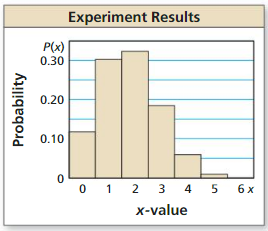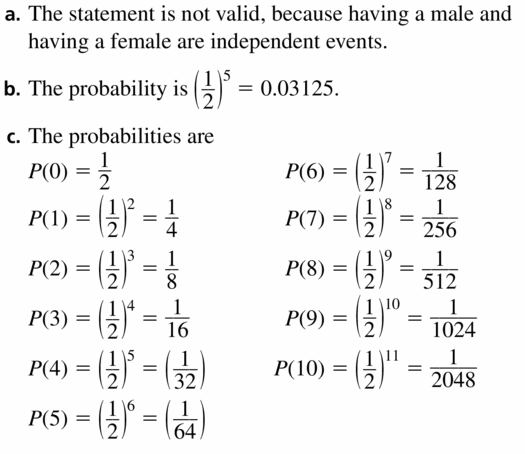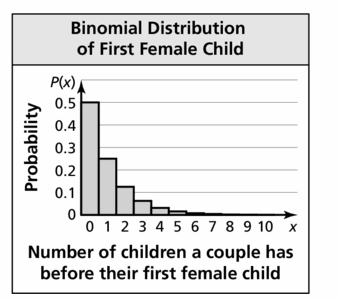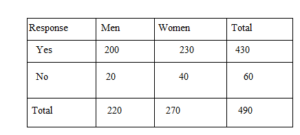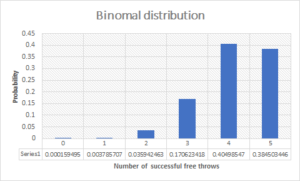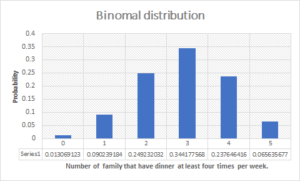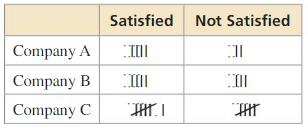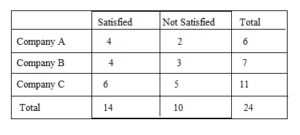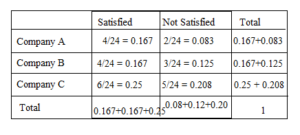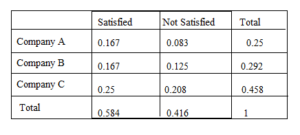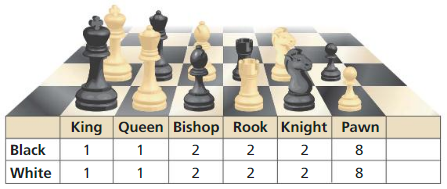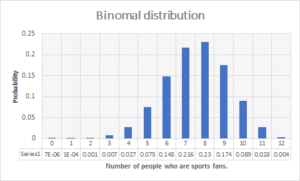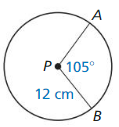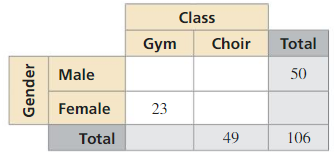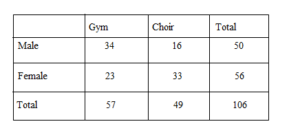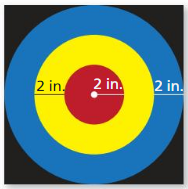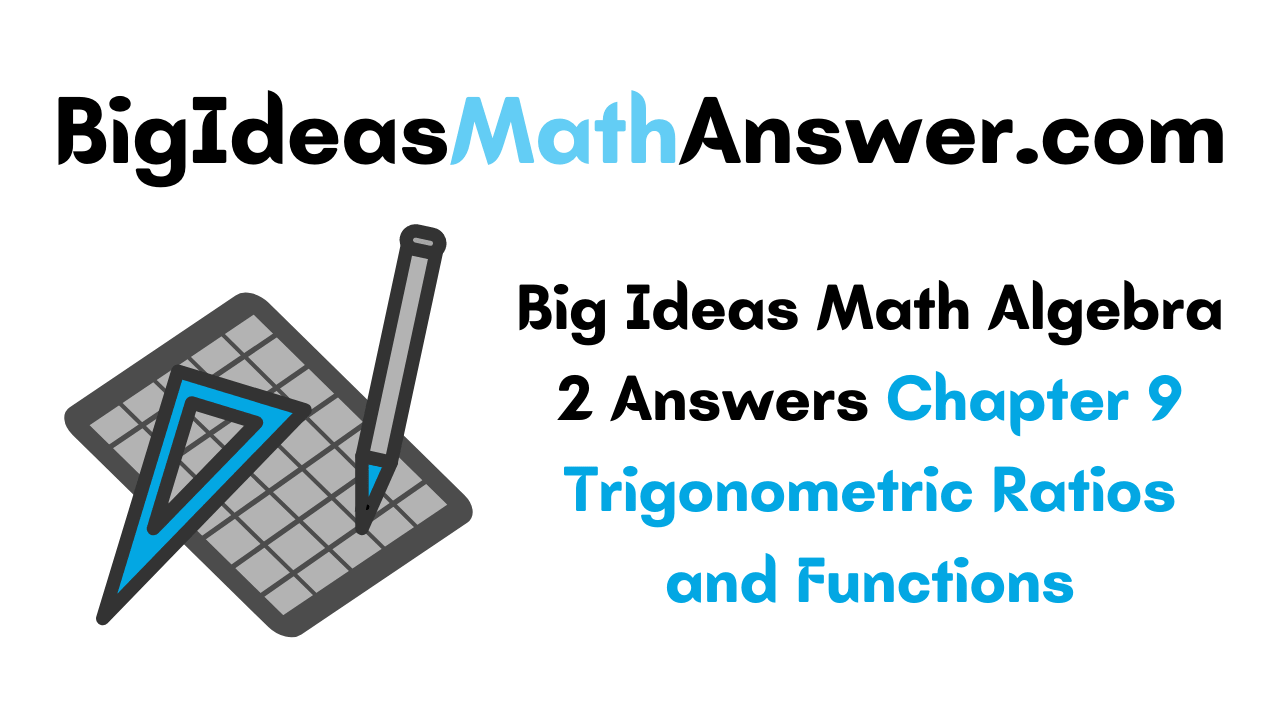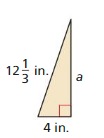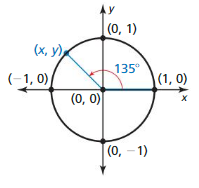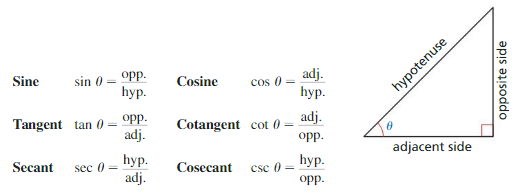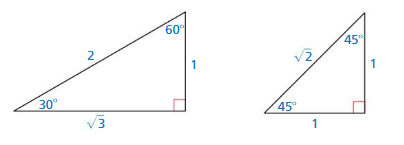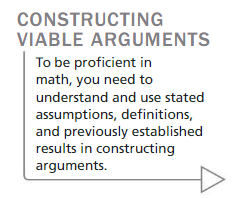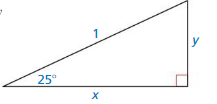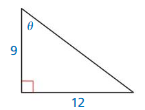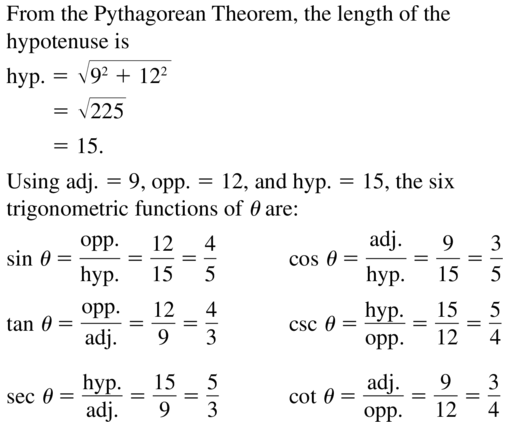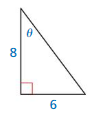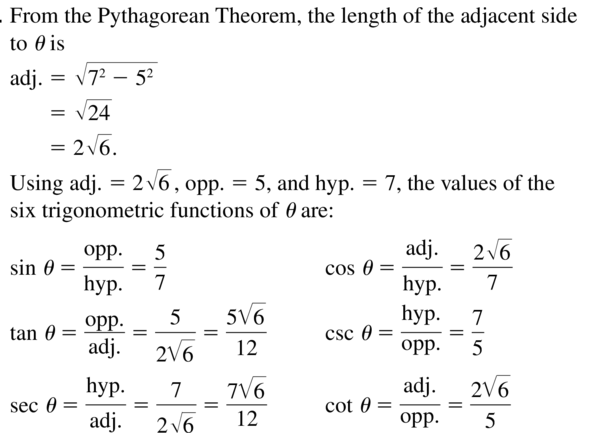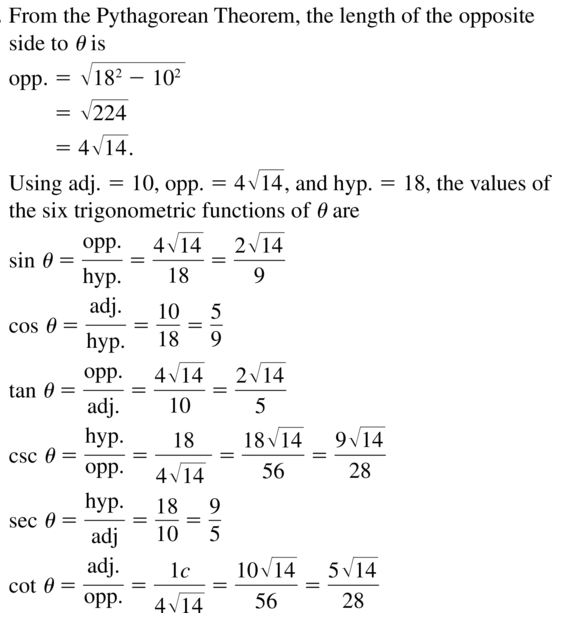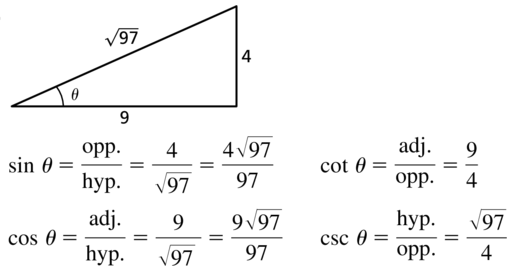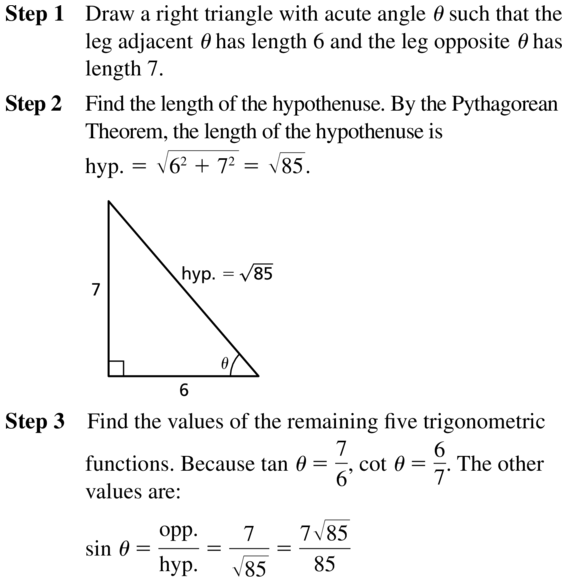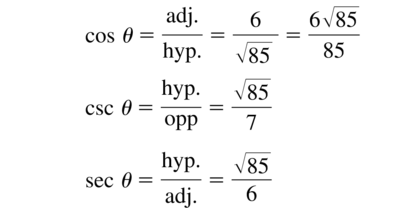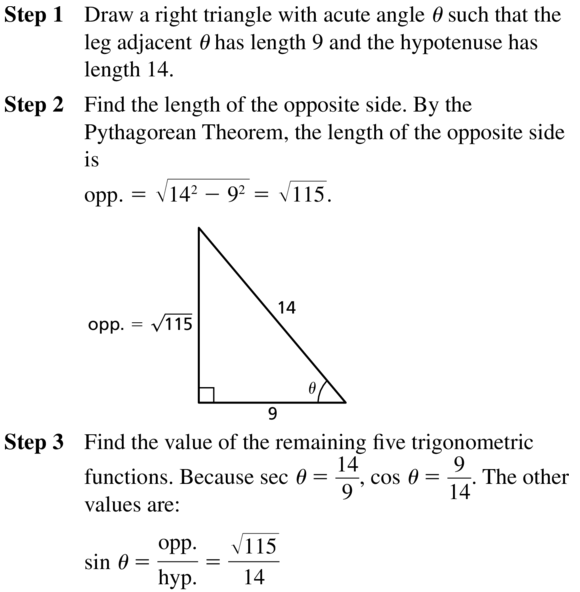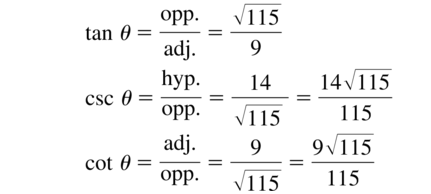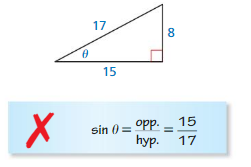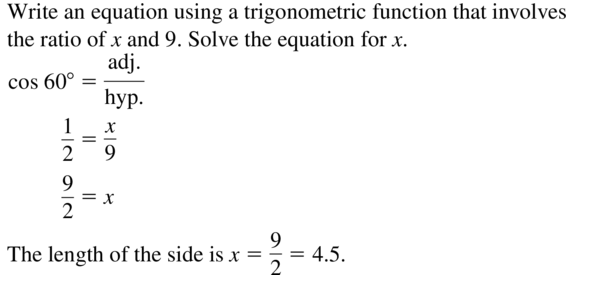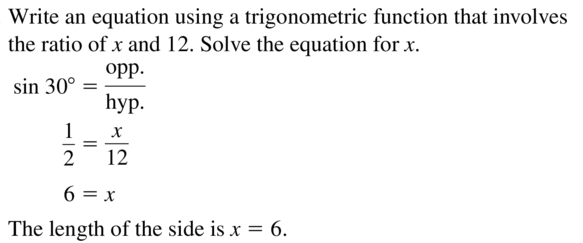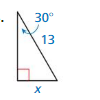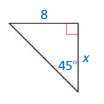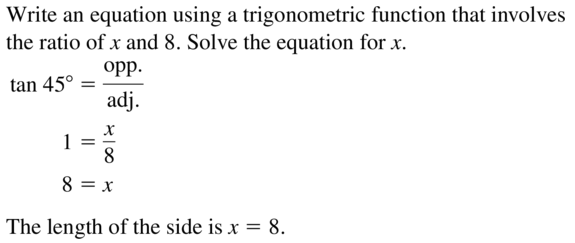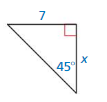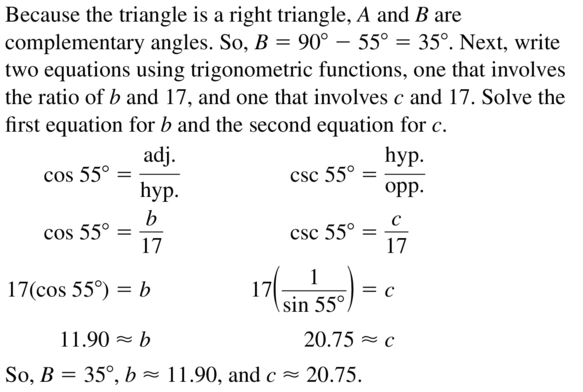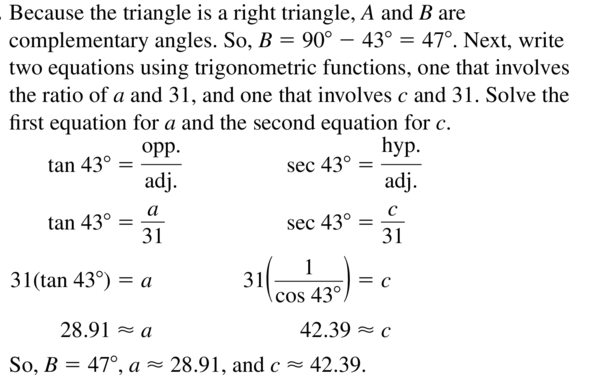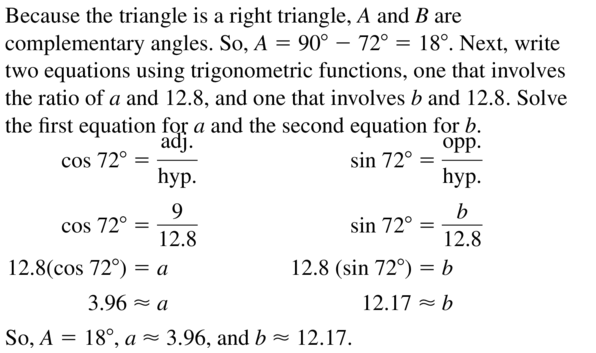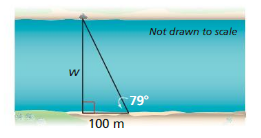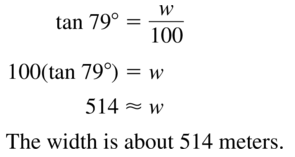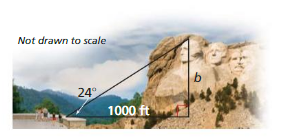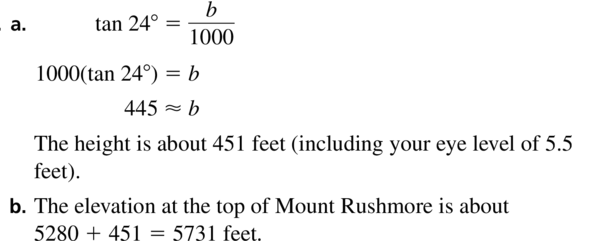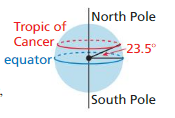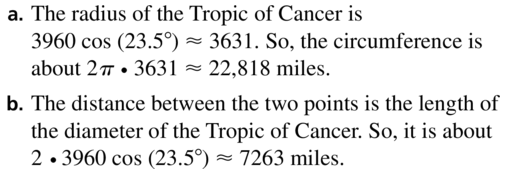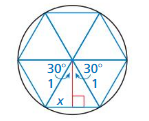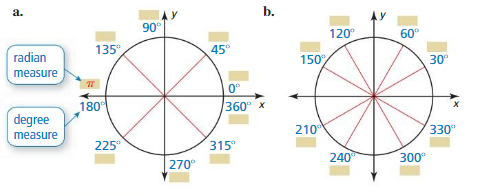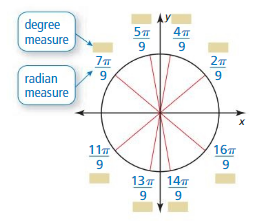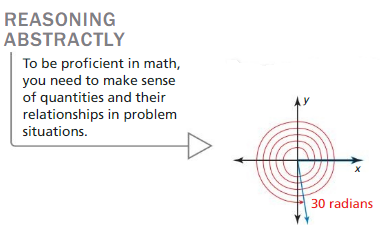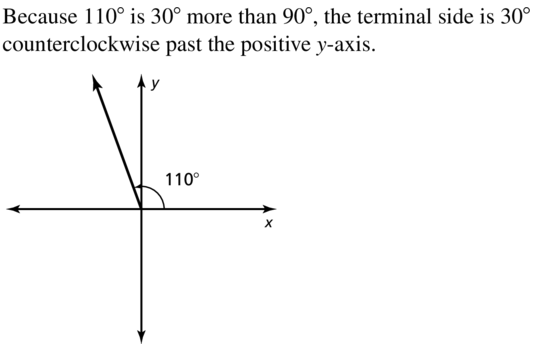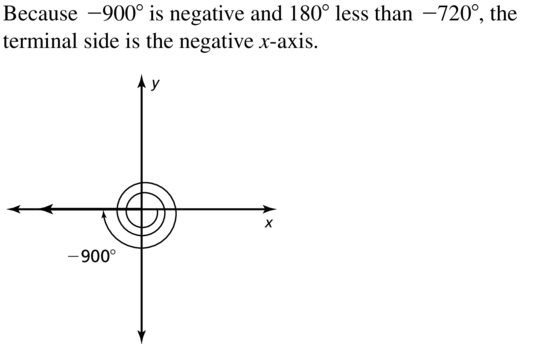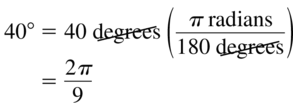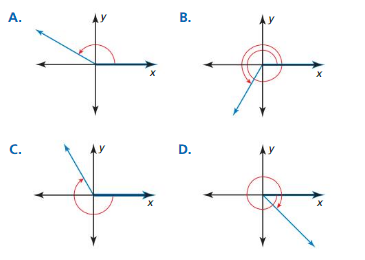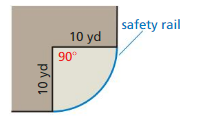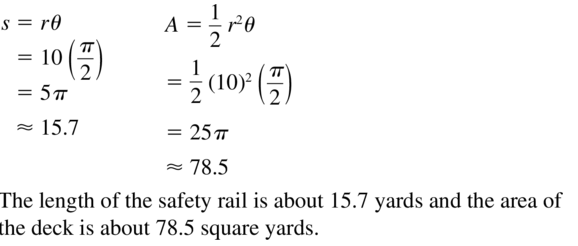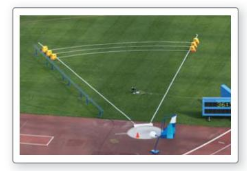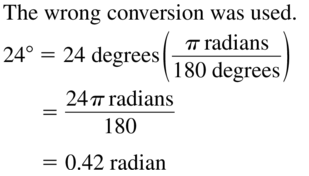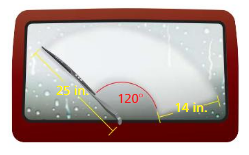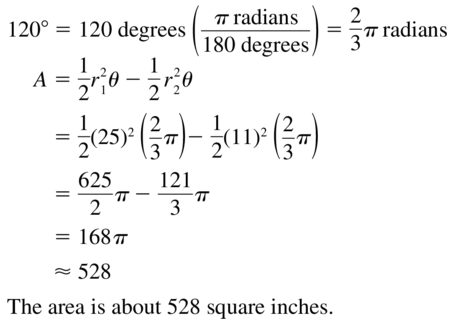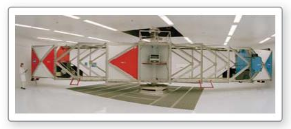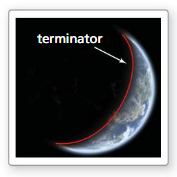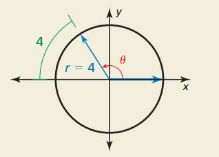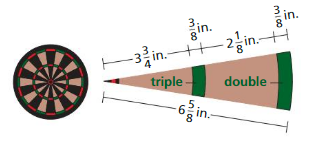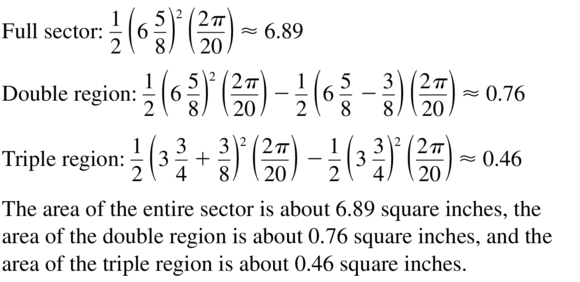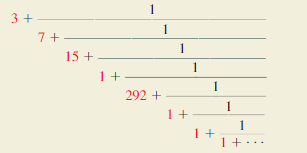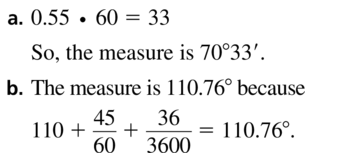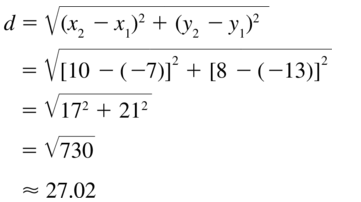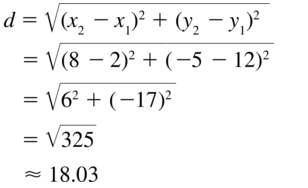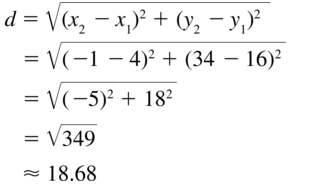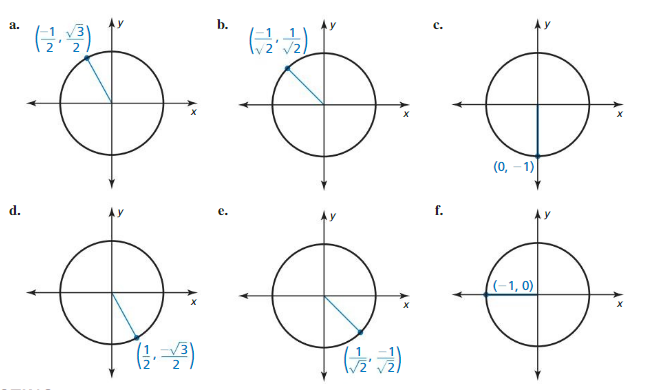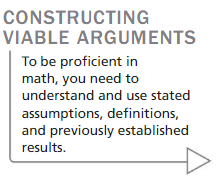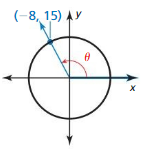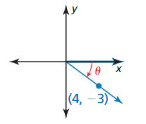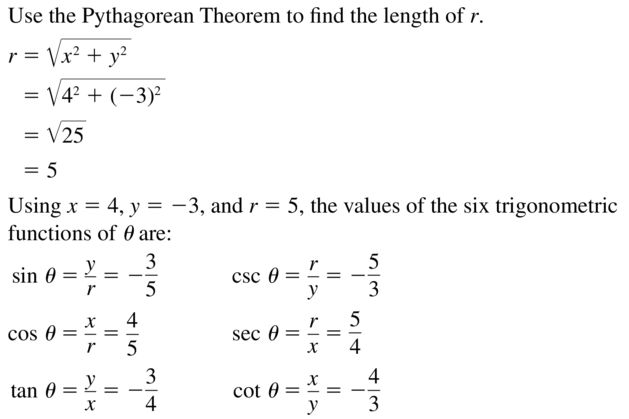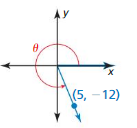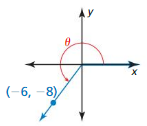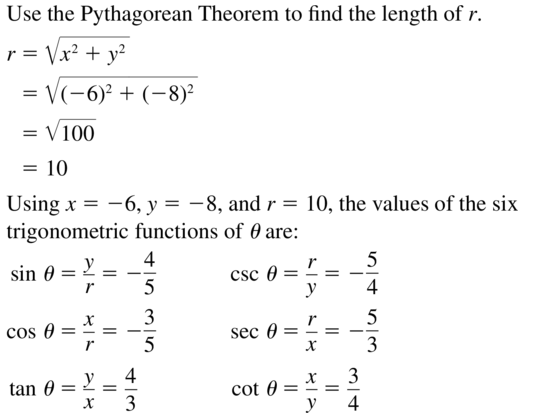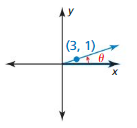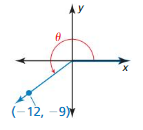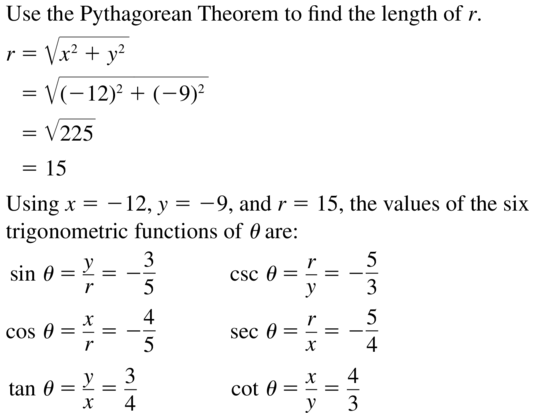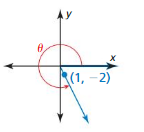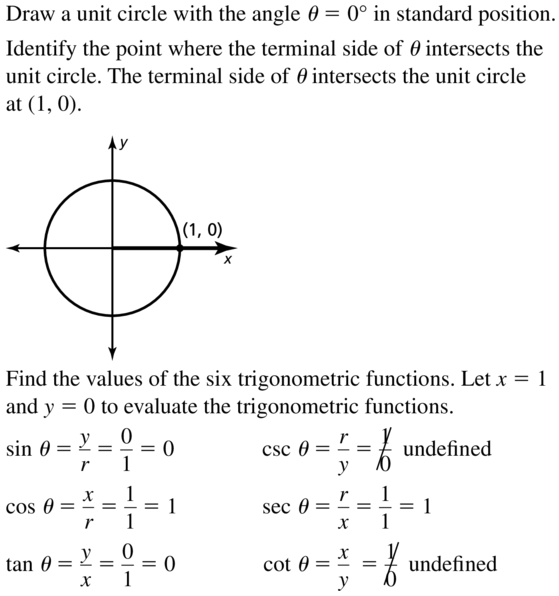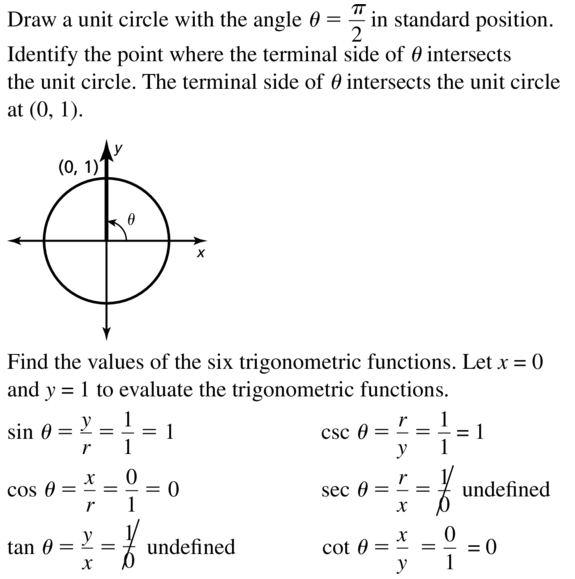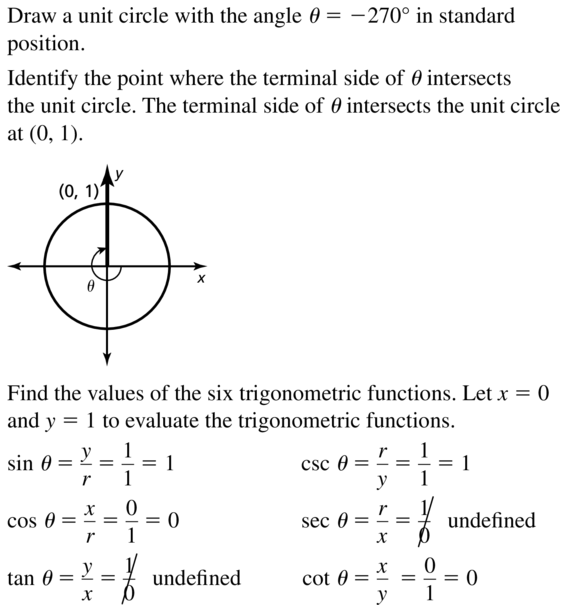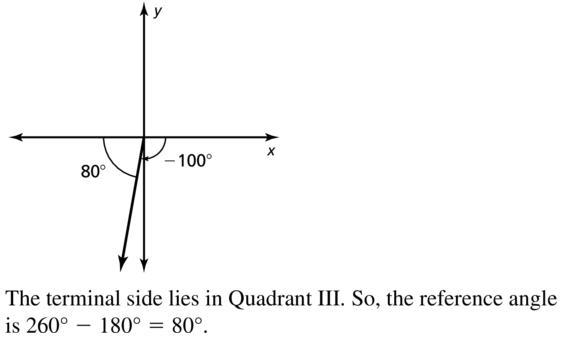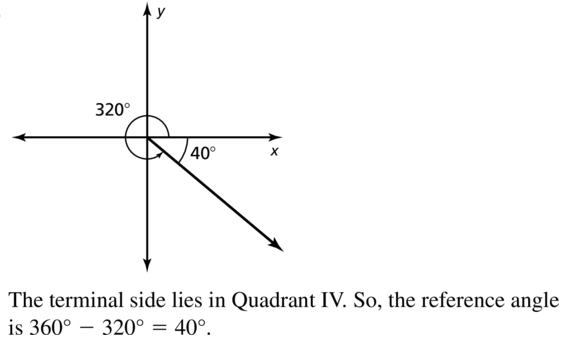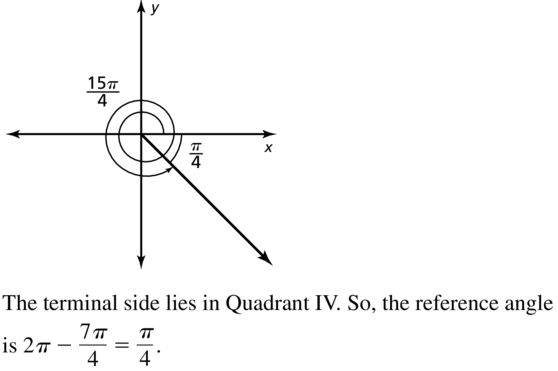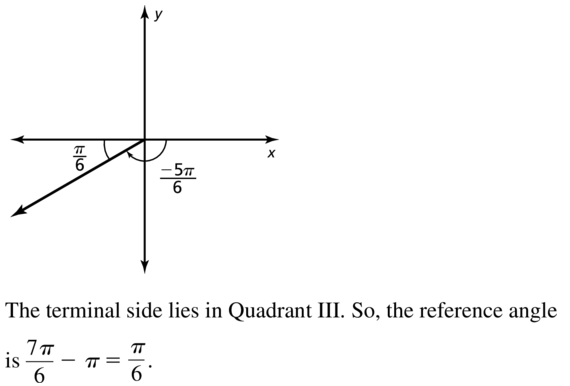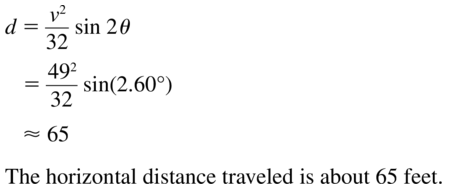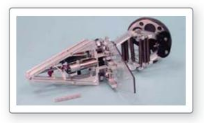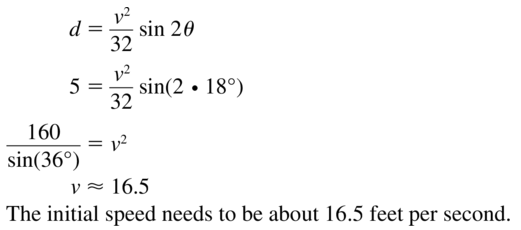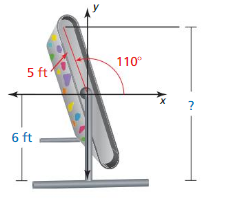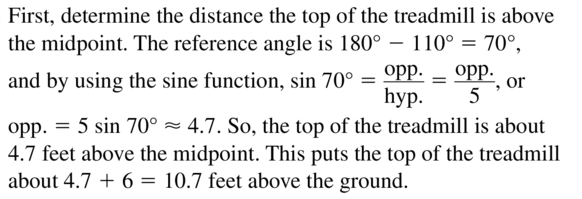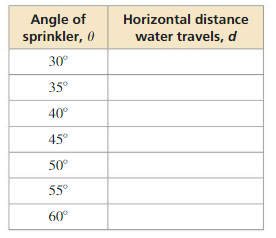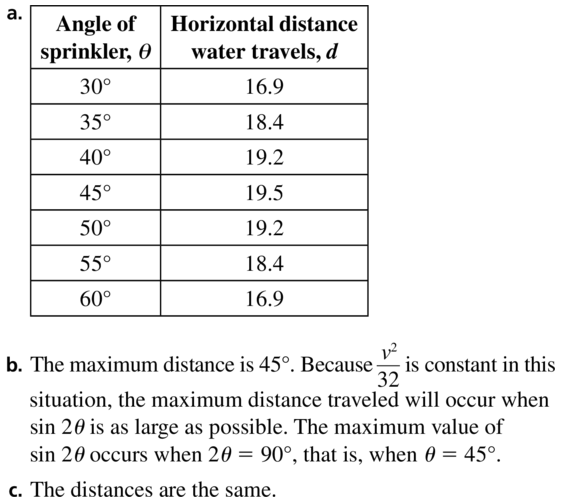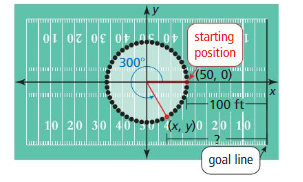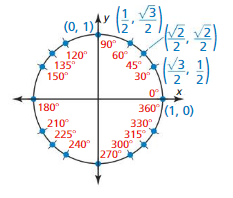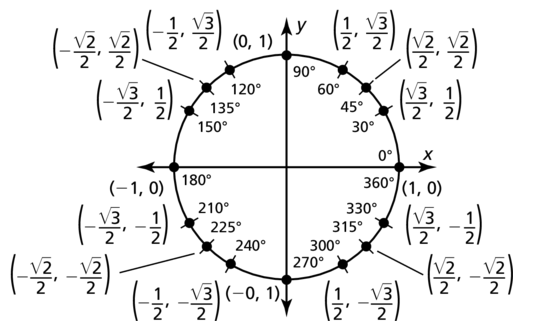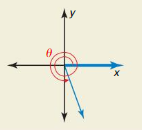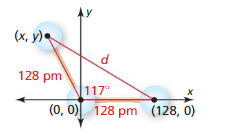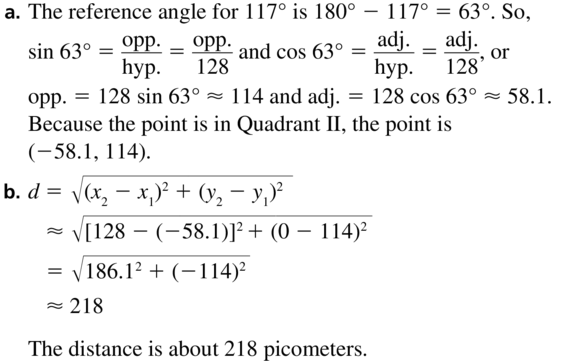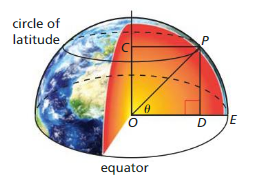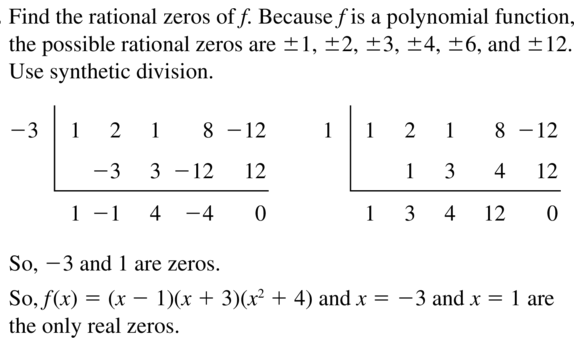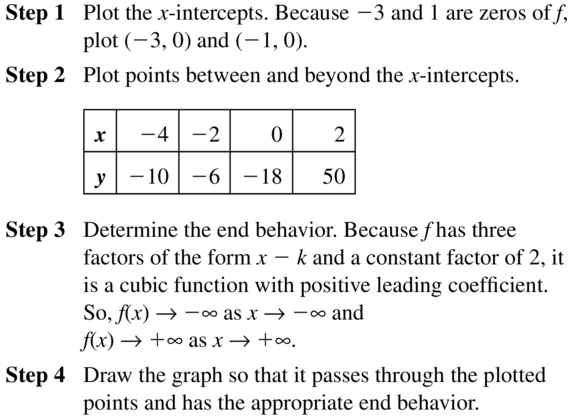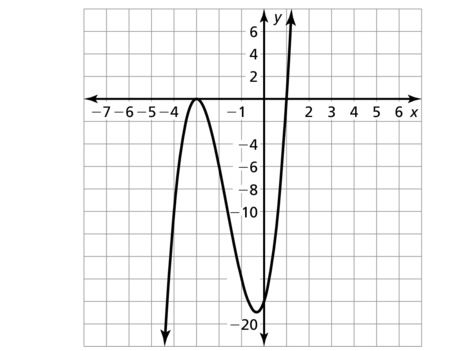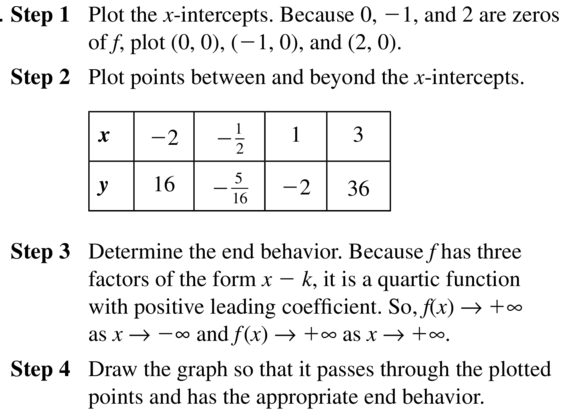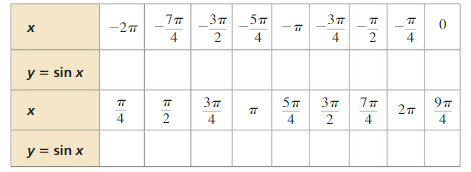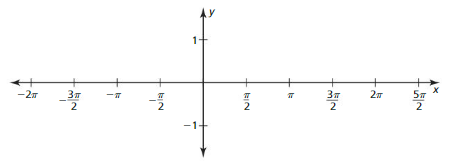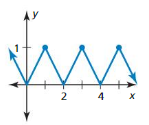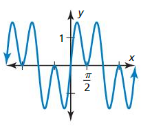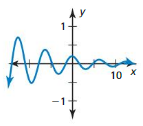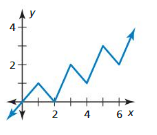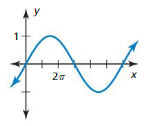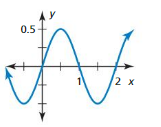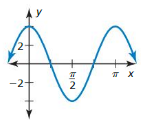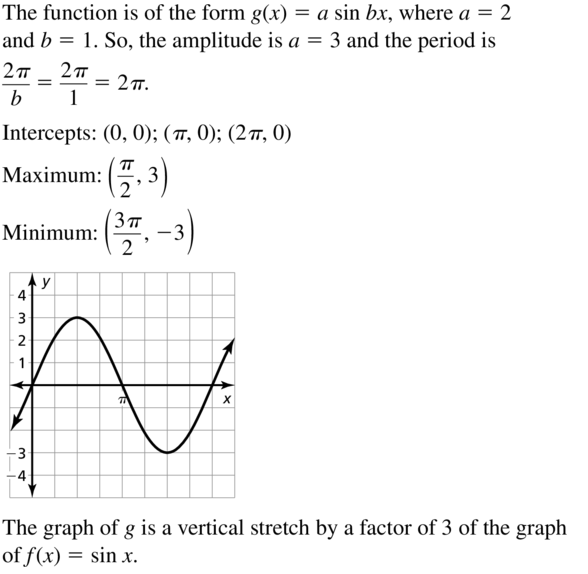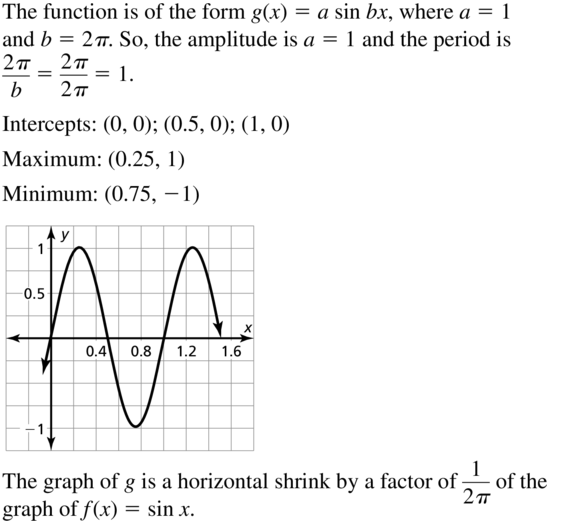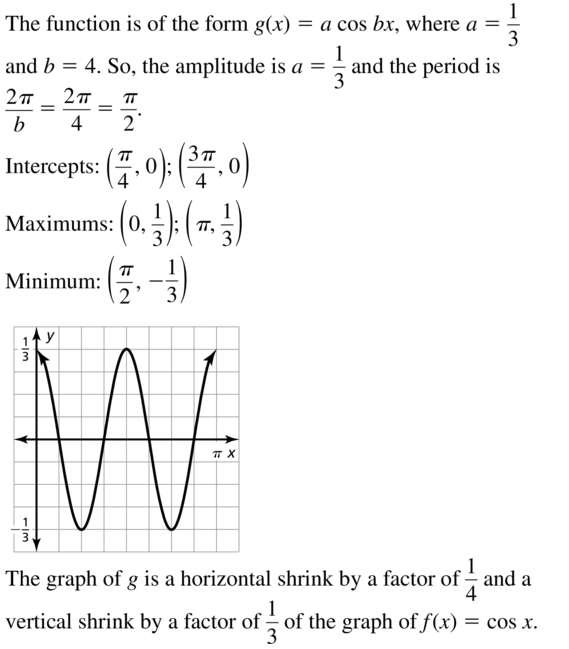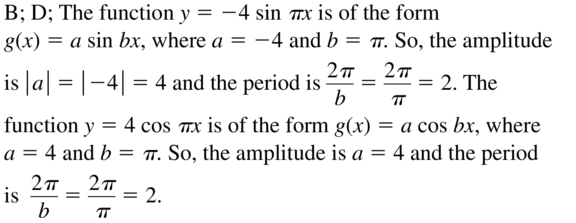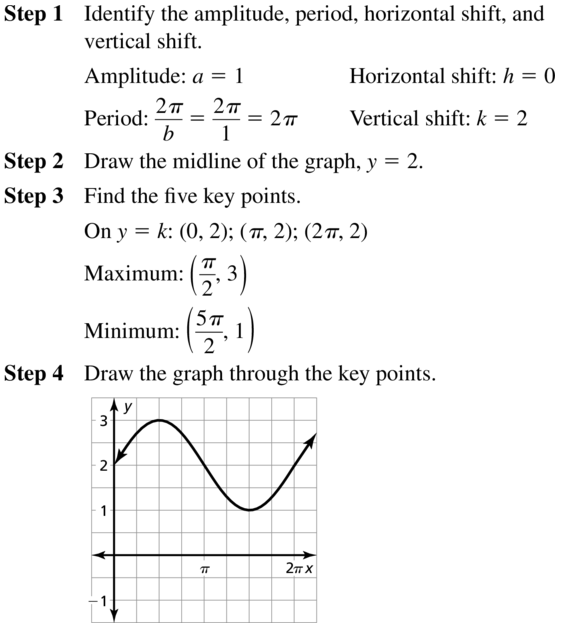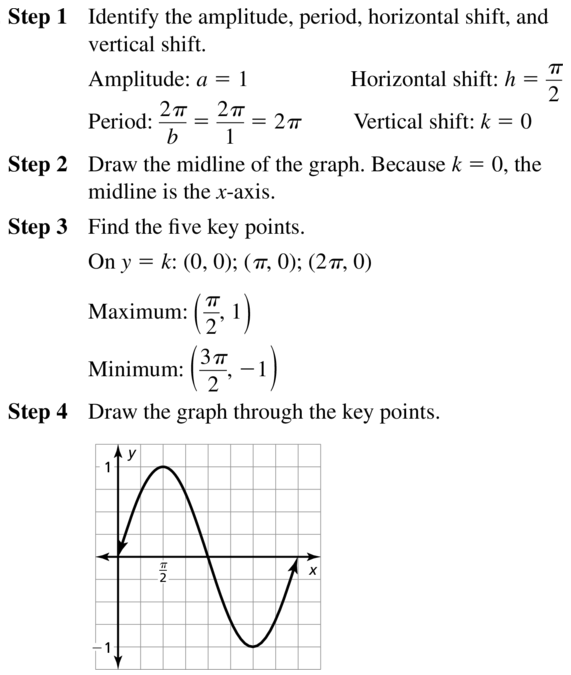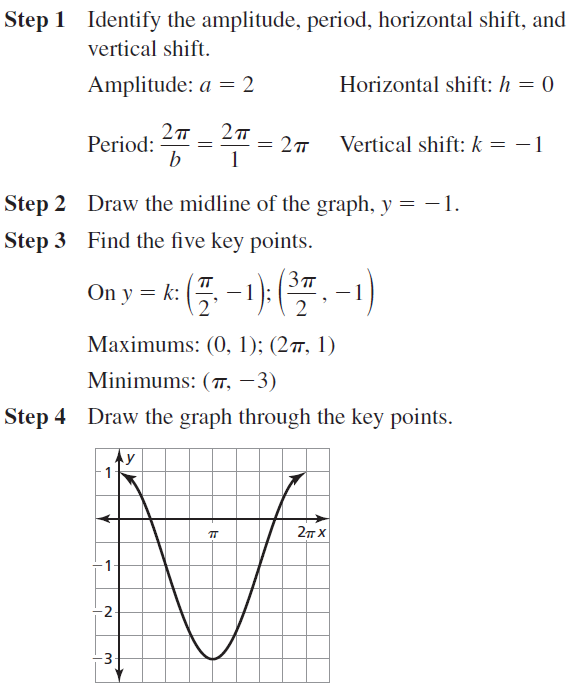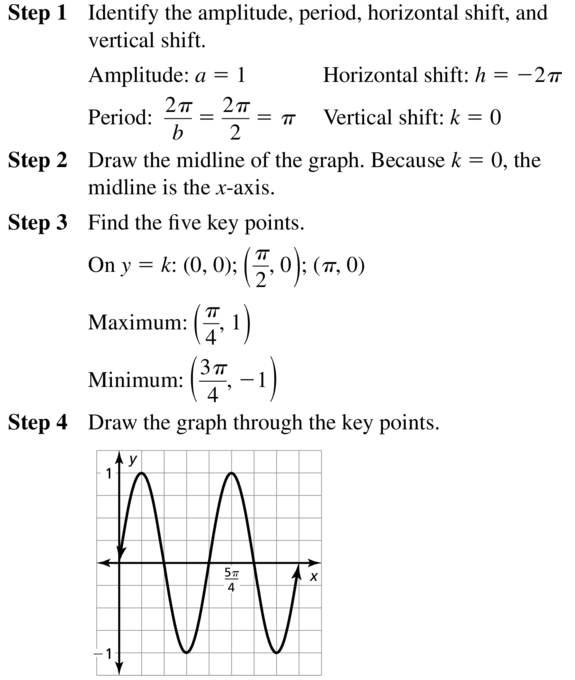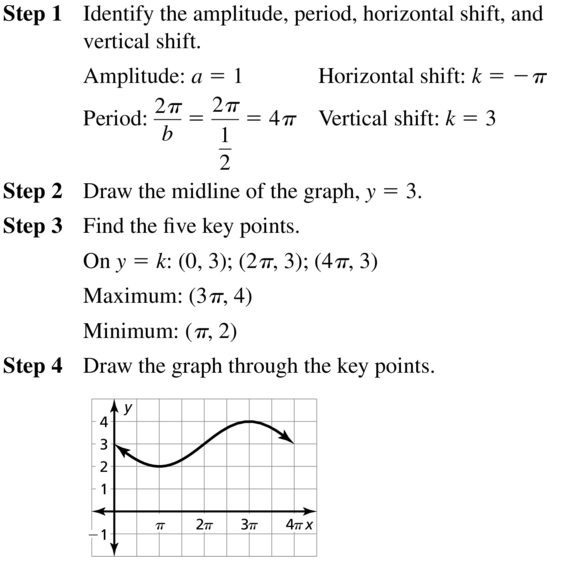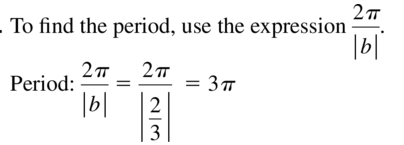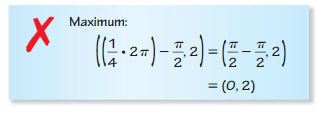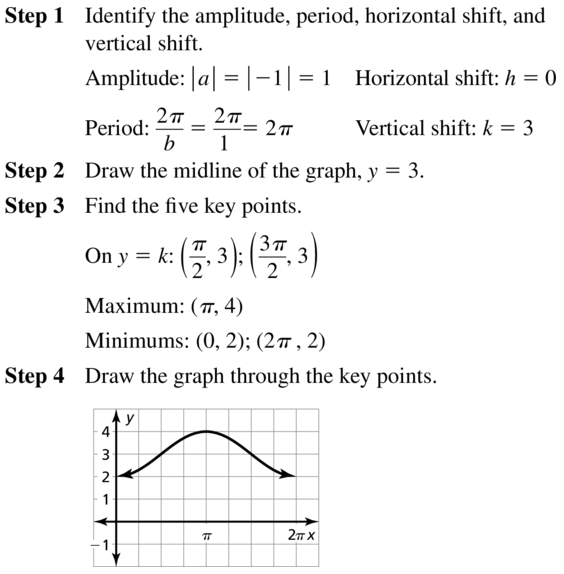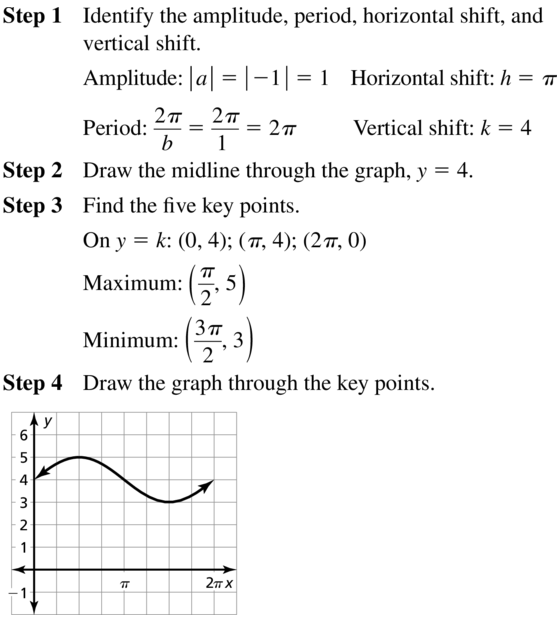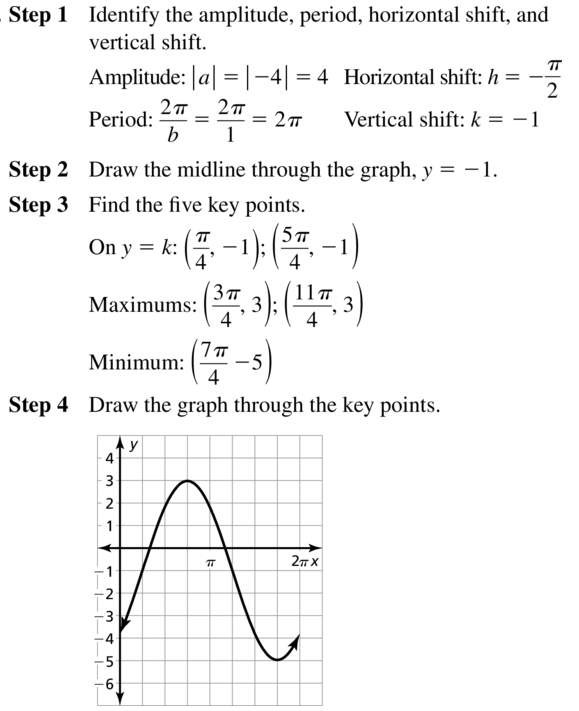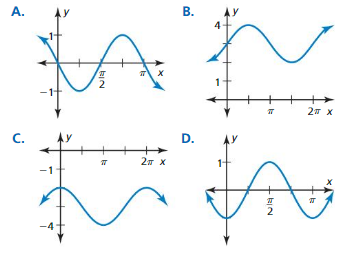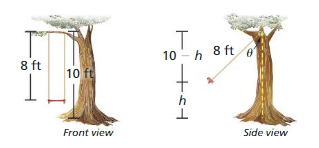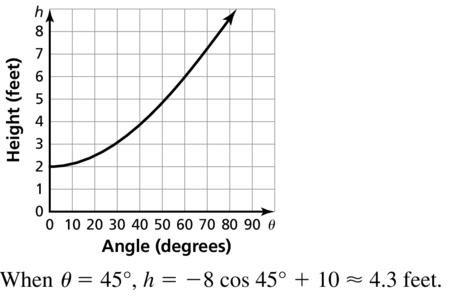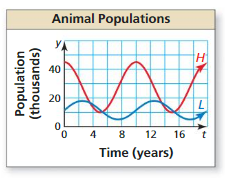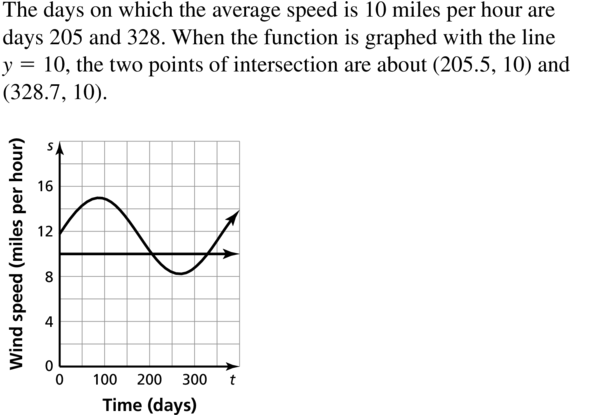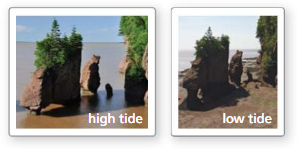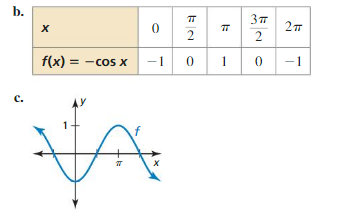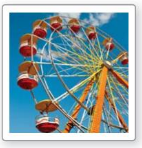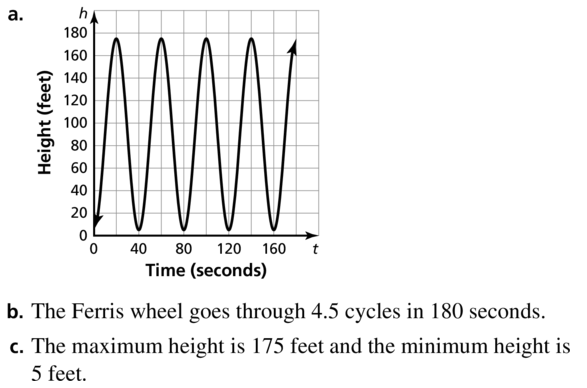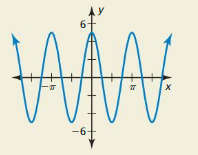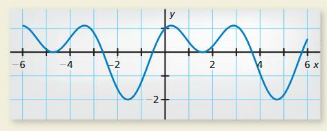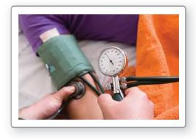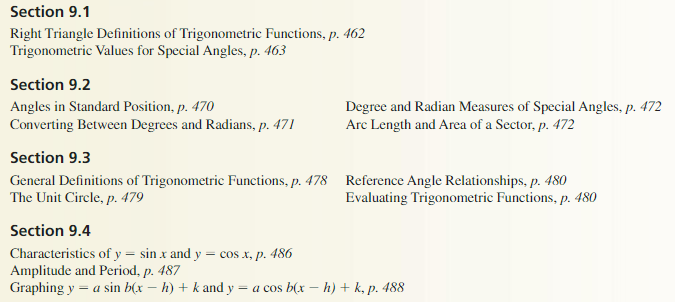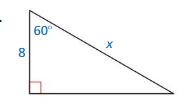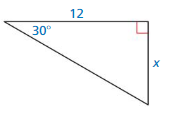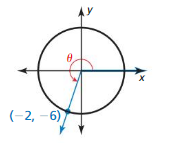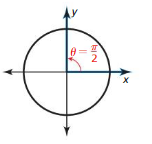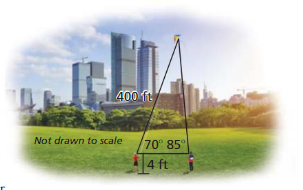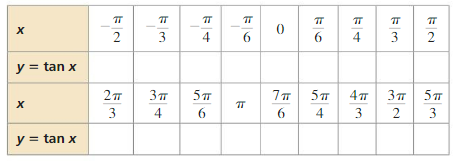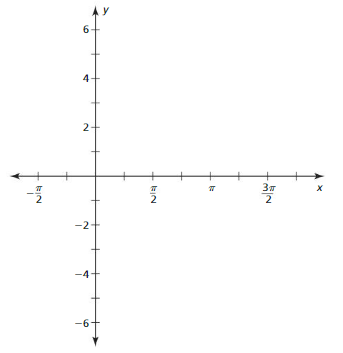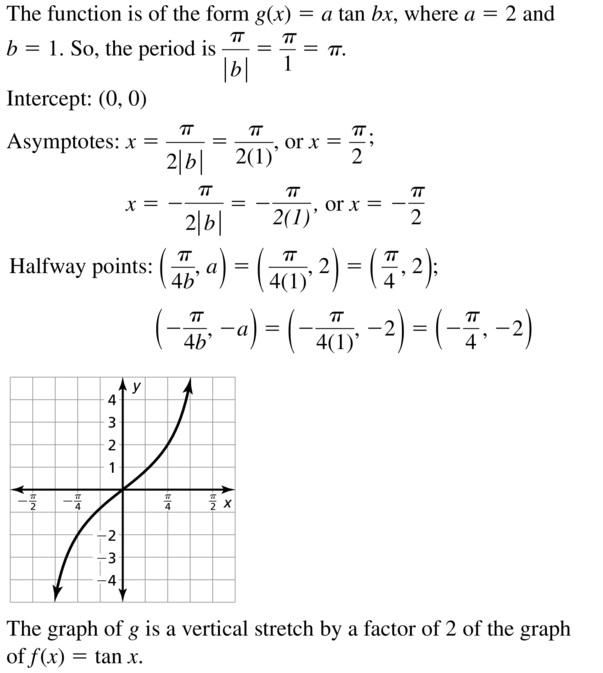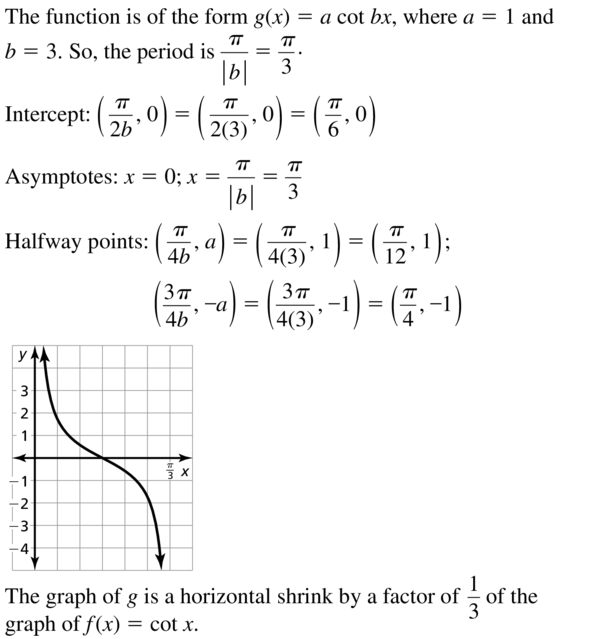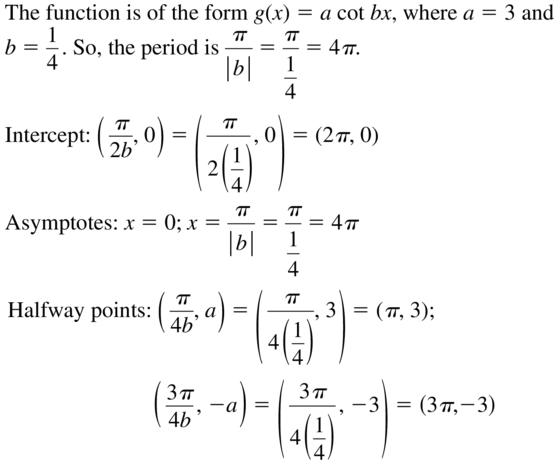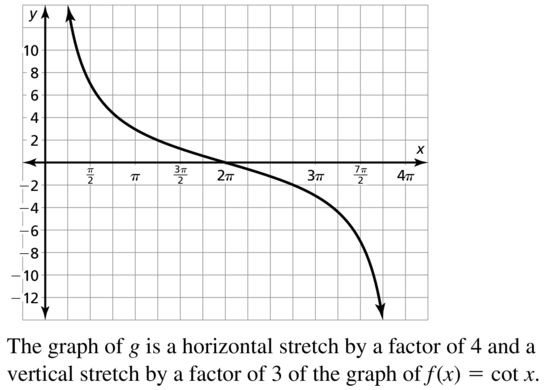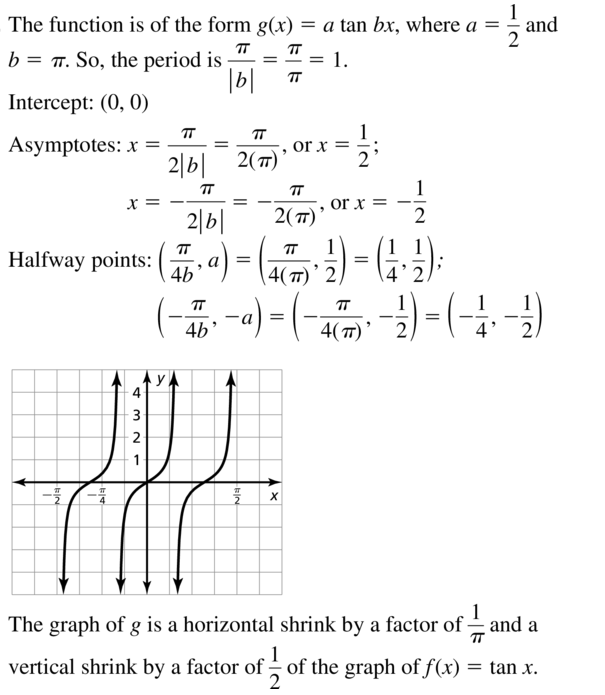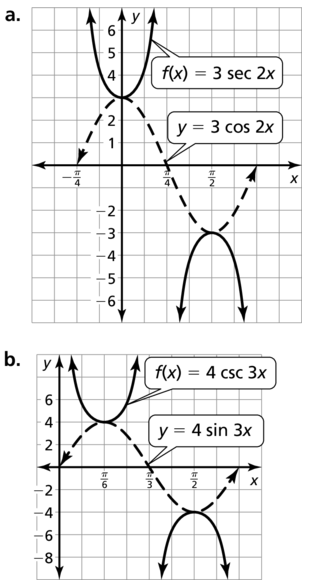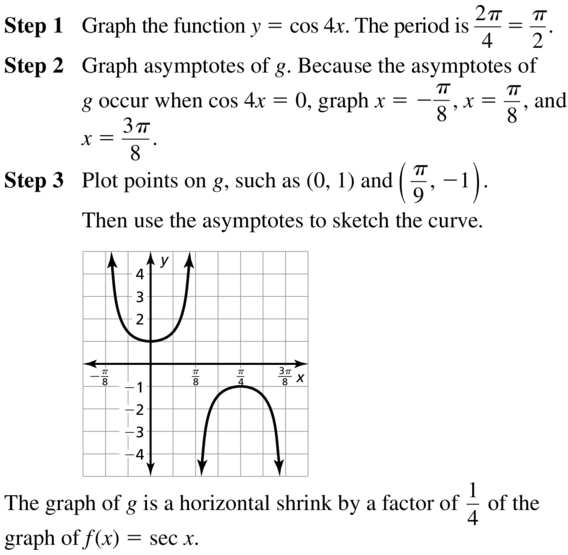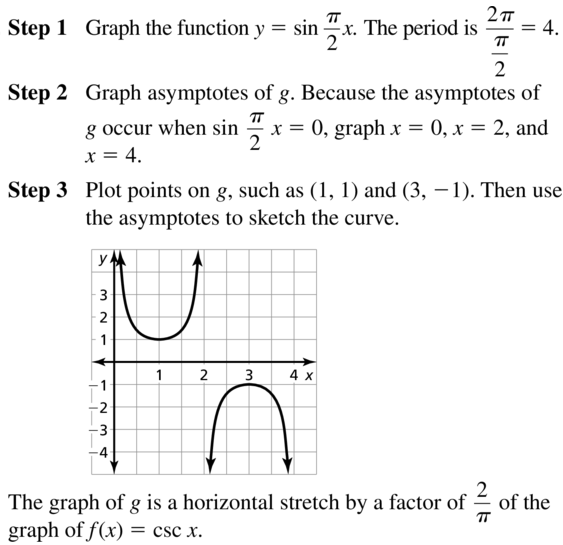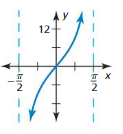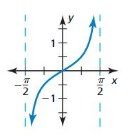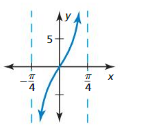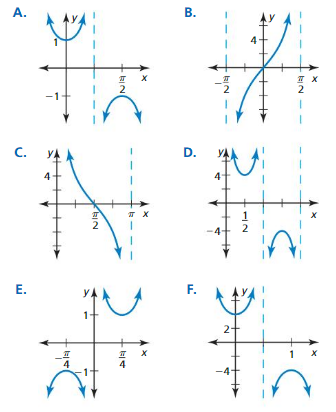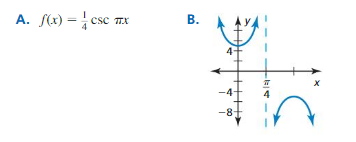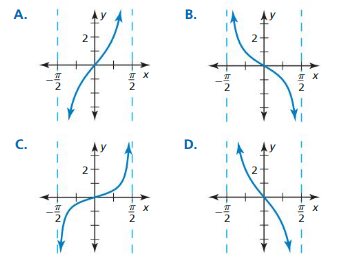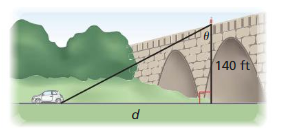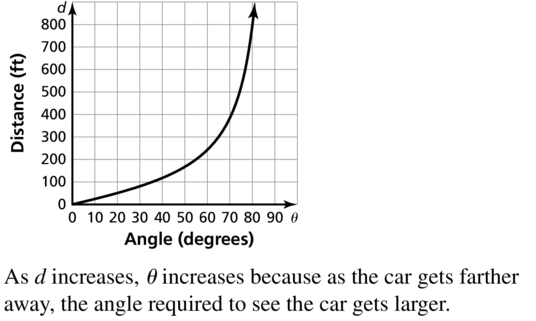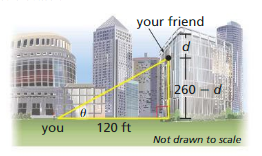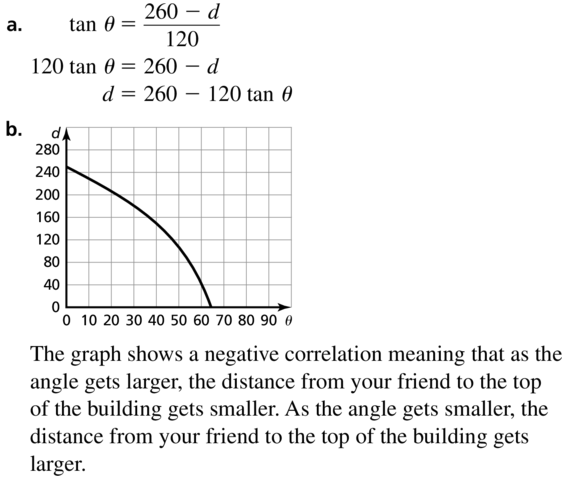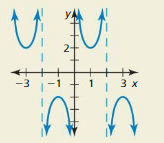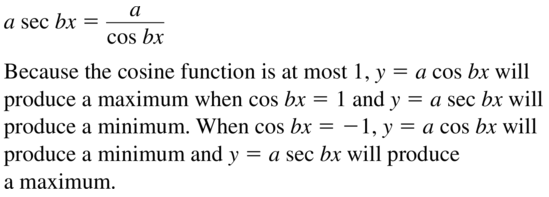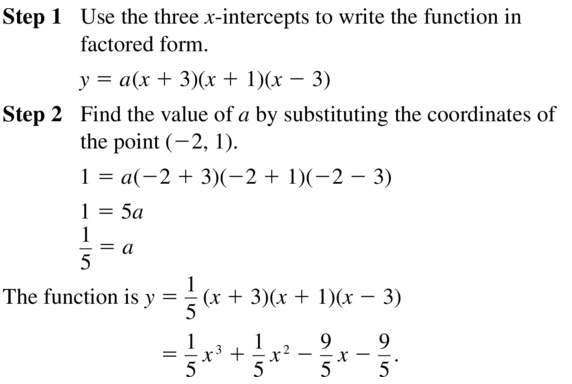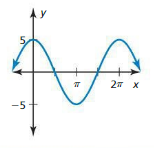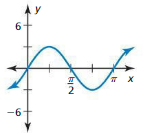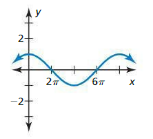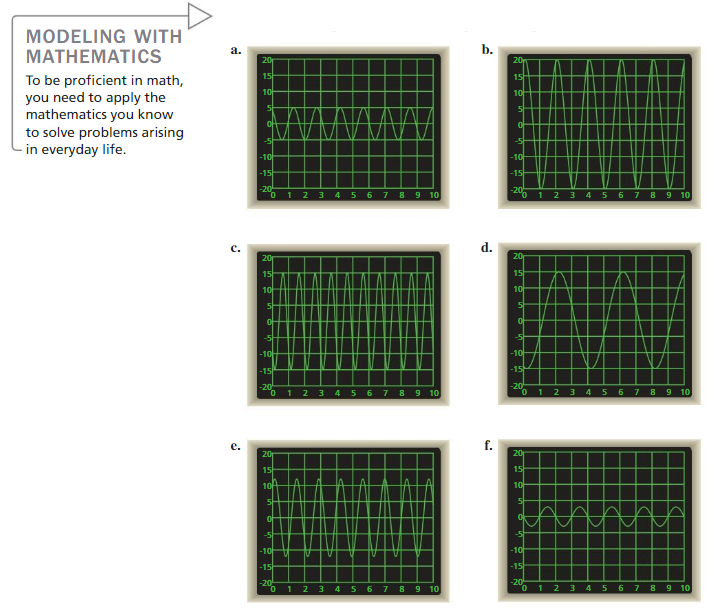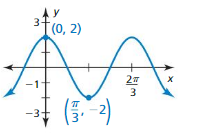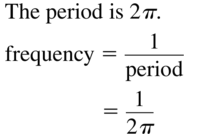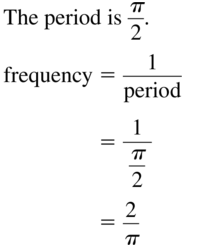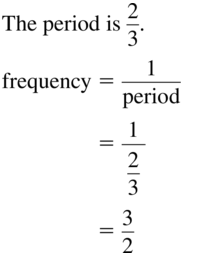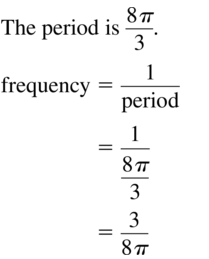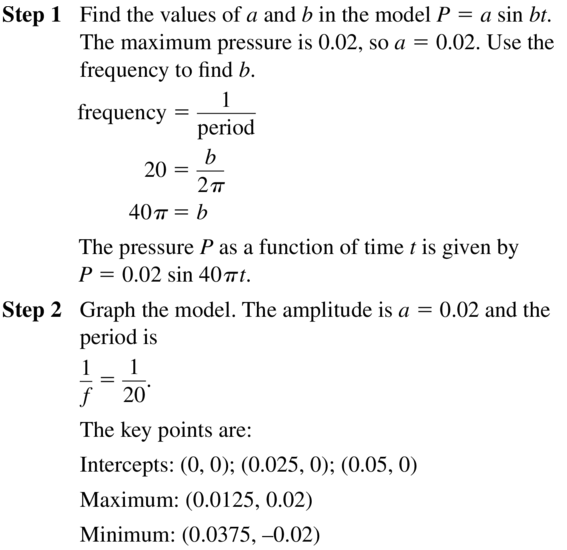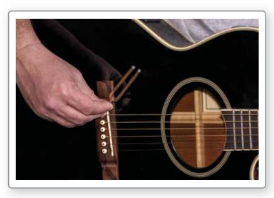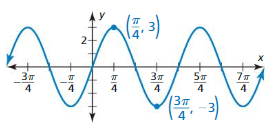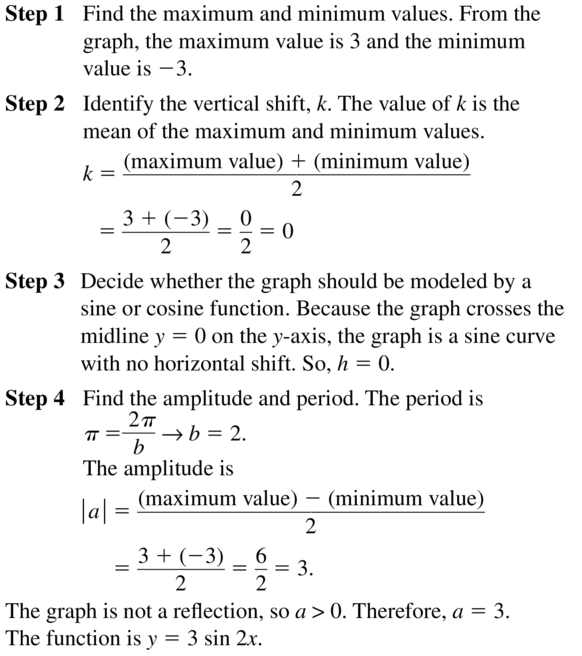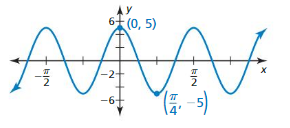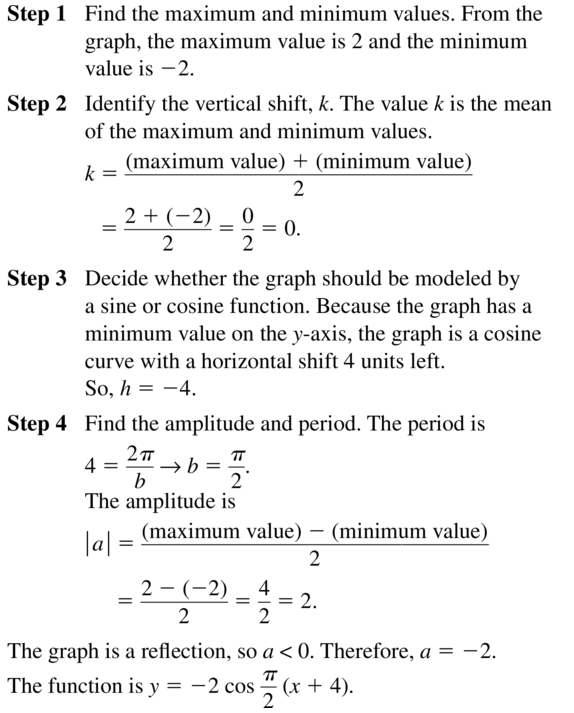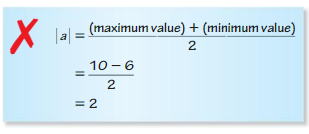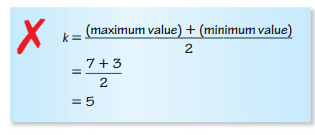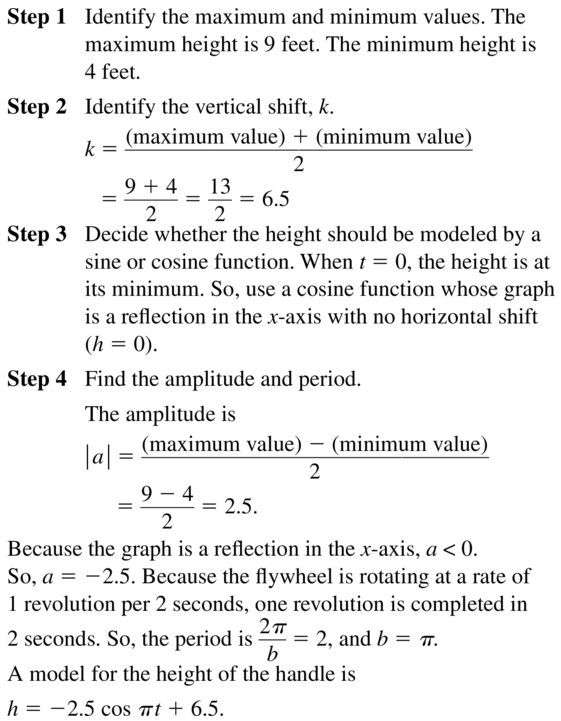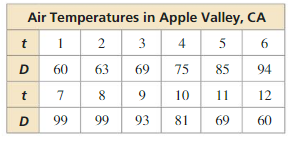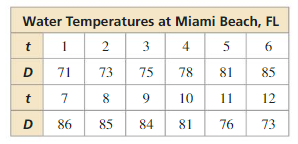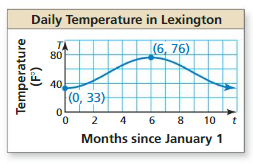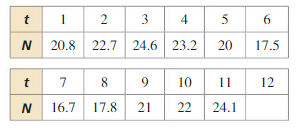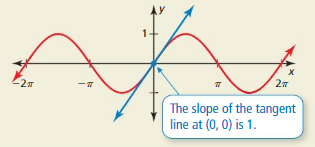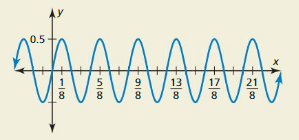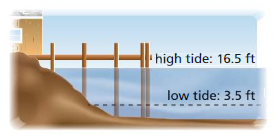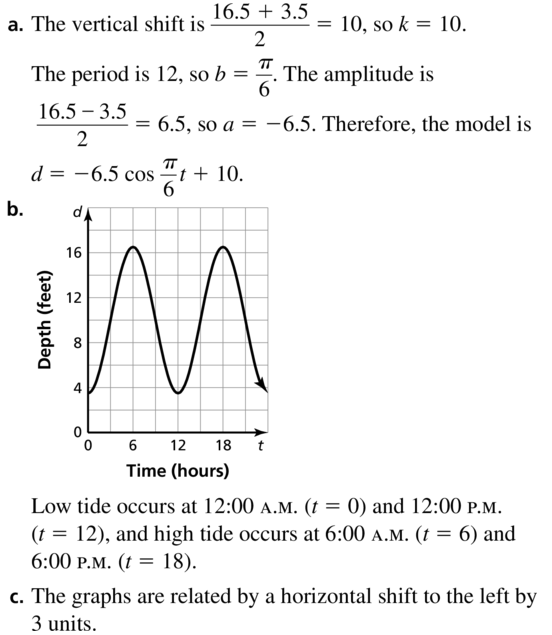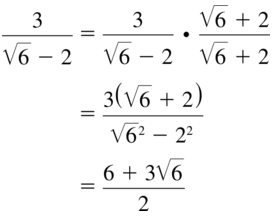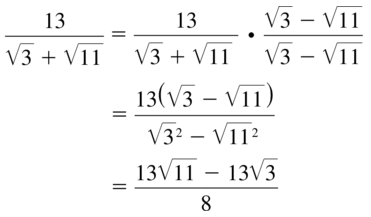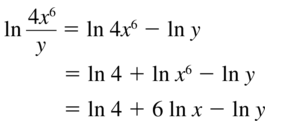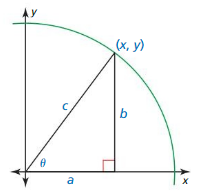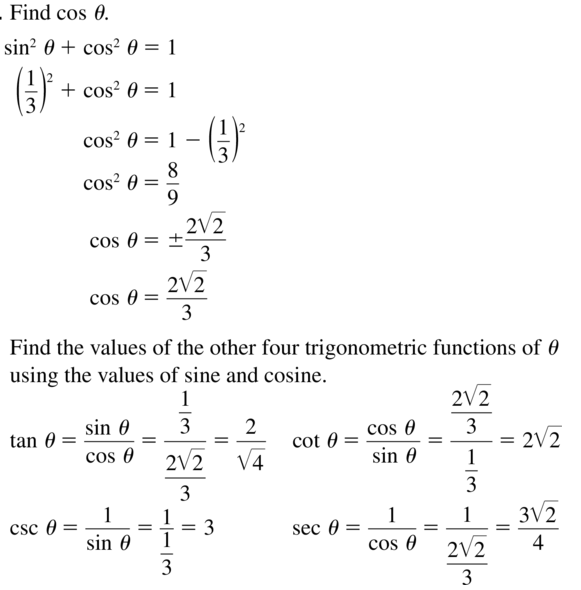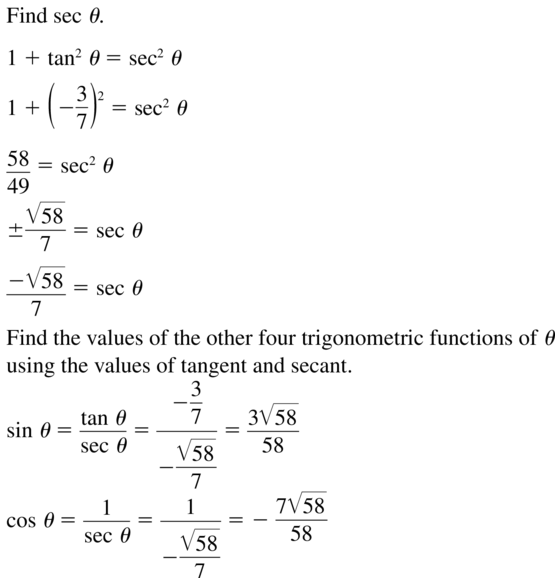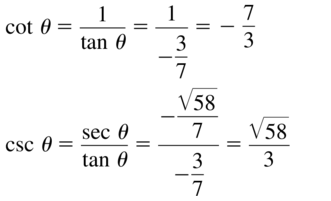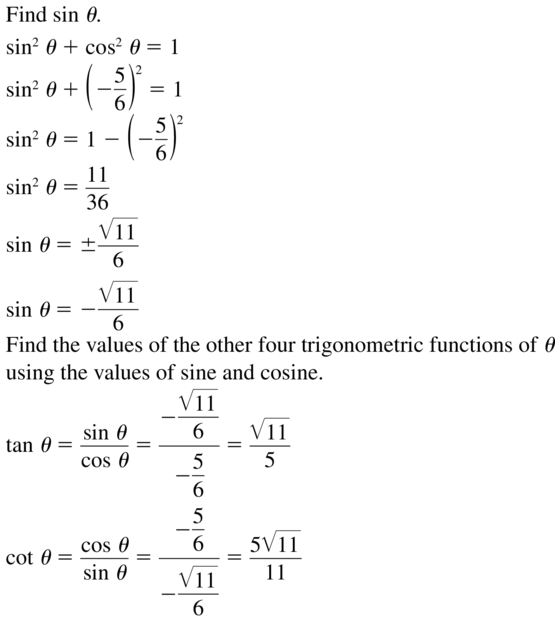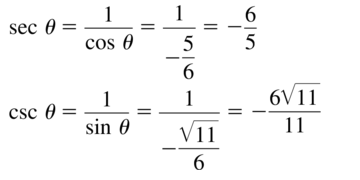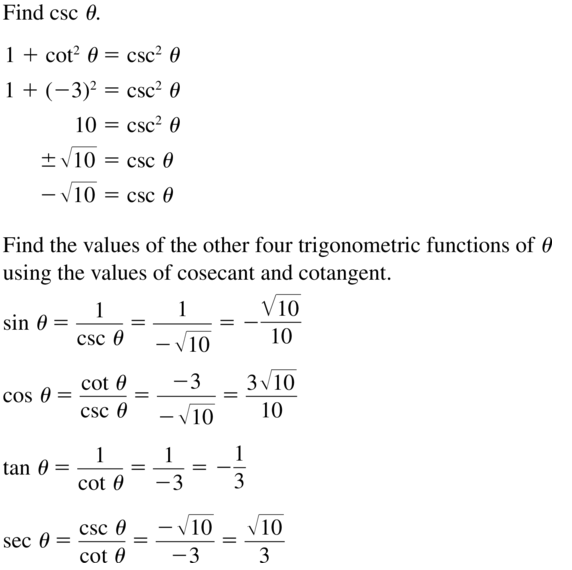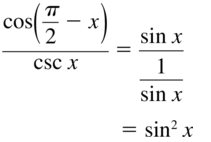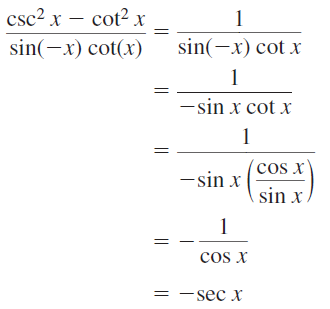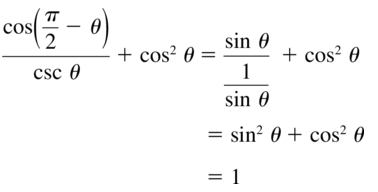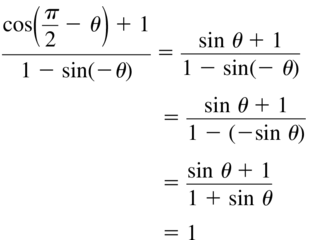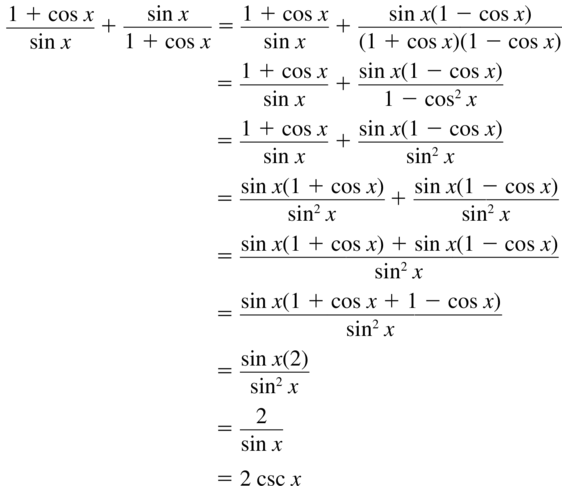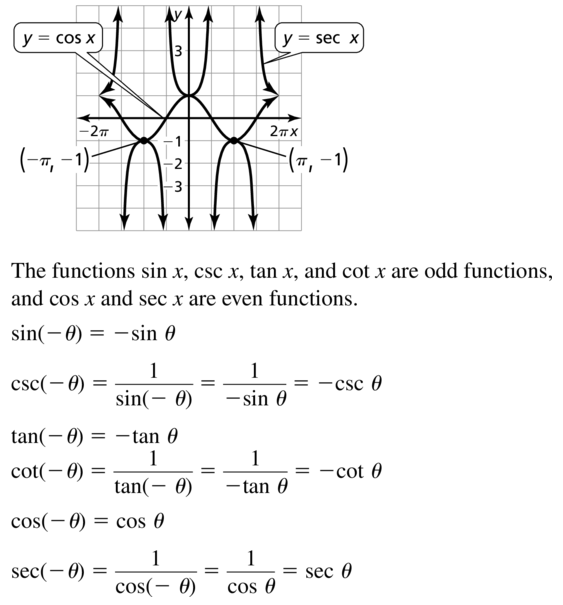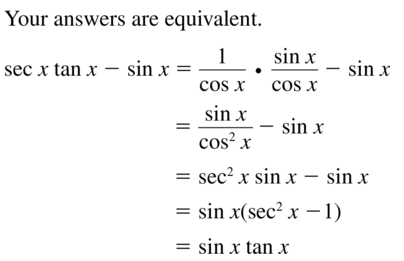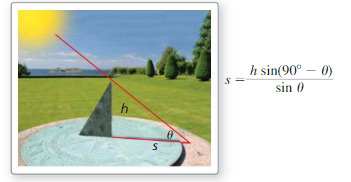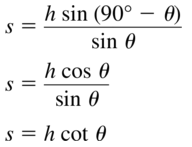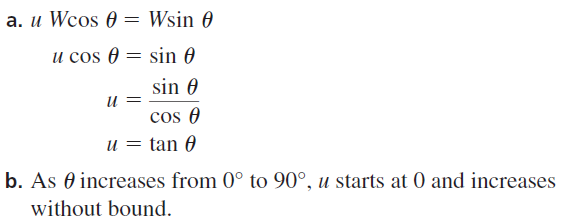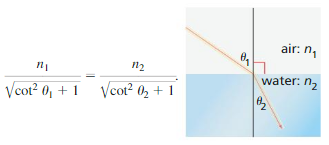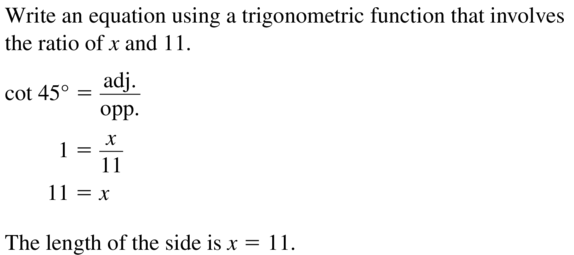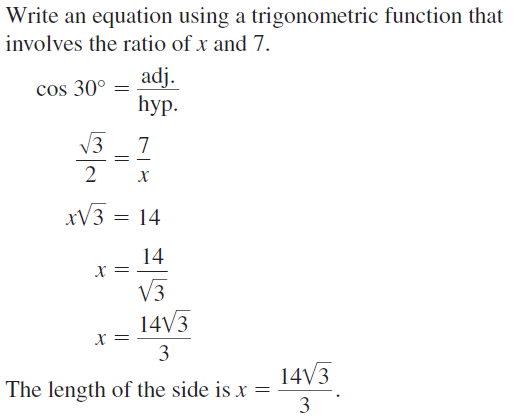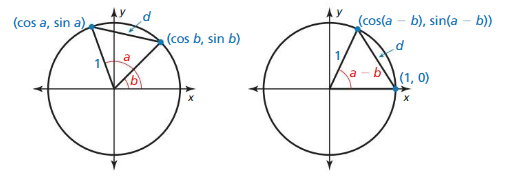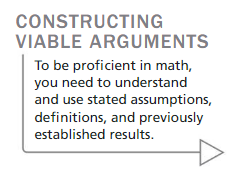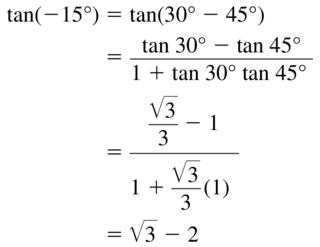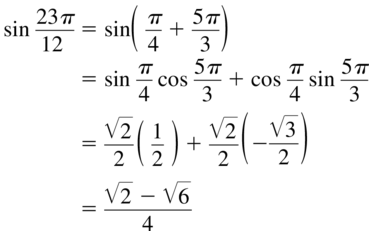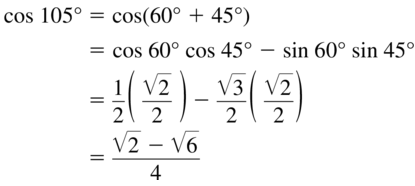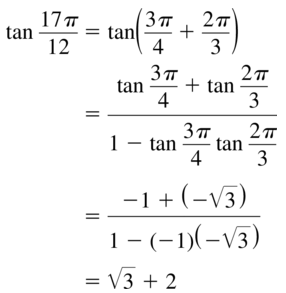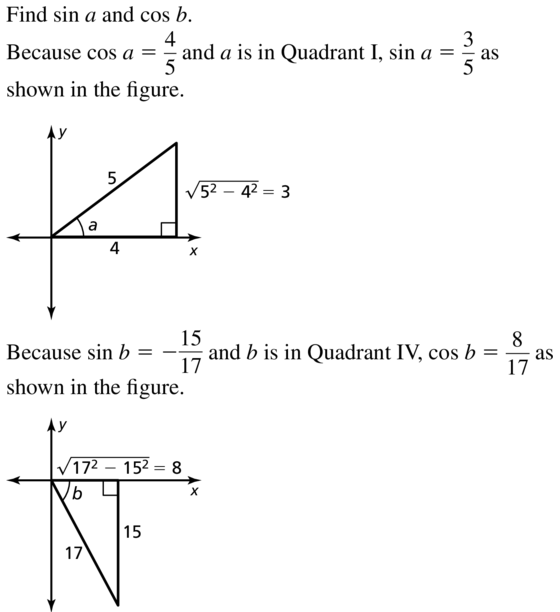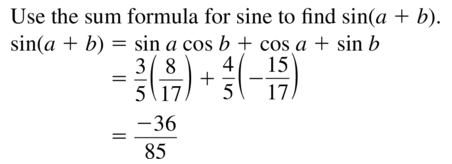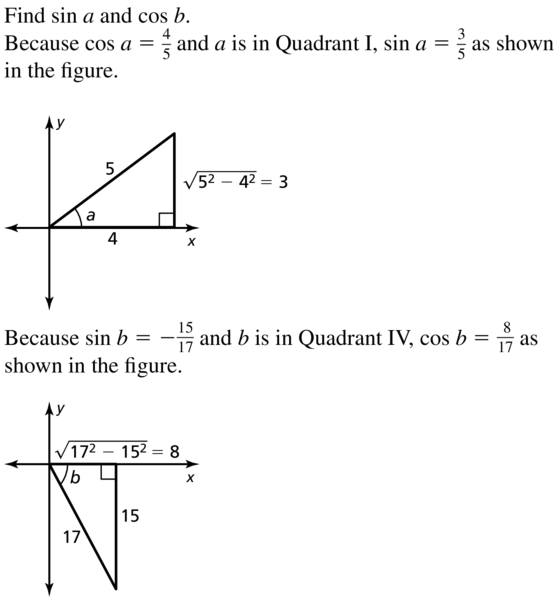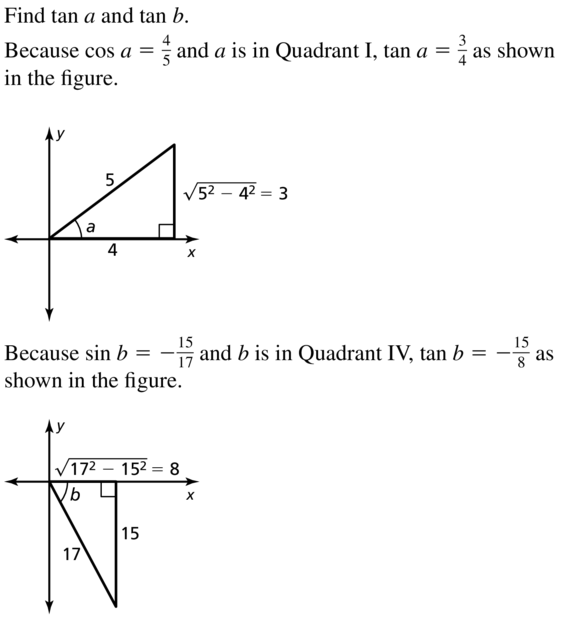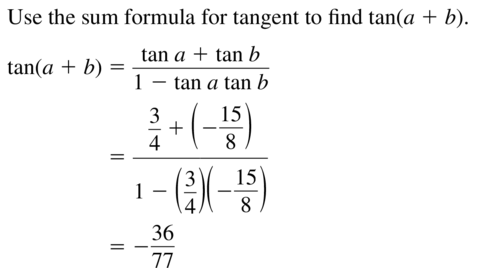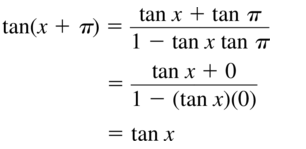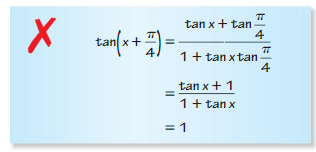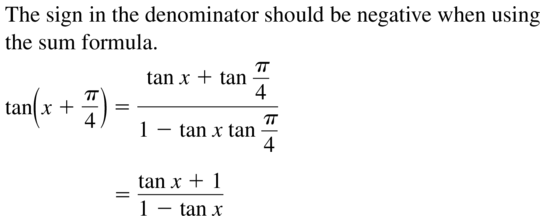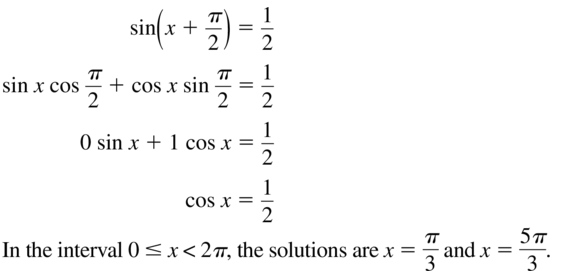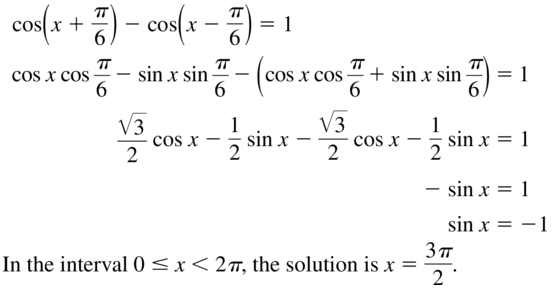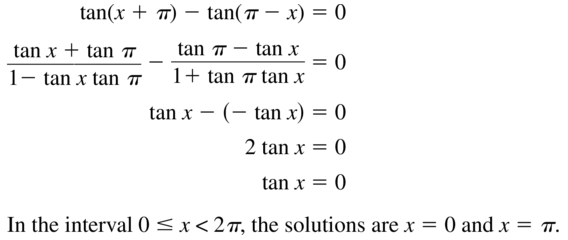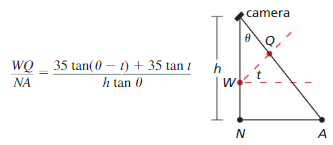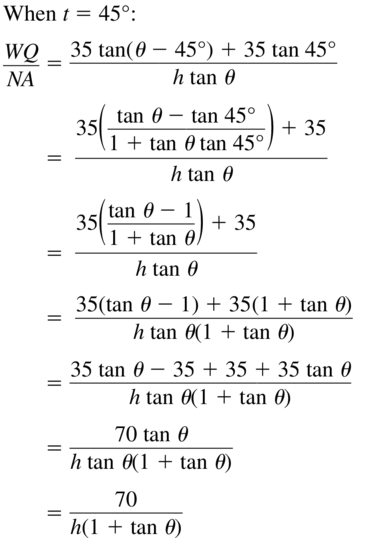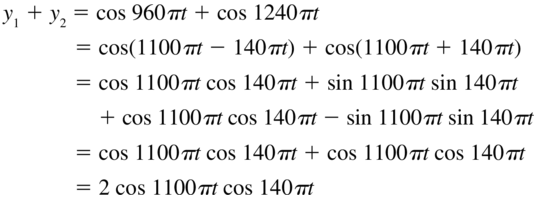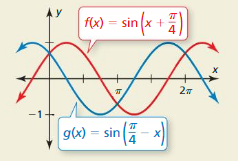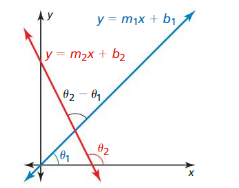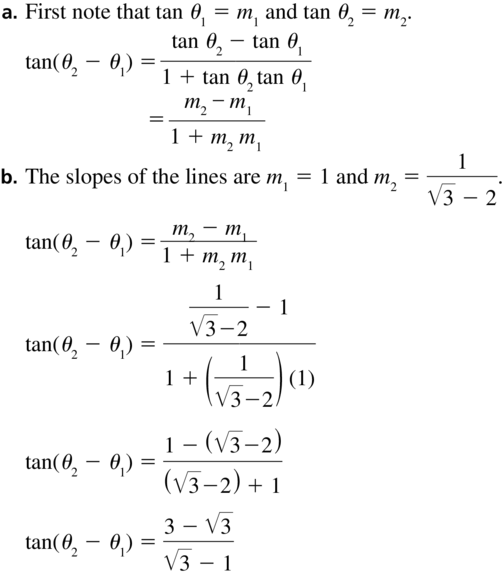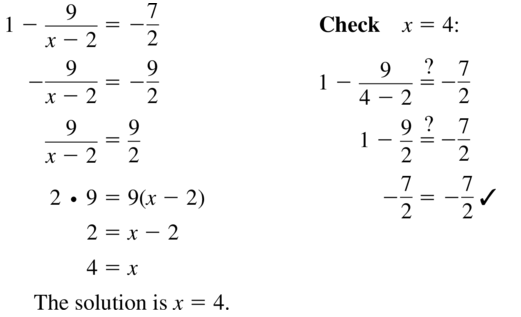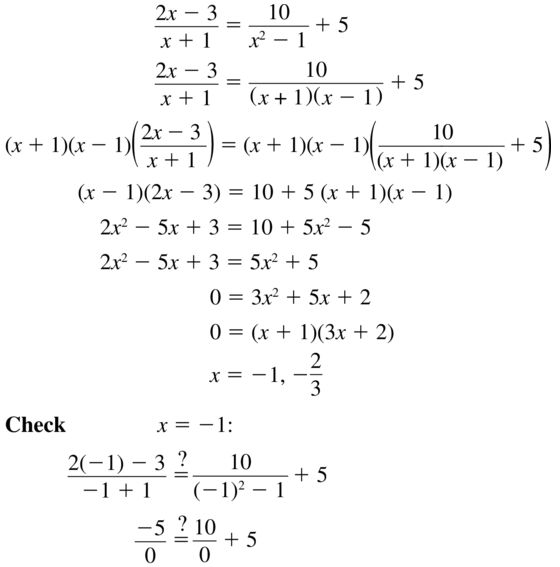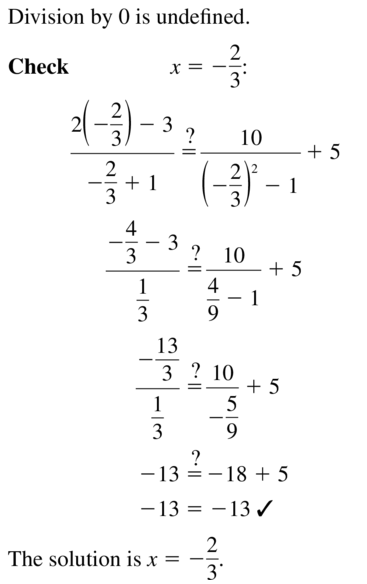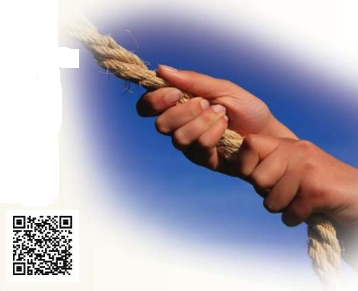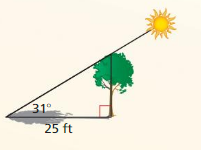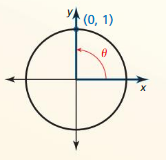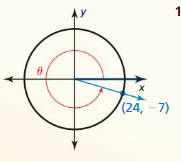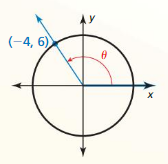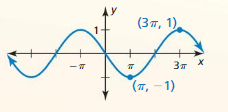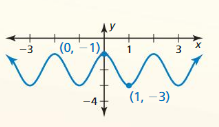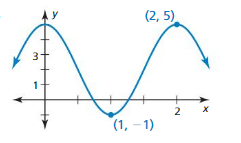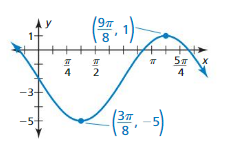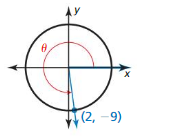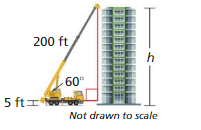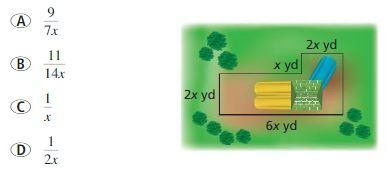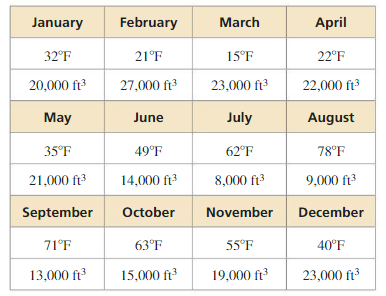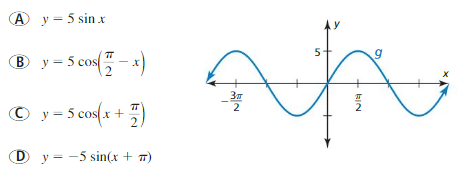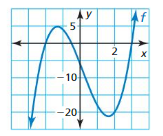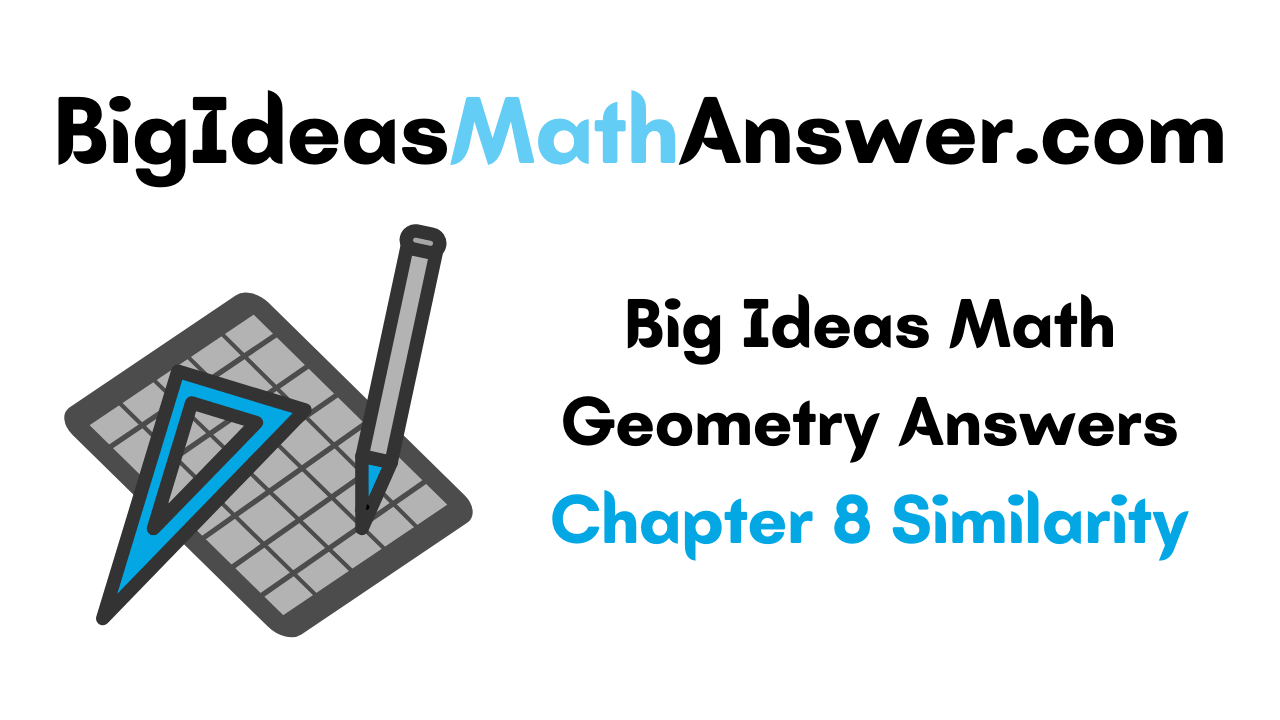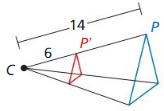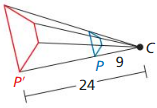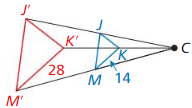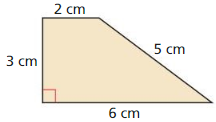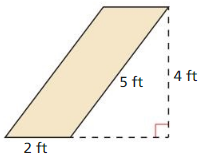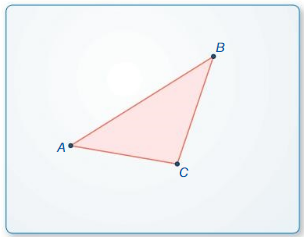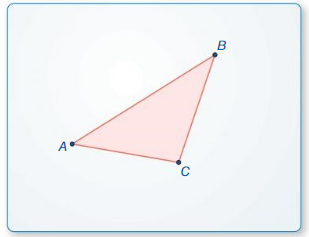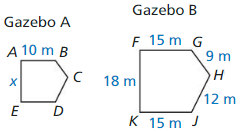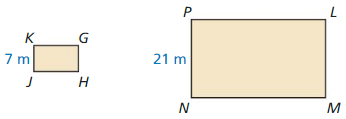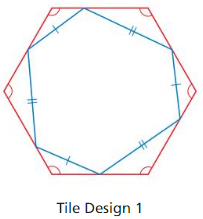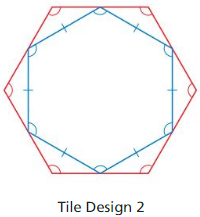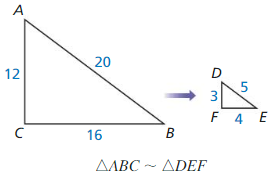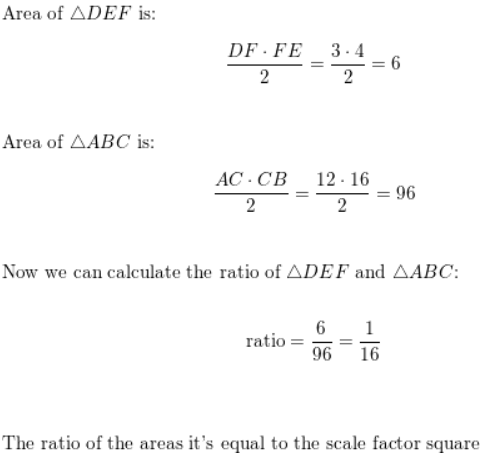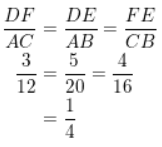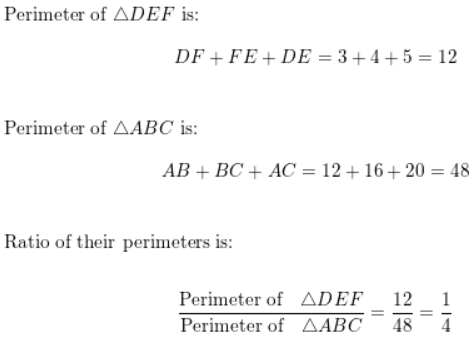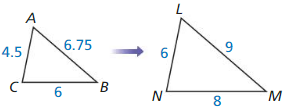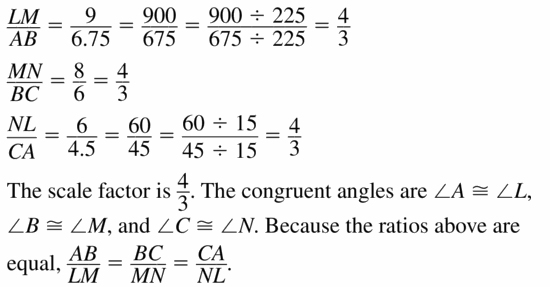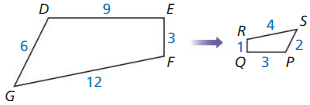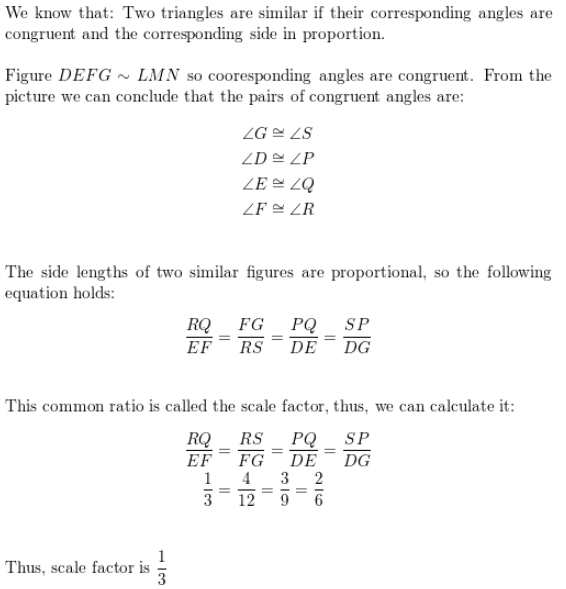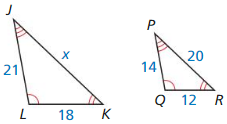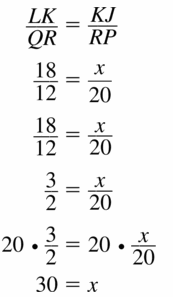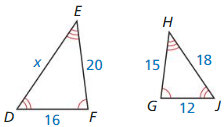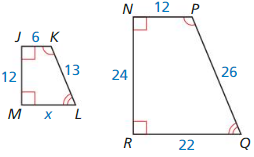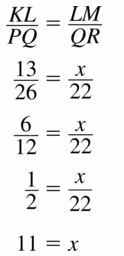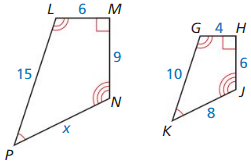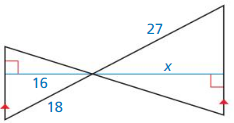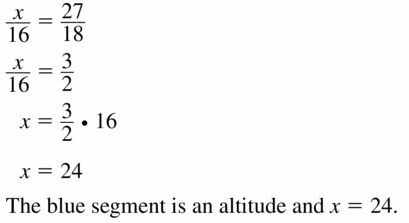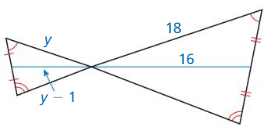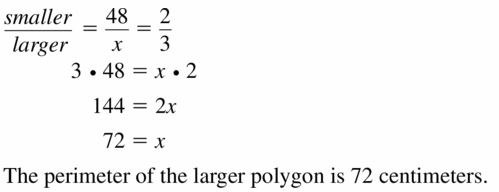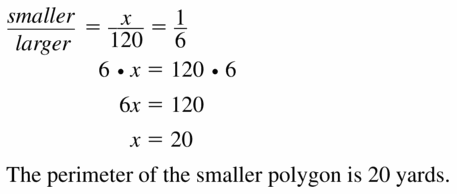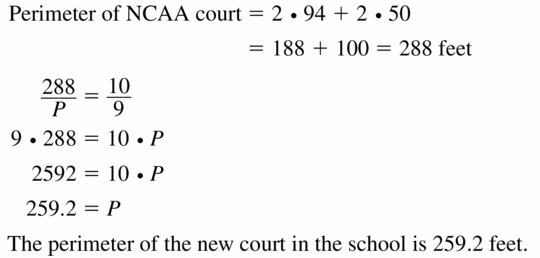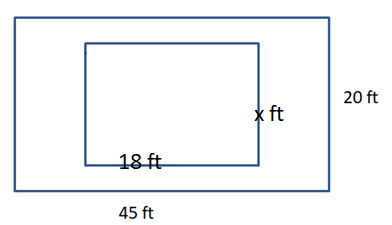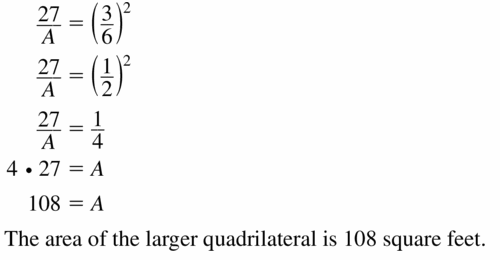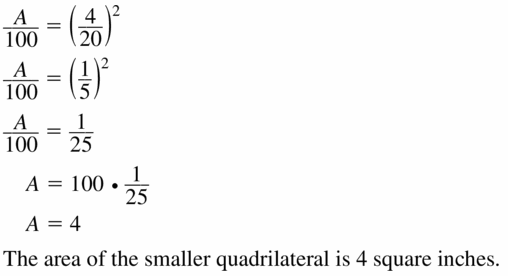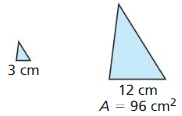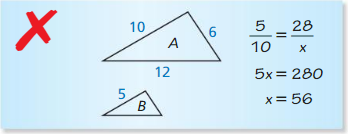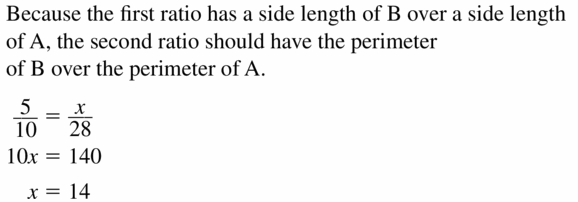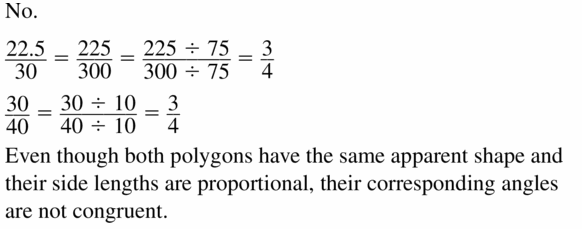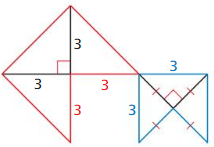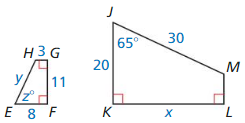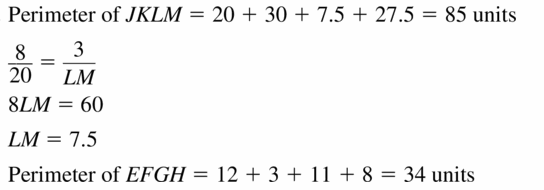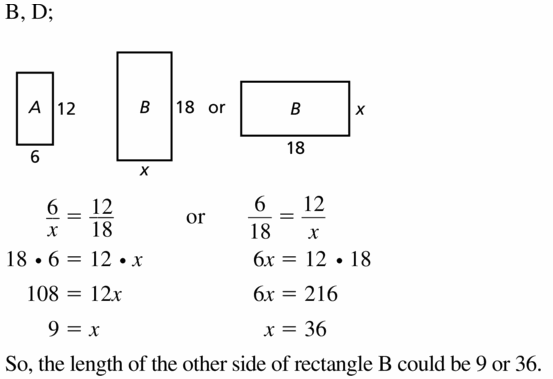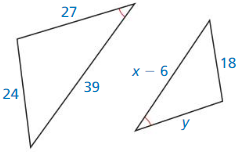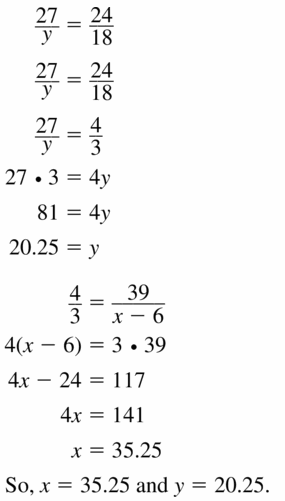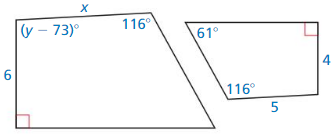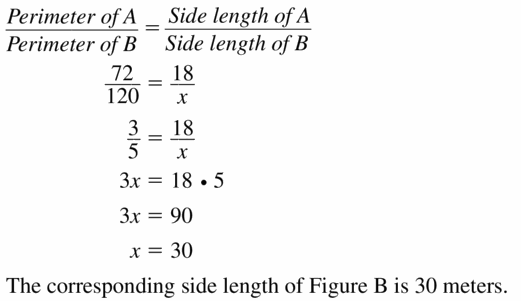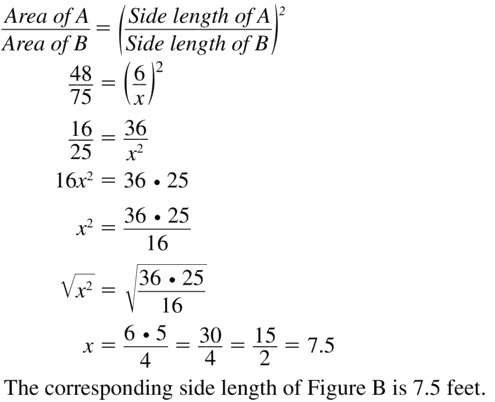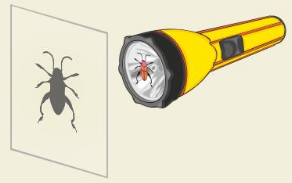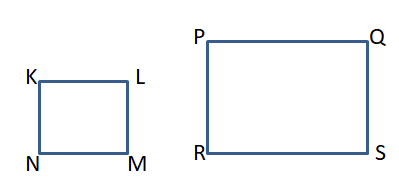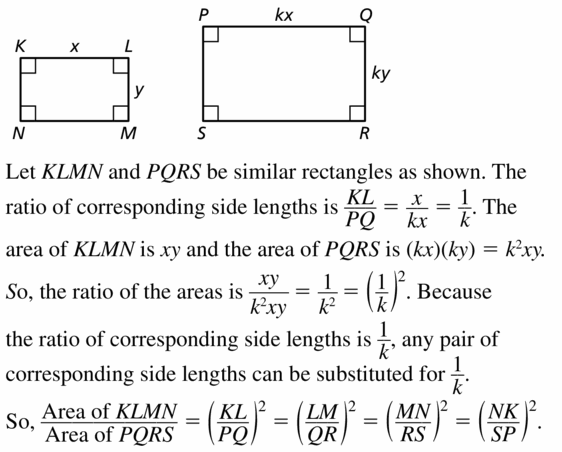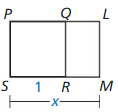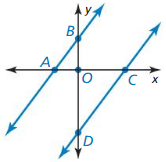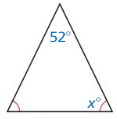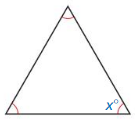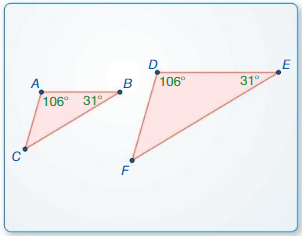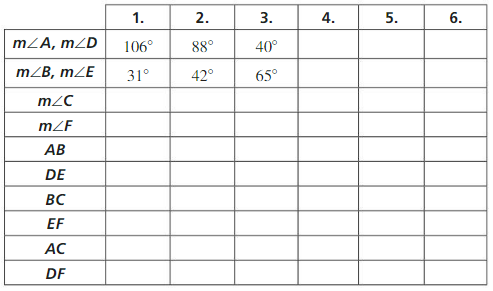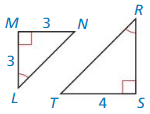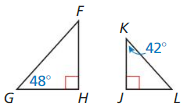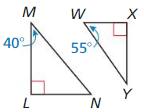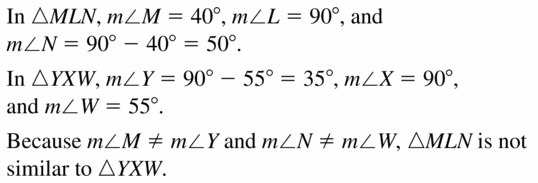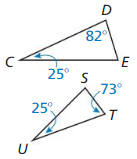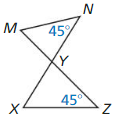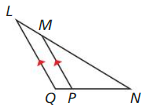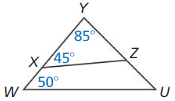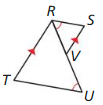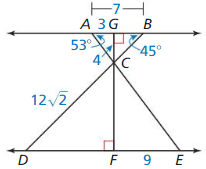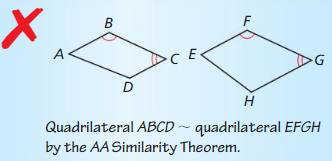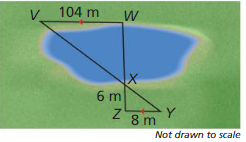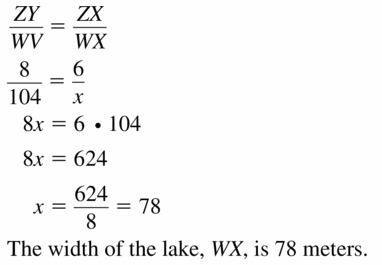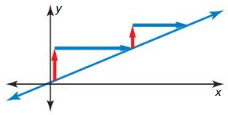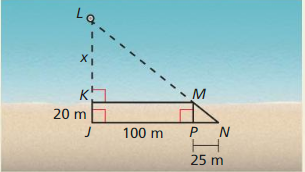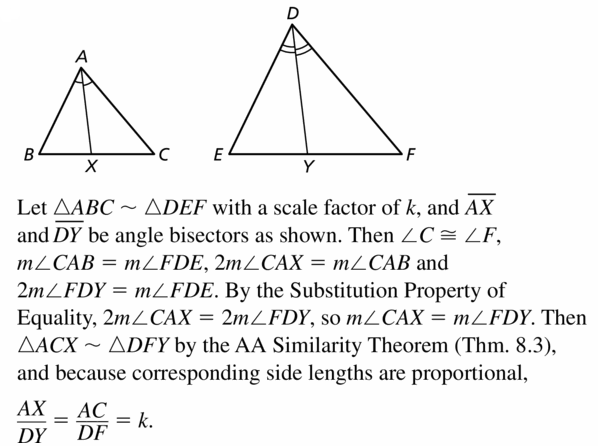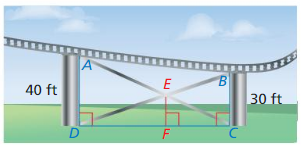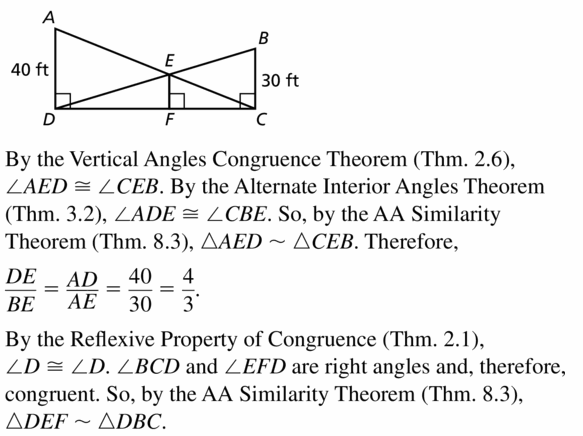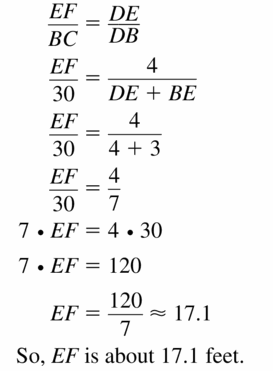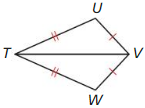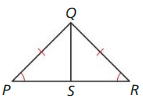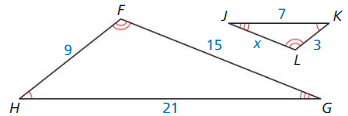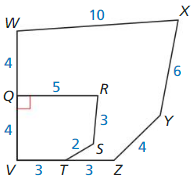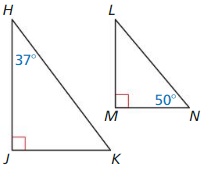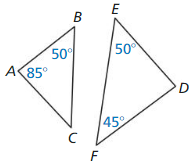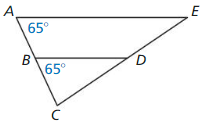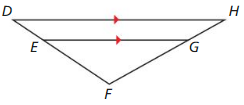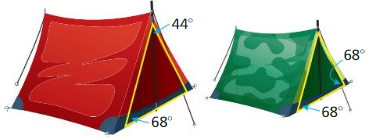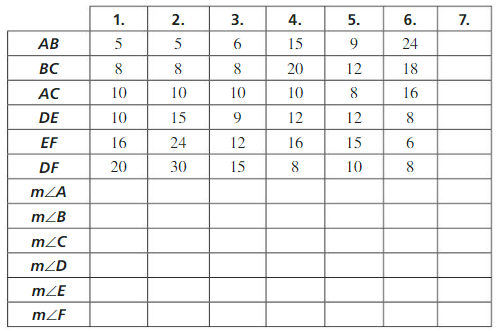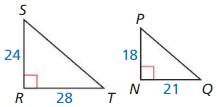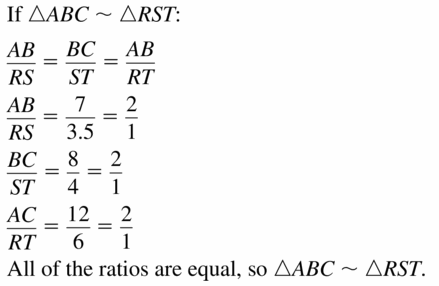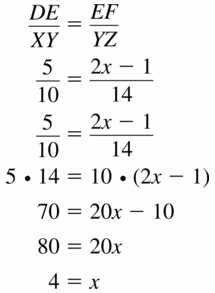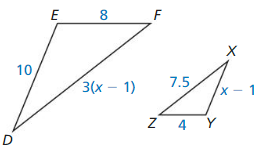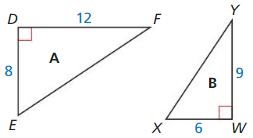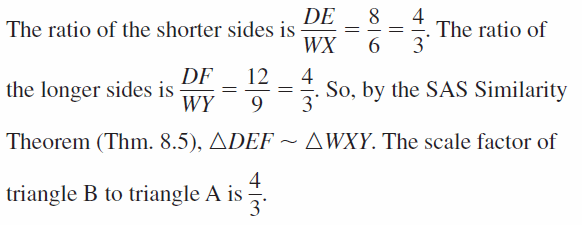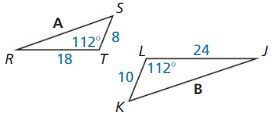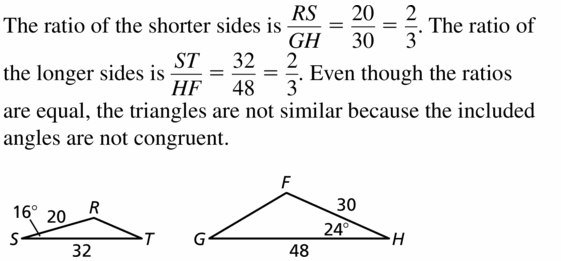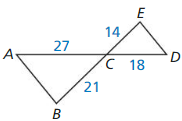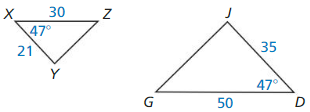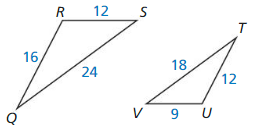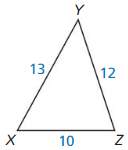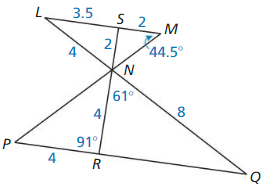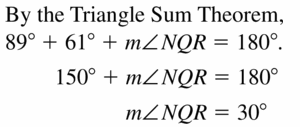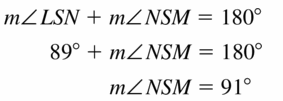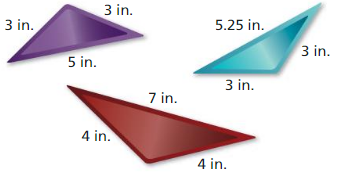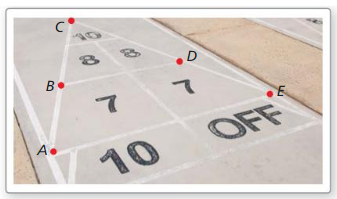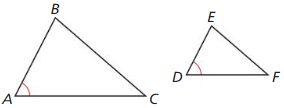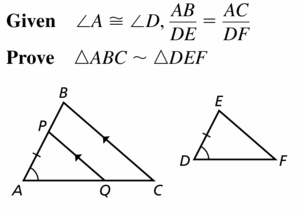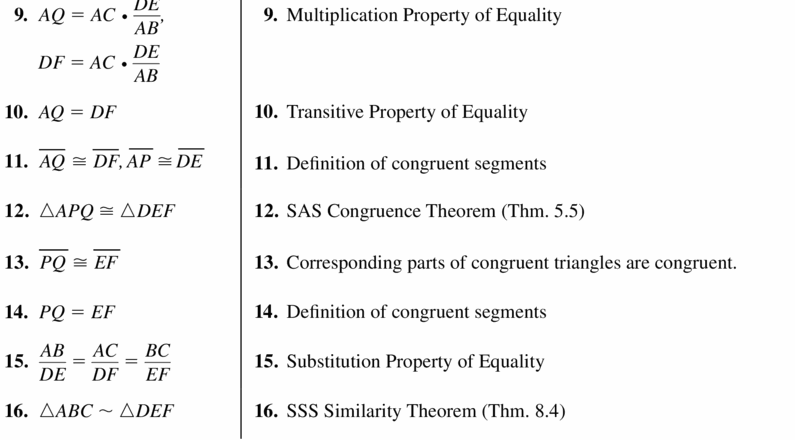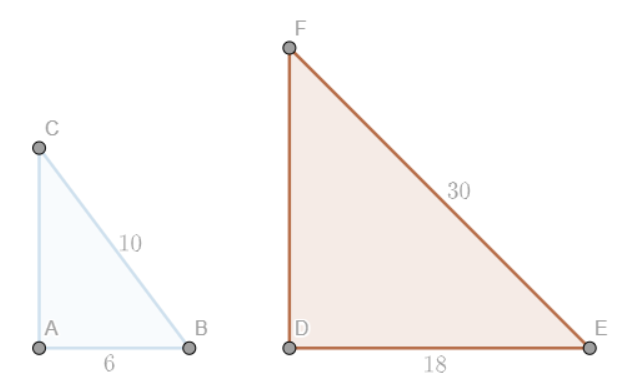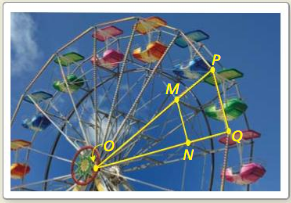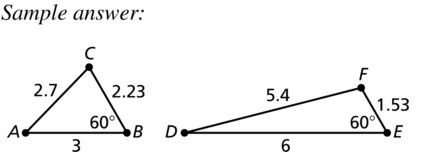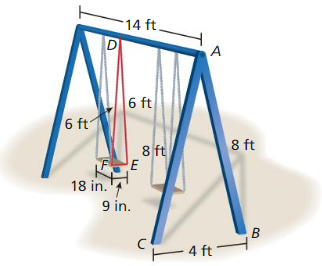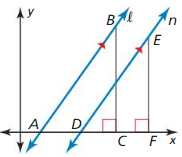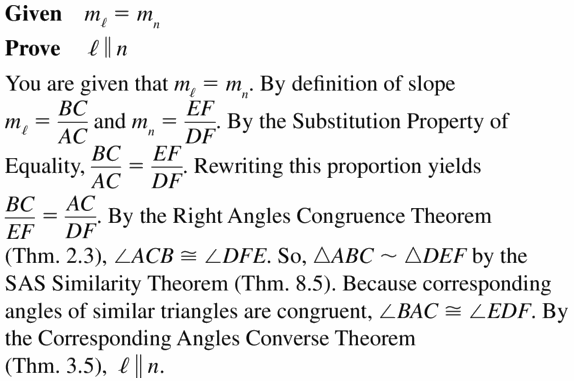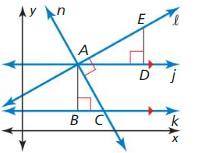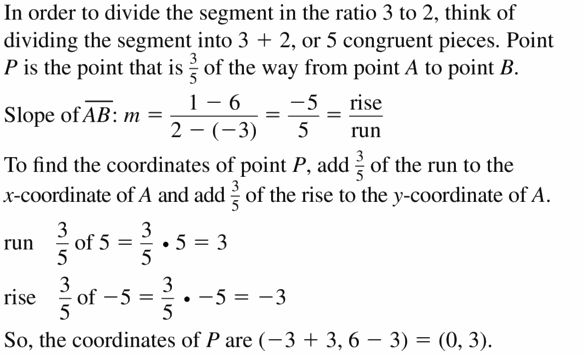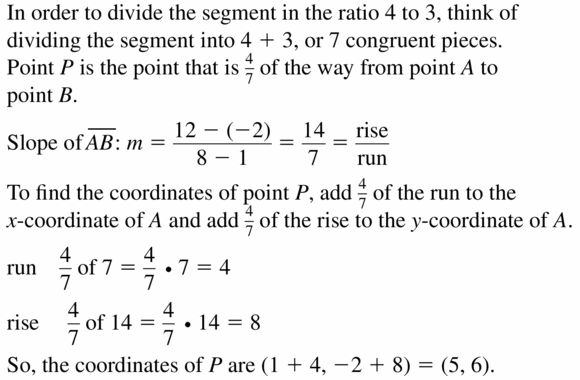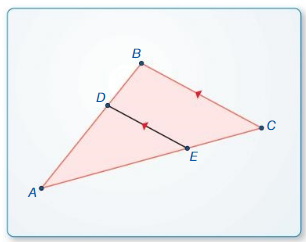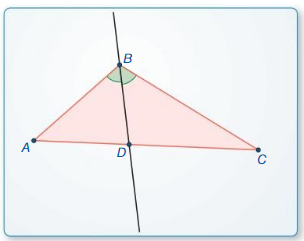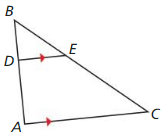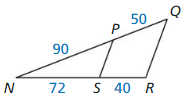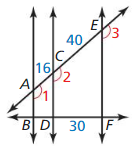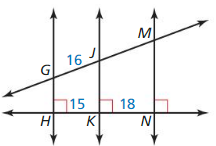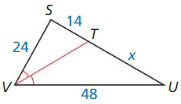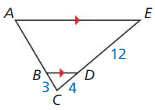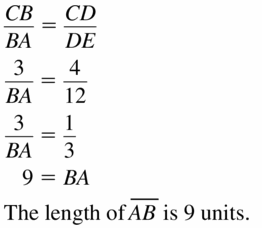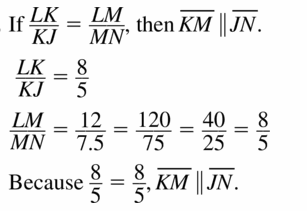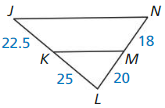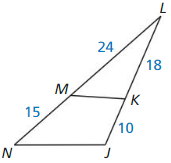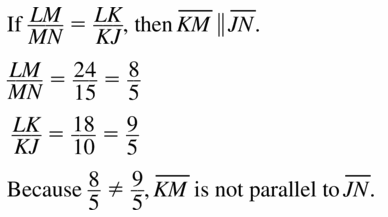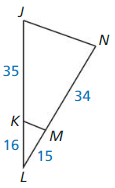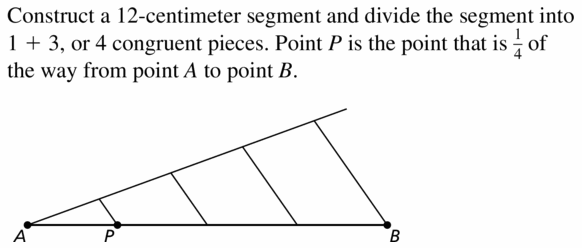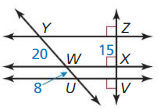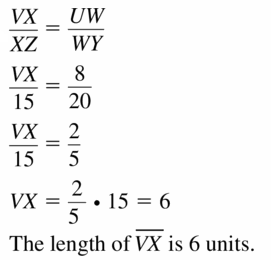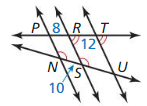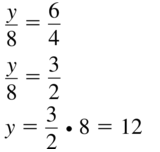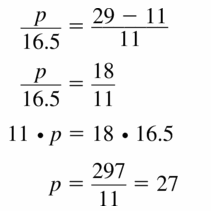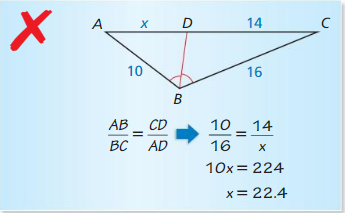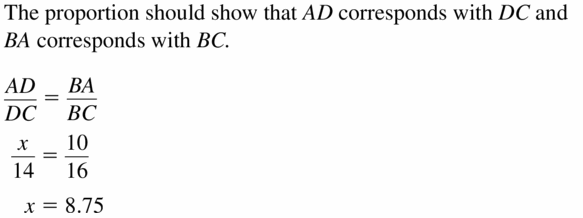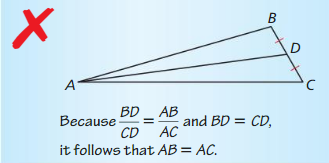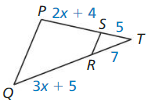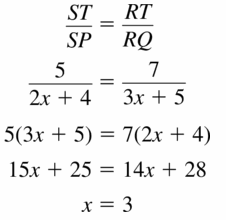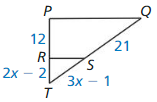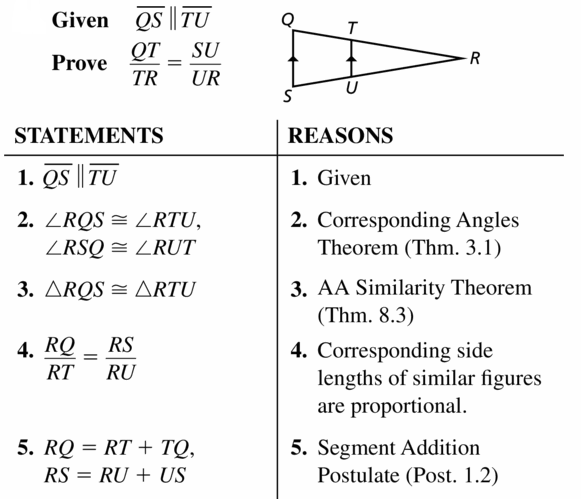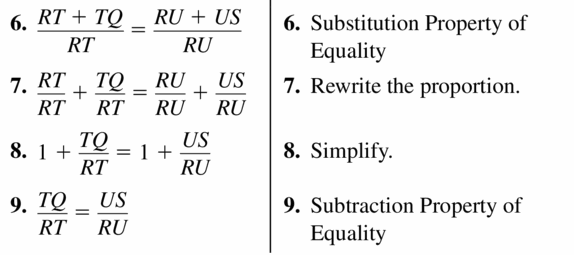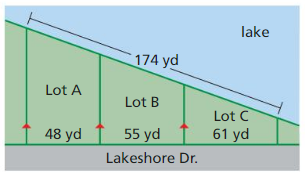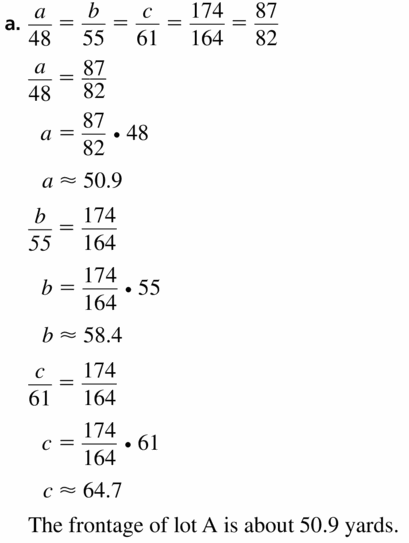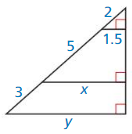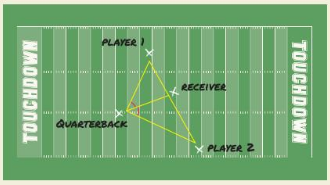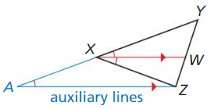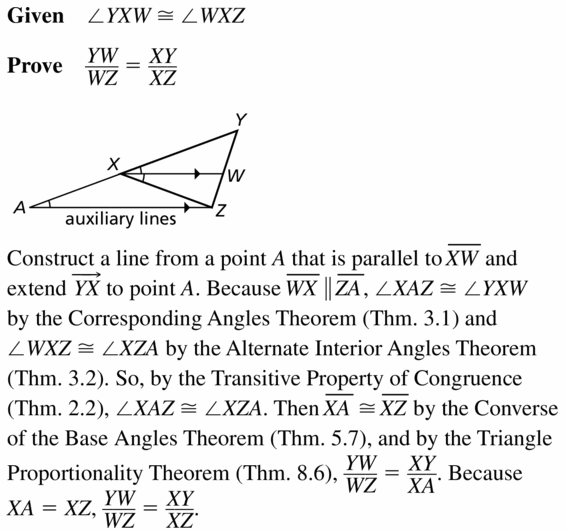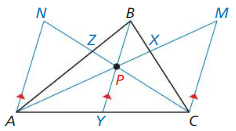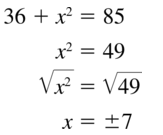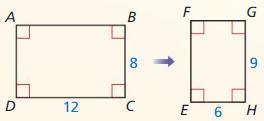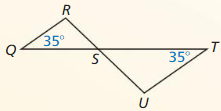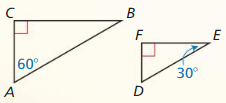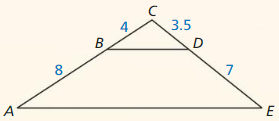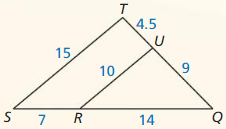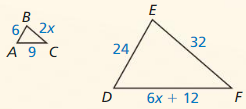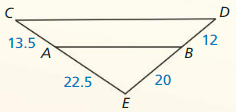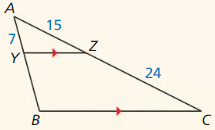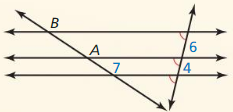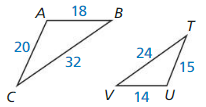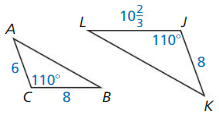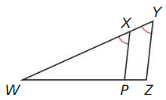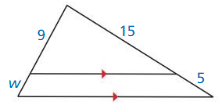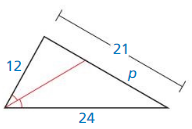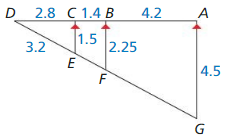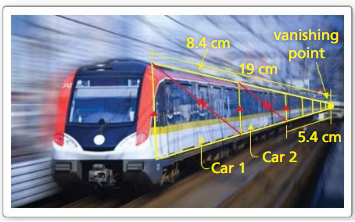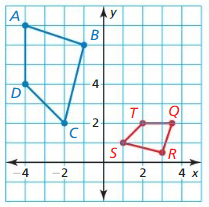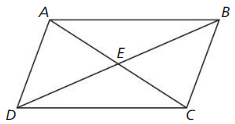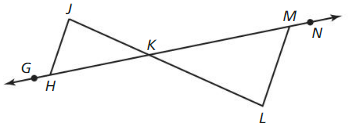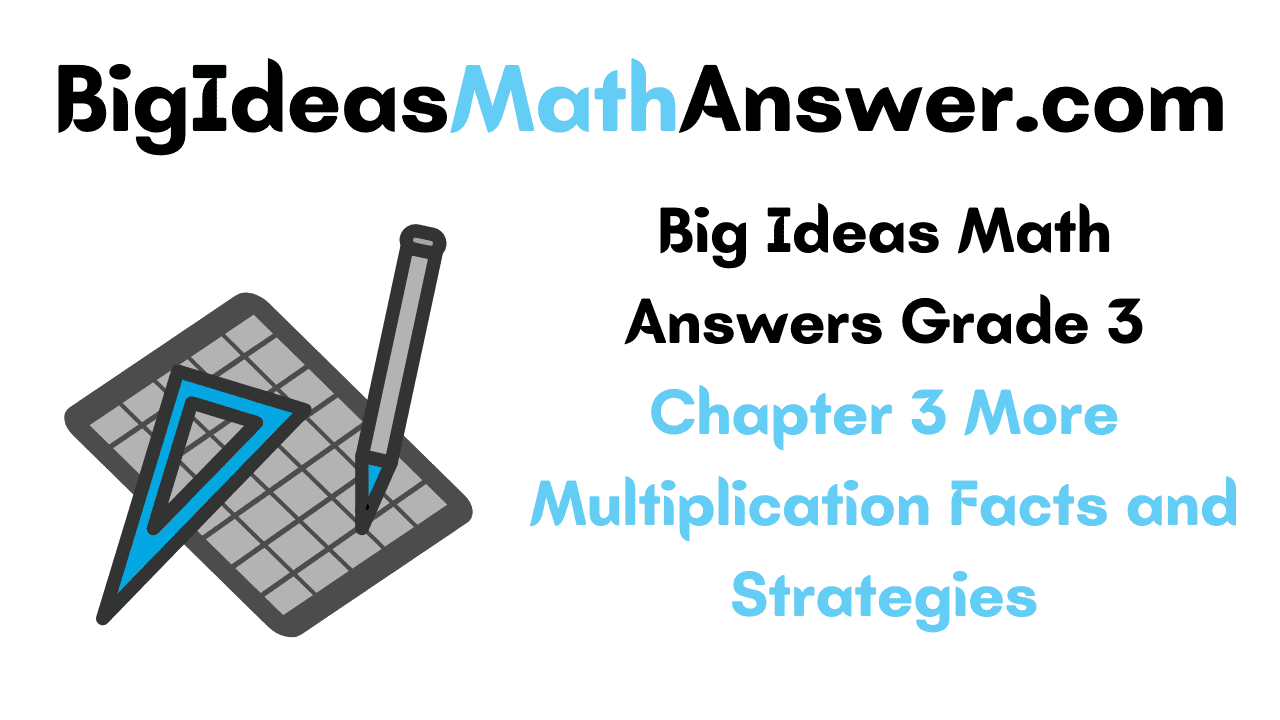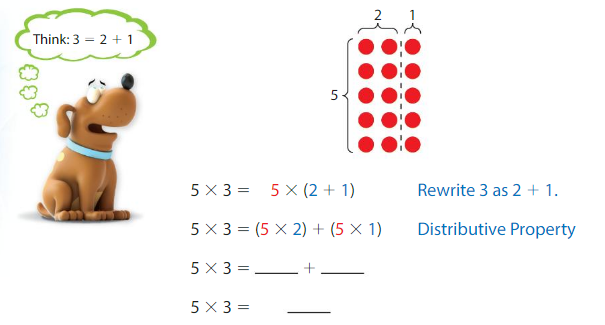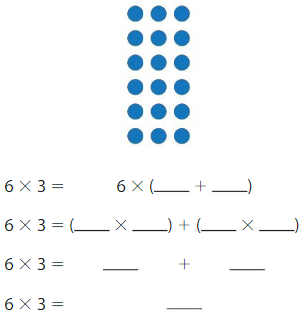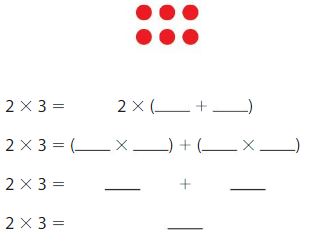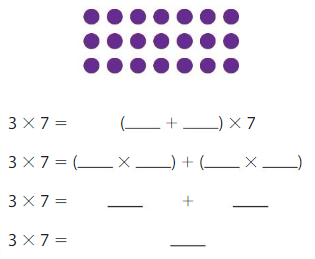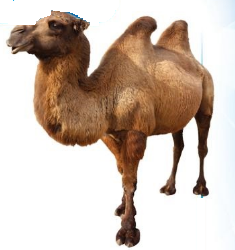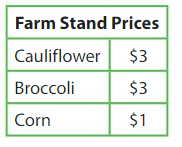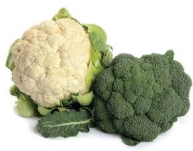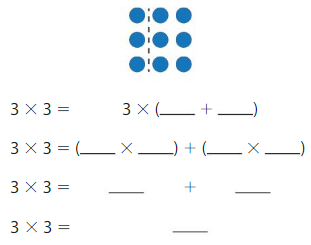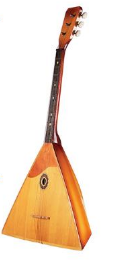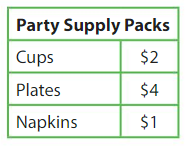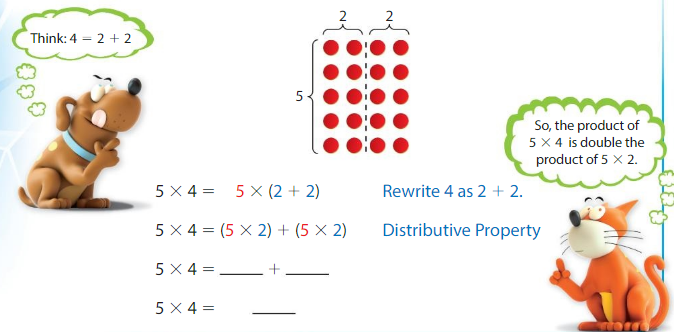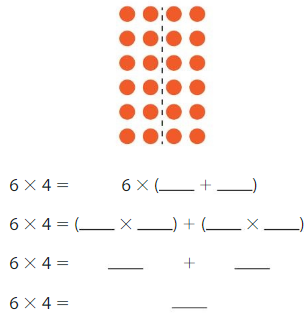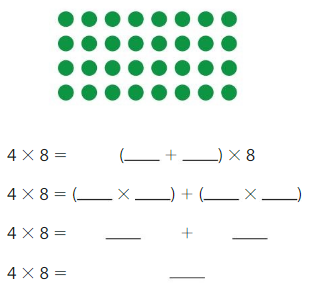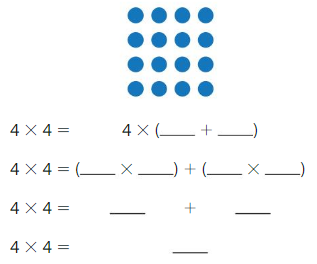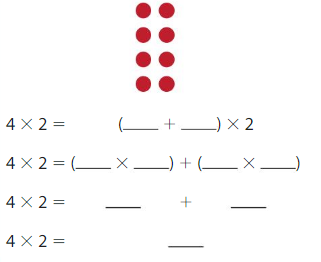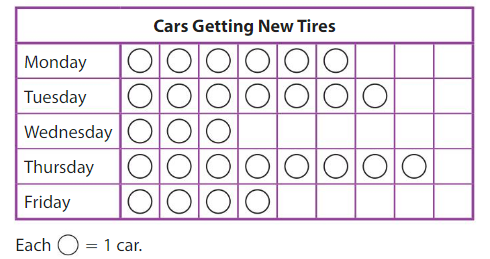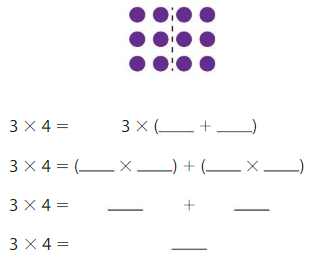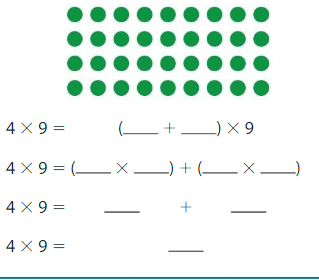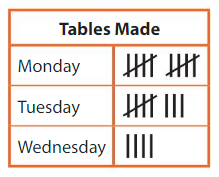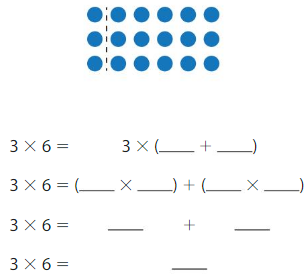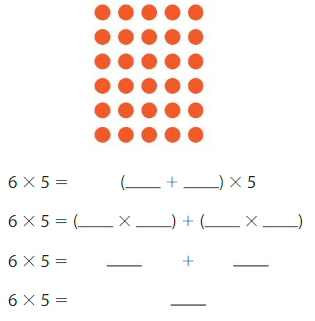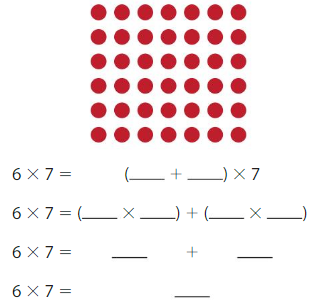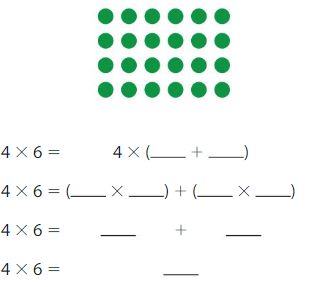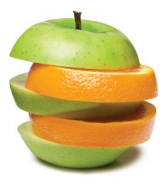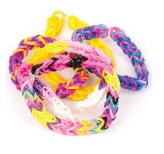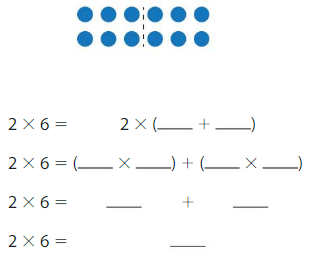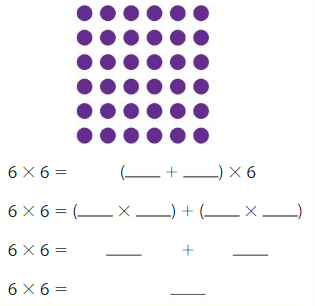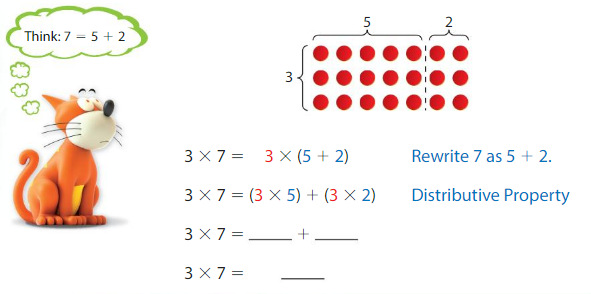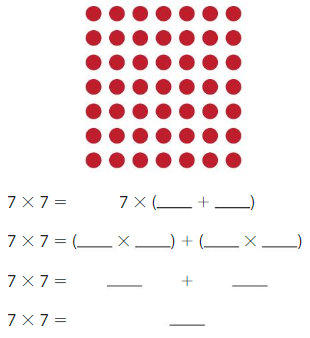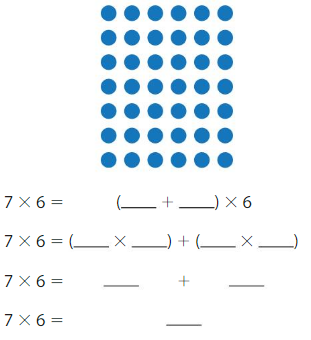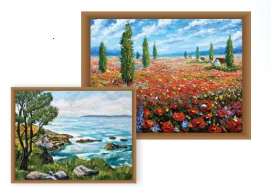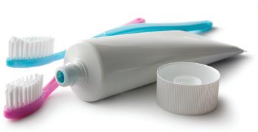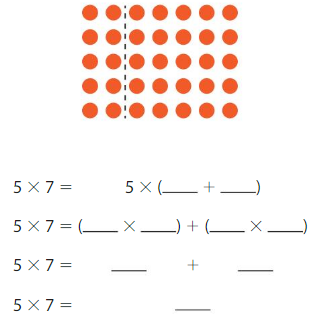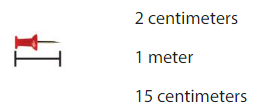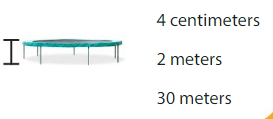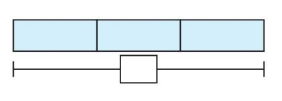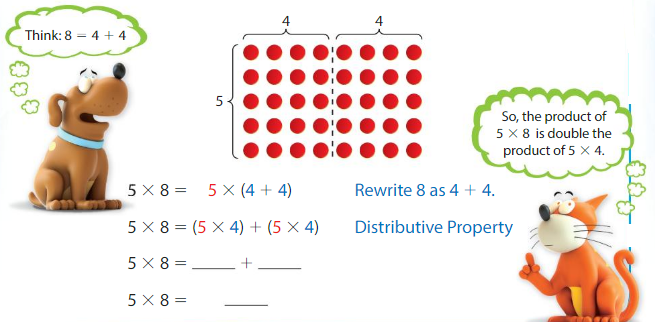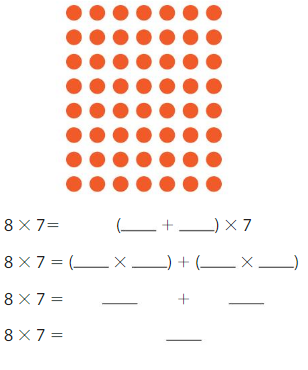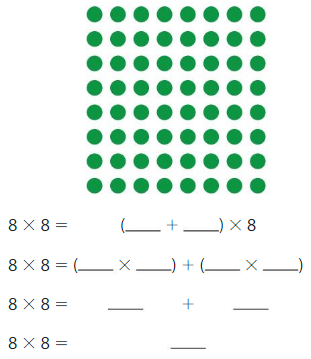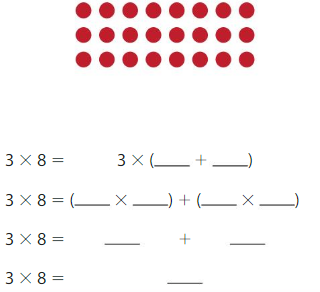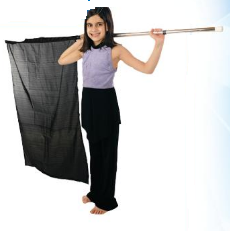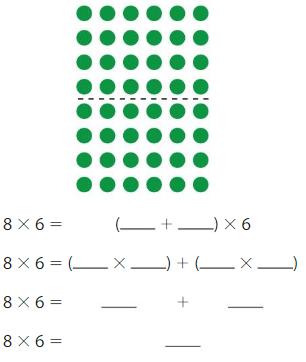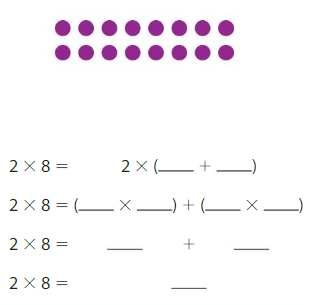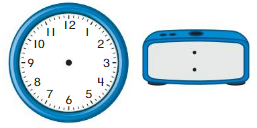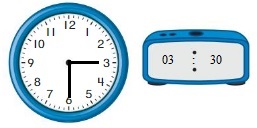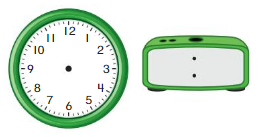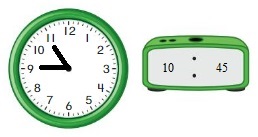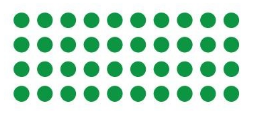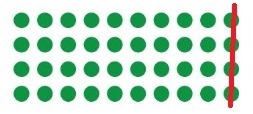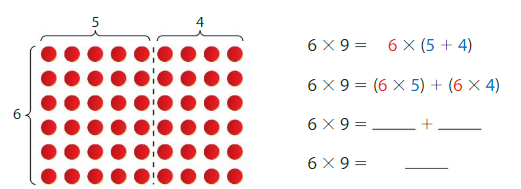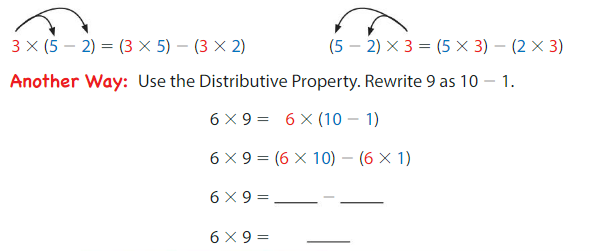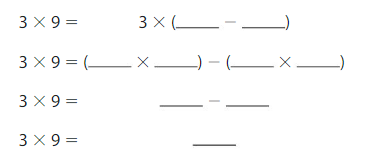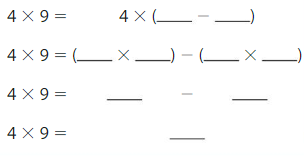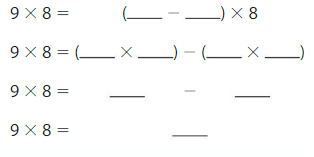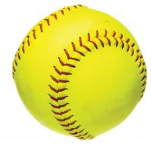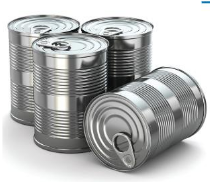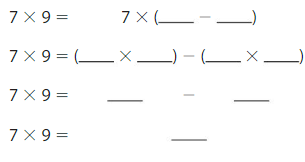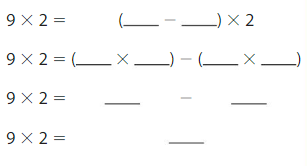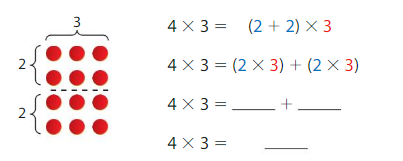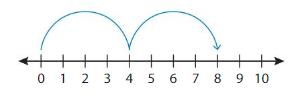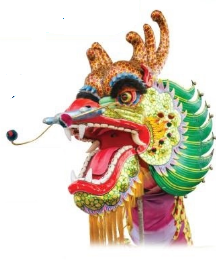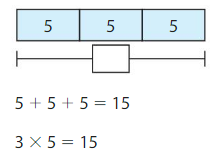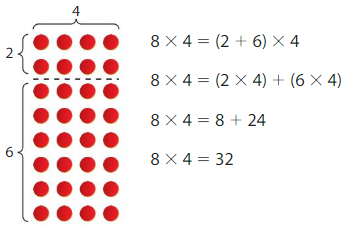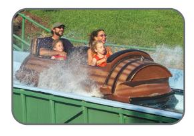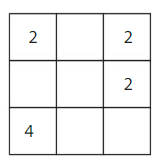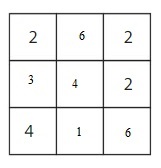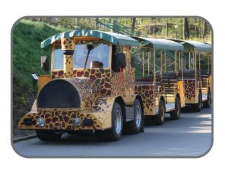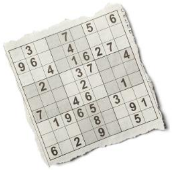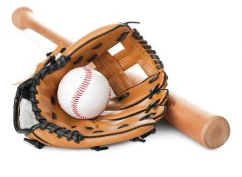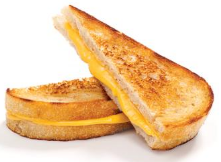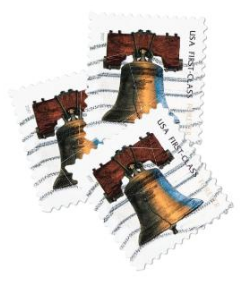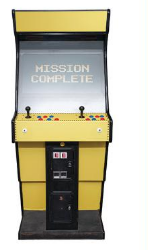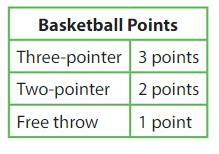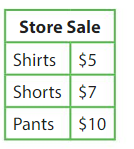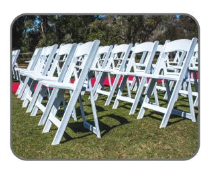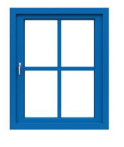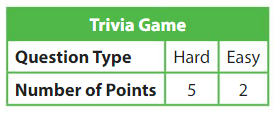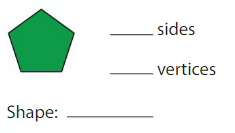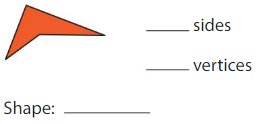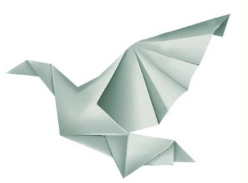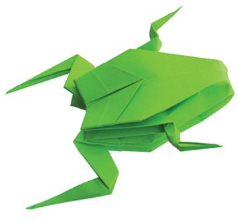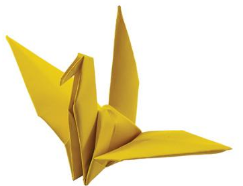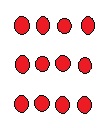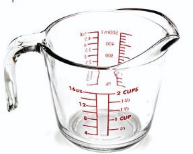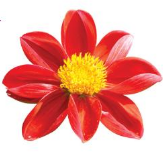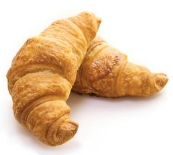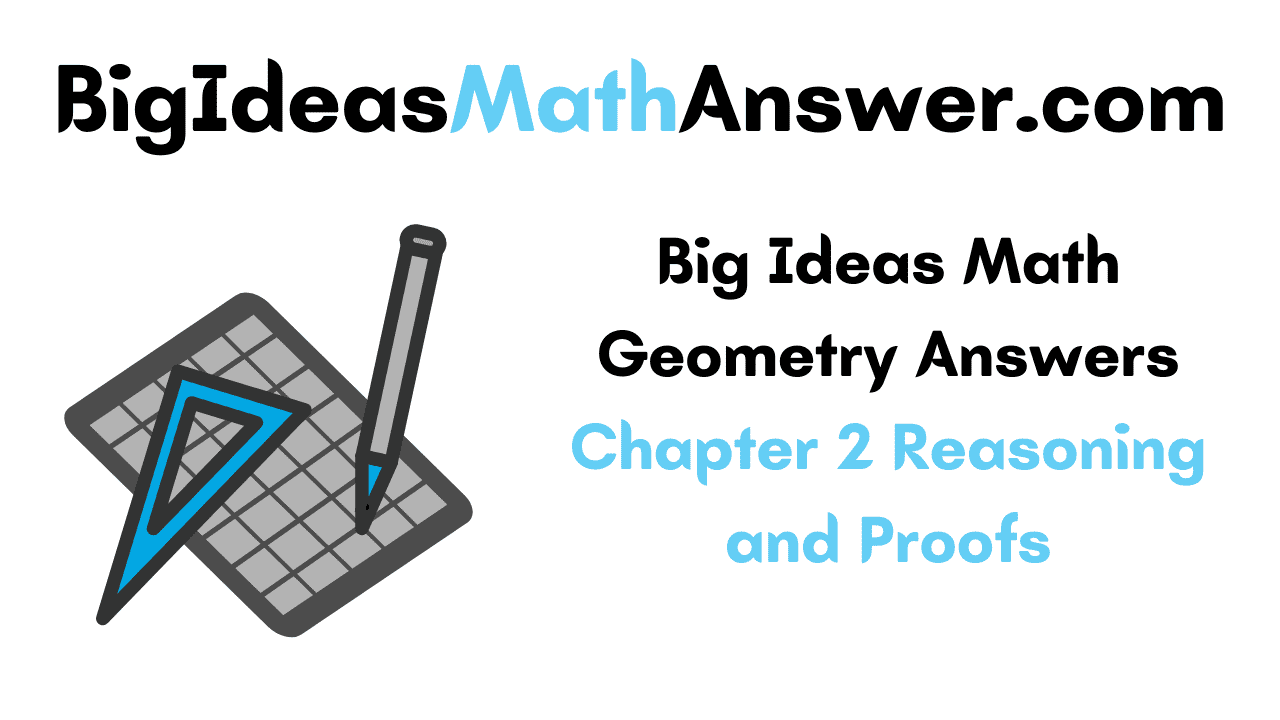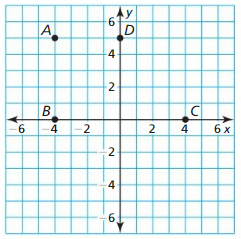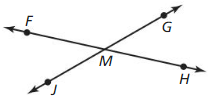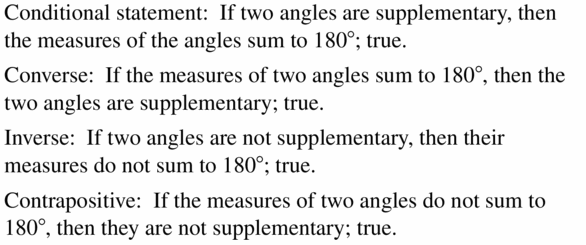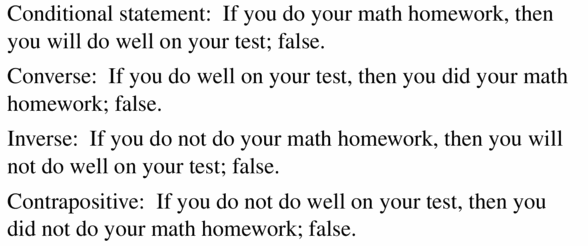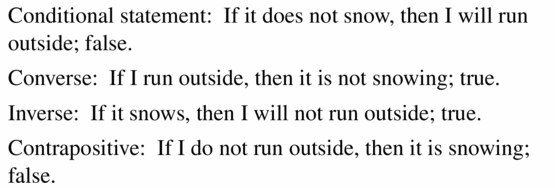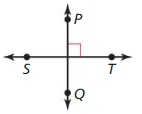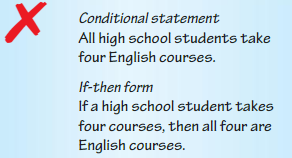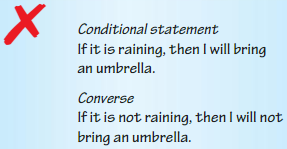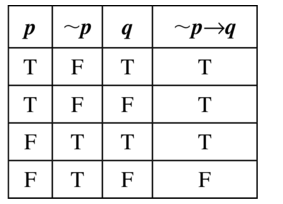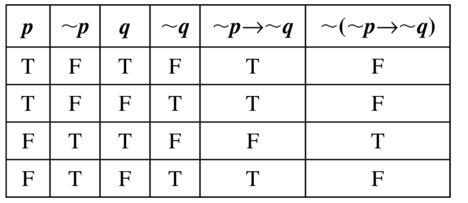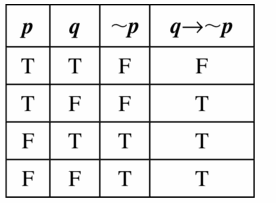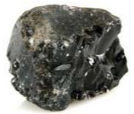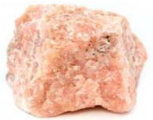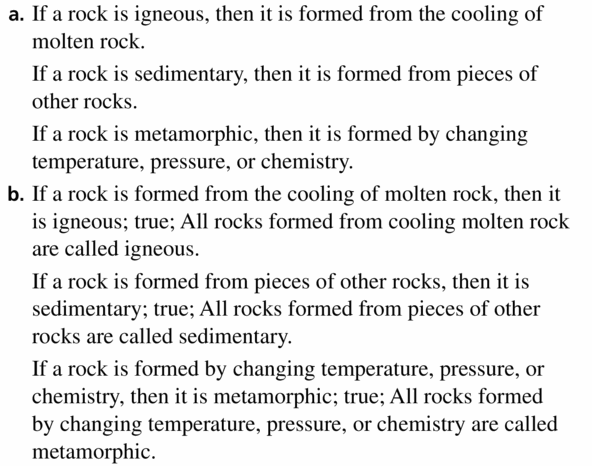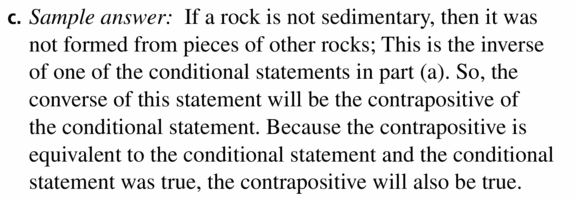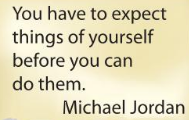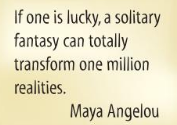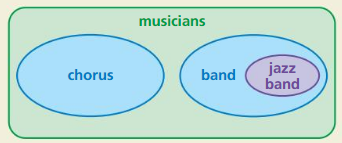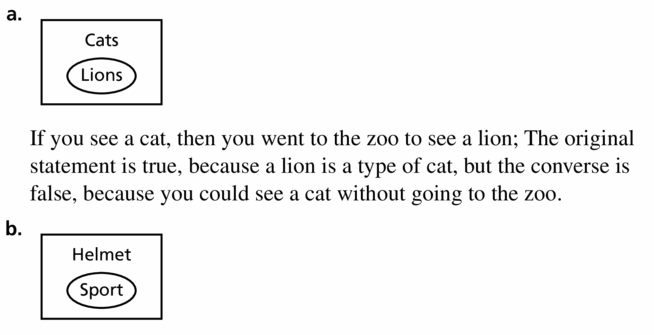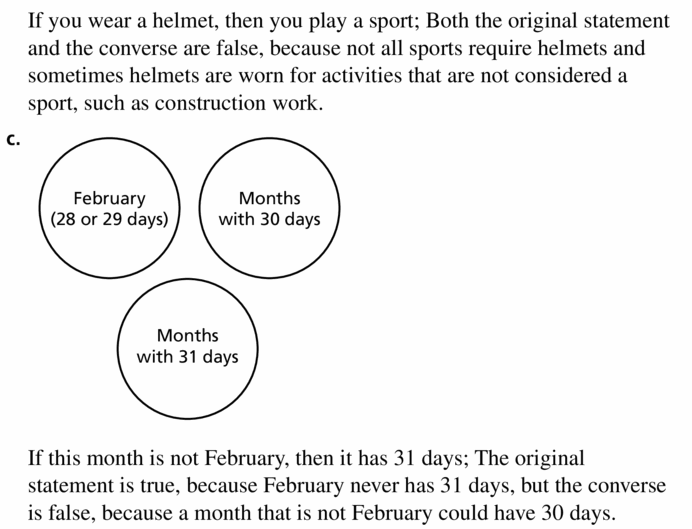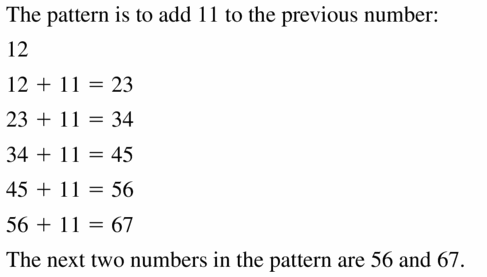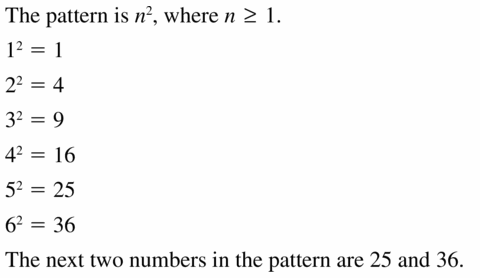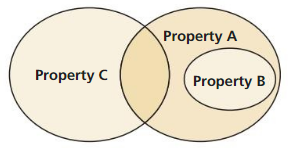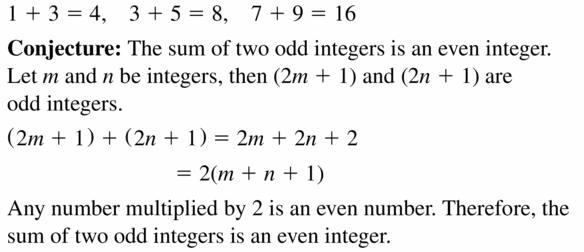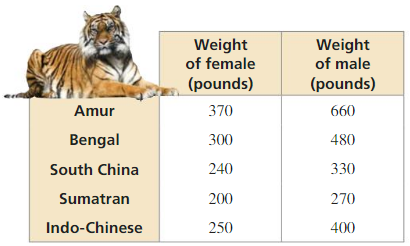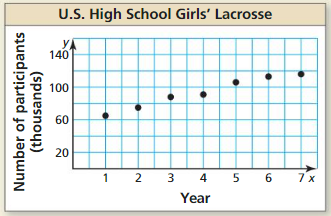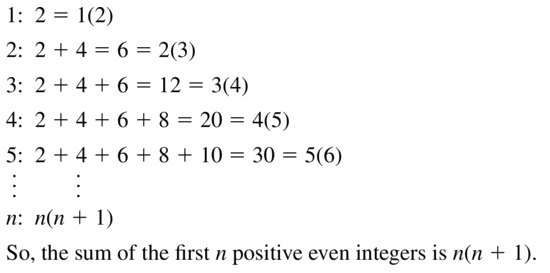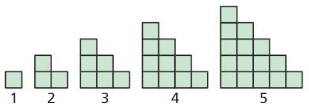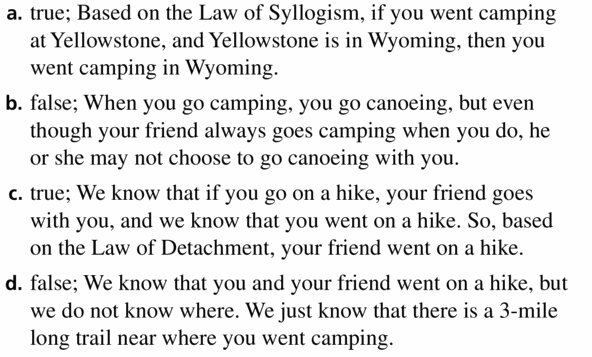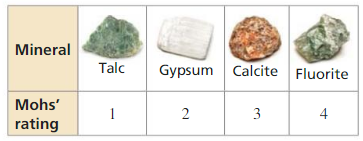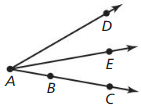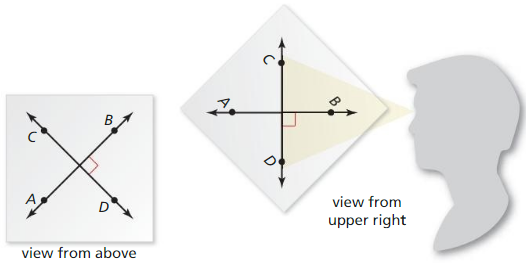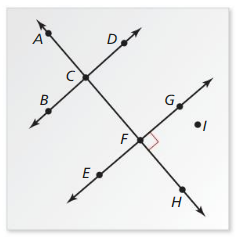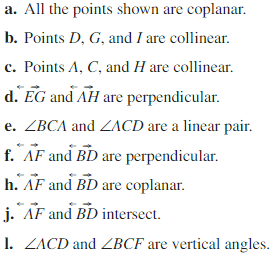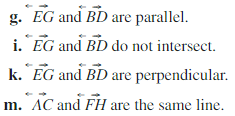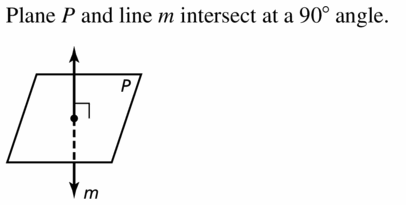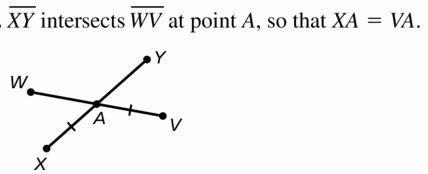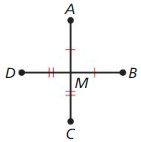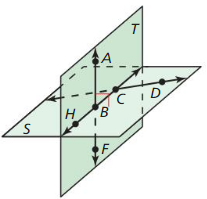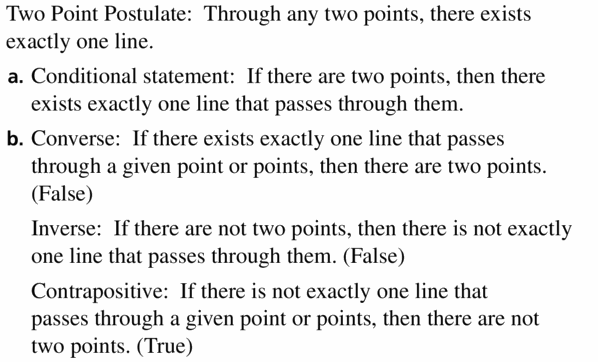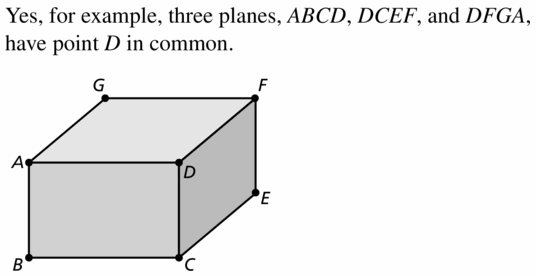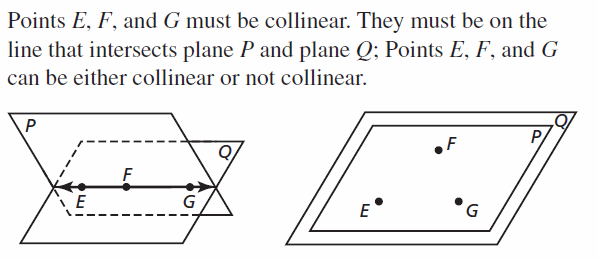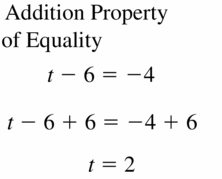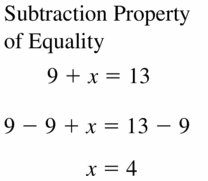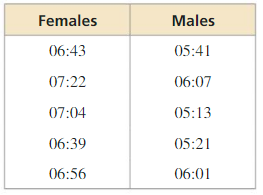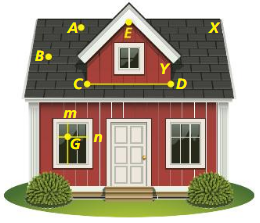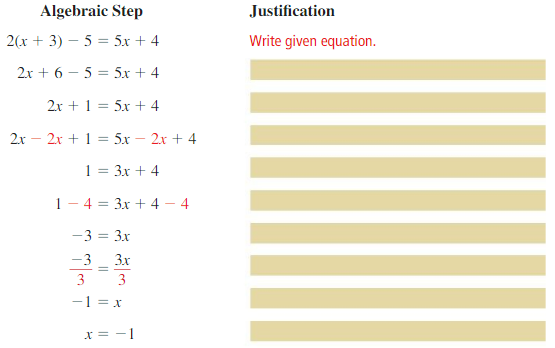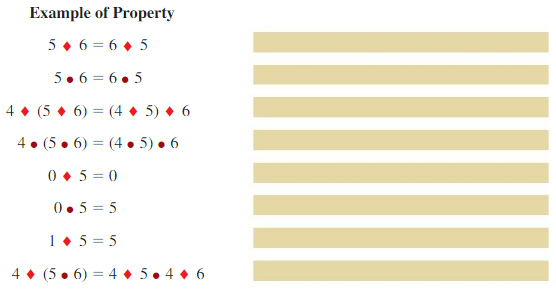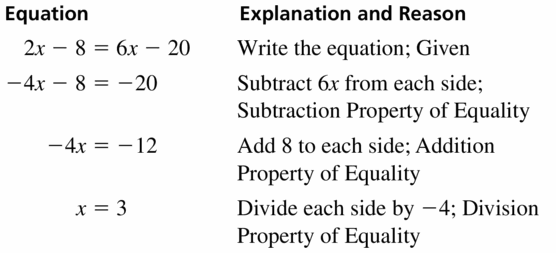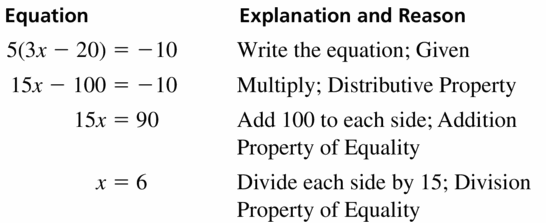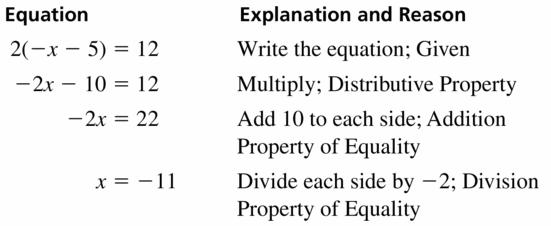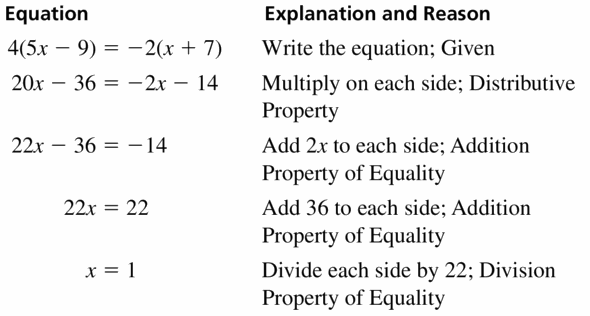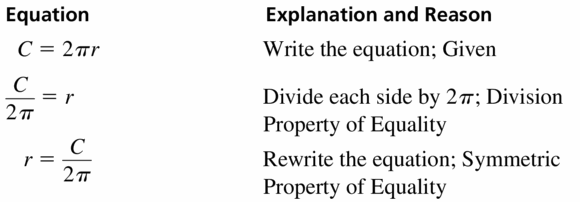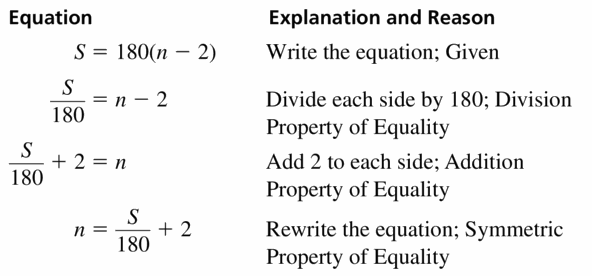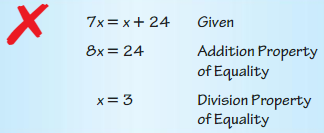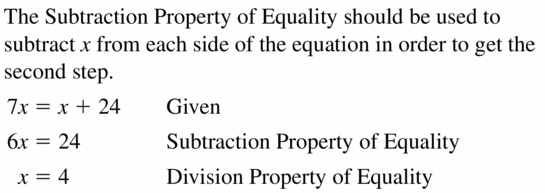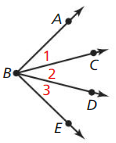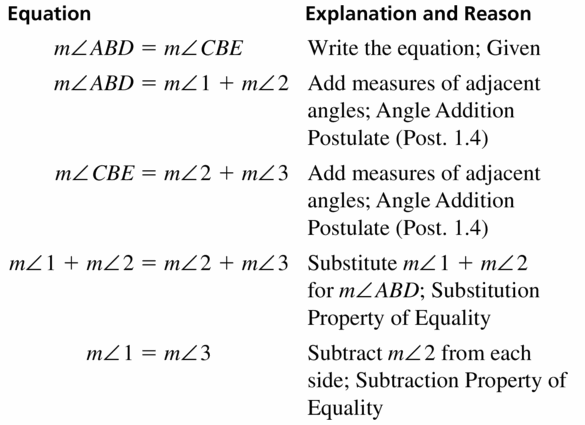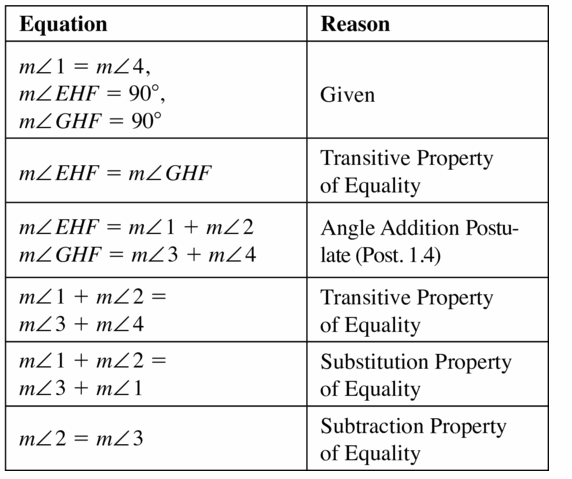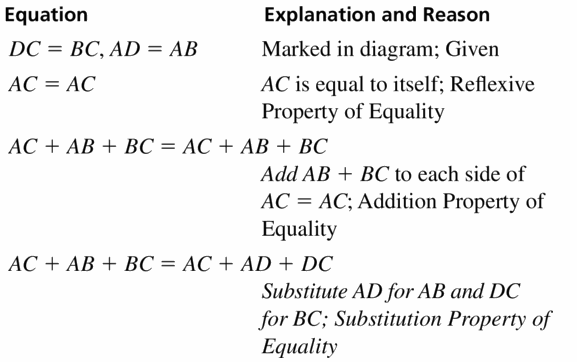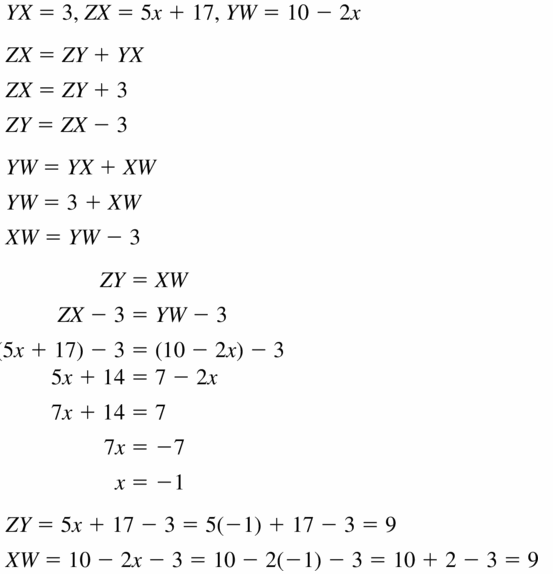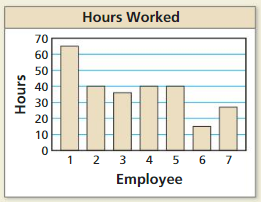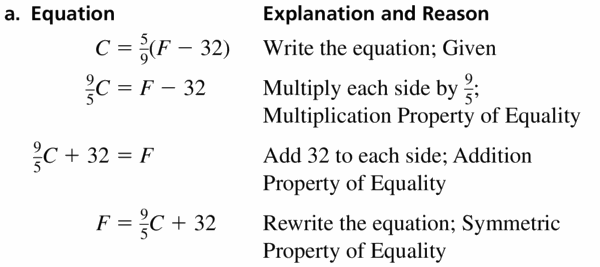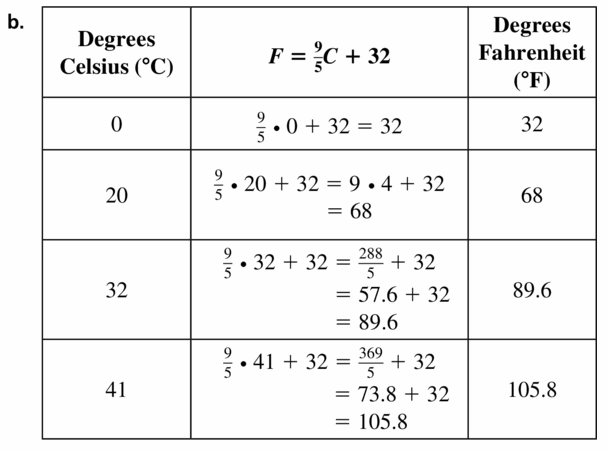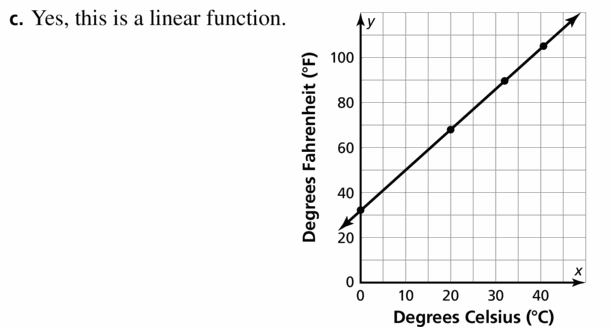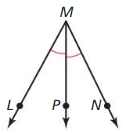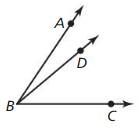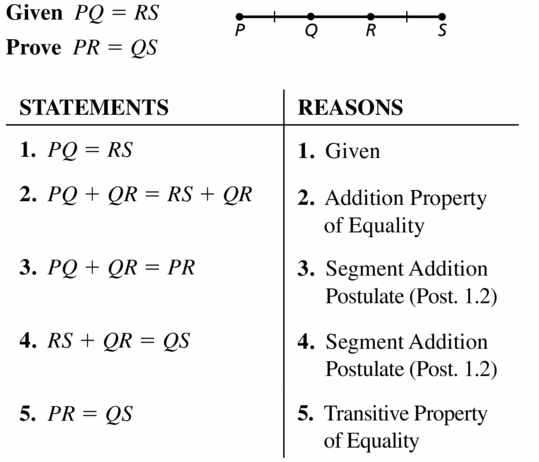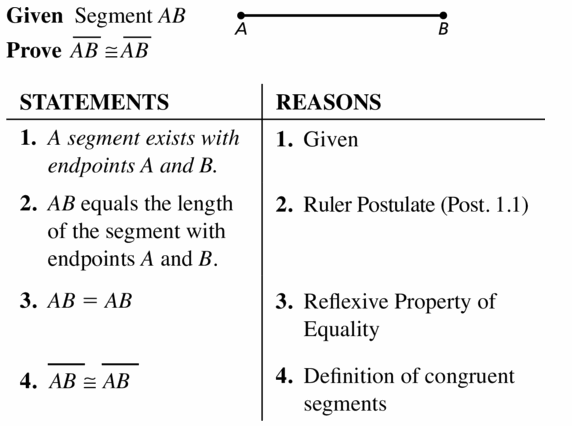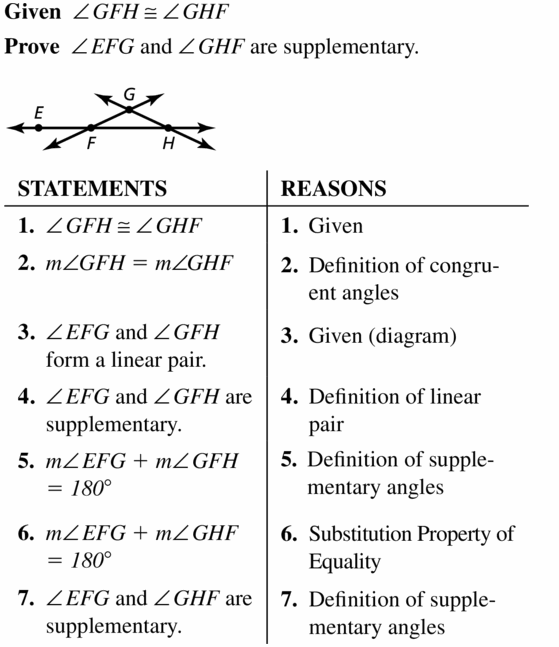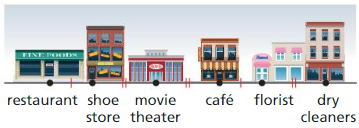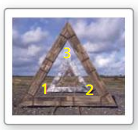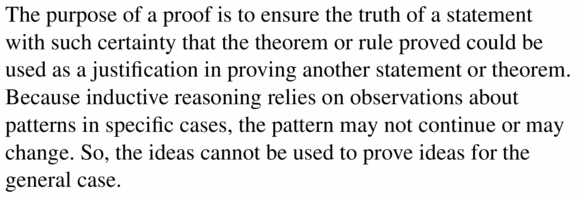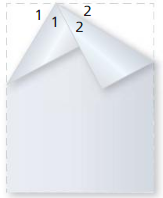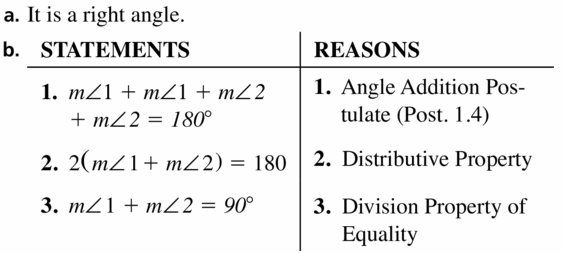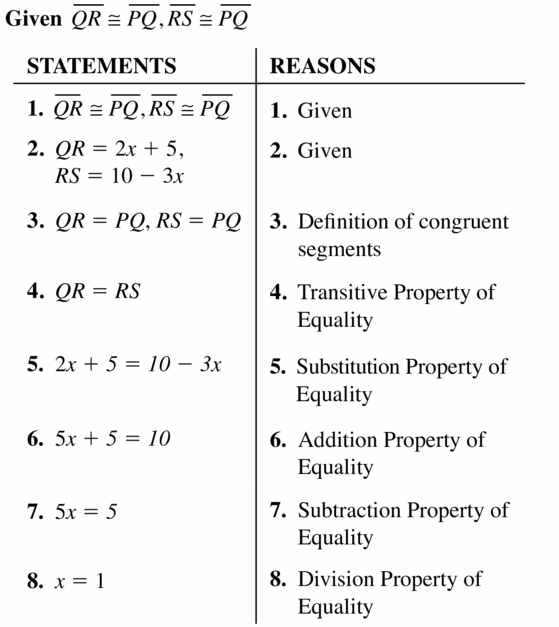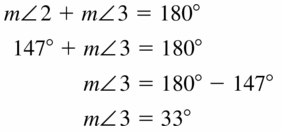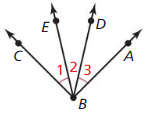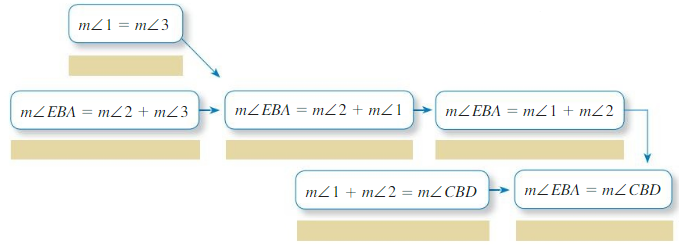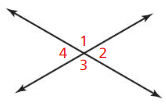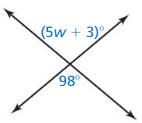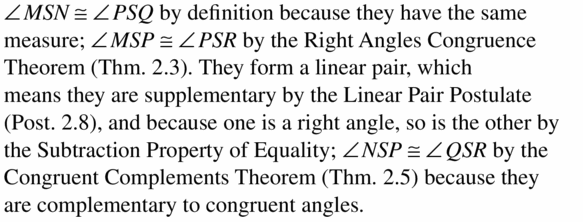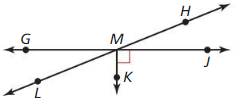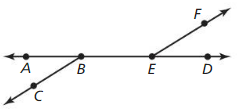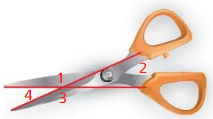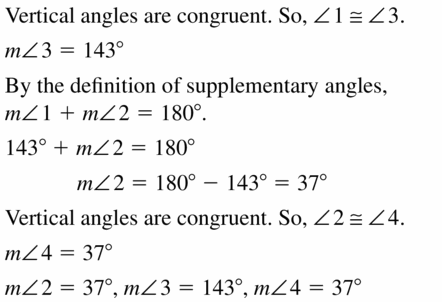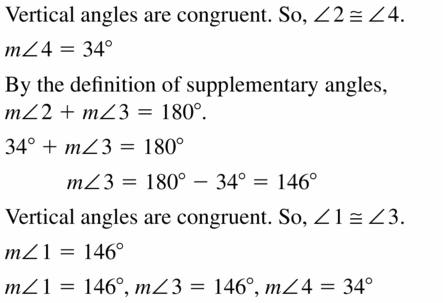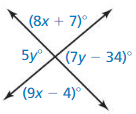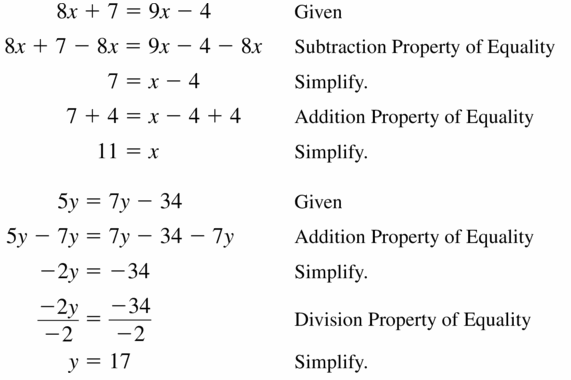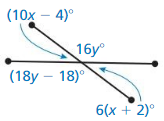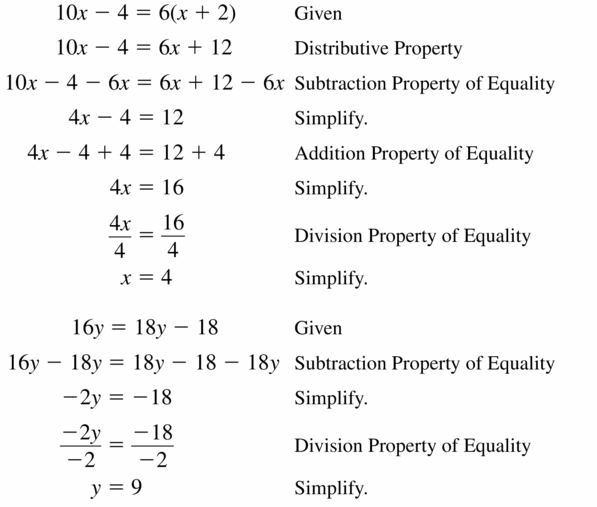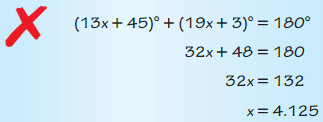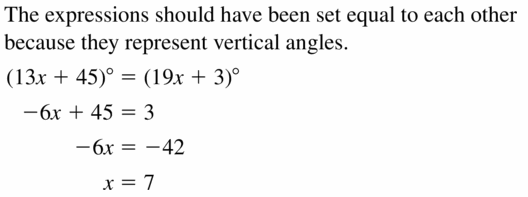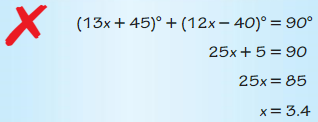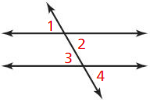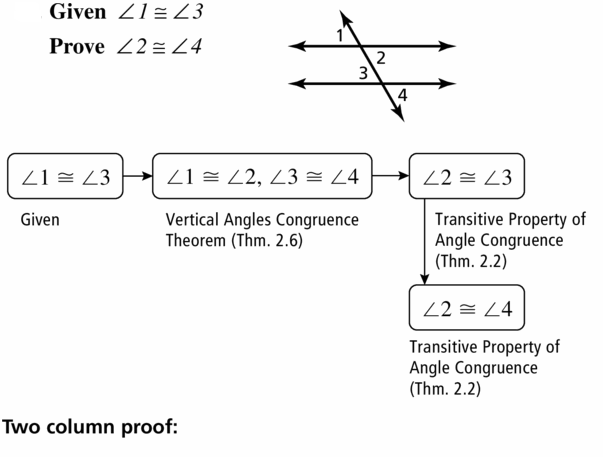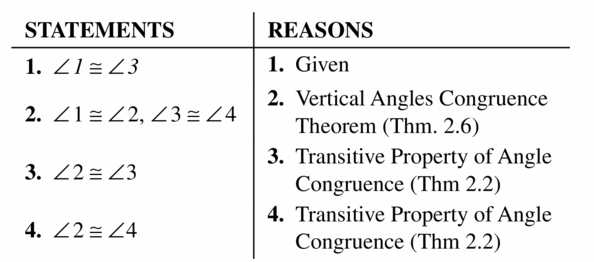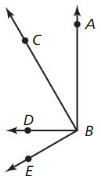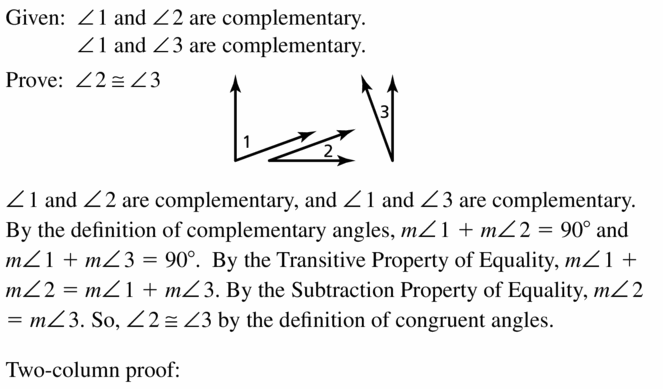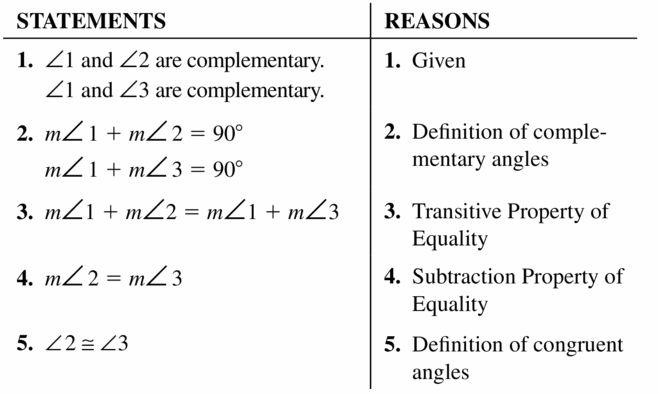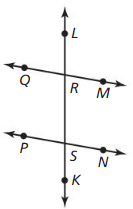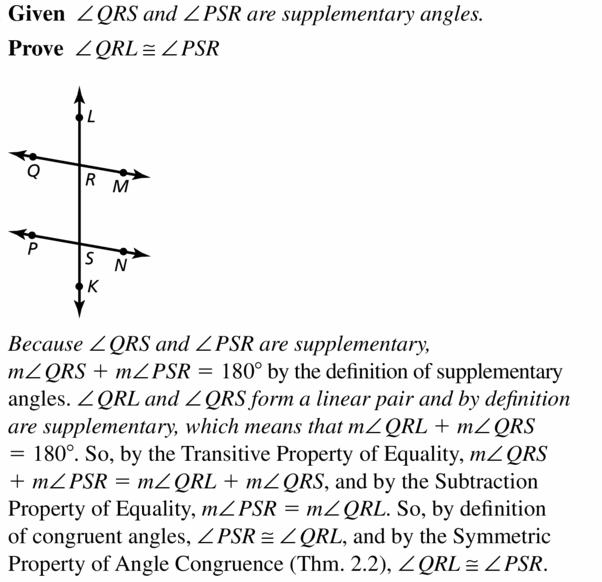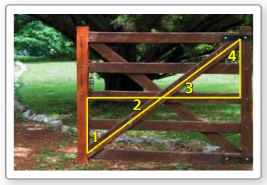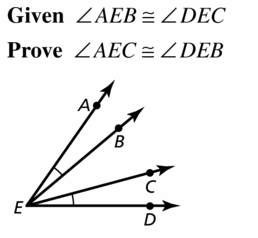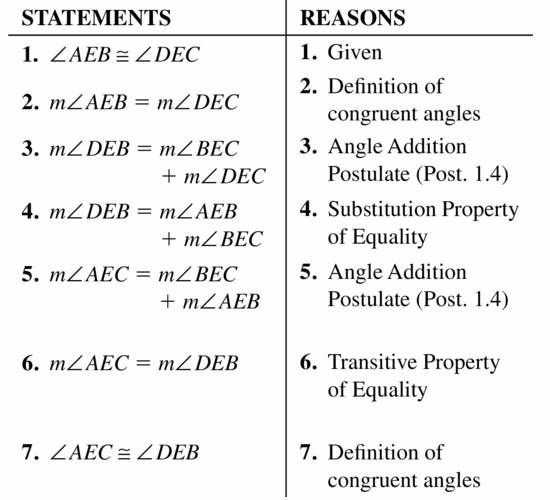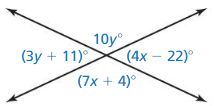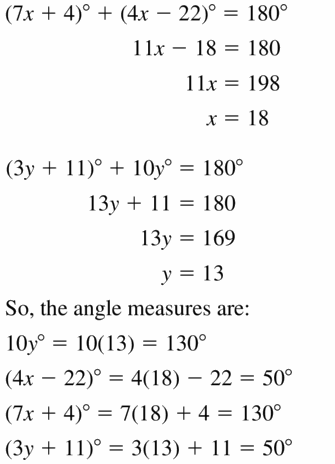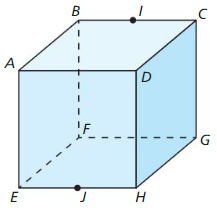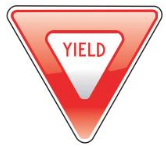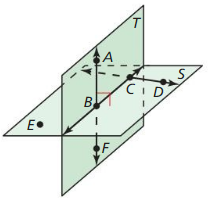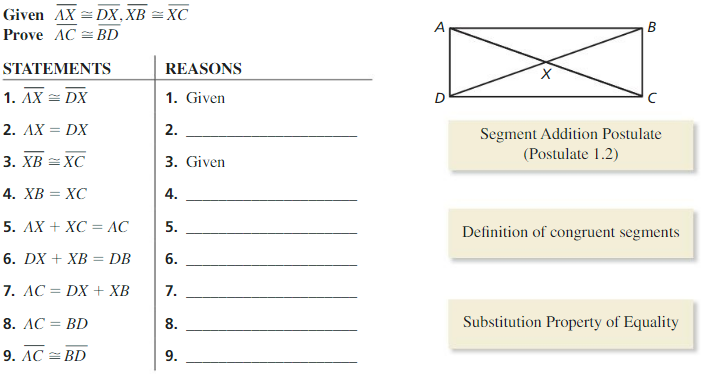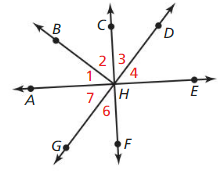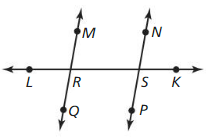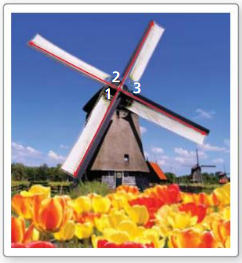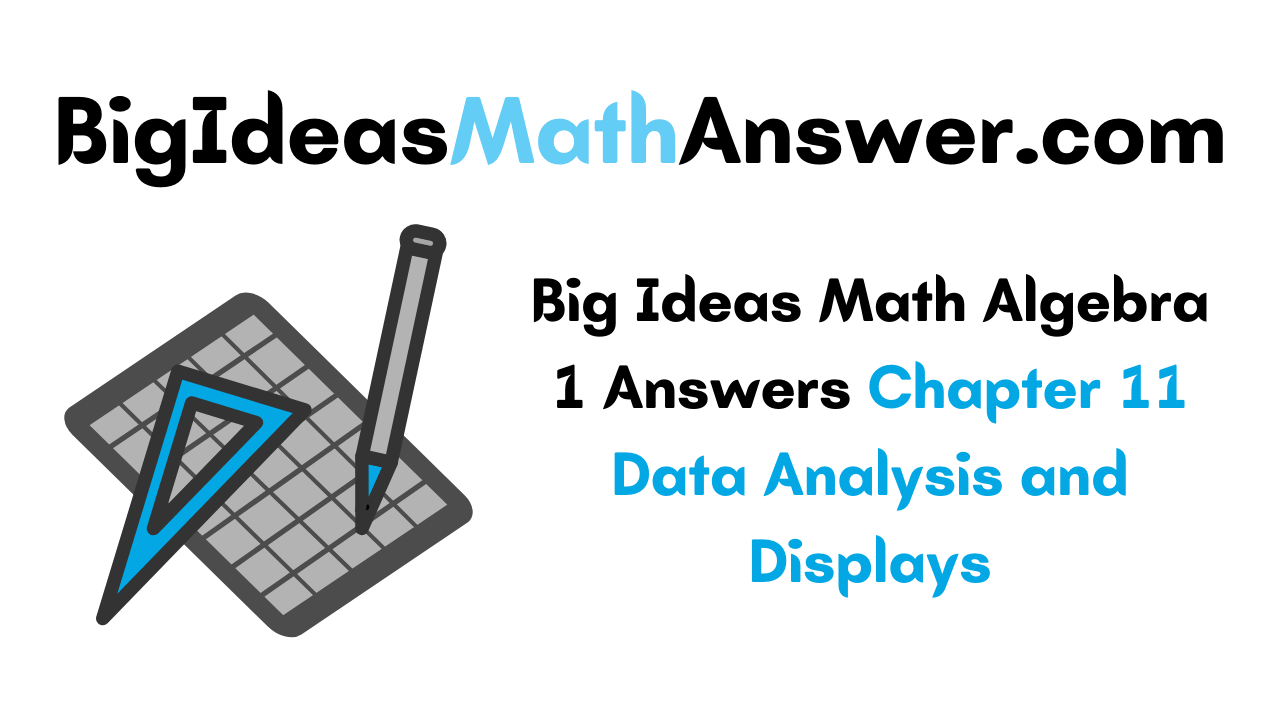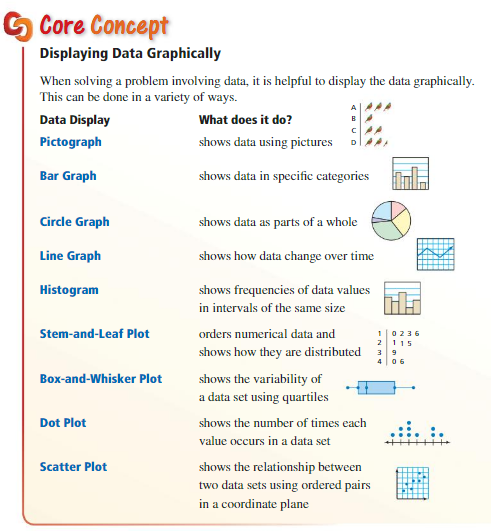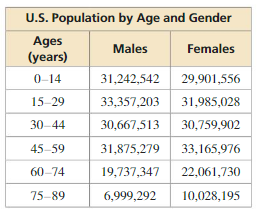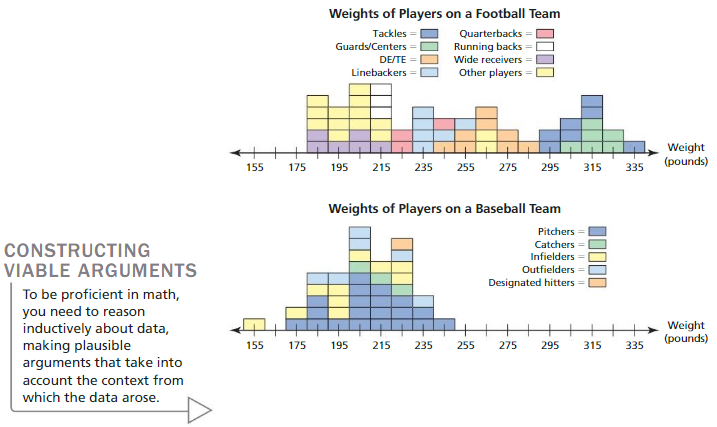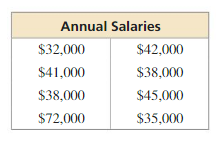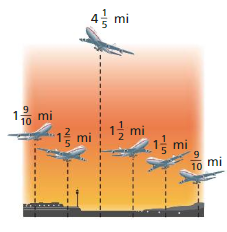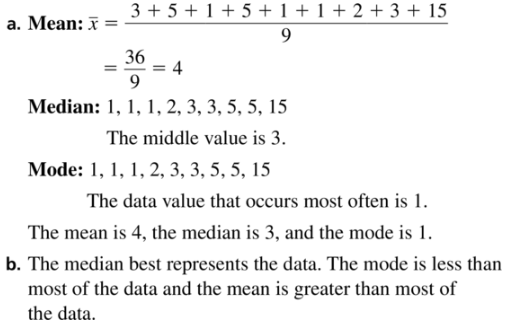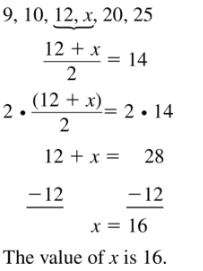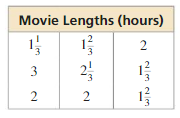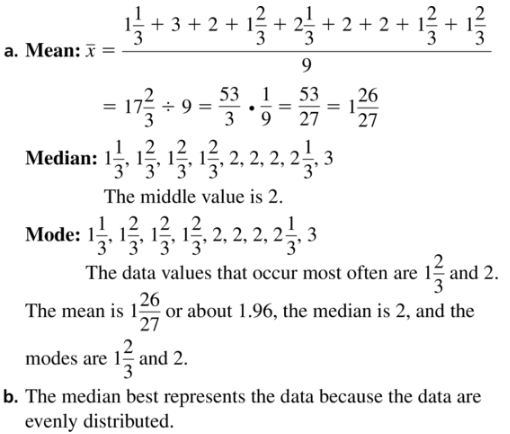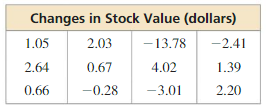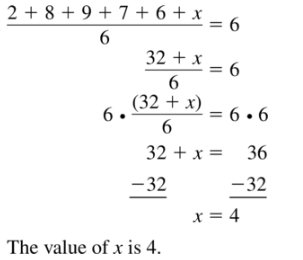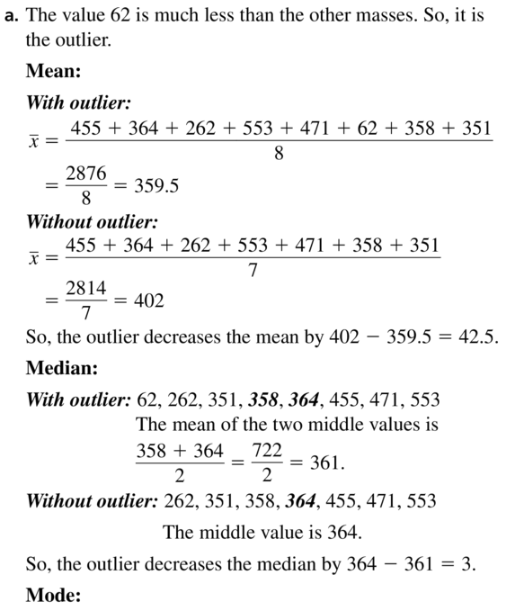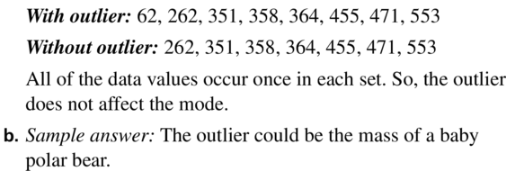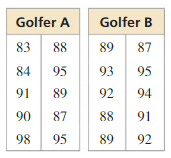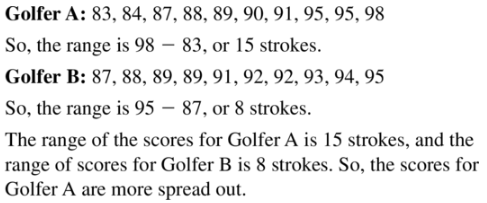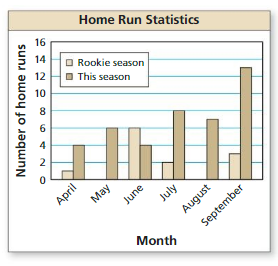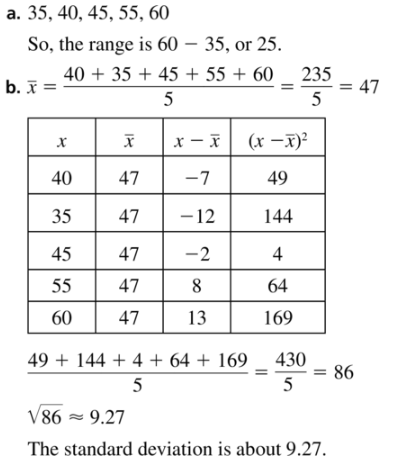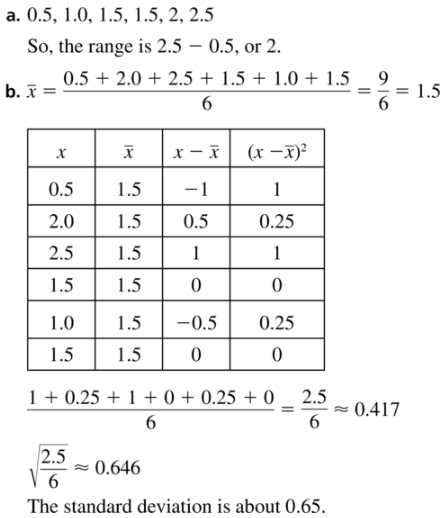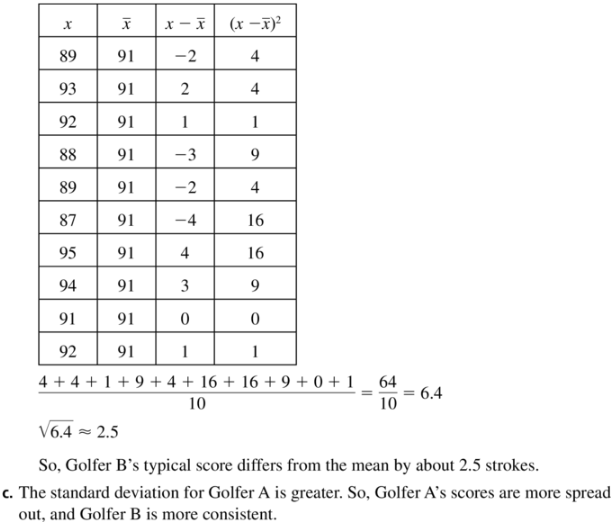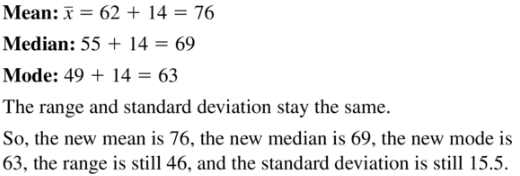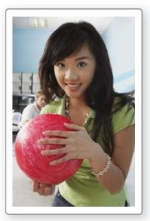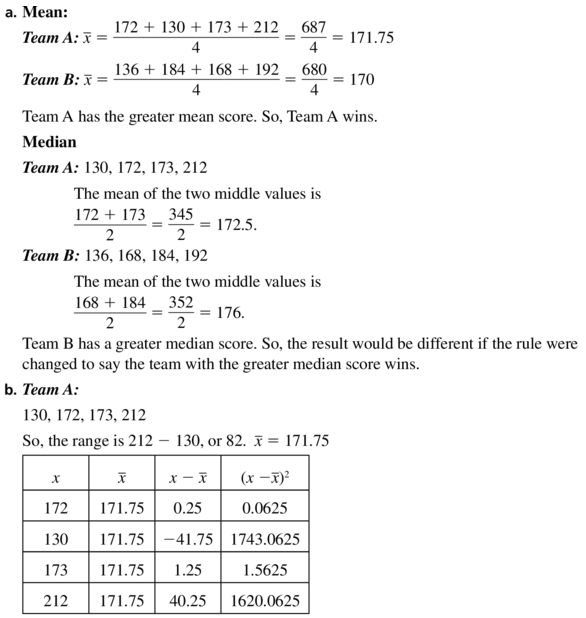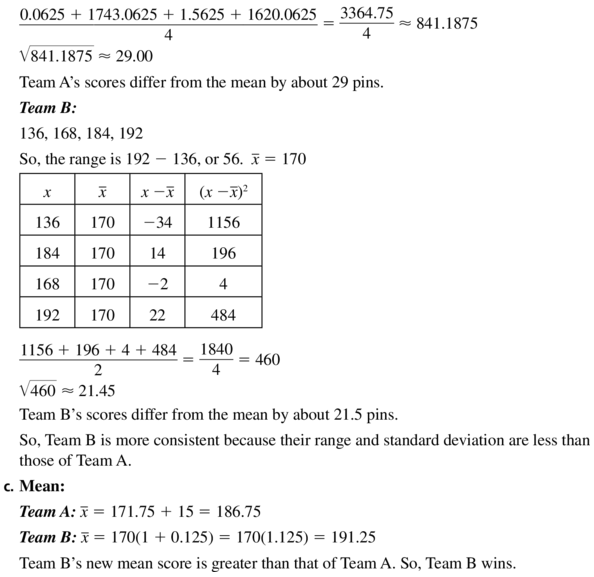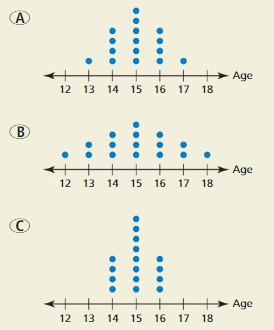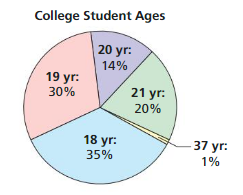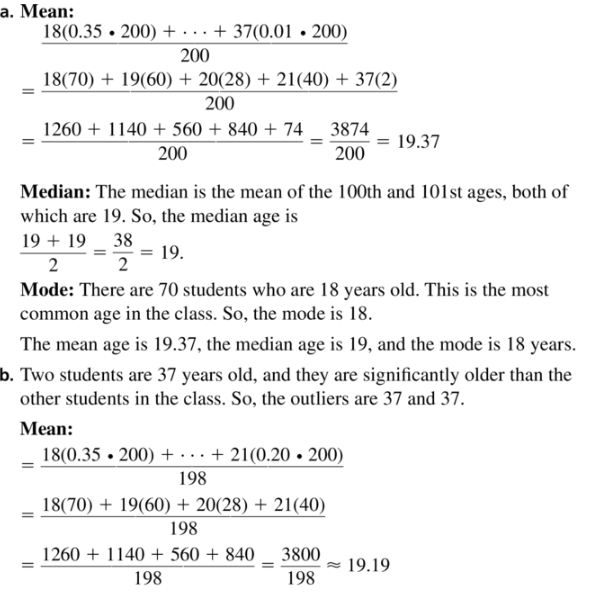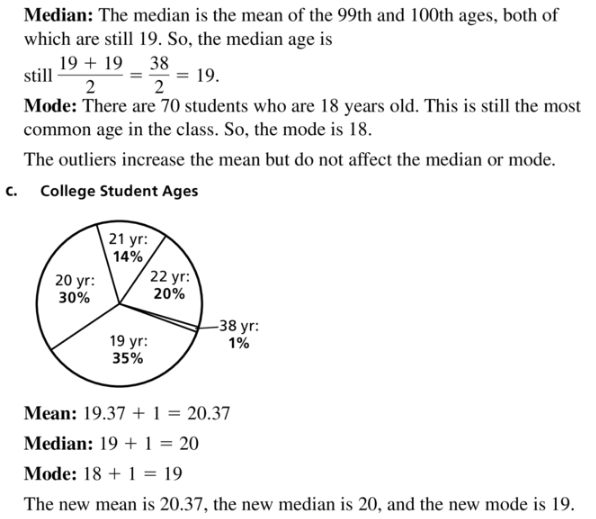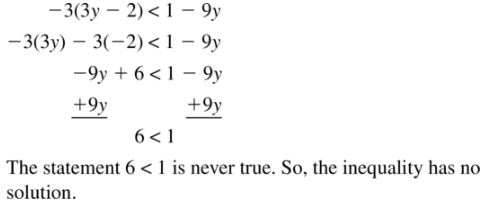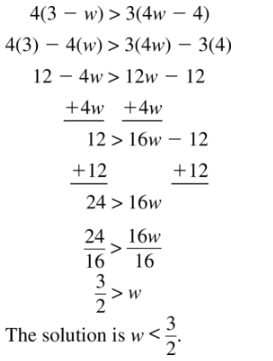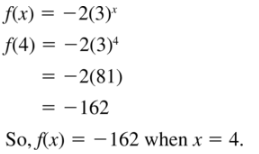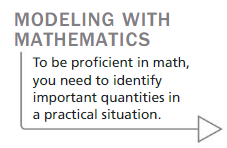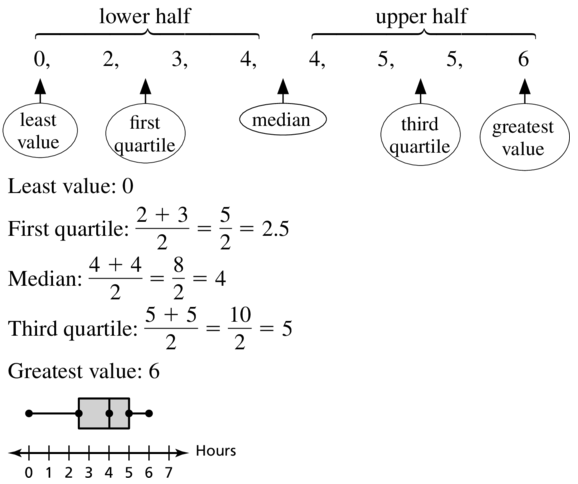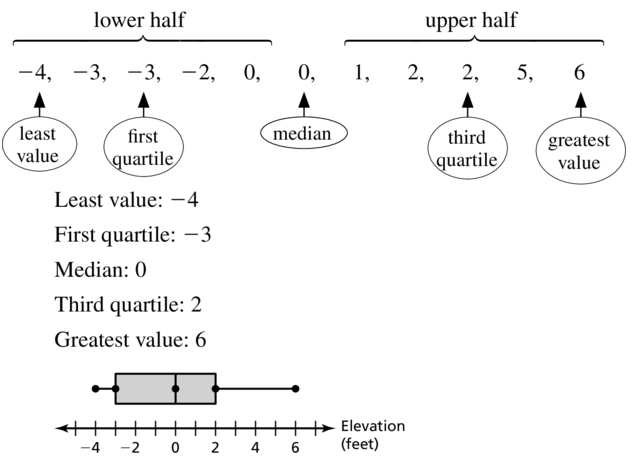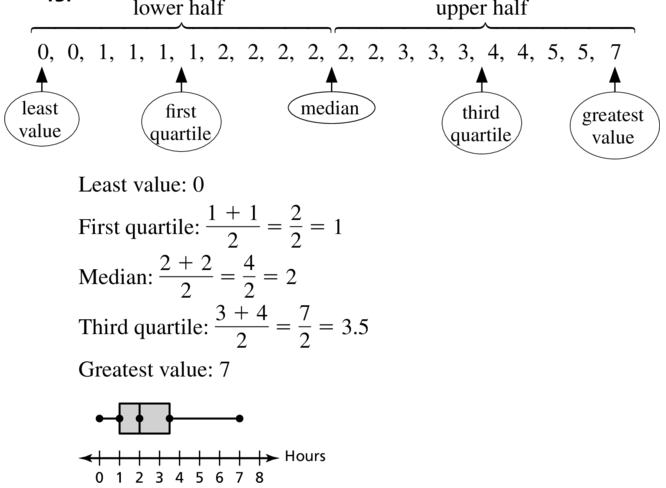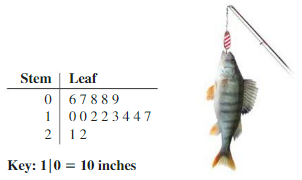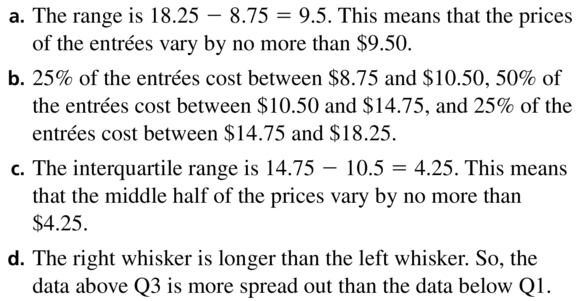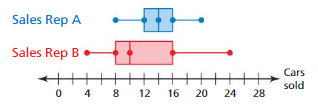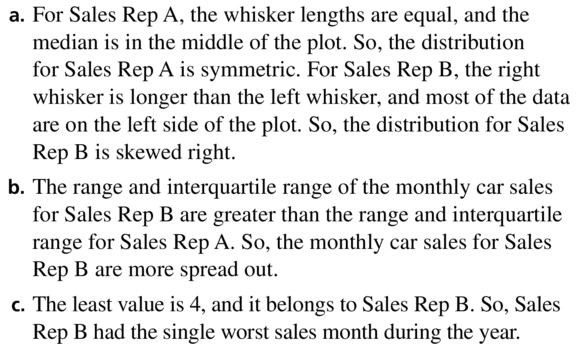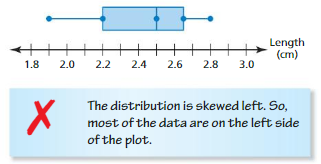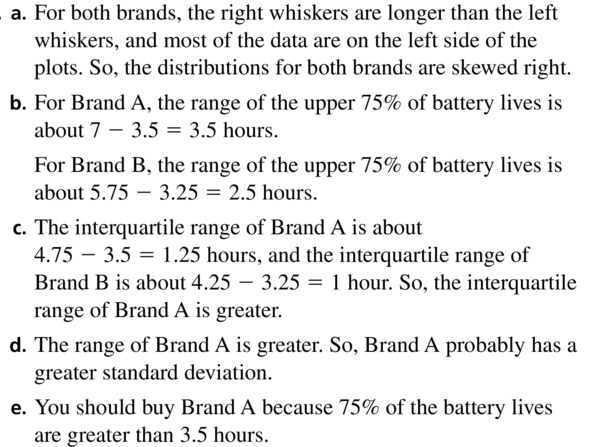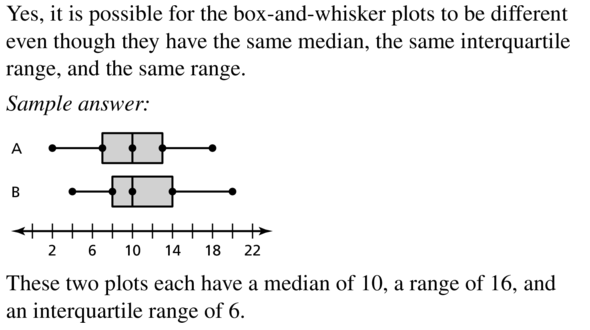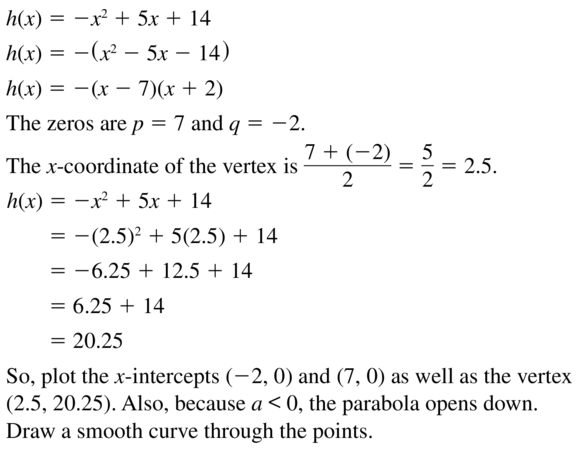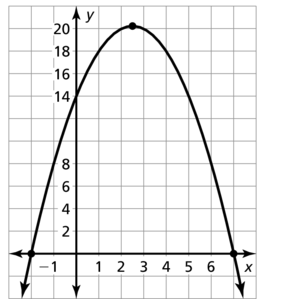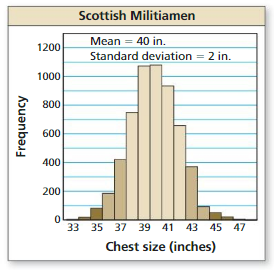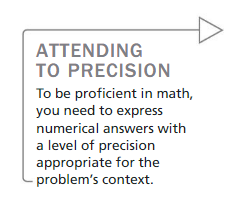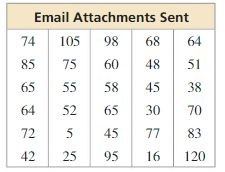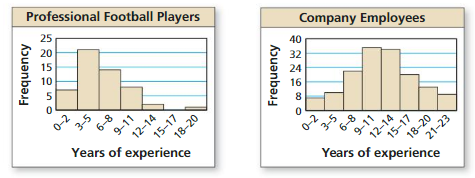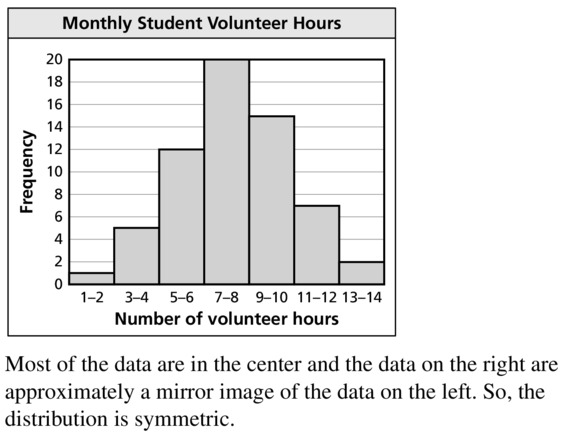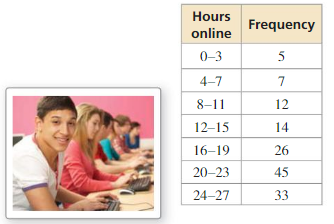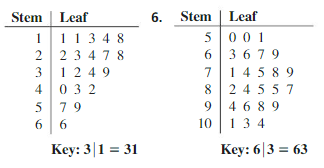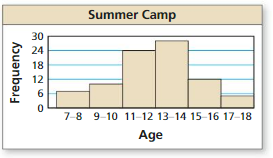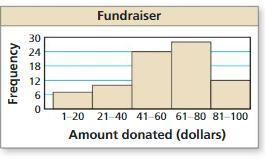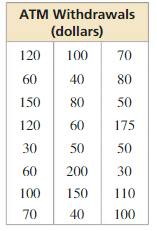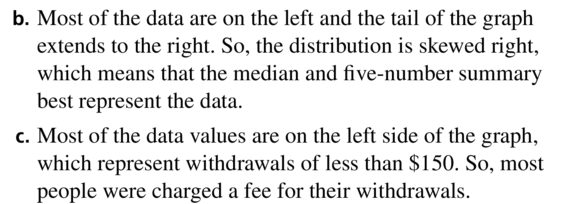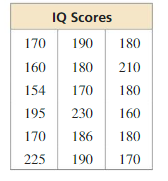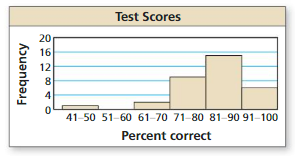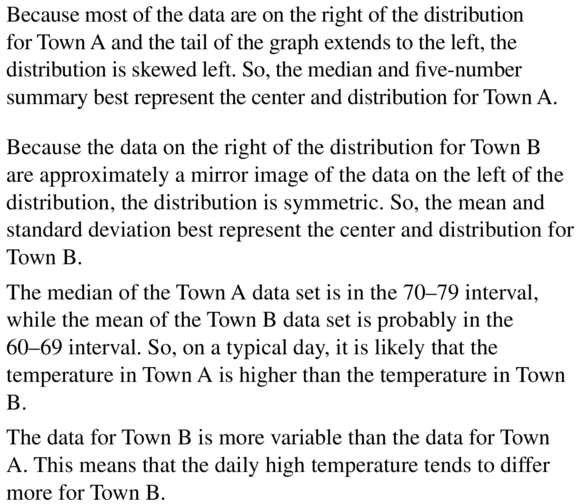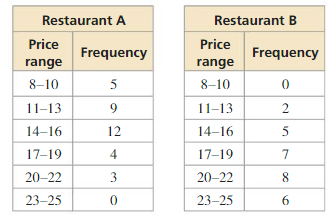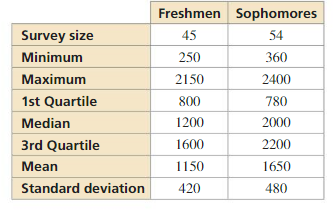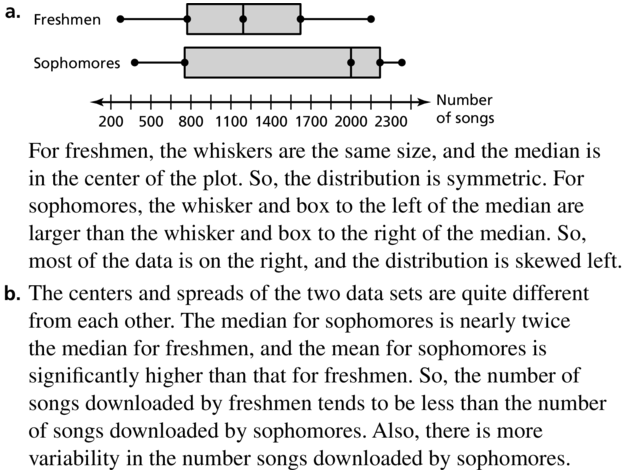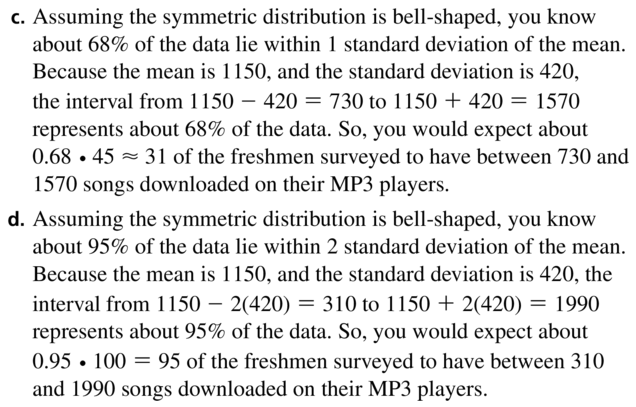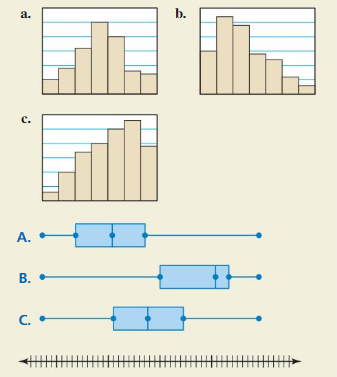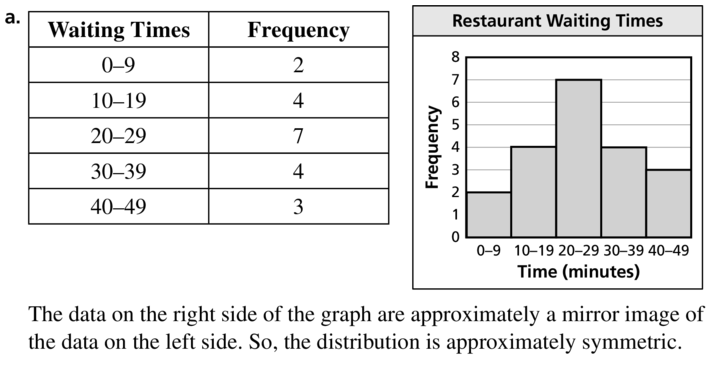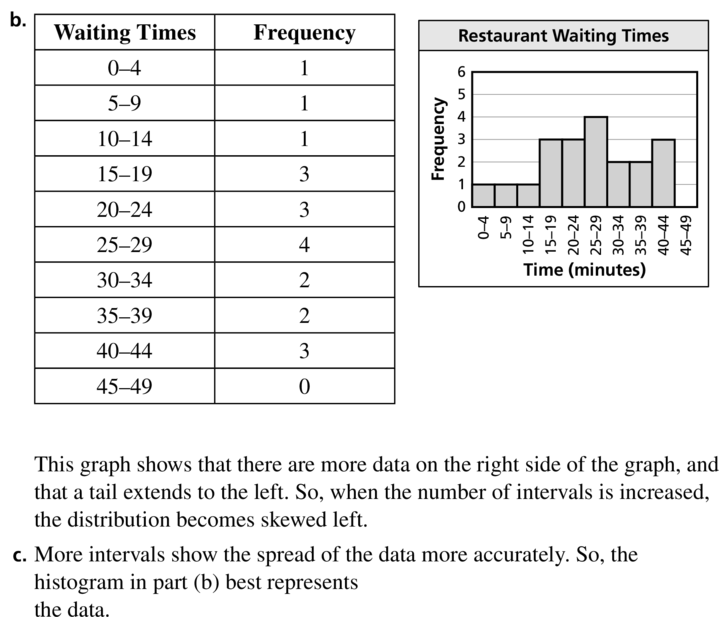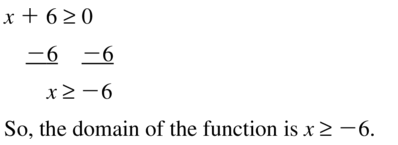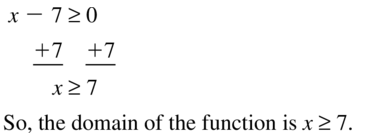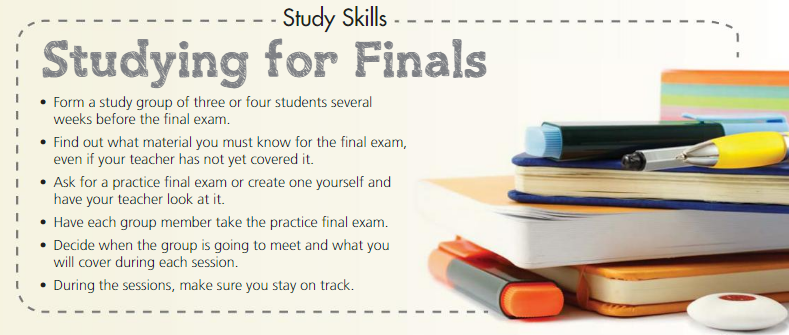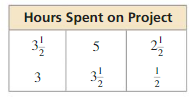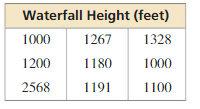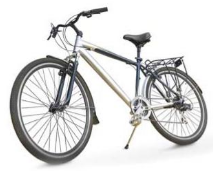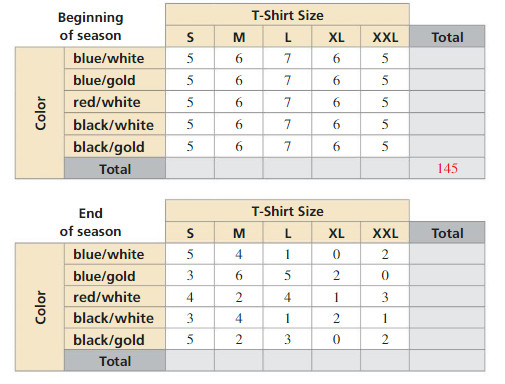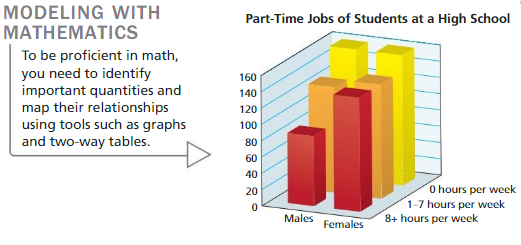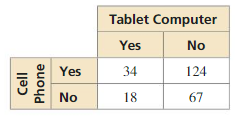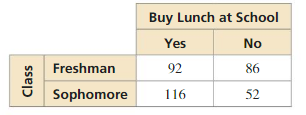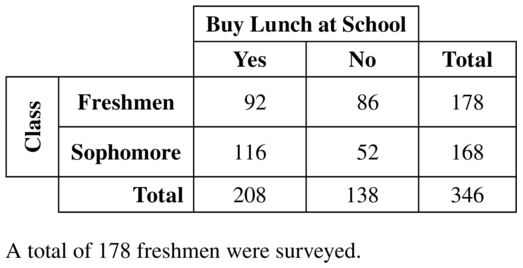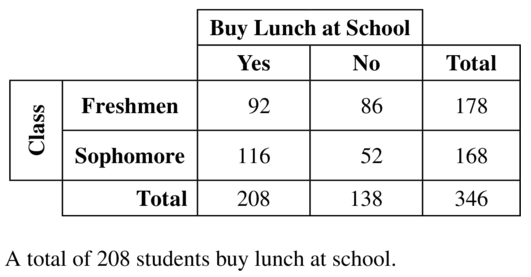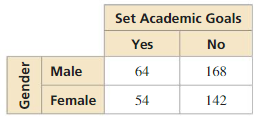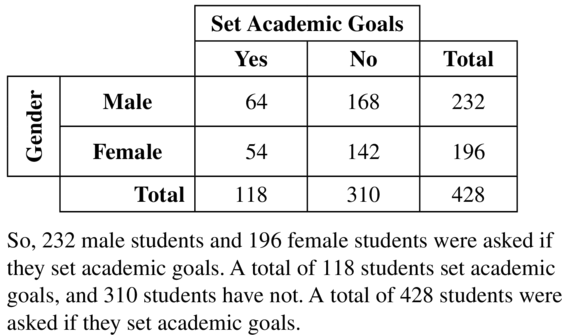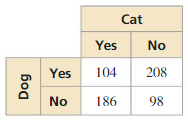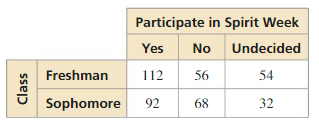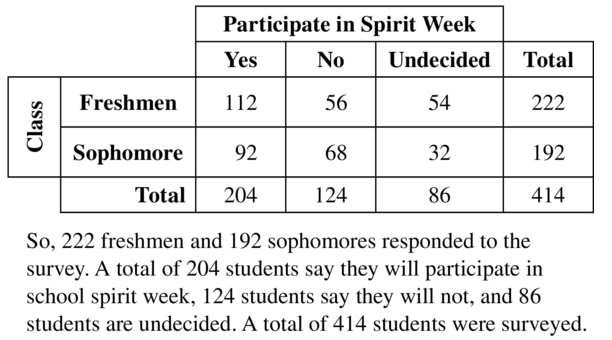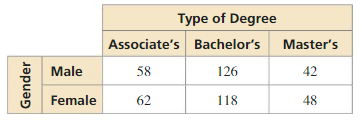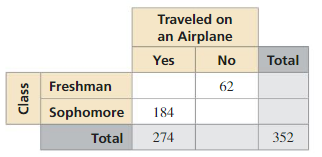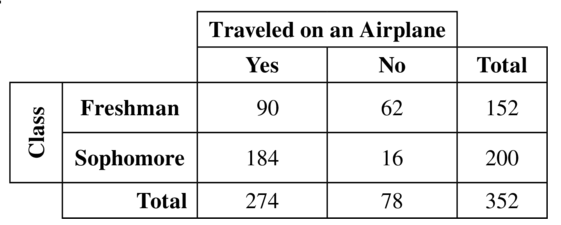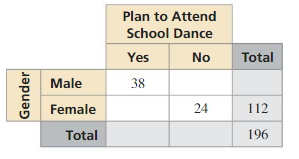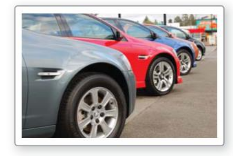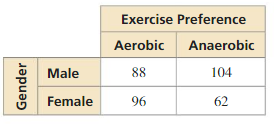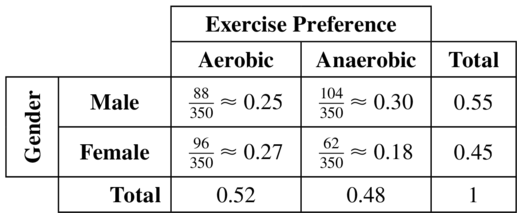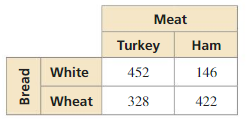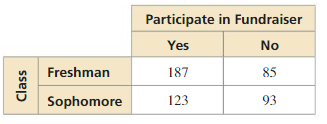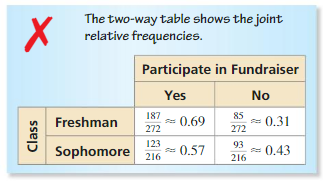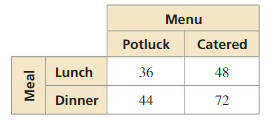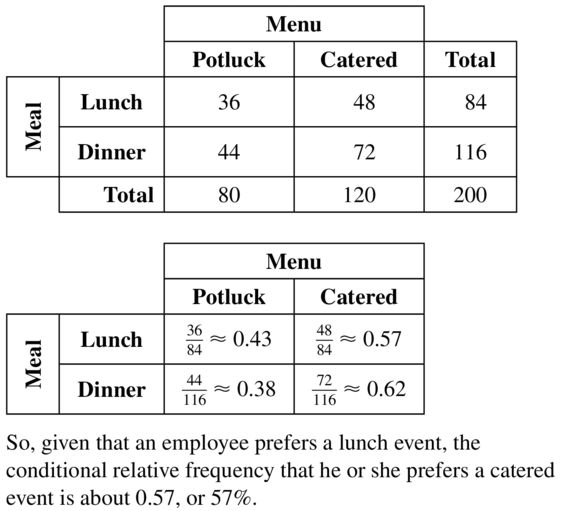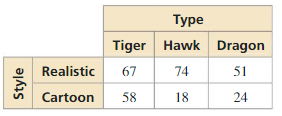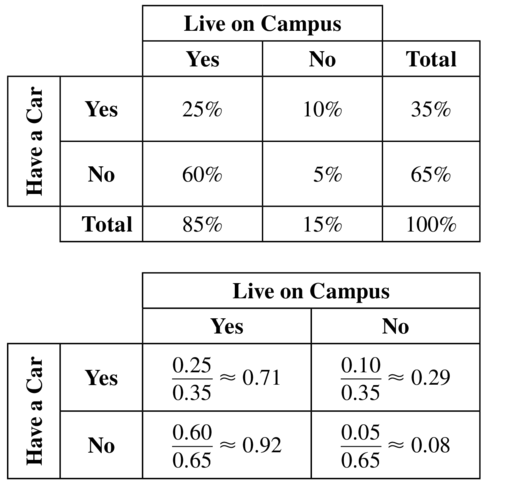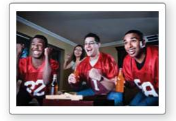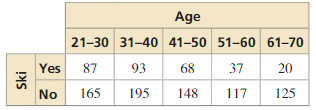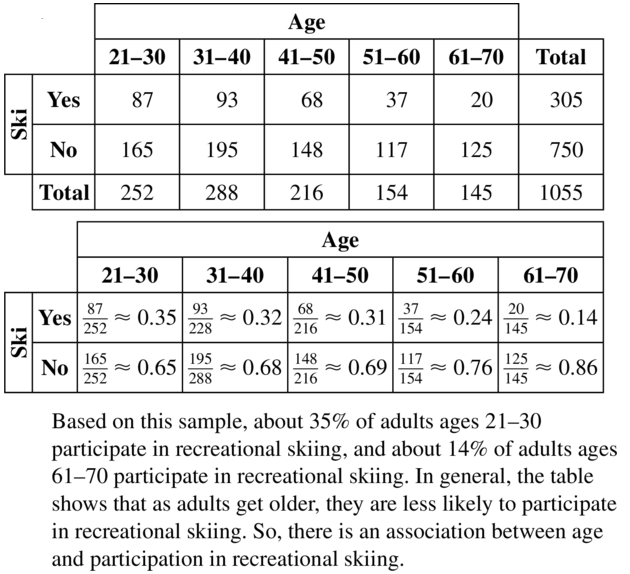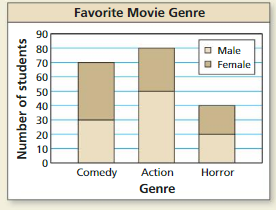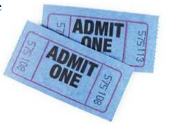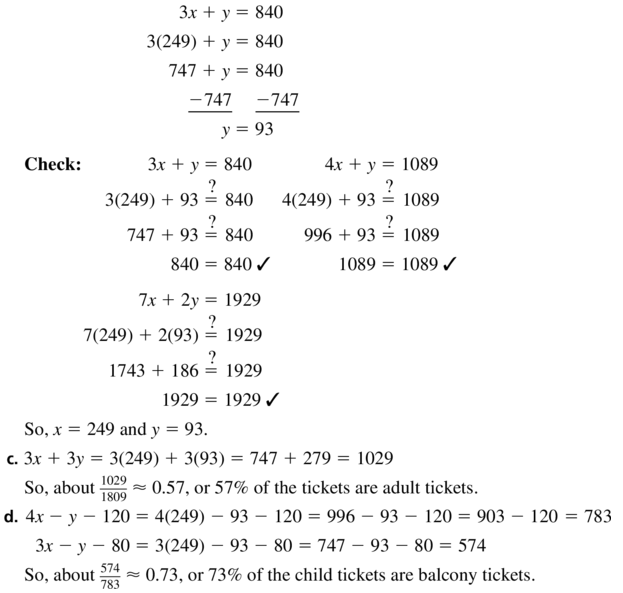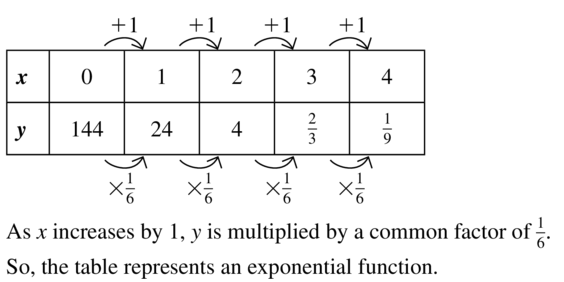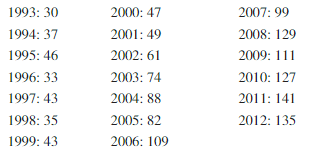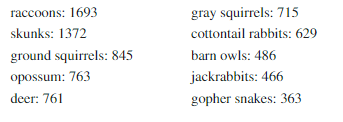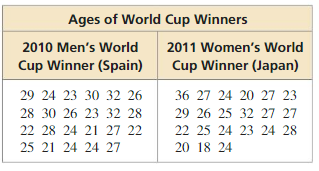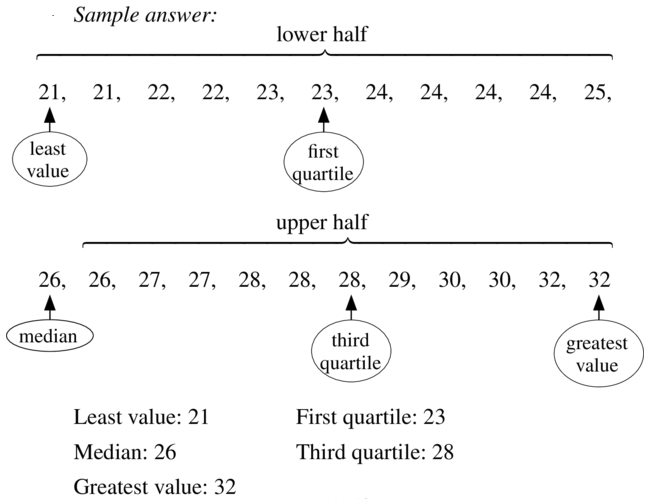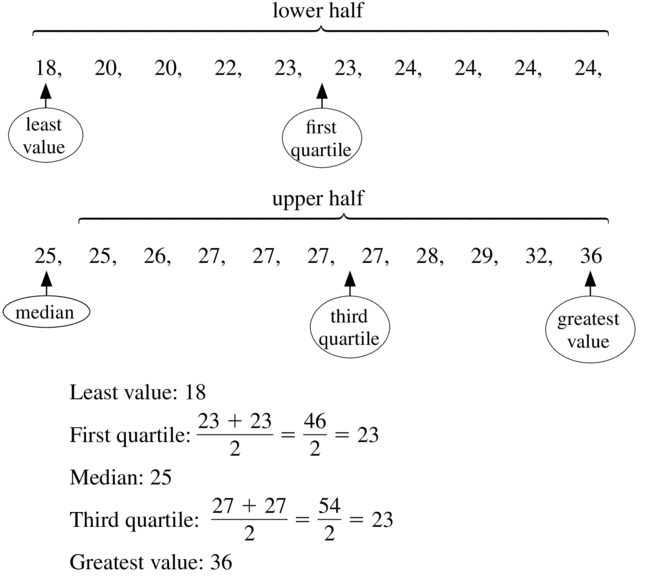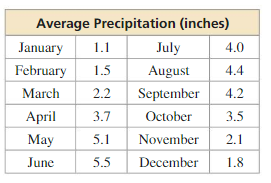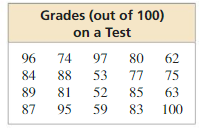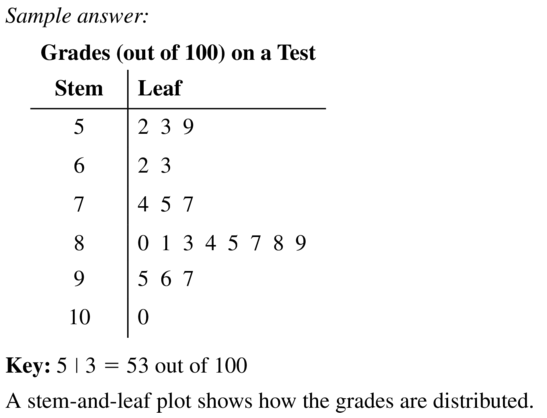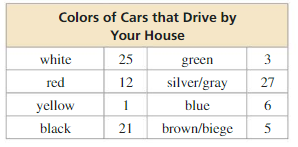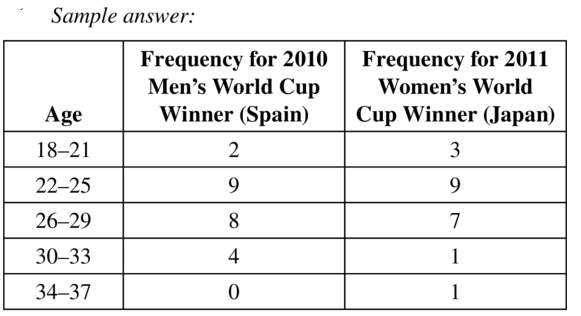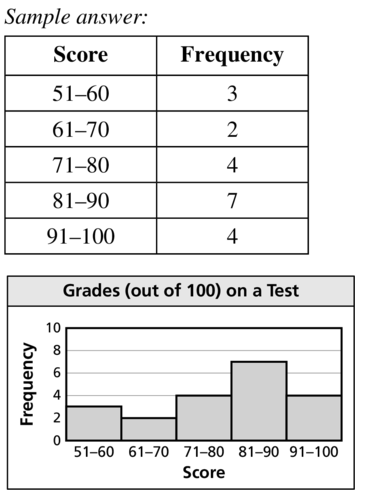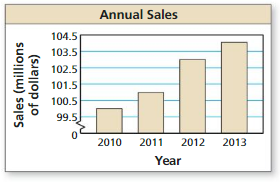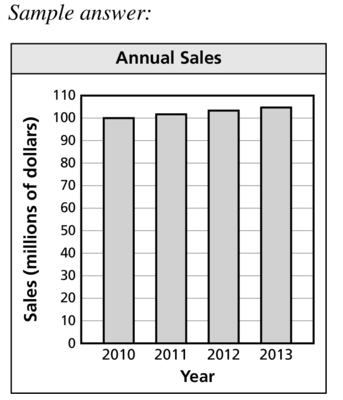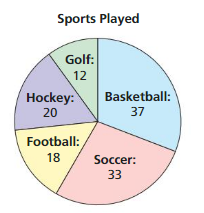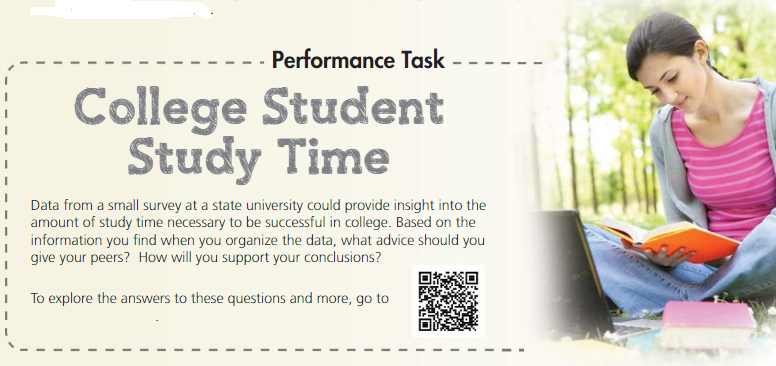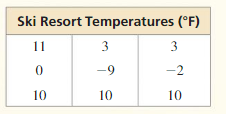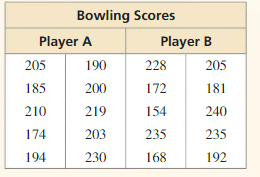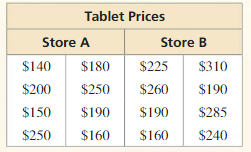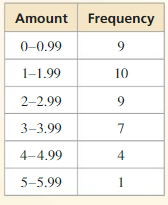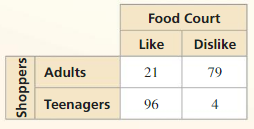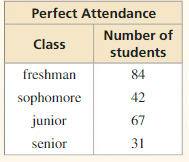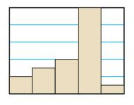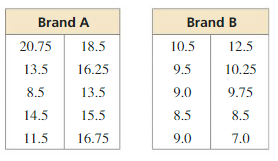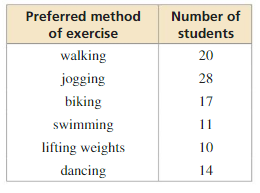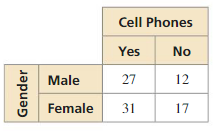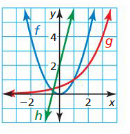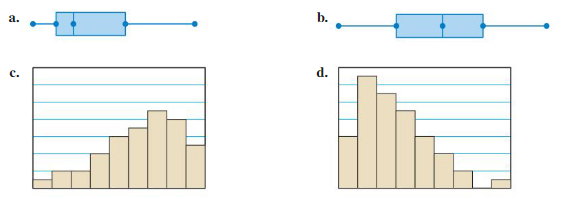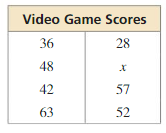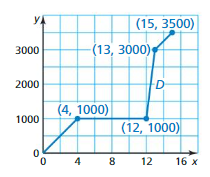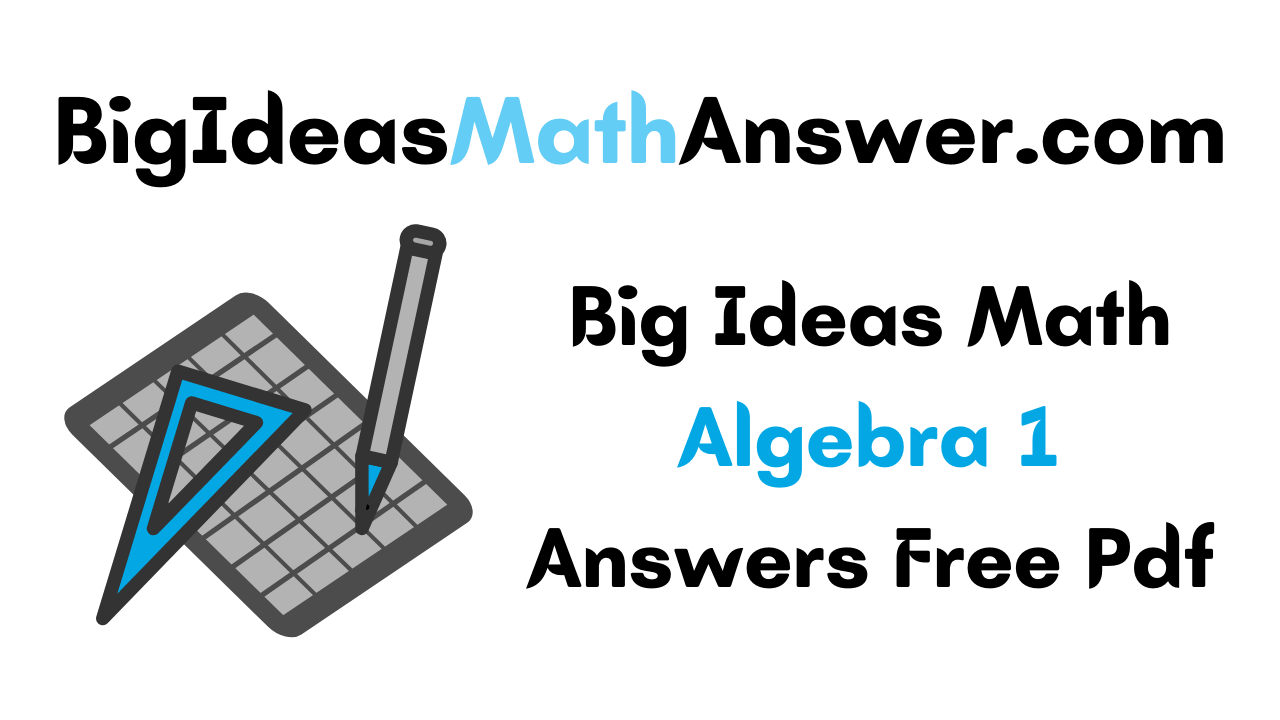Are you searching for the solutions of Big Ideas Math Grade 3 Chapter 8 Add and Subtract Multi-Digit Numbers questions? If yes, then you are at the correct place. We are giving the solution and explanation for each and every question mentioned at BIM 3rd Grade 8th Chapter Add and Subtract Multi-Digit Numbers Book. Students who want to complete their homework in time can download the Big Ideas Math Grade 3 Chapter 8 Add and Subtract Multi-Digit Numbers Solutions PDF.
Big Ideas Math Book 3rd Grade Answer Key Chapter 8 Add and Subtract Multi-Digit Numbers
BIM 3rd Grade 8th Chapter Add and Subtract Multi-Digit Numbers Answers are not only useful for the children but also for teachers and parents. If parents or teachers find any question difficult to solve, then they can refer to Big Ideas Math Book Grade 3 Chapter 8 Add and Subtract Multi-Digit Numbers Solution Key.
The topics included in the answer key are Identify Addition Properties, Use Number Lines to Addition, Use Mental Math to Add, Use Partial Sums to Add, Add Three-Digit Numbers, Add Three or More Numbers, Use Number Lines to Subtract, Use Mental Math to Subtract, Subtract Three-Digit Numbers, Relate Addition and Subtraction. The problem solving or performance task sections mentioned after these lessons are helpful to check skills.
Lesson 1 – Identify Addition Properties
Lesson 2 – Use Number Lines to Addition
Lesson 3 – Use Mental Math to Add
Lesson 4 – Use Partial Sums to Add
Lesson 5 – Add Three-Digit Numbers
Lesson 6 – Add Three or More Numbers
Lesson 7 – Use Number Lines to Subtract
Lesson 8 – Use Mental Math to Subtract
Lesson 9 – Subtract Three-Digit Numbers
Lesson 10 – Relate Addition and Subtraction
Lesson 11 – Problem Solving: Addition and Subtraction
- Lesson 8.11 Problem Solving: Addition and Subtraction
- Problem Solving: Addition and Subtraction Homework & Practice 8.11
Performance Task
- Add and Subtract Multi-Digit Numbers Performance Task
- Add and Subtract Multi-Digit Numbers Activity
- Add and Subtract Multi-Digit Numbers Chapter Practice
- Add and Subtract Multi-Digit Numbers Cumulative Practice 1 – 8
- Add and Subtract Multi-Digit Numbers Steam Performance Task 1-8
Lesson 8.1 Identify Addition Properties
Explore and Grow
Use the addition table to write all of the addition equations that have a sum of 13.
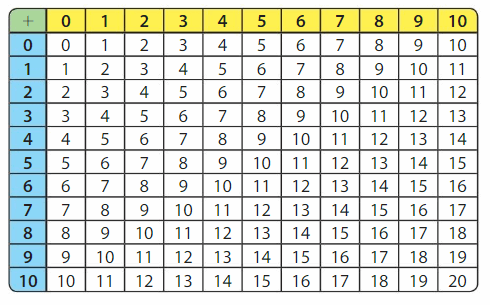
What do you notice now?
Answer:
By adding a vertical number and the horizontal number we can find the sum of 13.
0 + 0 = 0
0 + 1 = 0
Add blue line and yellow line.
Add 10 in the blue column and 3 in the yellow column.
10 + 3 = 13
Thus the addition equation has the sum of 13.
Structure
Use the addition table to write all of the equations that have a sum of 12. What do you notice?
Answer:
Add blue line and yellow line.
Add 10 in the blue column and 2 in the yellow column.
10 + 2 = 12
Thus the addition equation has the sum of 12.
Think and Grow: Addition Properties
Changing the order of addends does not change the sum.
3 + 5 = 5 + 3
Associative Property of Addition
Changing the grouping of addends does not change the sum.
(7 + 6) + 4 = 7 + (6 + 4)
Addition Property of Zero
The sum of any number and 0 is that number.
9 + 0 = 9
Example
Identify the property.
56 + 0 = ___
12 + 29 = 29 + 12 _____
(24 + 17) + 23 = 24 + (17 + 23) ____
Answer:
56 + 0 = 56
It shows Addition Property of Zero. The Addition Property of Zero defines the sum of any number and 0 is that number.
12 + 29 = 29 + 12
Changing the order of addends does not change the sum.
(24 + 17) + 23 = 24 + (17 + 23)
It satisfies the Associative Property of Addition. It is defined as changing the grouping of addends does not change the sum.
Show and Grow
Identify the property.
Question 1.
16 + (14 + 19) = (16 + 14) + 19
Answer:
It satisfies the Associative Property of Addition. It is defined as changing the grouping of addends does not change the sum.
Question 2.
11 + 54 = 54 + 11
Answer:
Associative Property of Addition defines the changing the order of addends does not change the sum.
Question 3.
0 + 43 = 43
Answer: Addition Property of Zero
The Addition Property of Zero defines the sum of any number and 0 is that number.
Question 4.
(27 + 18) + 22 = 27 + (18 + 22)
Answer:
It satisfies the Associative Property of Addition. It is defined as changing the grouping of addends does not change the sum.
Apply and Grow: Practice
Identify the property.
Question 5.
(28 + 16) + 14 = 28 + (16 + 14)
Answer:
It satisfies the Associative Property of Addition. It is defined as changing the grouping of addends does not change the sum.
Question 6.
12 + 35 = 35 + 12
Answer:
Associative Property of Addition defines the changing the order of addends does not change the sum.
Question 7.
36 + 0 = 36
Answer:
The Addition Property of Zero defines the sum of any number and 0 is that number.
Question 8.
11 + (9 + 57) = (11 + 9) + 57
Answer:
It satisfies the Associative Property of Addition. It is defined as changing the grouping of addends does not change the sum.
Find the missing number.
Question 9.
23 + 45 = 45 + ___
Answer: 23
Explanation:
Let the missing number be x.
By using the Associative Property of Addition property we can find the missing number.
23 + 45 = 45 + x
23 + 45 = 45 + 23
Thus the missing number is 23.
Question 10.
(13 + 12) + __ = 13 + (12 + 45)
Answer: 45
Explanation:
Let the missing number be x.
By using the Associative Property of Addition property we can find the missing number.
(13 + 12) + x = 13 + (12 + 45)
Thus the missing number is 45.
Question 11.
4 + (76 + 10) = (___ + 76) + 10
Answer: 4
Explanation:
Let the missing number be x.
By using the Associative Property of Addition property we can find the missing number.
4 + (76 + 10) = (x + 76) + 10
4 + (76 + 10) = (4 + 76) + 10
Thus the missing number is 4.
Question 12.
98 + ___ = 98
Answer: 0
Explanation:
Let the missing number be x.
The Addition Property of Zero defines the sum of any number and 0 is that number.
98 + x = 98
x = 98 – 98
x = 0
Thus the missing number is 0.
Question 13.
(___ + 0) + 32 = 6 + 32
Answer: 6
Explanation:
Let the missing number be x.
By using the Associative Property of Addition property we can find the missing number.
(x + 0) + 32 = 6 + 32
x + 32 = 38
x = 38 – 32
x = 6
Thus the missing number is 6.
Question 14.
64 + (5 + 23) = (23 + ___) + 64
Answer: 5
Explanation:
Let the missing number be x.
By using the Associative Property of Addition property we can find the missing number.
64 + (5 + 23) = (23 + x) + 64
64 + 28 = 23 + x + 64
82 = x + 87
x = 87 – 82
x = 5
Thus the missing number is 5.
Question 15.
DIG DEEPER!
Use the numbers 24, 54, and 11 to write an equation that shows the Associative Property of Addition.
Answer:
We can write the equation by using the Associative Property of Addition.
24 + (54 + 11) = (24 + 54) + 11
Writing
Use a property to find the sum. Which property did you use? Why?
Question 16.
54 + 0 = __
Answer: 54
Explanation:
We can find the sum of the 54 + 0 by using the addition property of zero.
The Addition Property of Zero defines the sum of any number and 0 is that number.
54 + 0 = 54
Question 17.
(46 + 17) + 33 = ___
Answer: 96
Explanation:
We can find the sum of the (46 + 17) + 33 by using the Associative Property of Addition.
(46 + 17) + 33 = 96
Question 8.
20 + 63 = ___
Answer: 83
Explanation:
We can find the sum of the Associative Property of Addition.
20 + 63 = 83
Think and Grow: Modeling Real Life
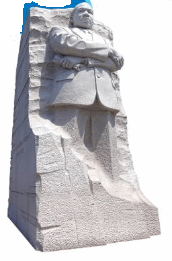
A tourist visits 13 museums, 19 memorials, and 11 monuments. Explain how to use a property to find the total number of sites the tourist visits.
(13 + 19) + 11 = ?
Explain:
The tourist visits ___ sites.
Answer:
Given,
A tourist visits 13 museums, 19 memorials, and 11 monuments.
We can find the total number of sites the tourist visits.
(13 + 19) + 11 = 13 + (19 + 11) = 43
Thus the tourist visits 43 sites.
Show and Grow
Question 19.
A farmer sells 34 cucumbers, 48 ears of corn, and 26 bell peppers at a farmer’s market. Explain how to use properties to find the total number of vegetables the farmer sells.
(34 + 48) + 26 = ?
Answer:
Given,
A farmer sells 34 cucumbers, 48 ears of corn, and 26 bell peppers at a farmer’s market.
We can find the sum of the Associative Property of Addition.
(34 + 48) + 26 = 34 + (48 + 26)
34 + 48 + 26 = 108
Thus the total number of vegetables the farmer sells is 108.
Question 20.
How many people go on the field trip?
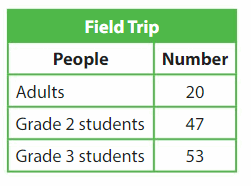
Answer:
The number of adults = 20
The number of grade 2 students = 47
The number of grade 3 students = 53
20 + 47 + 53 = 120
Thus 120 people go on the field trip.
DIG DEEPER!
The Grade 2 and Grade 3 students are divided into 10 equal groups. How many students are in each group? Explain.
Answer:
Given that,
The Grade 2 and Grade 3 students are divided into 10 equal groups.
The number of grade 2 students = 47
The number of grade 3 students = 53
47 + 53 = 100
100/10 = 10
Thus there are 10 students in each group.
Identify Addition Properties Homework & Practice 8.1
Identify the property.
Question 1.
(79 + 12) + 13 = 79 + (12 + 13)
Answer: Associative property of addition
It satisfies the Associative Property of Addition. It is defined as changing the grouping of addends does not change the sum.
Question 2.
24 + 63 = 63 + 24
Answer: Associative property of addition
It satisfies the Associative Property of Addition. It is defined as changing the grouping of addends does not change the sum.
Question 3.
0 + 64 = 64
Answer: Associative property of zero
The Addition Property of Zero defines the sum of any number and 0 is that number.
Question 4.
37 + (43 + 19) = (37 + 43) + 19
Answer: Associative property of addition
It satisfies the Associative Property of Addition. It is defined as changing the grouping of addends does not change the sum.
Question 5.
17 + 38 = 38 + 17
Answer: Associative property of addition
It satisfies the Associative Property of Addition. It is defined as changing the grouping of addends does not change the sum.
Question 6.
18 + 48 = 48 + 18
Answer: Associative property of addition
It satisfies the Associative Property of Addition. It is defined as changing the grouping of addends does not change the sum.
Find the missing number.
Question 7.
36 + __ = 36
Answer: 0
Explanation:
Let the missing number be x.
36 + x = 36
x = 36 – 36
x = 0
Thus the missing number is 0.
Question 8.
25 + __ + 11 = 25 + 11
Answer: 0
Explanation:
Let the missing number be y.
25 + y + 11 = 25 + 11
y + 36 = 36
y = 36 – 36
y = 0
Thus the missing number is 0.
Question 9.
0 + 43 = __ + 0
Answer: 43
Explanation:
Let the missing number be t.
0 + 43 = t + 0
43 = t
Thus the missing number is 43.
Question 10.
(22 + 19) + 28 = 19 + (___ + 28)
Answer: 22
Explanation:
Let the missing number be p.
22 + 19 + 28 = 19 + p + 28
69 = 47 + p
p = 69 – 47
p = 22
Thus the missing number is 22.
Question 11.
Number Sense
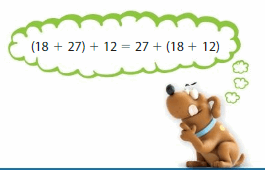
Newton uses two properties. Identify the properties he uses.
Answer:
Given the expression (18 + 27) + 12 = 27 + (18 + 12)
By seeing the above expression we can say that Newton used Associative Property of Addition and Commutative Property of Addition.
Question 12.
Open-Ended
Write an equation that shows the Commutative Property of Addition.
Answer: 4 + 2 = 2 + 4
Commutative property of addition: Changing the order of addends does not change the sum.
Question 13.
Structure
Explain how the Associative Property of Addition and the Associative Property of Multiplication are alike and how they are different.
Answer:
Associative property explains that addition and multiplication of numbers are possible regardless of how they are grouped.
Example:
2 × (3 × 5) = (2 × 3) × 5
2 + (3 + 5) = (2 + 3) + 5
The method is same but the solution for both the equations are different.
Question 14.
Modeling Real Life
A florist uses 11 roses, 12 lilies, and 19 daisies to make bouquets. How many flowers does he use?
Answer:
Given that,
A florist uses 11 roses, 12 lilies, and 19 daisies to make bouquets.
Add all the flowers to find the total number of flowers he used.
11 + 12 + 19 = 42
Thus he used 42 flowers.
DIG DEEPER!
The florist uses 6 flowers for each bouquet. How many bouquets does he make? Explain.
Answer:
Given,
The florist uses 6 flowers for each bouquet.
Total flowers = 42
Divide the total number of flowers by the number of flowers in each bouquet
42/6 = 7
Thus he made 7 bouquets.
Review & Refresh
Find the product.
Question 15.

Answer:
Multiply the two numbers 0 and 3.
0 × 3 = 0
Question 16.

Answer:
Multiply the two numbers 7 and 7.
7 × 7 = 49
Question 17.

Answer:
Multiply the two numbers 10 and 4.
10 × 4 = 40
Question 18

Answer:
Multiply the two numbers 7 and 6.
7 × 6 = 42
Lesson 8.2 Use Number Lines to Addition
Explore and Grow
Color to find 33 + 25. Then model your jumps on the number line.
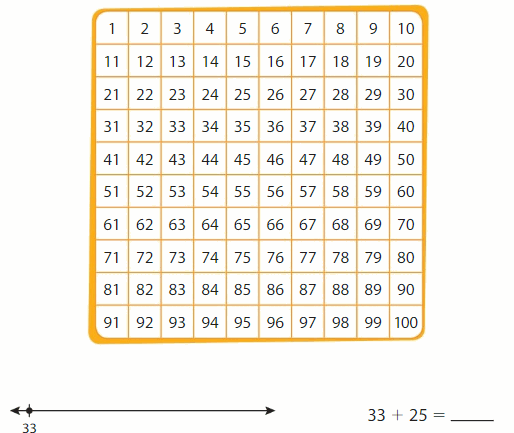
Answer:
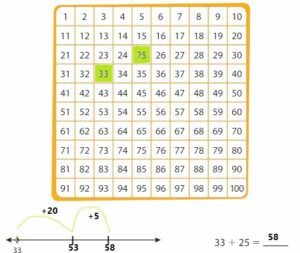
First, you have to color the two numbers 33 and 25.
Now add 33 and 25
33 + 25 = 58
Now try to solve the problem by using the number line.
Start at 33. Count by twenties, then by 5s.
33 + 20 + 5 = 58
Reasoning
How can finding 33 + 25 help you find 533 + 25?
Answer:
We can find the sum of 533 and 25 with the help of the above problem.
33 + 25 = 58
533+ 25 = 538
Just add 5 on the left side to get the sum.
Think and Grow: Adding on a Number Line
Example
Find 245 + 38
One Way: Use the count on strategy. Start at 245. Count on by tens, then by ones.
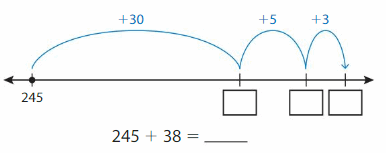
Answer:
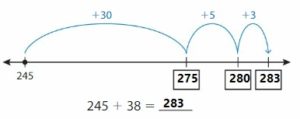
Another Way: Use the make a ten strategy. Start at 245. Count on to the nearest ten. Then count on by tens and by ones.
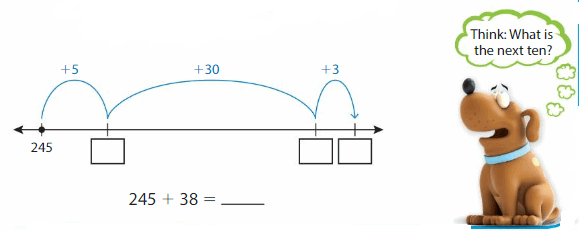
Answer:
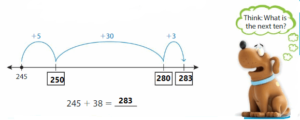
Show and Grow
Question 1.
Use the count on strategy to find 368 + 24.

Answer: 392
Use the count on strategy. Start at 368. Count on by tens, then by ones.
![]()
368 + 10 + 10 + 2 + 2 = 392
Question 2.
Use the count on strategy to find 57 + 179.

Answer: 236
Use the count on strategy. Start at 57. Count on by hundreds, tens, then by ones.
![]()
Apply and Grow: Practice
Question 3.
Use the count on strategy to find 47 + 216.

Answer: 263
Use the count on strategy. Start at 47. Count on by hundreds, tens, then by ones.
47 + 100 + 100 + 10 + 6 = 263
![]()
Question 4.
Use the make a ten strategy to find 478 + 64.

Answer: 542
Use the count on strategy. Start at 478. Count on by tens, then by ones.
![]()
Find the sum
Question 5.
395 + 85 = ___
![]()
Answer: 480
Use the count on strategy. Start at 395. Count on by tens, then by ones.

Question 6.
653 + 109 = ___
![]()
Answer: 762
Use the count on strategy. Start at 353. Count on by tens, then by ones.

Question 7.
Humans have 24 rib bones and 182 other types of bones. How many bones do humans have in all?
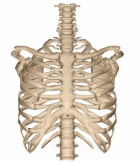
Answer:
Given,
Humans have 24 rib bones and 182 other types of bones.
182 + 24 = 206
Thus Humans have 206 bones.
Question 8.
Structure
Write the equation shown by the number line.

Answer:
436 + 4 + 20 + 4
440 + 20 + 4 = 464
Question 9.
Structure
Show two different ways to find 225 + 39 using a number line.
Answer:
Use the count on strategy. Start at 225. Count on by tens, then by ones.
225 + 30 + 9 = 264

Think and Grow: Modeling Real Life

The Leaning Tower of Pisa has 294 steps. A visitor climbs 156 steps, takes a break, and then climbs 78 more steps. Does the visitor reach the top of the tower?
Addition equation:
![]()
The visitor ___ reach the top of the tower.
Answer:

156 + 78 = 234
294 – 234 = 60
Thus the visitor does not reach the top of the tower.
Show and Grow
Question 10.
A book has 216 pages. You have already read 167 pages. You read 49 more pages. Do you finish reading the book?
Answer:
Given that,
A book has 216 pages. You have already read 167 pages. You read 49 more pages.
167 + 49 = 216 pages
216 – 216 = 0
Thus you finish reading the book.
Question 11.
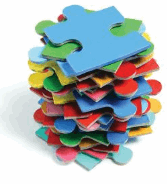
DIG DEEPER!
A puzzle has 350 pieces. You put 95 pieces together. Your friend puts 185 pieces together. Do you and your friend complete the puzzle? If not, how many pieces are left?
Answer:
Given that,
A puzzle has 350 pieces. You put 95 pieces together. Your friend puts 185 pieces together.
95 + 185 = 280 pages
350 – 280 = 70 pages
No you and your friend do not complete the puzzle.
70 pieces are left to complete the puzzle.
Question 12.
A music library has 483 songs. You listen to162 different songs one week and 171 more songs the next week. How many songs are left?
Answer:
Given that,
A music library has 483 songs.
You listen to162 different songs one week and 171 more songs the next week.
162 + 171 = 333 songs
483 – 333 = 150 songs
Thus 150 songs are left.
Use Number Lines to Addition Homework & Practice 8.2
Question 1.
Use the count on strategy to find 402 + 39.

Answer:
Use the count on strategy. Start at 402. Count on by tens, then by ones.
![]()
Question 2.
Use the make a ten strategy to find 81 + 647.

Answer:
Use the count on strategy. Start at 81. Count on by hundreds, tens, then by ones.
![]()
Question 3.
Find the sum.
![]()
Answer:
Question 4.
718 + 226 = __
![]()
Answer:
Use the count on strategy. Start at 718. Count on by hundreds, tens, then by ones.

718 + 226 = 944
Question 5.
YOU BE THE TEACHER
Your friend uses a number line to find 435 + 27. Is your friend correct? Explain.
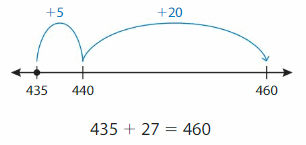
Answer:
Your friend uses a number line to find 435 + 27.
435 + 27 = 462
Your friend is not correct.
Question 6.
YOU BE THE TEACHER
Your friend says she can find 64 + 691 by starting at 691 on a number line because of the Associative Property of Addition. Is your friend correct? Explain.
Answer:
Your friend says she can find 64 + 691 by starting at 691 on a number line because of the Associative Property of Addition.

Yes, your friend is correct.
Question 7.
Modeling Real Life
Your cousin needs to write a 400-word essay. She writes 318 words during class. She finishes her essay by writing 94 words at home. Does your cousin’s essay have enough words?

Answer:
Given,
Your cousin needs to write a 400-word essay.
She writes 318 words during class. She finishes her essay by writing 94 words at home.
318 + 94 = 412
412 – 400 = 12
Yes your cousin’s essay have enough words.
Question 8.
DIG DEEPER!
There are 275 apartments in an apartment building. There are 203 two-bedroom apartments rented, and 56 one-bedroom not apartments rented. How many apartments are rented?
Answer:
Given that,
There are 275 apartments in an apartment building.
There are 203 two-bedroom apartments rented, and 56 one-bedroom not apartments rented.
203 + 56 = 259
Thus 259 apartments are rented.
Find the quotient
Question 9.
18 ÷ 6 = ___
Answer: 3
Explanation:
Divide the two numbers 18 and 6.
18/6 = 3
Thus the quotient is 3.
Question 10.
32 ÷ 8 = ___
Answer: 4
Explanation:
Divide the two numbers 32 and 8.
32/4 = 4
Thus the quotient is 4.
Question 11.
72 ÷ 9 = __
Answer: 8
Explanation:
Divide the two numbers 72 and 9.
72/9 = 8
Thus the quotient is 8.
Lesson 8.3 Use Mental Math to Add
Explore and Grow
What addition problem is shown? How can you find the sum?
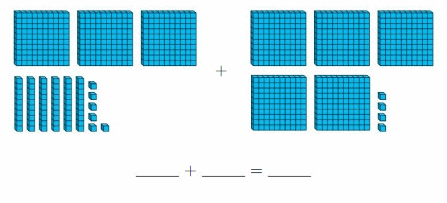
Answer: 366 + 504 = 870
Explanation:
By seeing the above figure we can find the sum.
First count the number of blocks
There are 100 blocks in each figure
There are three 100 blocks, six 10 blocks, and 6 blocks.
300 + 60 + 6 = 366
There are five 100 blocks and 4 blocks.
500 + 4 = 504
Now add both
366 + 504 = 870
Reasoning
Show how to find 402 + 248.
Answer:
You can find the sum of 402 and 248 by using the above arrays.
Take 10 × 10 block
402 – Four 10 × 10 blocks, 2 blocks
248 – Two 10 × 10 blocks, Four 10 blocks, and eight blocks
402 + 248 = 650
Think and Grow: Mental Math Strategies for Addition
Example
Find 247 + 328.
Use compensation to add.
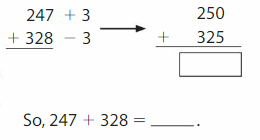
Answer:
You can find the sum of 247 and 328 by using mental math strategies.
247 + 3 = 250
328 – 3 = 325
250
+325
575
Thus the sum of 247 and 328 is 575.
Example
Find 119 + 163.
Make a ten and count on to add.
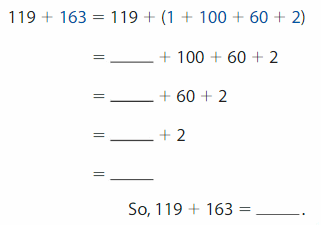
Answer:
119 + 163 = 119 + (1 + 100 + 60 + 2)
(119 + 1) + 100 + 60 + 2
120 + 100 + 60 + 2
382
Show and Grow
Question 1.
Use compensation to find 322 + 158.

Answer:
322 – 2 = 320
158 + 2 = 160
320
+160
480
So, 322 + 158 = 480
Question 2.
Make a ten and count on to find 695 + 187.

Answer:
695 + 187 = 695 + (5 + 100 + 80 + 2)
(695 + 5) + (100 + 80 + 2)
700 + 100 + 80 + 2
882
So, 695 + 187 = 882
Apply and Grow: Practice
Question 3.
Use compensation to find the sum.
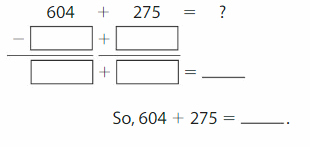
Answer:
604 – 4 = 600
275 + 4 = 279
600
+279
879
Question 4.
Make a ten and count on to find the sum.

Answer:
359 + 1 = 360
360 + 300 = 660
660 + 17 = 677
So, 359 + 318 = 677
Use mental math to find the sum.
Question 5.
436 + 248 = __
Answer:
436 + 248 = 436 + (8 + 40 + 200)
436 + (4 + 4 + 40 + 200)
(436 + 4) + 4 + 40 + 200
440 + 244
684
So, 436 + 248 = 684
Question 6.
795 + 102 = ___
Answer:
102 – 2 = 100
795 + 2 = 797
797
+100
897
So, 795 + 102 = 897
Question 7.
503 + 71 = ___
Answer:
503 – 3 = 500
71 + 3 = 74
500
+74
574
So, 503 + 71 = 574
Question 8.
589 + 407 = ___
Answer:
589 + 1 = 590
407 – 1 = 406
590
+406
996
Question 9.
734 + 97 = ___
Answer:
734 – 3 = 731
97 + 3 = 100
731
+100
831
Question 10.
352 + 164 = ___
Answer:
352 – 2 = 350
164 + 2 = 166
350
+166
516
Question 11.
297 + 211 = ___
Answer:
297 + 3 = 300
211 – 3 = 208
300
+208
508
Question 12.
426 + 364 = ___
Answer:
426 + 4 = 430
364 – 4 = 360
430
+360
790
Question 13.
159 + 104 = ___
Answer:
159 + 1 = 160
104 – 1 = 103
160
+103
263
Question 14.
A community shelter collects 101 shirts and 109 pairs of pants from a clothing drive. How many clothing items does the community shelter collect?
Answer:
Given,
A community shelter collects 101 shirts and 109 pairs of pants from a clothing drive.
101 – 1 = 100
109 + 1 = 110
100
+110
210
Thus the community shelter collect 210 clothing items.
Question 15.
Number Sense
Descartes wants to use compensation to find 238 + 127. Which numbers could he use?
![]()
Answer:
Descartes wants to use compensation to find 238 + 127.
The number near 238 is 240, 127 is 130.
Thus he could use 240 and 130
Think and Grow: Modeling Real Life
A company manager has $900. Does he have enough money to buy the laptop and the cell phone?

Addition equation:
Compare:
The manager ___ have enough money.
Answer:
Given,
A company manager has $900.
The cost of the laptop is $595
The cost of the mobile is $249.
595 + 5 = 600
249 – 5 = 244
600
+244
844
900 – 844 = 56
Thus the manager does not have enough money.
Show and Grow
Question 16.
A USB drive holds 600 photos. You have 279 photos on a digital camera and 337 photos on a cell phone. Can the USB drive hold all of your photos?
Answer:
Given,
A USB drive holds 600 photos. You have 279 photos on a digital camera and 337 photos on a cell phone.
279 + 1 = 280
337 – 1 = 336
280
+336
616
Yes the USB drive can hold all of your photos
Question 17.
A school board president has $1,000. Which two items can she buy?

DIG DEEPER!
The president buys the two items. How much money does she have left?
Answer:
A school board president has $1,000.
The cost of a swing set is $648
The cost of the seesaw is $372
The cost of a Dome Climber is $498
498
+372
870
1000 – 870 = 130
Thus she has left $130.
Use Mental Math to Add Homework & Practice 8.3
Use compensation to find the sum.
Question 1.
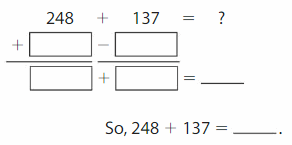
Answer:
248 + 2 = 250
137 – 2 = 135
250
+135
385
So, 248 + 137 = 385
Question 2.
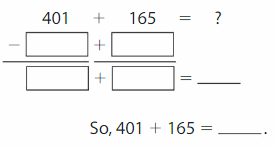
Answer:
401 – 1 = 400
165 + 1 = 166
400
+166
566
Make a ten and count on to find the sum
Question 3.
506 + 369 = ?
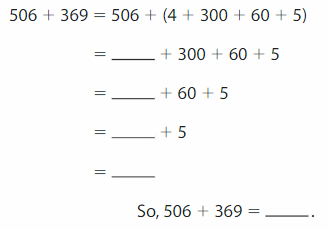
Answer:
506 + 369 = 506 + (4 + 300 + 60 + 5)
(506 + 4) + 300 + 60 + 5
510 + 365
875
So, 506 + 369 = 875
Question 4.
617 + 348 = ?
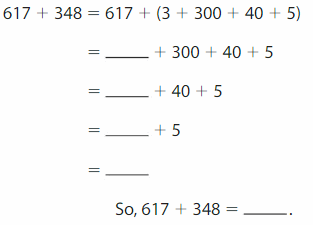
Answer:
617 + 348 = 617 + (3 + 300 + 40 + 5)
(617 + 3) + 300 + 40 + 5
620 + 345
965
617 + 348 = 965
Use mental math to find the sum.
Question 5.
478 + 219 = ___
Answer:
478 + 2 = 480
219 – 2 = 217
480
+217
697
Question 6.
503 + 64 = ___
Answer:
503 – 3 = 500
64 + 3 = 67
500
+67
567
Question 7.
288 + 242 = ___
Answer:
288 + 2 = 290
242 – 2 = 240
290
+240
530
Question 8.
Structure
Explain how to make a ten to find the sum.

Answer:
738 + 126 = 738 + (6 + 20 + 100)
(738 + 2) + 4 + 20 + 100
740 + 124
864
Question 9.
Writing
How is compensation make a ten similar to the strategy? How is it different?
Answer:
Compensation is a mental math strategy for multi-digit addition that involves adjusting one of the addends to make the equation easier to solve. The methods are different but the solutions are the same.
Question 10.
Modeling Real Life
A binder holds 250 sheets of paper. You have 107 science papers and 142 math papers. Can the binder hold all of your papers?
Answer:
Given,
A binder holds 250 sheets of paper. You have 107 science papers and 142 math papers.
107 – 2 = 105
142 + 2 = 144
105 + 144 = 249
Yes, the binder can hold all of your papers.
Question 11.
Modeling Real Life
A school nurse has $450. Which two items can she buy?
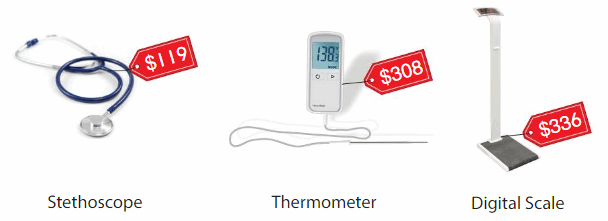
DIG DEEPER!
The school nurse buys the two items. How much money does she have left?
Answer:
A school nurse has $450.
The cost of a Stethoscope = $119
The cost of thermometer = $ 308
119 + 1 = 120
308 – 1 = 307
120
+307
427
450 – 427 = 23
She has left $23
Review & Refresh
Question 12.
It costs $1 to get into each football game. Newton buys a chicken wrap for $2 and a drink for $1 each game. How much money does Newton spend in 4 games?
Answer:
Given,
It costs $1 to get into each football game. Newton buys a chicken wrap for $2 and a drink for $1 each game.
1 + 2 + 1 = 4
4 × $4 = $8
Thus Newton spent $8 for 4 games.
Lesson 8.4 Use Partial Sums to Add
Explore and Grow
Model each number. Draw to show each model.
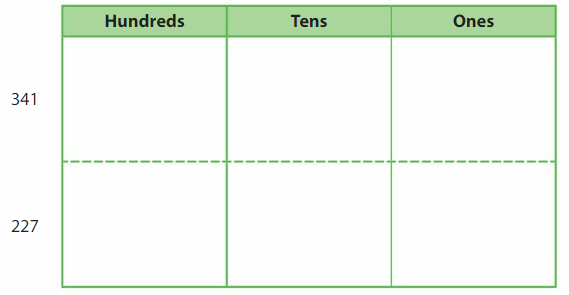
How can you use the models to find 341 + 227?
Answer:
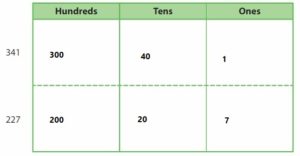
You can find the sum of 341 and 227 is
300 + 40 + 1
200 + 20 + 7
500 + 60 + 8 = 568
Reasoning
How can breaking apart addends help you add three-digit numbers?
Answer: Breaking apart addends helps you add three-digit numbers easily. Mind math is possible with this breaking apart addends.
Think and Grow: Use Partials Sums to Add
Example
Find 356 + 408.
Step 1: Write each number in expanded form.
Step 2: Find the partial sums.
Step 3: Add the partial sums.
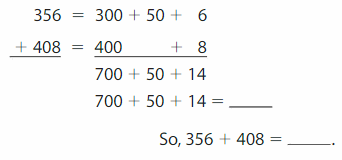
Answer: 764
Show and Grow
Use partial sums to add.
Question 1.

Answer:
319 = 300 + 10 + 9
234 = 200 + 30 + 4
553 = 500 + 40 + 13
Question 2.

Answer:
568 = 500 + 60 + 8
173 = 100 + 70 + 3
741 = 600 + 130 + 11
Question 3.

Answer:
424 = 400 + 20 + 4
450 = 400 + 50 + 0
874 = 800 + 70 + 4
Question 4.

Answer:
281 = 200 + 80 + 1
365 = 300 + 60 + 5
646 = 500 + 140 + 6
Question 5.

Answer:
127 = 100 + 20 + 7
609 = 600 + 0 + 9
736 = 700 + 20 + 16
Question 6.

Answer:
276 = 200 + 70 + 6
39 = 000 + 30 + 9
315 = 200 + 100 + 15
Apply and Grow: Practice
Question 7.

Answer:
759 = 700 + 50 + 9
202 = 200 + 00 + 2
961 = 900 + 50 + 11
Question 8.

Answer:
864 = 800 + 60 + 4
131 = 100 + 30 + 1
995 = 900 + 90 + 5
Question 9.

Answer:
387 = 300 + 80 + 7
94 = 000 + 90 + 4
481 = 300 + 170 + 11
Question 10.

Answer:
560 = 500 + 60 + 0
273 = 200 + 70 + 3
833 = 700 + 130 + 3
Question 11.
498 + 375 = ___
Answer:
498 = 400 + 90 + 8
375 = 300 + 70 + 5
873 = 700 + 160 + 13
Question 12.
209 + 158 = ___
Answer:
209 = 200 + 00 + 9
158 = 100 + 50 + 8
367 = 300 + 50 + 17
Think and Grow: Modeling Real Life
A giant panda weighs 696 pounds less than a polar bear. How much does the polar bear weigh?
Addition equation:
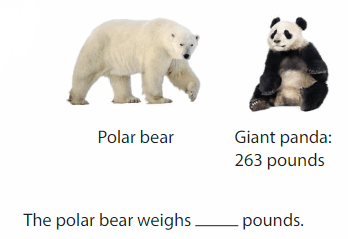
Answer:
Given,
A giant panda weighs 696 pounds less than a polar bear.
696 – 263 = 433
Thus the polar bear weighs 433 pounds.
Show and Grow

Question 15.
A herd of wildebeests has 258 fewer members than a herd of zebras has. There are 335 wildebeests in the herd. How many zebras are in their herd?
Answer:
Given,
A herd of wildebeests has 258 fewer members than a herd of zebras has. There are 335 wildebeests in the herd.
335 – 258 = 77
Therefore there are 77 zebras in their herd.
Question 16.
There are three candidates in an election. Candidate A receives 184 fewer votes than Candidate B. Who wins the election?
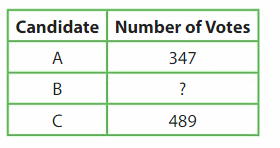
Answer:
Given,
There are three candidates in an election. Candidate A receives 184 fewer votes than Candidate B.
Number of votes candidate A receives = 347
347 + 184 = 631
Thus Candidate B wins the election.
Question 17.
DIG DEEPER!
You, your friend, and your cousin play a video game. Your friend scores 161 fewer points than you. Your cousin scores 213 more points than your friend. What is each player’s score? Who wins?
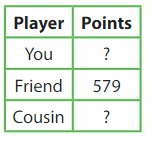
Answer:
Your friend score is 579
Your friend scores 161 fewer points than you.
579 + 161 = 740
Your score is 740
Your cousin scores 213 more points than your friend.
213 + 579 = 592
Your cousin’s score is the highest among all three.
So, your cousin wins the game.
Use Partial Sums to Add Homework & Practice 8.4
Use partials sums to add
Question 1.

Answer:
We can find the sum by using the partial sum model.
479 = 400 + 70 + 9
356 = 300 + 50 + 6
835 = 700 + 120 + 15
So, 479 + 356 = 835
Question 2.

Answer:
We can find the sum by using the partial sum model.
674 = 600 + 70 + 4
321 = 300 + 20 + 1
995 = 900 + 90 + 5
Question 3.

Answer:
We can find the sum by using the partial sum model.
396 = 300 + 90 + 6
278 = 200 + 70 + 8
674 = 500 + 160 + 14
Question 4.
564 + 218 = ___
Answer:
We can find the sum by using the partial sum model.
564 = 500 + 60 + 4
218 = 200 + 10 + 8
782 = 700 + 70 + 12
Question 5.
190 + 123 = ___
Answer:
We can find the sum by using the partial sum model.
190 = 100 + 90 + 0
123 = 100 + 20 + 3
313 = 200 + 110 + 3
Question 6.
YOU BE THE TEACHER
Your friend uses partial sums to find 205 + 124. Is your friend correct? Explain.

Answer: Your friend is incorrect.
205 = 200 + 00 + 5
124 = 100 + 20 + 4
329 = 300 + 20 + 9
The sum of 205 + 124 = 329
Question 7.
Patterns
Write and solve the next problem in the pattern.

Answer:
The addend is increased by 100.
So, the next pattern is
516
+178
694
Question 8.
Modeling Real Life
There are worker bees and drone bees in a beehive. A hive has 268 fewer drones than workers. There are 351 drone bees. How many worker bees are there?
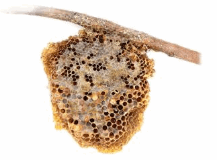
Answer:
Given,
There are worker bees and drone bees in a beehive. A hive has 268 fewer drones than workers. There are 351 drone bees.
351
-268
83
Therefore there are 83 worker bees.
Question 9.
Modeling Real Life
Three athletes compete in Olympic weight lifting. Weight lifter A lifts 104 fewer pounds than Weight lifter B. Who lifts the most weight?

Answer:
Three athletes compete in Olympic weight lifting. Weight lifter A lifts 104 fewer pounds than Weight lifter B.
Weight lifter A lifts 368 pounds
368 + 104 = 472
Therefore, Weight Lifter B lifts the most weight.
Review & Refresh
Circle the value of the underlined digit.
Question 10.
![]()
Answer:
![]()
In the given value 2 is in the ones place so the answer is 2.
Question 11.
![]()
Answer:
![]()
In the given value 4 is in the hundreds place so the answer is 400.
Question 12.
![]()
Answer:
![]()
In the given value 0 is in tens place so the answer is 0.
Lesson 8.5 Add Three-Digit Numbers
Explore and Grow
Model the equation. Draw your model. Then find the sum.
195 + 308 = ___
Answer:
195 = 100 + 90 + 5
308 = 300 + 00 + 8
503 = 400 + 90 + 13
Reasoning
How can you use an estimate to check whether your answer reasonable?
Answer:
Step 1: Estimate. Round each addend to the nearest hundred.
195 = 200
308 = 300
200
+300
500
Ths sum is about 500.
Step 2: Find the sum. Add the ones, tens, then the hundreds.
195
+308
503
503 is close to 500. So, the answer is reasonable.
Think and Grow: Add Three-Digit Numbers
Example
Find 236 + 378. Check whether your answer is reasonable.
Step 1: Estimate. Round each addend to the nearest hundred.
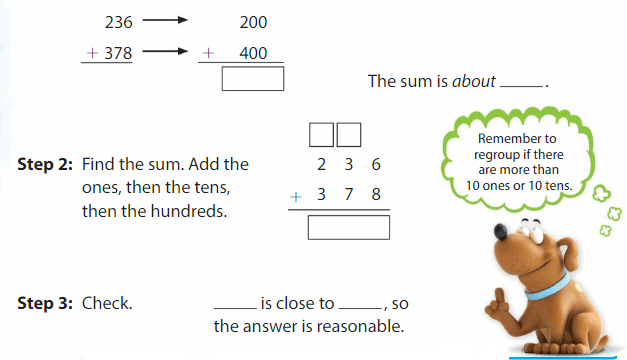
Show and Grow
Find the sum. Check whether your answer is reasonable.
Question 11.
Estimate: ___

Answer:
Step 1: Estimate. Round each addend to the nearest hundred.
457 – 500
133 – 100
500
+100
600
The sum is about 600.
Step 2: Find the sum. Add the ones, tens, then the hundreds.
457
+133
590
590 is close to 600. So, the answer is reasonable.
Question 2.
Estimate: ___

Answer:
Step 1: Estimate. Round each addend to the nearest hundred.
269 – 300
354 – 300
300
+300
300
Step 2: Find the sum. Add the ones, tens, then the hundreds.
269
+354
623
623 is close to 600. So, the answer is reasonable.
Question 3.
Estimate: ___

Answer:
Step 1: Estimate. Round each addend to the nearest hundred.
560 – 600
274 – 300
600
+300
900
Step 2: Find the sum. Add the ones, tens, then the hundreds.
560
+274
834
834 is close to 900. So, the answer is reasonable.
Question 4.
Estimate: ___

Answer:
Step 1: Estimate. Round each addend to the nearest hundred.
345 – 300
286 – 300
300
+300
600
Step 2: Find the sum. Add the ones, tens, then the hundreds.
345
+286
631
631 is close to 600. So, the answer is reasonable.
Question 5.
Estimate: ___

Answer:
Step 1: Estimate. Round each addend to the nearest hundred.
129 – 100
668 – 700
100
+700
800
Step 2: Find the sum. Add the ones, tens, then the hundreds.
129
+668
797
797 is close to 800. So, the answer is reasonable.
Question 6.
Estimate: ___

Answer:
Step 1: Estimate. Round each addend to the nearest hundred.
383 – 400
539 – 500
400
+500
900
Step 2: Find the sum. Add the ones, tens, then the hundreds.
383
+539
922
922 is close to 900. So, the answer is reasonable.
Apply and Grow: practice
Find the sum. Check whether your answer is reasonable.
Question 7.
Estimate: ___

Answer:
Step 1: Estimate. Round each addend to the nearest hundred.
803 – 800
179 – 200
800
+200
1000
Step 2: Find the sum. Add the ones, tens, then the hundreds.
803
+179
982
982 is close to 1000. So, the answer is reasonable.
Question 8.
Estimate: ___

Answer:
Step 1: Estimate. Round each addend to the nearest hundred.
608 – 600
239 – 200
600
+200
800
Step 2: Find the sum. Add the ones, tens, then the hundreds.
608
+239
847
847 is close to 800. So, the answer is reasonable.
Question 9.
Estimate: ___

Answer:
Step 1: Estimate. Round each addend to the nearest hundred.
427 – 400
385 – 400
400
+400
800
Step 2: Find the sum. Add the ones, tens, then the hundreds.
427
+385
812
812 is close to 800. So, the answer is reasonable.
Question 10.
Estimate: ___

Answer:
Step 1: Estimate. Round each addend to the nearest hundred.
401 – 400
109 – 100
400
+100
500
Step 2: Find the sum. Add the ones, tens, then the hundreds.
401
+109
510
510 is close to 500. So, the answer is reasonable.
Question 11.
Estimate: ___

Answer:
Step 1: Estimate. Round each addend to the nearest hundred.
265 – 300
157 – 100
300
+100
400
Step 2: Find the sum. Add the ones, tens, then the hundreds.
265
+157
422
422 is close to 400. So, the answer is reasonable.
Question 12.
Estimate: ___

Answer:
Step 1: Estimate. Round each addend to the nearest hundred.
375 – 400
64 – 100
400
+100
500
Step 2: Find the sum. Add the ones, tens, then the hundreds.
375
+64
439
439 is close to 500. So, the answer is reasonable.
Question 13.
Estimate: ___
469 + 284 = ___
Answer:
Step 1: Estimate. Round each addend to the nearest hundred.
469 – 500
284 – 300
500
+300
800
Step 2: Find the sum. Add the ones, tens, then the hundreds.
469
+284
753
753 is close to 800. So, the answer is reasonable.
Question 14.
Estimate: ___
580 + 246 = __
Answer:
Step 1: Estimate. Round each addend to the nearest hundred.
580 – 600
246 – 200
600
+200
800
Step 2: Find the sum. Add the ones, tens, then the hundreds.
580
+246
826
826 is close to 800. So, the answer is reasonable.
Question 15.
Estimate: ___
796 + 135 = ___
Answer:
Step 1: Estimate. Round each addend to the nearest hundred.
796 – 800
135 – 100
800
+100
900
Step 2: Find the sum. Add the ones, tens, then the hundreds.
796
+135
931
931 is close to 900. So, the answer is reasonable.
Question 16.
A truck driver travels 428 miles on Monday. He travels 473 miles on Tuesday. How many miles does he travel in all on Monday and Tuesday?
Answer:
Given that,
A truck driver travels 428 miles on Monday. He travels 473 miles on Tuesday.
428
+473
901
Thus he travels 901 miles on Monday and Tuesday.
Question 17.
Reasoning
Your friend finds a sum. Is her answer reasonable? If not, describe her mistake.

Answer:
119
+ 187
306
Your answer is not reasonable.
Think and Grow: Modeling Real Life
A construction team builds an 825-meter-long boardwalk on a beach. The team builds 408 meters one week and 377 meters the next week. Is the boardwalk complete?

Addition equation:
The boardwalk ___ complete.
Answer:
Given,
A construction team builds an 825-meter-long boardwalk on a beach. The team builds 408 meters one week and 377 meters the next week.
408
+377
785
The boardwalk did not complete.
Show and Grow
Question 18.
A road crew repaves the road on a 547-meter-long bridge. The crew repaves 318 meters the first day and 229 meters the second day. Is the road on the bridge completely repaved?
Answer:
Given,
A road crew repaves the road on a 547-meter-long bridge.
The crew repaves 318 meters on the first day and 229 meters on the second day.
318
+229
547
Yes, the road on the bridge completely repaved.
Question 19.
A family drives from St. Louis to Orlando for a vacation. The family drives 363 miles the first day and 386 miles the second day. How many miles does the family have left to drive?
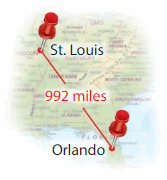
Answer:
Given,
A family drives from St. Louis to Orlando for a vacation. The family drives 363 miles the first day and 386 miles the second day.
363 + 386 = 749 miles
922 miles – 749 miles = 173 miles
173 miles the family have left to drive.
Question 20.
Which booth had more visitors in all?
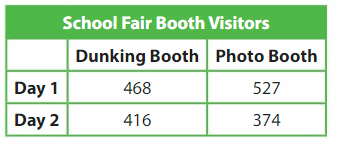
Answer:
Day 1 – 468 + 527 = 995
Day 2 – 416 + 374 = 790
995 – 790 = 205
Thus day 1 has more visitors in all.
Add Three-Digit Numbers Homework & Practice 8.5
Find the sum. Check whether your answer is answerable.
Question 1.
Estimate: ___

Answer: 630
Explanation:
The estimated number of 493 is 490
The estimated number of 142 is 140.
490
+ 140
630
Question 2.
Estimate: ___

Answer: 820
Explanation:
The estimated number of 763 is 760.
The estimated number of 58 is 60.
760
+ 60
820
Question 3.
Estimate: ___

Answer: 580
Explanation:
The estimated number of 308 is 310
The estimated number of 273 is 270
310
+270
580
Question 4.
Estimate: ___

Answer: 420
Explanation:
The estimated number of 276 is 280
The estimated number of 138 is 140
280
+ 140
420
Question 5.
Estimate: ___

Answer: 700
Explanation:
The estimated number of 532 is 530
The estimated number of 167 is 170.
530
+170
700
Question 6.
Estimate: ___

Answer: 980
Explanation:
The estimated number of 680
The estimated number of 296 is 300.
680
+300
980
Question 7.
Estimate: ___
595 + 280 = ___
Answer: 880
Explanation:
The estimated number of 595 is 600
The estimated number of 280
600
+ 280
880
Question 8.
Estimate: ___
419 + 295
Answer: 720
Explanation:
The estimated number of 419 is 420
The estimated number of 295 is 300
420
+ 300
720
Question 9.
Estimate: ___
498 + 305 = ___
Answer: 800
Explanation:
The estimated number of 498 is 500
The estimated number of 305 is 300
500
+300
800
Question 10.
Open-Ended
Complete the addends so you need to regroup to add. Then find the sums.

Answer:
Let the addend be 3
479
+283
762
If you take 3 as addend then you need to regroup to find the sum.
Let the addend be 9
697
+135
832
If you take 9 as addend then you need to regroup to find the sum.
Question 11.
DIG DEEPER!
Find the missing digits.

Answer:

You will get 466 if you add 107 and 359.
You will get 982 if you add 748 and 234
You will get 962 if you add 670 and 292.
You will get 982 if you add 809 and 173.
Question 12.
Modeling Real Life
Newton wants to complete a 770-mile hike in 2 months. He hikes 423 miles the first month and 347 miles the second month. Does he complete the hike?
Answer:
Given,
Newton wants to complete a 770-mile hike in 2 months.
He hikes 423 miles the first month and 347 miles the second month
423
+347
770
Thus he Newton completed the hike.
Question 13.
Modeling Real Life
You ship a package 750 miles from San Diego to Salt Lake City. The package is now in Las Vegas. How many miles are left until your package is delivered?
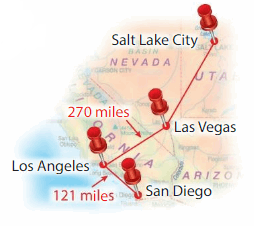
Answer:
Given,
You ship a package 750 miles from San Diego to Salt Lake City. The package is now in Las Vegas.
121 + 270 = 391 miles until Las Vegas.
750 – 391 = 359 miles
Therefore 359 miles are left until your package is delivered.
Review & Refresh
Find the quotient.
Question 14.

Answer: 10
Explanation:
Divide the two numbers 100 and 10.
100/10 = 10
Thus the quotient is 10.
Question 15.

Answer: 9
Explanation:
Divide the two numbers 45 and 5.
45/5 = 9
Thus the quotient is 9.
Question 16.

Answer: 7
Explanation:
Divide the two numbers 14 and 7.
14/2 = 7
Thus the quotient is 7.
Question 17.

Answer: 8
Explanation:
Divide the two numbers 10 and 80.
80/10 = 8
Thus the quotient is 8.
Question 18.
Divide 25 by 5.
Answer: 5
Explanation:
Divide the two numbers 5 and 25.
25/5 = 5
Thus the quotient is 5.
Question 19.
Divide 30 by 10.
Answer: 3
Explanation:
Divide the two numbers 10 and 30.
30/10 = 3
Thus the quotient is 3.
Question 20.
Divide 8 by 2.
Answer: 4
Explanation:
Divide the two numbers 8 and 2.
8/2 = 4
Thus the quotient is 4.
Lesson 8.6 Add Three or More Numbers
Find the sum of the numbers. Which two numbers should you add first?
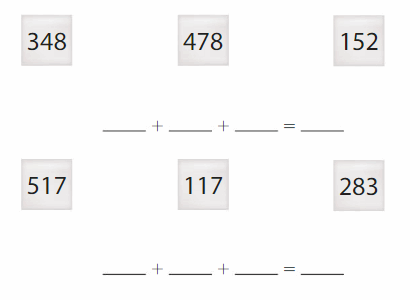
Answer:
Step 1: Estimate. Round each addend to the nearest ten.
348 = 350
478 = 480
152 = 150
350 + 480 + 150 = 980
The sum is about 980.
517 = 520
117 = 120
283 = 280
520 + 120 + 280 = 920
The sum is about 920
Step 2: Find the sum, add the ones, then the tens, then the hundreds.
348
+478
+152
978
978 is close to 980. So, the answer is reasonable.
517
+117
+283
917
917 is close to 920, So, the answer is reasonable.
Reasoning
Why did you choose those numbers? Compare your strategy to your partner’s strategy.
Answer:
348 = 350
478 = 480
152 = 150
I choose these numbers because they are nearest to ten. This strategy will help to improve the mental math. After solving the problem you can verify the answer with the actual sum.
Think and Grow: Add Three or More Numbers
Example
Find 138 + 221 + 176 + 92. Check whether your answer is reasonable.
Step 1: Estimate. Round each addend to the nearest ten.

Answer:
Step 1: Estimate. Round each addend to the nearest ten.
140 + 220 + 180 + 90 = 630
The sum is about 630.
Step 2: Find the sum, add the ones, then the tens, then the hundreds.
138
+221
+176
+92
627
627 is close to 630. So, the answer is reasonable.
Show and Grow
Find the sum. Check whether your answer is reasonable.
Question 1.
Estimate: ___

Answer:
Step 1: Estimate. Round each addend to the nearest ten.
342 = 340
73 = 70
267 = 270
340 + 70 + 270 = 680
Step 2: Find the sum, add the ones, then the tens, then the hundreds.
342
+73
+267
682
682 is close to 680. So, the answer is reasonable.
Question 2.
Estimate: ___

Answer:
Step 1: Estimate. Round each addend to the nearest ten.
191 = 190
452 = 450
206 = 210
190 + 450 + 210 = 850
Step 2: Find the sum, add the ones, then the tens, then the hundreds.

849
849 is close to 850. So, the answer is reasonable.
Question 3.
Estimate: ___

Answer:
Step 1: Estimate. Round each addend to the nearest ten.
65 = 60
98 = 100
637 = 640
640
+100
+60
800
Step 2: Find the sum, add the ones, then the tens, then the hundreds.
637
+98
+65
800
800 is close to 800. So, the answer is reasonable.
Question 4.
Estimate: ___

Answer:
Step 1: Estimate. Round each addend to the nearest ten.
241 = 240
394 = 390
85 = 80
193 = 190
390
240
190
+80
900
Step 2: Find the sum, add the ones, then the tens, then the hundreds.

913
913 is close to 900. So, the answer is reasonable.
Question 5.
Estimate: ___

Answer:
Step 1: Estimate. Round each addend to the nearest ten.
136 = 140
51 = 50
64 = 60
410 = 410
140
410
+60
+50
660
Step 2: Find the sum, add the ones, then the tens, then the hundreds.

661
661 is close to 660. So, the answer is reasonable.
Question 6.
Estimate: ___

Answer:
Step 1: Estimate. Round each addend to the nearest ten.
105 = 100
113 = 110
222 = 220
307 = 310
100 + 110 + 220 + 310 = 740
Step 2: Find the sum, add the ones, then the tens, then the hundreds.

747
747 is close to 740. So, the answer is reasonable.
Apply and Grow: Practice
Find the sum. Check whether your answer is answerable.
Question 7.
Estimate: ___

Answer:
Step 1: Estimate. Round each addend to the nearest ten.
557 = 560
79 = 80
283 = 280
560 + 80 + 280 = 920
Step 2: Find the sum, add the ones, then the tens, then the hundreds.

919
919 is close to 920. So, the answer is reasonable.
Question 8.
Estimate: ___

Answer:
Step 1: Estimate. Round each addend to the nearest ten.
382 = 380
357 = 360
160 + 380 + 360 = 900
Step 2: Find the sum, add the ones, then the tens, then the hundreds.
160
382
357
899
899 is close to 900. So, the answer is reasonable.
Question 9.
Estimate: ___

Answer:
Step 1: Estimate. Round each addend to the nearest ten.
35 = 30
68 = 70
827 = 830
30 + 70 + 830 = 930
Step 2: Find the sum, add the ones, then the tens, then the hundreds.
35 + 68 + 827 = 930
930 is close to 930. So, the answer is reasonable.
Question 10.
Estimate: ___

Answer:
Step 1: Estimate. Round each addend to the nearest ten.
153 = 150
235 = 230
458 = 460
67 = 70
150 + 230 + 460 + 70 = 910
Step 2: Find the sum, add the ones, then the tens, then the hundreds.
153 + 235 + 458 + 67 = 913
913 is close to 910. So, the answer is reasonable.
Question 11.
Estimate: ___

Answer:
Step 1: Estimate. Round each addend to the nearest ten.
108 = 110
172 = 170
200 = 200
263 = 260
110 + 170 + 200 + 260 = 740
Step 2: Find the sum, add the ones, then the tens, then the hundreds.
108 + 172 + 200 + 263 = 743
743 is close to 740. So, the answer is reasonable.
Question 12.
Estimate: ___

Answer:
Step 1: Estimate. Round each addend to the nearest ten.
181 = 180
629 = 630
140 = 140
23 = 20
180 + 630 + 140 + 20 = 970
Step 2: Find the sum, add the ones, then the tens, then the hundreds.
181 + 629 + 140 + 23 = 973
973 is close to 970. So, the answer is reasonable.
Question 13.
Estimate: ___

Answer:
Step 1: Estimate. Round each addend to the nearest ten.
213 = 210
208 = 210
462 = 460
111 = 110
210 + 210 + 460 + 110 = 990
Step 2: Find the sum, add the ones, then the tens, then the hundreds.

994
994 is close to 990. So, the answer is reasonable.
Question 14.
Estimate: ___

Answer:
Step 1: Estimate. Round each addend to the nearest ten.
108 = 110
172 = 170
200 = 200
263 = 260
110 + 170 + 200 + 260 = 740
Step 2: Find the sum, add the ones, then the tens, then the hundreds.

743
743 is close to 740. So, the answer is reasonable.
Question 15.
Estimate: ___

Answer:
Step 1: Estimate. Round each addend to the nearest ten.
259 = 260
233 = 230
223 = 220
147 = 150
260 + 230 + 220 + 150 = 860
Step 2: Find the sum, add the ones, then the tens, then the hundreds.

862
862 is close to 860. So, the answer is reasonable.
Question 16.
Number Sense
Use the Associative Property of Addition to find (345 + 234) + 206.
Answer:
We can find the (345 + 234) + 206 by using the Associative Property of Addition.
(a + b) + c = a + (b + c)
(345 + 234) + 206 = 345 + (234 + 206)
345 + 440 = 785
Question 17.
YOU BE THE TEACHER
Your friend finds 364 + 109 + 27. Is your friend correct? Explain.

Answer:
Your friend is incorrect. The order of the sum is wrong. 27 is placed in the wrong pattern. 2 and 7 must be places on tens place and ones place.
364
109
+27
503
Think and Grow: Modeling Real Life
An elevator has a weight limit of 1,000 pounds. A 186-pound man has three 265-pound boxes to deliver. Can he bring all 3 boxes on the elevator at once?

Understand the problem:
Make a plan:
Solve:
He ___ bring all 3 boxes on the elevator at once.
Answer:
Given that,
An elevator has a weight limit of 1,000 pounds.
A 186-pound man has three 265-pound boxes to deliver.
265 + 265 + 265 + 186 = 981
1000 – 981 = 19 pounds
Thus he can bring all 3 boxes on the elevator at once.
Show and Grow
Question 18.
An auditorium has 650 seats. 175 students from each of 3 schools compete in a math competition. 68 teachers assist. Are there enough seats for all of the students and teachers?
Answer:
Given,
An auditorium has 650 seats. 175 students from each of 3 schools compete in a math competition. 68 teachers assist.
175 + 175 + 175 + 68 = 593
Thus the seats are enough for all of the students and teachers.
Question 19.
DIG DEEPER!
Four students at a school organize a petition for more lunch food options. They need 500 signatures. How many more signatures do they need?
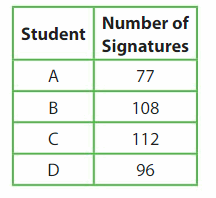
Answer:
Add the number of signatures of all the students
A + B + C + D = 77 + 108 + 112 + 96 = 393
500 – 393 = 107
Thus they need 107 signatures more.
Add Three or More Numbers Homework & Practice 8.6
Find the sum. Check whether your answer is reasonable
Question 1.
Estimate: ___

Answer:
Step 1: Estimate. Round each addend to the nearest ten.
Step 2: Find the sum, add the ones, then the tens, then the hundreds.
862 is close to 860. So, the answer is reasonable.
Question 2.
Estimate: ___

Answer:
Step 1: Estimate. Round each addend to the nearest ten.
65 = 60
41 = 40
786 = 790
60 + 40 + 790 = 890
Step 2: Find the sum, add the ones, then the tens, then the hundreds.

892
892 is close to 890. So, the answer is reasonable.
Question 3.
Estimate: ___

Answer:
Step 1: Estimate. Round each addend to the nearest ten.
409 = 410
87 = 90
463 = 460
410 + 90 + 460 = 960
Step 2: Find the sum, add the ones, then the tens, then the hundreds.

959
959 is close to 960. So, the answer is reasonable.
Question 4.
Estimate: ___

Answer:
Step 1: Estimate. Round each addend to the nearest ten.
302 = 300
253 = 250
169 = 170
18 = 20
300 + 250 + 170 + 20 = 740
Step 2: Find the sum, add the ones, then the tens, then the hundreds.

742
742 is close to 740. So, the answer is reasonable.
Question 5.
Estimate: ___

Answer:
Step 1: Estimate. Round each addend to the nearest ten.
353 = 350
121 = 120
154 = 150
116 = 120
350 + 120 + 150 + 120 = 740
Step 2: Find the sum, add the ones, then the tens, then the hundreds.

744
744 is close to 740. So, the answer is reasonable.
Question 6.
Estimate: ___

Answer:
Step 1: Estimate. Round each addend to the nearest ten.
213 = 210
251 = 250
139 = 140
210 + 270 + 250 + 140 = 870
Step 2: Find the sum, add the ones, then the tens, then the hundreds.

873
873 is close to 870. So, the answer is reasonable.
Question 7.
Structure
Which problem can you solve without regrouping?

Answer:

Question 8.
Reasoning
You add 602 + 125 + 231. Your friend adds 231 + 602 + 125. Do you both get the same answer? Use an additional property to explain.
Answer:
There are four mathematical properties that involve addition. The properties are the commutative, associative, additive identity and distributive properties. Additive Identity Property: The sum of any number and zero is the original number.
602 + 125 + 231 = 958
231 + 602 + 125 = 958
The sum will be the same irrespective of the change of order.
Question 9.
Modeling Real Life
A firefighter’s ladder has a weight limit of 750 pounds. One firefighter weighs 196 pounds. Another firefighter weighs 243 pounds. They each have67 pounds of gear. If both firefighters wear their gear, can they climb the ladder at the same time?
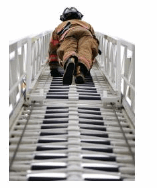
Answer:
A firefighter’s ladder has a weight limit of 750 pounds.
One firefighter weighs 196 pounds. Another firefighter weighs 243 pounds. They each have 67 pounds of gear.
196 + 243 + 67 + 67 = 573
750 – 573 = 177 pounds
If both firefighters wear their gear, they can climb the ladder at the same time.
Question 10.
DIG DEEPER!
Your principal agrees to make a lip-sync video if the school’s social media page reaches 1,000 likes in 5 days. How many more likes does the school’s page need?
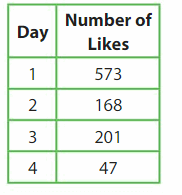
Answer:
Given,
Your principal agrees to make a lip-sync video if the school’s social media page reaches 1,000 likes in 5 days.
Add all the number of likes
573 + 168 + 201 + 47 = 989
1000 – 989 = 19 likes
Thus the school’s page needs 19 likes more.
Review & Refresh
Question 11.
Find the area of the shape

Answer:
From the figure, we can observe that each block = 1 sq. cm
We have to find the area of the shaded part.
The shaded region is in the form of a rectangle.
So, we have to find the area of the rectangle.
A = l × b
A = 7 × 3
A = 21 sq.cm
Thus the area of the shape is 21 sq. cm
Lesson 8.7 Use Number Lines to Subtract
Explore and Grow
Color to find 79 – 47. Then model your jumps on the number line.
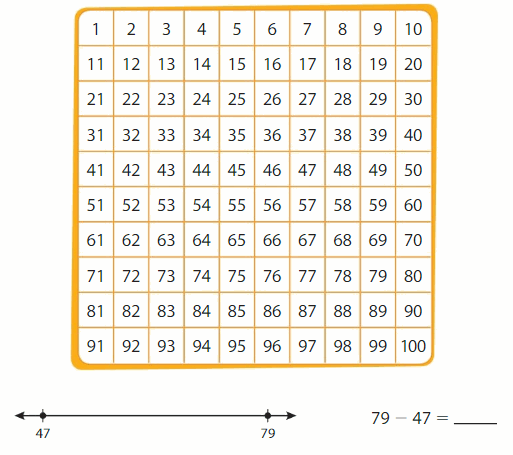
Answer:
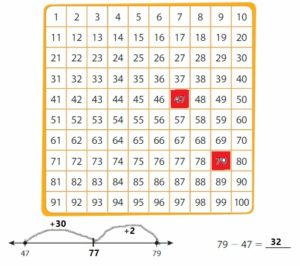
Reasoning
How can finding 79 – 47 help you find 379 – 47?
Answer:
You can subtract 47 from 79 by using the number line.
79 – 47 = 32
Just add 300 to 79 or add 3 to the left and subtract 47 from 379.
379 – 47 = 332
Think and Grow: Subtracting on a Number Line
Example
Find 358 – 82.
One Way:
Use the count back strategy. Start at 358. Count back by tens, then by ones.
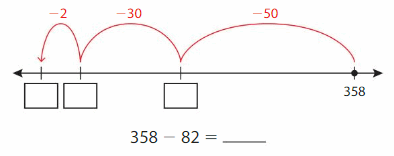
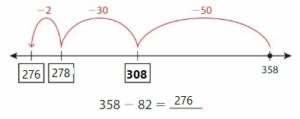
Another Key:
Use the count on strategy. Start at 82. Count on until you reach 358.
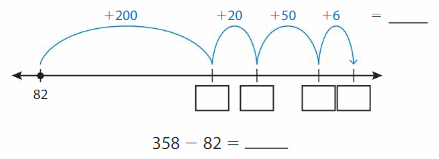
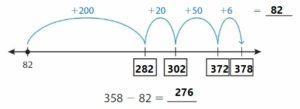
Show and Grow
Question 1.
Use the count back strategy to find 273 – 36.

Answer:
Use the count back strategy. Start at 273. Count back by tens, then by ones.
![]()
Question 2.
Use the strategy to find 124 – 45.

Answer:
Use the count on strategy. Start at 45. Count on until you reach 124.
![]()
Apply and Grow: Practice
Question 3.
Use the count back strategy to find 961 – 38.

Answer:
Use the count back strategy. Start at 961. Count back by tens, then by ones.
![]()
Question 4.
Use the count back strategy to find 853 – 77.

Answer:
Use the count back strategy. Start at 853. Count back by tens, then by ones.
![]()
Find the difference.
Question 5.
316 – 24 = ___

Answer:
Use the count back strategy. Start at 316. Count back by tens, then by ones.
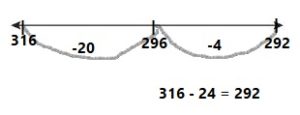
Question 6.
548 – 113 = ___
![]()
Answer:
Use the count back strategy. Start at 548. Count back by tens, then by ones.
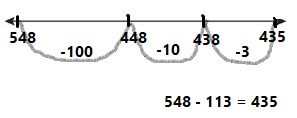
Question 7.
Your friend knows 154 words in Italian. You want to know just as many words as your friend. So far, you have learned 73 words. How many words do you have left to learn?
Answer:
Given,
Your friend knows 154 words in Italian. You want to know just as many words as your friend. So far, you have learned 73 words.
154 – 73 = 81
Thus 81 words are left to learn.
Question 8.
Structure
Write the equation shown by the number line.
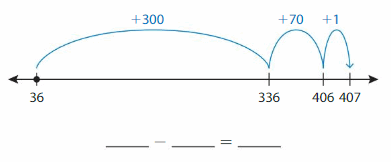
Answer:
By seeing the above number line we can find the subtraction equation.
Use the count on strategy. Start at 36. Count on until you reach 407.
407 – 36 = 371
Think and Grow: Modeling Real Life
Each member of a marching band and a football team is awarded a ribbon. The marching band has 123 members. The football team has 66 members. How many more ribbons are needed for the marching band than for the football team?
Subtraction equation:

___ more ribbons are needed for the marching band.
Answer:
Given,
Each member of a marching band and a football team is awarded a ribbon. The marching band has 123 members. The football team has 66 members.
123 – 66 = 57
![]()
Thus 57 ribbons are needed for the marching band than for the football team.
Show and Grow
Question 9.
A marine biologist feeds 435 pounds of fish to an orca and 50 pounds of fish to a sea lion. How many more pounds did the orca eat than the sea lion?

Answer:
Given,
A marine biologist feeds 435 pounds of fish to an orca and 50 pounds of fish to a sea lion.
435 – 50 = 385
Thus 385 more pounds the orca eat than the sea lion.
Question 10.
There are 620 paper lanterns for a festival. Some are let go. There are 42 left. How many paper lanterns were let go?
Answer:
Given,
There are 620 paper lanterns for a festival. Some are let go. There are 42 left.
620 – 42 = 578
Therefore 578 paper lanterns were let go.
Question 11.
DIG DEEPER!
There are some guests at an amusement park. 387 of them leave when it rains. 474 of them stay. How many guests were there before it rained?
Answer:
Given that,
There are some guests at an amusement park. 387 of them leave when it rains. 474 of them stay.
387 + 474 = 861
Thus 861 guests were there before it rained.
Use Number Lines to Subtract Homework & Practice 8.7
Question 1.
Use the count back strategy to find 232 – 53.

Answer:
Use the count back strategy. Start at 232. Count back by tens, then by ones.
![]()
Question 2.
Use the count back strategy to find 796 – 81.

Answer:
Use the count back strategy. Start at 796. Count back by tens, then by ones.
![]()
Find the difference
Question 3.
474 – 19 = ___
![]()
Answer:
Use the count back strategy. Start at 474. Count back by tens, then by ones.

Question 4.
615 – 204 = ___
![]()
Answer:
Use the count back strategy. Start at 615. Count back by tens, then by ones.

Question 5.
Writing
Write and solve a subtraction word problem using 995 and 238.
Answer:
There are 995 guests at an amusement park. 238 of them leave when it rains. How many guests were there before it rained?
995 – 238
We can solve the problem by using the number line.
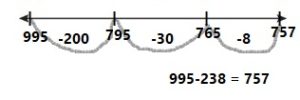
Question 6.
DIG DEEPER!
Which number lines can you use to find 734 – 308?
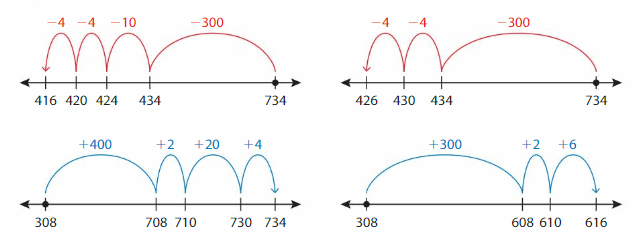
Answer:
Among all the number lines option ii is used to find 734 – 308.
Question 7.
Modeling Real Life
You take 107 pictures on a field trip to a zoo. Your friend takes 73 pictures. How many more pictures do you take than your friend?

Answer:
Given that,
You take 107 pictures on a field trip to a zoo. Your friend takes 73 pictures.
107 – 73 = 34
You take 34 pictures than your friend.
Question 8.
Modeling Real Life
An author has 350 copies, not of her book. Some are signed. 115 copies are signed. How many copies are signed?
Answer:
Given,
An author has 350 copies, not of her book. Some are signed. 115 copies are signed.
350 – 115 = 235 copies
Therefore 235 copies are to be signed.
Review & Refresh
Find the quotient.
Question 9.
Divide 25 by 5.
Answer: 5
Explanation:
Divide the two numbers 25 and 5.
25/5 = 5
Thus the quotient is 5.
Question 10.
Divide 40 by 4.
Answer: 10
Explanation:
Divide the two numbers 40 and 4.
40/4 = 10
Thus the quotient is 10.
Question 11.
Divide 72 by 8.
Answer: 9
Explanation:
Divide the two numbers 72 and 8.
72/8 = 9
Thus the quotient is 9.
Lesson 8.8 Use Mental Math to Subtract
Explore and Grow
750 – 300 = ___
650 – 200 = ____
750 – 300 = ___
700 – 250 = ____
750 – 300 = ___
740 – 290 = ____
What patterns do you notice? Explain.
Answer:
750 – 300 = 450
650 – 200 = 450
750 – 300 = 450
700 – 250 = 450
750 – 300 = 450
740 – 290 = 450
Here you notice that all the answers are 450 for different patterns.
Think and Grow: Mental Math Strategies for Subtraction
Example
Find 433 – 198.
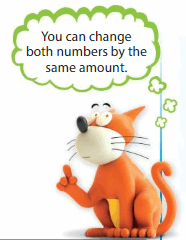
One Way: Use compensation to change both numbers.
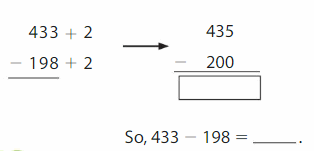
433 + 2 = 435
198 + 2 = 200
435
-200
235
So, 433 – 198 = 235
Another Way: Use compensation to change one number.
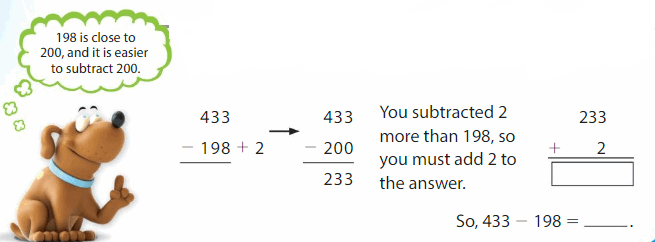
198 is close to 200 and it is easier to subtract 200.
433
-198 + 2 = 200
233
233 + 2 = 235
So, 433 – 198 = 235
Show and Grow
Use compensation to find the difference
Question 1.
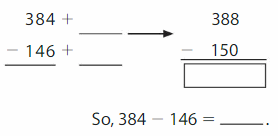
Answer:
Use compensation to change both numbers.
Add 4 to both numbers and use mental math strategy.
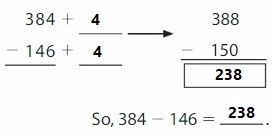
Question 2.
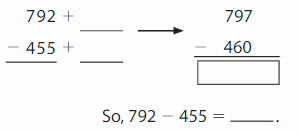
Answer:
Use compensation to change both numbers.
Add 5 to both numbers and use mental math strategy.
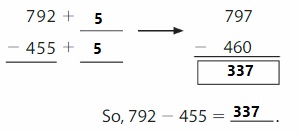
Question 3.

Answer:
Use compensation to change one number.
219 is close to 220 and it is easier to subtract 220.

Apply and Grow: Practice
Use compensation to find the difference
Question 4.
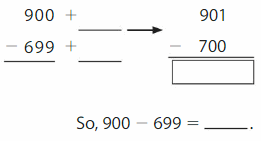
Answer:
Use compensation to change both numbers.
Add 1 to both numbers and use mental math strategy.
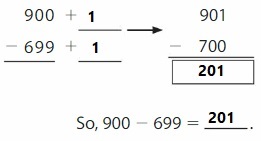
Question 5.
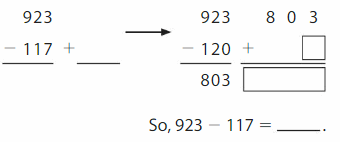
Answer:
117 is close to 120. So it is easier to subtract 120.
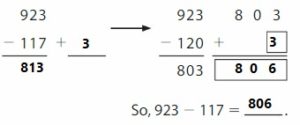
Use mental math to find the difference
Question 6.
643 – 115 = ___
Answer:
Use compensation to change both numbers.
Add 5 to both numbers and use mental math strategy.
643 + 5 = 648
115 + 5 = 120
648
-120
528
So, 643 – 115 = 528
Question 7.
863 – 257 = ___
Answer:
Use compensation to change both numbers.
Add 3 to both numbers and use mental math strategy.
863 + 3 = 866
257 + 3 = 260
866
-260
606
Question 8.
768 – 543 = ___
Answer:
Use compensation to change both numbers.
Add 2 to both numbers and use mental math strategy.
768 + 2 = 770
543 + 2 = 545
770
-545
225
Question 9.
688 – 414 = ___
Answer:
Use compensation to change both numbers.
Add 1 to both numbers and use mental math strategy.
688 + 1 = 689
414 + 1 = 415
689
-415
274
Question 10.
499 – 106 = ___
Answer:
Use compensation to change both numbers.
Add 4 to both numbers and use mental math strategy.
499 + 4 = 503
106 + 4 = 110
503
-110
393
Question 11.
495 – 162 = ___
Answer:
Use compensation to change both numbers.
Add 3 to both numbers and use mental math strategy.
495 + 3 = 498
162 + 3 = 165
498
-165
333
Question 12.
874 – 515 = ___
Answer:
Use compensation to change both numbers.
Add 5 to both numbers and use mental math strategy.
874 + 5 = 879
515 + 5 = 520
879
-520
359
Question 13.
637 – 228 = ___
Answer:
Use compensation to change both numbers.
Add 2 to both numbers and use mental math strategy.
637 + 2 = 639
228 + 2 = 230
639
-230
409
Question 14.
986 – 432 = ___
Answer:
Use compensation to change both numbers.
Add 3 to both numbers and use mental math strategy.
986 + 3 = 989
432 + 3 = 435
989
-435
554
Question 15.
A movie theater has 225 seats. 108 seats are not taken. How many seats are not taken?
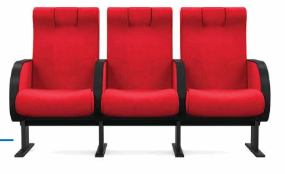
Answer:
Given that,
A movie theater has 225 seats. 108 seats are not taken.
225 – 108 = 117
Therefore 117 seats are not taken.
Question 16.
Reasoning
Your friend starts to find 741 – 295. What is the next step? Explain.

Answer:
The next step is to subtract the original numbers.
741
-295
446
Think and Grow: Modeling Real Life
A softball coach has $325 for new equipment. She buys the catching gear. Does she have enough money left to buy the bat?
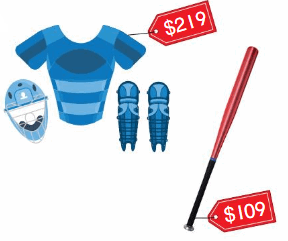
Subtraction equation:
Compare:
The coach ___ has enough money to buy the bat.
Answer:
Given A softball coach has $325 for new equipment. She buys the catching gear.
325 + 1 = 326
219 + 1 = 220
326
-220
106
The cost of the bat is $109.
Thus she does not have enough money.
Show and Grow
Question 17.
A store owner has 550 T-shirts. He sells 333 of them. Then he receives an order for 168 T-shirts. Does he have enough T-shirts to complete the order?
Answer:
Given that,
A store owner has 550 T-shirts. He sells 333 of them.
550 – 333 = 217
Then he receives an order for 168 T-shirts.
217 – 168 = 49
Yes, he has enough T-shirts to complete the order.
Question 18.
The manager of a gaming center has $700 for new electronics. She buys the game system. Does she have enough money left for either of the other two items? If so, which one?

Answer:
Given that,
The manager of a gaming center has $700 for new electronics. She buys the game system.
$399 + $169 = $568
700 – 568 = $132
Thus she has enough money left for either of the other two items.
She can buy the game system and a bundle of games.
DIG DEEPER!
How much more money does the manager need to buy both the television and the bundle of games?
Answer:
The cost of television is $379
The cost of the bundle of games = $169
379 + 169 = 548
Thus the manager need $548 to buy both the television and the bundle of games
Use Mental Math to Subtract Homework & Practice 8.8
Use compensation to find the difference.
Question 1.
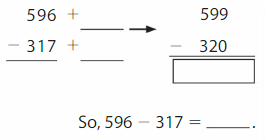
Answer:
Use compensation to change both numbers.
Add 3 to both numbers and use mental math strategy.
596 + 3 = 599
317 + 3 = 320
599
-320
279
So, 596 – 317 = 279
Question 2.
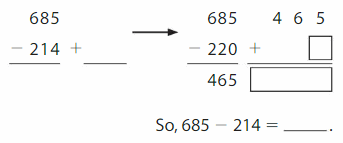
Answer:
Add 6 to 214 to make the subtraction easier.
685
-214 + 6 = 220
685
-220
465
So, 685 – 214 = 465
Use mental math to find the difference.
Question 3.
782 – 489 = ___
Answer:
Use compensation to change both numbers.
Add 1 to both numbers and use mental math strategy.
782 + 1 = 783
489 + 1 = 490
783
-490
293
So, 782 – 489 = 293
Question 4.
672 – 266 = ___
Answer:
Use compensation to change both numbers.
Add 4 to both numbers and use mental math strategy.
672 + 4 = 676
266 + 4 = 270
676
-270
406
So, 672 – 266 = 406
Question 5.
983 – 155 = ___
Answer:
Use compensation to change both numbers.
Add 5 to both numbers and use mental math strategy.
983 + 5 = 988
155 + 5 = 160
988
-160
820
So, 983 – 155 = 820
Question 6.
744 – 125 = ___
Answer:
Use compensation to change both numbers.
Add 5 to both numbers and use mental math strategy.
744 + 5 = 749
125 + 5 = 130
749
–130
619
So, 744 – 125 = 619
Question 7.
967 – 619 = ___
Answer:
Use compensation to change both numbers.
Add 1 to both numbers and use mental math strategy.
967 + 1 = 968
619 + 1 = 620
968
-620
348
So, 967 – 619 = 348
Question 8.
854 – 517 = ___
Answer:
Use compensation to change both numbers.
Add 3 to both numbers and use mental math strategy.
854 + 3 = 857
517 + 3 = 520
857
-520
337
So, 854 – 517 = 337
Question 9.
472 – 215 = ___
Answer:
Use compensation to change both numbers.
Add 5 to both numbers and use mental math strategy.
472 + 5 = 479
215 + 5 = 220
479
–220
259
So, 472 – 215 = 259
Question 10.
883 – 335 = ___
Answer:
Use compensation to change both numbers.
Add 5 to both numbers and use mental math strategy.
883 + 5 = 888
335 + 5 = 340
888
-340
548
So, 883 – 335 = 548
Question 11.
575 – 198 = ___
Answer:
Use compensation to change both numbers.
Add 2 to both numbers and use mental math strategy.
575 + 2 = 577
198 + 2 = 200
577
-200
377
So, 575 – 198 = 377
Question 12.
Reasoning
To find 765 – 246, Newton adds 5 to each number and then subtracts. To find the difference, Descartes adds 4 to each number, and then subtracts. Will they both get the correct answer? Explain.
Answer:
Given,
To find 765 – 246, Newton adds 5 to each number and then subtracts.
765 + 5 = 770
246 + 5 = 251
770 – 251 = 519
To find the difference, Descartes adds 4 to each number, and then subtracts.
765 + 4 = 769
246 + 4 = 250
769 – 250 = 519
Yes they both get the correct answer.
Question 13.
Modeling Real Life
A custodian has 350 desks to clean. She cleans 124 desks on the first floor and 147 desks on the second floor. Does she clean all of the desks?
Answer:
Given that,
A custodian has 350 desks to clean.
She cleans 124 desks on the first floor and 147 desks on the second floor.
124 + 147 = 271
350
-271
79
No, she did not clean all of the desks.
Question 14.
Modeling Real Life
A fashion designer has $ 725 to spend on new supplies. She buys the sewing machine. Does she have enough money left for either of the other two items? If so, which one?

Answer:
Given,
A fashion designer has $ 725 to spend on new supplies. She buys the sewing machine.
725 – 495 = 230
Yes she has enough money left for either of the other two items
She can buy a Mannequin.
DIG DEEPER!
How much more money does the fashion designer need to buy both the mannequin and the fashion design software?
Answer:
Given,
The cost of the Mannequin is $129
The cost of the fashion design software is $329
129 + 329 = 458
458 – 230 = 228
Thus she needs 228 to buy both the mannequin and the fashion design software.
Review & Refresh
Draw equal groups. Then complete the equations.
Question 15.
3 groups of 6

Answer:
3 groups of 6 means 3 times 6.
6 + 6 + 6 = 18
3 × 6 = 18
Question 16.
4 groups of 9

Answer:
4 groups of 9 means 4 times 9.
9 + 9 + 9 + 9 = 36
4 × 9 = 36
Lesson 8.9 Subtract Three-Digit Numbers
Explore and Grow
Model the equation. Draw to show your model. Then find the difference.
694 – 418 = ___
Reasoning
How can you use an estimate to check whether your answer is reasonable?
Answer:
Find 694 – 418. Check whether your answer is reasonable.
694 = 700
418 = 400
700
-400
300
The difference is about 300.
Step 2: Find the difference.
Subtract the ones, then the tens, then the hundreds. There are not enough ones or tens to subtract, so regroup
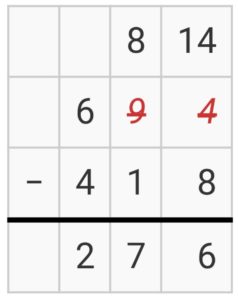
Step 3: Check 276 is close to 300, so the answer is reasonable.
Think and Grow: Subtract Three-Digit Numbers
Example
Find 604 – 215. Check whether your answer is reasonable.
Step 1: Estimate. Round each number to the nearest hundred.

600
-200
400
Step 2: Find the difference.
Subtract the ones, then the tens, then the hundreds. There are not enough ones or tens to subtract, so regroup


Step 3: Check 389 is close to 400, so the answer is reasonable.
Show and Grow
Find the difference. Check whether your answer is reasonable.
Question 1.
Estimate: ___

Answer:
Step 1: Estimate. Round each number to the nearest hundred.
300
200
100
Step 2: Find the difference.
Subtract the ones, then the tens, then the hundreds. There are not enough ones or tens to subtract, so regroup.
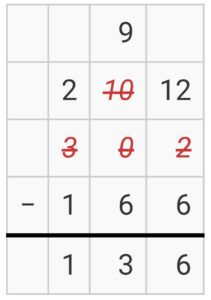
Step 3: Check 136 is close to 100, so the answer is reasonable.
Question 2.
Estimate: ___

Answer:
Step 1: Estimate. Round each number to the nearest hundred.
538 = 500
371 = 400
500 – 400 = 100
Step 2: Find the difference.
Subtract the ones, then the tens, then the hundreds. There are not enough ones or tens to subtract, so regroup.

Step 3: Check 167 is close to 100, so the answer is reasonable.
Question 3.
Estimate: ___

Answer:
Step 1: Estimate. Round each number to the nearest hundred.
500 – 300 = 200
Step 2: Find the difference.
Subtract the ones, then the tens, then the hundreds. There are not enough ones or tens to subtract, so regroup.
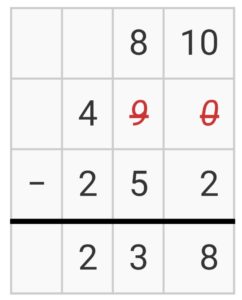
Step 3: Check 238 is close to 200, so the answer is reasonable.
Question 4.
Estimate: ___

Answer:
Step 1: Estimate. Round each number to the nearest hundred.
963 = 1000
429 = 400
1000 – 400 = 600
Step 2: Find the difference.
Subtract the ones, then the tens, then the hundreds. There are not enough ones or tens to subtract, so regroup.
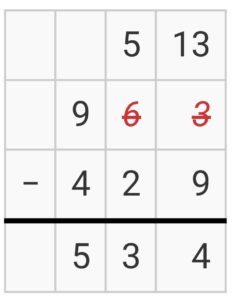
Step 3: Check 534 is close to 600, so the answer is reasonable.
Question 5.
Estimate: ___

Answer:
Step 1: Estimate. Round each number to the nearest hundred.
641 = 600
287 = 300
600 – 300 = 300
Step 2: Find the difference.
Subtract the ones, then the tens, then the hundreds. There are not enough ones or tens to subtract, so regroup.
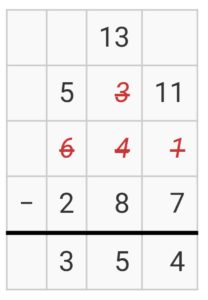
Step 3: Check 354 is close to 300, so the answer is reasonable.
Question 6.
Estimate: ___

Answer:
Step 1: Estimate. Round each number to the nearest hundred.
832 = 800
359 = 300
800 – 300 = 500
Step 2: Find the difference.
Subtract the ones, then the tens, then the hundreds. There are not enough ones or tens to subtract, so regroup.
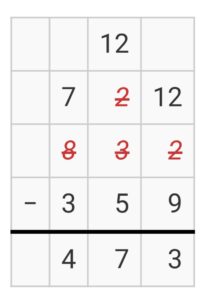
Step 3: Check 473 is close to 500, so the answer is reasonable.
Apply and Grow: Practice
Find the difference. Check whether your answer is reasonable.
Question 7.
Estimate: ___

Answer:
Step 1: Estimate. Round each number to the nearest hundred.
518 = 500
232 = 200
500 – 200 = 300
Step 2: Find the difference.
Subtract the ones, then the tens, then the hundreds. There are not enough ones or tens to subtract, so regroup.

Step 3: Check 286 is close to 300, so the answer is reasonable.
Question 8.
Estimate: ___

Answer:
Step 1: Estimate. Round each number to the nearest hundred.
971 = 1000
320 = 300
1000 – 300 = 700
Step 2: Find the difference.
Subtract the ones, then the tens, then the hundreds. There are not enough ones or tens to subtract, so regroup.

Step 3: Check 651 is close to 700, so the answer is reasonable.
Question 9.
Estimate: ___

Answer:
Step 1: Estimate. Round each number to the nearest hundred.
565 = 600
289 = 300
Step 2: Find the difference.
Subtract the ones, then the tens, then the hundreds. There are not enough ones or tens to subtract, so regroup.
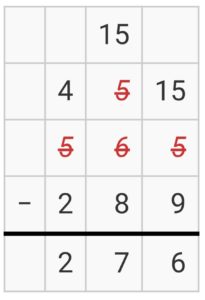
Step 3: Check 276 is close to 300, so the answer is reasonable.
Question 10.
Estimate: ___

Answer:
Step 1: Estimate. Round each number to the nearest hundred.
546 = 500
341 = 300
500 – 300 = 200
Step 2: Find the difference.
Subtract the ones, then the tens, then the hundreds. There are not enough ones or tens to subtract, so regroup.
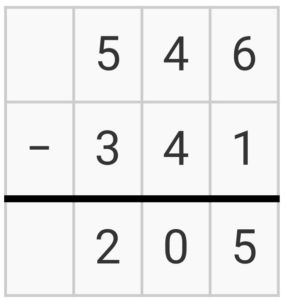
Step 3: Check 205 is close to 200, so the answer is reasonable.
Question 11.
Estimate: ___

Answer:
Step 1: Estimate. Round each number to the nearest hundred.
707 = 700
453 = 400
700 – 400 = 300
Step 2: Find the difference.
Subtract the ones, then the tens, then the hundreds. There are not enough ones or tens to subtract, so regroup.
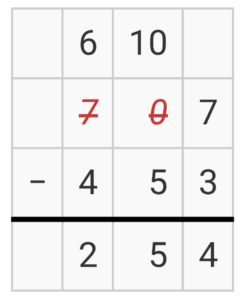
Step 3: Check 254 is close to 300, so the answer is reasonable.
Question 12.
Estimate: ___

Answer:
Step 1: Estimate. Round each number to the nearest hundred.
406 = 400
77 = 100
400 – 100 = 300
Step 2: Find the difference.
Subtract the ones, then the tens, then the hundreds. There are not enough ones or tens to subtract, so regroup.
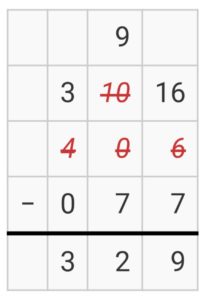
Step 3: Check 329 is close to 300, so the answer is reasonable.
Question 13.
Estimate: ____
552 – 381 = ___
Answer:
Step 1: Estimate. Round each number to the nearest hundred.
552 = 600
381 = 400
600 – 400 = 200
Step 2: Find the difference.
Subtract the ones, then the tens, then the hundreds. There are not enough ones or tens to subtract, so regroup.
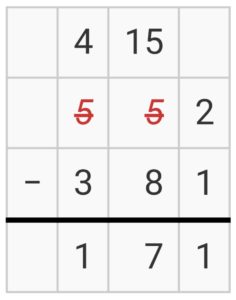
Step 3: Check 171 is close to 200, so the answer is reasonable.
Question 14.
Estimate: ___
725 – 146 = ____
Answer:
Step 1: Estimate. Round each number to the nearest hundred.
725 = 700
146 = 100
700 – 100 = 600
Step 2: Find the difference.
Subtract the ones, then the tens, then the hundreds. There are not enough ones or tens to subtract, so regroup.
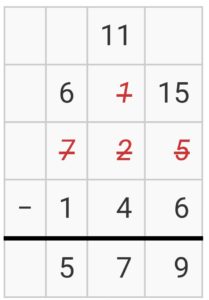
Step 3: Check 579 is close to 600, so the answer is reasonable.
Question 15.
Estimate: ___
800 – 486 = ___
Answer:
Step 1: Estimate. Round each number to the nearest hundred.
486 = 500
800 – 500 = 300
Step 2: Find the difference.
Subtract the ones, then the tens, then the hundreds. There are not enough ones or tens to subtract, so regroup.
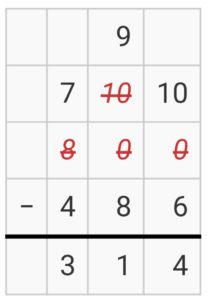
Step 3: Check 314 is close to 300, so the answer is reasonable.
Question 16.
The number of rings on a tree is equal to its age. A redwood tree has 473 rings. A bristlecone pine tree has 806 rings. How much older is the bristlecone pine tree than the redwood tree?
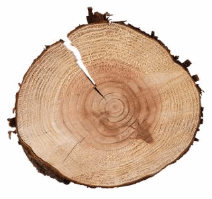
Answer:
Given that,
The number of rings on a tree is equal to its age. A redwood tree has 473 rings. A bristlecone pine tree has 806 rings
806
-473
333
Thus 333 older is the bristlecone pine tree than the redwood tree.
Question 17.
Writing
Explain how to regroup 408 to subtract 259.
Answer:
Working each column from right to left
9 is greater than 8 so you must regroup:
Take 1 from 4, so 4 becomes 3.
Add 10 to 0, so 0 becomes 10.
Take 1 from 10, so 10 becomes 9.
Add 10 to 8, so 8 becomes 18.
18 minus 9 is 9.
9 minus 5 is 4.
3 minus 2 is 1.
408
-259
149
Think and Grow: Modeling Real Life
How many more pennies does the class need to reach the goal?
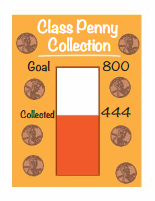
Subtraction equation:
The class needs to collect ___ more pennies.
Answer:
800
-444
356
The class needs to collect 356 more pennies.
Show and Grow
Question 18.
How many more campers can attend the summer camp?
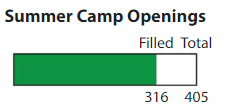
Answer:
Total summer camp openings = 405
Filled = 316
400 – 316 = 84
84 more campers can attend the summer camp.
Question 19.
A musician wants to buy a set of speakers that costs $672. She saves $224 each month for 2 months. How much money does she still need to save?
Answer:
Given that,
A musician wants to buy a set of speakers that costs $672.
She saves $224 each month for 2 months.
224 + 224 = 448
672 – 448 = 224
Thus she still need to save $224.
Question 20.
DIG DEEPER!
Newton has 442 packages to deliver. Descartes has 464. Newton delivers 174 packages, and Descartes delivers 188. Who is closer to finishing his deliveries?
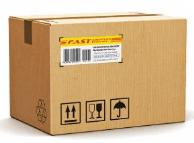
Answer:
Given,
Newton has 442 packages to deliver. Descartes has 464. Newton delivers 174 packages, and Descartes delivers 188.
442 – 174 = 268
464 – 188 = 276
Thus Newton is closer to finishing his deliveries.
Subtract Three-Digit Numbers Homework & Practice 8.9
Find the difference. Check whether your answer is reasonable.
Question 1.
Estimate: ___

Answer:
The estimated number for 571 is 600.
The estimated number for 220 is 200.
600
-200
400
Step 2: Find the difference.
Subtract the ones, then the tens, then the hundreds. There are not enough ones or tens to subtract, so regroup.
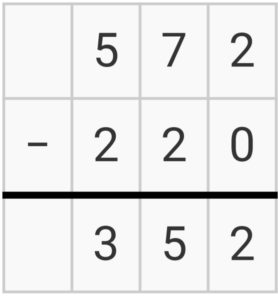
352 is close to 400. So the answer is reasonable.
Question 2.
Estimate: ___

Answer:
The estimated number for 421 is 400.
The estimated number for 277 is 300.
400
-300
100
Step 2: Find the difference.
Subtract the ones, then the tens, then the hundreds. There are not enough ones or tens to subtract, so regroup.
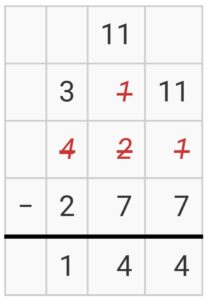
144 is close to 100. So the answer is reasonable.
Question 3.
Estimate: ___

Answer:
The estimated number for 534 is 500.
The estimated number for 186 is 200
500
-200
300
Step 2: Find the difference.
Subtract the ones, then the tens, then the hundreds. There are not enough ones or tens to subtract, so regroup.
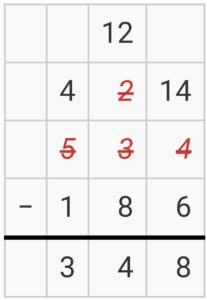
348 is close to 300. So the answer is reasonable.
Question 4.
Estimate: ___
690 – 298 = ___
Answer:
The estimated number for 690 is 700
The estimated number for 298 is 300.
700
-300
400
Step 2: Find the difference.
Subtract the ones, then the tens, then the hundreds. There are not enough ones or tens to subtract, so regroup.
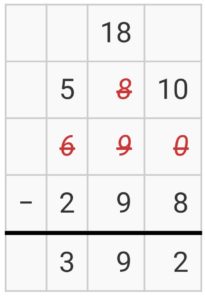
392 is close to 400. So the answer is reasonable.
Question 5.
Estimate: ___
613 – 472 = ___
Answer:
The estimated number for 613 is 600.
The estimated number for 472 is 500
600
-500
100
Step 2: Find the difference.
Subtract the ones, then the tens, then the hundreds. There are not enough ones or tens to subtract, so regroup.
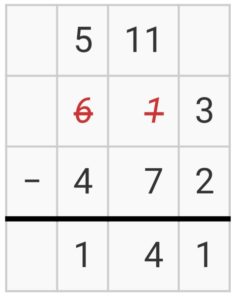
141 is close to 100. So the answer is reasonable.
Question 6.
Estimate: ___
835 – 189 = ___
Answer:
The estimated number for 835 is 800.
The estimated number for 189 is 200.
800
-200
600
Step 2: Find the difference.
Subtract the ones, then the tens, then the hundreds. There are not enough ones or tens to subtract, so regroup.
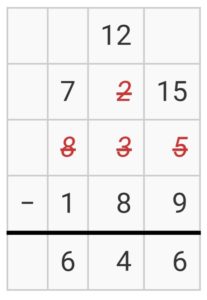
646 is close to 600. So the answer is reasonable.
Question 7.
YOU BE THE TEACHER
Your friend says you have to regroup every time you subtract from a number that has a zero. Is your friend correct? Explain.
Answer:
Your friend says you have to regroup every time you subtract from a number that has a zero.
Yes, your friend is correct. Because whenever you subtract a number from 0 you have to regroup.
Question 8.
Modeling Real Life
How many more soup can labels does the school need to reach the goal?

Answer:
To find how many more soup can label does the school need to reach the goal you have to subtract label collected from school soup.
1000 – 638 = 362
Question 9.
Modeling Real Life
Newton wants to buy a couch that costs $594. He saves $198 each month for 2 months. How much money does he still need to save?
Answer:
Given,
Newton wants to buy a couch that costs $594. He saves $198 each month for 2 months.
198 × 2 = $396
594 – 396 = -198
Therefore Newton need to save $198 to buy the couch.
Question 10.
DIG DEEPER!
Find the missing digits.

Answer:

Review & Refresh
Round the number to the nearest ten and to the nearest hundred.
Question 11.
64

Answer:
The number 64 nearest ten is 60.
The number nearest hundred to 64 is 60.
Question 12.
411

Answer:
The number 411 nearest ten is 410
The number nearest hundred to 411 is 400.
Lesson 8.10 Relate Addition and Subtraction
Explore and Grow
How can you find the missing number? How do you know you are correct?
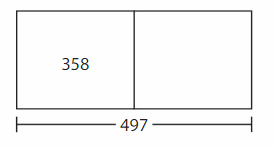
Reasoning
How are addition and subtraction related?
Answer:
497 – 358 = 136
Check the answer by using the addition model.
136
+358
497
So, the answer is reasonable.
Think and Grow: Relate Addition and Subtraction
Inverse operations are operations that “undo” each other. Addition and subtraction are inverse operations.
Example
Find 846 – 283. Use the inverse operation to check.

Answer:
First, subtract 283 from 846 and then use the inverse operation to check the solution.

Example
Find 355 + 437. Use the inverse operation to check.

Answer:
First, add 355 from 437 and then use the inverse operation to check the solution.

Show and Grow
Find the sum or difference. Use the inverse operation to check.
Question 1.
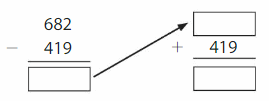
Answer:
First, subtract 682 from 419 and then use the inverse operation to check the solution.
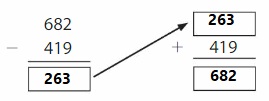
So, the answer is reasonable.
Question 2.
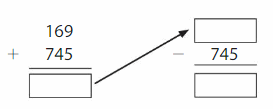
Answer:
First, add 169 from 745 and then use the inverse operation to check the solution.
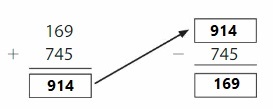
So, the answer is reasonable.
Question 3.
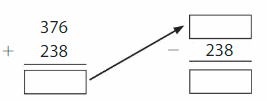
Answer:
First, add 376 from 238 and then use the inverse operation to check the solution.
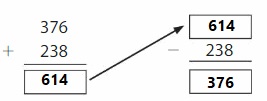
So, the answer is reasonable.
Question 4.

Answer:
First, subtract 547 from 285 and then use the inverse operation to check the solution.

So, the answer is reasonable.
Question 5.

Answer:
First, add 463 from 349 and then use the inverse operation to check the solution.
463
+349
812
Use the inverse operation to check the solution
812
-349
463
So, the answer is reasonable.
Question 6.

Answer:
First, subtract 790 from 317 and then use the inverse operation to check the solution.
790
-317
473
Use the inverse operation to check the solution
473
+317
790
So, the answer is reasonable.
Apply and Grow: Practice
Find the sum or difference. Use the inverse operation to check.
Question 7.

Answer:
First, subtract 857 from 567 and then use the inverse operation to check the solution.
857
-567
290
Use the inverse operation to check the solution
290
+567
857
So, the answer is reasonable.
Question 8.

Answer:
First, add 762 from 143 and then use the inverse operation to check the solution.
762
+143
905
Use the inverse operation to check the solution
905
-143
762
So, the answer is reasonable.
Question 9.

Answer:
First, add 653 from 217 and then use the inverse operation to check the solution.
653
+217
870
Use the inverse operation to check the solution
870
-217
653
So, the answer is reasonable.
Question 10.

Answer:
First, subtract 294 from 156 and then use the inverse operation to check the solution.
294
-156
138
Use the inverse operation to check the solution
138
+156
294
So, the answer is reasonable.
Question 11.

Answer:
First, add 475 from 438 and then use the inverse operation to check the solution.
475
+438
913
Use the inverse operation to check the solution
913
-438
475
So, the answer is reasonable.
Question 12.

Answer:
First, subtract 514 from 386 and then use the inverse operation to check the solution.
514
-386
128
Use the inverse operation to check the solution
128
+386
514
So, the answer is reasonable.
Question 13.
Which one Doesn’t Belong? Which equation does not belong with the other three?

Answer:
The fourth equation does not belong with the other three. Because it is not using the inverse operation of addition and subtraction.
Question 14.
Open-Ended
Write a subtraction equation that has a difference of 381.
Answer: 901 – 520 = 381
Take the number on your own and write the subtraction equation with the difference of 381.
Think and Grow: Modeling Real Life
A kayak costs $321. A customer pays $196 for the kayak after using a gift card. How much money is the gift card worth?
The gift card is worth $___.
Check:
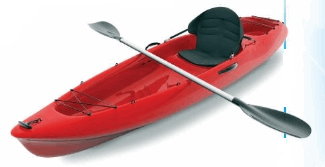
Answer:
Given that,
A kayak costs $321. A customer pays $196 for the kayak after using a gift card.
321 – 196 = 125
Thus the gift card worth $125.
Show and Grow
Question 15.
You print 600 flyers for an event. You hand out some of them. There are 237 left. How many flyers did you hand out?
Answer:
Given that,
You print 600 flyers for an event. You hand out some of them. There are 237 left.
600 – 237 = 363
Thus you hand out 363 flyers.
363 + 237 = 600
Question 16.
A building has 163 floors. You start on the 28th floor. You go up in the elevator 126 floors. Then you go down 145 floors. On which floor do you end?
Answer:
Given that,
A building has 163 floors. You start on the 28th floor. You go up in the elevator 126 floors. Then you go down 145 floors.
126 – 28 = 98 floors
145 – 98 = 47
Thus you end at 47th floor.
Question 17.
DIG DEEPER!
A bus travels from Boston to Washington, D.C. On the way back, the bus stops in New York City. How many miles has the bus traveled in all? How many miles does the bus have left to travel?
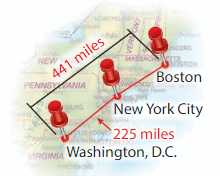
Answer:
Given that,
A bus travels from Boston to Washington, D.C. On the way back, the bus stops in New York City.
We have to find How many miles has the bus traveled in all
441 + 225 = 666 miles
Thus a bus travels 666 miles.
666 – 225 = 441 miles
Relate Addition and Subtraction Homework & Practice 8.10
Find the sum or difference. Use the inverse operation to check.
Question 1.
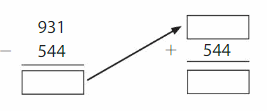
Answer:
931
-544
387
Now you have to do the inverse operation.
387
+544
931
Question 2.
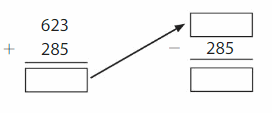
Answer:
623
+285
908
Now you have to do the inverse operation.
908
-285
623
Question 3.

Answer:
523
+237
760
Now you have to do the inverse operation.
760
-237
523
Question 4.

Answer:
403
-252
151
Now you have to do the inverse operation.
151
+252
403
Question 5.

Answer:
612
+387
999
Now you have to do the inverse operation.
999
-387
612
Question 6.

Answer:
511
-371
140
Now you have to do the inverse operation.
140
+371
511
Question 7.

Answer:
437
+156
593
Now you have to do the inverse operation.
593
-156
437
Question 8.

Answer:
726
-362
364
Now you have to do the inverse operation.
364
+362
726
Question 9.
YOU BE THE TEACHER
Your friend uses an inverse operation to check her answer. Is your friend correct? Explain.

Answer:
No, your friend is incorrect.
380
-159
221
Now you have to do the inverse operation.
221
+159
380
Question 10.
Which One Doesn’t Belong? Which does not belong with the other three?

Answer:
208 + 475 = 683
Now you have to do the inverse operation.
683 – 475 = 208
The second figure does not belong to the other three expressions.
Question 11.
Modeling Real Life
A telescope costs $169. A customer pays $119 for the telescope after using a gift card. How much money is the gift card worth?
Answer:
Given that,
A telescope costs $169. A customer pays $119 for the telescope after using a gift card.
169
-119
50
The cost of the gift card is $50.
Question 12.
DIG DEEPER!
A train travels from Dallas to San Antonio. On the way back, the train stops in Austin. How many miles has the train travel? How many miles does the train have left to travel?
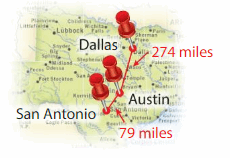
Answer:
Given,
A train travels from Dallas to San Antonio. On the way back, the train stops in Austin.
274 – 79 = 195 miles
The train has traveled 195 miles.
79 miles left to travel from Austin to San Antonio.
Review & Refresh
Question 13.
Use the Distributive Propertytofind the area of the rectangle.

Answer:
4 × 8 = 4 × (4 + 4)
4 × 8 = (4 × 4) + (4 × 4)
4 × 8 = 16 +16
4 × 8 = 32
Thus the area of the rectangle = 32 square foot.
Lesson 8.11 Problem Solving: Addition and Subtraction
Explore and Grow
You read 150 pages in three weeks.
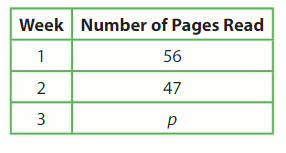
what does p represent?
p = ___
Answer:
Let 9 be the number of pages read
56 + 47 + p = 150
103 + p = 150
p = 150 – 103
p = 47
Construct Arguments
Explain to your partner how to find what n represents.
250 + n = 580
Answer:
Given the expression 250 + n = 580
n = 580 – 250
n = 330
Think and Grow: Using the Problem-Solving Plan
Example
Newton has 368 baseball cards. He gives away 139 of them. He buys 26 more. How many cards does he have now?
Understand the Problem
- Newton has ___ cards.
- He gives away of them.
- He buys ___ more.
- You need to find how many ___ he has now.
Answer:
- Newton has 368 cards.
- He gives away of them.
- He buys 26 more.
- You need to find how many cards he has now.
Make a Plan
How will you solve?
- Subtract ___ from ___ to find how many ___ he has left after he gives some away.
- Then add ___ to the difference to find how many he has now.
Answer:
- Subtract 139 from 368 to find how many cards he has left after he gives some away.
- Then add 26 to the difference to find how many he has now.
Solve
Draw a part-part-whole model and write an equation.
Use a letter to represent the unknown number.
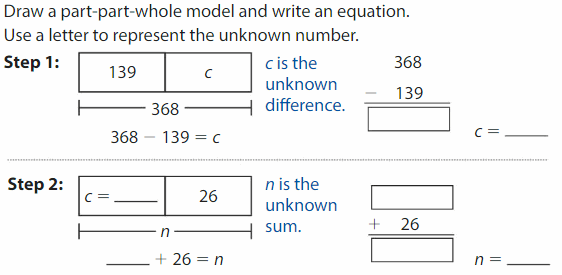
Newton has __ cards now.
Answer:
Step 1:
c is the unknown difference.
368 – 139 = c
c = 229
Step 2:
c = 229
229 + 26 = n
n = 225
Thus the unknown sum is 225.
Show and Grow
Question 1.
Explain how you can check whether your answer above is reasonable.
Answer:
You can check the answer by using addition and subtraction.
368
-139
229
Now check whether the answer is correct or not.
229
+139
368
So, the answer is reasonable.
Apply and Grow: Practice
Write equations to solve. Use letters to represent the unknown numbers. Check whether your answer is reasonable.
Question 2.
A baker makes 476 muffins. He sells 218 of them. Then he makes 390 more. How many muffins does the baker have now?
Answer:
Given,
A baker makes 476 muffins. He sells 218 of them.
476
-218
258
Then he makes 390 more.
390
+258
648
Thus the baker has 348 muffins now.
Question 3.
Newton knocks down 146 pins in his first bowling game. He knocks down 19 more pins in his second game than in his first game. How many pins does he knock down in all?
Answer:
Given that,
Newton knocks down 146 pins in his first bowling game. He knocks down 19 more pins in his second game than in his first game.
146
+19
165
He knocks down 165 pins in his second game.
To find the total number of pins we have to the points in the first game and second game.
146
+165
311
Thus he knockdowns 311 pins in all.
Question 4.
You are traveling to a campground that is 243 miles away. You travel 155 miles in the morning and 59 miles in the afternoon. How many more miles do you need to travel before you get to the campground?
Answer:
Given that,
You are traveling to a campground that is 243 miles away.
You travel 155 miles in the morning and 59 miles in the afternoon.
155
+59
214
243
-214
029
Thus you need to travel 29 miles to get to the campground.
Question 5.
There are 205 lawn tickets and 585 bleacher tickets sold for a concert. There are 680 fewer VIP tickets sold than lawn and bleacher tickets combined. How many VIP tickets are sold?
Answer:
Given,
There are 205 lawn tickets and 585 bleacher tickets sold for a concert.
205 + 585 = 790
There are 680 fewer VIP tickets sold than lawn and bleacher tickets combined.
790
-680
110
Thus 110 VIP tickets are sold.
Think and Grow: Modeling Real Life
How many more people went to see the movie on Friday than on Thursday and Saturday combined?
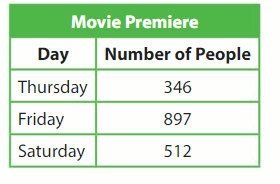
Understand the problem:
Make a plan:
Solve:
__ more people went to see the movie on Friday than on Thursday and Saturday combined.
Answer:
Thursday – 346 people
Saturday – 512 people
346 + 512 = 858 people
897
-858
39
39 more people went to see the movie on Friday than on Thursday and Saturday combined.
Show and Grow
Question 6.
How many more people used the ferry on Friday than on Saturday and Sunday combined?

Explain how you can check whether your answer is reasonable.
Answer:
Friday – 903 passengers
Saturday – 624 passengers
Sunday – 255 passengers
624
+255
879
Now subtract 879 from 903.
903
-879
024
Problem Solving: Addition and Subtraction Homework & Practice 8.11
Write equations to solve. Use letters to represent the unknown numbers. Check whether your answer is reasonable.
Question 1.
Newton has 387 tokens, and Descartes has 295. They use a total of 461 tokens. How many tokens do they have now?
Answer: 222 tokens
Explanation:
Given that,
Newton has 387 tokens, and Descartes has 295.
387 + 295 = 682
They use a total of 461 tokens.
682 – 461 = 222 tokens
Thus they have 222 tokens now.
Question 2.
There are 125-second graders and 118 third graders at a museum. There are 249 more adults than students at the museum. How many adults are at the museum?
Answer:
Given that,
There are 125-second graders and 118 third graders at a museum.
125 + 118 = 243 graders
There are 249 more adults than students at the museum.
243 + 249 = 492
Therefore 492 adults are at the museum.
Question 3.
You received 171 votes in a coloring contest. Your friend received 24 fewer votes than you. How many people voted for you and your friend in all?
Answer:
Given,
You received 171 votes in a coloring contest. Your friend received 24 fewer votes than you.
171 + 24 = 195 votes
The number of votes for your friend is 195.
171+ 195 = 366 votes
Thus 366 people voted for you and your friend.
Question 4.
Writing
Write and solve a two-step problem that can be solved using addition or subtraction.
Answer:
You bought 10 packs of sketches and your friend bought 4 packs less than you. Each pack contains 10 sketches. Find how many sketches you and your friend bought in all.
Sol: You bought 10 packs of sketches and your friend bought 4 packs less than you.
10 – 4 = 6 packs
Your friend bought 6 packs.
Each pack contains 10 sketches.
10 + 6 = 16
16 × 10 = 160
Thus you and your friend bought 160 sketches.
Question 5.
Modeling Real Life
How many more fish were caught on Sunday than on Friday and Saturday combined?
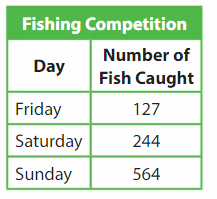
Explain how you can check whether your answer is reasonable.
Answer:
Number of fish caught on Friday and Saturday = 127 + 244 = 371
Number of fish caught on Sunday = 564
564 – 371 = 193
193 more fish were caught on Sunday than on Friday and Saturday combined.
Review & Refresh
Question 6.
Use the multiplication table.
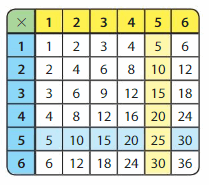
Describe the pattern in the shaded row and column.
What property explains this pattern?
Answer: The pattern shows that it is the multiple of 5.
5 × 1 = 5
5 × 2 = 10
5 × 3 = 15
5 × 4 = 20
5 × 5 = 25
Add and Subtract Multi-Digit Numbers Performance Task
Your school holds a talent show.
Question 1.
You and your friend hand out programs to guests before the show. You each start with 250 programs. There are 114 programs left. How many programs did you and your friend hand out?
Answer:
250 – 114 = 136 programs
Thus you and your friend hand out 136 programs.
136 + 114 = 250 programs
Question 2.
75 students wait backstage to perform in the show. There are 336 children, 125 adults, and 14 teachers in the audience.
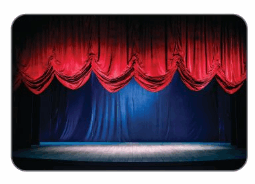
a. How many people are at the talent show in all? Explain how to use addition properties to find the sum.
Answer:
Given,
75 students wait backstage to perform in the show. There are 336 children, 125 adults, and 14 teachers in the audience.
75 + 336 + 125 + 14 = 550
Thus there are 550 people are in the talent show.
b. Four students perform in each of the first 4 acts. How many students still need to perform?

Answer: 16 students
Explanation:
Given,
Four students perform in each of the first 4 acts.
4 × 4 = 16
Thus 16 students need to perform.
c. Each performer is given a juice box backstage. Juice boxes come in packages of 10. How many packages did the teachers buy? How many juice boxes are left?
Answer:
Given,
Each performer is given a juice box backstage. Juice boxes come in packages of 10.
1 box – 10 packages
16 × 1 = 16 boxes
16 × 10 = 160 packages
Add and Subtract Multi-Digit Numbers Activity
Three in a Row: Addition and Subtraction
Directions:
1. Players take turns.
2. On your turn, spin both spinners. Add or subtract the two numbers. Cover the sum or difference.
3. If the sum or difference is already covered, then you lose your turn.
4. The first player to get three counters in a row, horizontally, vertically, or diagonally, wins!
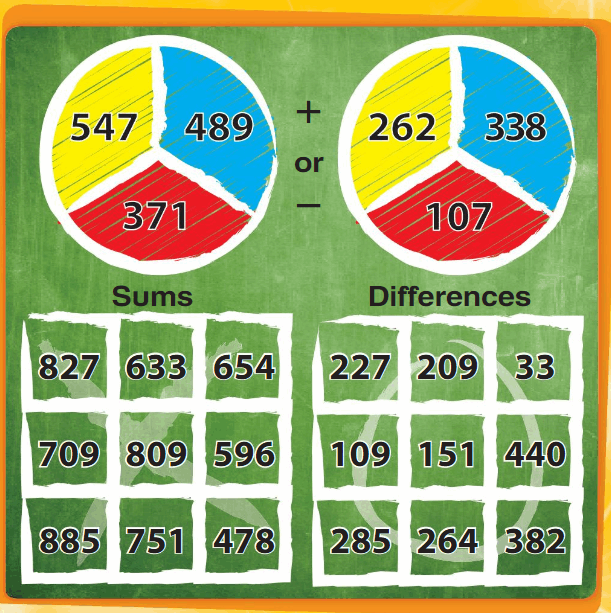
Answer:
Sums:
547 + 107 = 654
547 + 338 = 885
547 + 262 = 809
I got the three counters vertically.
Add and Subtract Multi-Digit Numbers Chapter Practice
8.1 Identify Addition Properties
Identify the property.
Question 1.
59 + 0 = 59
Answer:
It shows the Addition Property of Zero. The Addition Property of Zero defines the sum of any number and 0 is that number.
Question 2.
(14 + 32) + 6 = 14 + (32 + 6)
Answer:
It satisfies the Associative Property of Addition. It is defined as changing the grouping of addends does not change the sum.
Question 3.
27 + 51 = 51 + 27
Answer:
Commutative Property of addition Changing the grouping of addends does not change the sum.
Question 4.
Structure
Which equations show the Commutative Property of Addition?

Answer:
64 + 12 = 12 + 64 – Commutative Property of addition changing the grouping of addends does not change the sum.
71 + 0 = 71 – It shows the Addition Property of Zero. The Addition Property of Zero defines the sum of any number and 0 is that number.
(56 + 21) + 34 = 56 + (21 + 34) – It satisfies the Associative Property of Addition. It is defined as changing the grouping of addends does not change the sum.
26 + (41 + 4) = 4 + (26 + 41) – It satisfies the Associative Property of Addition. It is defined as changing the grouping of addends does not change the sum.
8.2 Use Number Lines to Add
Question 5.
Find 648 + 37.

Answer:
Use the count on strategy. Start at 648. Count on by tens, then by ones.
![]()
8.3 Use Mental Math to Add
Use mental math to find the sum.
Question 6.
192 + 107 = ___
Answer:
You can find the sum of 192 and 107 by using mental math strategies.
192 – 2 = 190
107 + 2 = 109
190
+109
299
Question 7.
676 + 114 = ___
Answer:
You can find the sum of 676 and 114 by using mental math strategies.
676 + 4 = 680
114 – 4 = 110
680
+110
790
Question 8.
716 + 279 = ___
Answer:
You can find the sum of 716 and 279 by using mental math strategies.
716 – 1 = 715
279 + 1 = 280
715
+280
995
Question 9.
501 + 468 = ___
Answer:
You can find the sum of 501 and 468 by using mental math strategies.
501 – 1 = 500
468 + 1 = 469
500
+469
969
Question 10.
527 + 343 = ___
Answer:
You can find the sum of 527 and 343 by using mental math strategies.
527 + 3 = 530
343 – 3 = 340
530
+340
870
Question 11.
441 + 189 = ___
Answer:
You can find the sum of 441 and 189 by using mental math strategies.
441 – 1 = 440
189 + 1 = 190
440
+190
630
8.4 Use Partial Sums to Add
Use partial sums to add.
Question 12.

Answer:
586 = 500 + 80 + 6
107 = 100 + 00 + 7
693 = 600 + 80 + 13
Question 13.

Answer:
647 = 600 + 40 + 7
293 = 200 + 90 + 3
940 = 800 + 130 + 10
Question 14.
Modeling Real Life
On Earth, your cousin weighs 207 pounds less than he would on Jupiter. Your cousin weighs 135 pounds on Earth. How much would he weigh on Jupiter?

Answer:
Given,
On Earth, your cousin weighs 207 pounds less than he would on Jupiter. Your cousin weighs 135 pounds on Earth.
207 + 135 = 342
Thus your cousin would weigh 342 pounds on Jupiter.
8.5 Add Three-Digit Numbers
Find the sum. Check whether your answer is reasonable.
Question 15.
Estimate: ___
326 + 490 = ___
Answer:
Step 1: Estimate. Round each addend to the nearest hundred.
326 = 300
490 = 500
300 + 500 = 800
The sum is about 800.
Step 2: Find the sum. Add the ones, tens, then the hundreds.
326
+490
816
816 is close to 800. So, the answer is reasonable.
Question 16.
Estimate: ___
657 + 189 = ___
Answer:
Step 1: Estimate. Round each addend to the nearest hundred.
657 = 700
189 = 200
600 + 200 = 800
The sum is about 800.
Step 2: Find the sum. Add the ones, tens, then the hundreds.
657 + 189 = 846
846 is close to 800. So, the answer is reasonable.
Question 17.
Estimate: ___
543 + 261 = ___
Answer:
Step 1: Estimate. Round each addend to the nearest hundred.
543 = 500
261 = 300
500 + 300 = 800
The sum is about 800.
Step 2: Find the sum. Add the ones, tens, then the hundreds.
543 + 261 = 804
804 is close to 800. So, the answer is reasonable.
8.6 Add Three or More Numbers
Question 18.
Estimate: ___

Answer:
Step 1: Estimate. Round each addend to the nearest hundred.
78 = 100
433 = 400
367 = 400
100 + 400 + 400 = 900
The sum is about 900.
Question 19.
Estimate: ___
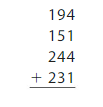
Answer:
Step 1: Estimate. Round each addend to the nearest hundred.
194 = 200
151 = 200
244 = 200
231 = 200
200 + 200 + 200 + 200 = 800
The sum is about 800.
Question 20.
Estimate: ___

Answer:
Step 1: Estimate. Round each addend to the nearest hundred.
373 = 400
329 = 300
118 = 100
61 = 100
400 + 300 + 100 + 100 = 900
The sum is about 900.
8.7 Use Number Lines to Subtract
Question 21.
Find 856 – 29.

Answer:
Use the count back strategy. Start at 856. Count back by tens, then by ones.

Question 22.
Structure
Write the equation shown by the number line.
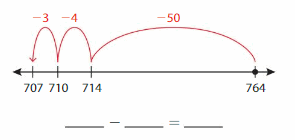
Answer:
By seeing the above number we can find the subtraction equation.
764 – 50 = 714
714 – 4 = 710
710 – 3 = 707
The subtraction equation is 764 – 57 = 707
8.8 Use Mental Math to Subtract
Use mental math to find the difference.
Question 23.
957 – 619 = ___
Answer:
957 – 7 = 950
619 + 7 = 626
950
-626
324
The difference is 324.
Question 24.
831 – 415 = ___
Answer:
831 – 1 = 830
415 + 1 = 416
830
-416
414
The difference is 414.
Question 25.
876 – 366 = ___
Answer:
876 – 6 = 870
366 + 6 = 372
870 – 372 = 498
Question 26.
636 – 317 = ___
Answer:
636 + 6 = 642
317 – 6 = 311
642 – 311 = 331
The difference is 331.
Question 27.
965 – 528 = ___
Answer:
528 – 8 = 520
965 + 8 = 973
973 – 520 = 453
The difference is 453.
Question 28.
384 – 118 = ____
Answer:
684 + 4 = 688
118 – 4 = 114
688 – 114 = 574
The difference is 574.
8.9 Subtract Three-Digit Numbers
Find the difference. Check whether your answer is reasonable.
Question 29.
Estimate: ___
963 – 51 = ___
Answer:
Step 1: Estimate. Round each number to the nearest hundred.
963 = 1000
51 = 100
1000 – 100 = 900
Step 2: Find the difference.
Subtract the ones, then the tens, then the hundreds. There are not enough ones or tens to subtract, so regroup.
963 -51 = 912
912 is close to 900. So, the answer is reasonable.
Question 30.
Estimate: ___
878 – 594 = ___
Answer:
Step 1: Estimate. Round each number to the nearest hundred.
878 = 900
594 = 600
900 – 600 = 300
Step 2: Find the difference.
Subtract the ones, then the tens, then the hundreds. There are not enough ones or tens to subtract, so regroup.
878 – 594 = 284
284 is close to 300. So, the answer is reasonable.
Question 31.
Estimate: ___
766 – 297 = ___
Answer:
Step 1: Estimate. Round each number to the nearest hundred.
766 = 800
297 = 300
800 – 300 = 500
Step 2: Find the difference.
Subtract the ones, then the tens, then the hundreds. There are not enough ones or tens to subtract, so regroup.
766 – 297 = 469
469 is close to 500. So, the answer is reasonable.
Question 32.
YOU BE THE TEACHER
Your friend finds 760 – 482. Is your friend correct? Explain.

Answer: No your friend is not correct.
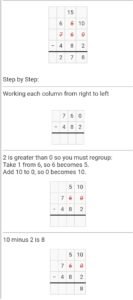
8.10 Relate Addition and Subtraction
Find the sum or difference. Use the inverse operation to check.
Question 33.

Answer:
649
+227
876
Now you have to do the inverse operation of the sum.
876
-227
649
Question 34.

Answer:

288
Now you have to do the inverse operation of the difference.
288
+517
805
8.11 Problem Solving: Addition and Subtraction
Question 35.
There are 532 dogs enrolled in police academies. 246 dogs graduate in July, and 187 dogs graduate in August. How many dogs still need to graduate?
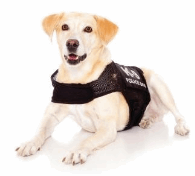
Answer:
Given that,
There are 532 dogs enrolled in police academies.
246 dogs graduate in July, and 187 dogs graduate in August.
246 + 187 = 433
532
-433
99
Thus 99 dogs are still needed to graduate.
Add and Subtract Multi-Digit Numbers Cumulative Practice 1 – 8
Question 1.
Which numbers round to 300 when rounded to the nearest hundred?

Answer: The numbers round to 300 when rounded to the nearest hundred is
298, 309, 347
Thus the correct answer is the option a, b, c.
Question 2.
You buy 18 cups of yogurt. The yogurt is sold in packs of 6 cups. How many packs of yogurt do you buy?

Answer:
Given,
You buy 18 cups of yogurt. The yogurt is sold in packs of 6 cups.
18/6 = 3 packs
Thus the correct answer is option c.
Question 3.
A bedroom floor is 9 feet long and 8 feet wide. What is the area of the bedroom floor?
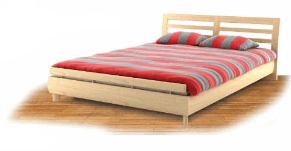
Answer:
Given,
A bedroom floor is 9 feet long and 8 feet wide.
The area of the rectangle = l × w
A = 9ft × 8ft
A = 72 sq. ft
Thus the area of the bedroom floor is 72 sq. ft.
Question 4.
Your friend says 458 – 298 = 160. How can you use inverse operations to check your friend’s answer? Is your friend correct?
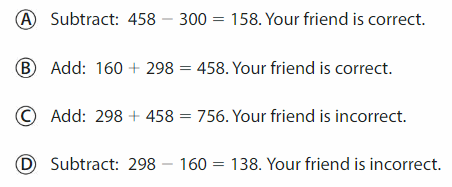
Answer:
Your friend says 458 – 298 = 160.
Your friend is correct.
The correct answer is option a.
Question 5.
Your friend says she needs (9 × 3) + (3 × 9) = 27 × 27 = 54 tiles to make the design. Why is her thinking incorrect?
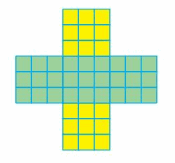
Answer:
Your friend says she needs (9 × 3) + (3 × 9) = 27 × 27 = 54 tiles to make the design.
Her thinking is incorrect because she needs to add 27 and 27 but she multiplied.
(9 × 3) + (3 × 9) = 27 + 27 = 54
Question 6.
Part A
What is the least number that can be made with the digits 7, 9, and 8 using each digit only once?

Your friend says the greatest number he can make with the digits 7, 9, and 8 using each digit only once is 879. Is he correct? If not, correct his answer. Explain.
Answer:
Given,
Your friend says the greatest number he can make with the digits 7, 9, and 8 using each digit only once is 879
Your friend is incorrect because the greatest number with the digits 7, 9, and 8 is 987.
Question 7.
Which equation is shown by the number line?

Answer:
The count starts from 0.
The count jumps from 0 and skips for every 3s.
3 × 7 = 21
Thus the correct answer is option c.
Question 8.
Find the sum.

Answer:
548
+372
920
Question 9.
Which equations show the Associative Property of Addition?

Answer:
According to the associative property of addition, the sum of three or more numbers remains the same regardless of how the numbers are grouped.
Options A and D show the equation for the Associative Property of Addition.
Question 10.
A teacher takes 7 students on a field trip. Each student pays $5. How much money does the teacher collect in all?

Answer:
Given,
A teacher takes 7 students on a field trip. Each student pays$5.
7 × $5 = $35
Thus the teacher collects $35 in all.
The correct answer is option c.
Question 11.
What is the area of the shape?
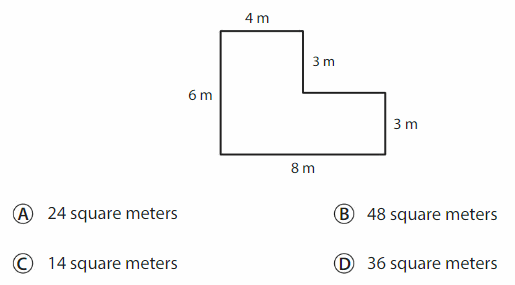
Answer:
You can divide the figure into two parts.
Figure 1:
l = 4m
b = 3m
A = l × b
A = 4 × 3 = 12 sq. m
Figure 2:
l = 8m
b = 3m
A = l × b
A = 8 × 3 = 24 sq. m
Add the area of both the figures 12 + 24 = 36 sq.m
Thus the correct answer is option D.
Question 12.
There are 459 girls and 552 boys in a school. How many more boys are there than girls?

Answer:
Given that,
There are 459 girls and 552 boys in school.
Subtract the number of girls from the number of boys.
552
-459
93
Thus the correct answer is option b.
Question 13.
Look at the pattern. What rule was used to make the pattern?

Answer:
1, 3, 9, 27 are the multiples of 3.
Thus the correct answer is option c.
Question 14.
A smoothie shop sells 368 smoothies in July and 205 smoothies in August. About how many more smoothies did the shop sell in July than in August?
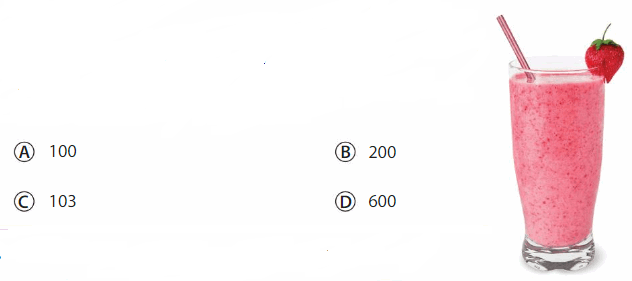
Answer:
Given that,
A smoothie shop sells 368 smoothies in July and 205 smoothies in August.
368
-205
163
Thus the shop sell 163 smoothies in July than in August.
Question 15.
Which shape does not have an area of 16 square units?
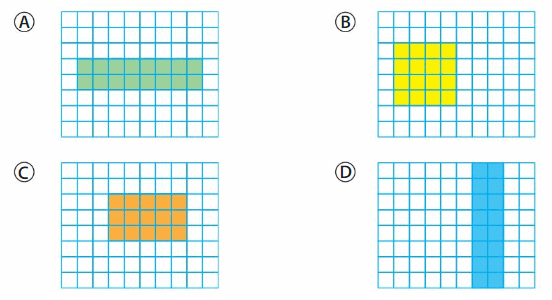
Answer:
There are 16 counters in the first figure
2 × 8 = 16
There are 16 counters in the second figure
4 × 4 = 16
There are 15 counters in the third figure
5 × 3 = 15
Thus the correct answer is option c.
Complete the table
Question 16.
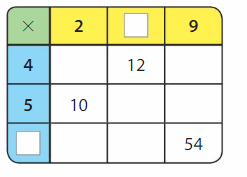
Answer:
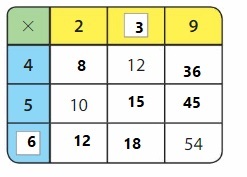
You can complete the table by multiplying the rows and columns.
Question 17.

Answer:
You can complete the table by multiplying the rows and columns.
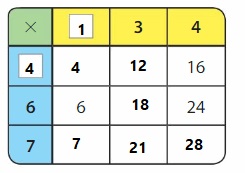
Add and Subtract Multi-Digit Numbers Steam Performance Task 1-8
Question 1.
The carpeting in the third-grade classrooms of an elementary school is being replaced. One roll of carpet covers 100 square yards. The map shows the classrooms that will receive the new carpet.

a. Explain two different ways to find the area of Classroom A.
Answer:
You can find the area of classroom A by using the composite figure.
The shape of classroom A is square.
a = 10 yd
Area of the classroom is a × a
A = 10 × 10 = 100 sq.yd
Thus the area of the classroom A is 100 sq. yd
Another way:
l = 10 yd
w = 3 yd
A = 10 × 3 = 30 sq. yd
l = 10 yd
A = 8 × 4 = 32 sq. yd
l = 10 yd
w = 3 yd
A = 10 × 3 = 30 sq. yd
b. Find the total area of all of the classrooms in square yards.
Answer:
Area of the classroom is a × a
A = 10 × 10 = 100 sq.yd
Thus the area of the classroom A is 100 sq. yd
Area of Classroom D = 10 × 7 = 70 sq.yd
Area of Classroom B = 11 × 7 = 77 sq.yd
Area of Classroom C = 12 × 7 = 84 sq. yd, 8 × 3 = 24 sq.yd
Area of Classroom C = 84 + 24 = 108 sq. yd
Total area of the classrooms = 100 + 70 + 77 + 108 = 355 sq. yd
c. Estimate the number of rolls of carpet needed for the classrooms. Explain.
Answer:
There are 4 classrooms. So, the estimated number of rolls of carpet is 4.
d. Find the area of the hallway in square yards. Is there enough carpet for the hallway?
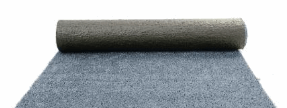
Answer:
First, divide the hallway into 3 parts.
i. It is in the form of a square.
a = 3 yd
A = 3 × 3 = 9 sq.yd
ii. It is in the form of rectangle
A = l × b
A = 5 × 4 = 20 sq.yd
iii. It is in the form of rectangle
A = l × b
A = 5 × 3 = 15 sq.yd
The area of the hallway in square yards = 9 + 20 + 15 = 44 sq.yd
Question 2.
Each school keeps a record of the total number of students in each class and grade.
a. Use the number of students in your class to estimate the total number of students in your grade. Explain.
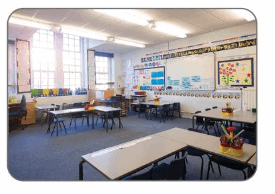
Answer:
Let the number of students in your class is 47.
By this, we can estimate the total number of students in your grade i.e., 50.
The total number of students in your grade is 50.
b. Use the table to write the number of students in each grade of your school.
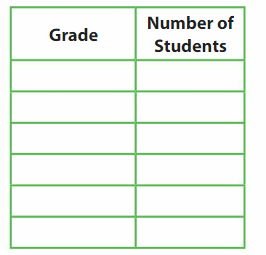
Answer:
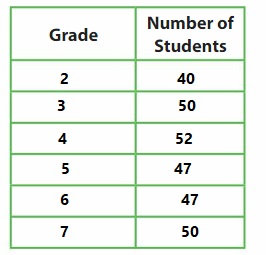
You can prepare the table by estimating the number of students in your school.
c. How does your estimate compare to the actual number of students in your grade? Explain.
Answer: You can compare the number of students in the above table with the actual number of students in your grade.
d. What is the total number of students in your school?
Answer:
Add the number of students of all the grades
40+ 50 + 52 + 47 + 47 + 50 = 286
Thus there are 286 students in your school.
e. Write and answer a question using the information from the table above.
Answer:
Compare the number of students in grade 3 with the actual number of students in your school in grade 3?
The estimated number of students in grade 3 in the above table is 50.
The actual number of students in your school is 48.
50 – 48 = 2
f. What is one reason your principal may want to know the total number of students in your class, grade, or school?
Answer: Shaping a vision of academic success for all students.
Conclusion:
I wish that the information given here regarding Big Ideas Math Answers Grade 3 Chapter 8 Add and Subtract Multi-Digit Numbers is helpful for you. This pdf will help to score good marks in the exam. Get the solutions of BIM Book Grade 3 Chapter 8 Add and Subtract Multi-Digit Numbers from here. Stay tuned to our page to know the solution and brief explanation for other chapters of grade 3.
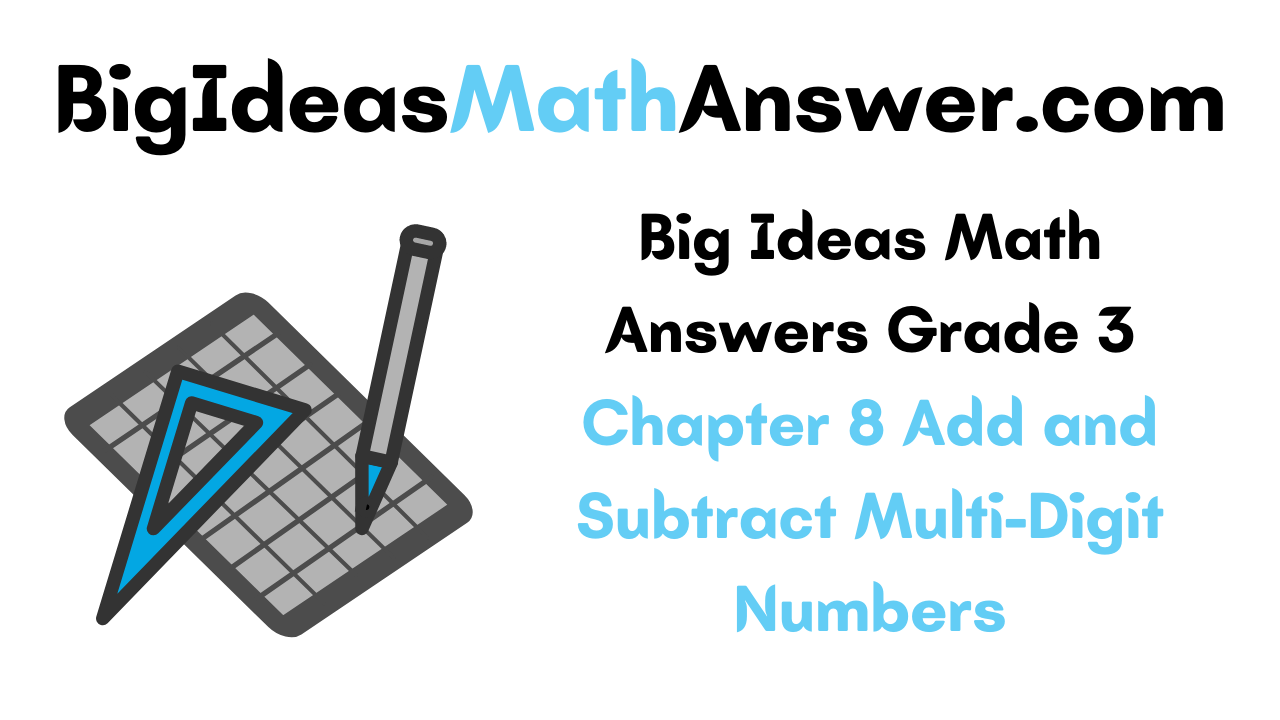
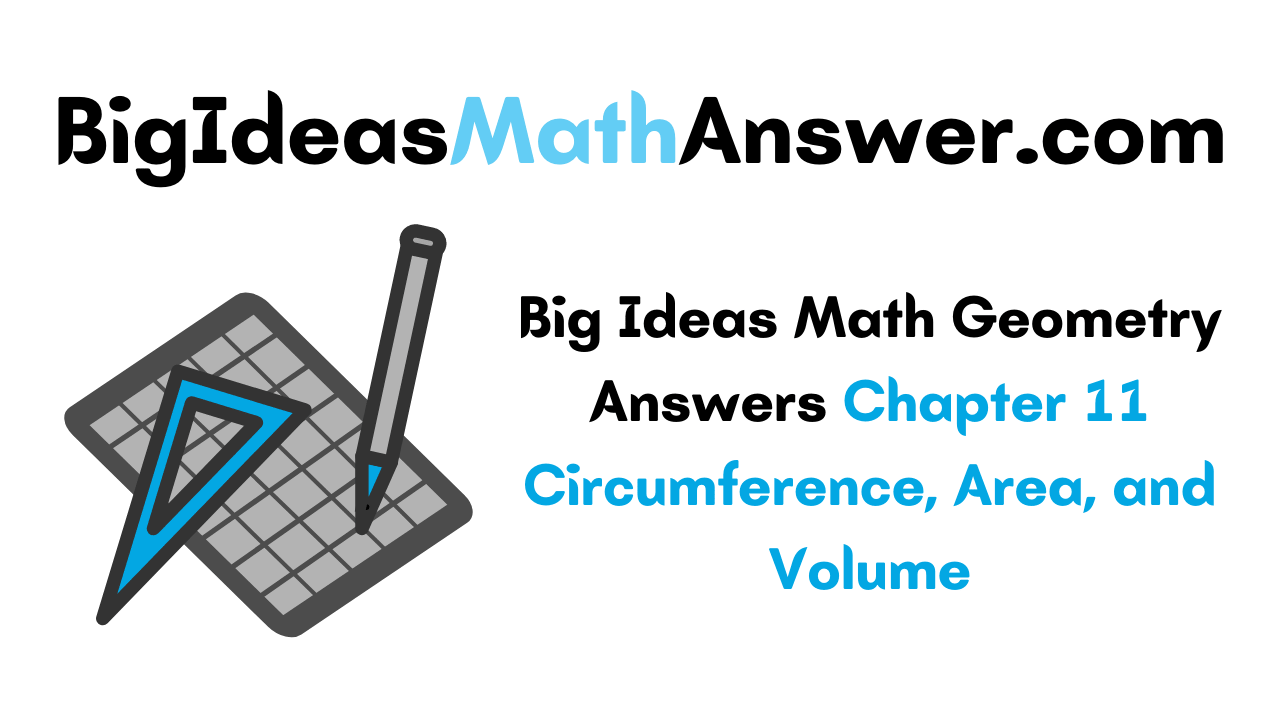


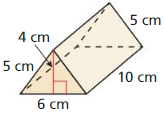

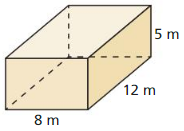
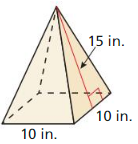
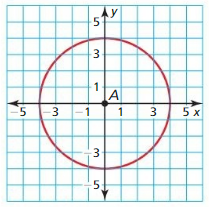

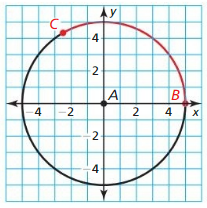
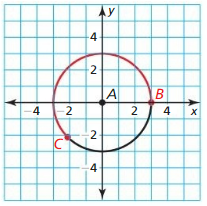
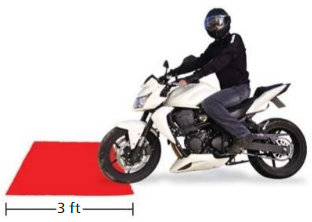
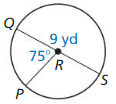
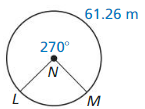
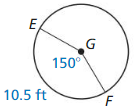
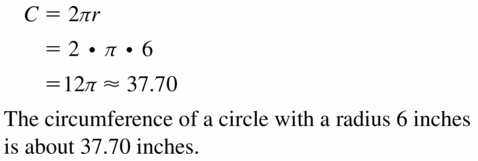
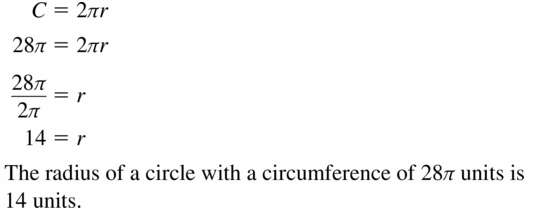
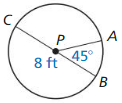
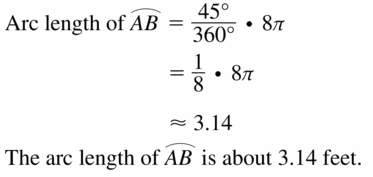
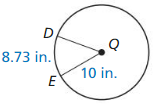

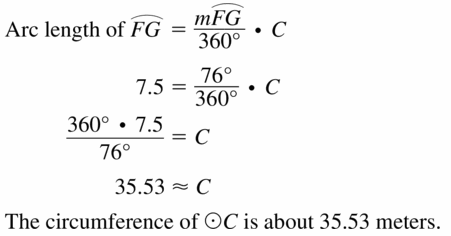
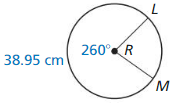


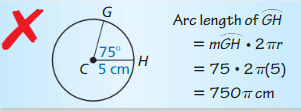
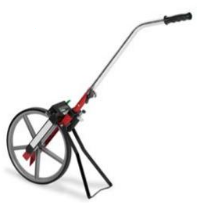

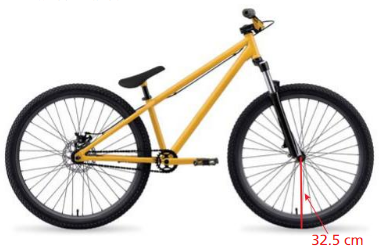
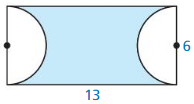

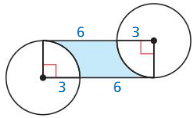
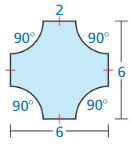
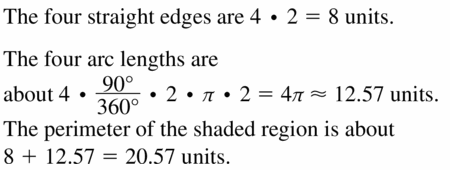
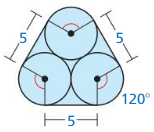


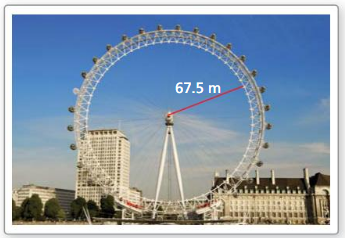
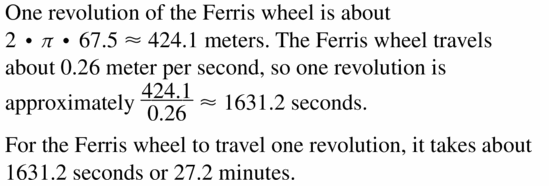
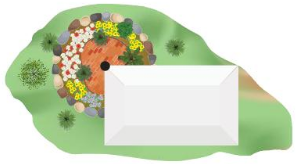
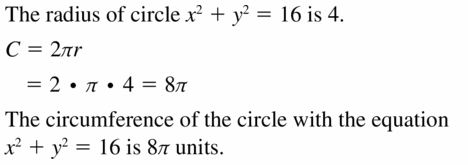
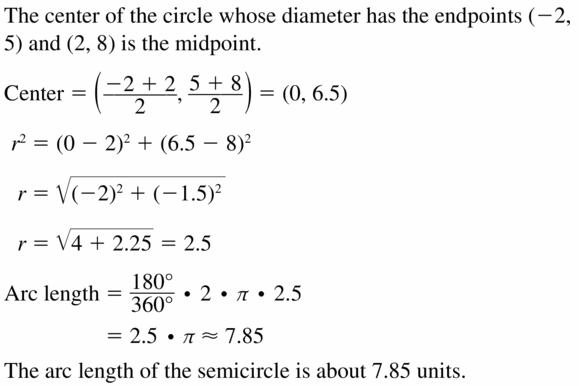

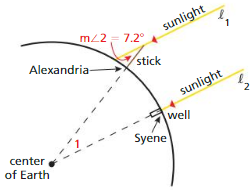

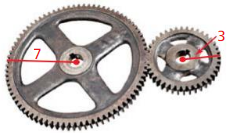

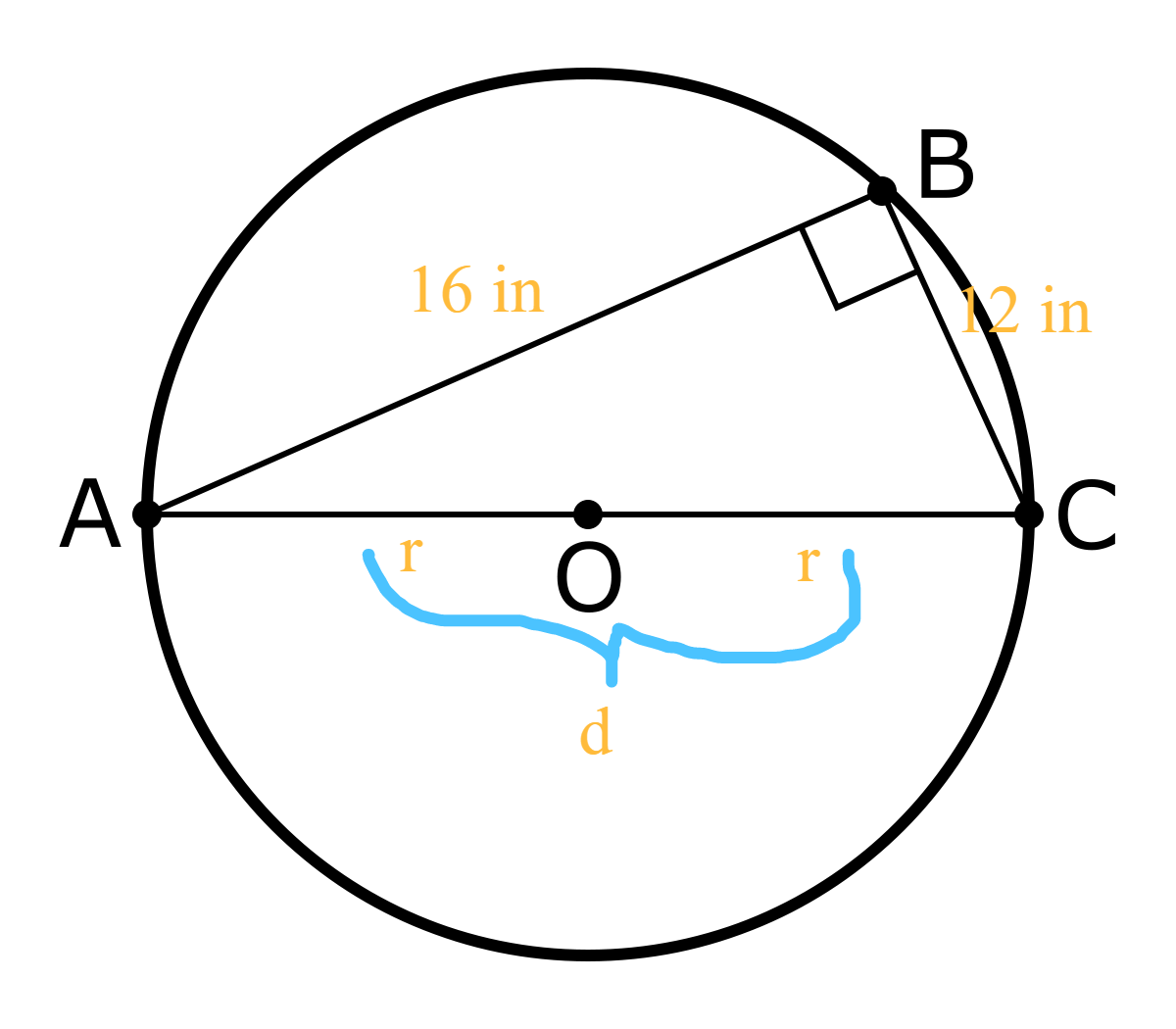
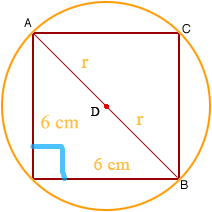
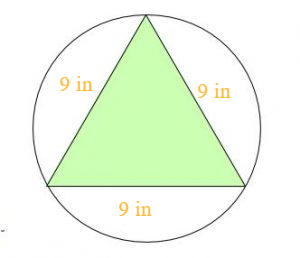
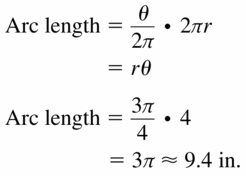

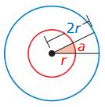

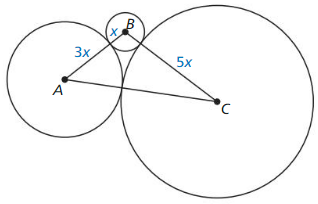



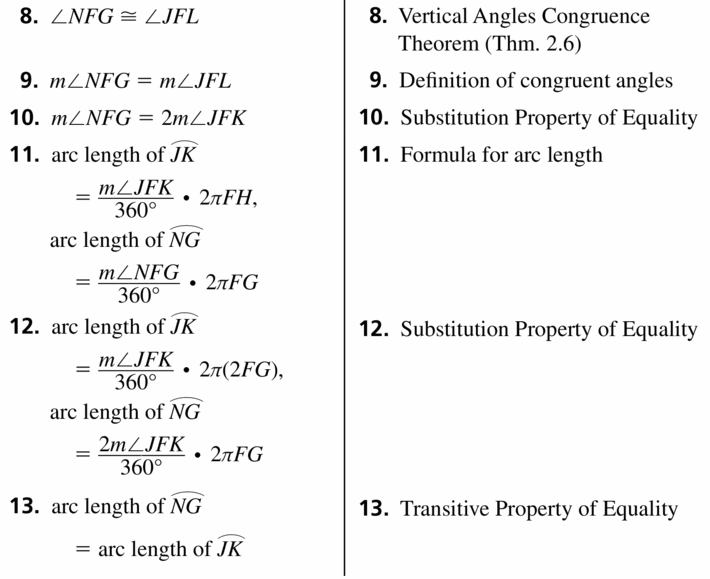

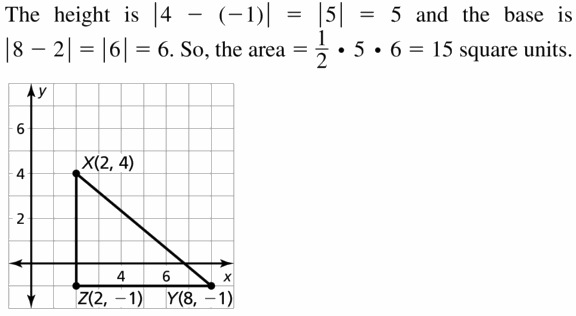

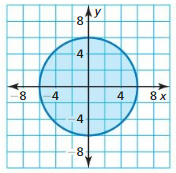
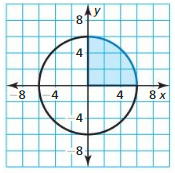
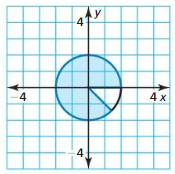
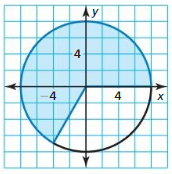

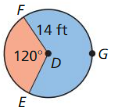

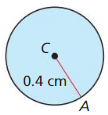
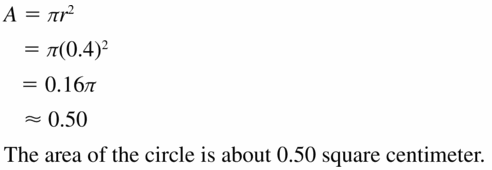
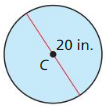
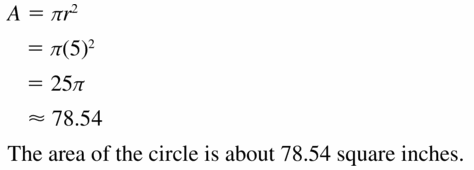
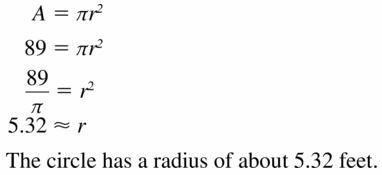
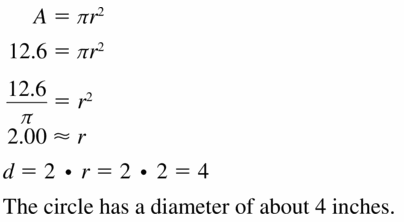
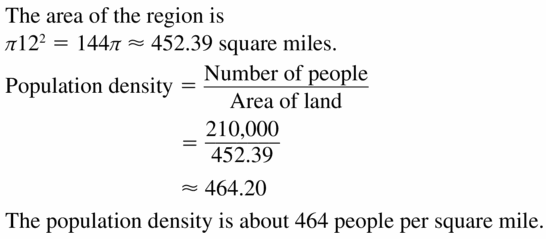

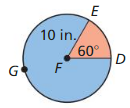

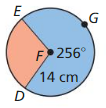
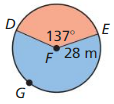
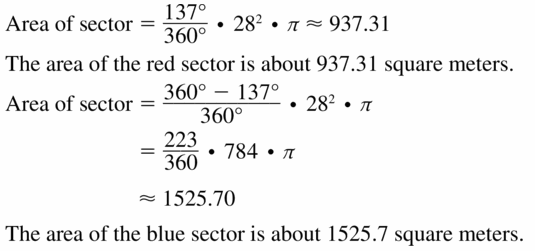
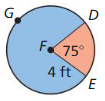
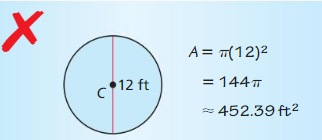

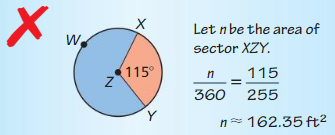
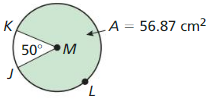
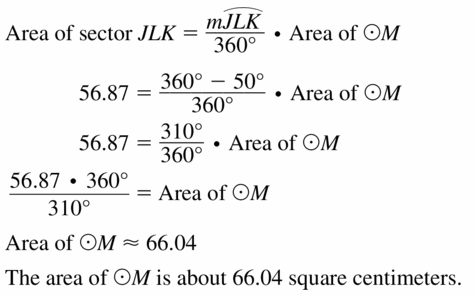
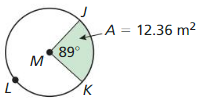
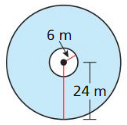
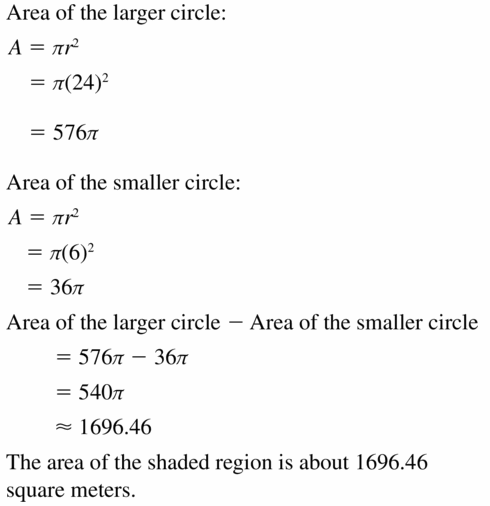
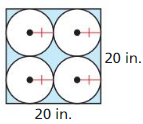
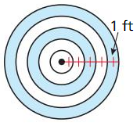
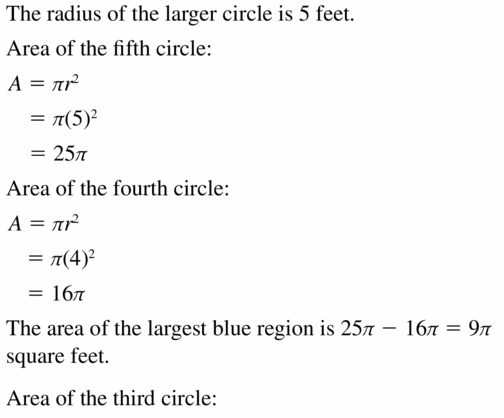
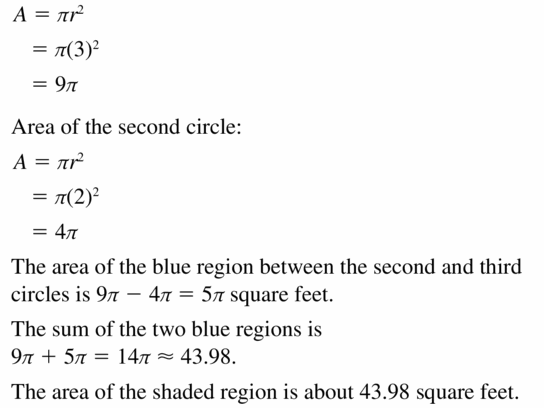
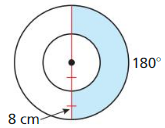
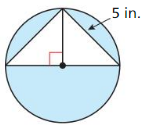
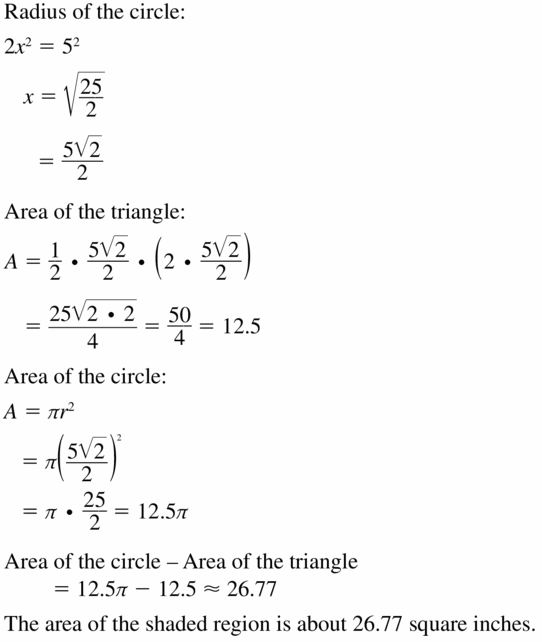

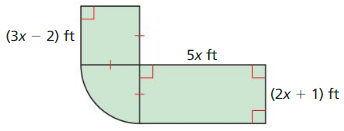
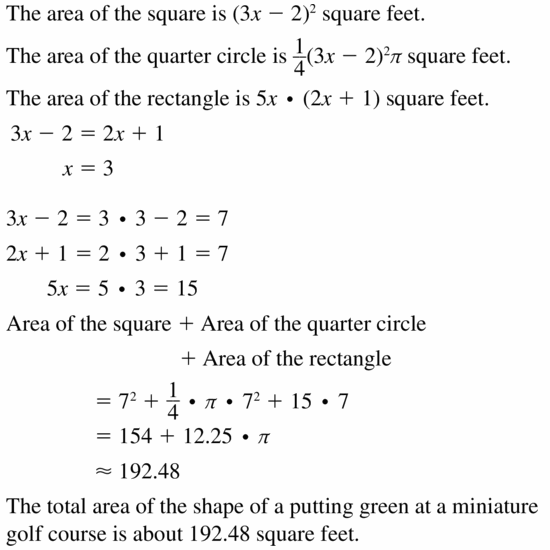
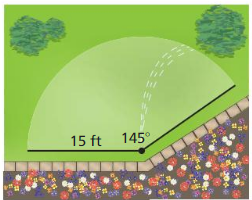
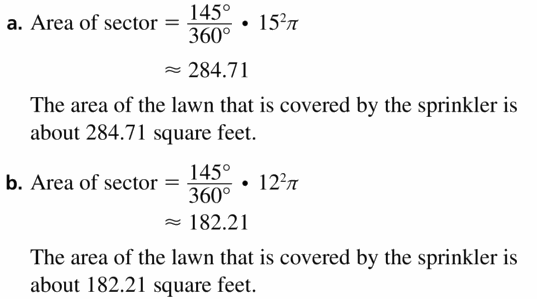
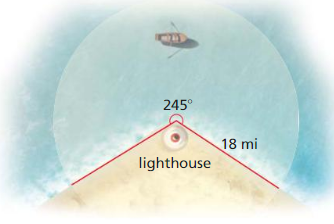
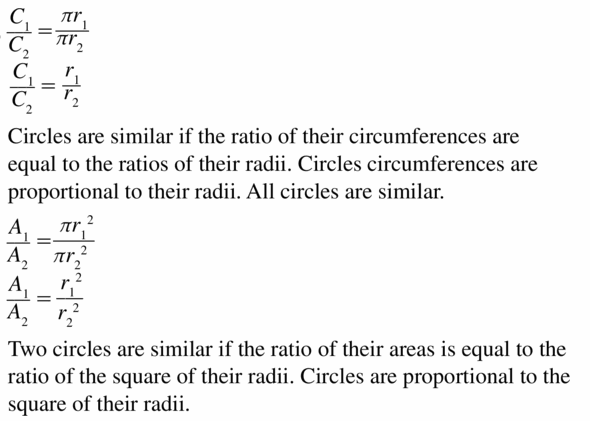
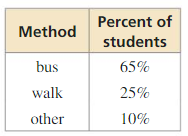
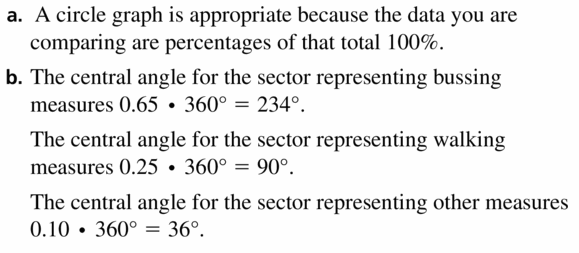
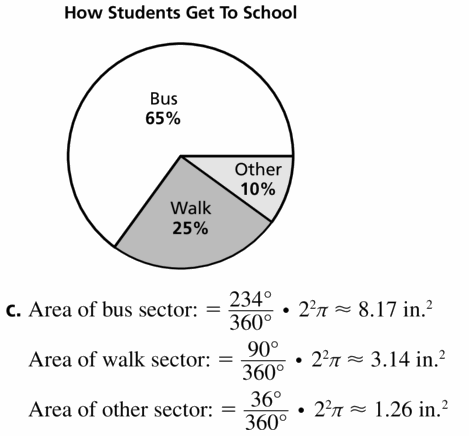
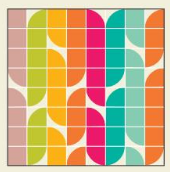
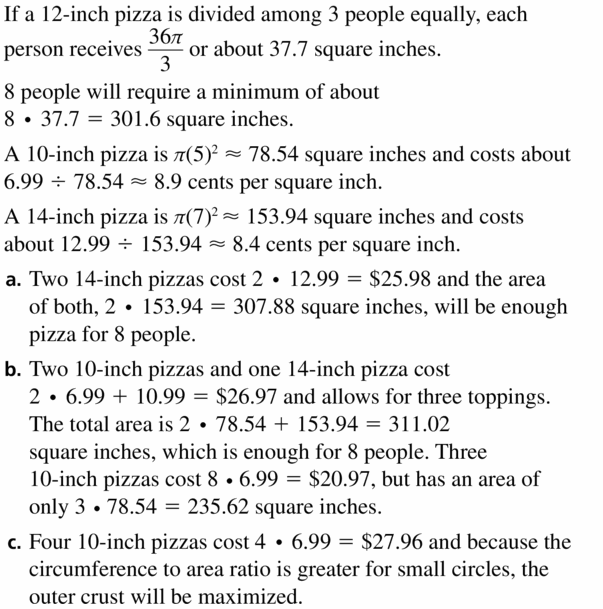


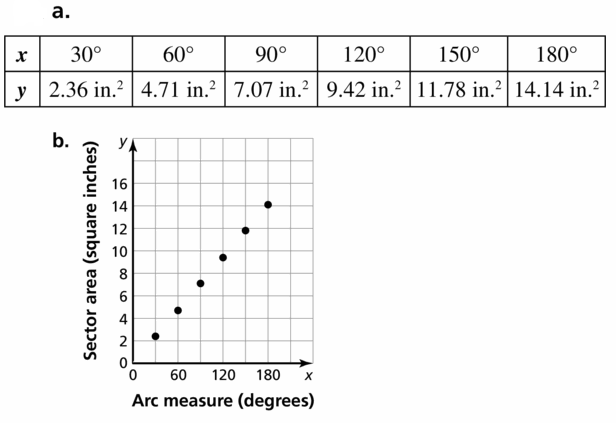
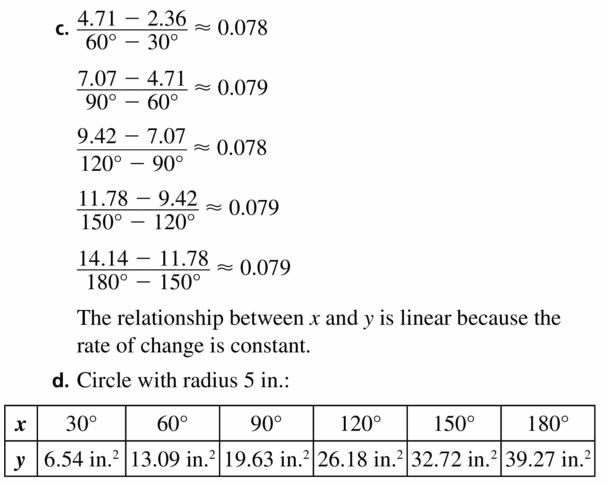
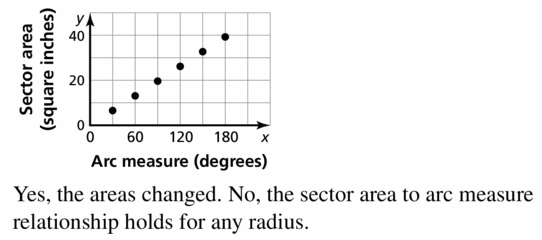
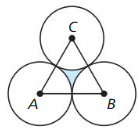

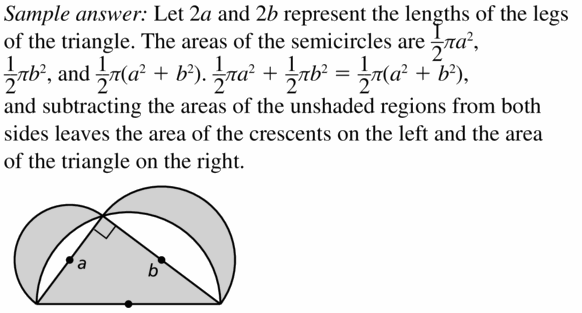


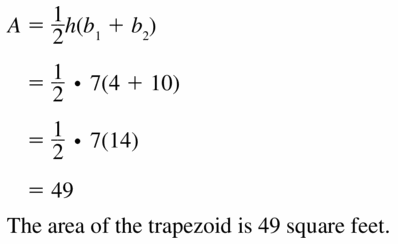



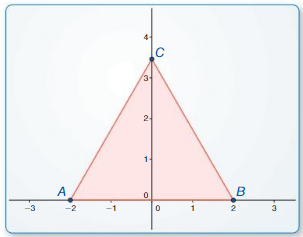
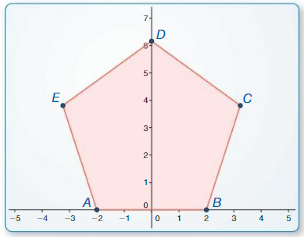
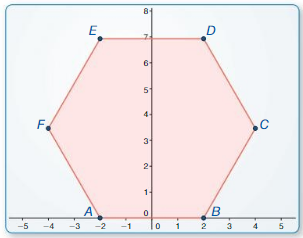

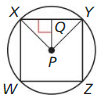

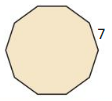

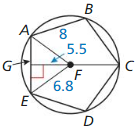


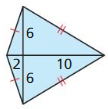
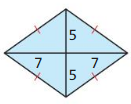

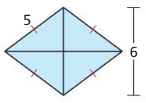
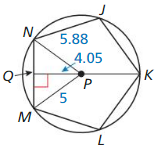





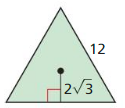

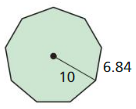
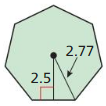

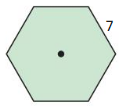
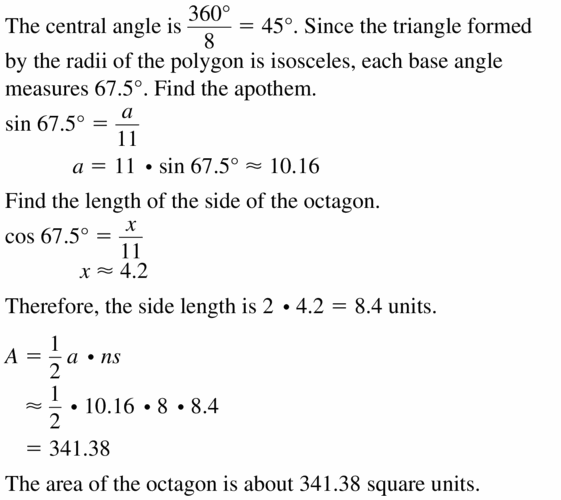
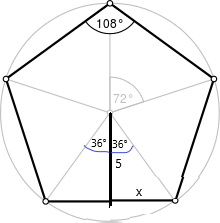
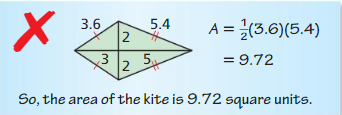
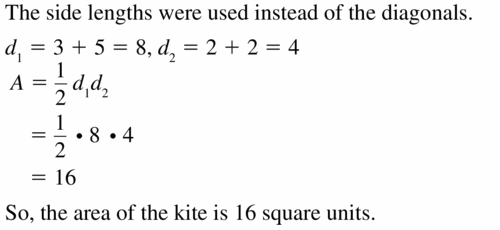
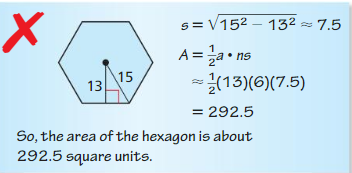
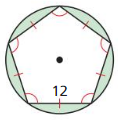
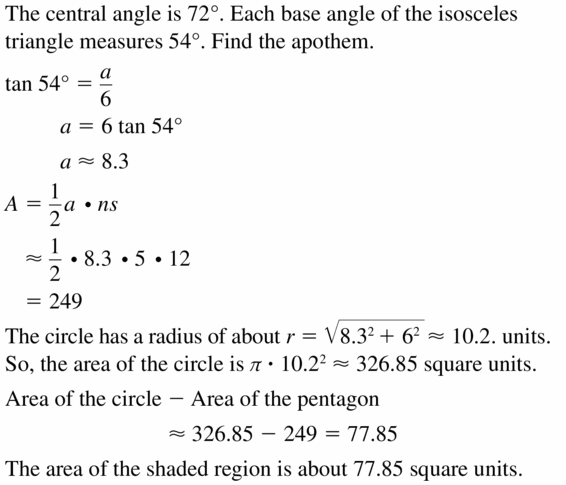
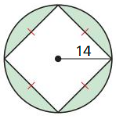
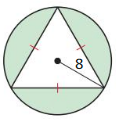

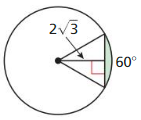
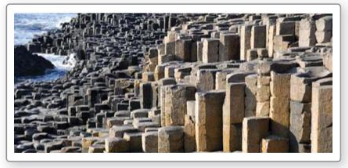
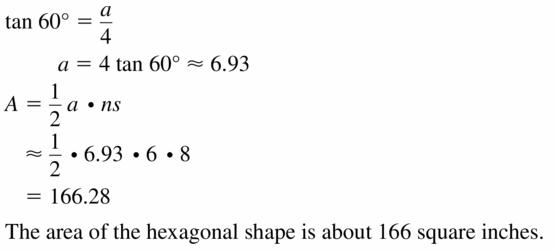





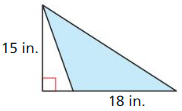
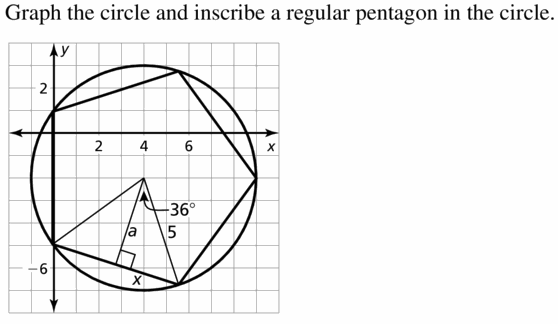


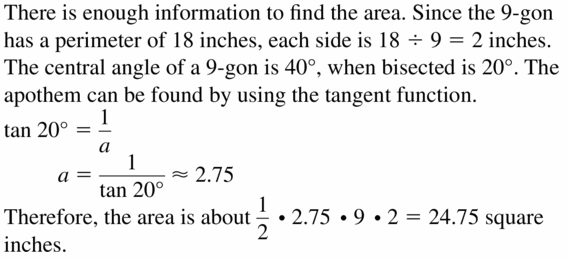

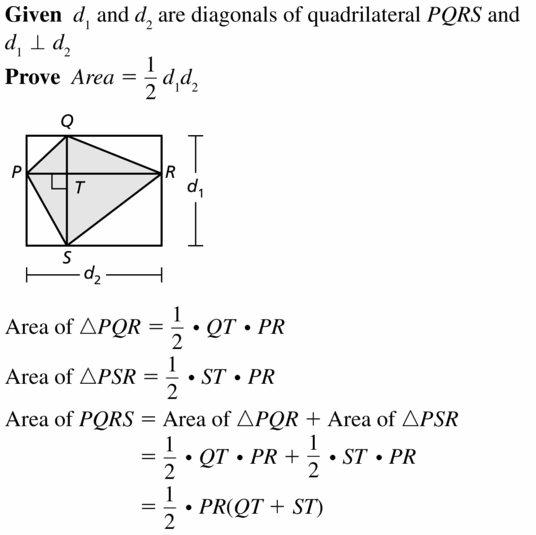
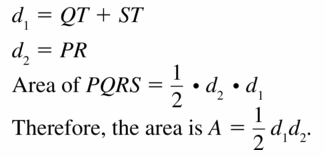
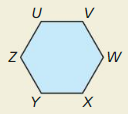

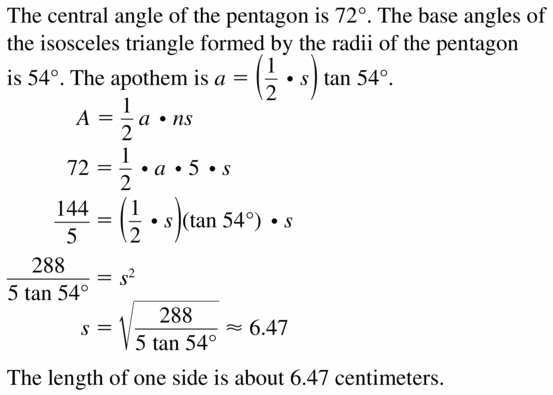
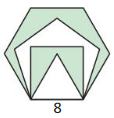
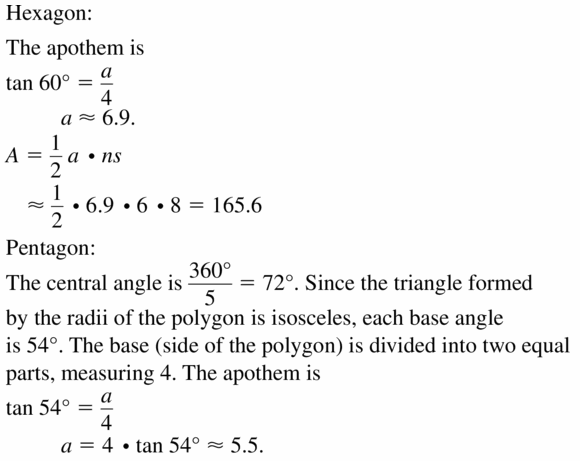
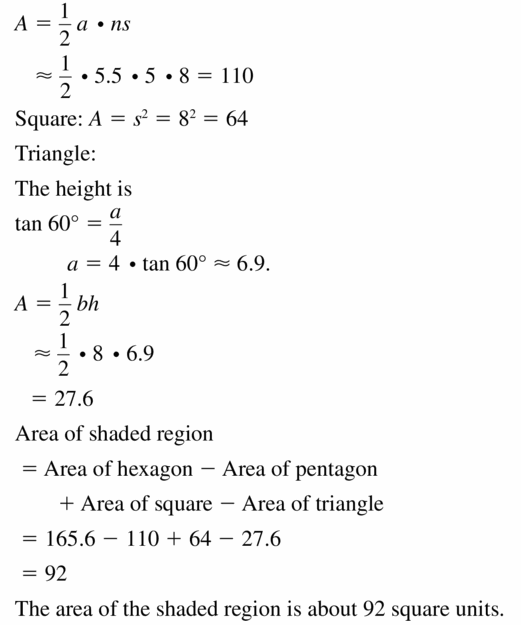


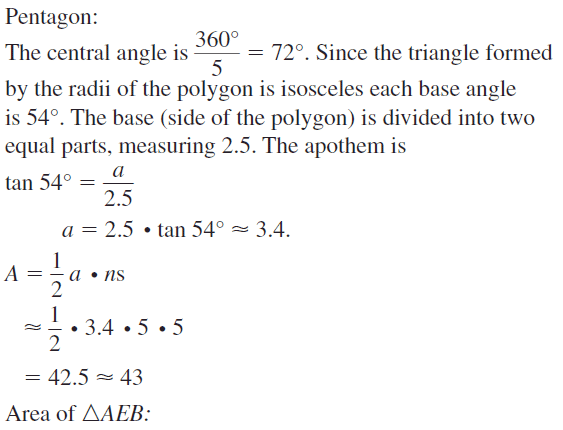



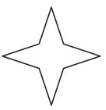
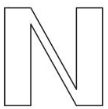
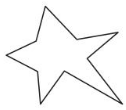

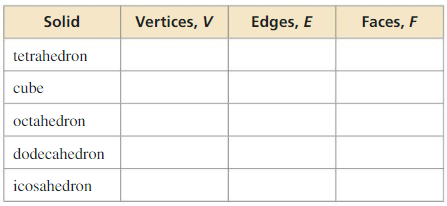

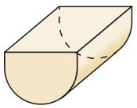
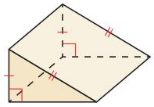

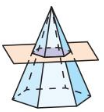
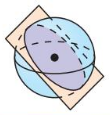

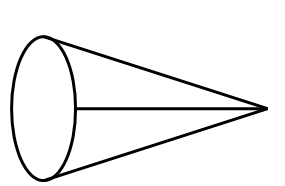

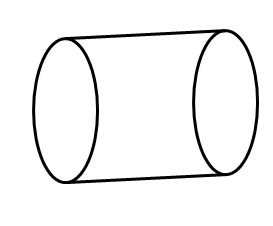


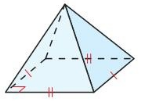
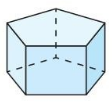
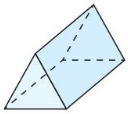
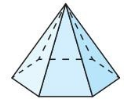
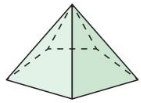

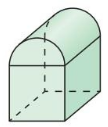
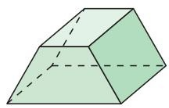


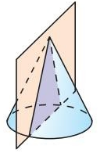
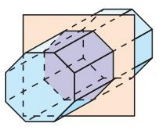

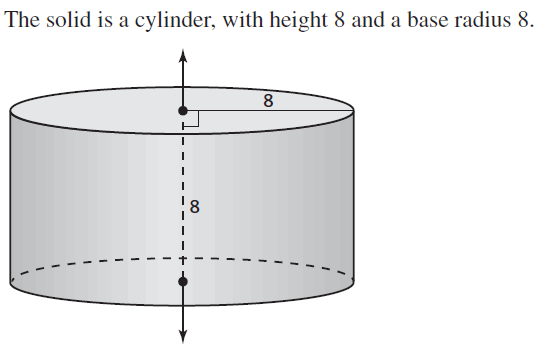
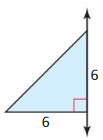
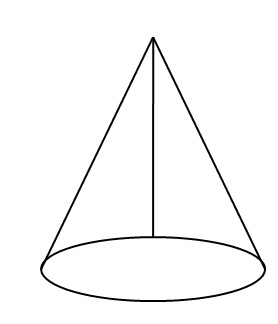

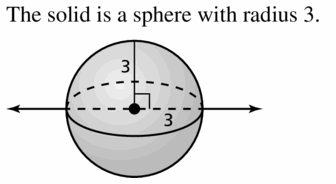

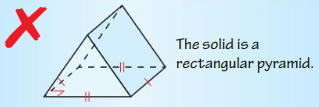

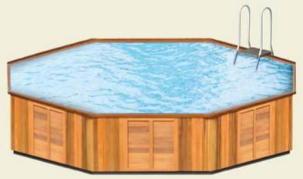
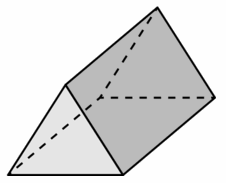
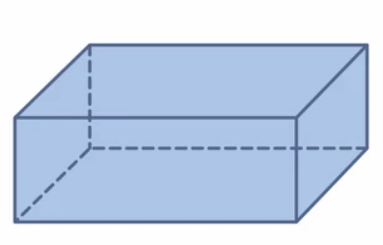
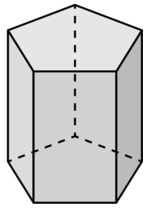
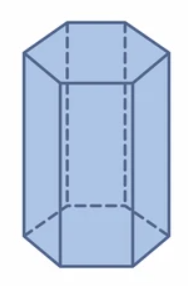
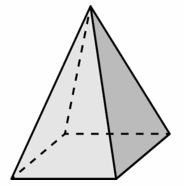
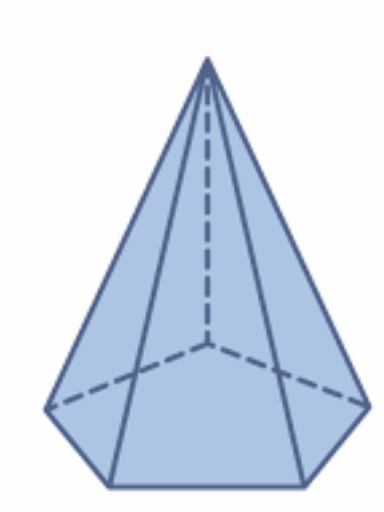
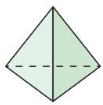

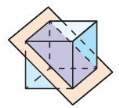
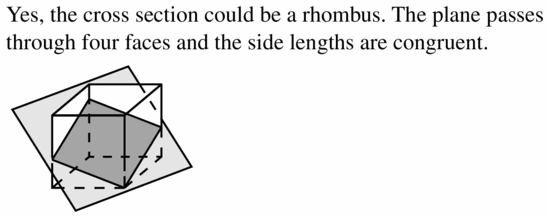



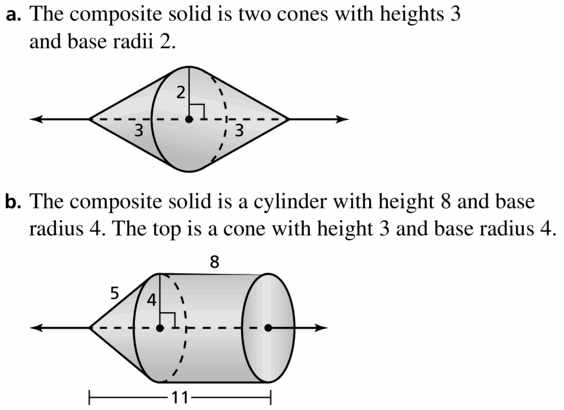


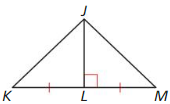
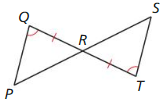

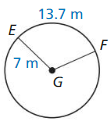


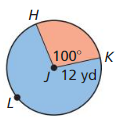
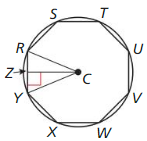



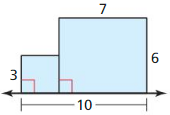
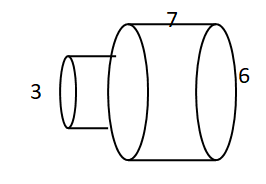


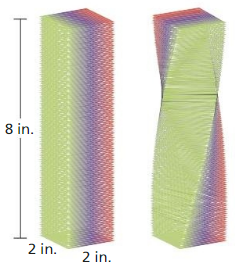
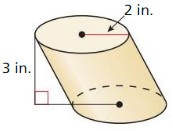
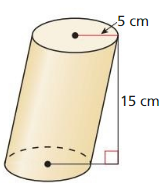
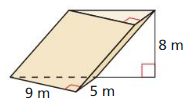
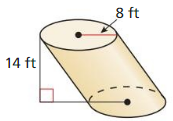
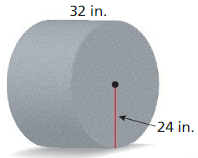
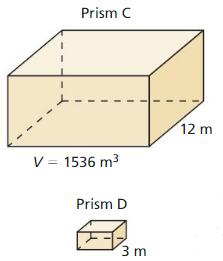
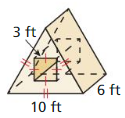

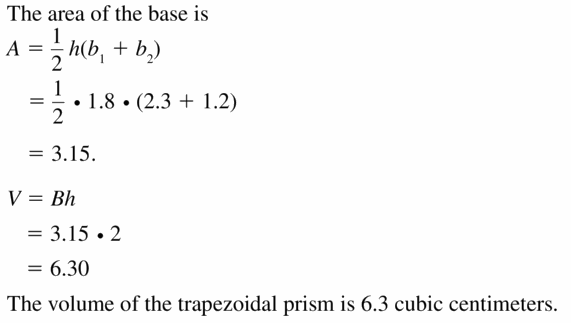


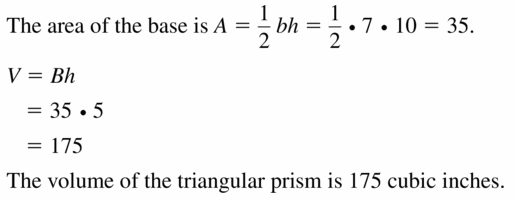
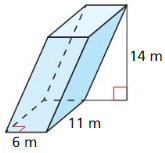


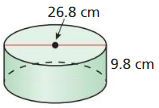
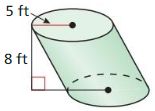

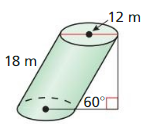
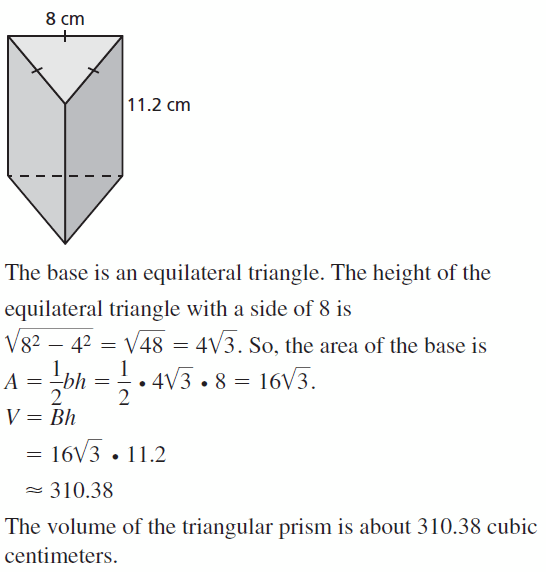
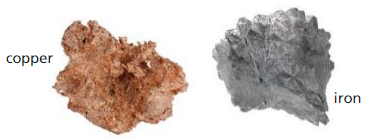
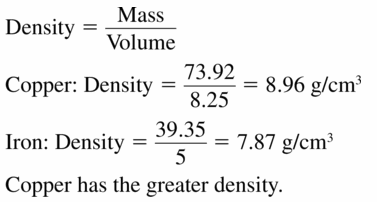
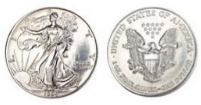
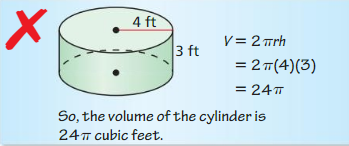



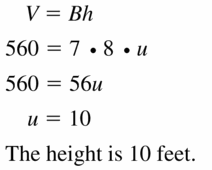
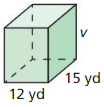

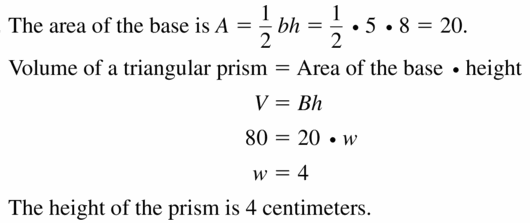

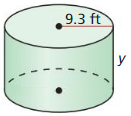


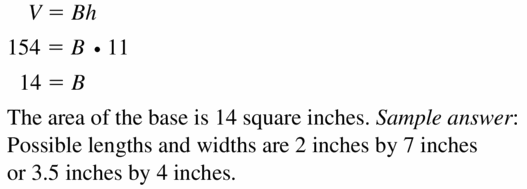


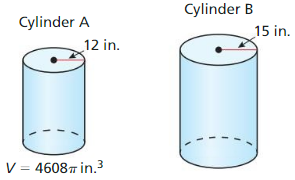
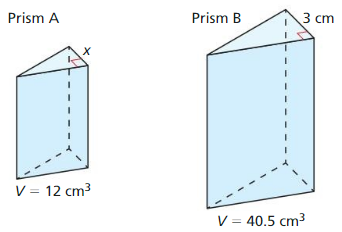
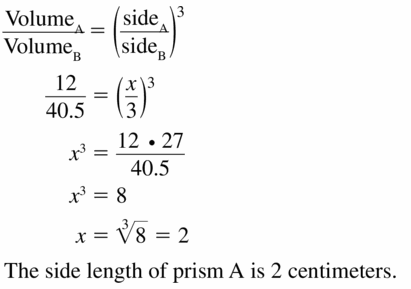
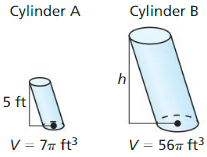


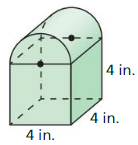
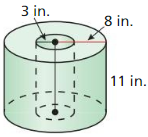
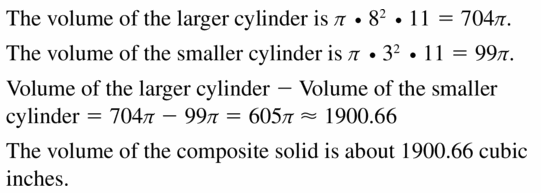
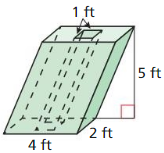

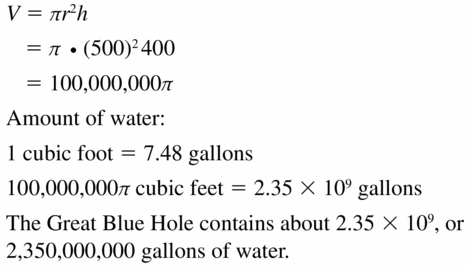
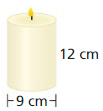
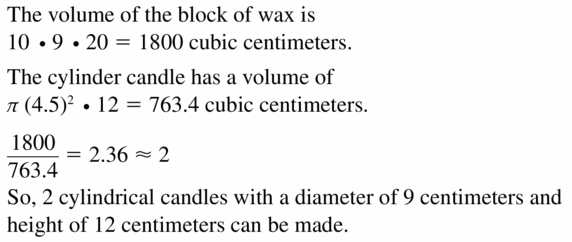
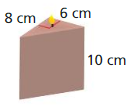
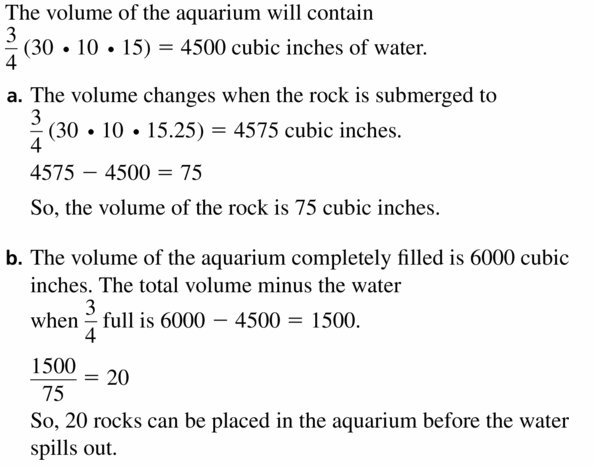
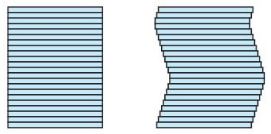

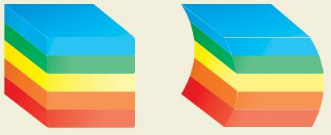

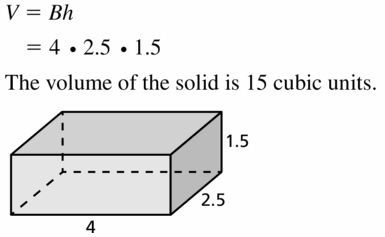


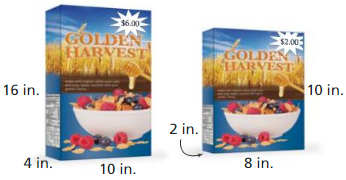


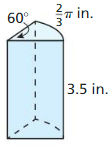
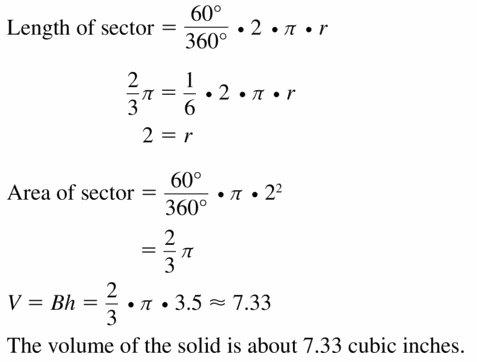


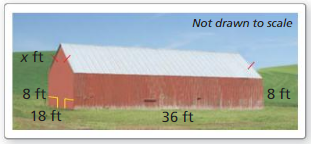
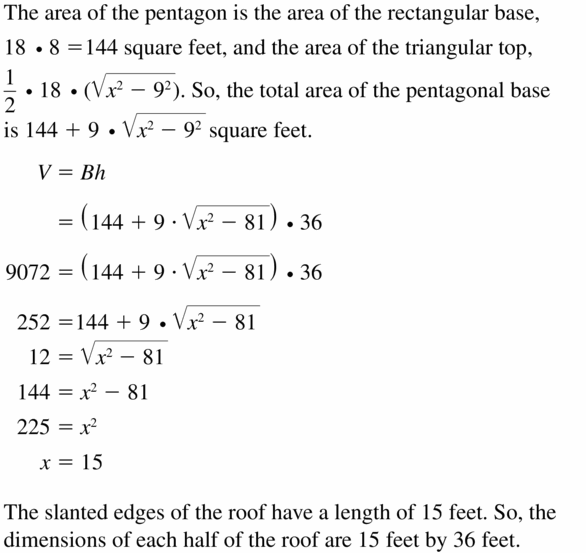
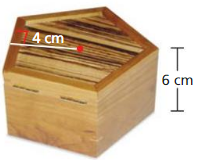
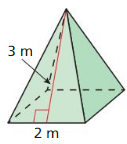
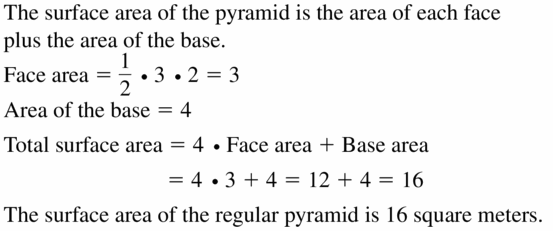
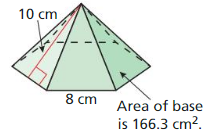
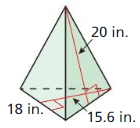
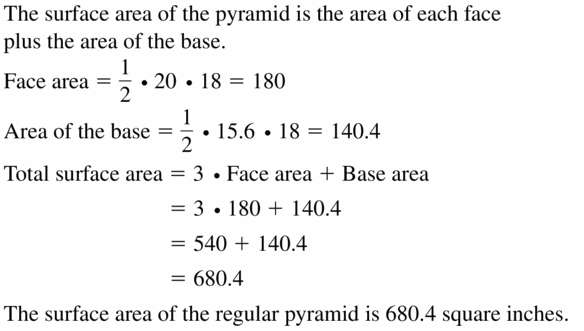


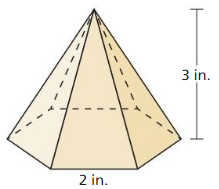
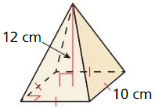

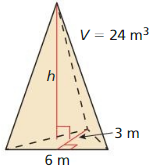
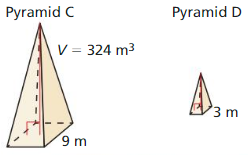
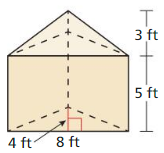


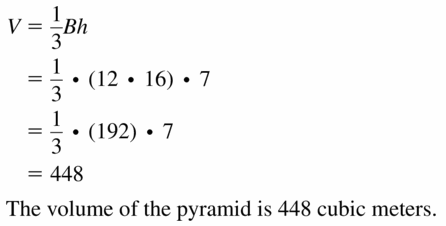
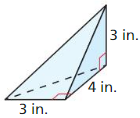
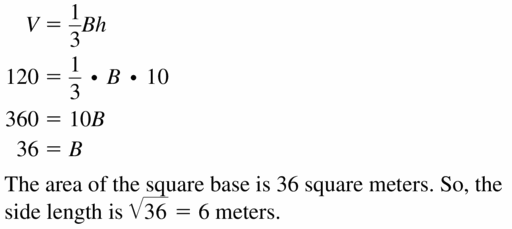
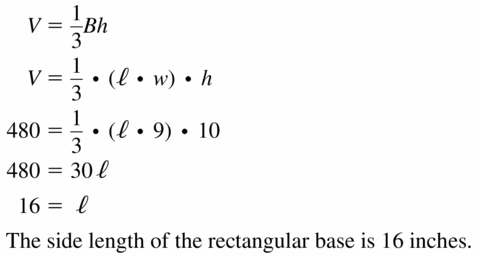
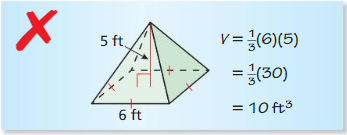


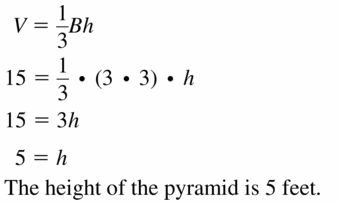
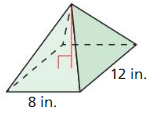
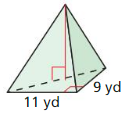
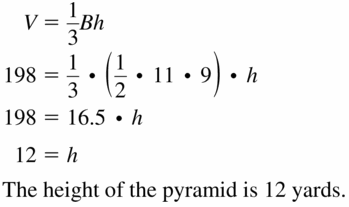

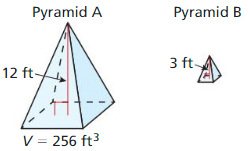

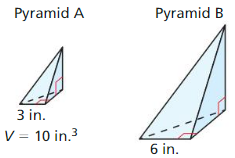
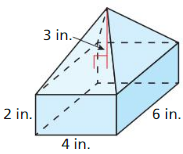



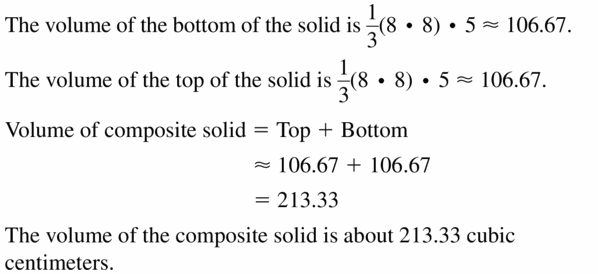
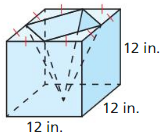
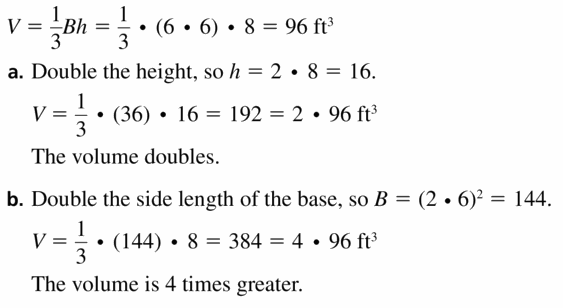
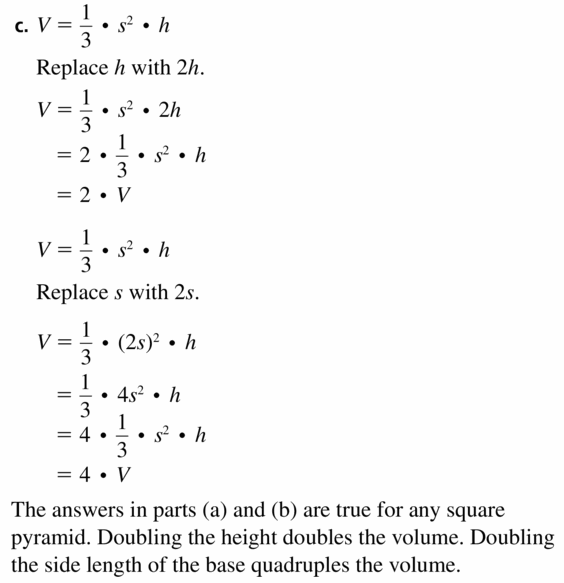
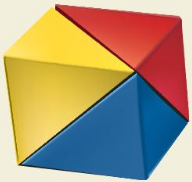
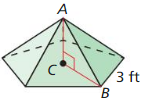
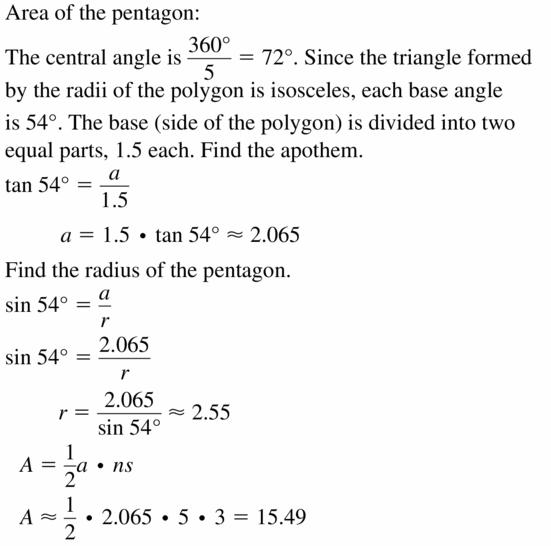
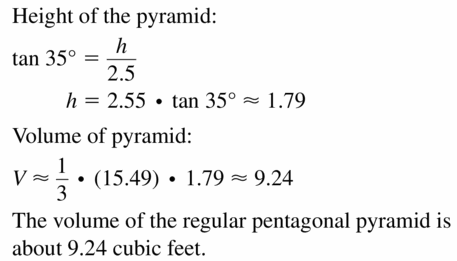
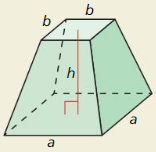
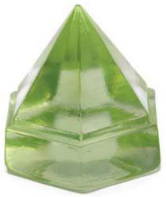
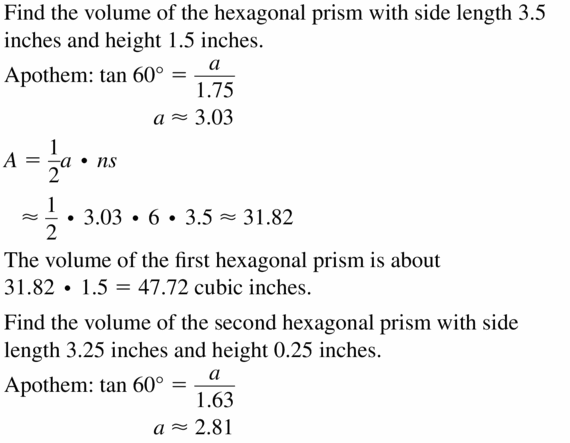
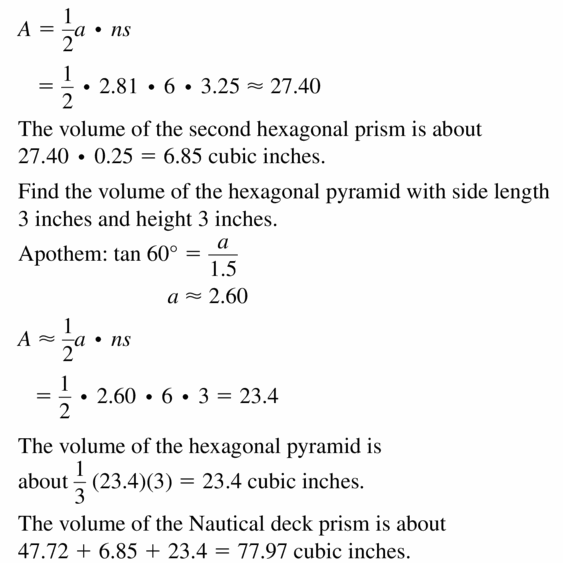
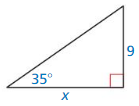
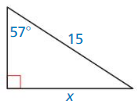
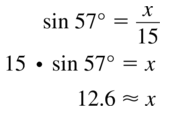
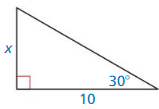

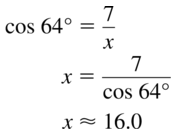

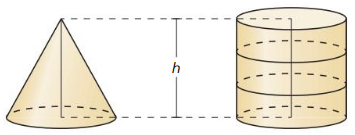
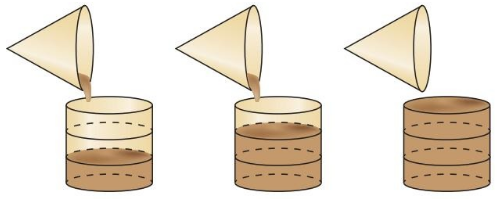

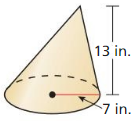

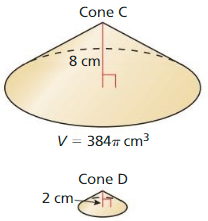
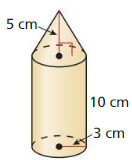

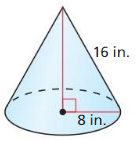
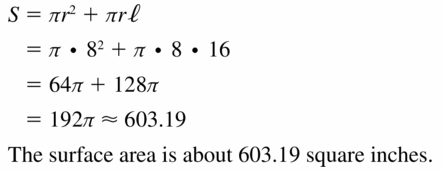
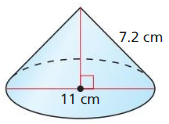
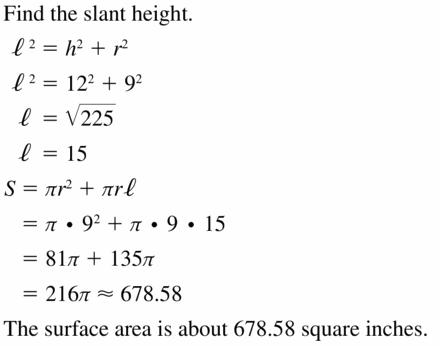
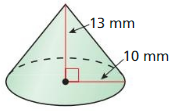

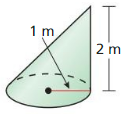

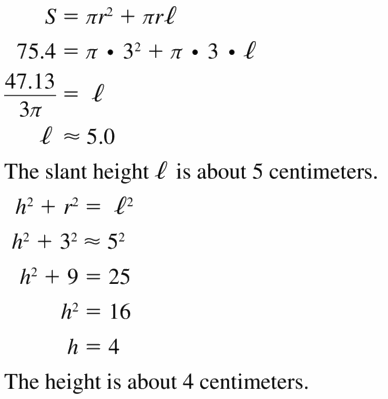
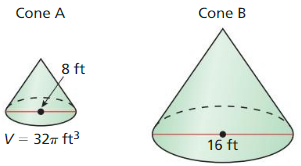
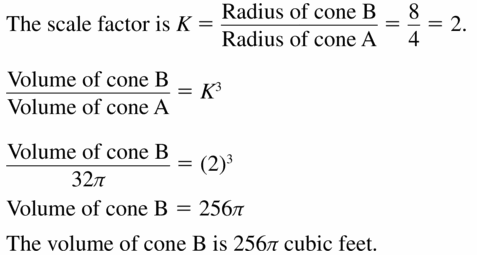
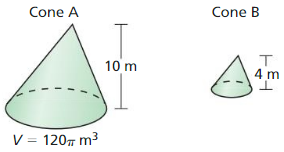
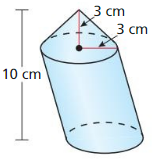
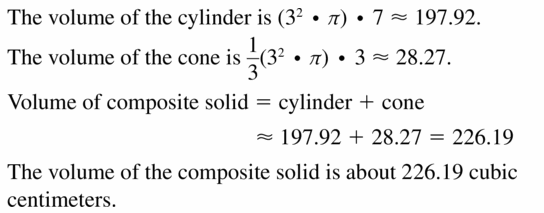
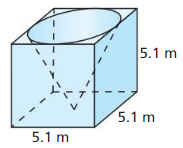
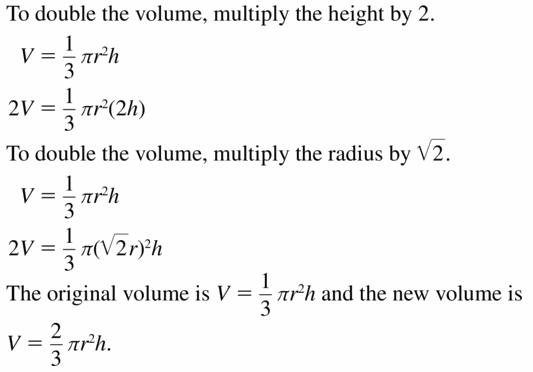


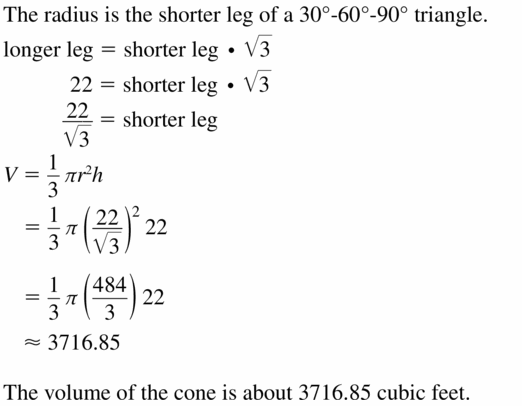

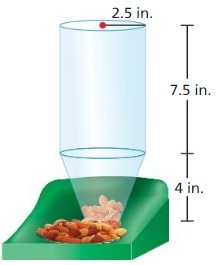
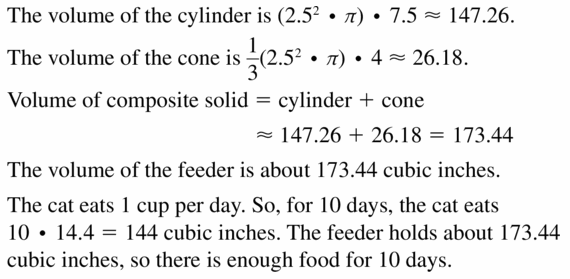







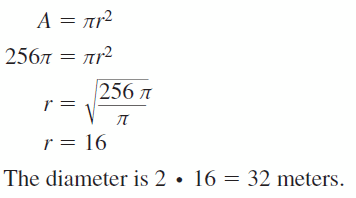
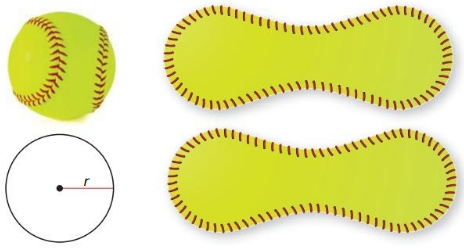

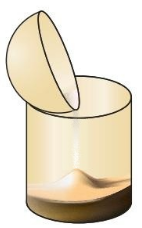





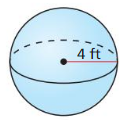

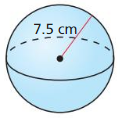
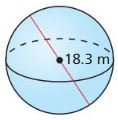
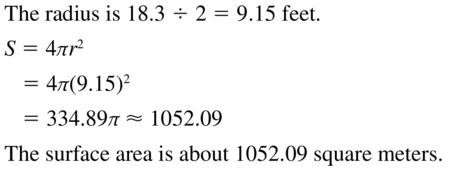
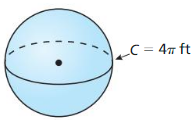
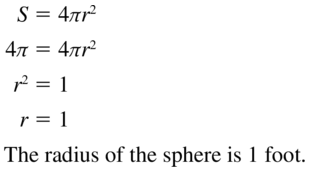
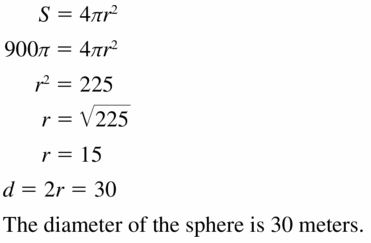

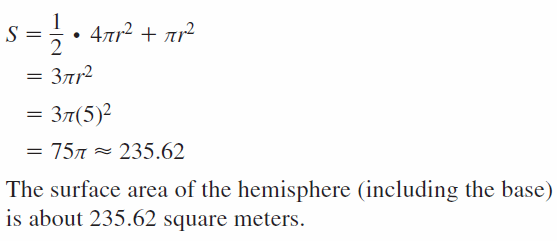

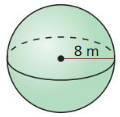
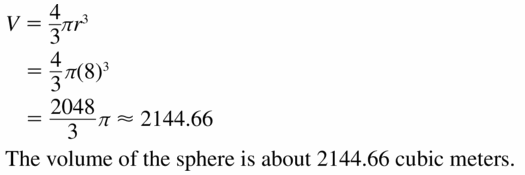
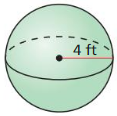
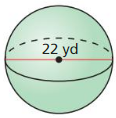
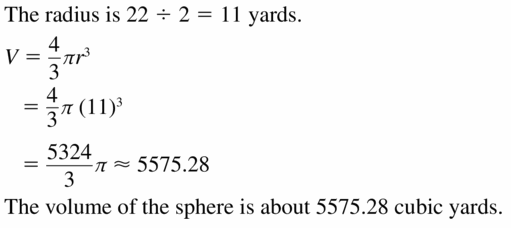
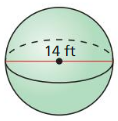
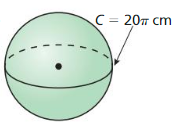
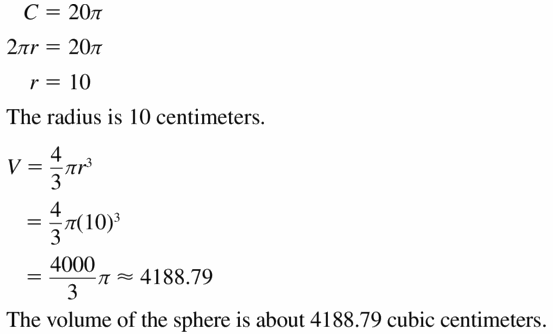

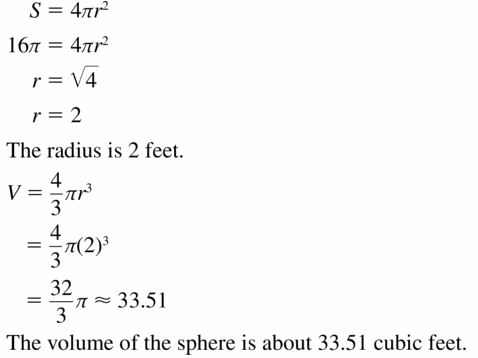
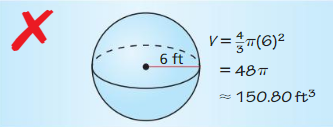
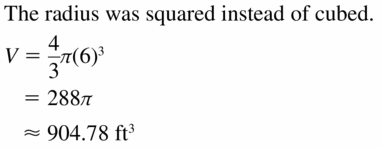
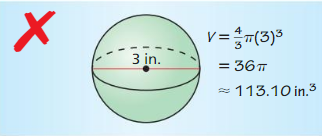
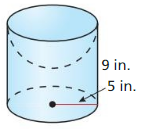
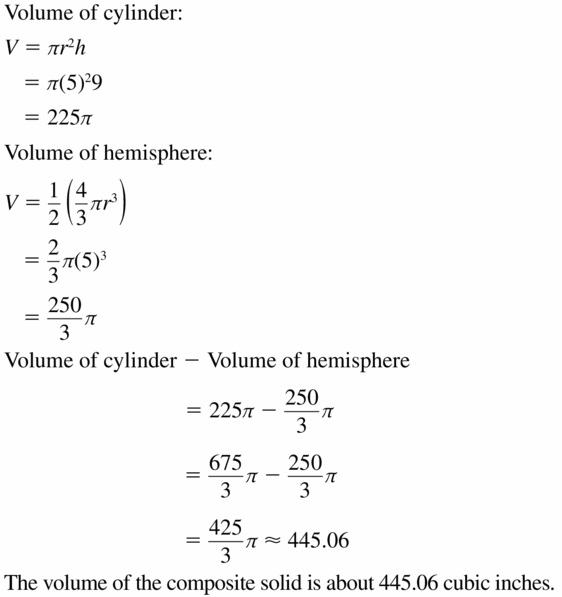
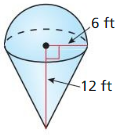



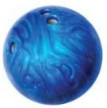
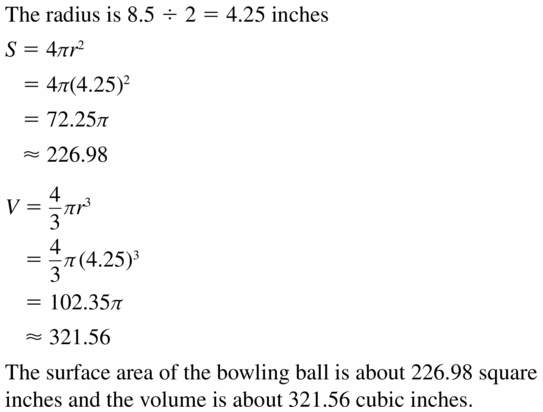
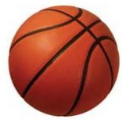

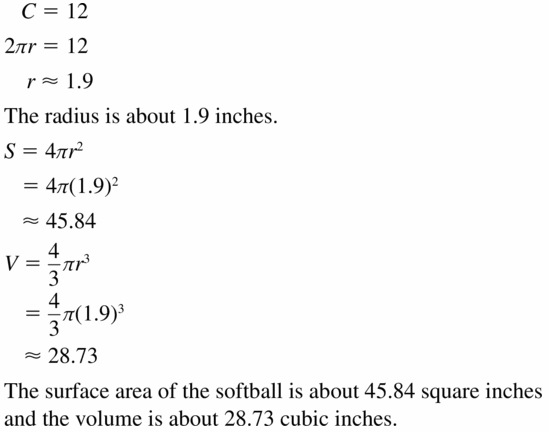
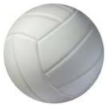
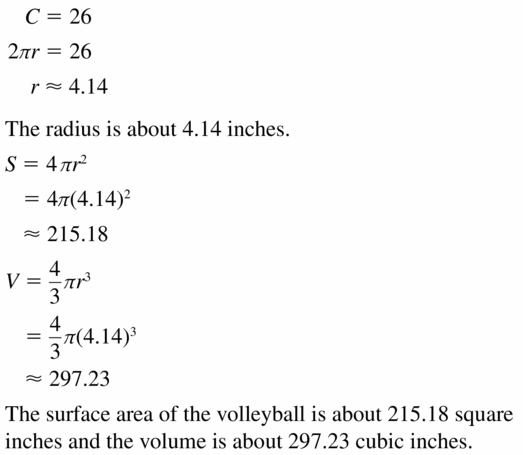


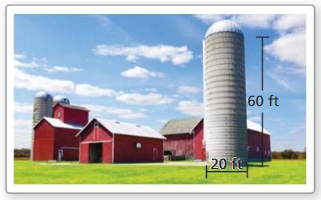
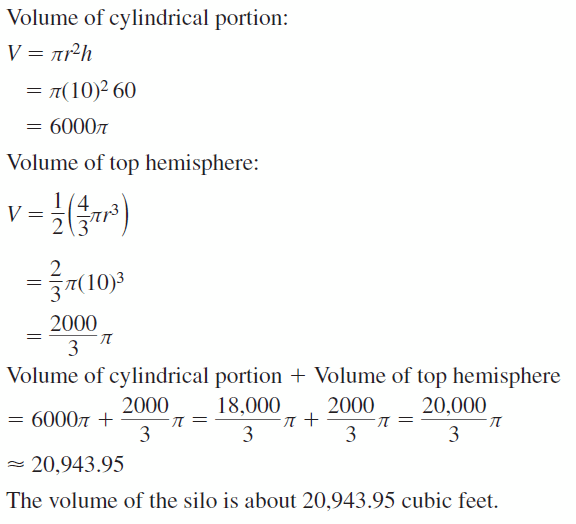


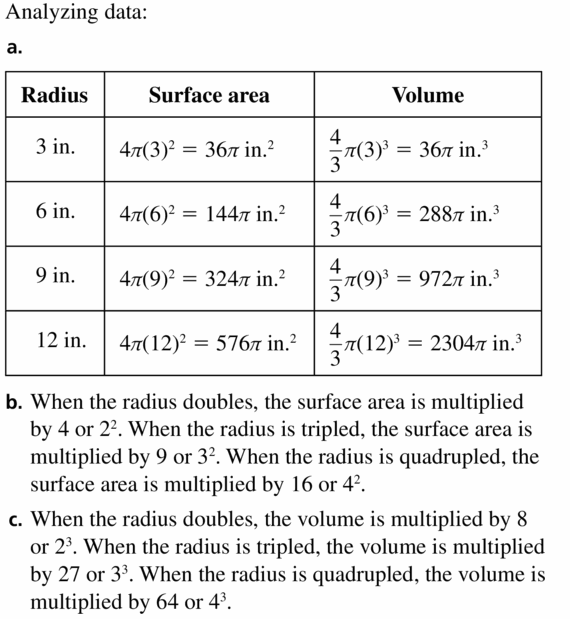
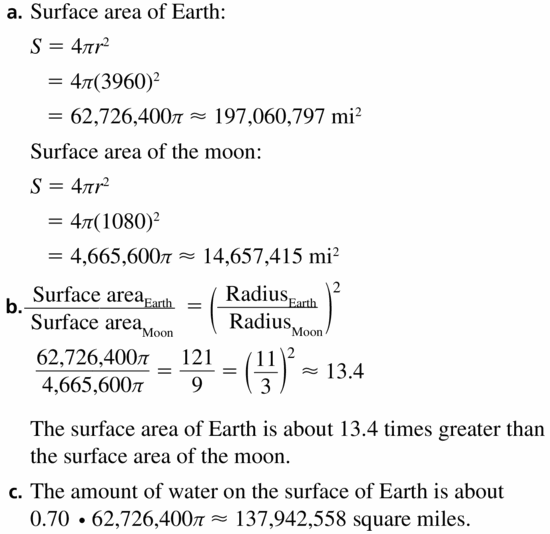
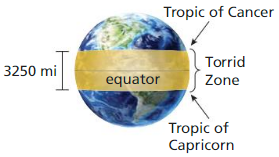

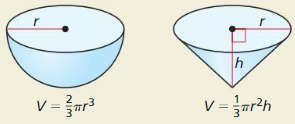
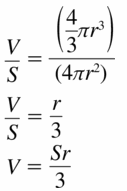
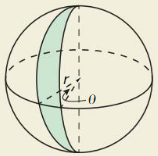
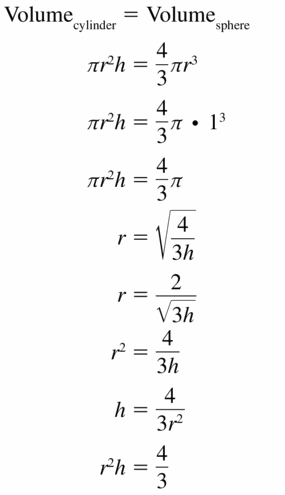
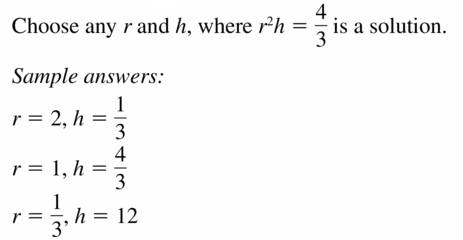


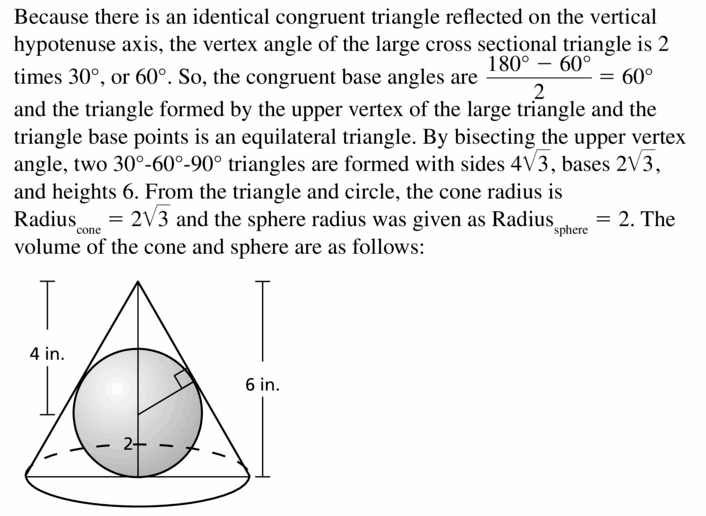
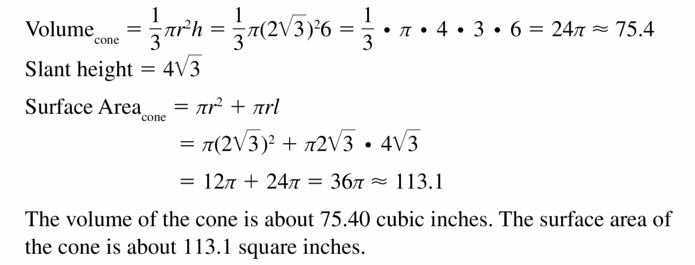
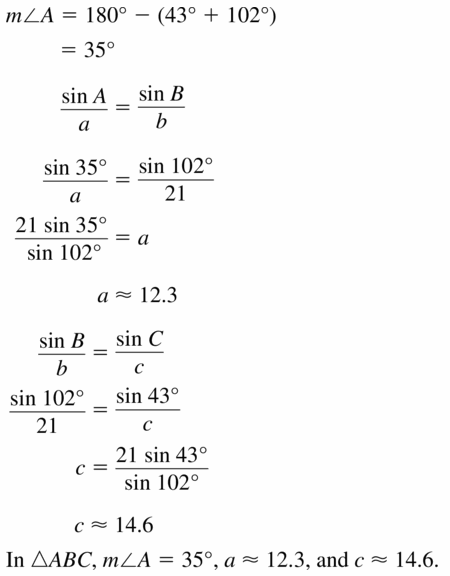
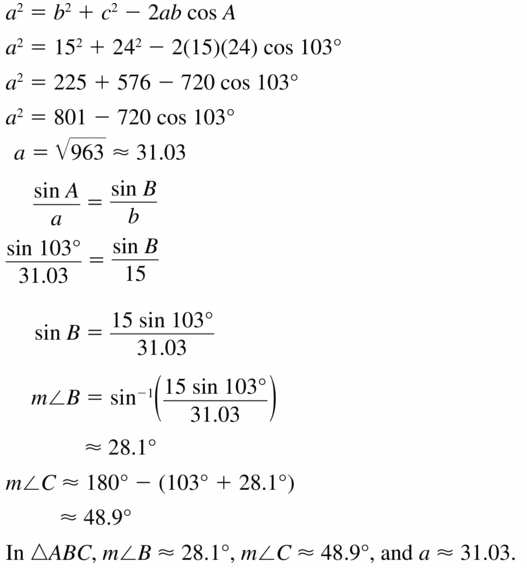

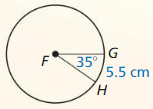
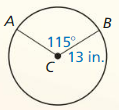
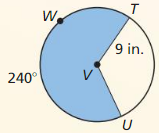
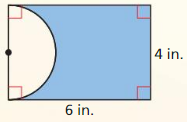
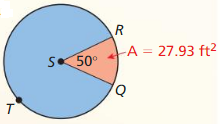
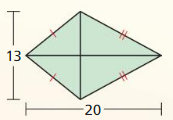


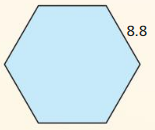
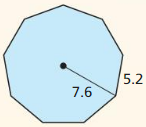
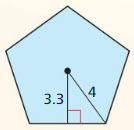


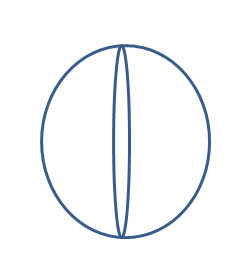

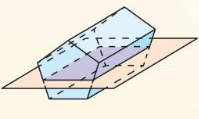
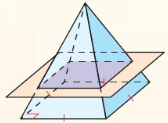
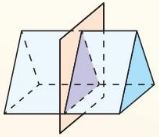

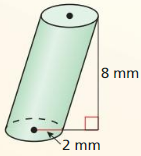
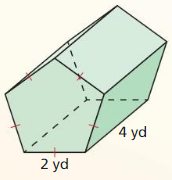
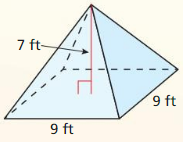
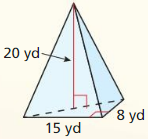
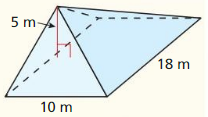
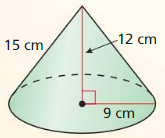
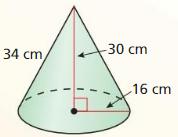
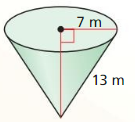
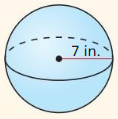
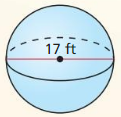
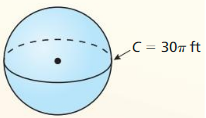


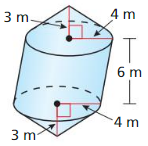
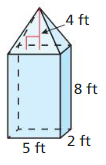
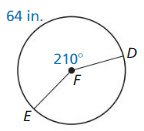
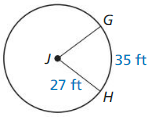
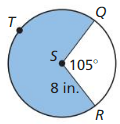

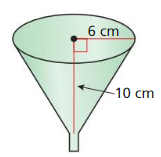
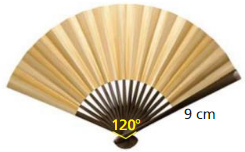

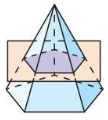

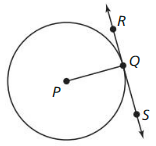

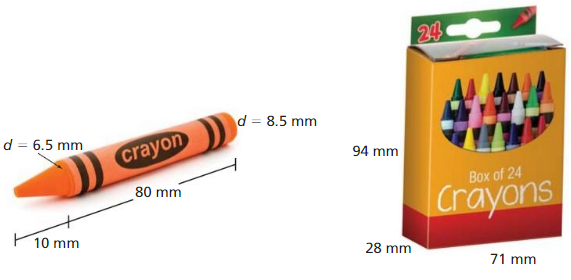

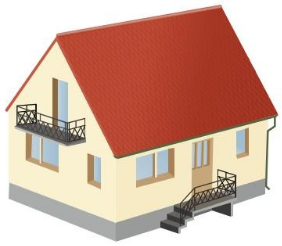


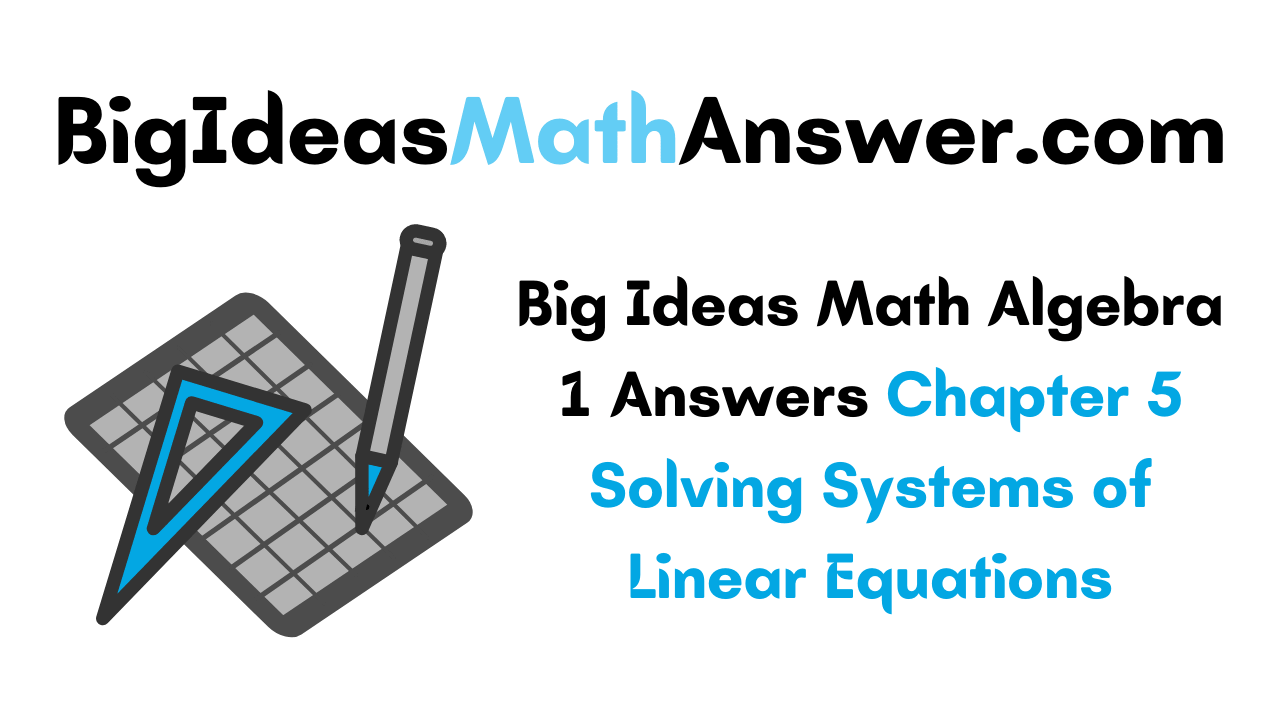




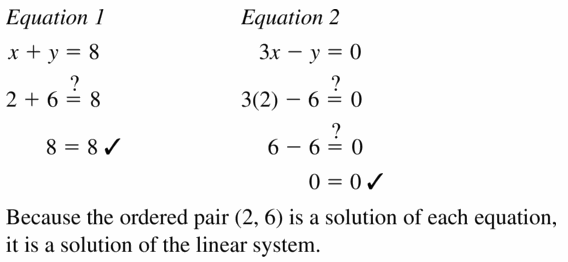
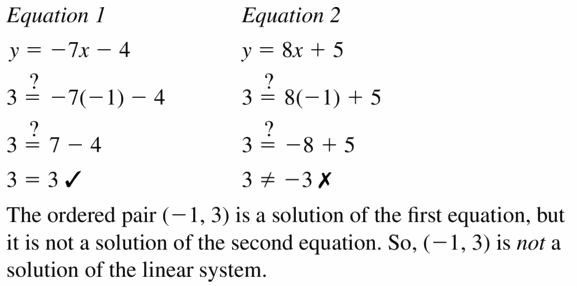
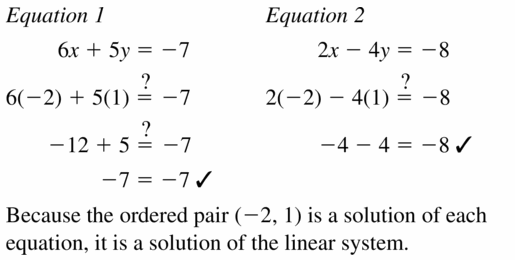
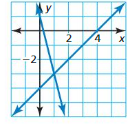
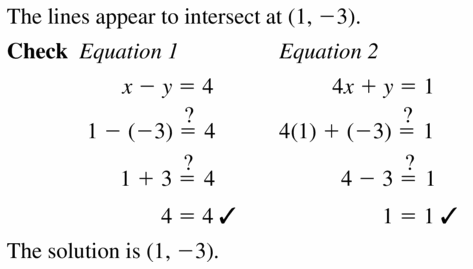
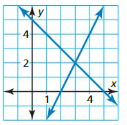
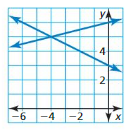
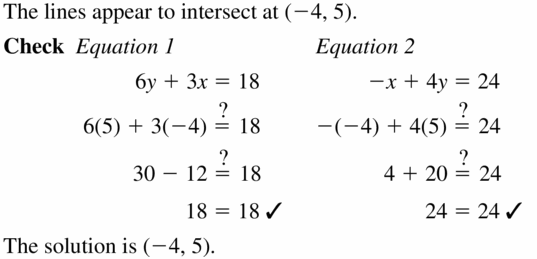
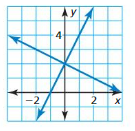
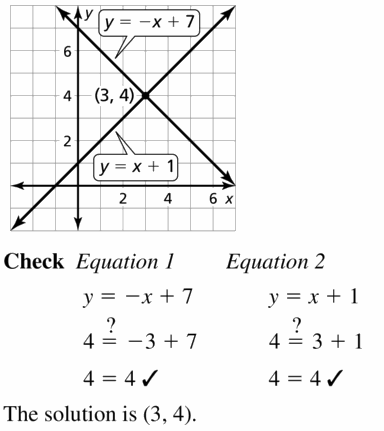
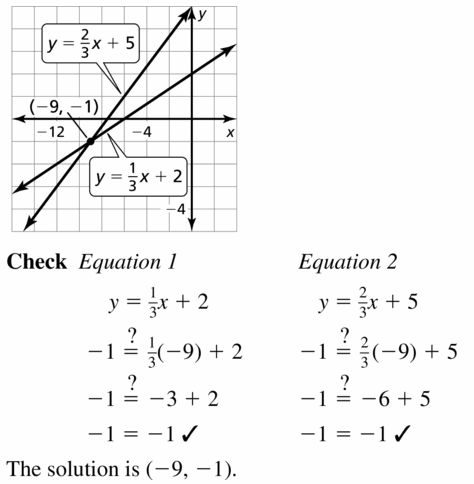
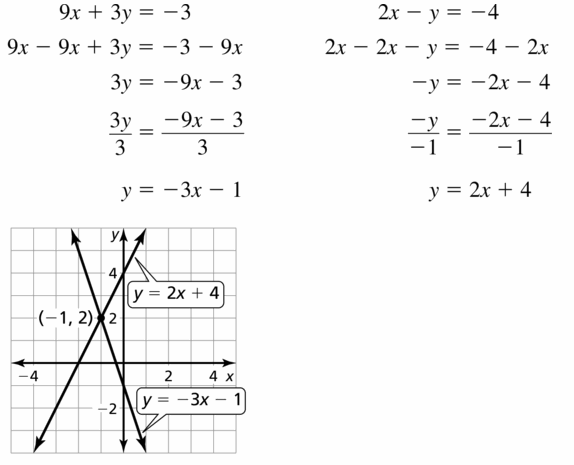
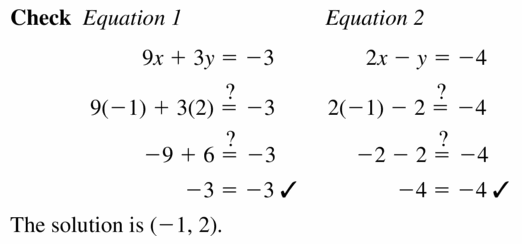
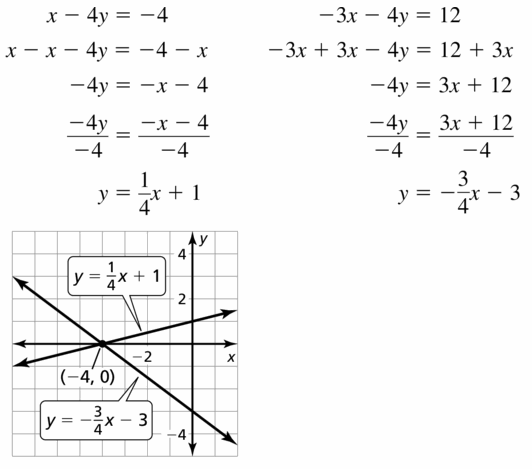
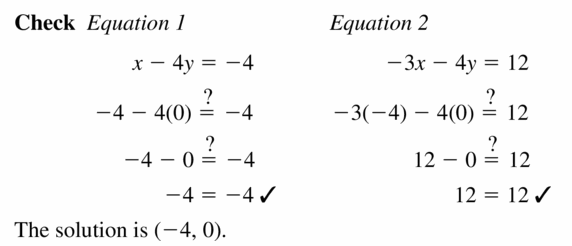
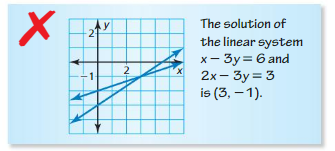
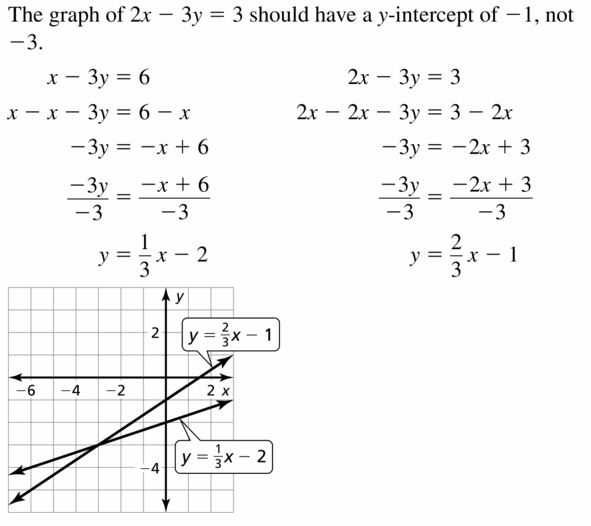
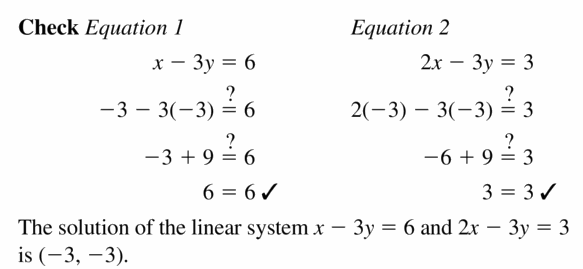

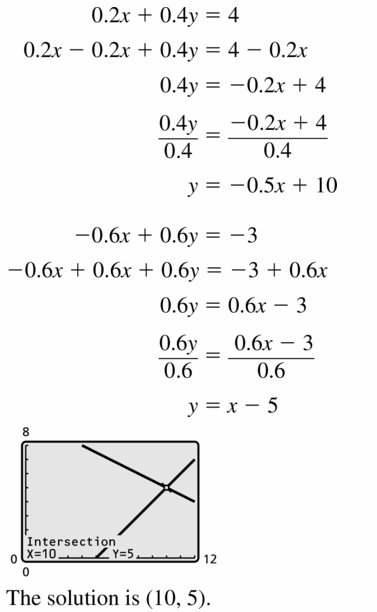

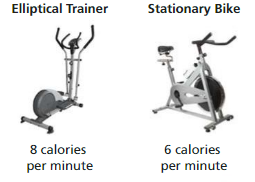
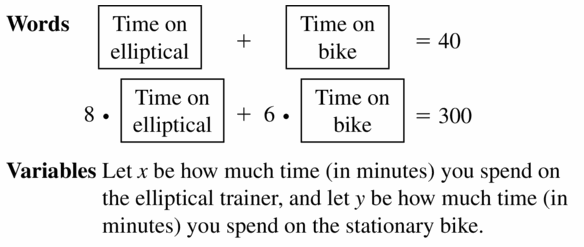
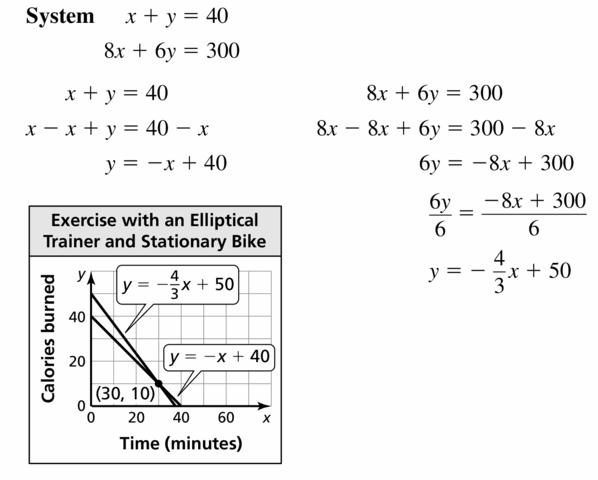

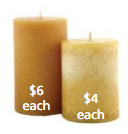


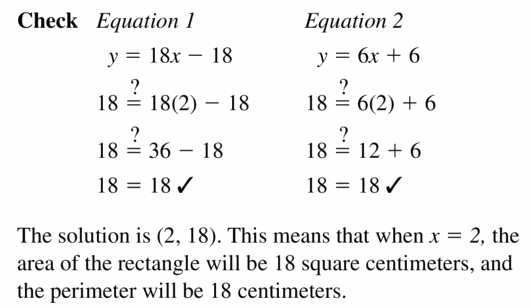

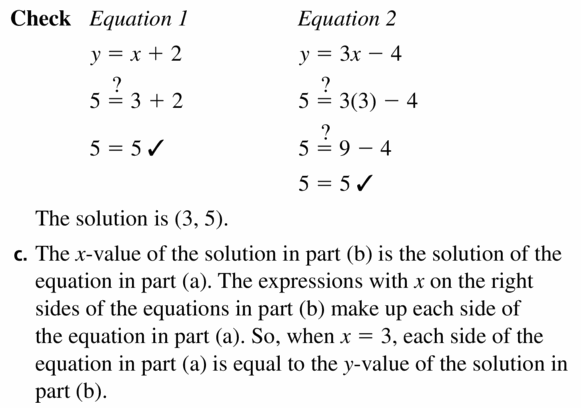


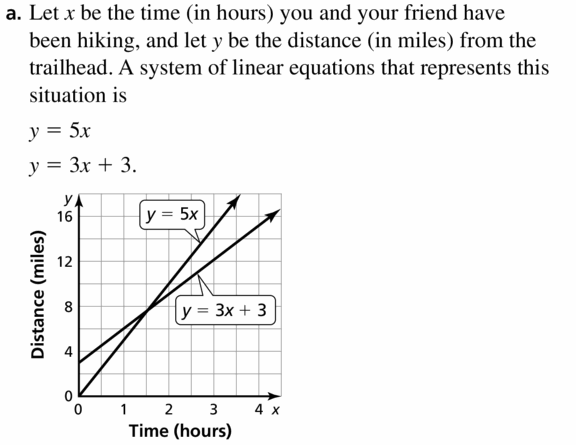

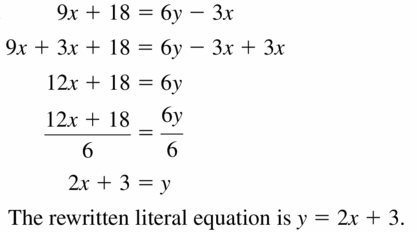
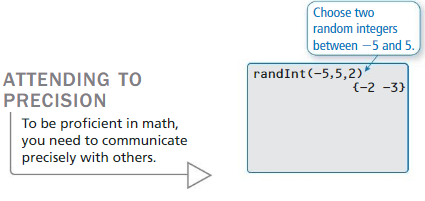








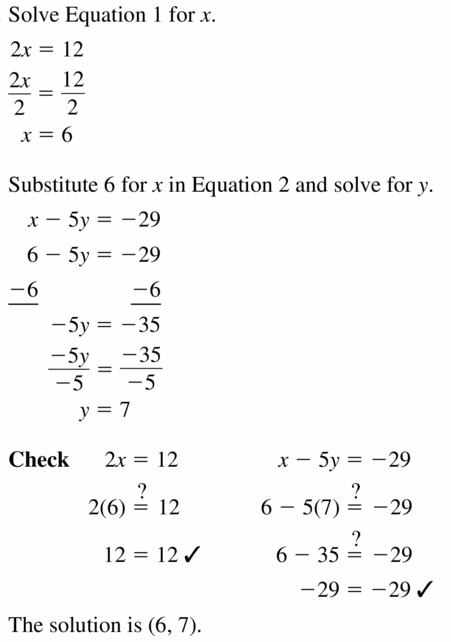
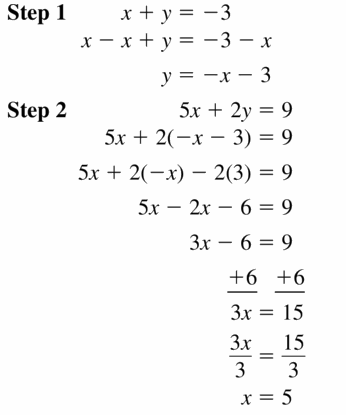


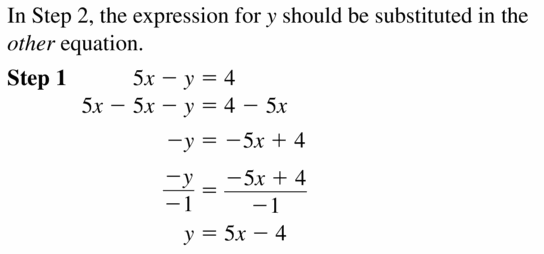
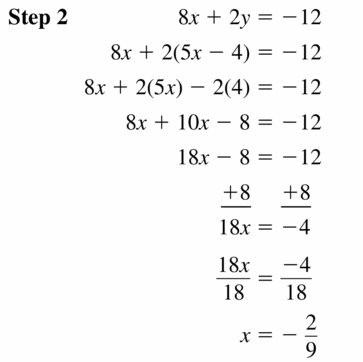
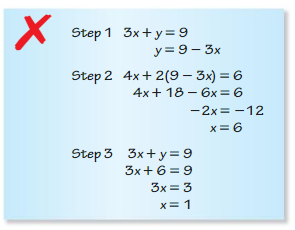
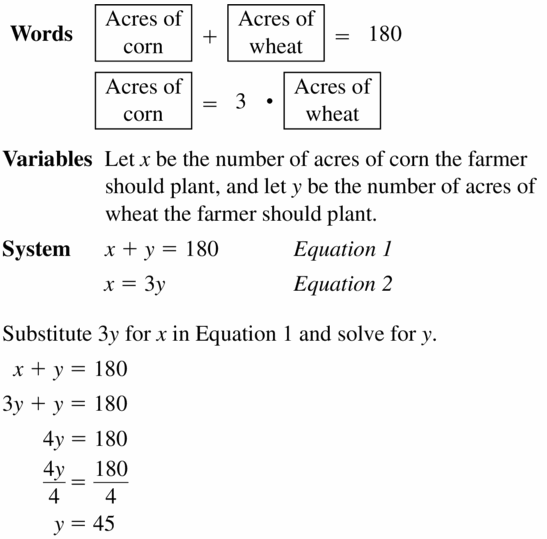
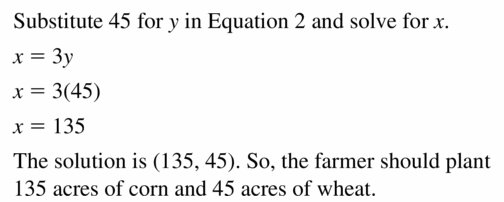
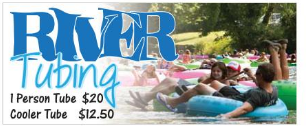
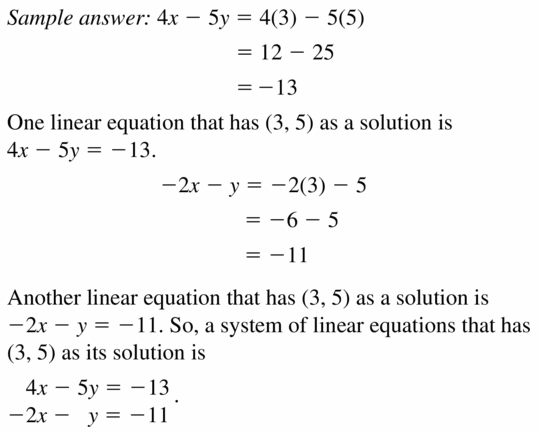
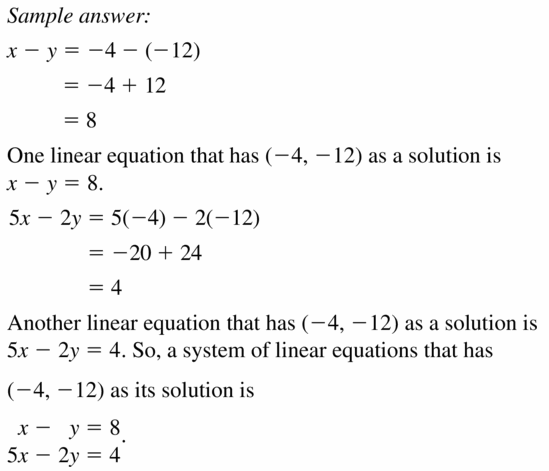
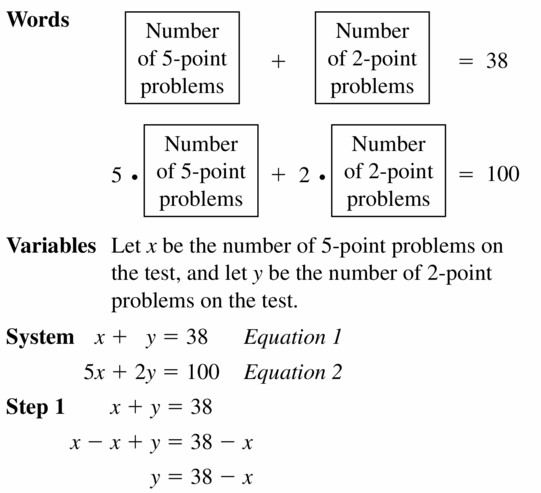
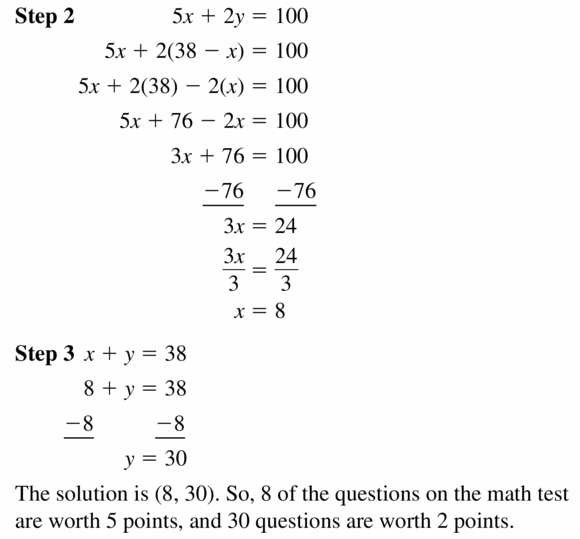


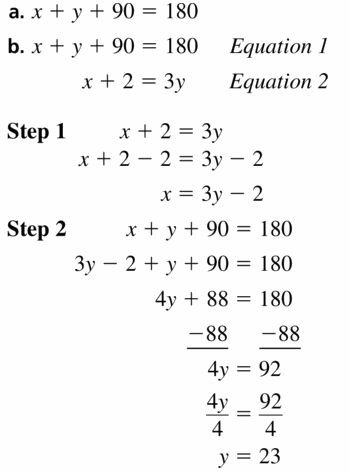
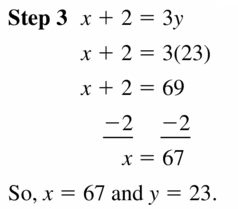
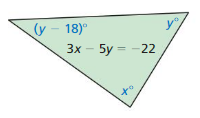
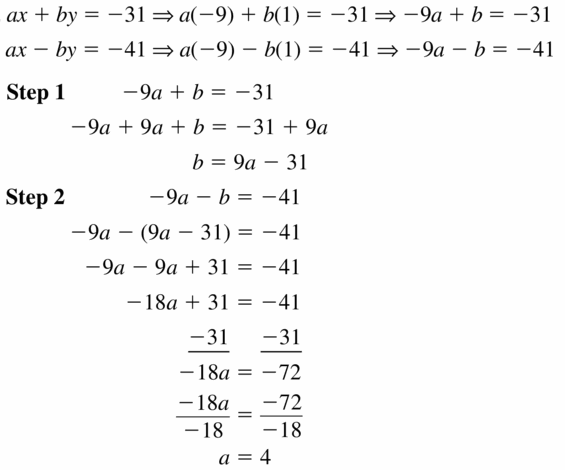
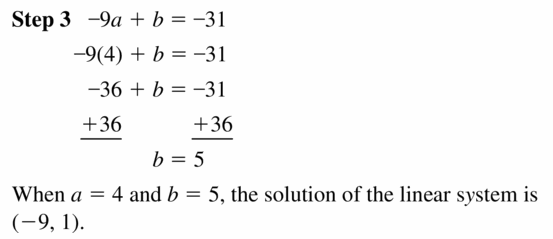
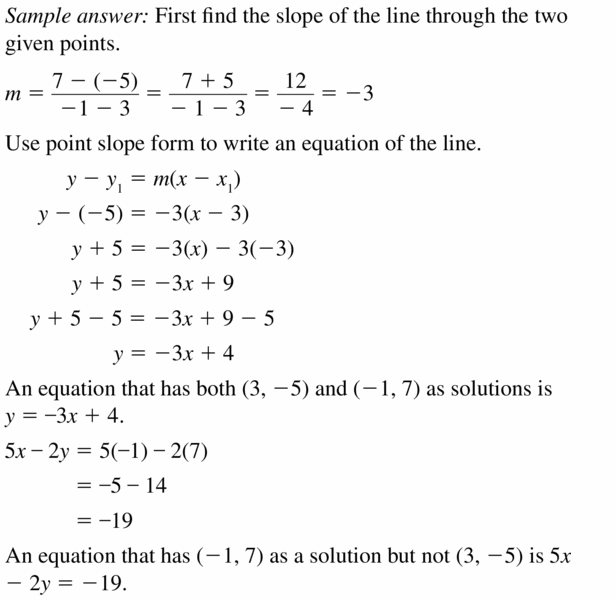

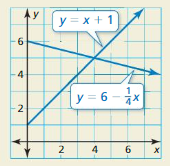
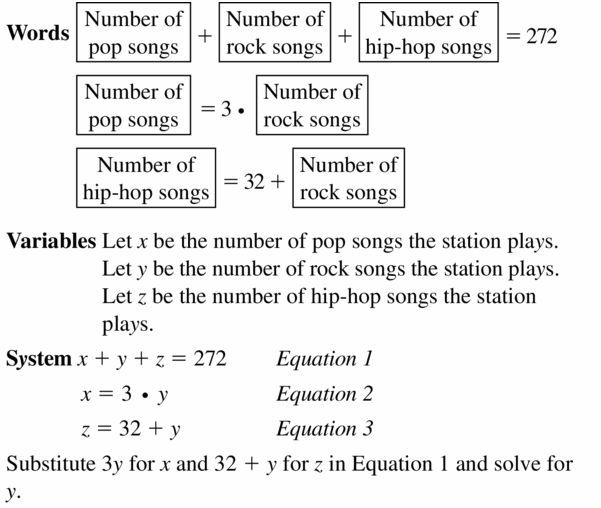
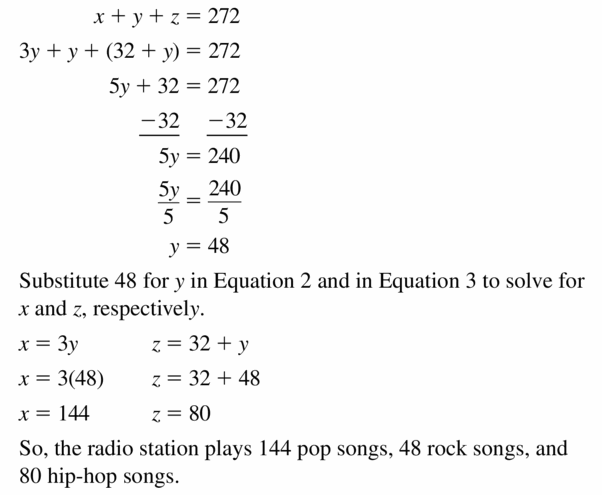
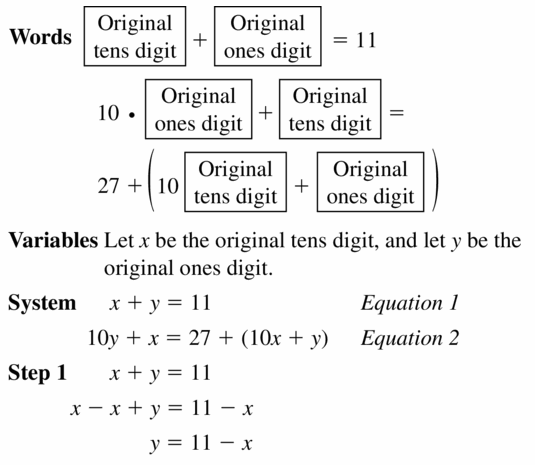
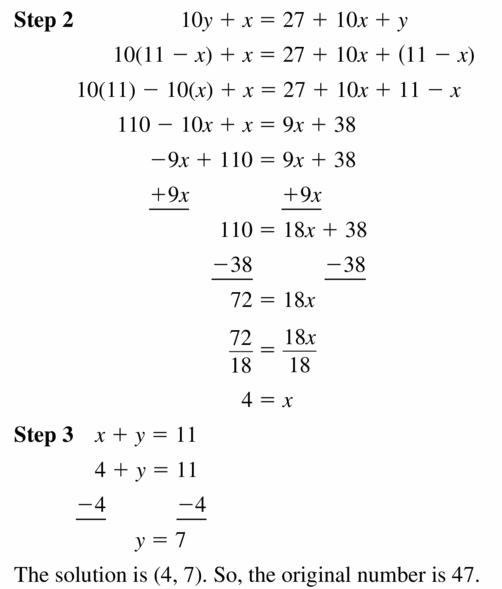





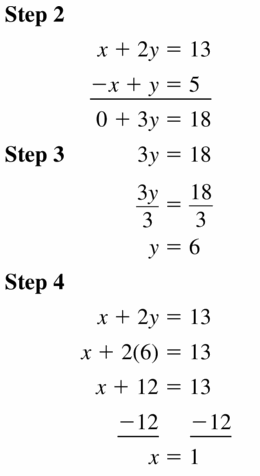
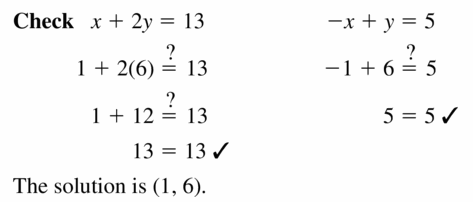
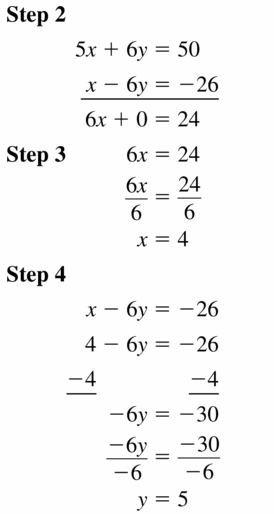
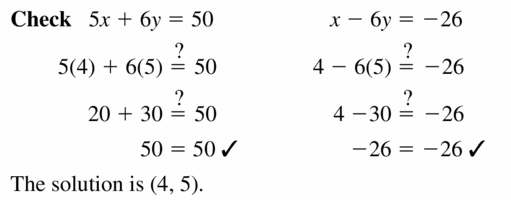
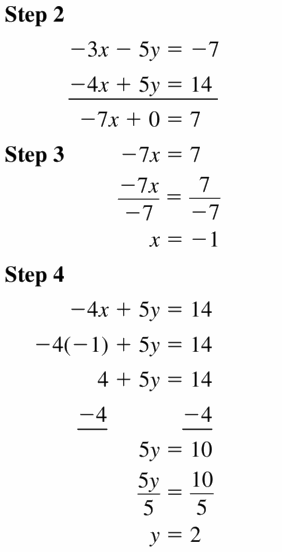

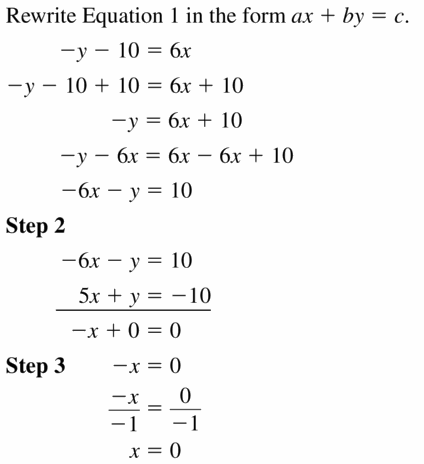
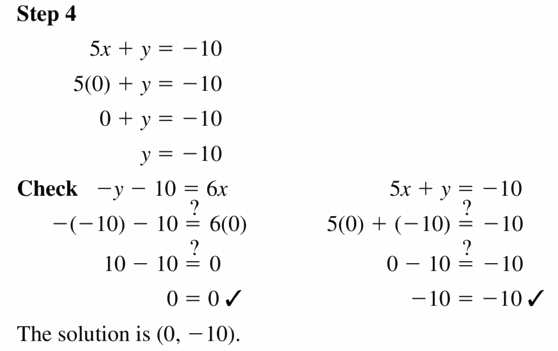
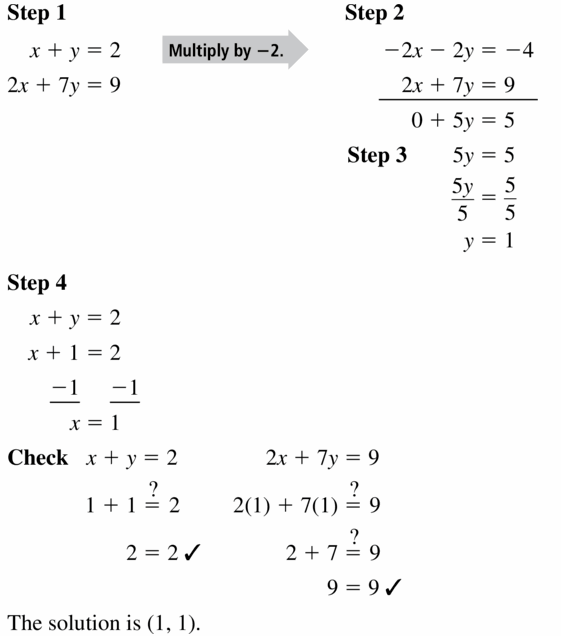
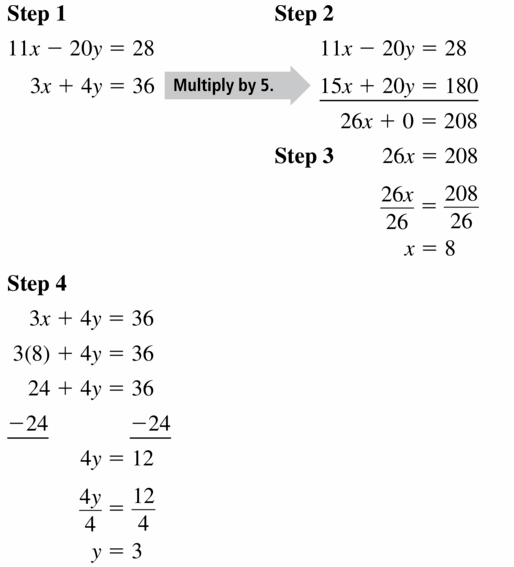
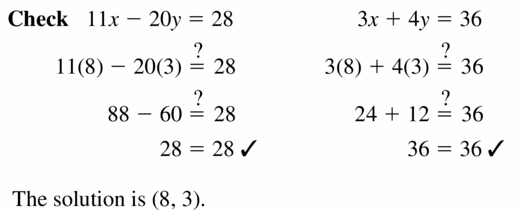
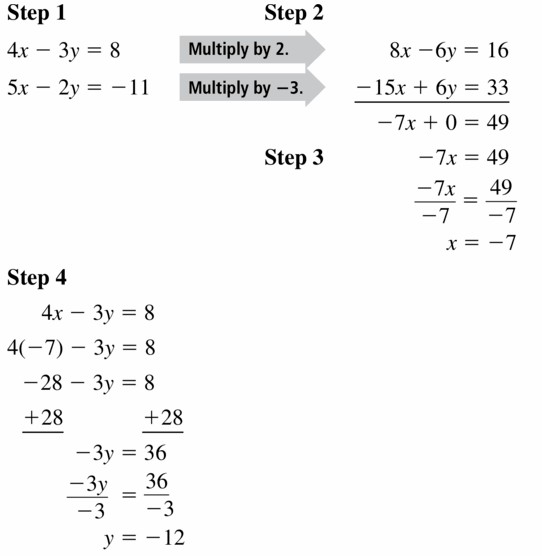
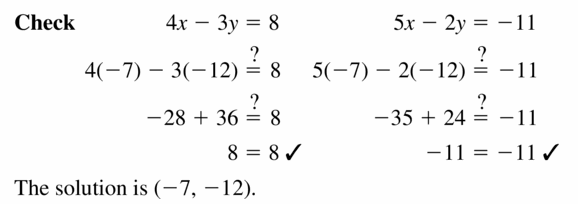
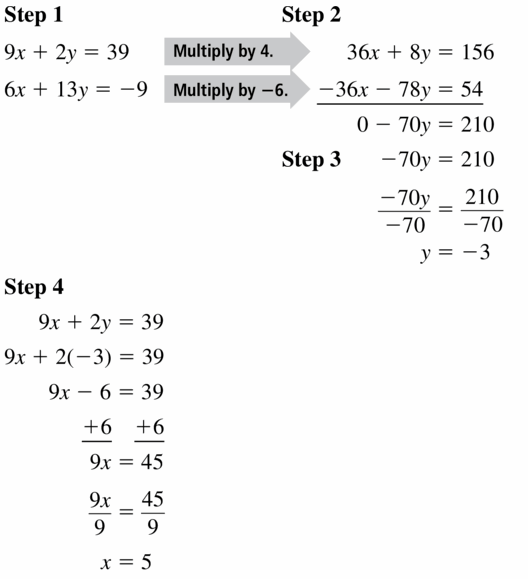

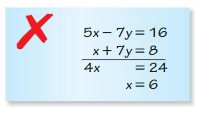
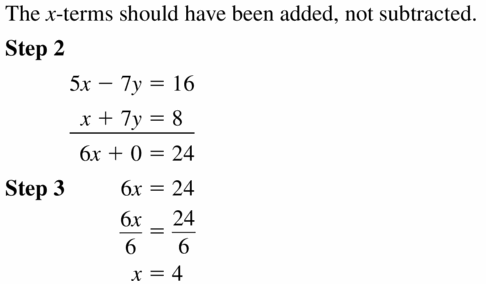
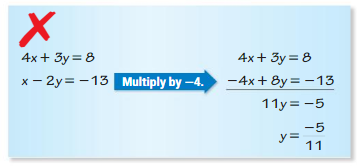
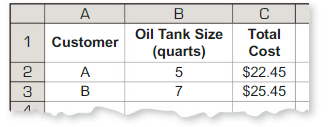
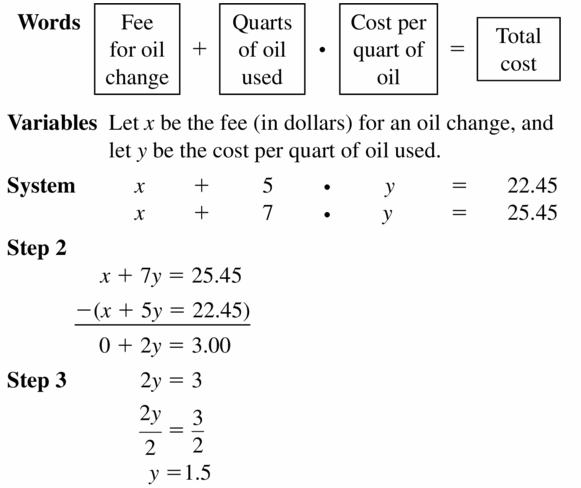
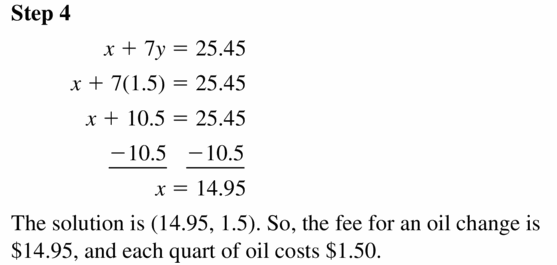
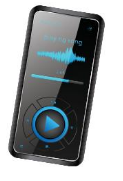
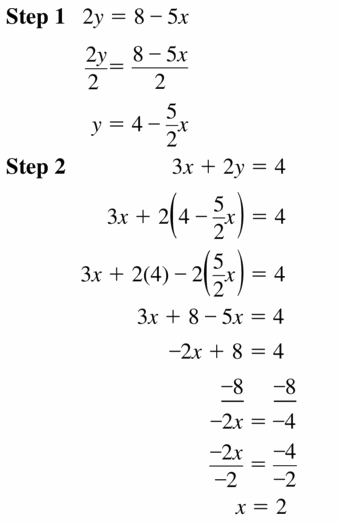
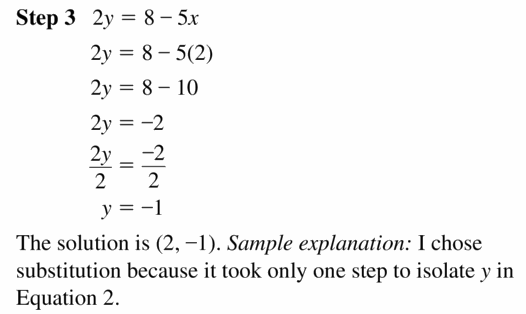
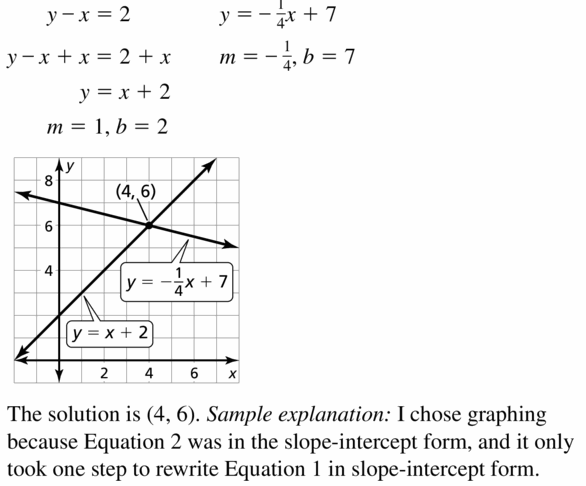

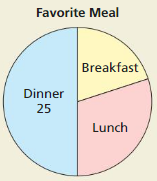


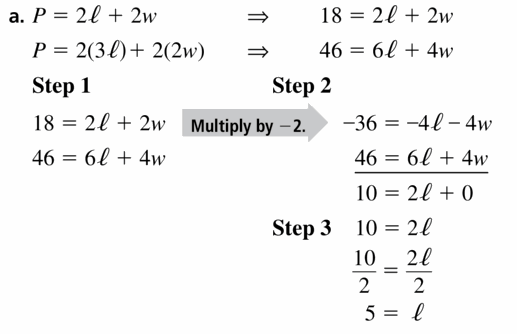
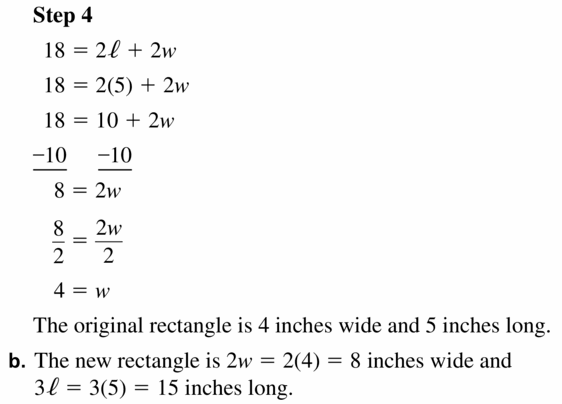


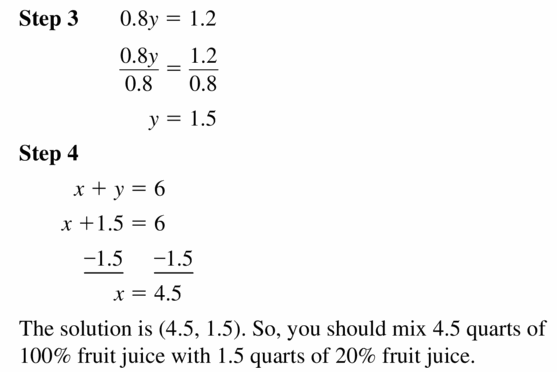
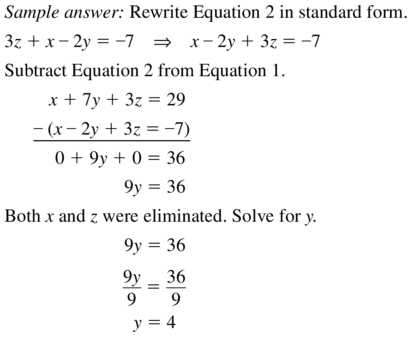
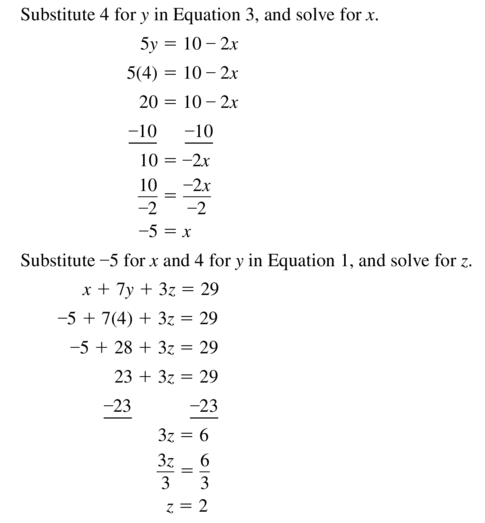
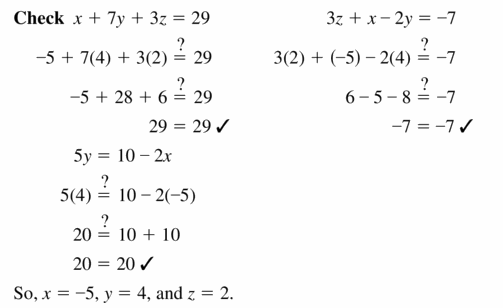
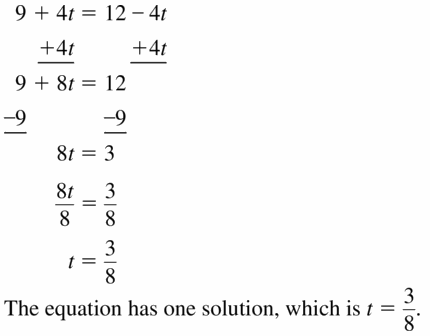



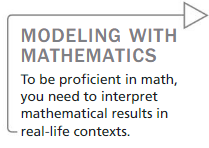
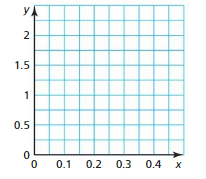


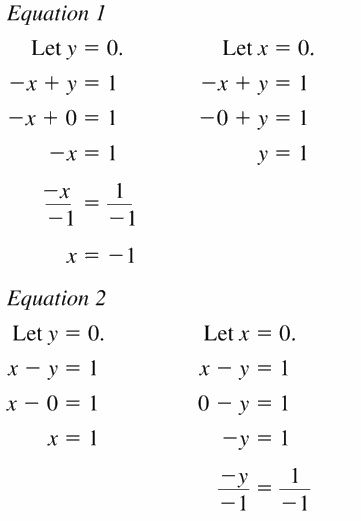

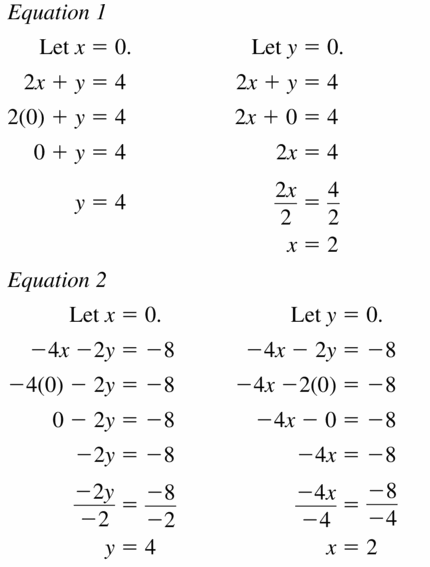

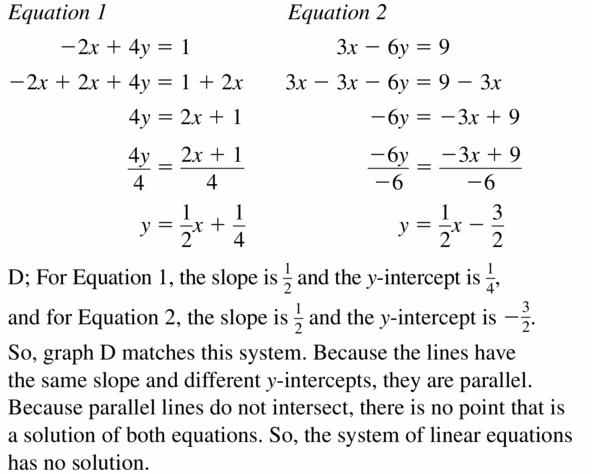
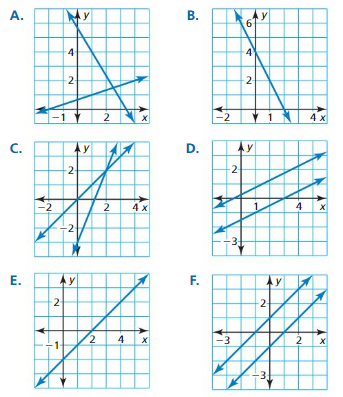

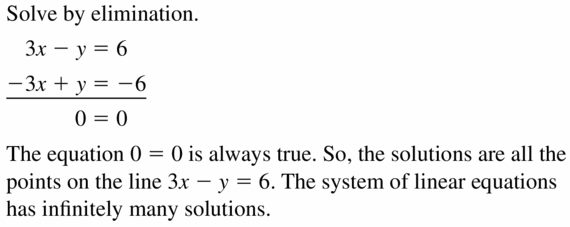
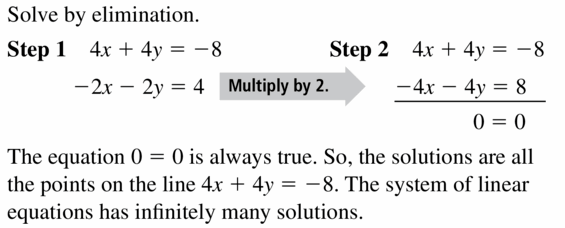

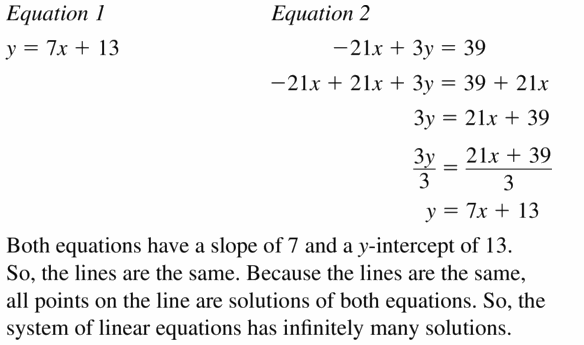
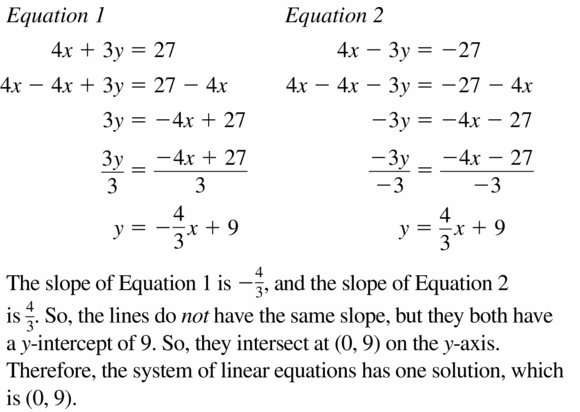
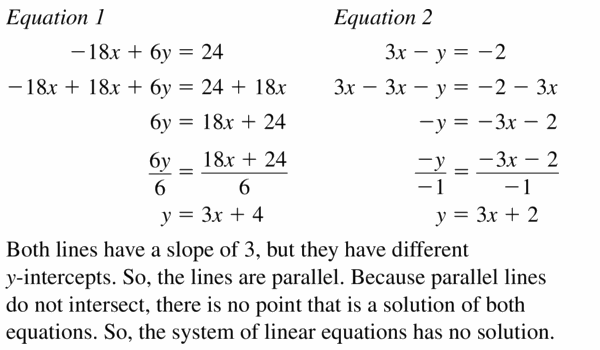

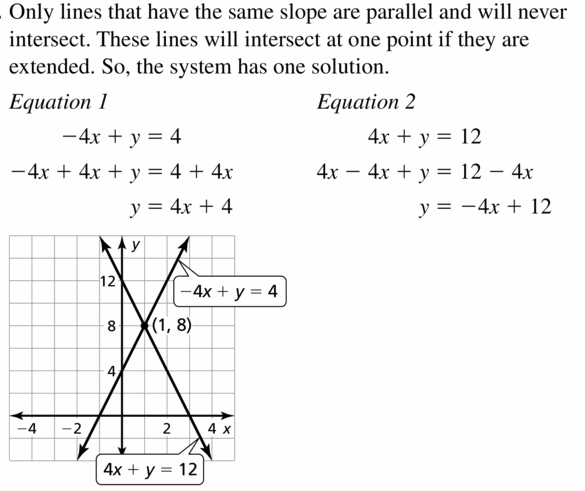
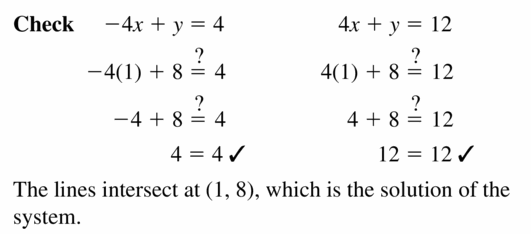
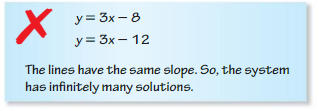

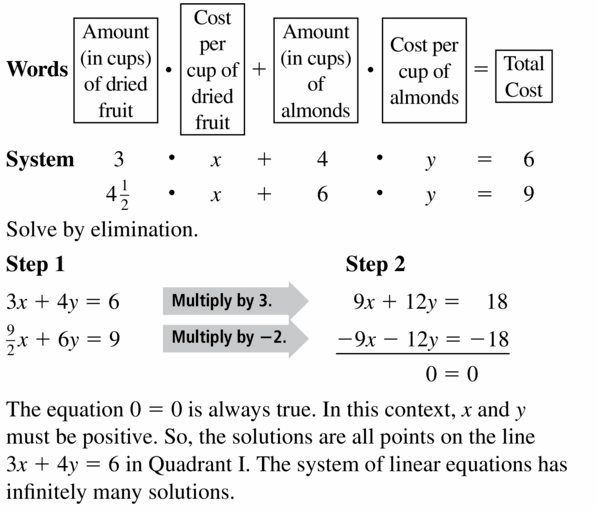

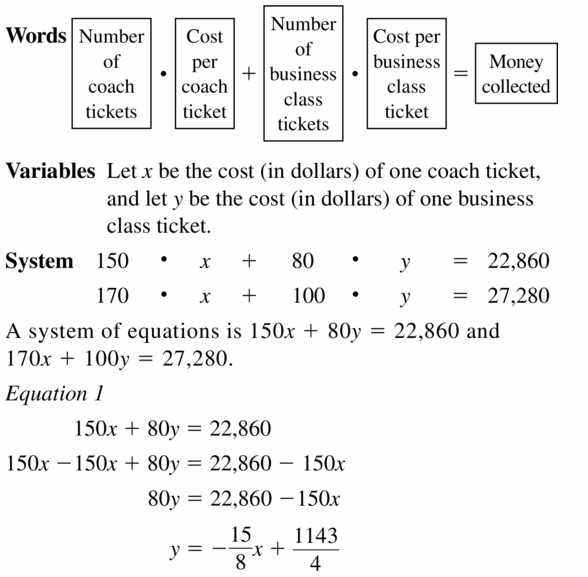
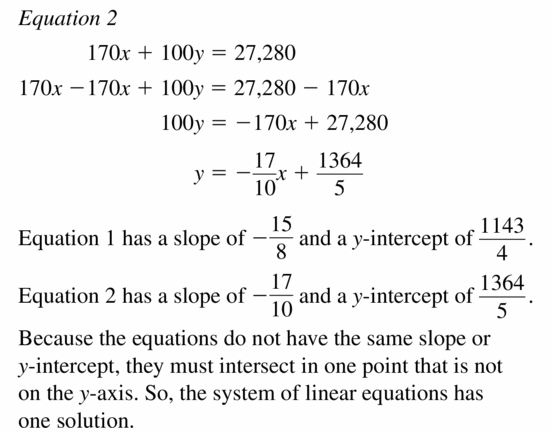

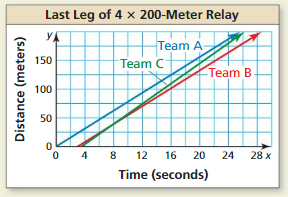
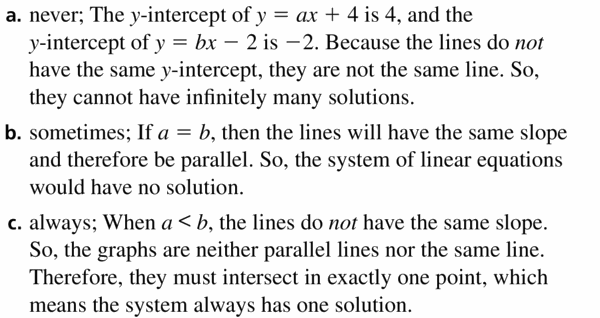
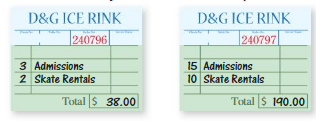
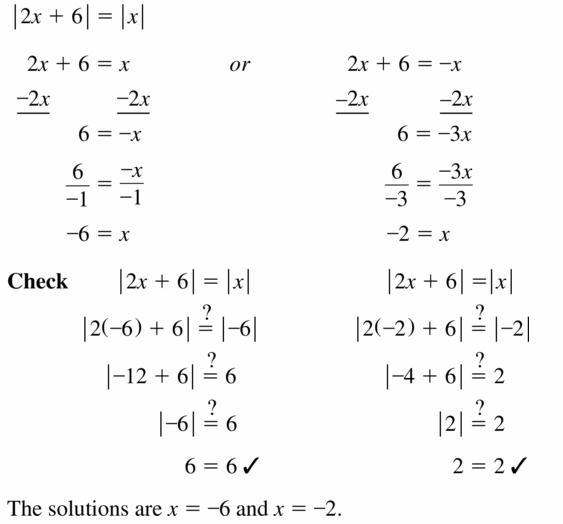
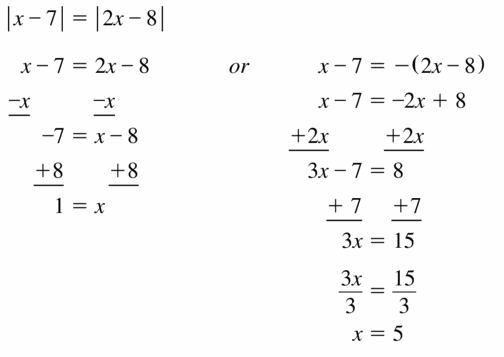
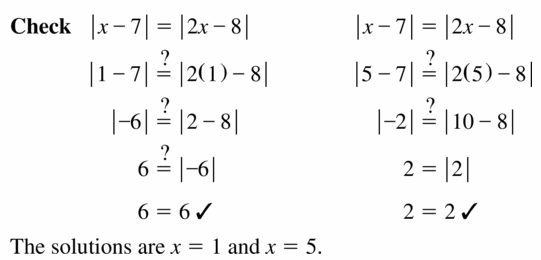

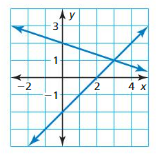
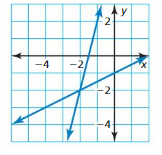
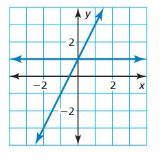
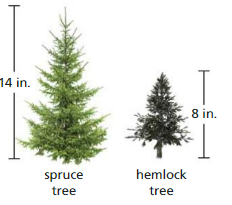
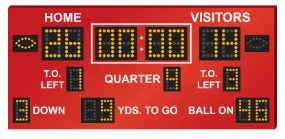
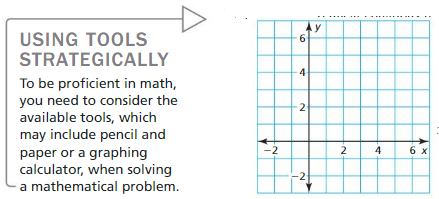
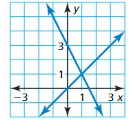
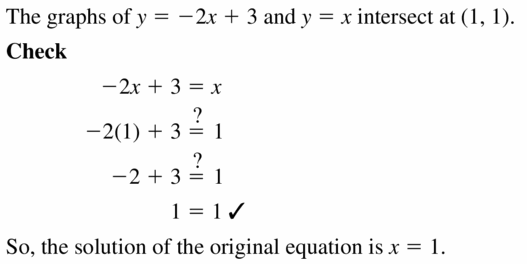
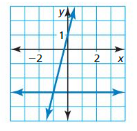
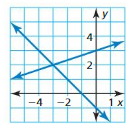

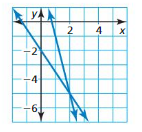
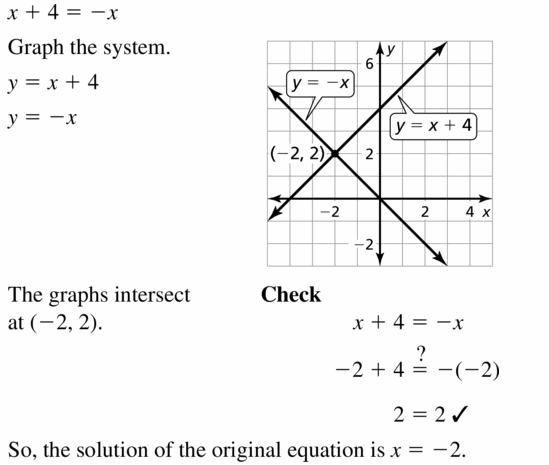
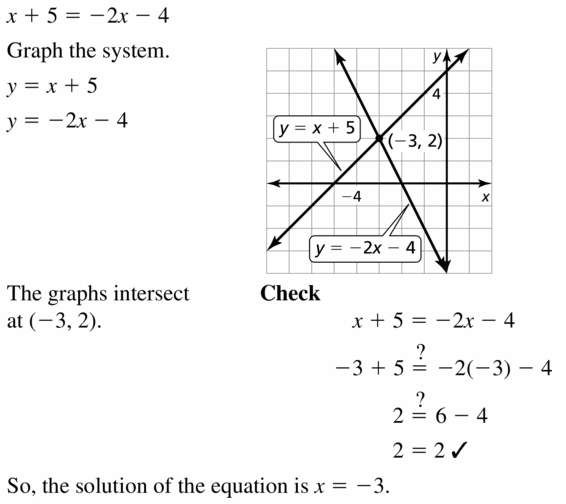
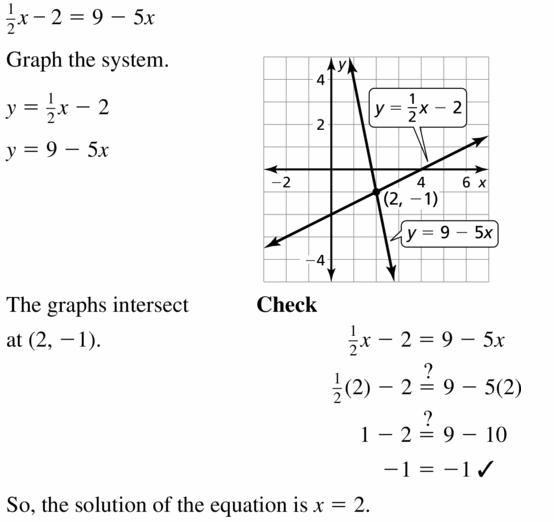
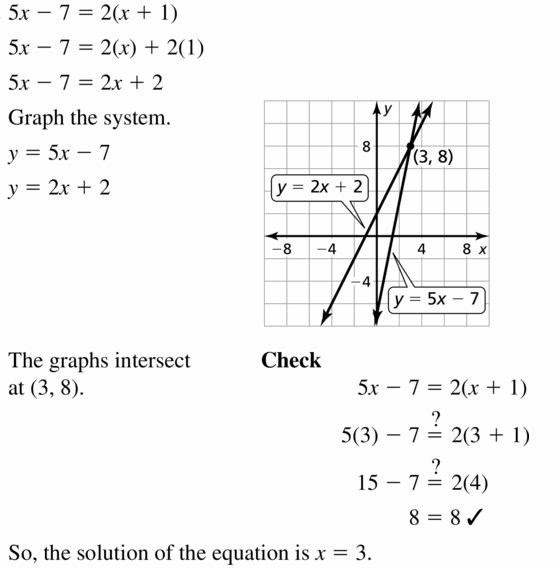
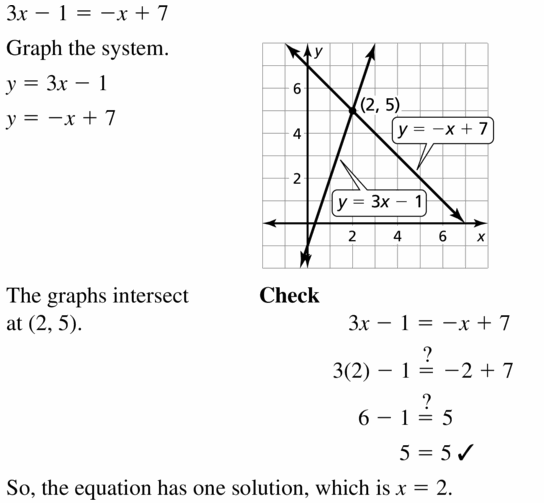
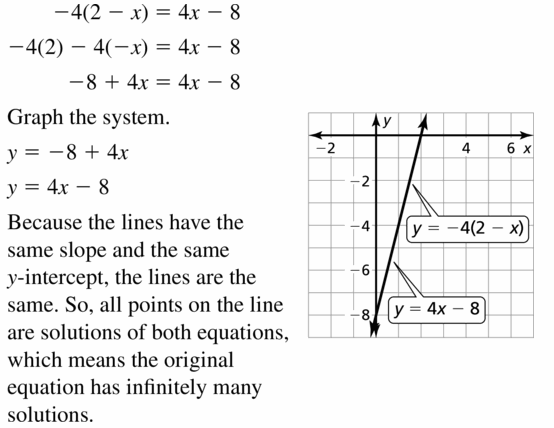
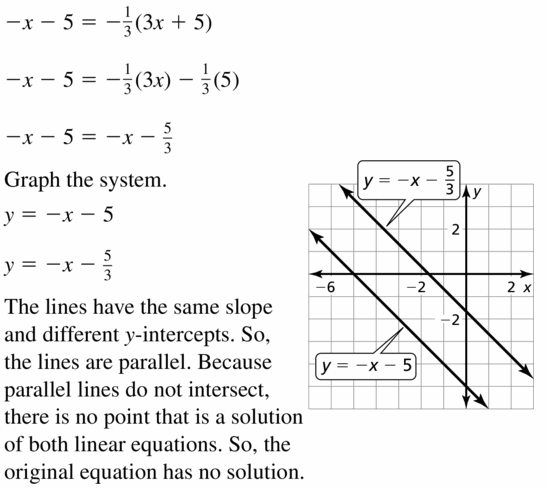
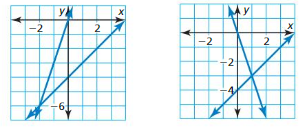
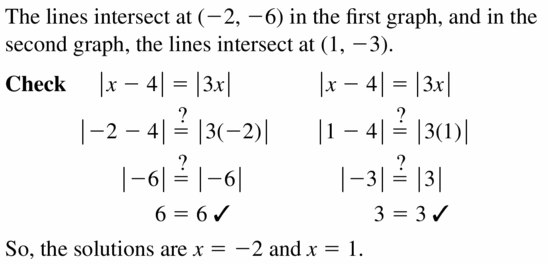
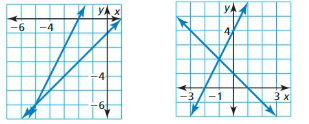
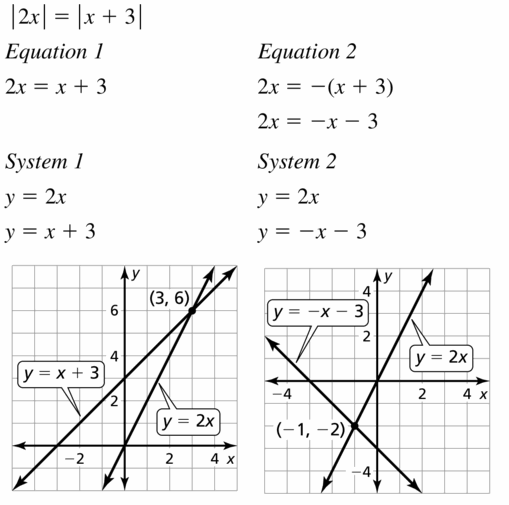

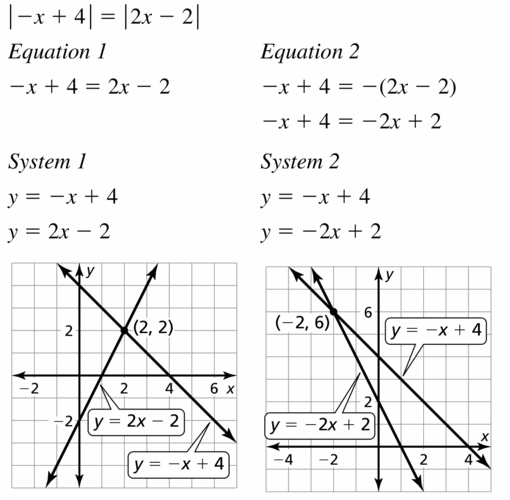

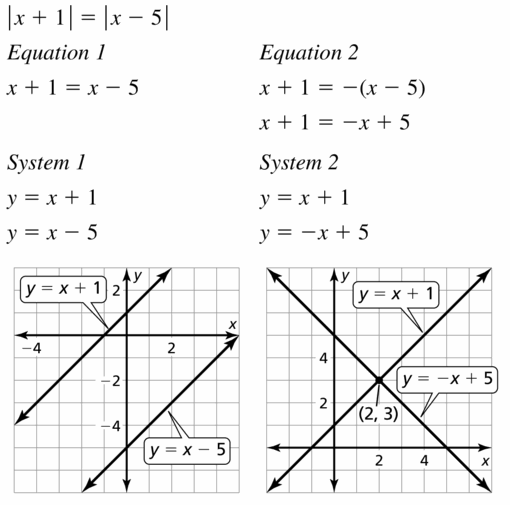
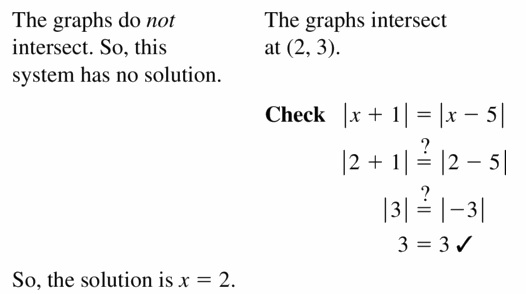
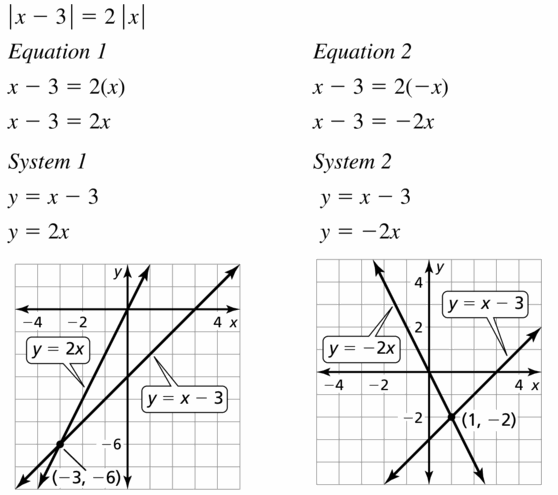

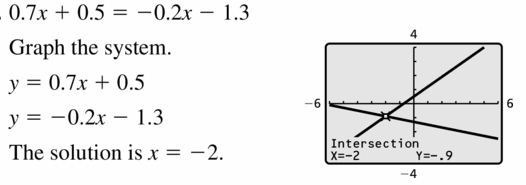
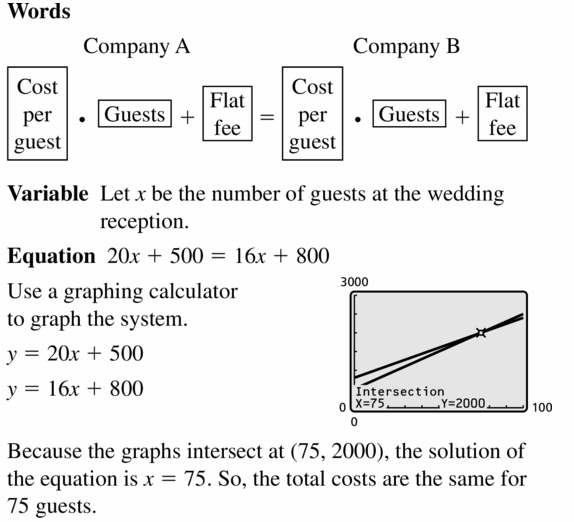
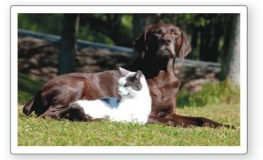
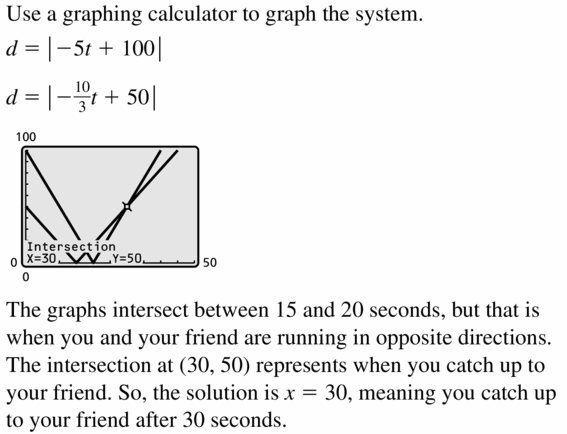
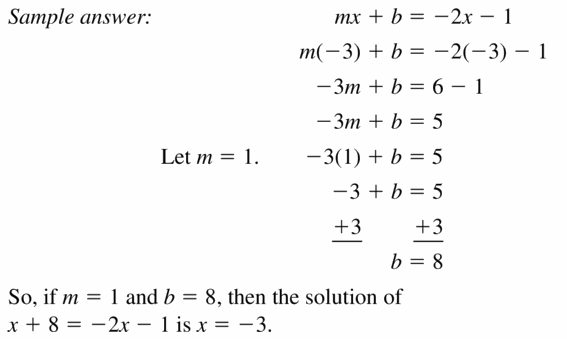
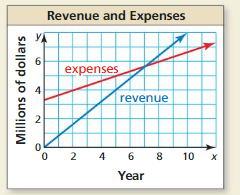
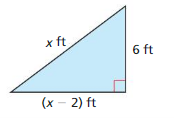

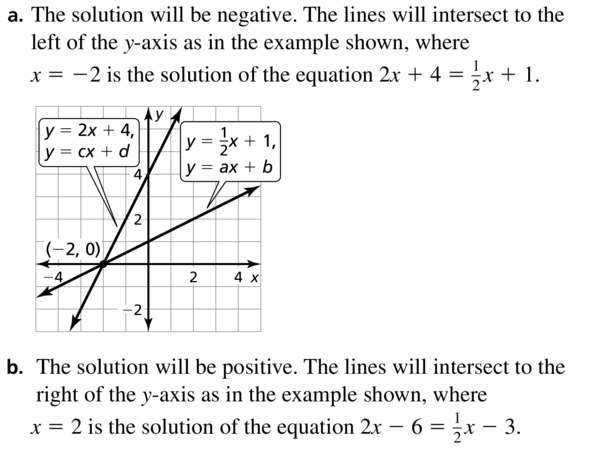
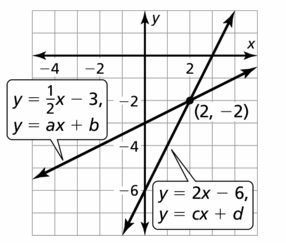

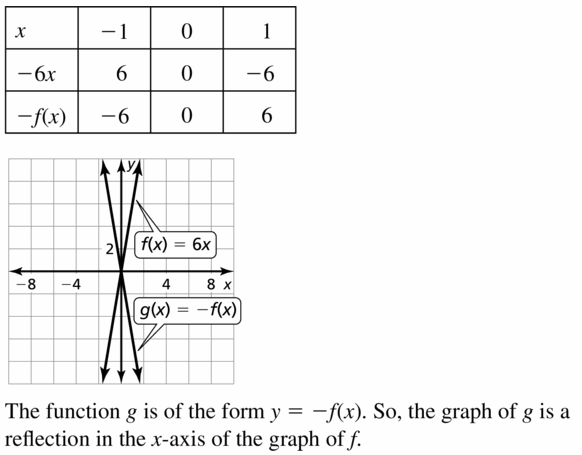
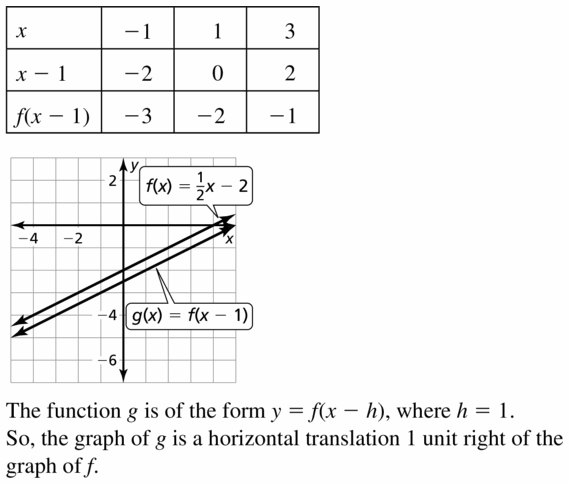
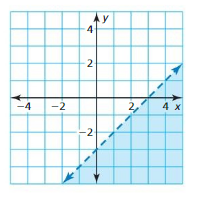
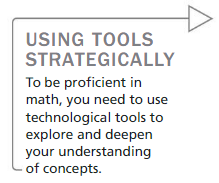
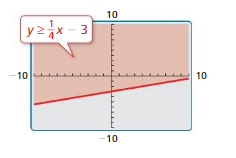

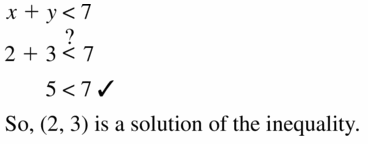
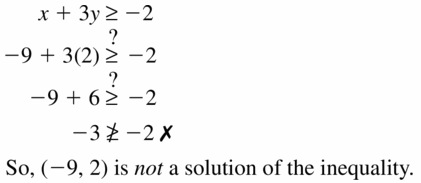
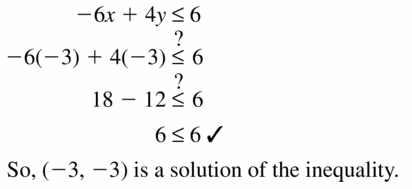
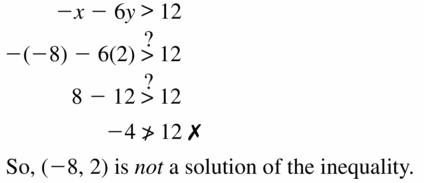



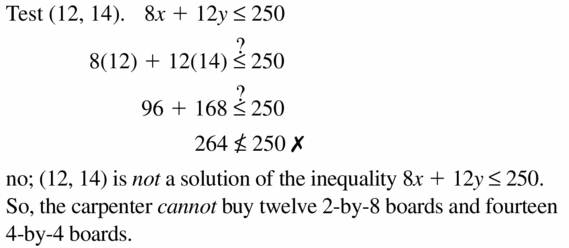
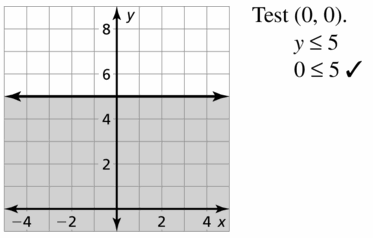
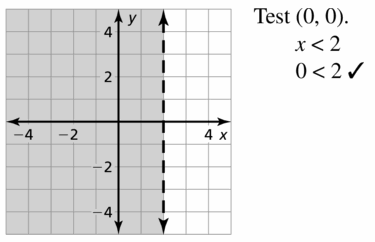
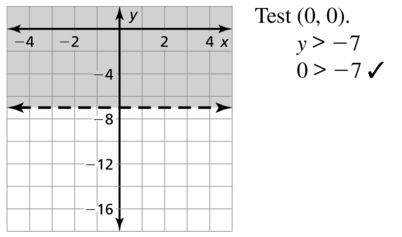
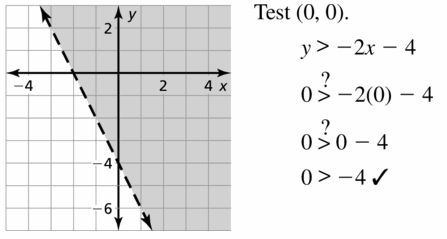
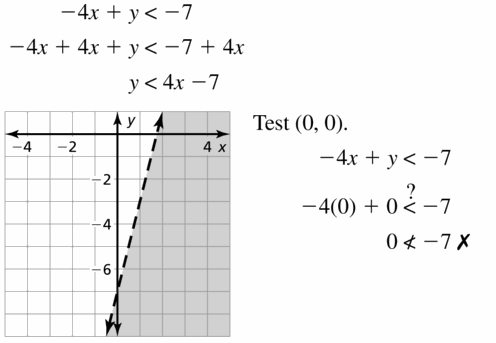
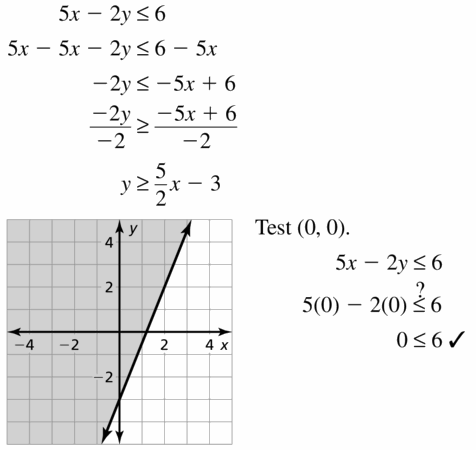
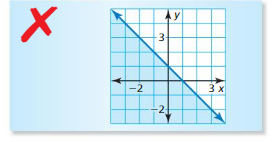
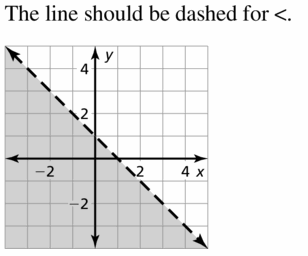
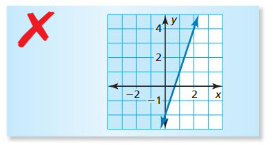
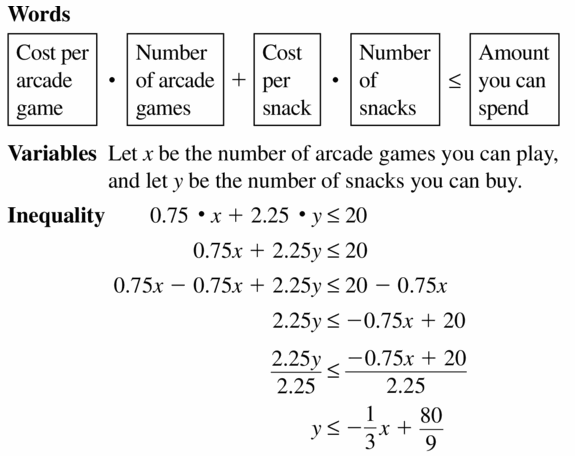
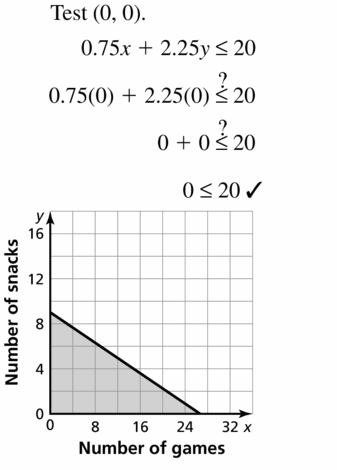
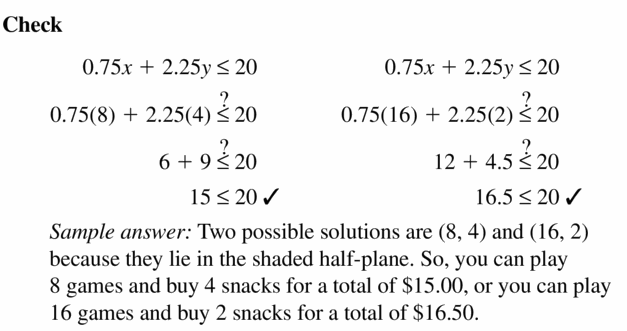
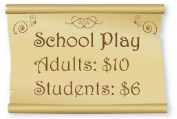
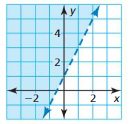
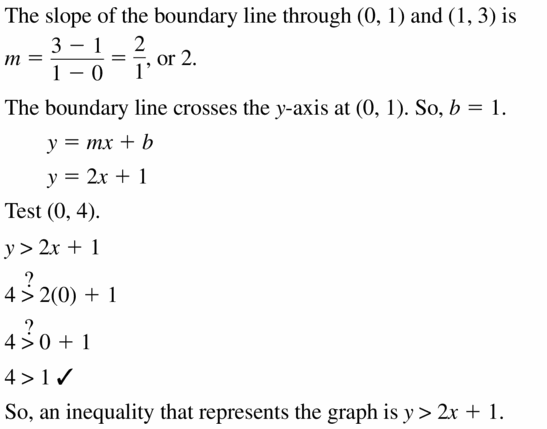

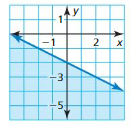
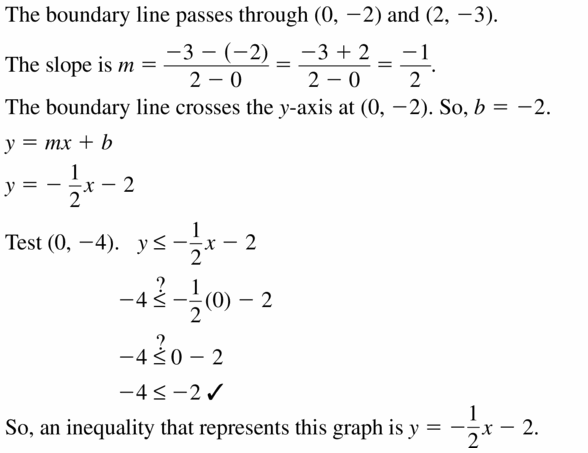
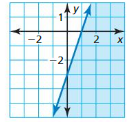
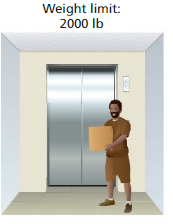
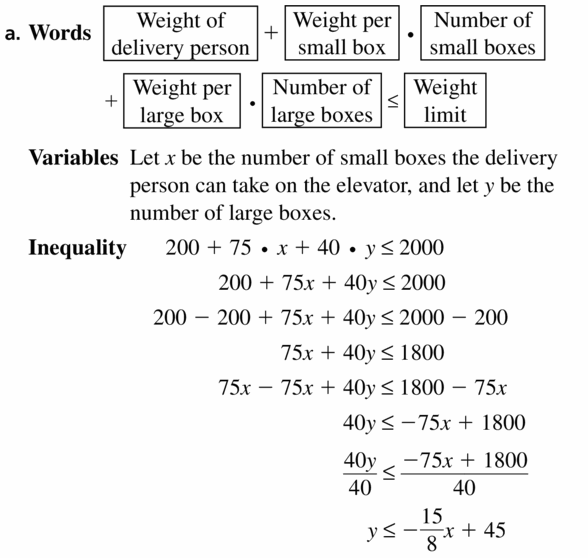
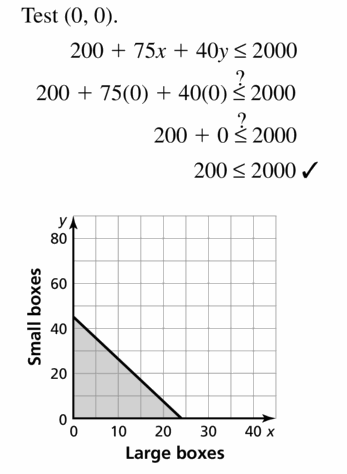

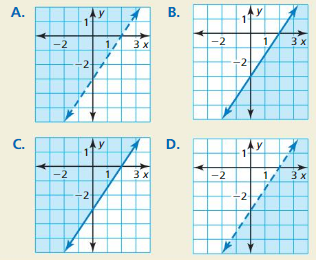


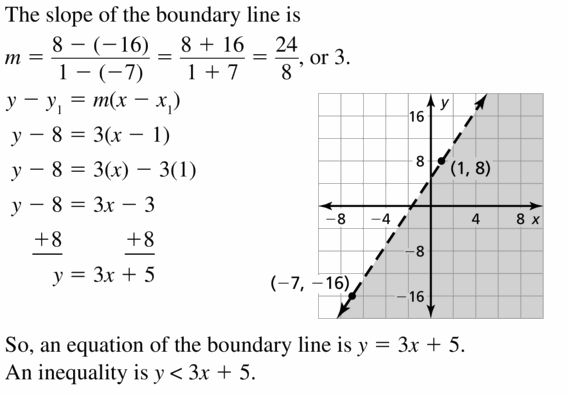
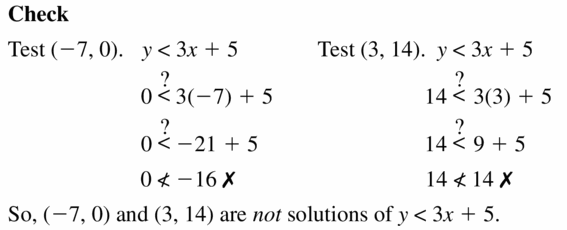
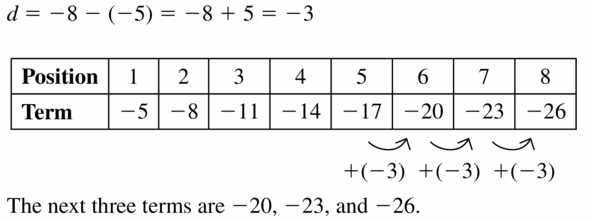
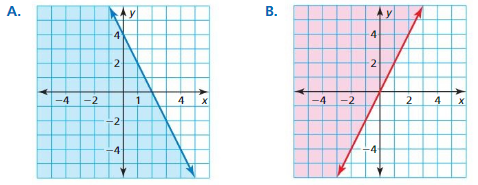
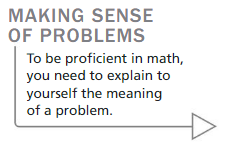


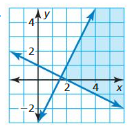


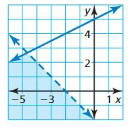



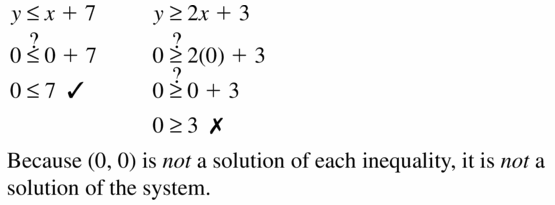
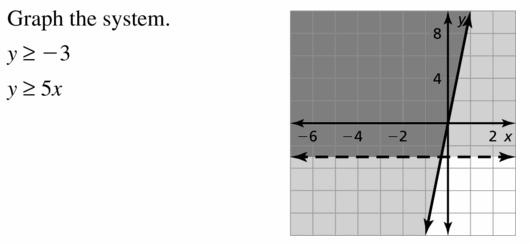
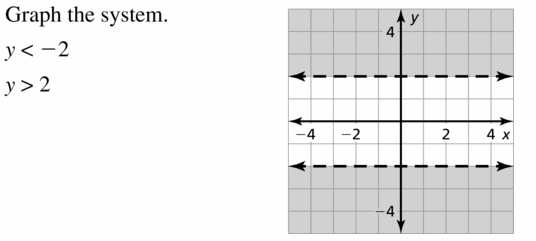
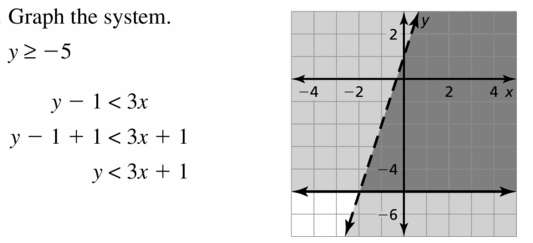
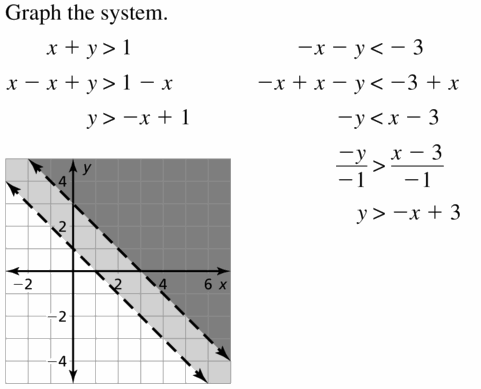
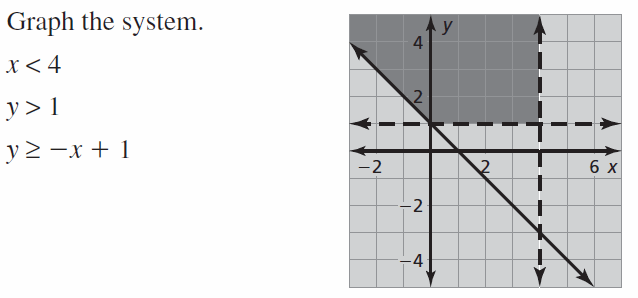
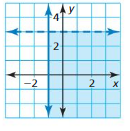
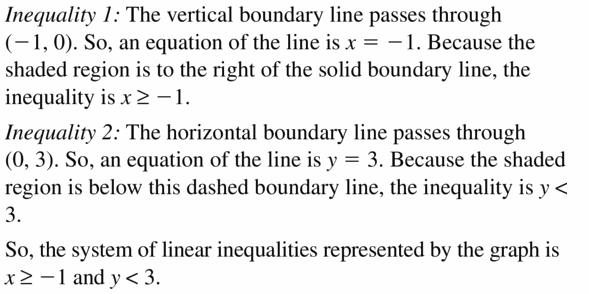

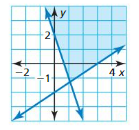
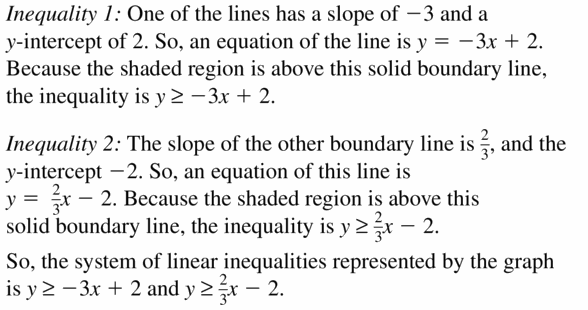

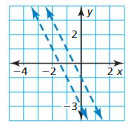
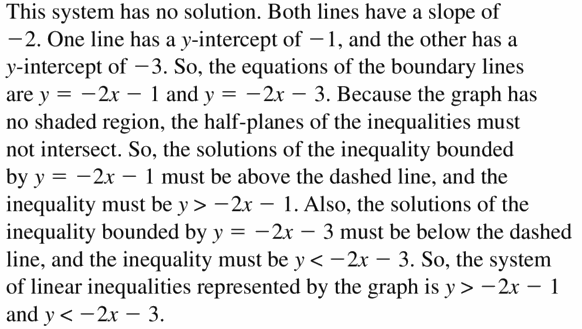
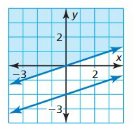
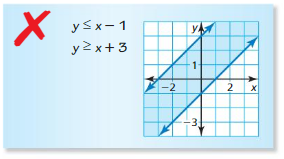
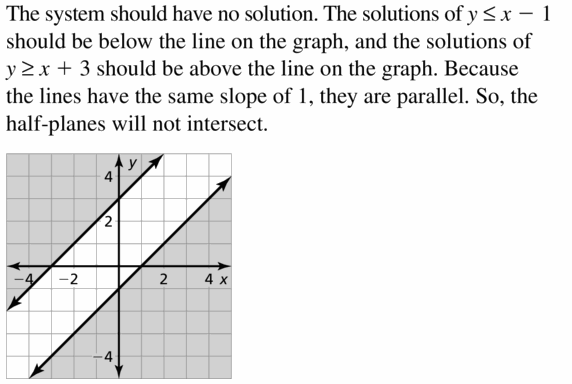
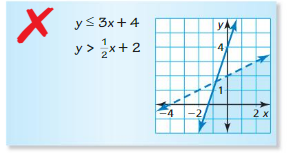
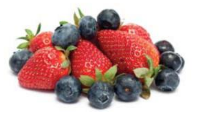
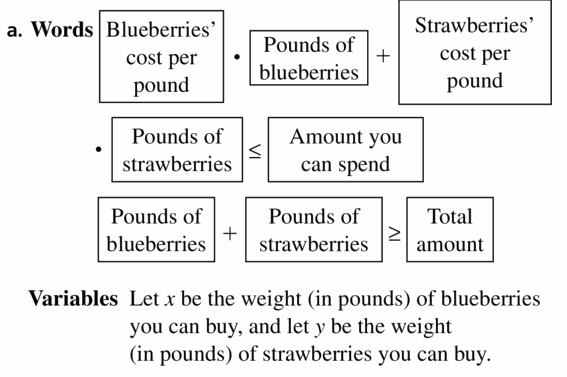
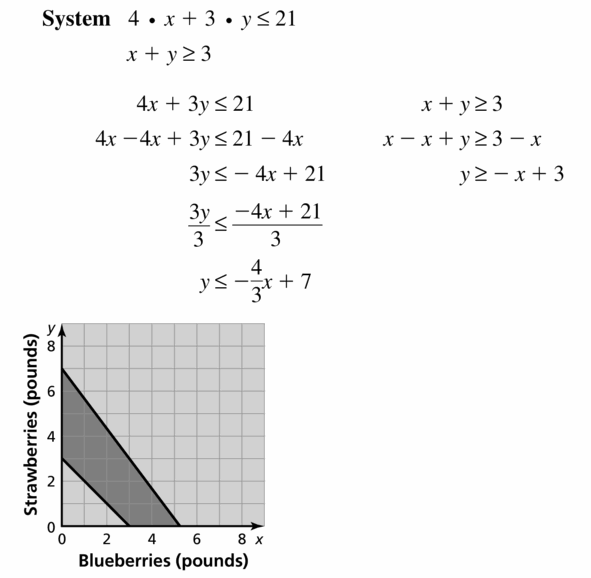

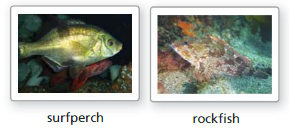
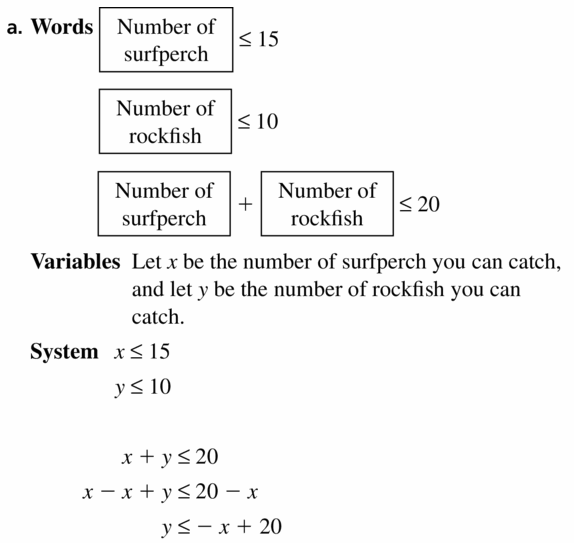
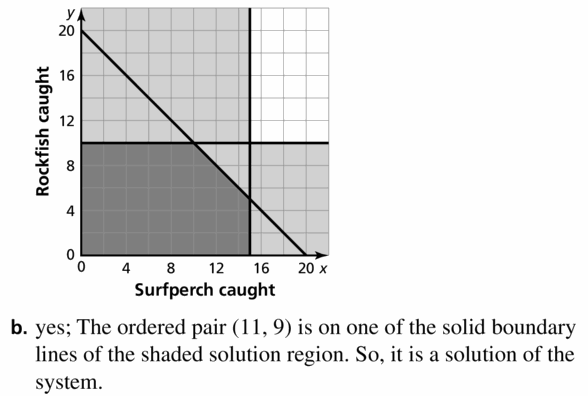
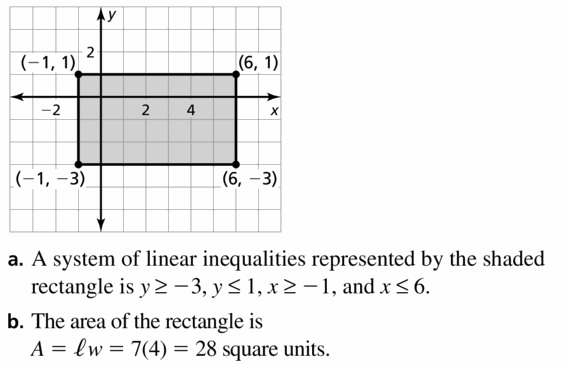
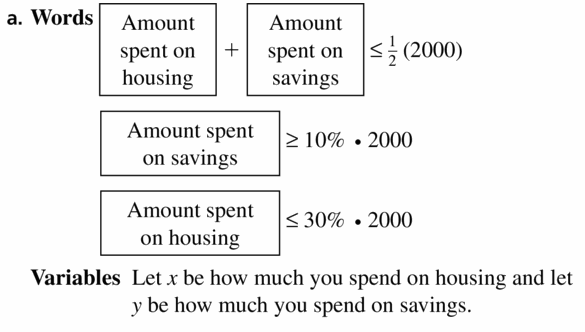
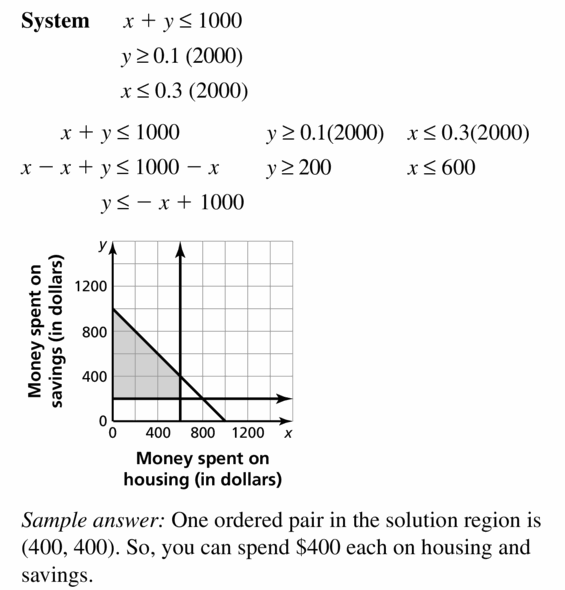
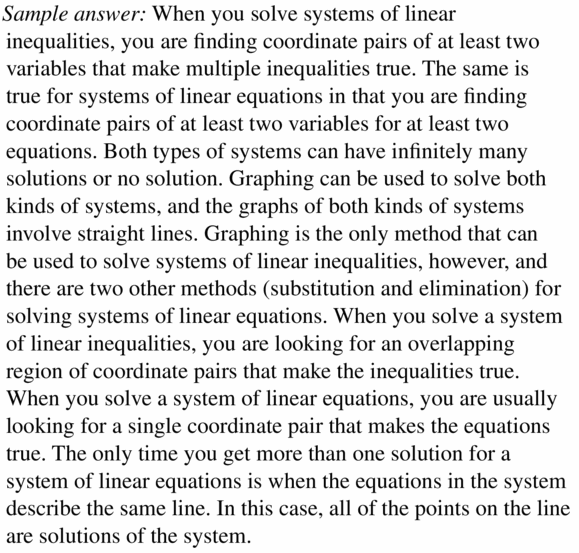
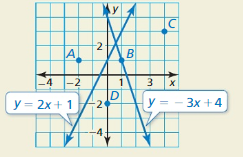

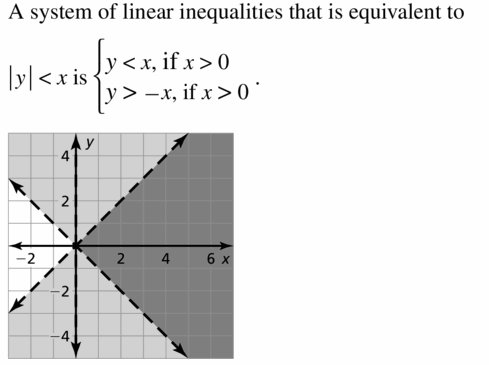




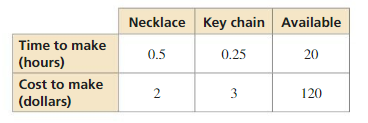

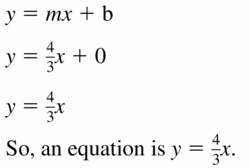


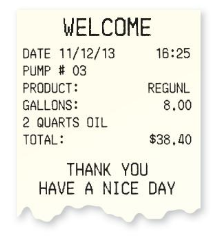
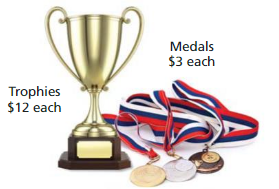

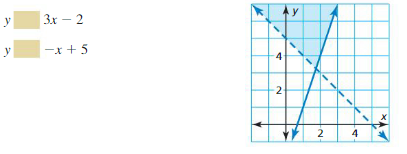




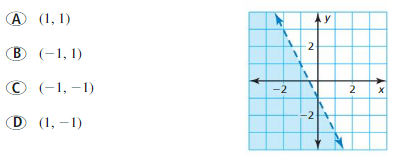

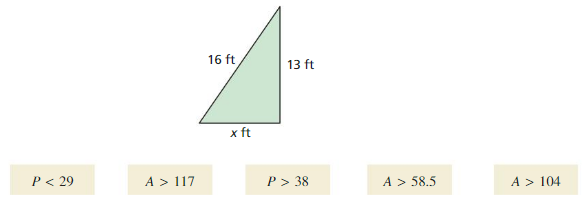
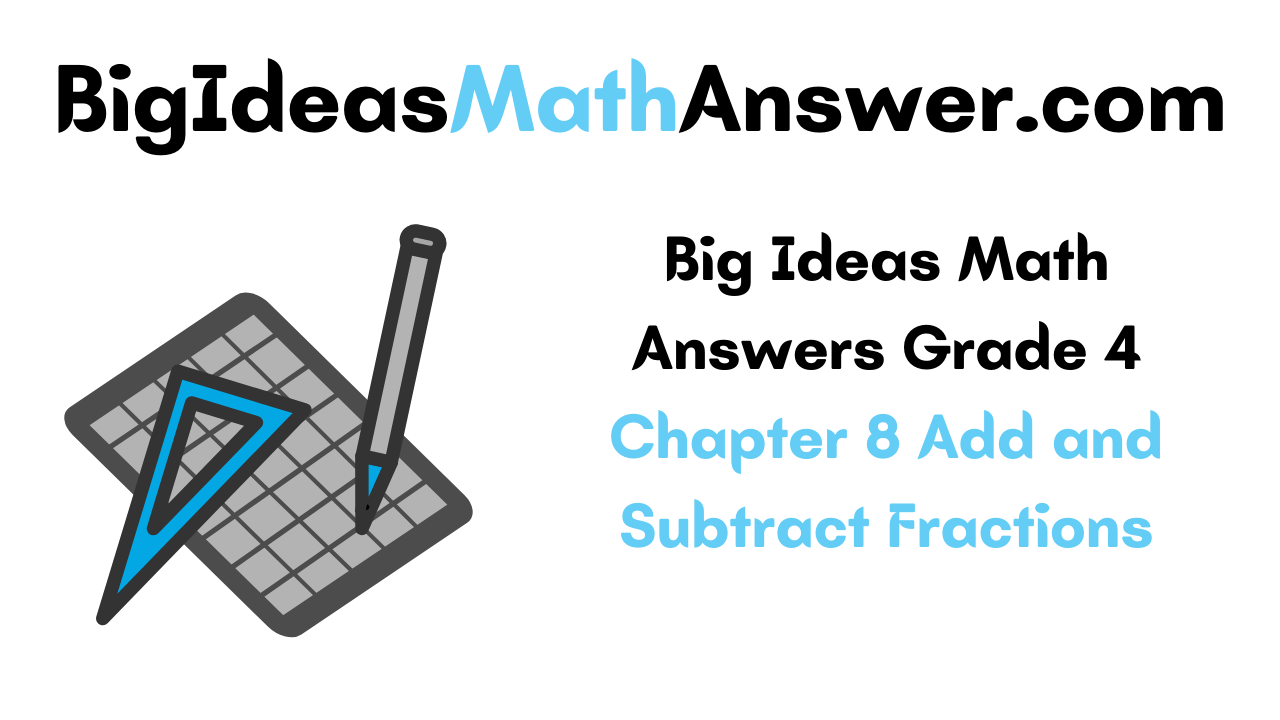
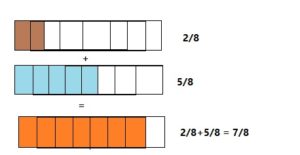
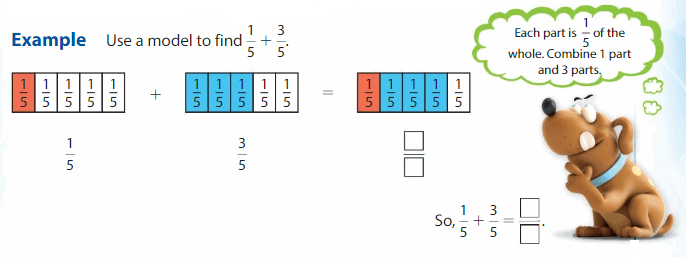

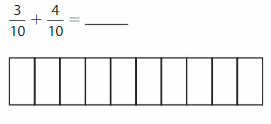
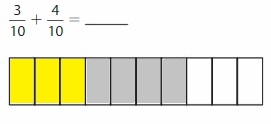
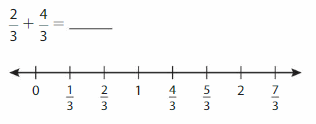
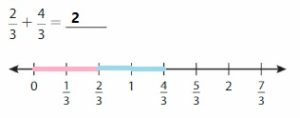

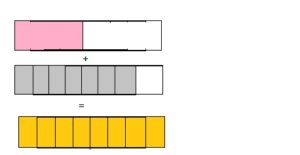


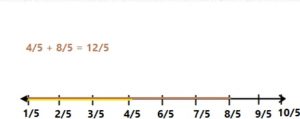







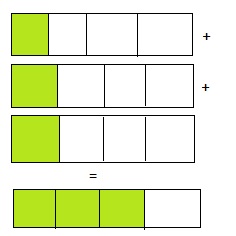



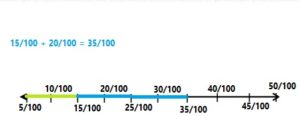


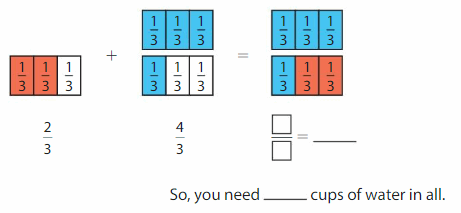
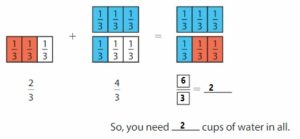
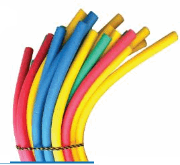
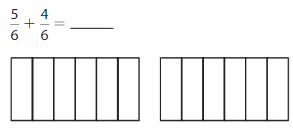
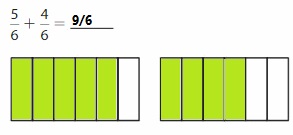
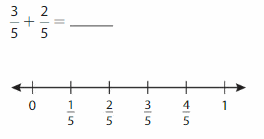
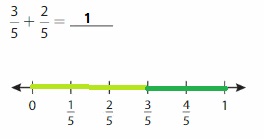










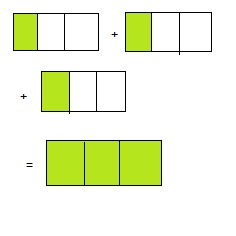



 .
.
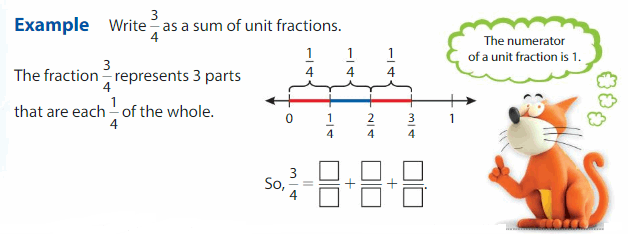
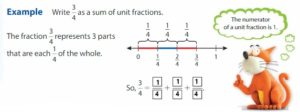

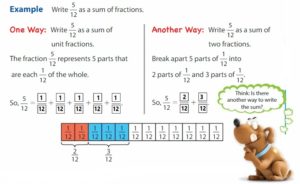
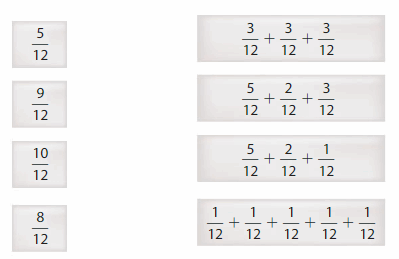
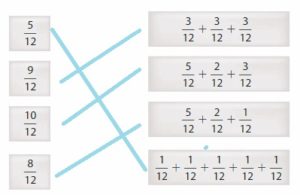


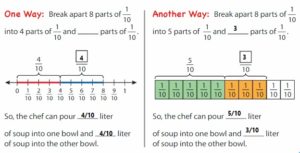


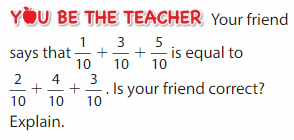

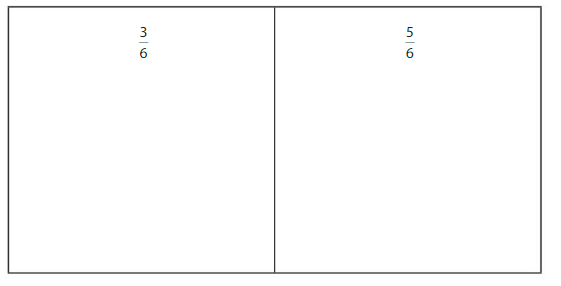
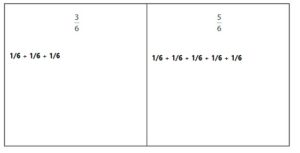

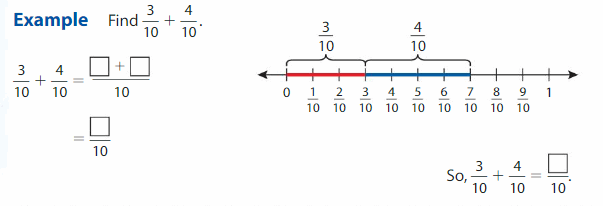
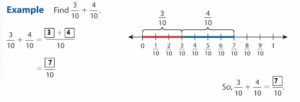
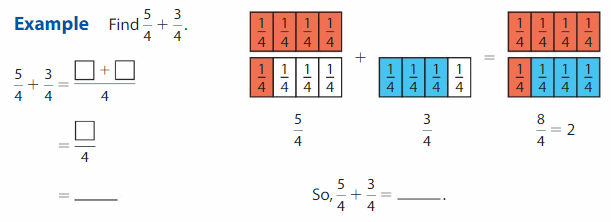

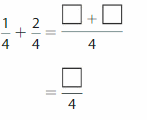














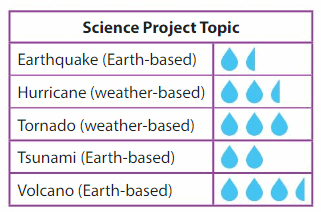
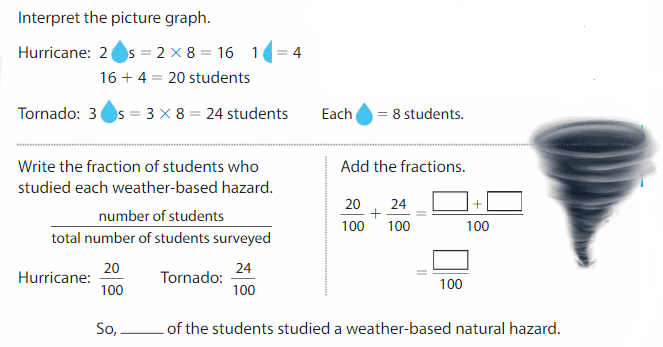
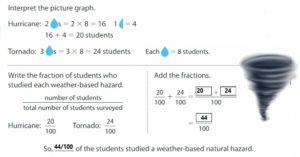
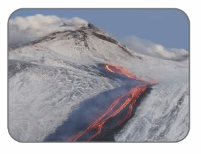
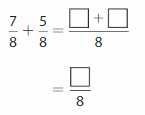
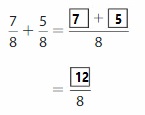












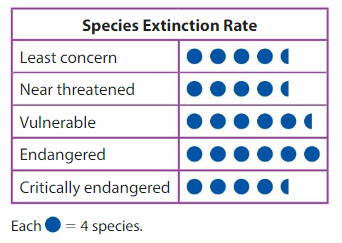


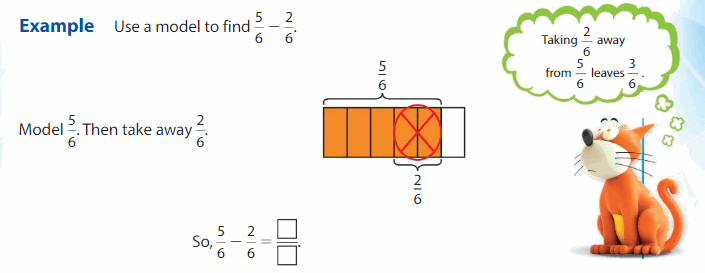
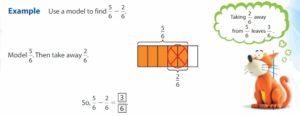
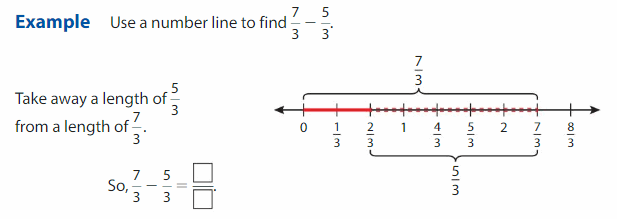
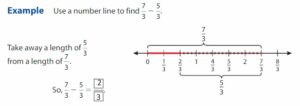
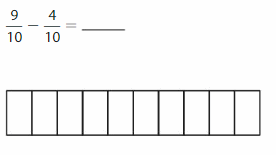
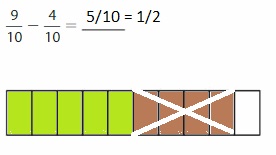

















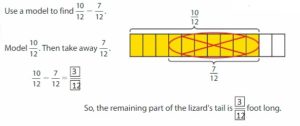
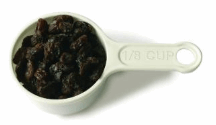
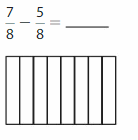
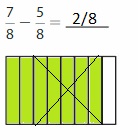
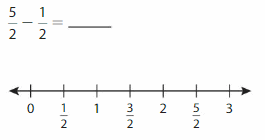
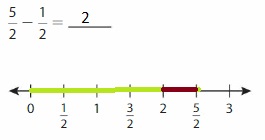







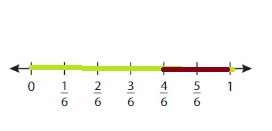



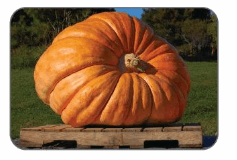

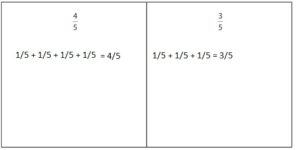



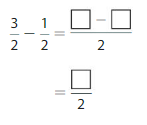
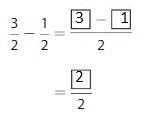














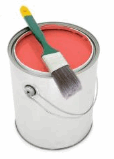


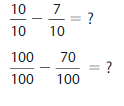


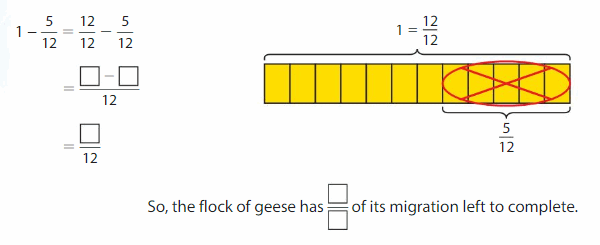
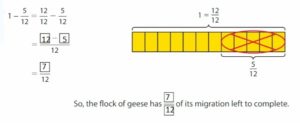
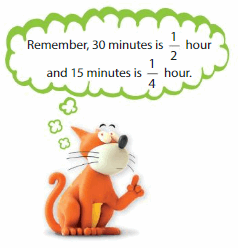
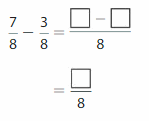
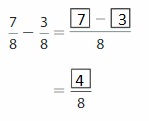












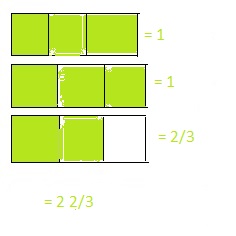

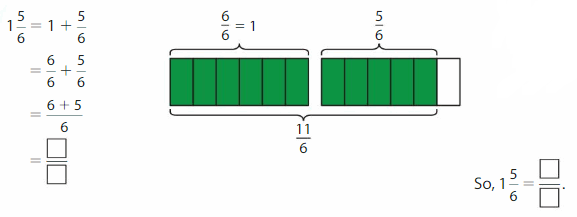

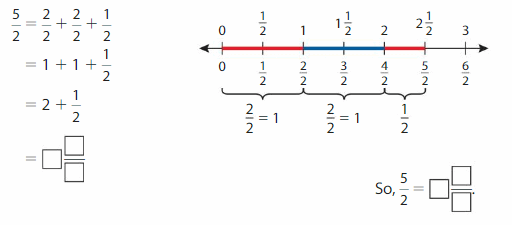
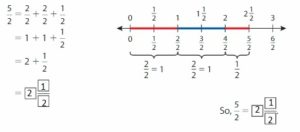











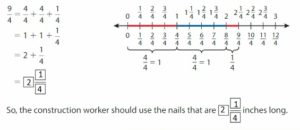
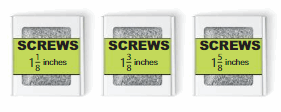






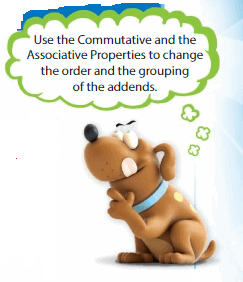
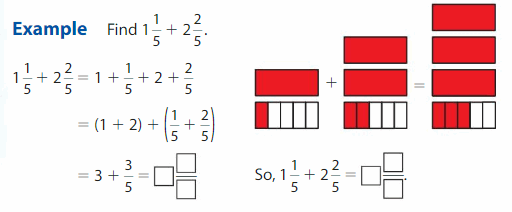
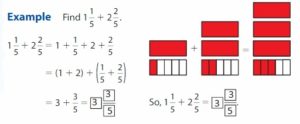
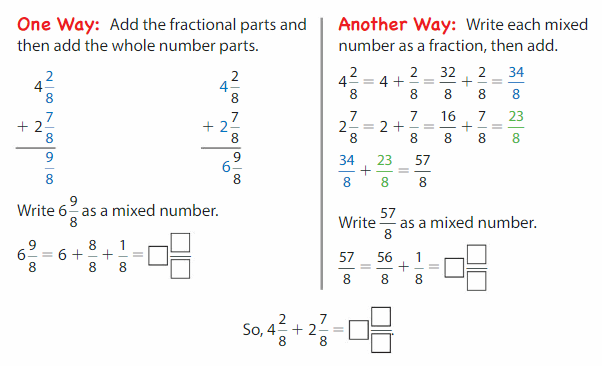
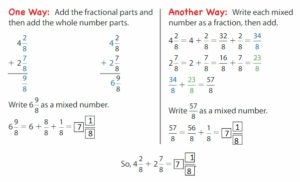


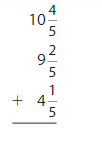


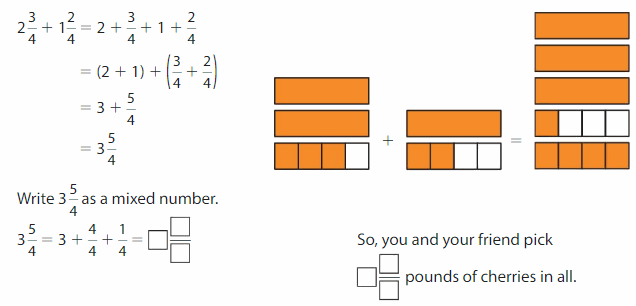
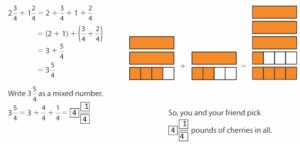
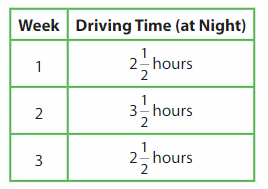









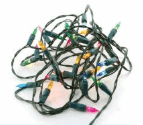
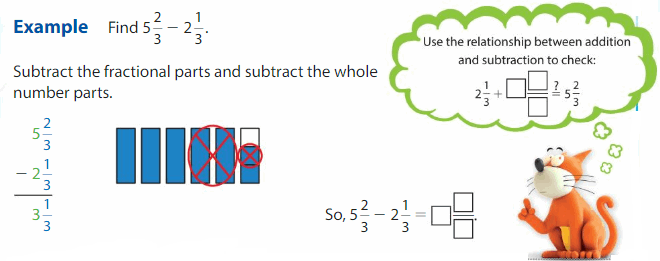
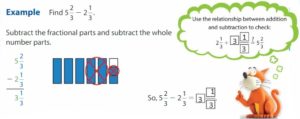
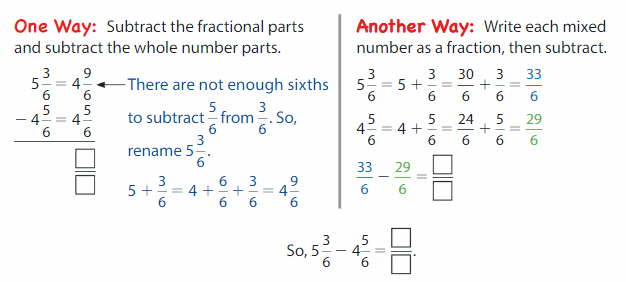
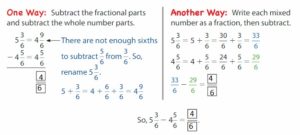






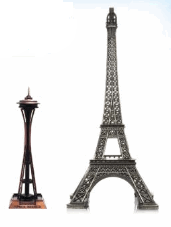
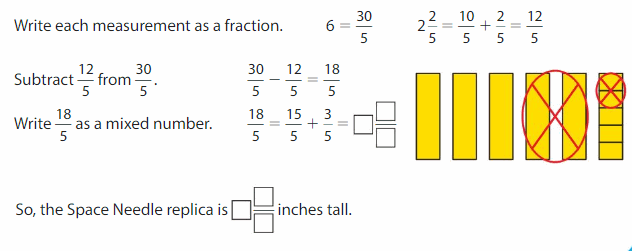
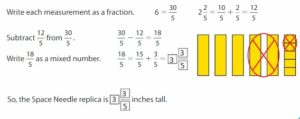










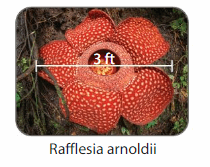

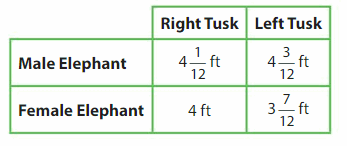

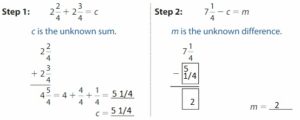
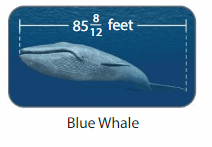
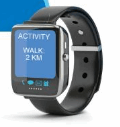



 .
.
